
Sweets Processing Equipment
Find innovative sweets equipment and connect directly with world-leading technology suppliers
During the Middle Ages, sugar sweets were a delicacy only for the rich due to the high cost of sugar. Thankfully, the discovery that sugar could be extracted from sugar beets made sweets affordable for everyone. The sweet category is broad, covering chocolates, chewing gums, sugar candies, and candied/glazed products with sugar. To make these confections, sugar manufacturing equipment needs to cover different steps within the production line such as sugar dissolution, syrup cooking and cooling.
Top technology picks for sweets production

Cartoning Machine For Snacks and Sweets
When producing different snacks and sweets, each product will match a different car...

Continuous cooker for hard caramels
Continuously cook ingredients for your hard caramel-based product. This is a three-stag...
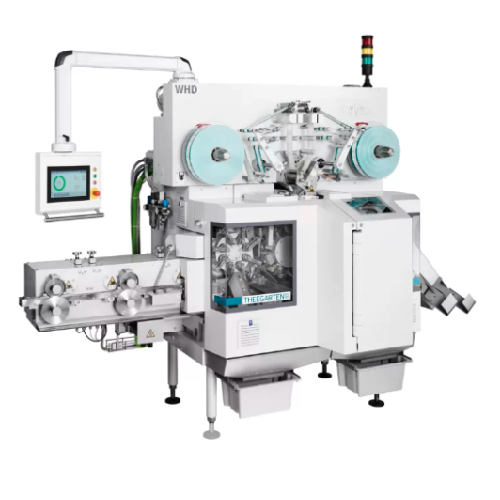
High-speed double twist packaging system for soft caramels
Streamline your confectionery packaging process with a high-s...

Muffin and cake production line
Enhance your bakery production with a line that meticulously controls every stage, from mixi...
Stories about sweets
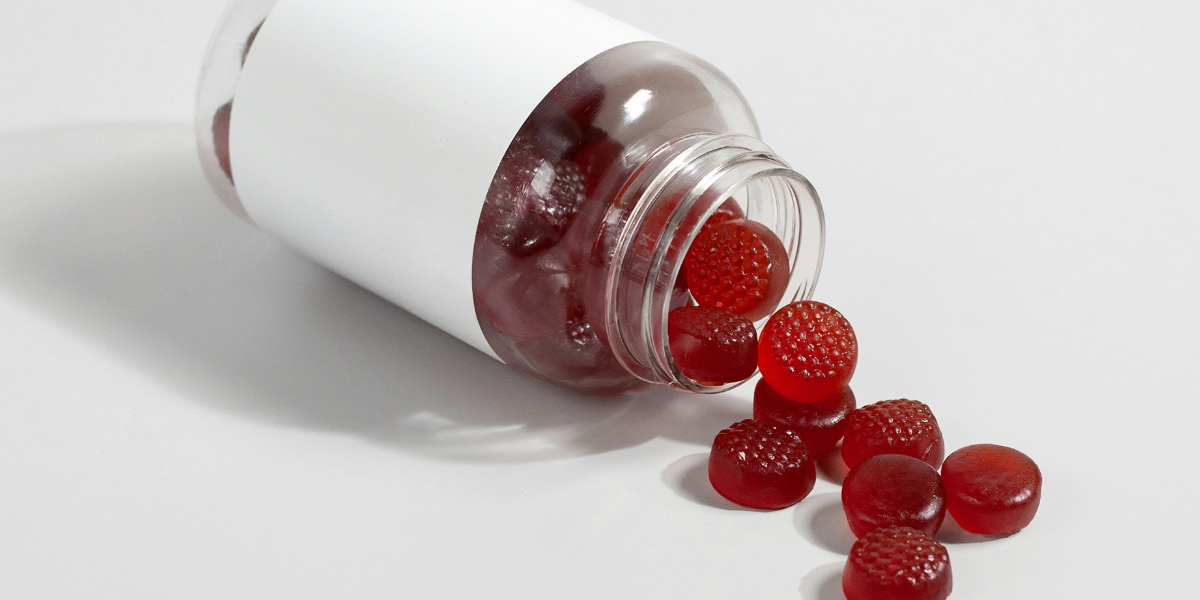
Preserving gummy texture in low or no sugar confectionery
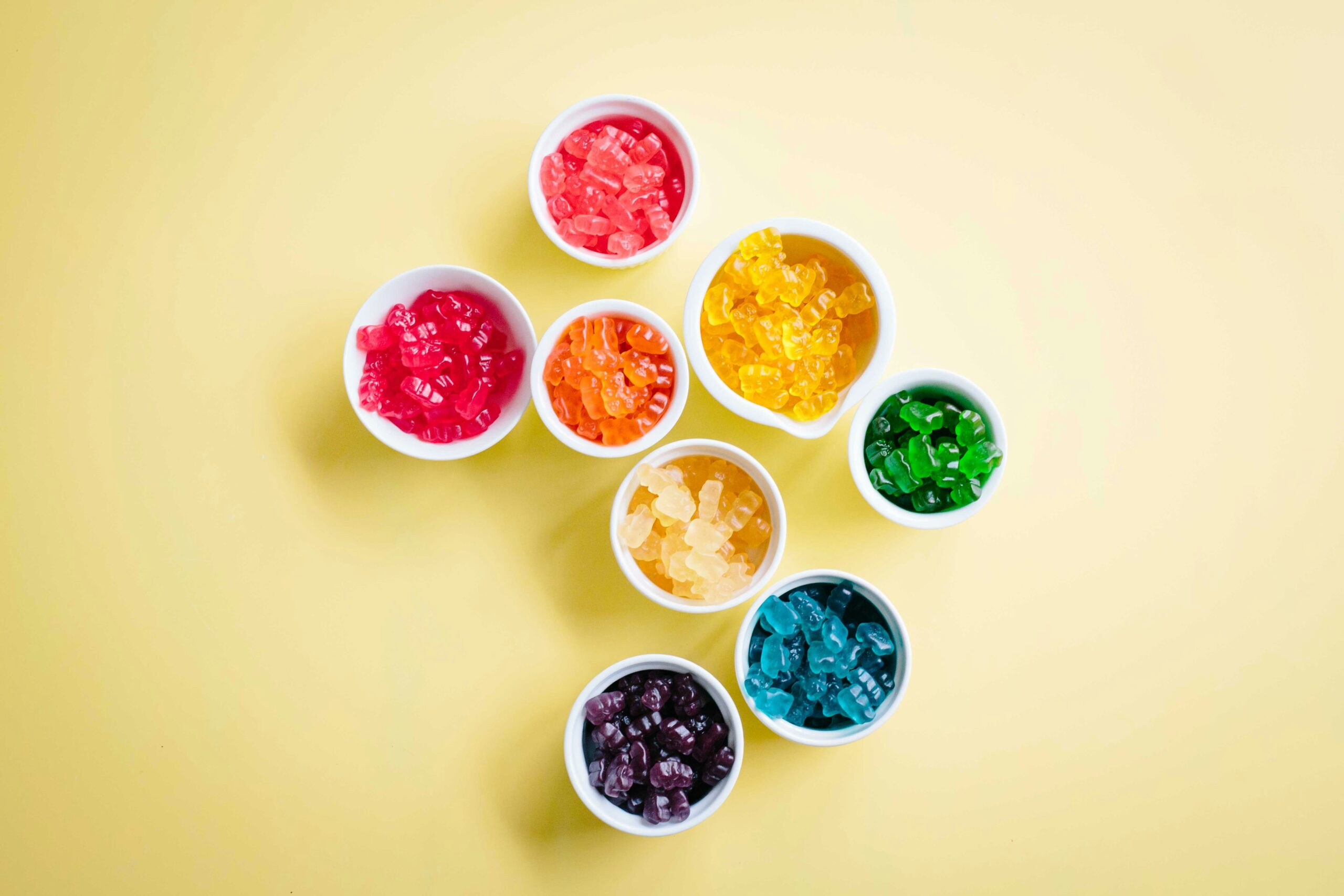
How to craft gummy bears in 8 simple steps
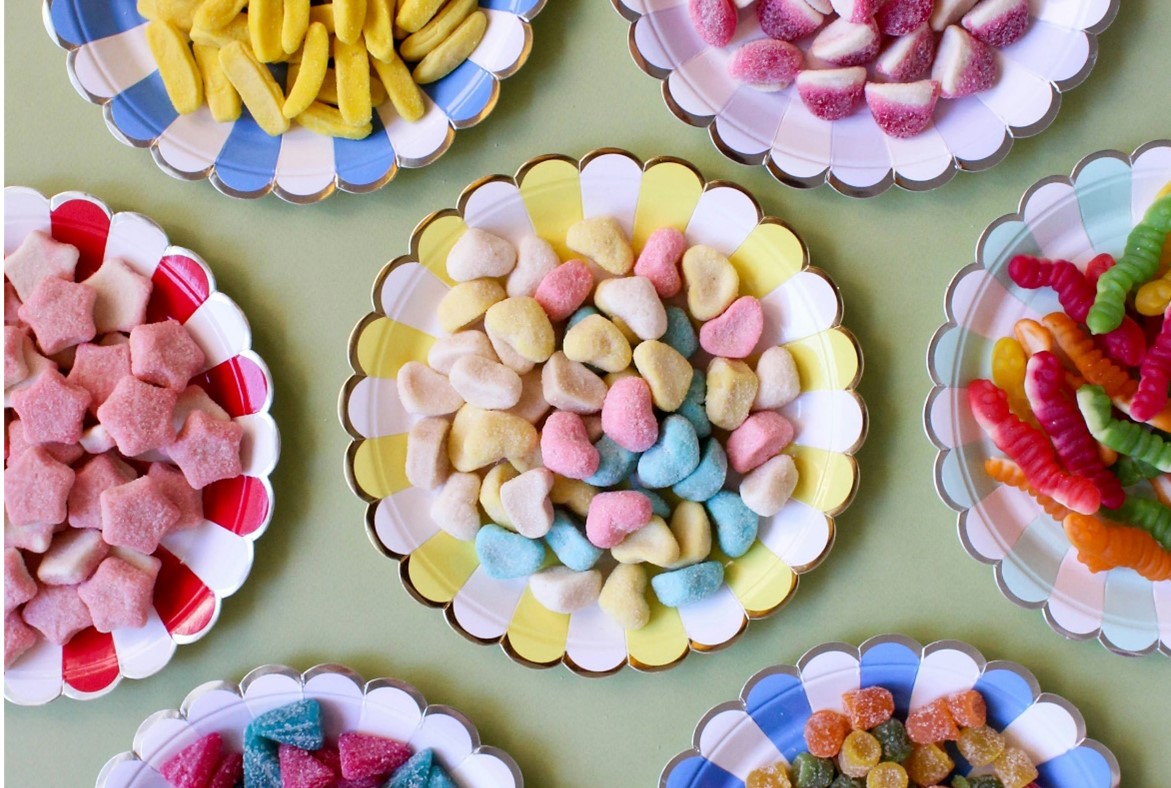
Exploring the artistry of candy-making

Experts in a box – What type of snack bar are you packing?
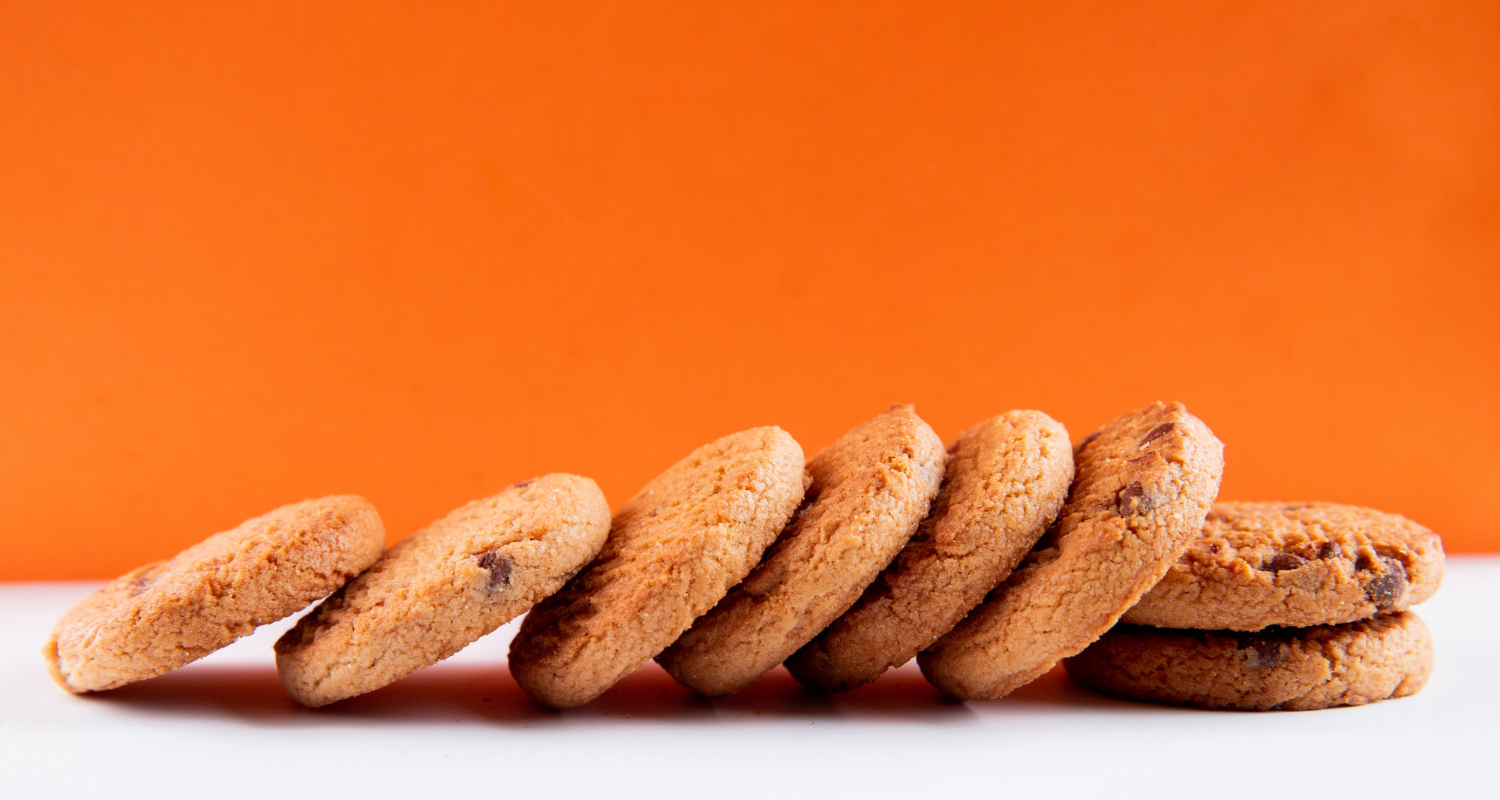
Remember when big biscuit producers still used thermoformed plastic trays?
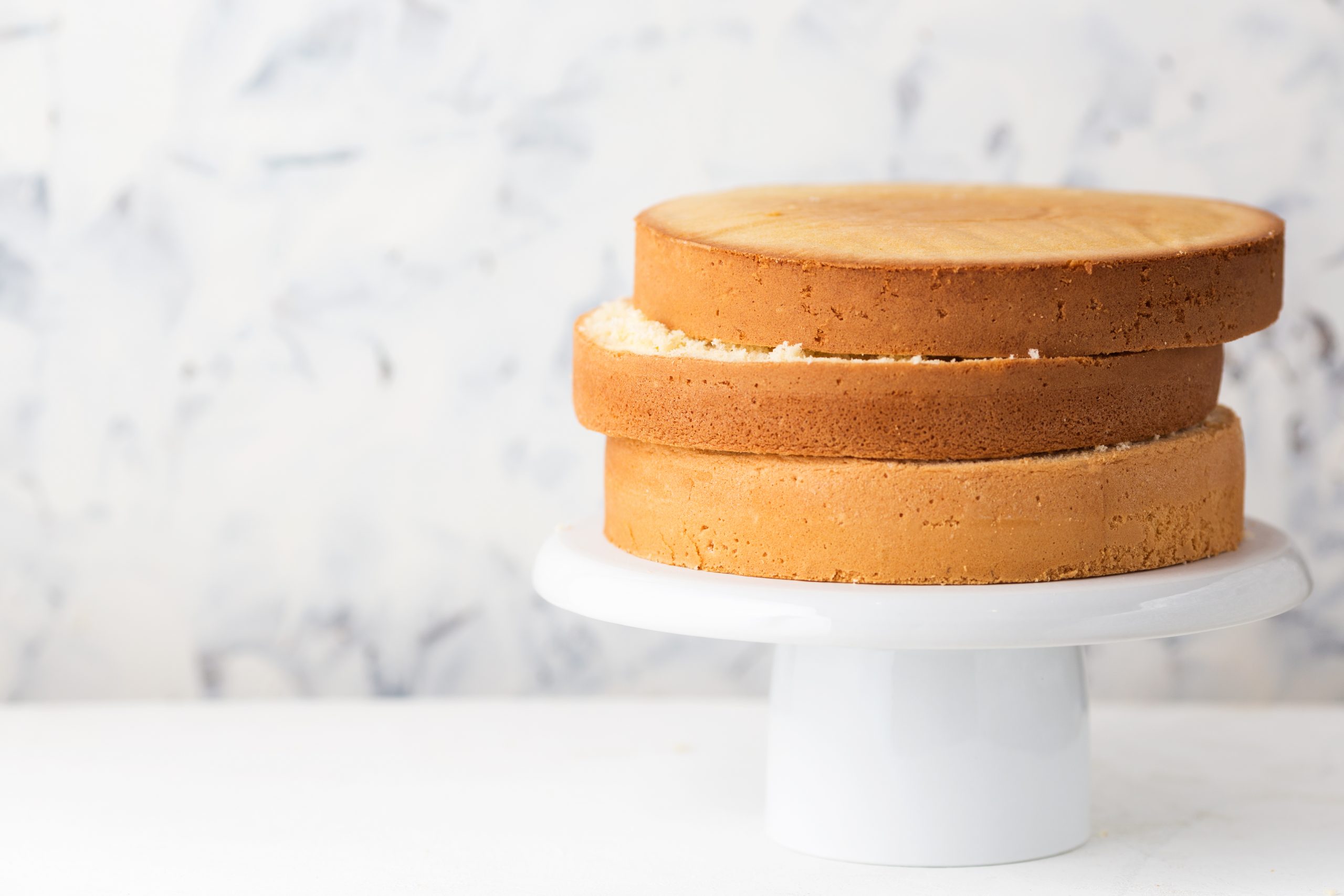
Gluten morgen… Temperature control in your sponge cake production
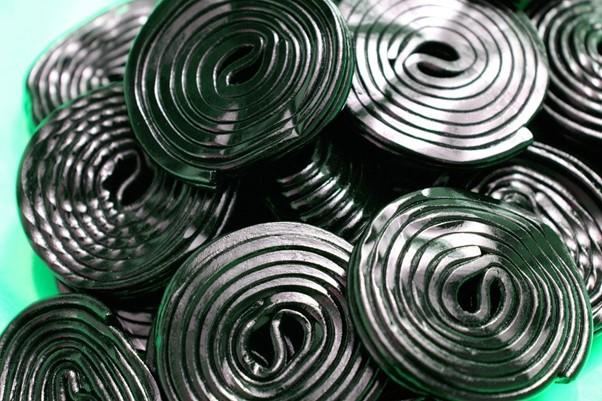
Liquorice: from root to candy
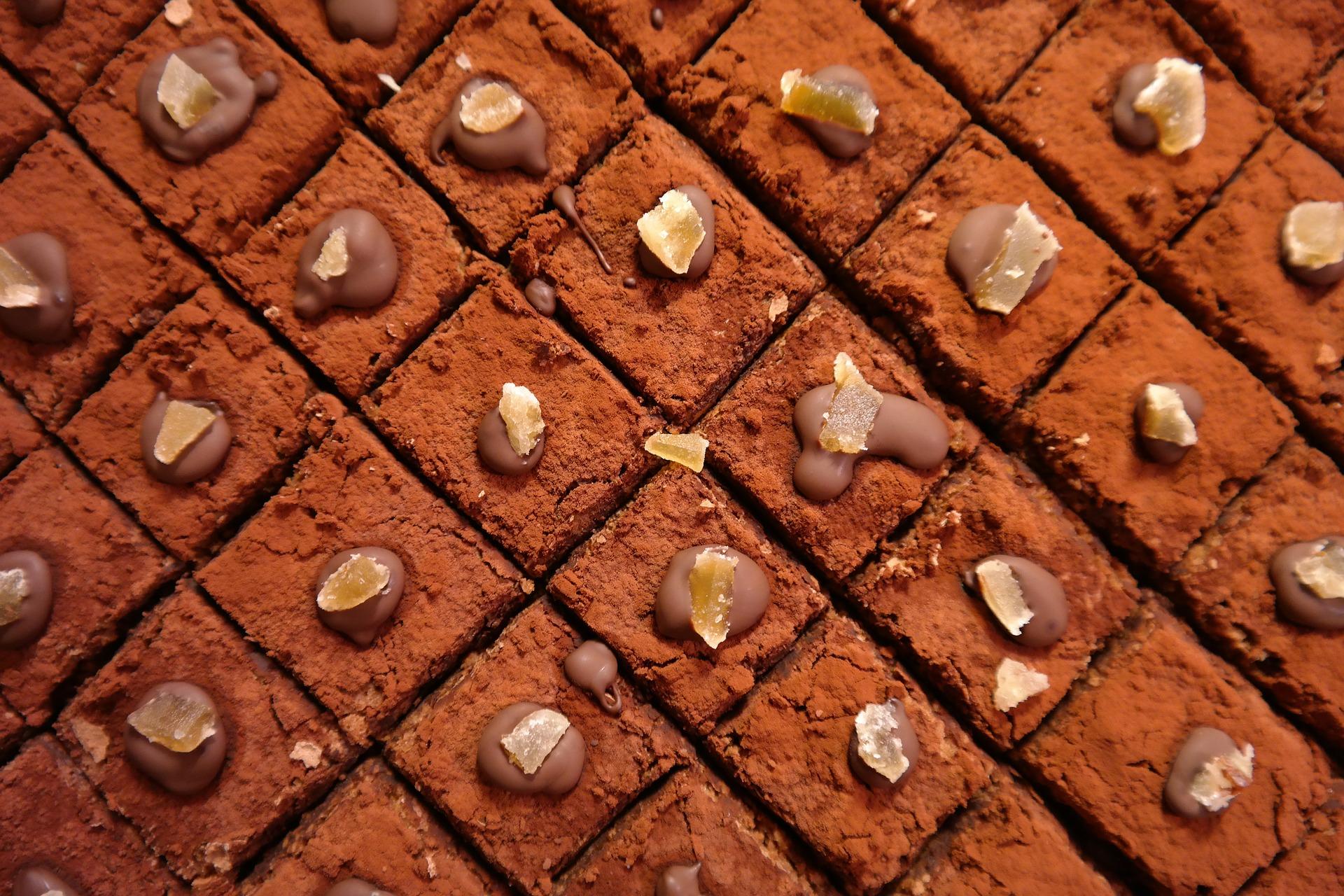
Perfect cake slices with ultrasonic cutting technology

Chocolate surface filling for cup cakes
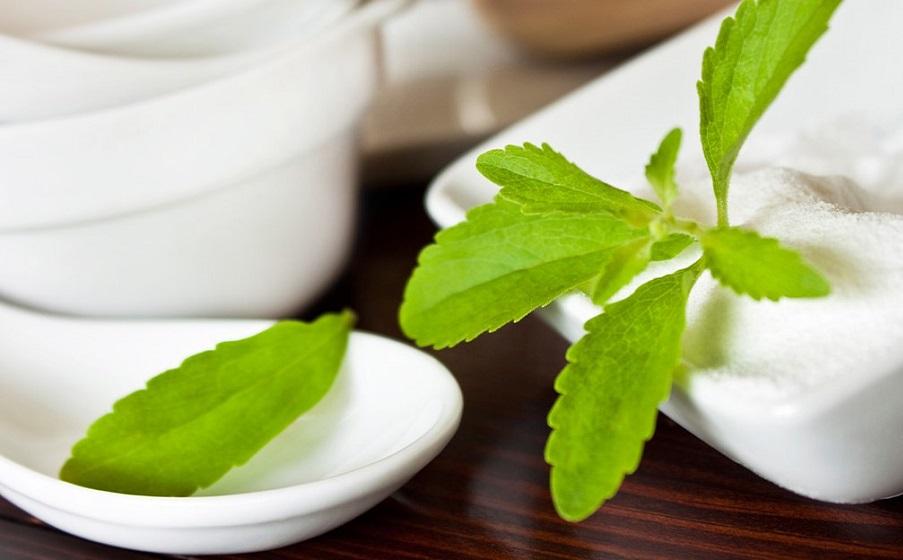
Stevia. What is it and how is it made?
Select your sweets process
What are you making?
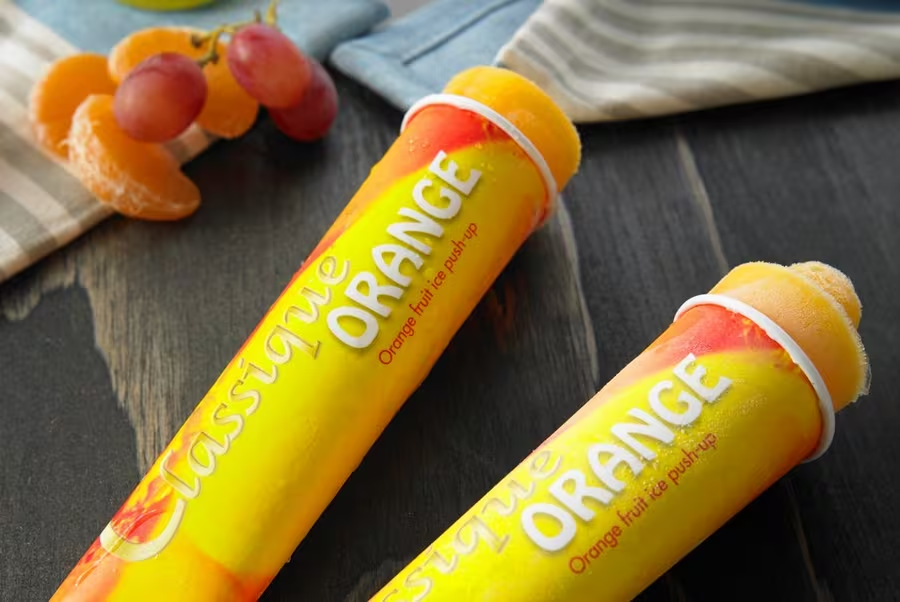
Water-ice push-up
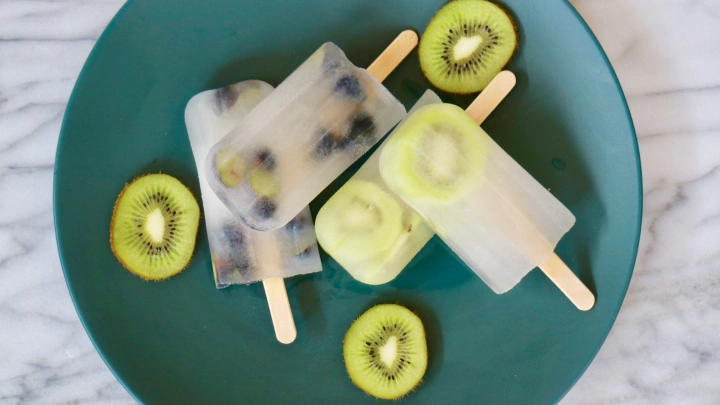
Water-ice lolly
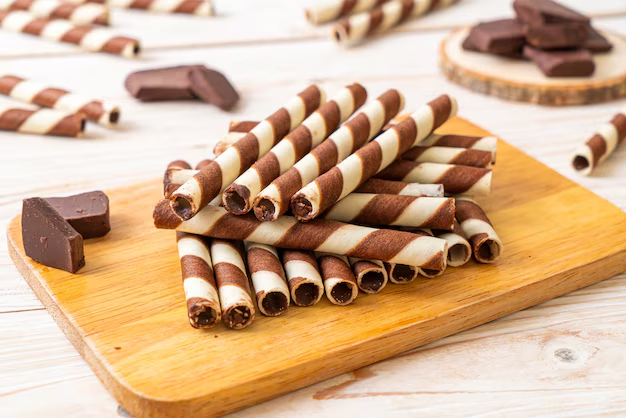
Wafer sticks
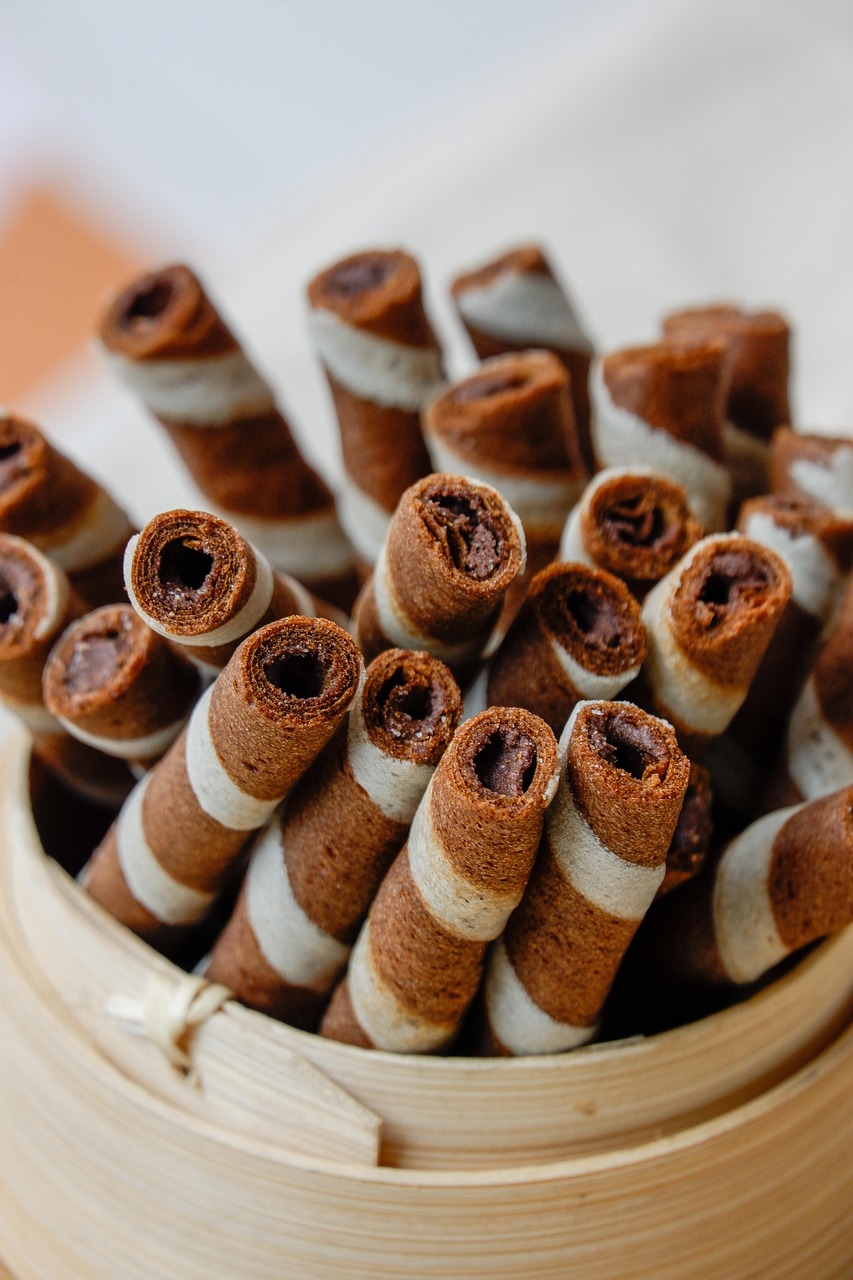
Wafer rolls
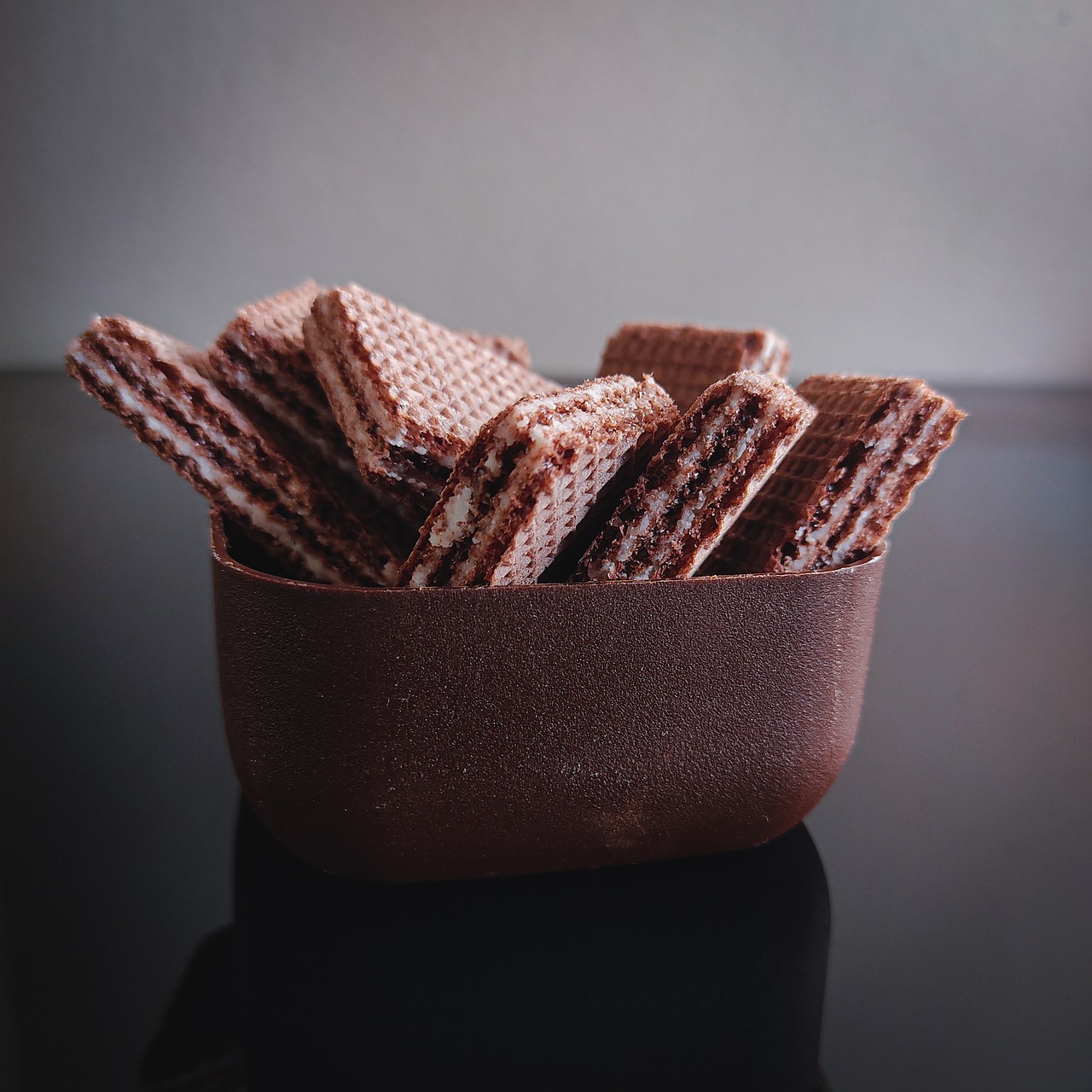
Wafer biscuits
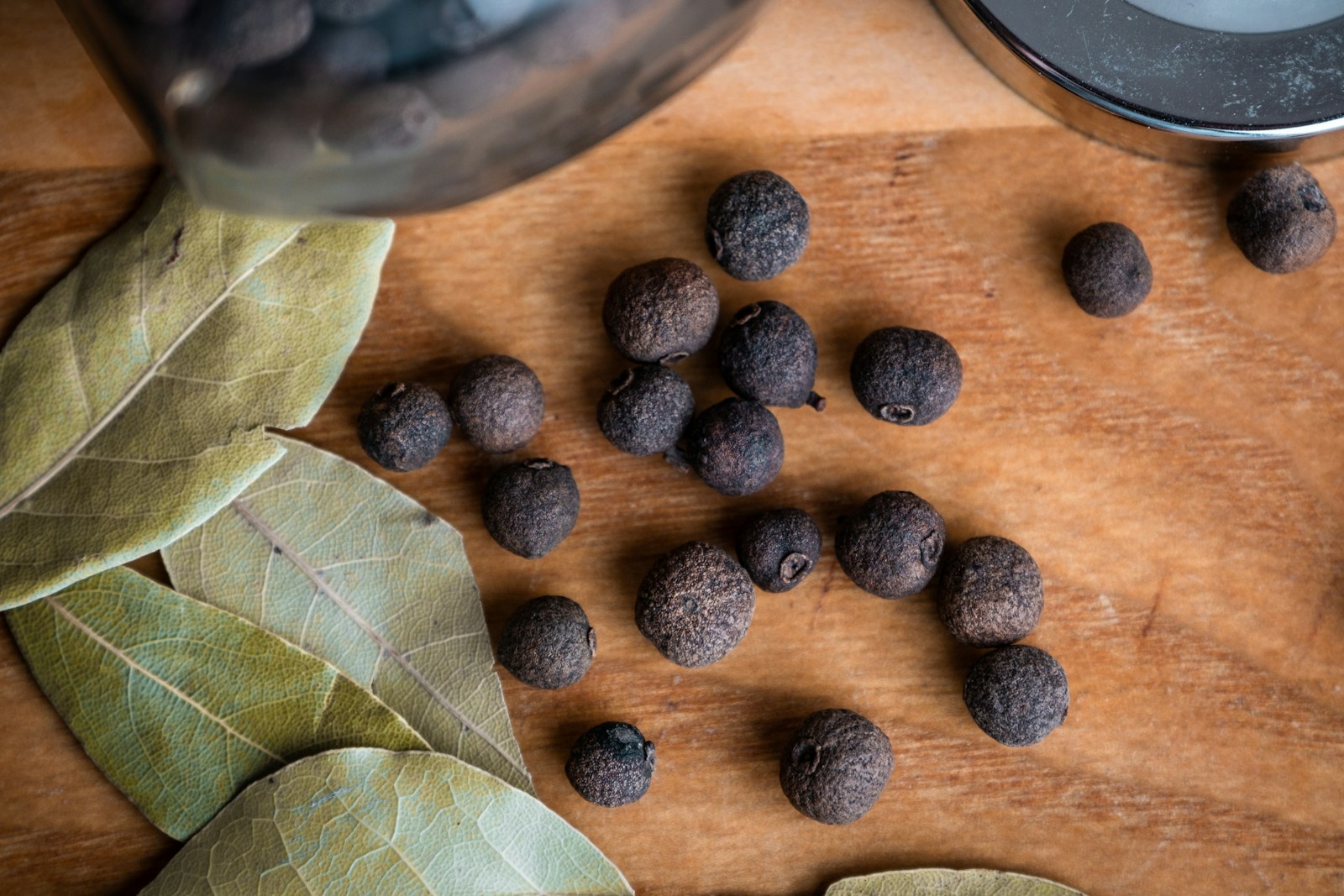
Truffles
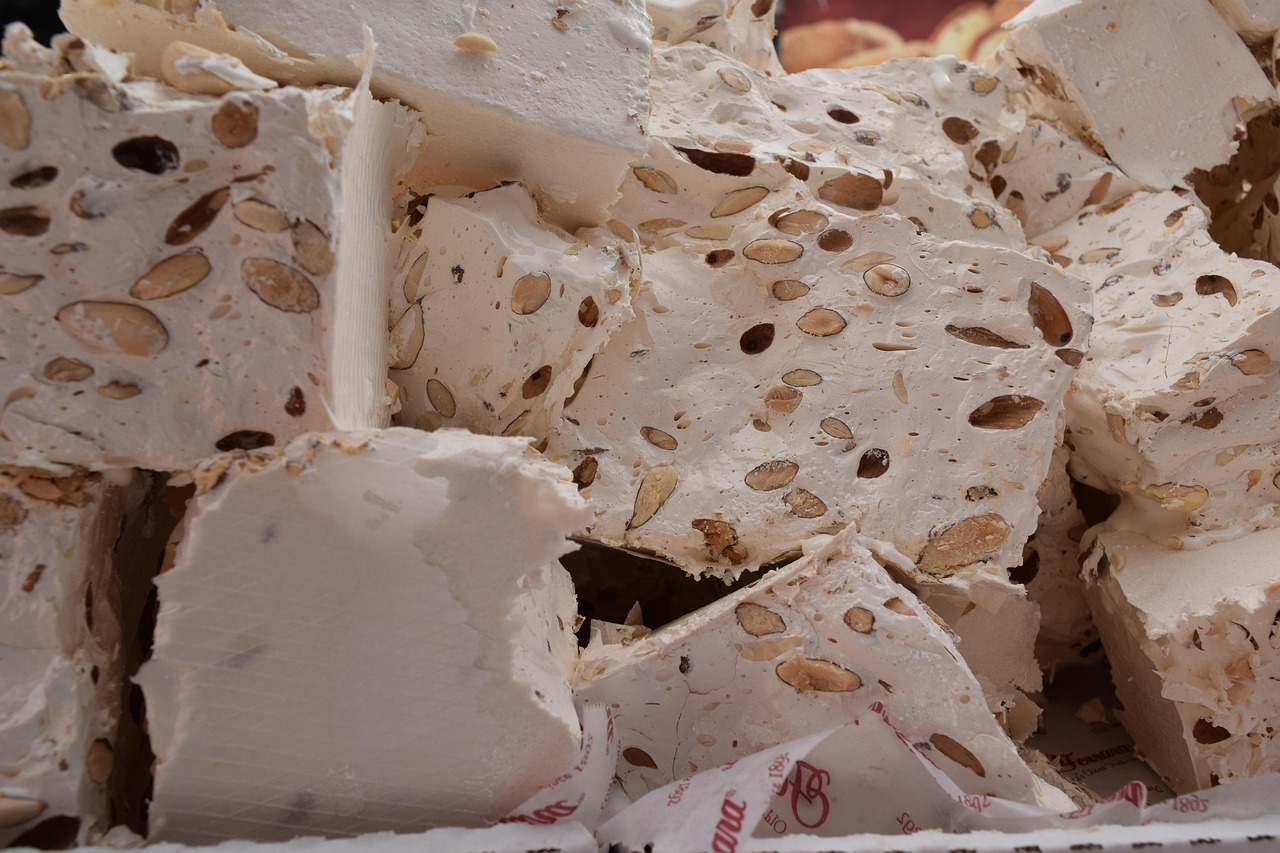
Torrone
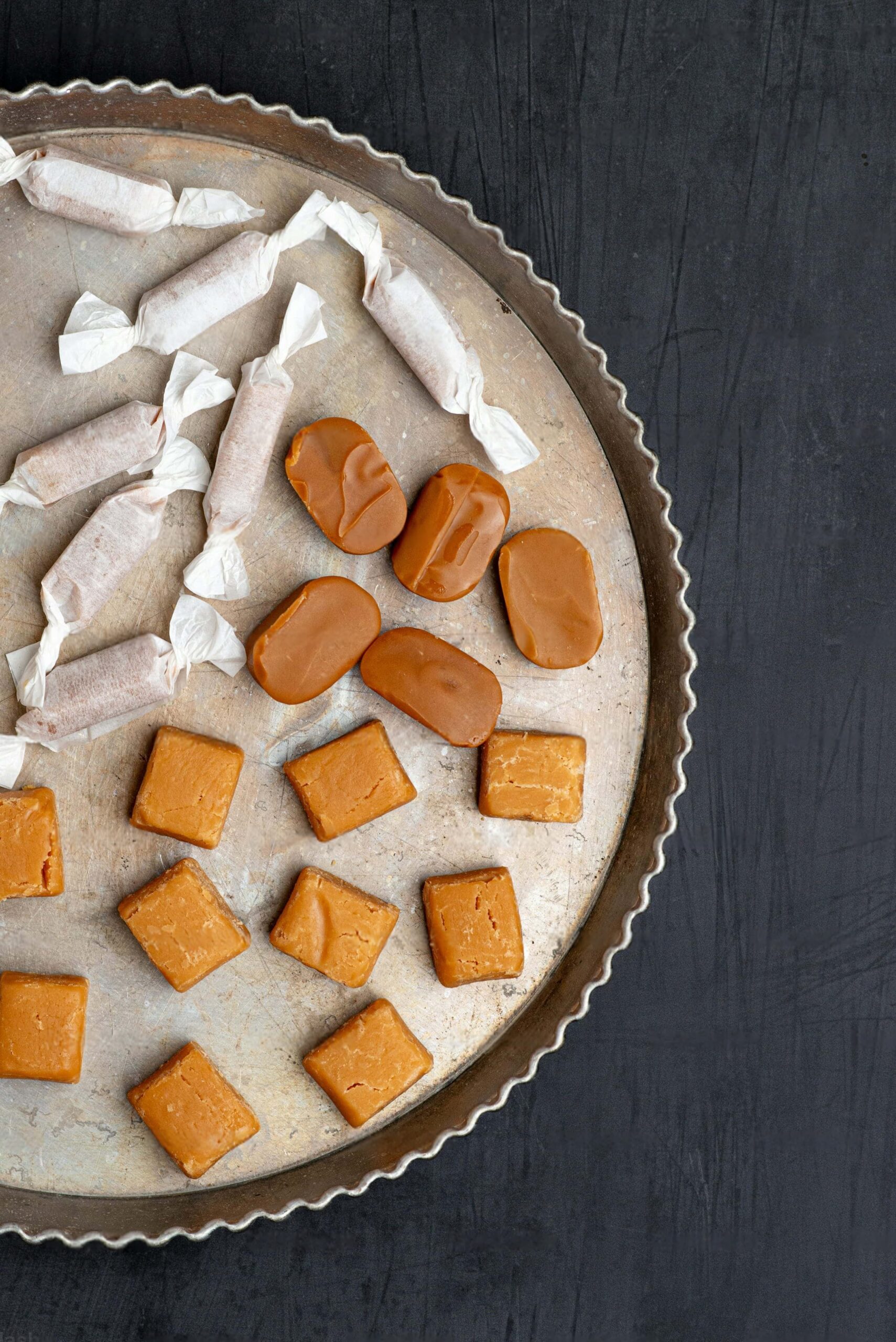
Toffees
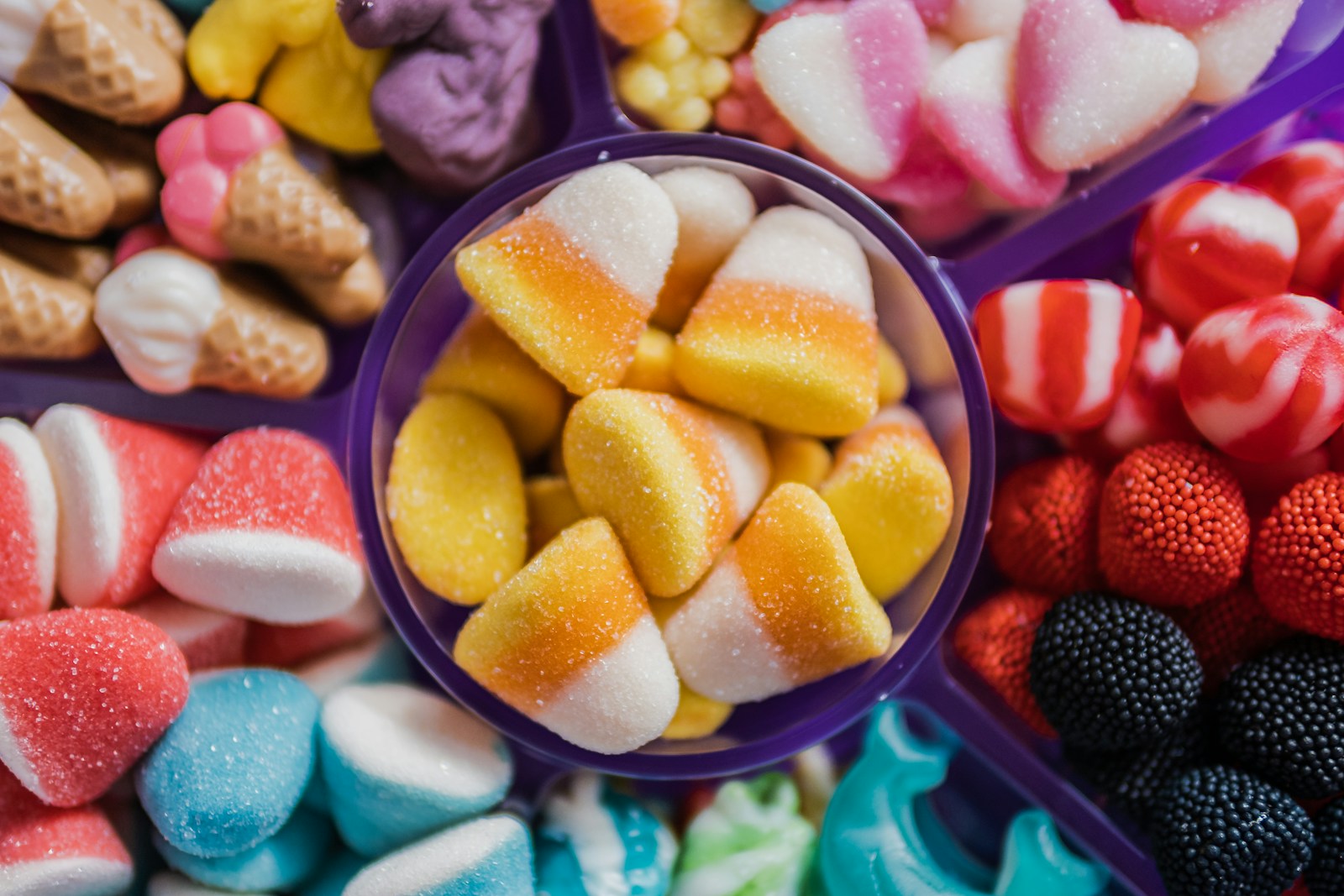
Sugar-coated sweets
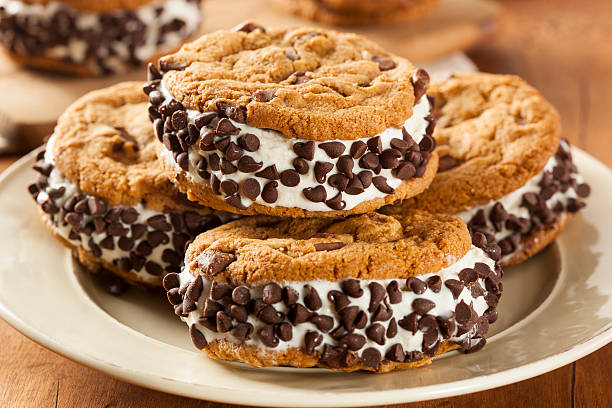
Sandwich cookies
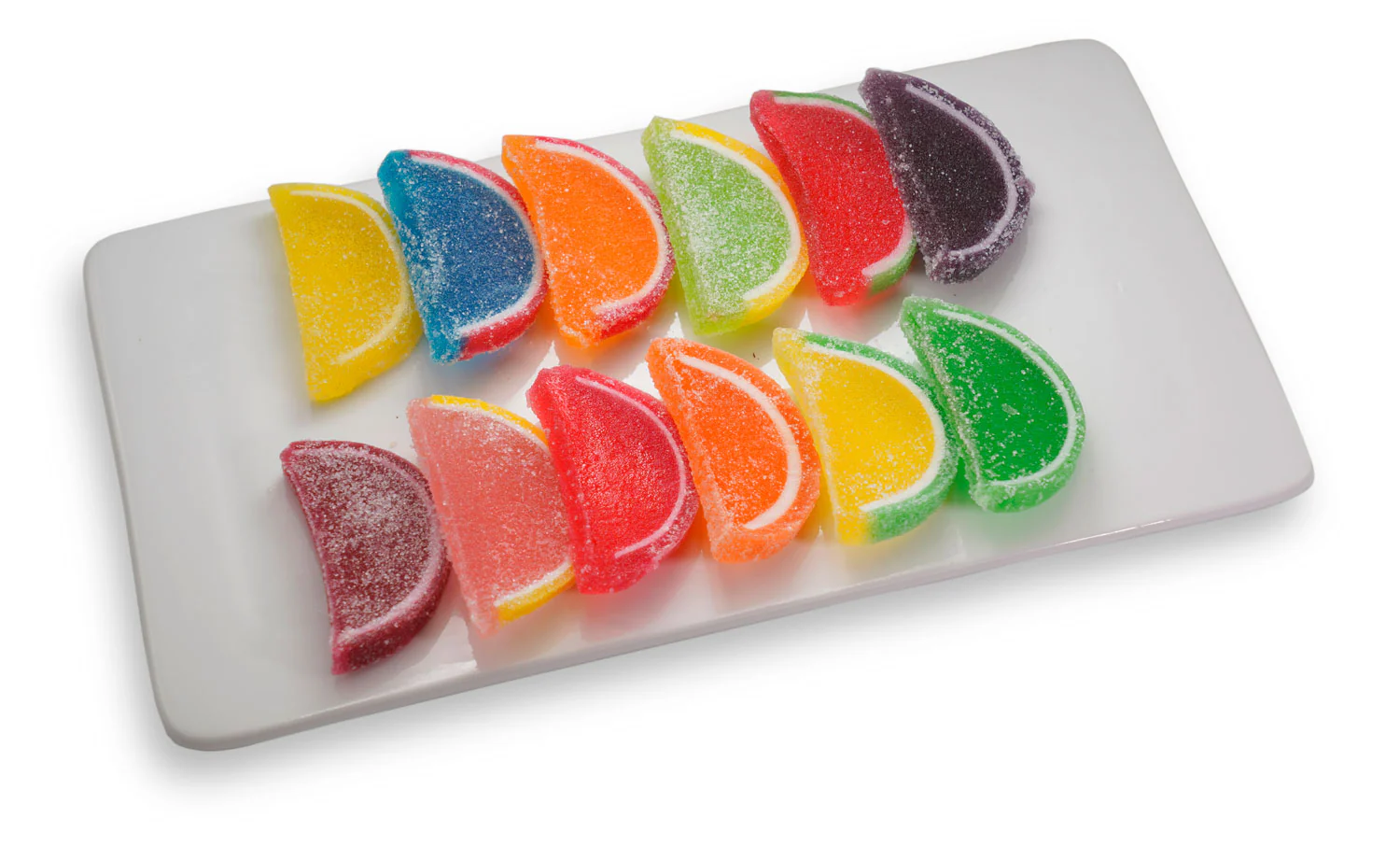
Pectin jellies
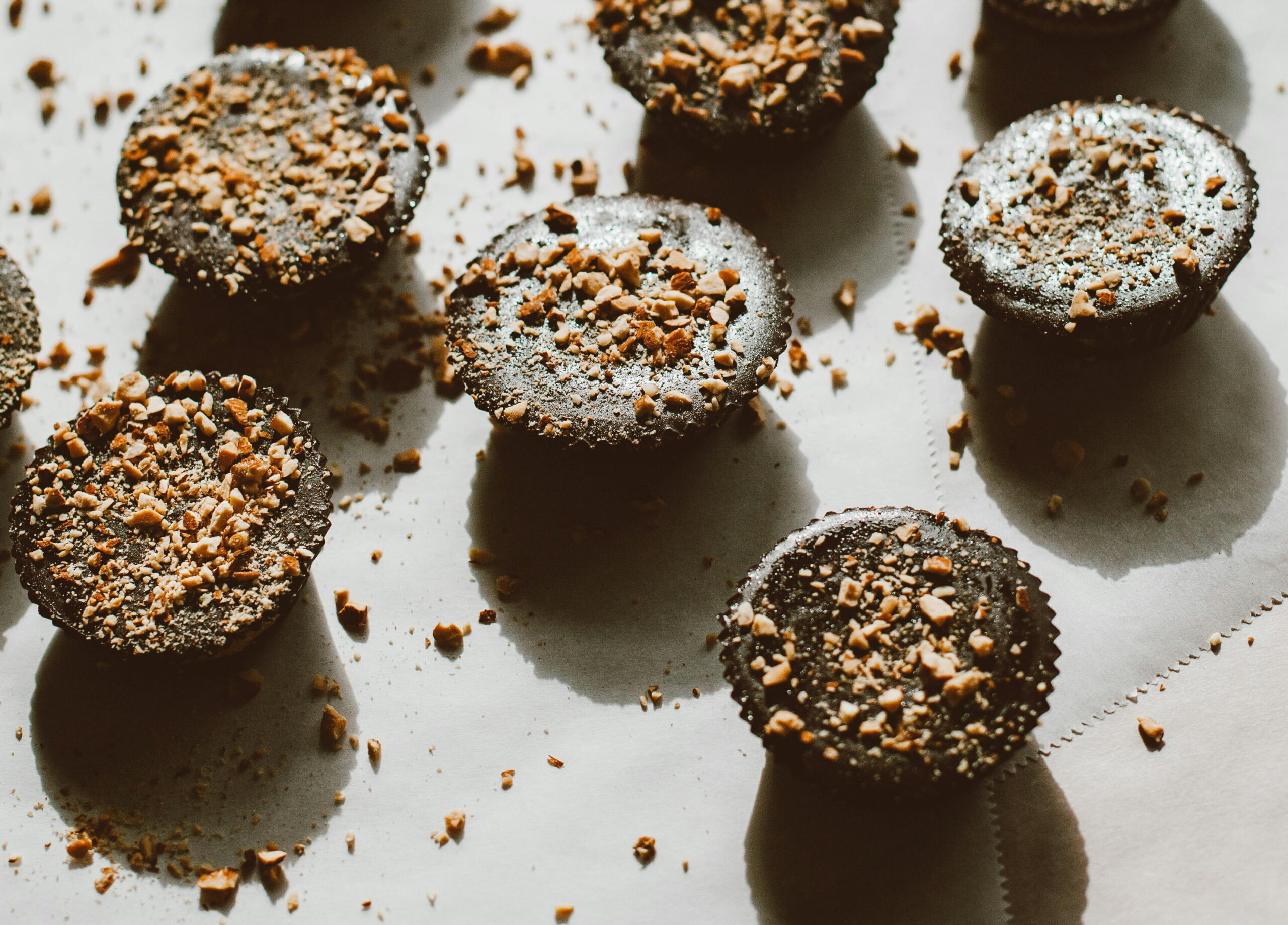
Marzipan
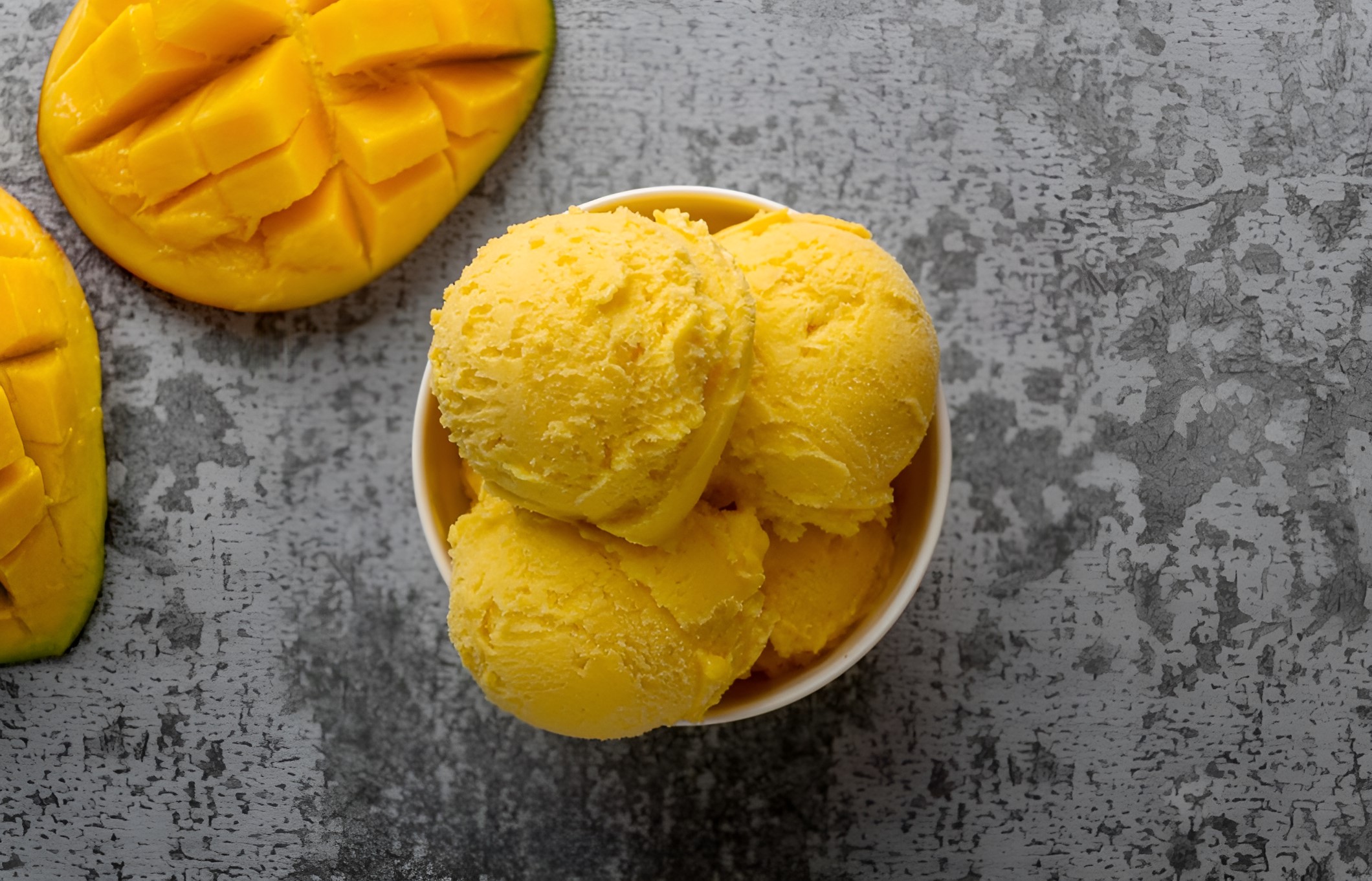
Mango sorbet
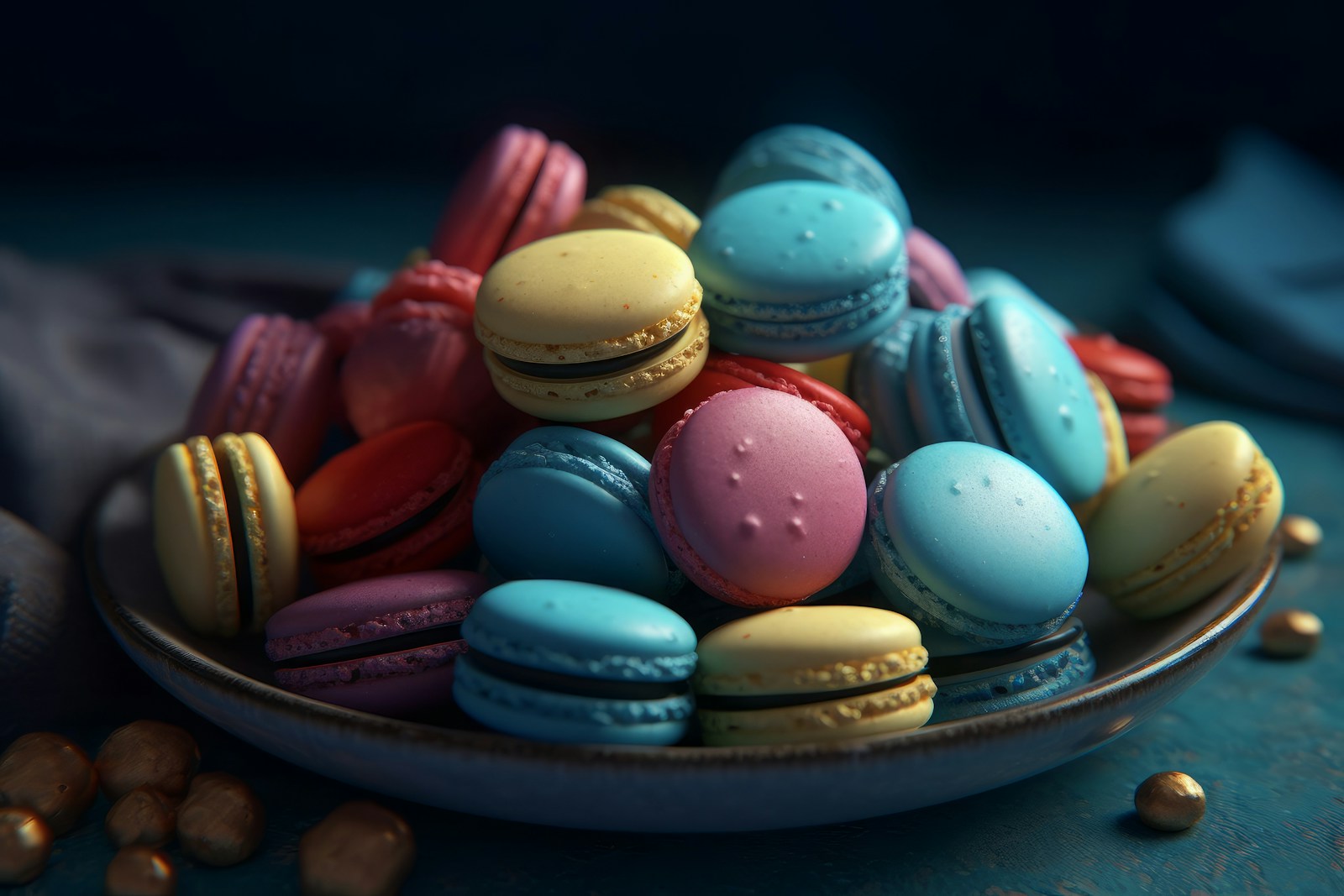
Macarons
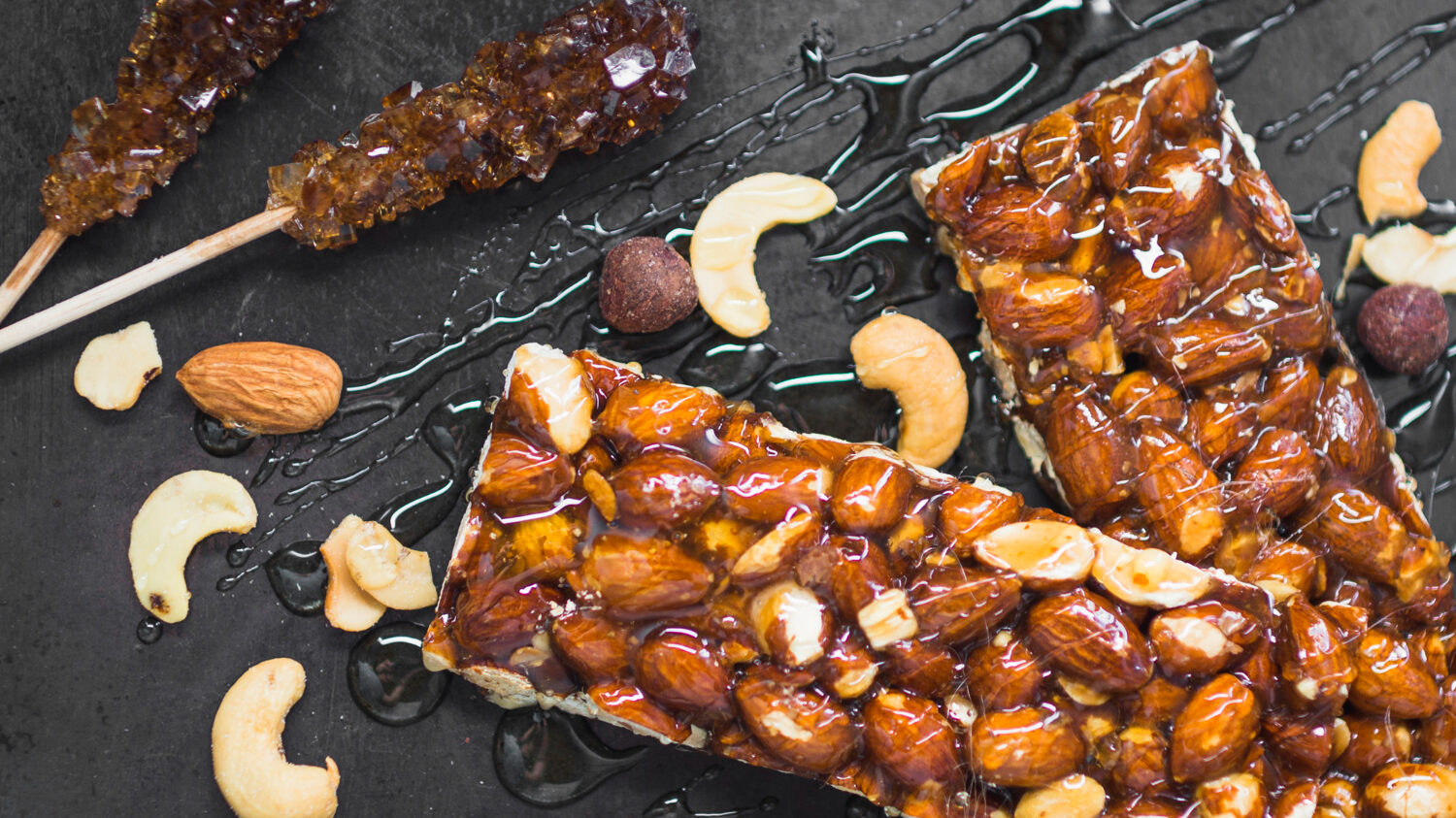
Nut brittle
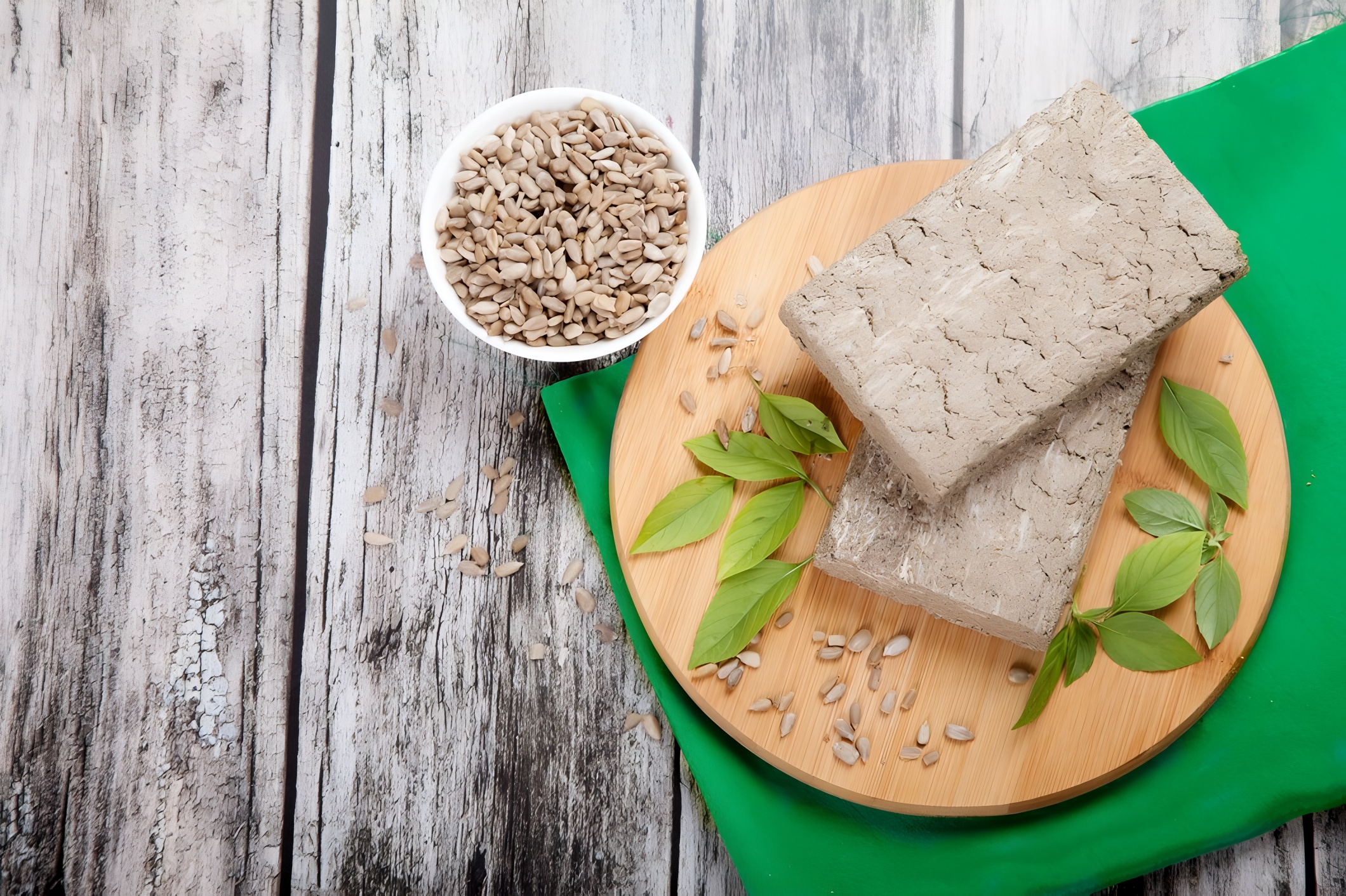
Halva
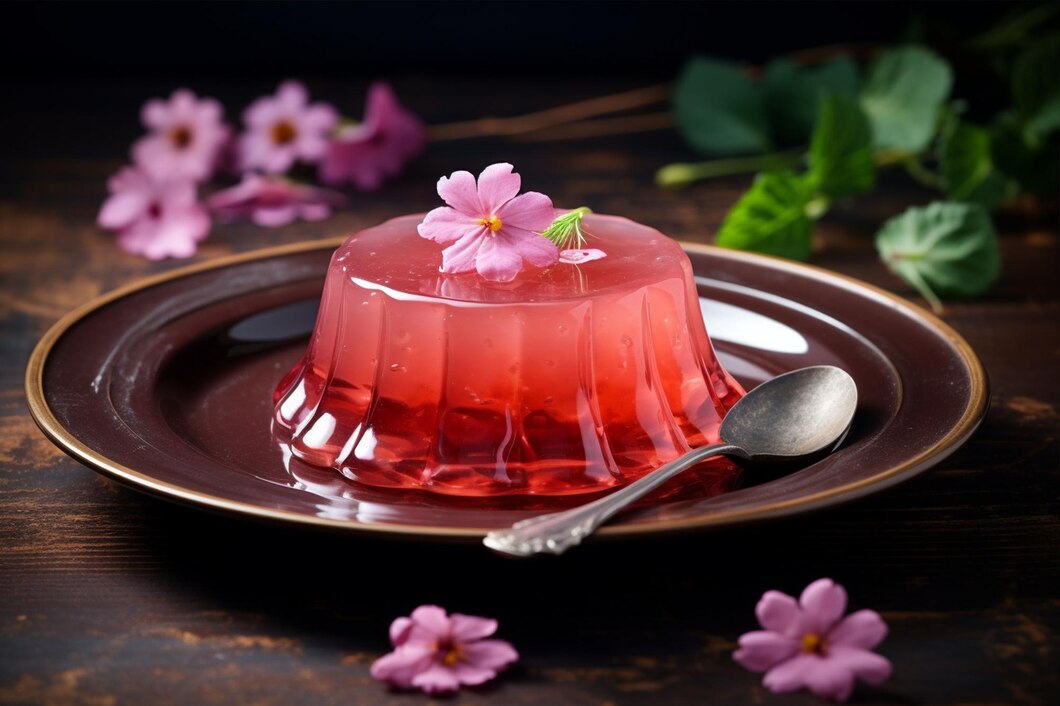
Gelatin desserts
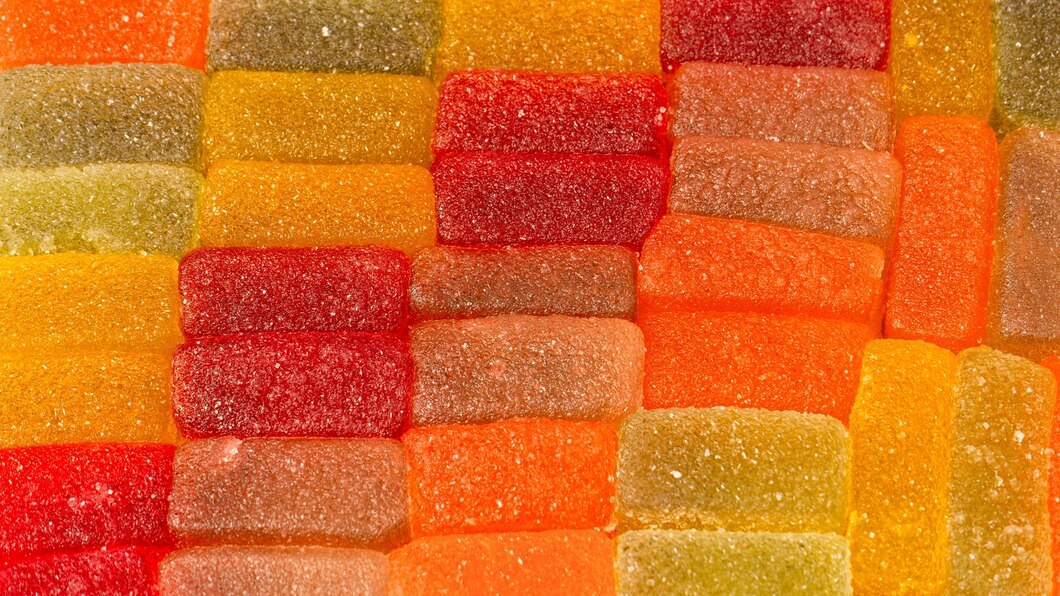
Fruit jellies
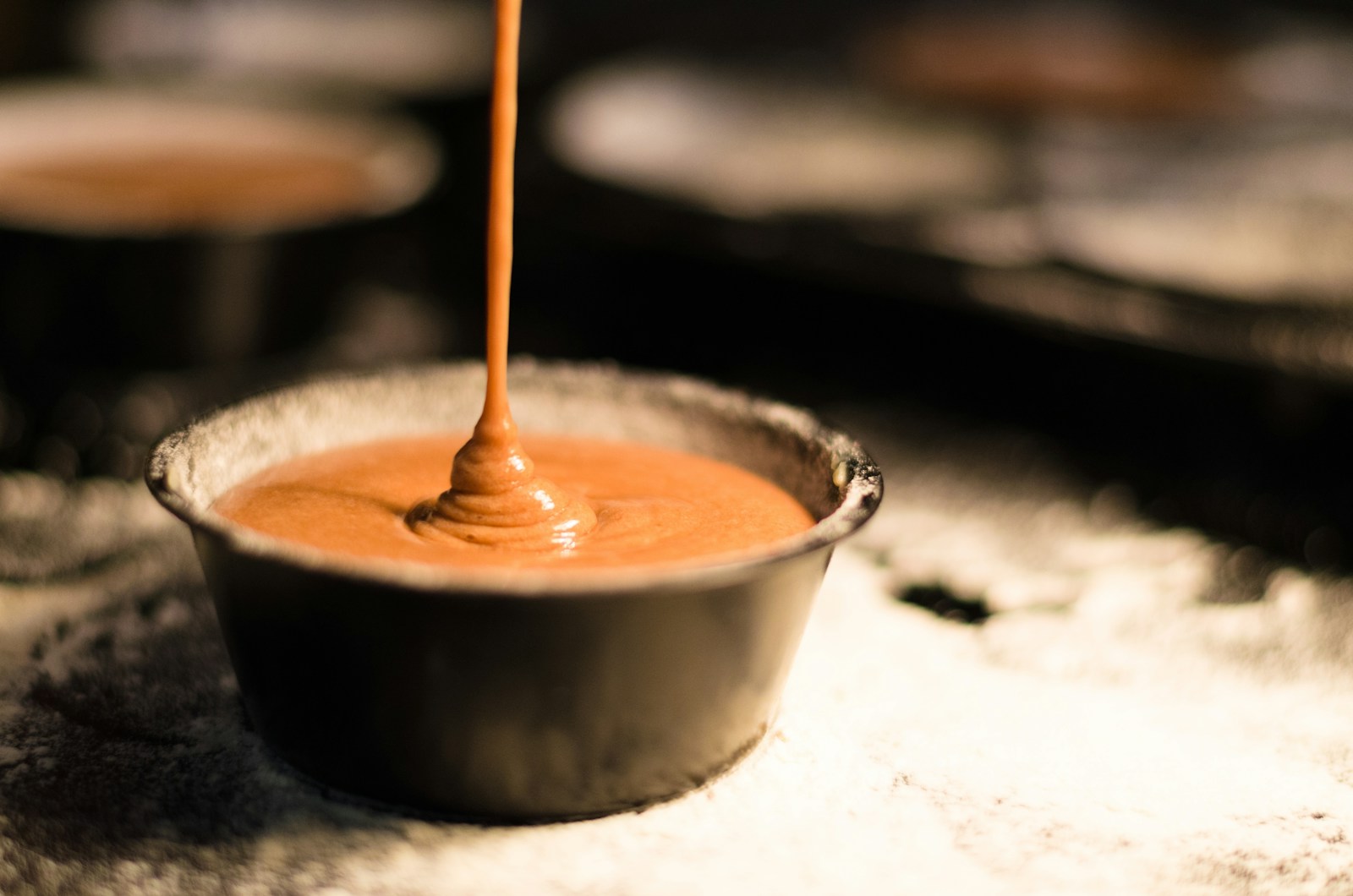
Dulce de leche
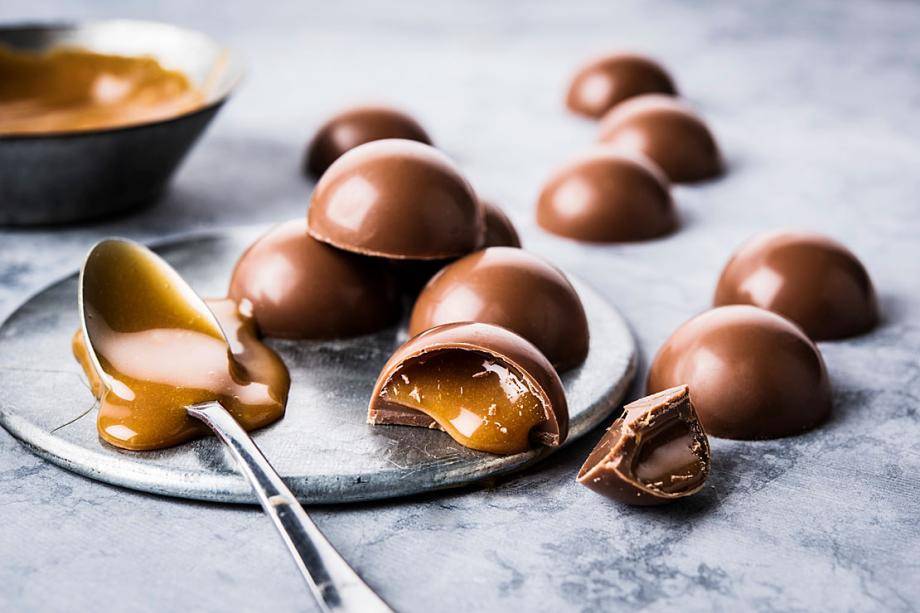
Confectionery fillings
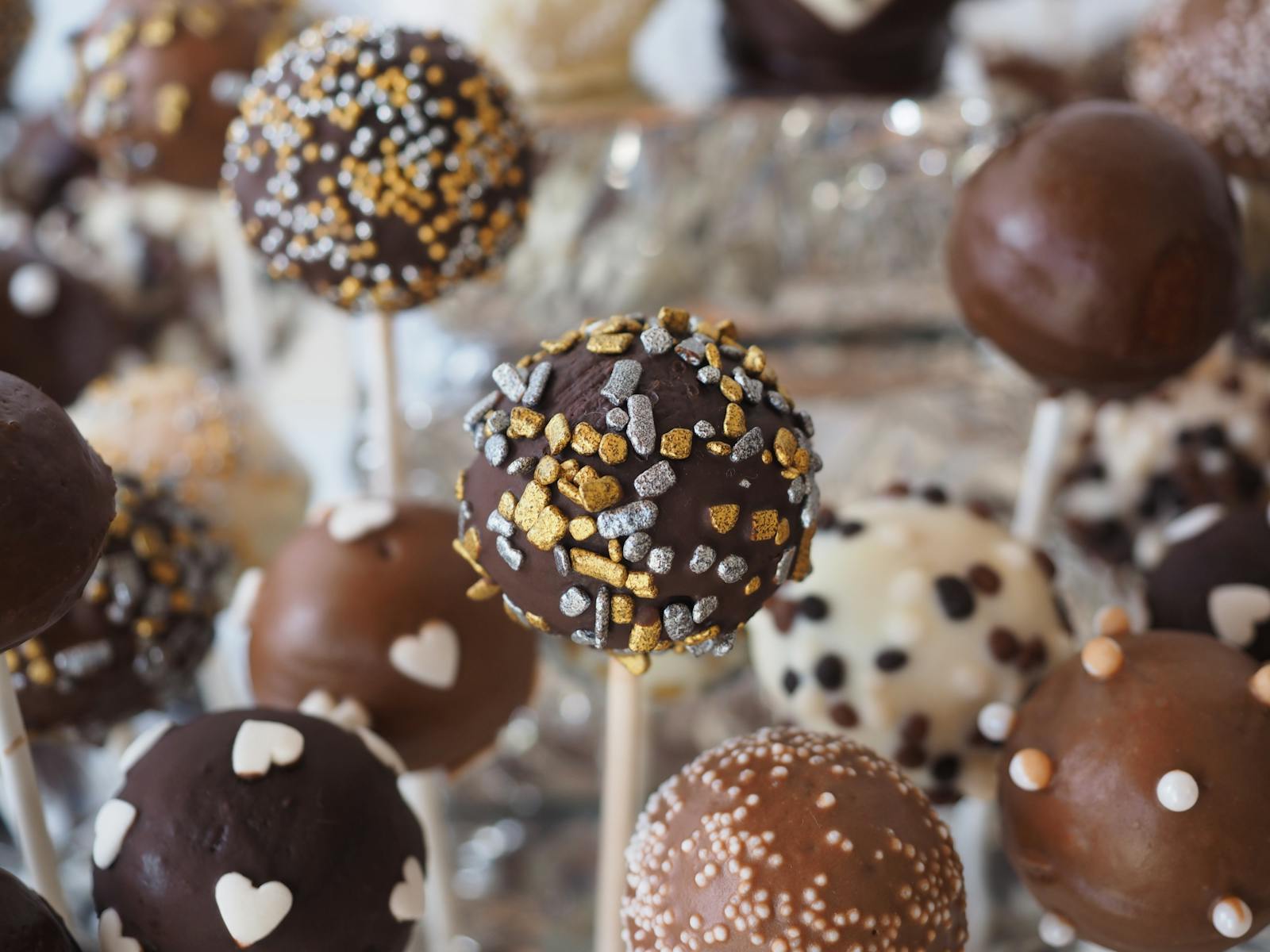
Confectionery coatings
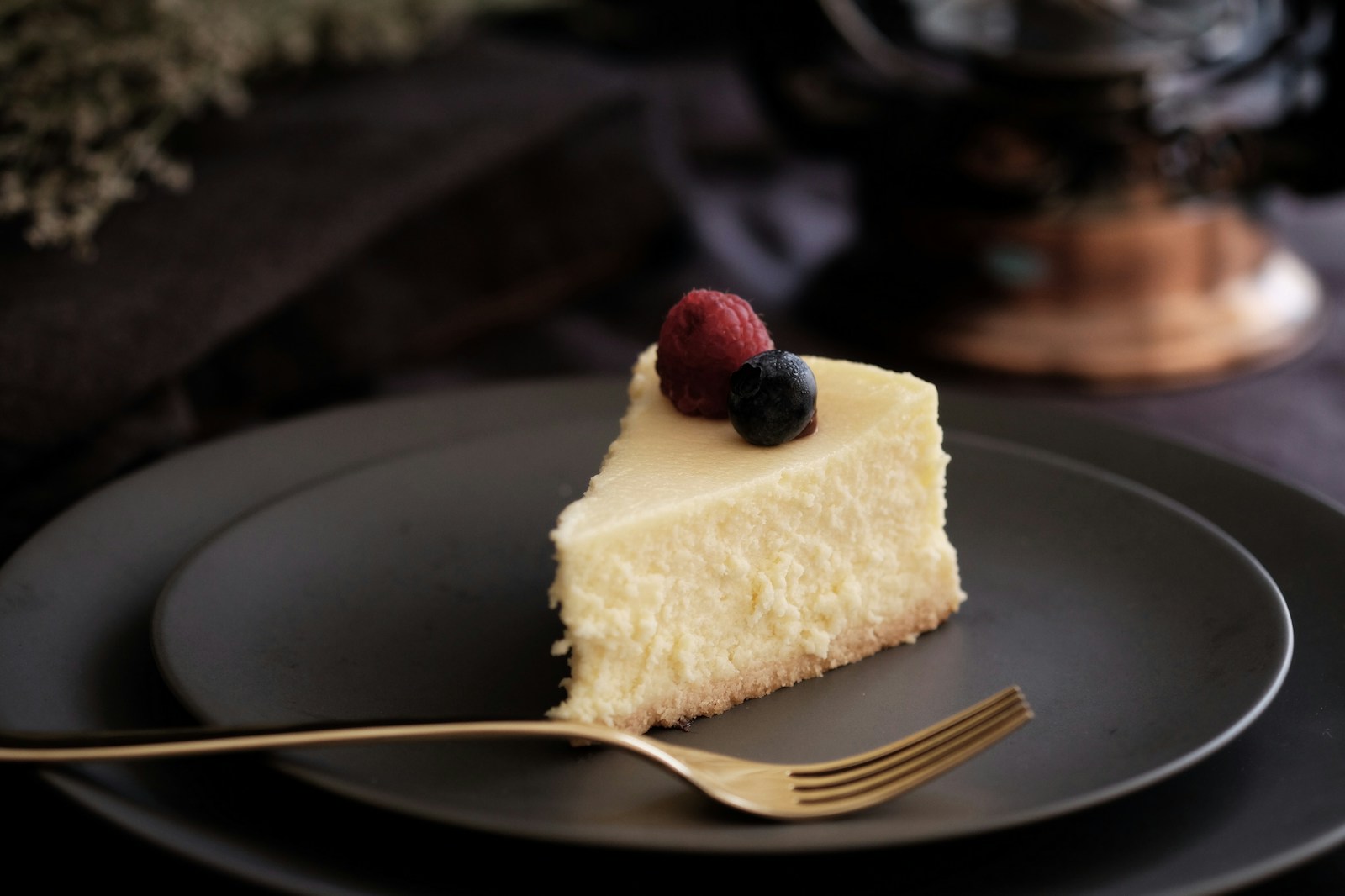
Cheesecake
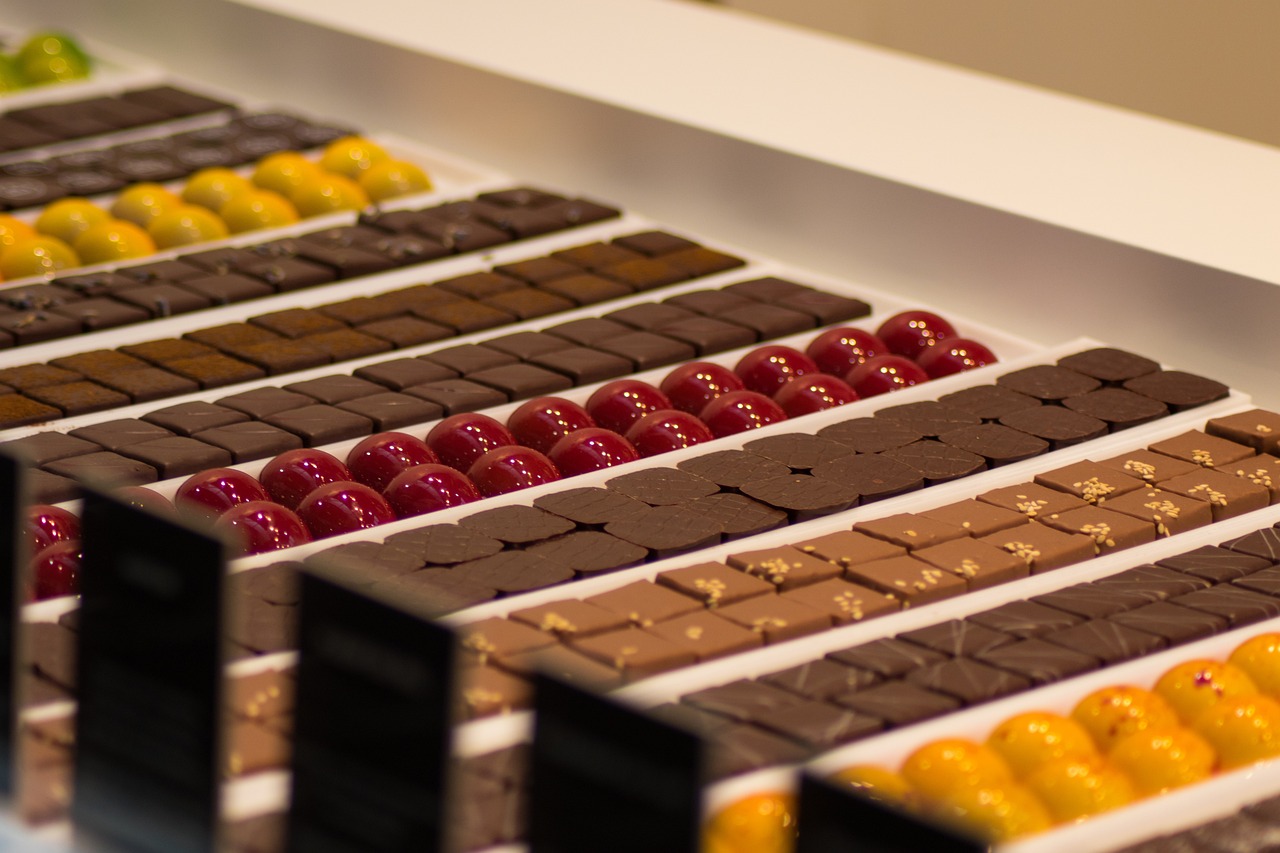
Pralines
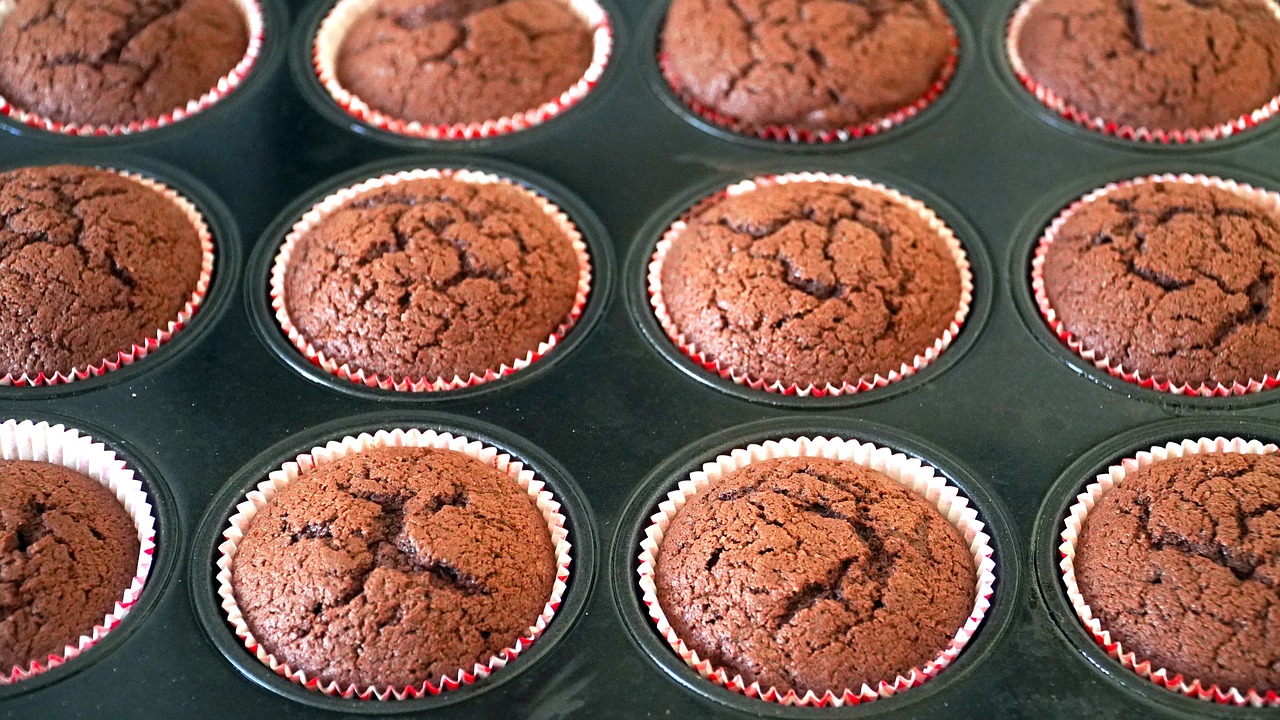
Muffins

Jelly
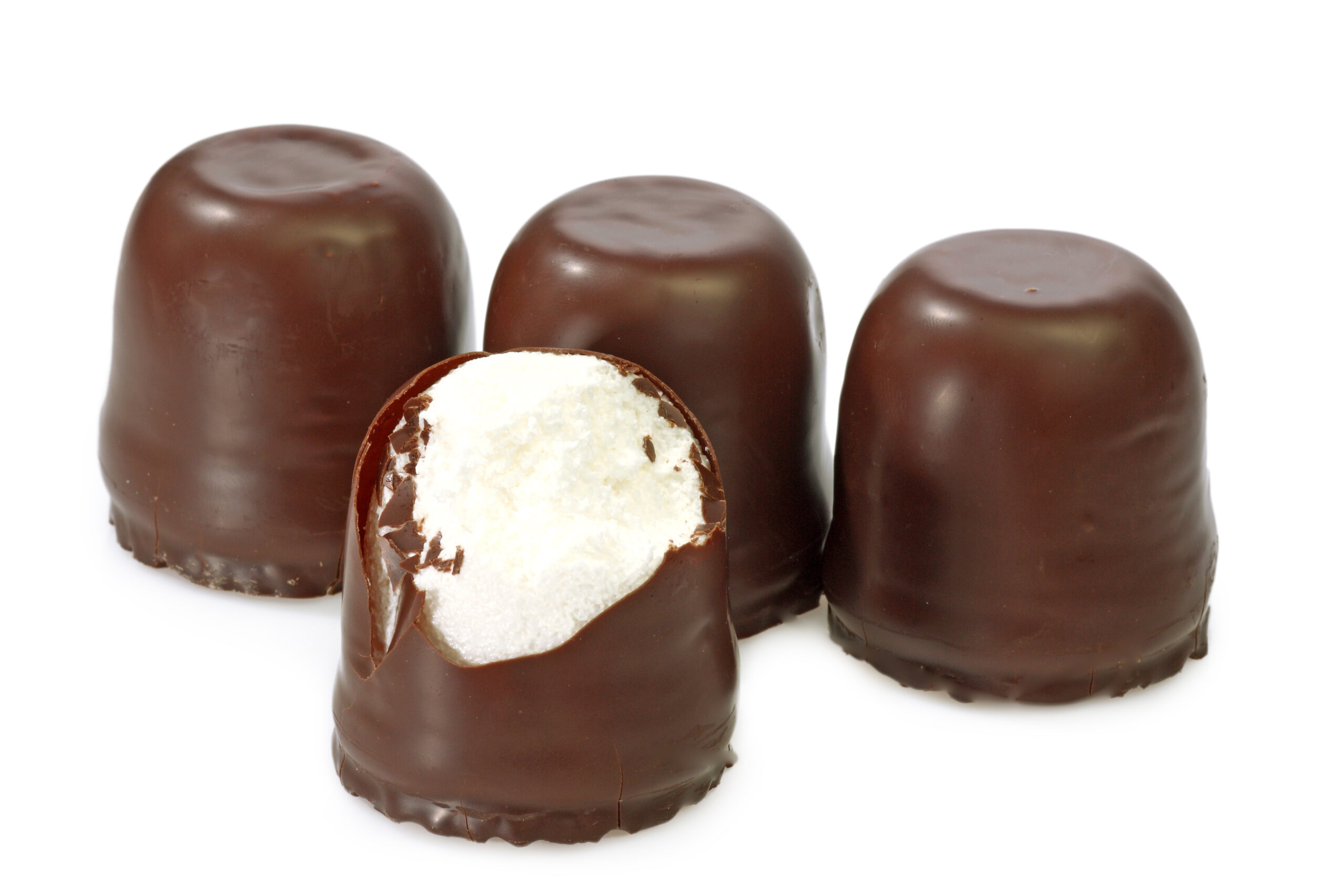
Foam kisses
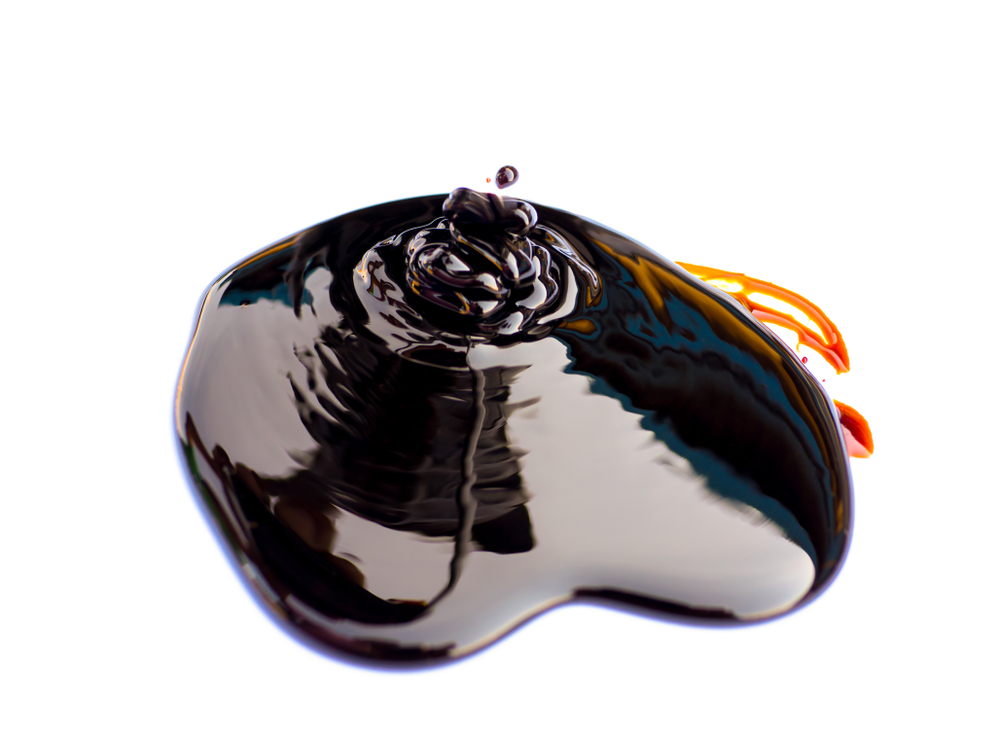
Molasses
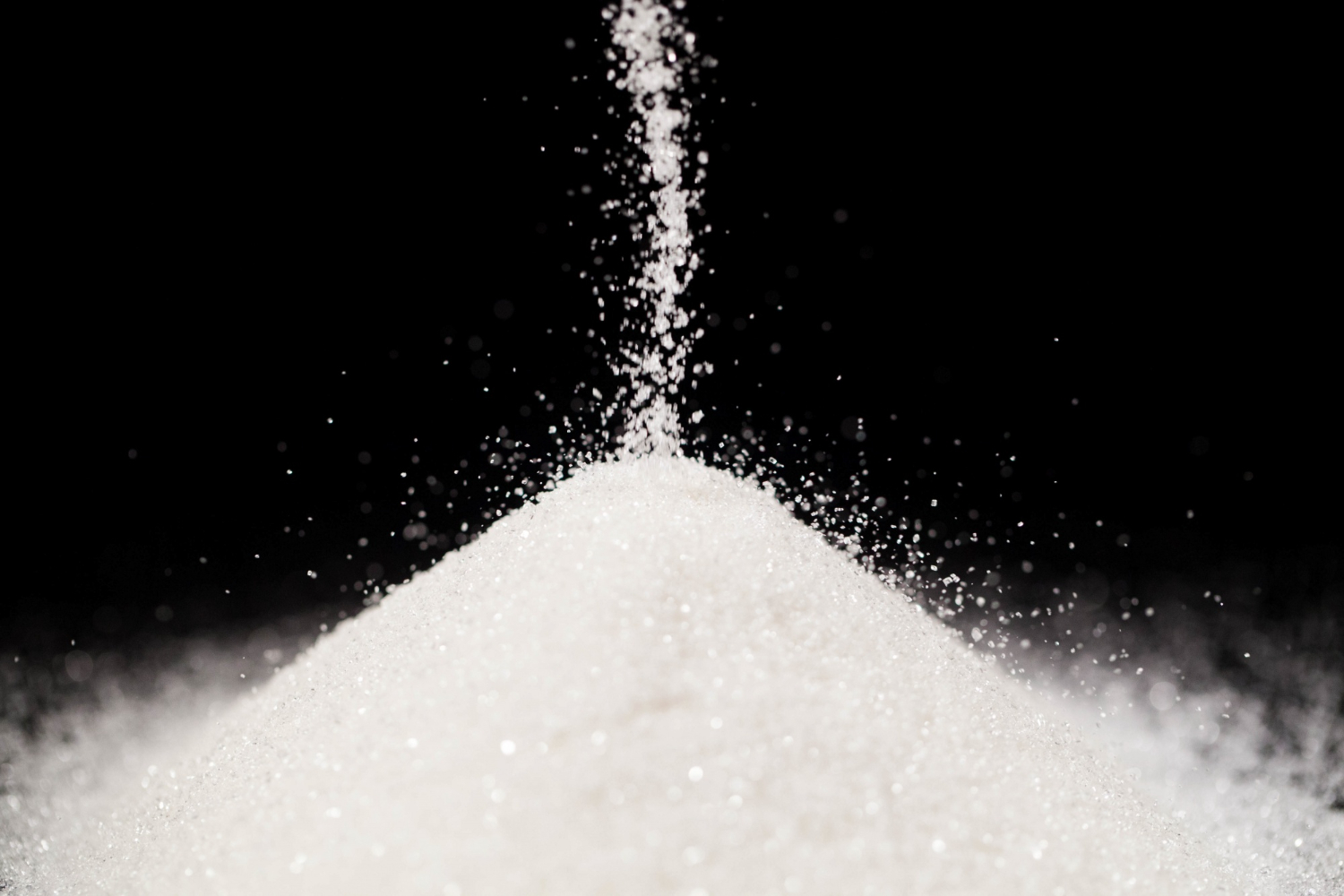
Sugar

Ice cream
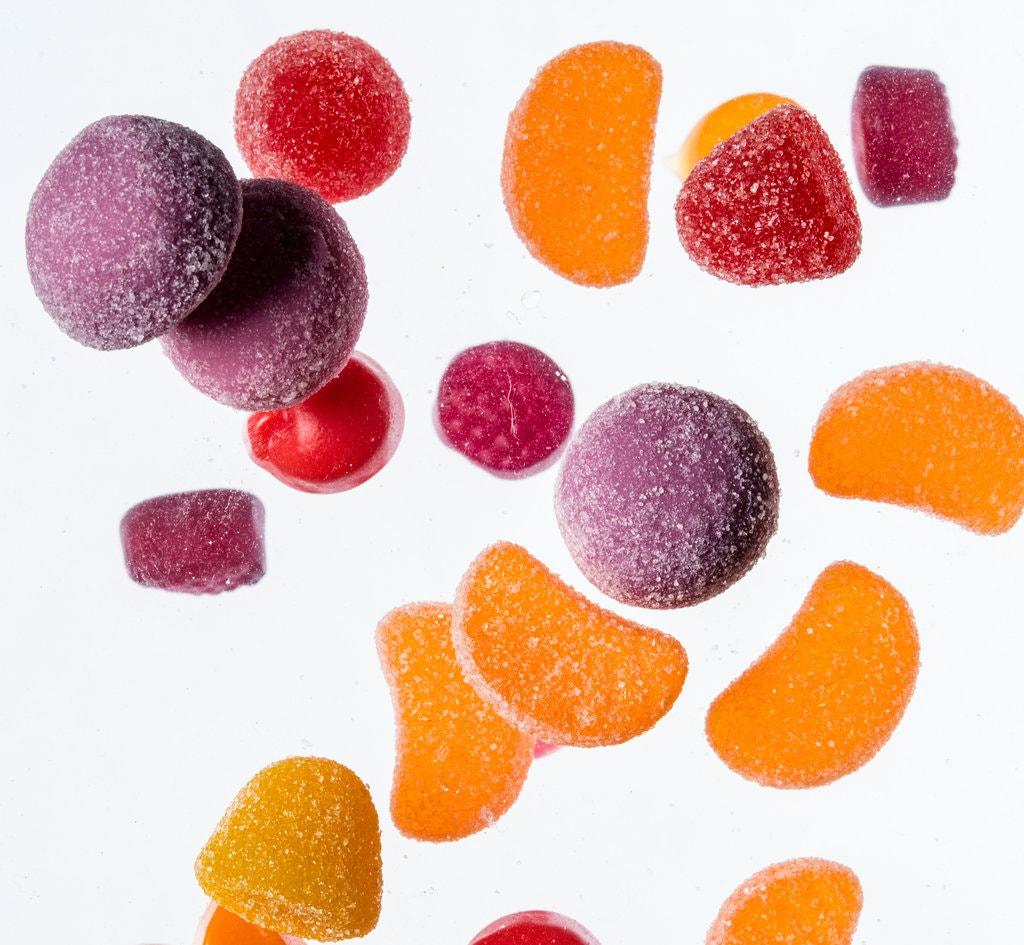
Vitamin gummies
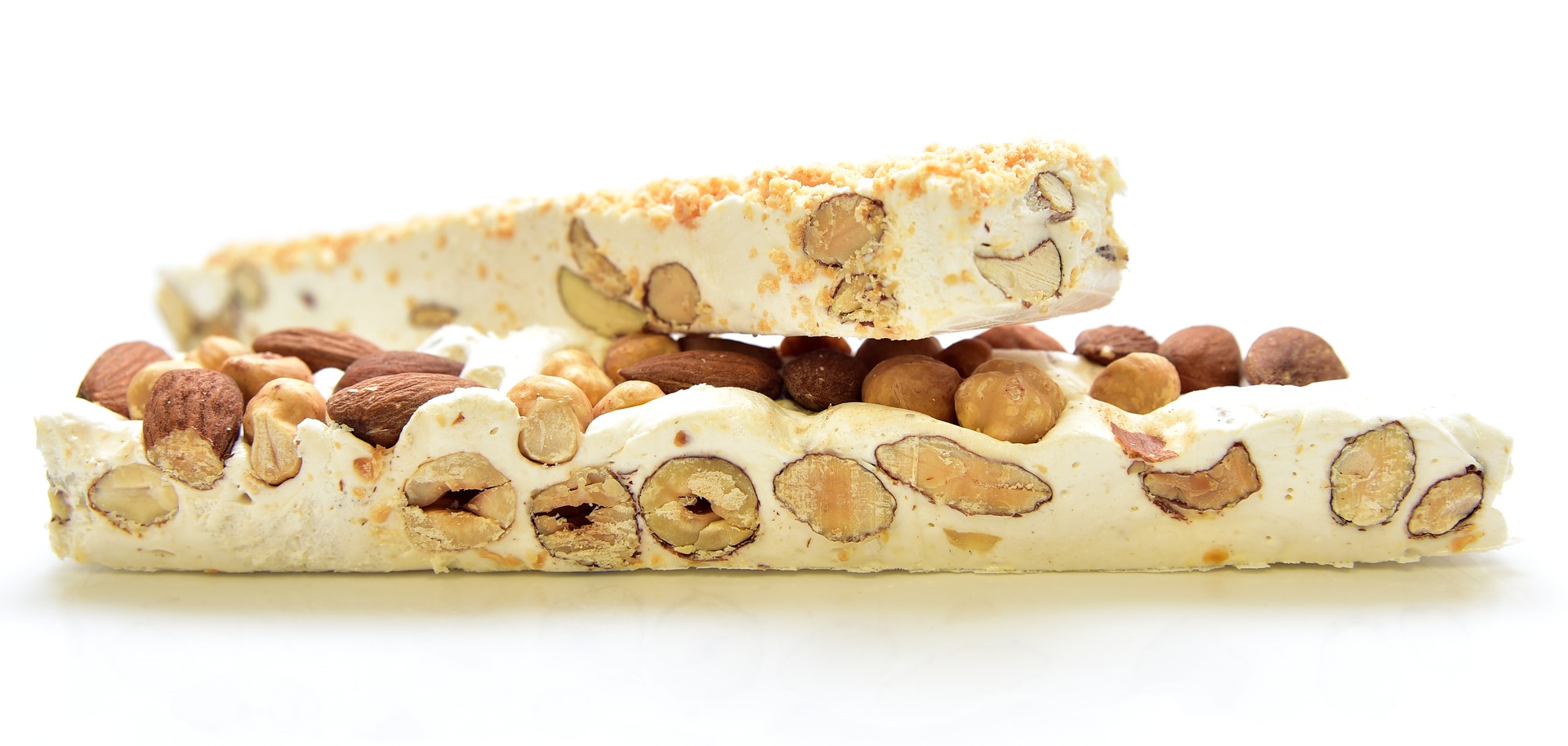
Nougat
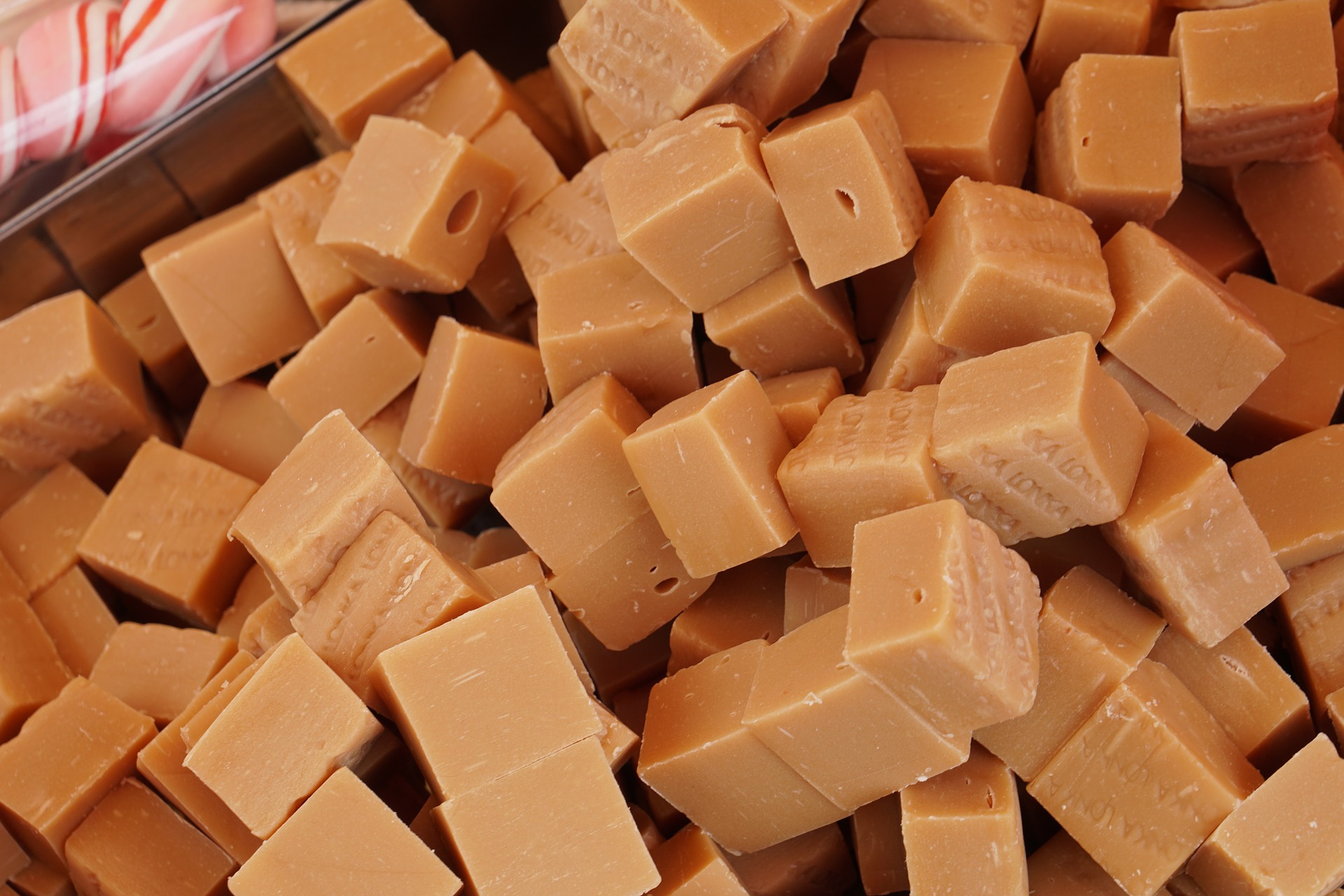
Caramel
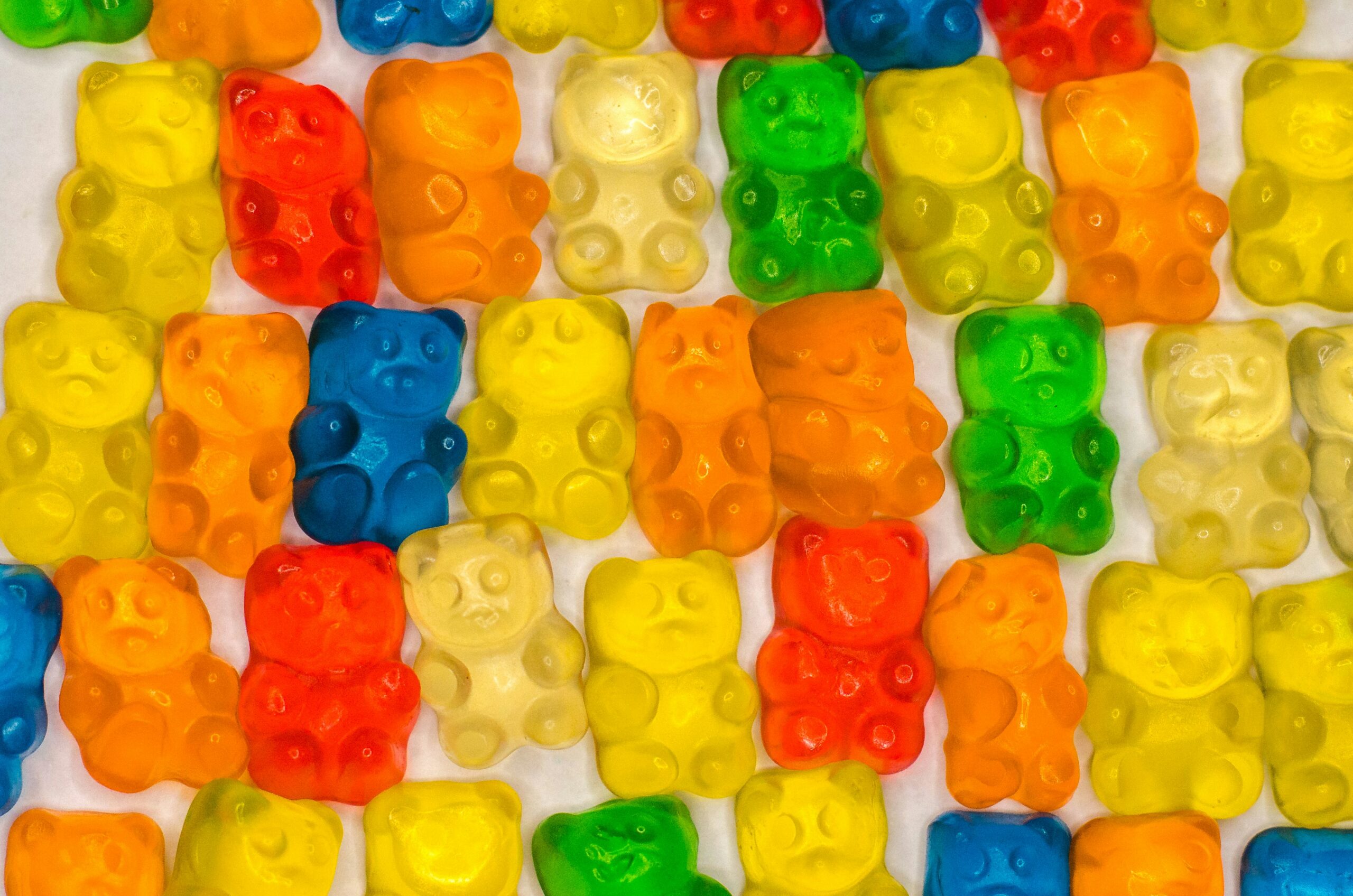
Gummy Bears
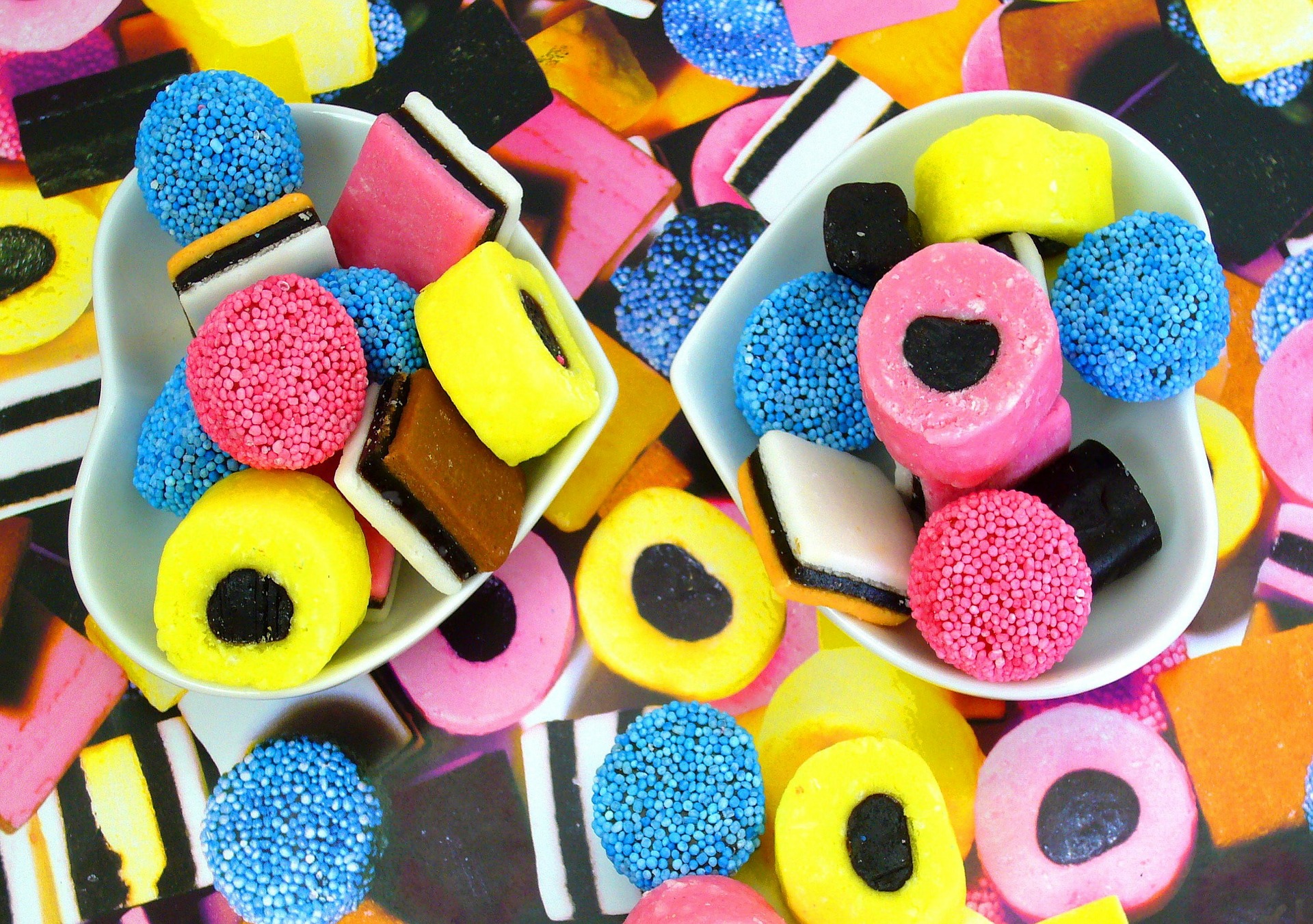
Licorice
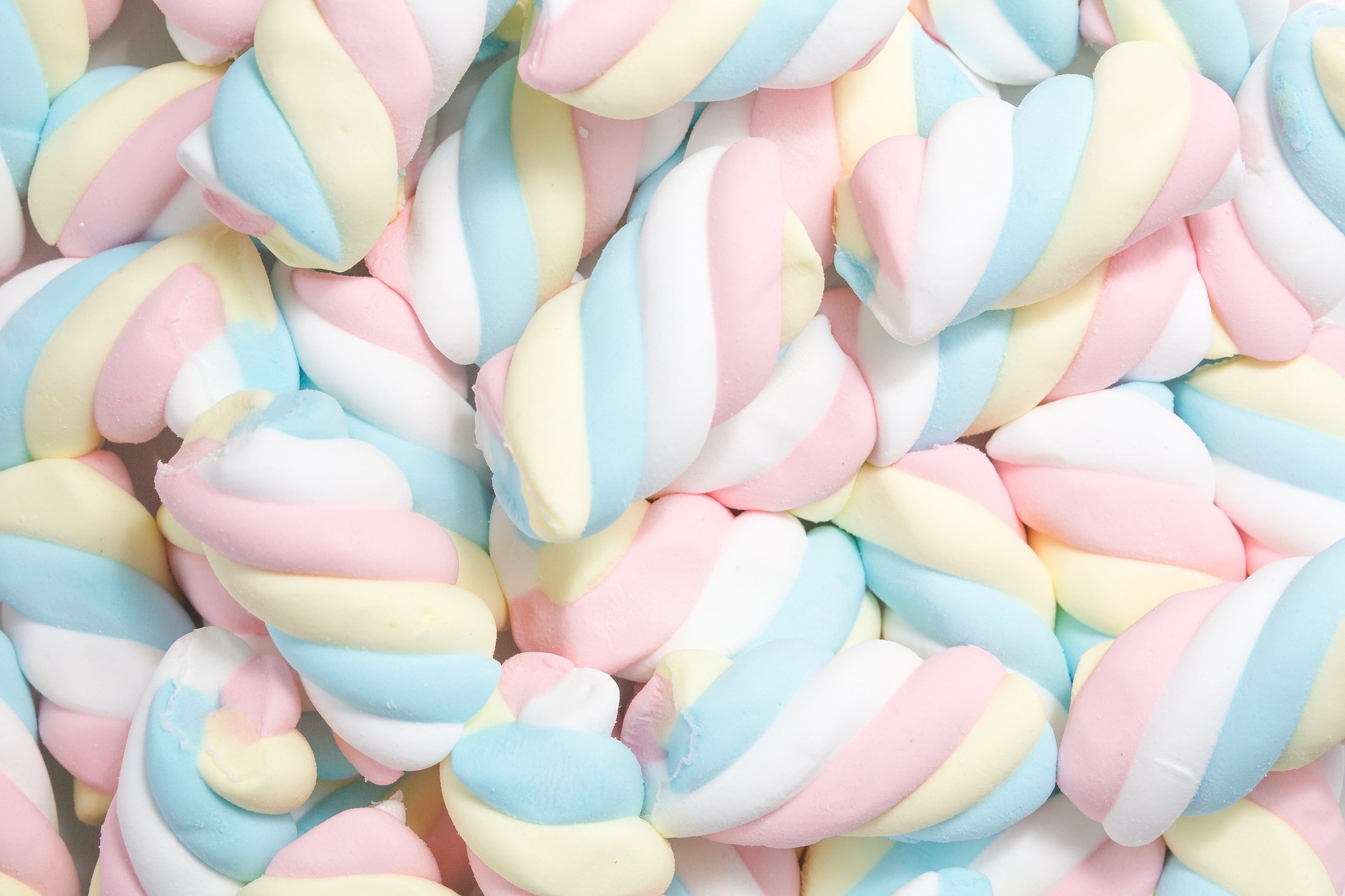
Marshmallows
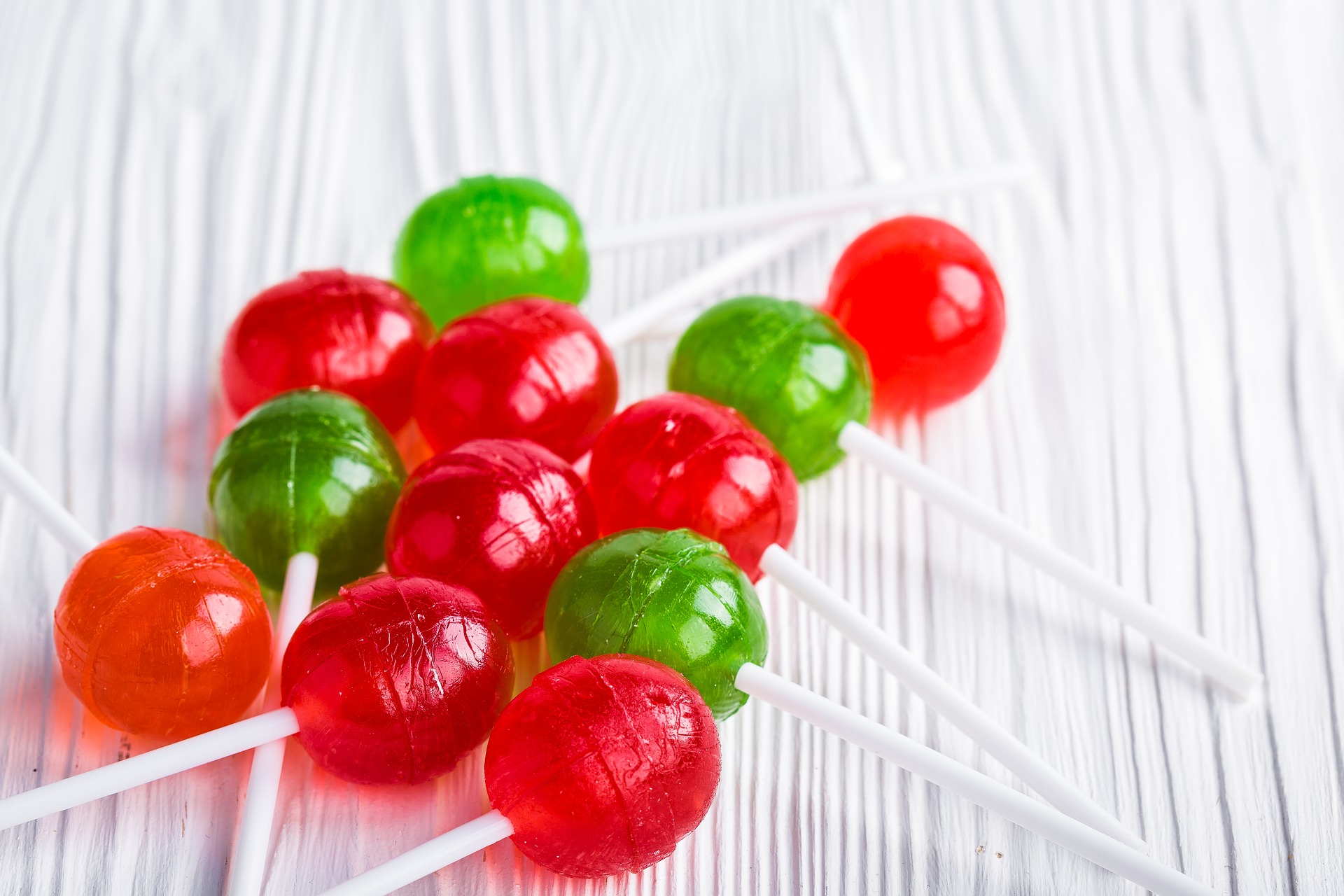
Lollipops
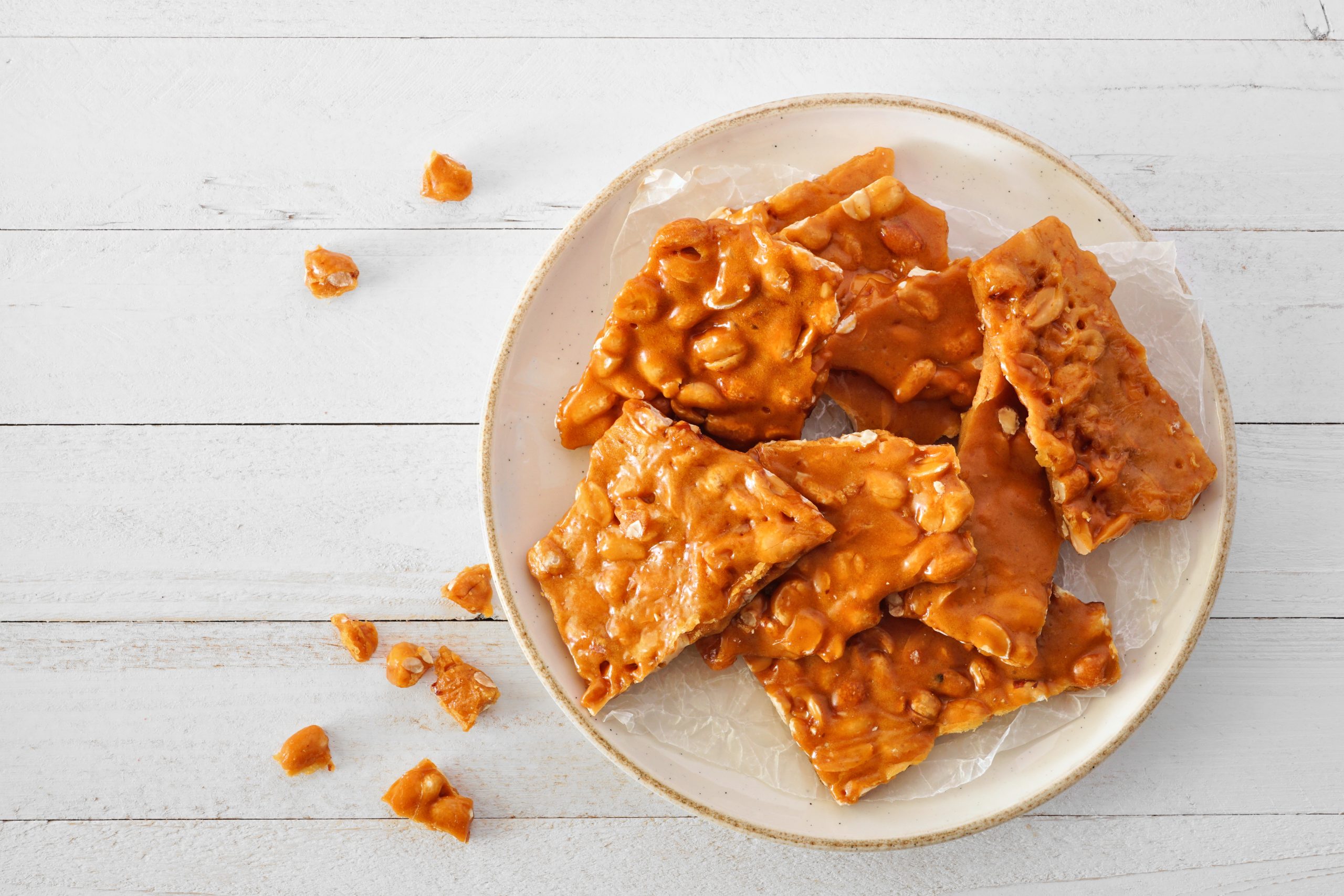
Brittles
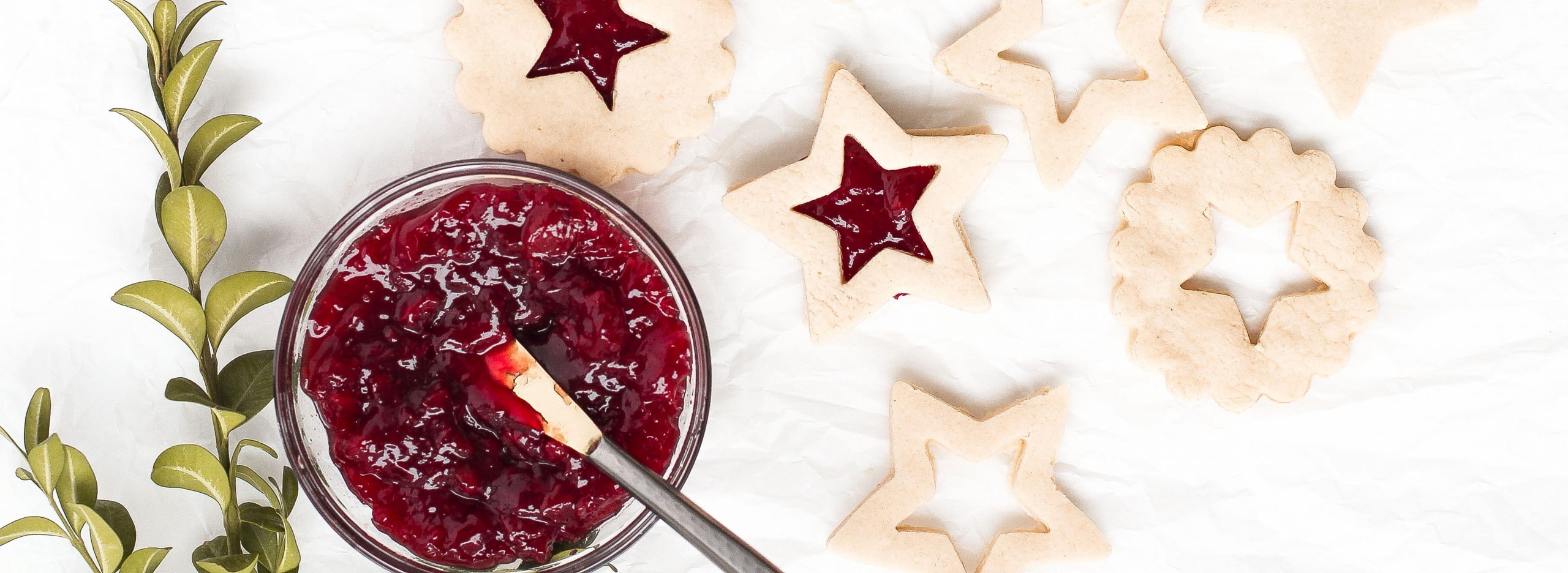
Jam
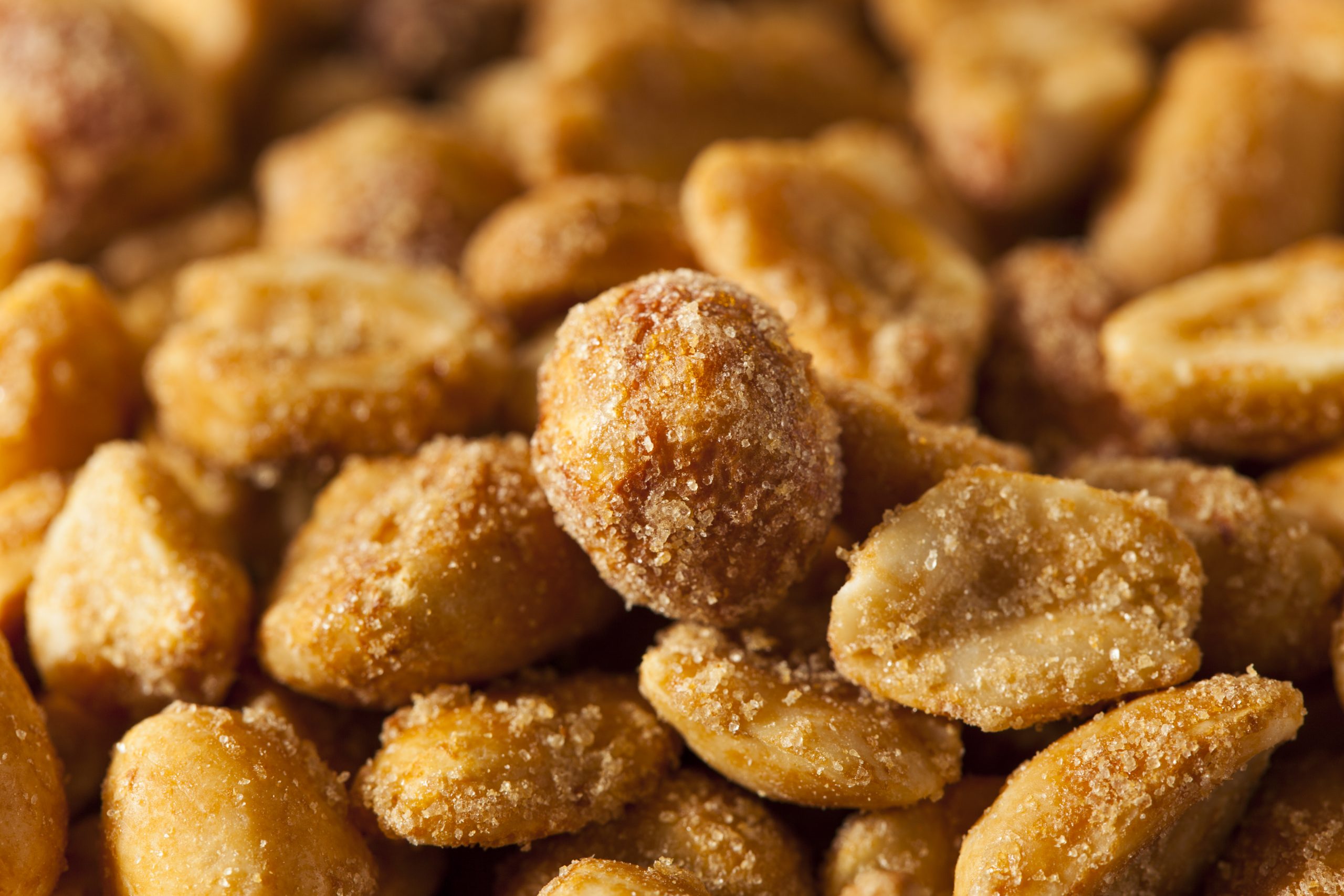
Sugar coated nuts
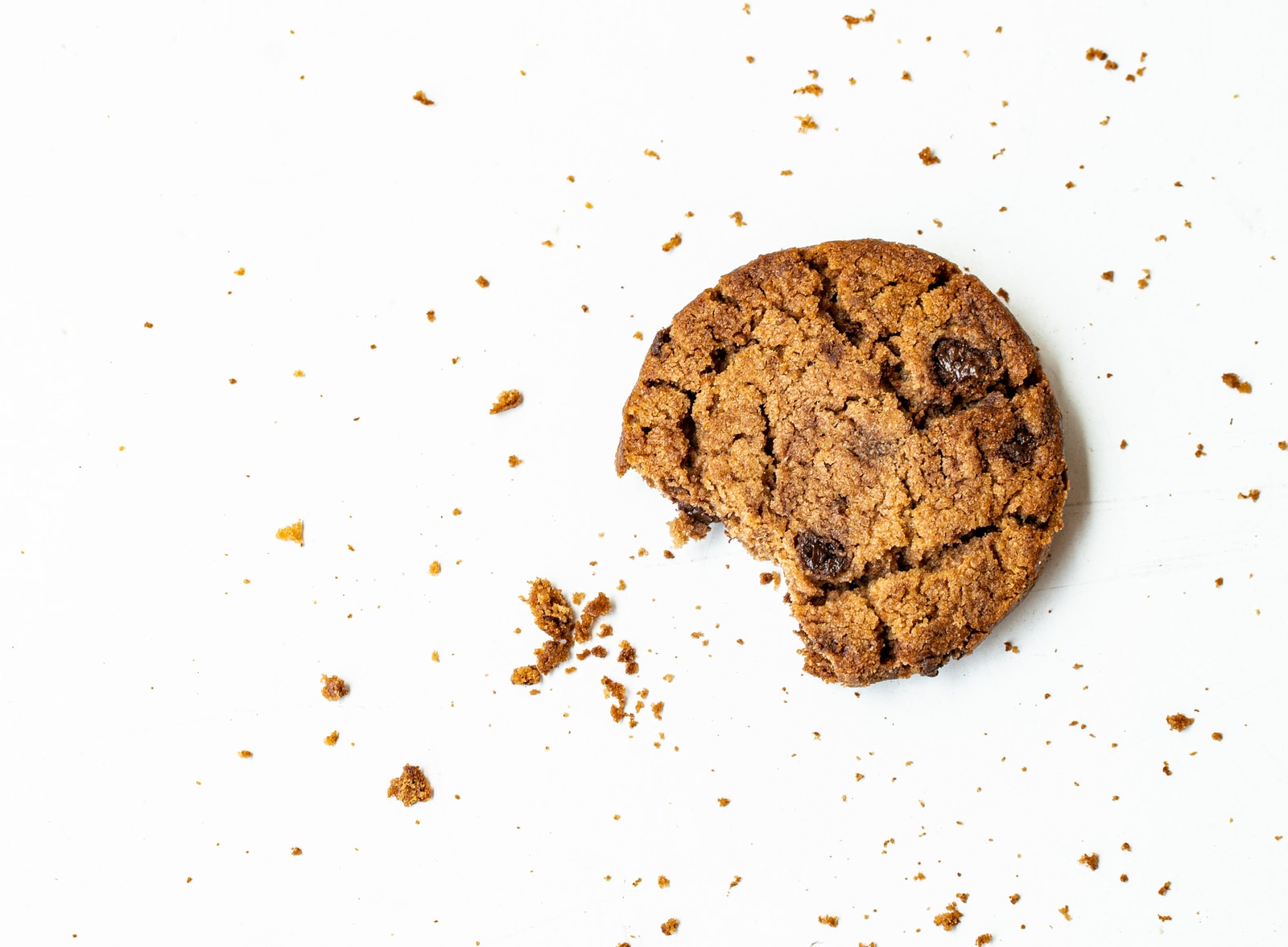
Cookies
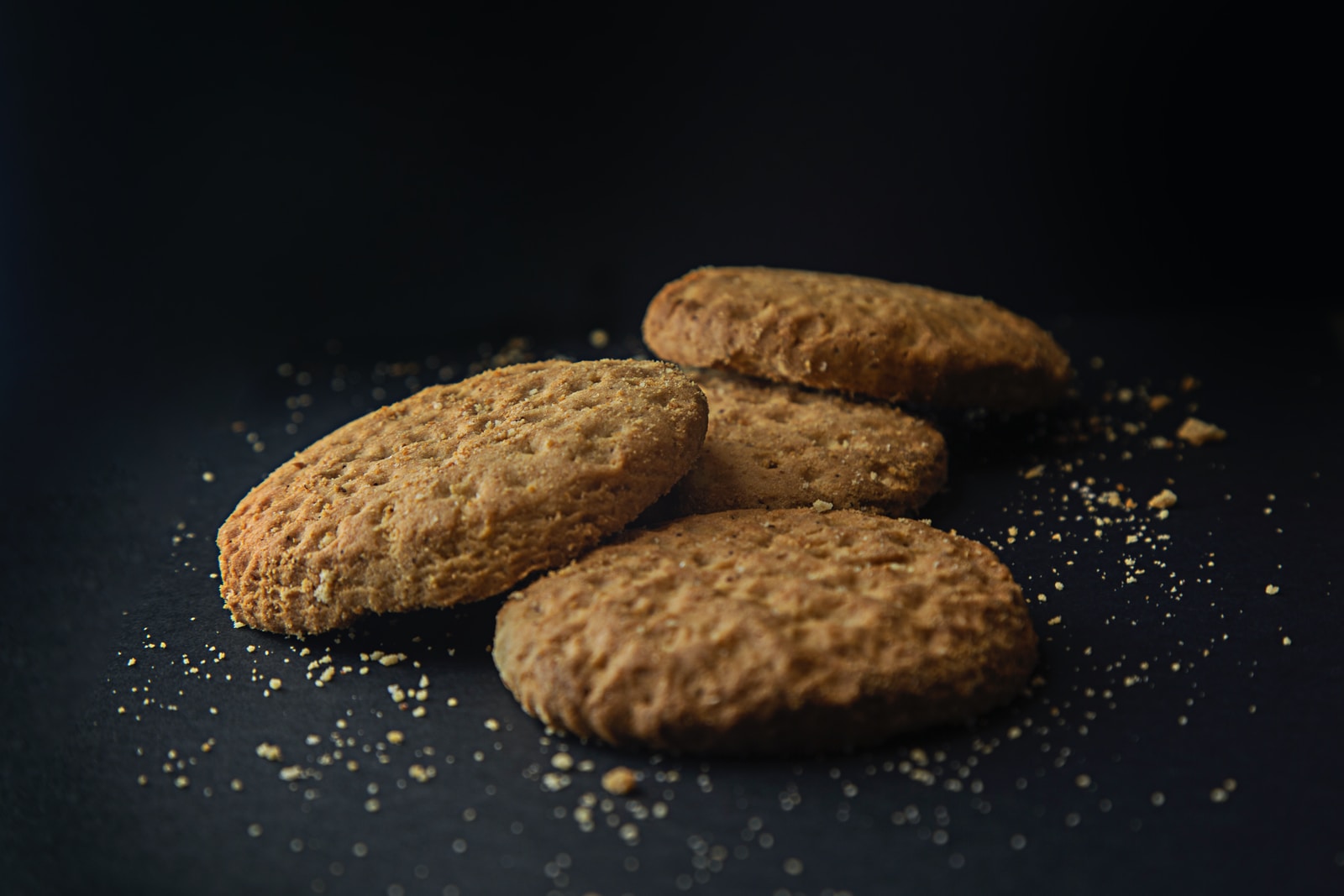
Biscuits
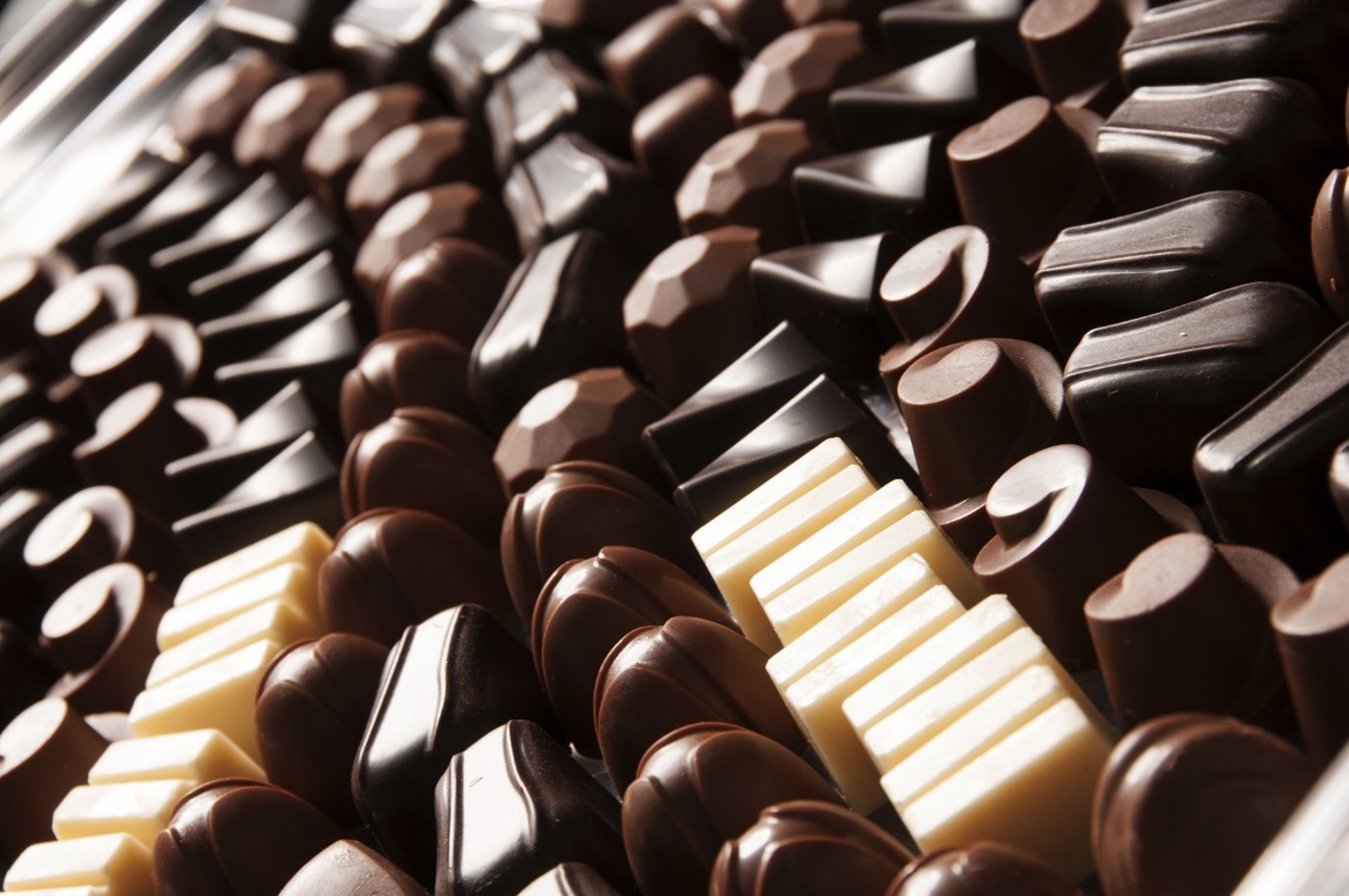
Chocolate bonbons
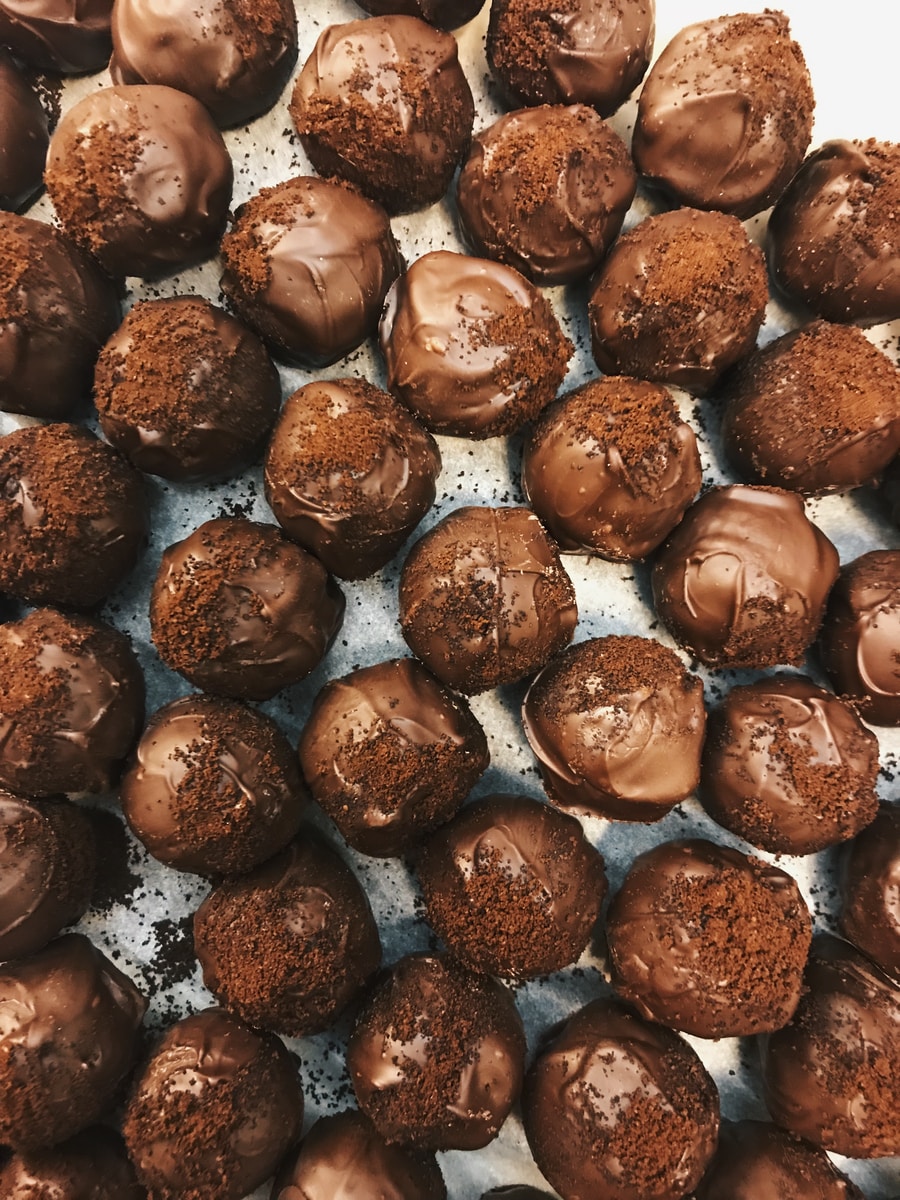
Truffle balls
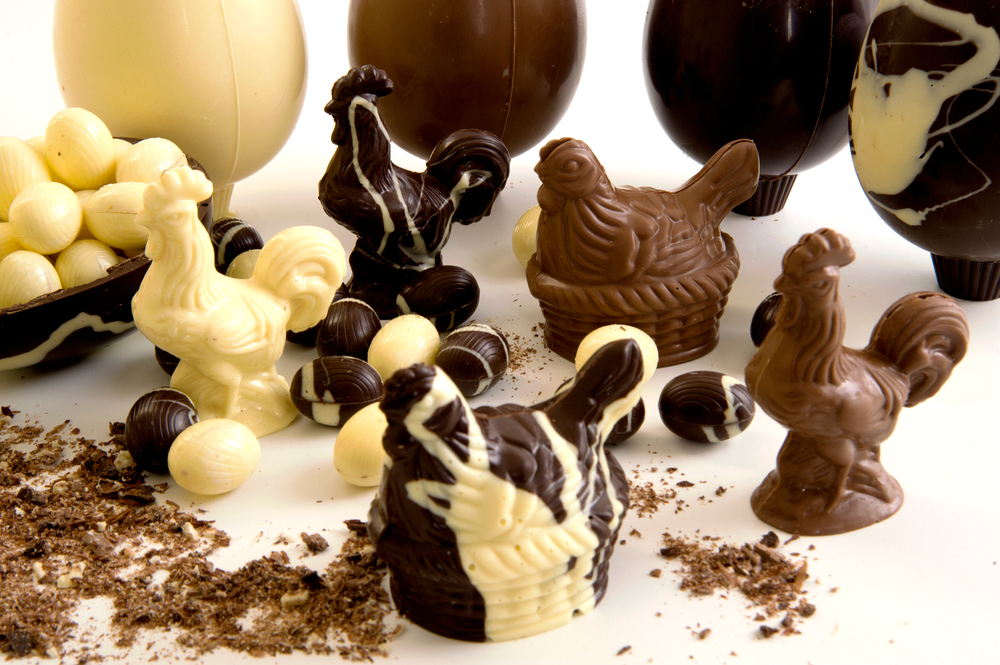
Hollow chocolate figures

Chocolate bars
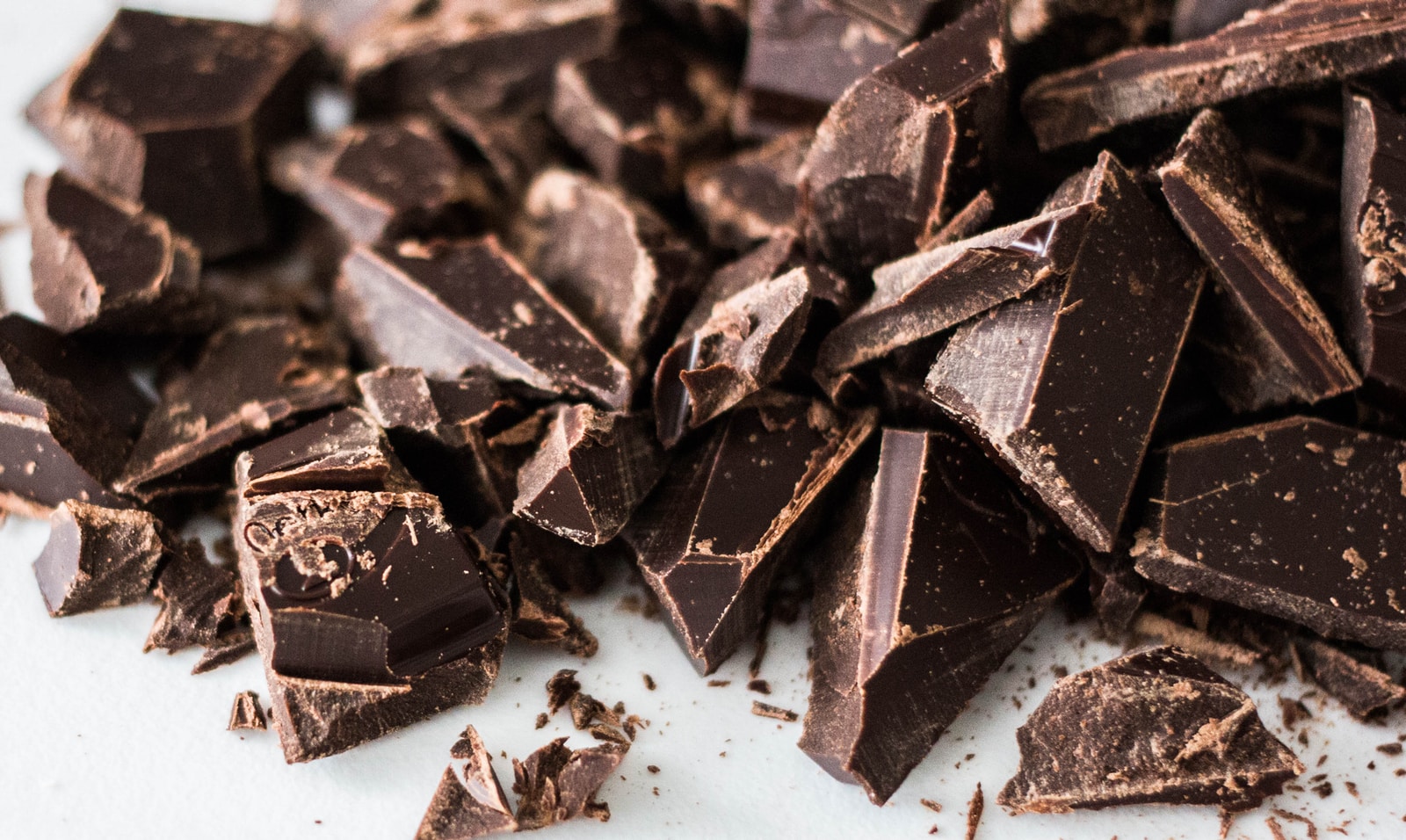
Compound chocolate
Tell us about your production challenge
Boiled sweet manufacturing equipment and process
Boiled sweets, also known as hard candy, are primarily made by boiling sugar syrups mixed with water and flavorings of your choice. Boiled sweet making equipment must involve ingredient preparation, mixing, cooking, cooling/forming, and packaging.
The main ingredient in boiled sweets is sugar (almost 100%). The process begins by combining sugar and water and boiling them together. Sweet makers may add glucose, fructose or another type of sugar. The mixture is heated to 160 °C. After cooking, manufacturers pour the homogeneous mixture into a cooling table and when it is cool enough, it can be molded as in the shape you want.
Jelly sweets for soft treats
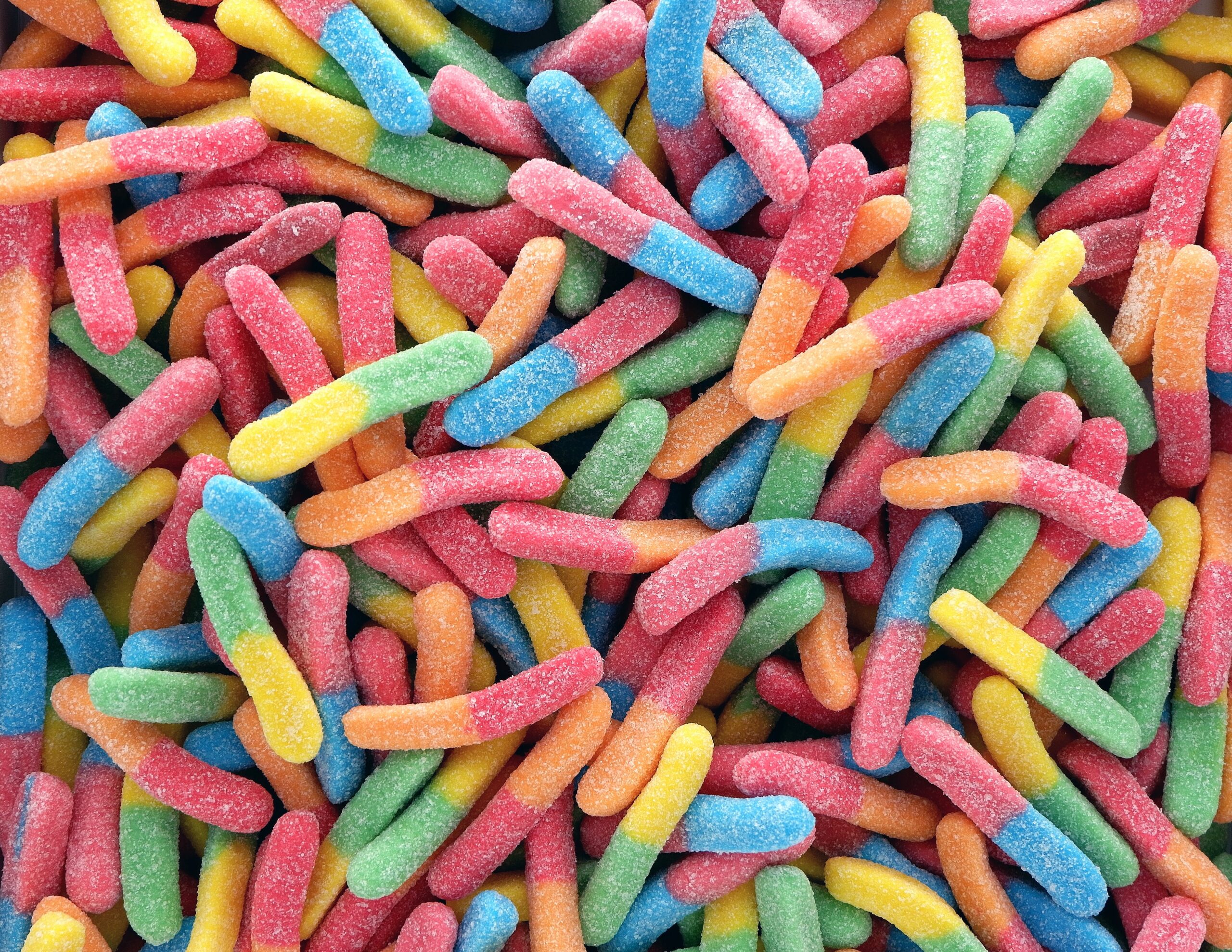
What makes jelly sweets different from candies? Unlike the latter which only has sugar as their source of structure, jelly sweets have additional ingredients: hydrocolloids. These functional ingredients make your jelly sweets obtain the elasticity you are looking for. Three hydrocolloids are used for jelly candies: gelatin, pectin and carrageenan.
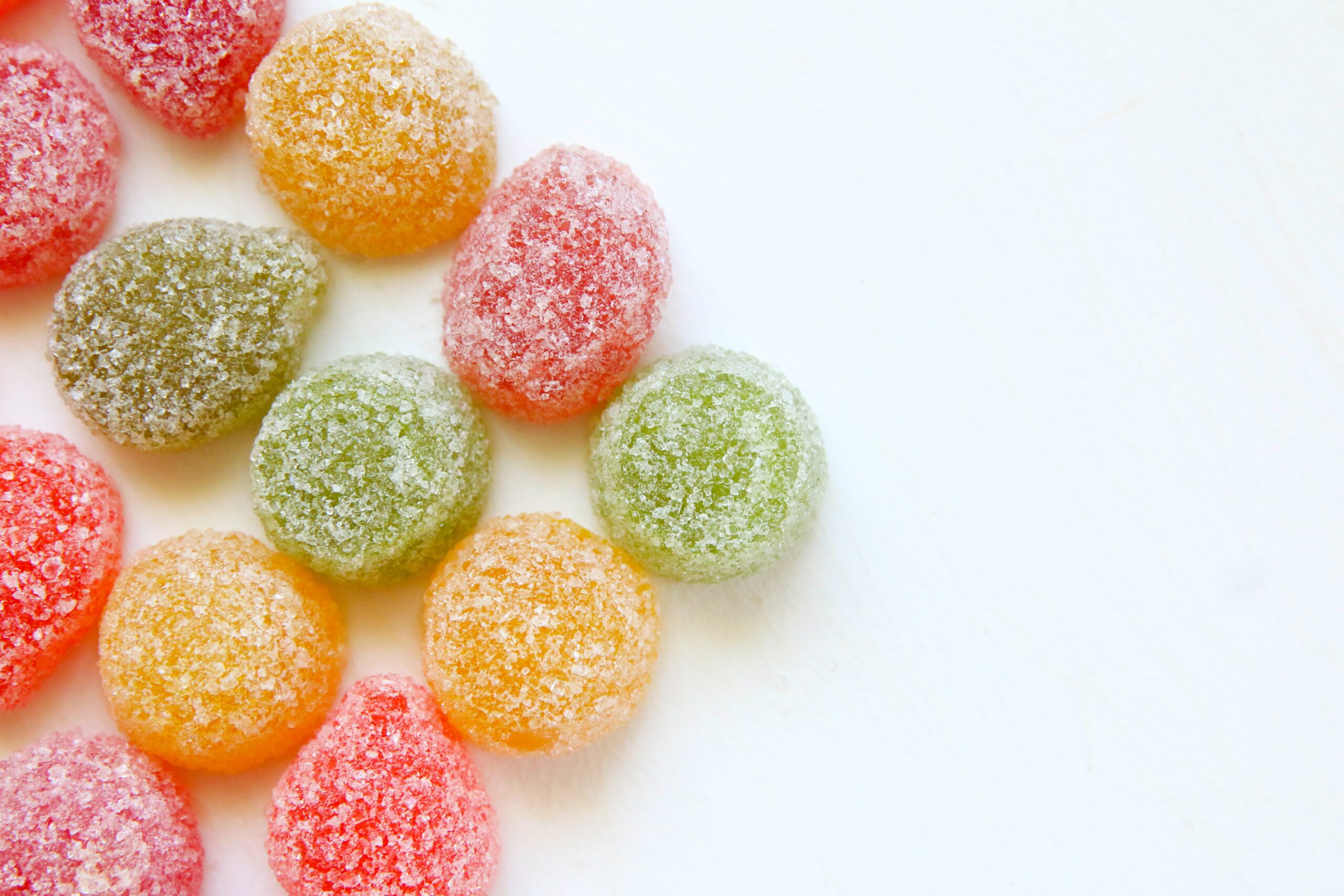
Although both products use the same sweet manufacturing equipment, jellies differ specifically in the addition of the gelatin solution. You will have to prepare and cook the gelatin separately at 80 – 90 °C, allowing its protein strands to rearrange and help form the jelly structure. Mix these with the cooked sugar solution at temperatures of 70 °C to stabilize the jelly structure. Feed your mixture to the candy depositor for molding. Finally, your molded sweets are cooled at 5 – 10 °C through a cooling tunnel and dried for 8 to 12 hours before packing.
Sweets for immunity and longevity
Considering the recent COVID-19 pandemic hitting the world, producers are challenged to manufacture products with better nutritional value as consumers are demanding more of these. Currently, sweets are already being used as health supplements. A survey conducted by Innova Market Insights last 2020 indicated that 6 out of 10 global consumers are leaning into consuming food that boosts their immune health. Food naturally high in vitamins, minerals, and antioxidants was the top choice, with a notable increase in botanical ingredients and organic raw materials.

This is an opportunity for the international confectionery industry, specifically for chocolates since these are rich in flavanols. The addition of botanical ingredients, such as orange, elderberry, and turmeric, can further improve your products and position these at the top of consumer preferences.
On the other hand, chocolates can also be used as vehicles for nutritional supplementation. Avida Health from Singapore launched chocolate balls which act as functional foods aiming to improve kids’ immunity. These sweets contain mushroom-derived beta-glucan, a soluble fiber essential for insulin resistance, hypertension, and obesity prevention.
Regulations and laws for sweets
Before distributing to your target market, it is best to check what regulations your product needs to comply with. An example of this is the regulation by Codex Alimentarius (CODEX STAN 192-1995) listing allowable limits and additives permissible for sweets. If you are exporting in the US, take note of the lead content of your candy. The US FDA has established a limit of not more than 0.1 ppm as the maximum level for lead in candies. In the UK, as part of their drive to reduce childhood obesity, confectioneries are one of the target products that must be reformulated to reduce sugar quantity by 20%.
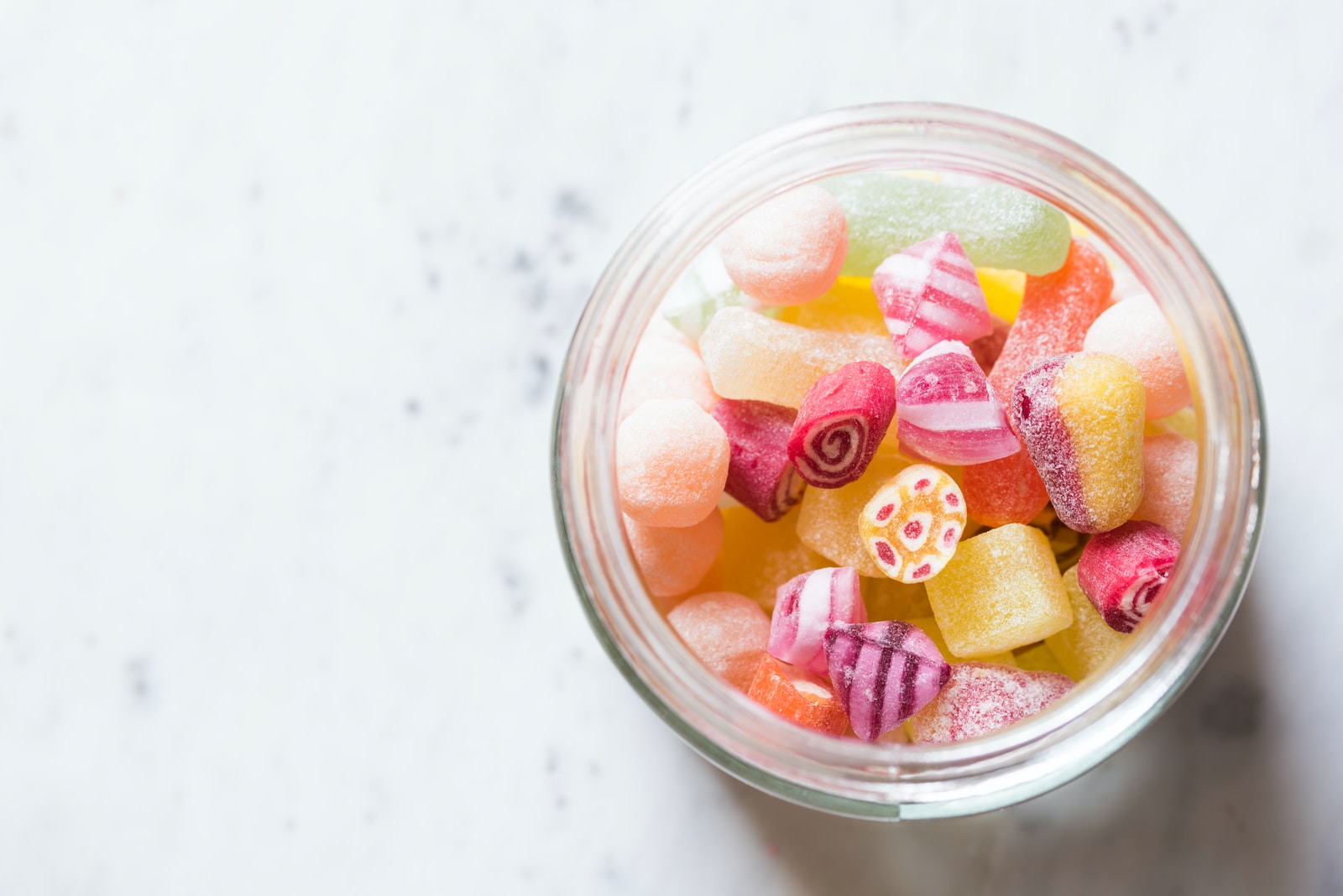
It is imperative to check all applicable regulations for your product, including food safety controls, labeling, and recall systems since these can result in legal actions if not complied with. In Europe, sweets must be labeled containing the name of the food, any allergenic ingredients or intolerances that may be present in the finished product and the net quantity of the food.
Which sweets technology do you need?
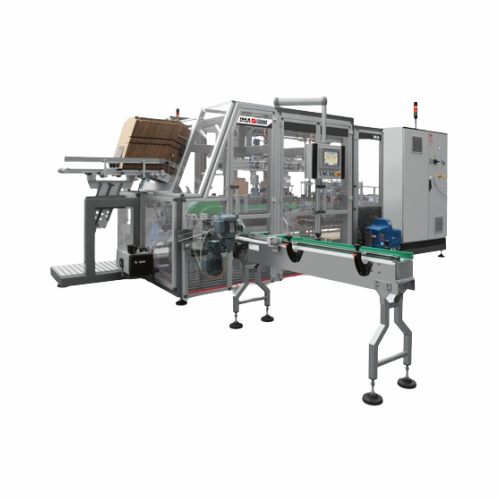
Wrap-around case packer for coated sweets
Effortlessly enhance product presentation and shelf-readiness by securely packin...
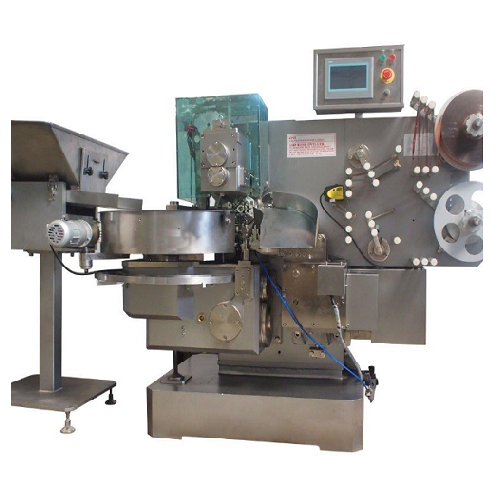
Double twist wrapping machine for sweets
Optimize your confectionery packaging line with high-speed double twist wrapping, ...
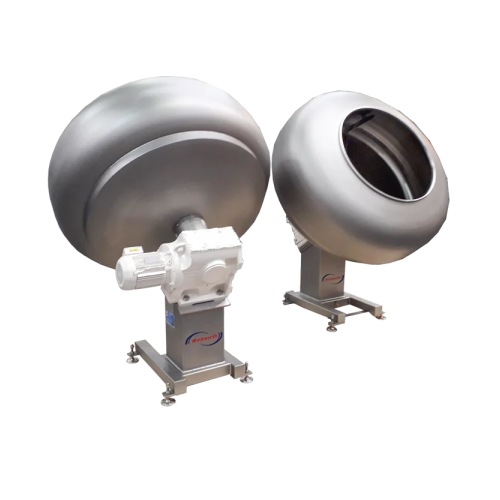
Industrial coating pans for sweets and confectionery
Ensure even and consistent coatings with high-capacity pans designed...
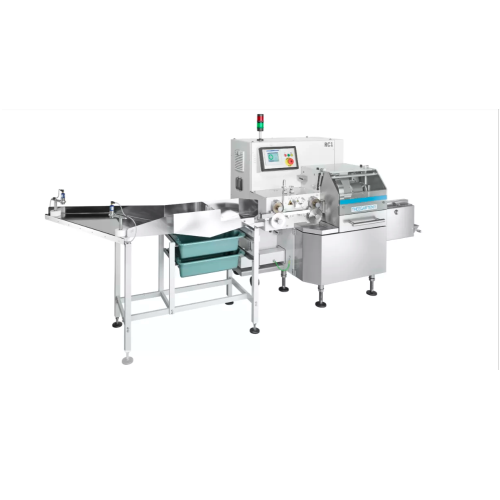
High-speed forming and cutting for soft caramels and chewy sweets
Efficiently streamline your confectionery production ...

Cartoning Machine For Snacks and Sweets
When producing different snacks and sweets, each product will match a different car...

Rotary molder for softdough biscuits and shortbreads
For high output bakeries, achieve precise dough piece formation and ...
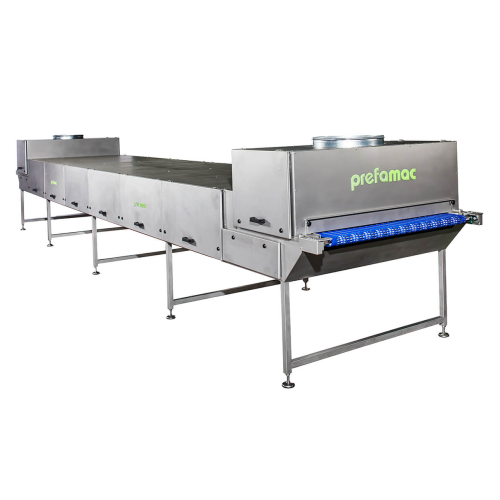
Tailor-made transport systems for confectionery production
Optimize your confectionery production line with customizable...
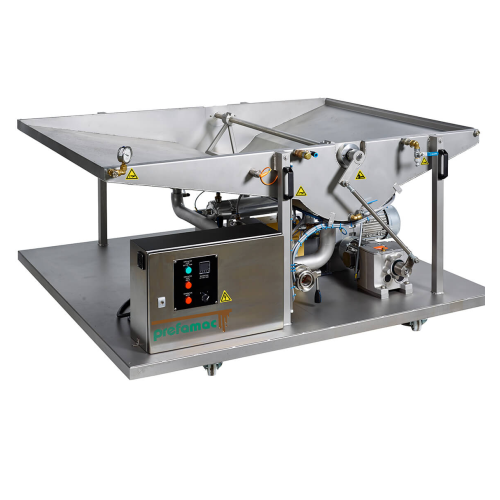
Chocolate enrobing system for industrial production
Effortlessly transition between chocolate types in your high-speed pr...
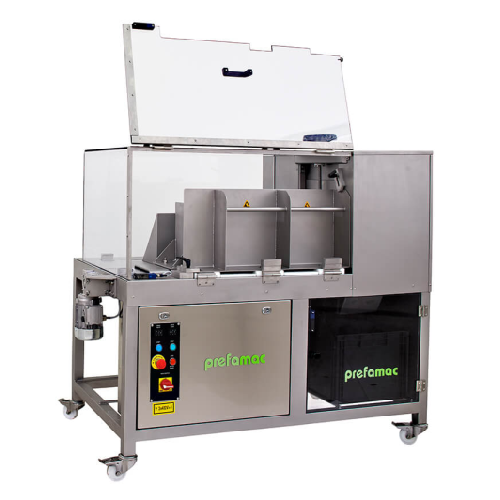
Turbo block flaker for cacao butter
Efficiently transform large chocolate and fat blocks into uniform flakes, enhancing pro...
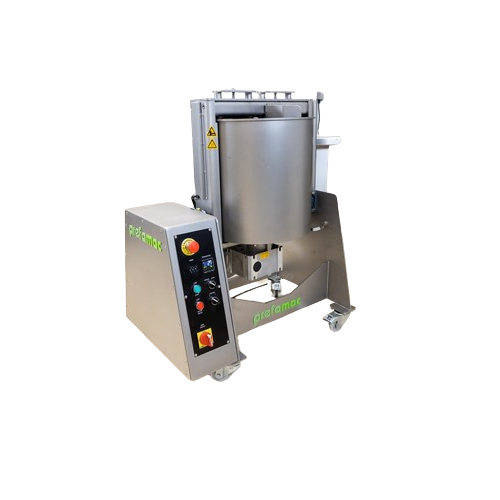
Precision chocolate production from cocoa nibs
Achieve ultra-fine chocolate textures by utilizing stone conching to bring ...
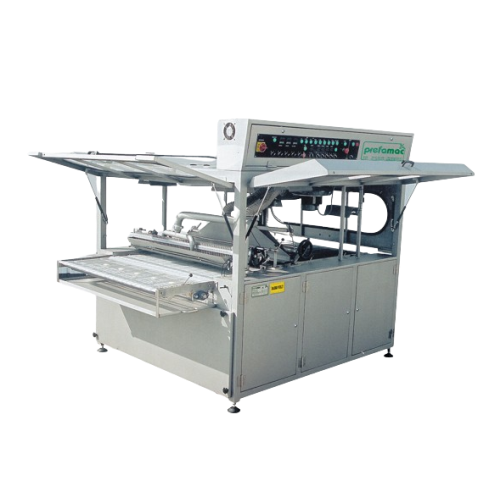
Industrial chocolate enrobing system for biscuits and fillings
Enhance your production line with this innovative enrobin...
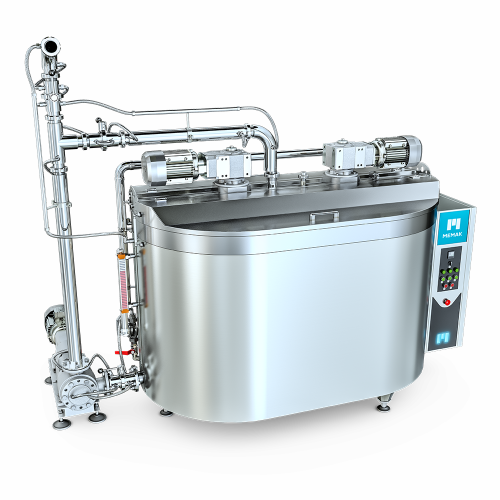
Chocolate raw material pre-mixer
Streamline your chocolate production by efficiently combining raw ingredients in a single p...
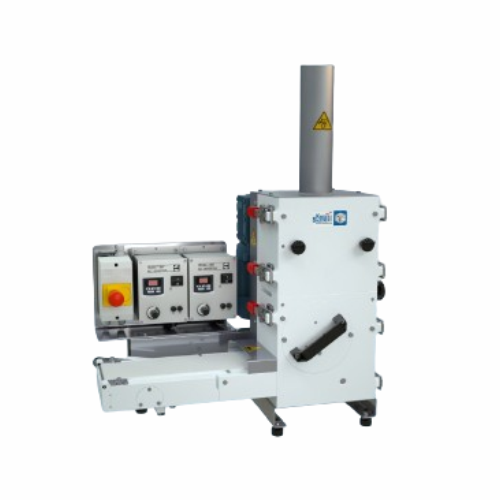
Entry-level moulding machine for small to medium production
Ideal for scaling new product lines, this versatile moulding...
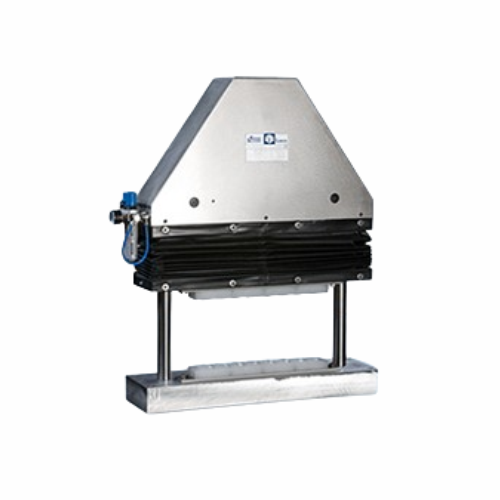
Figure moulding for pliable mixes
Transform pliable mixtures into intricate 3D figures with precision and efficiency, cater...
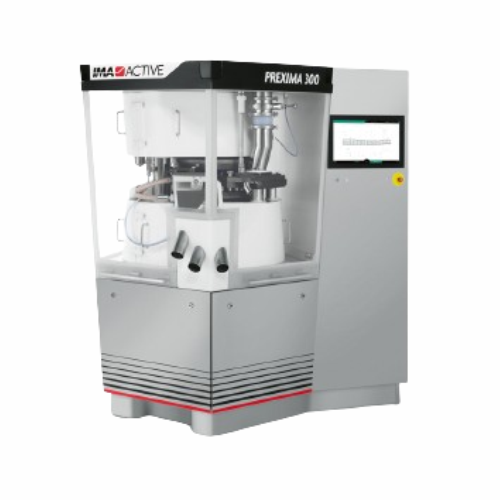
Tablet press for confectionery products
Optimize your confectionery production with a high-speed tablet press capable of sh...
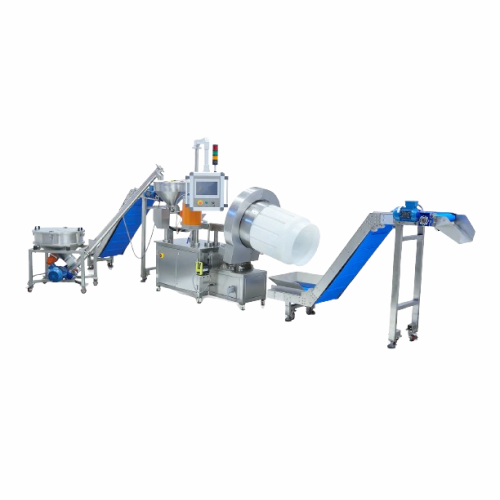
Powder and oil coating system for gummies
Enhance your gummy production with precise powder and oil coating, achieving con...
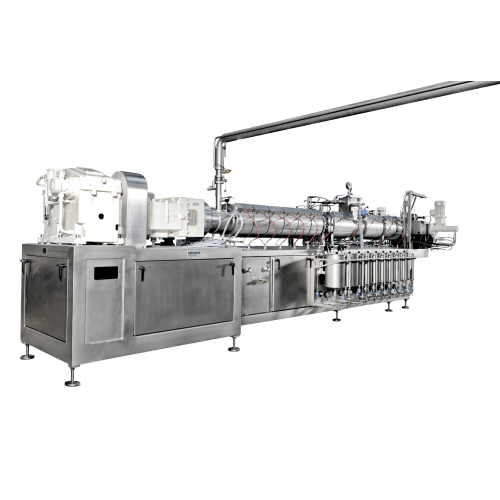
Cooking extruders for low shear confectionery production
For producers looking to create high-quality confectionery, this...
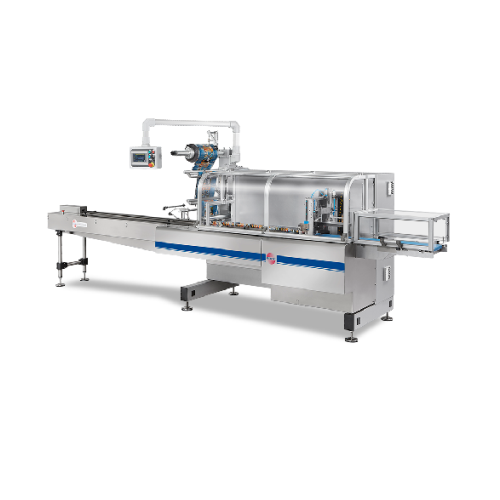
Horizontal flow pack packaging system for flexible materials
Enhance your packaging line efficiency with a system design...
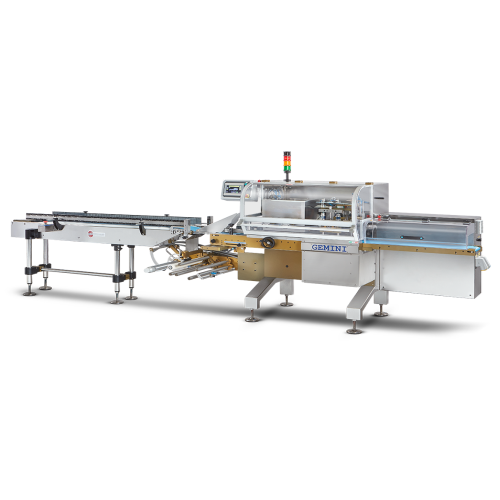
Flow pack packaging for flexible wrapping material
Achieve precise and secure packaging with three-sided sealed packages ...
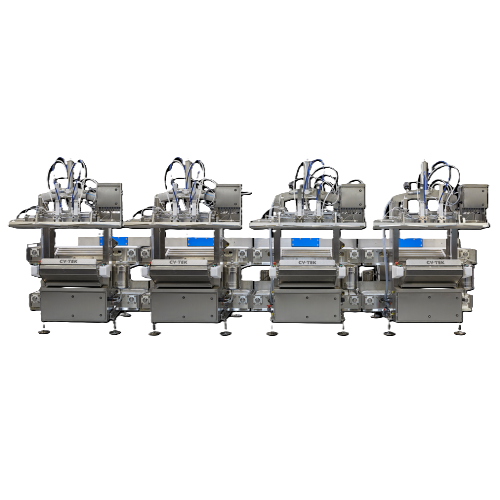
Multi-station modified atmosphere packaging system for bulk products
Optimize your packaging efficiency with a system d...
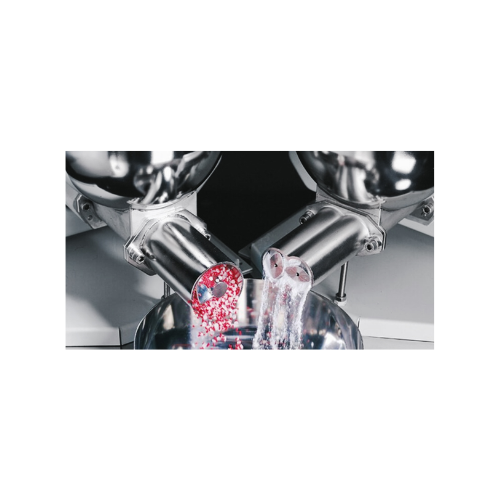
Powder mixing and metering system for confectionery production
Optimize your confectionery production by seamlessly blen...
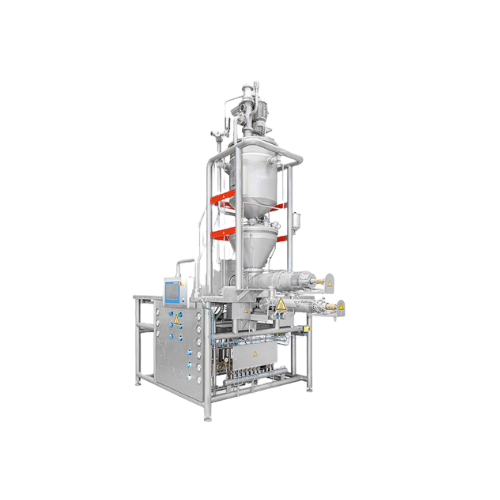
Hard candy production system
Enhance your candy production line with a comprehensive system that optimizes processes from co...
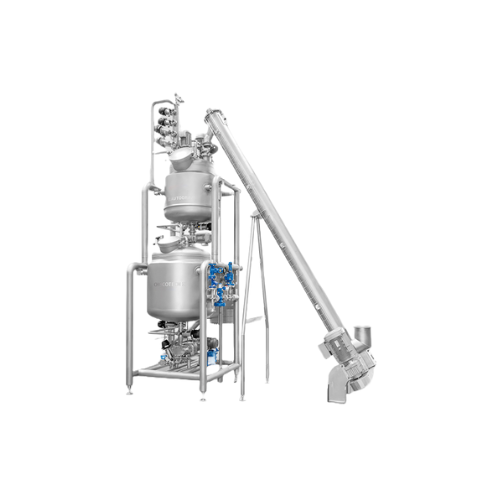
Batch weighing system for precise raw ingredient mixing
Optimize your confectionery production with a precise batch weigh...
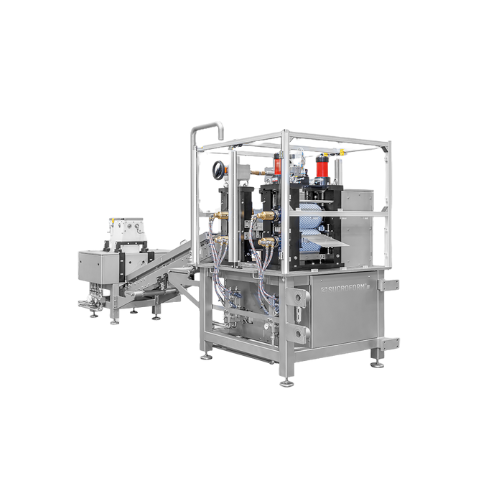
Forming line for croquant, hard candy, and chewy candies
Optimize your candy production with precision forming and emboss...
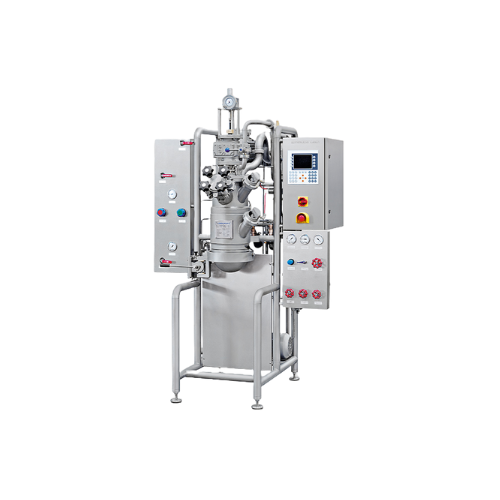
Batch cooker for lab or small test production runs
Optimize your lab-scale confectionery trials with a versatile batch co...
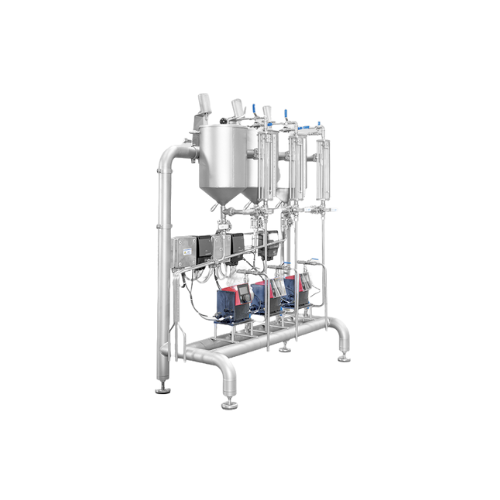
Mixing and metering system for candy production
Achieve precise ingredient integration and optimal blending for diverse co...
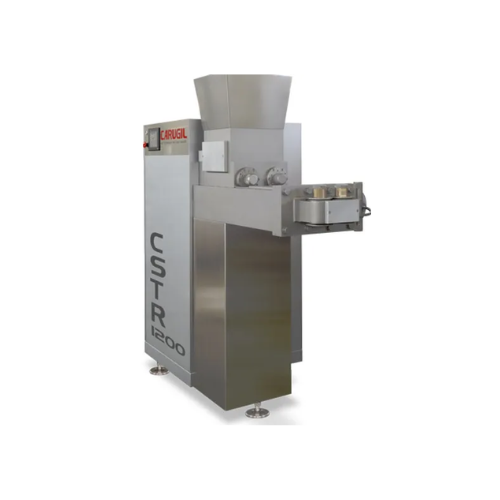
Food and confectionery twin-screw extruder
Enhance your confectionery production with a versatile twin-screw extruder desi...
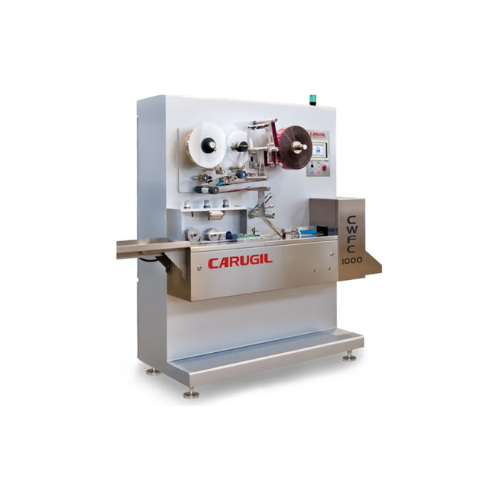
Cut and flow pack system for cylindrical and rectangular pieces
Enhance your confectionery production with a high-speed ...
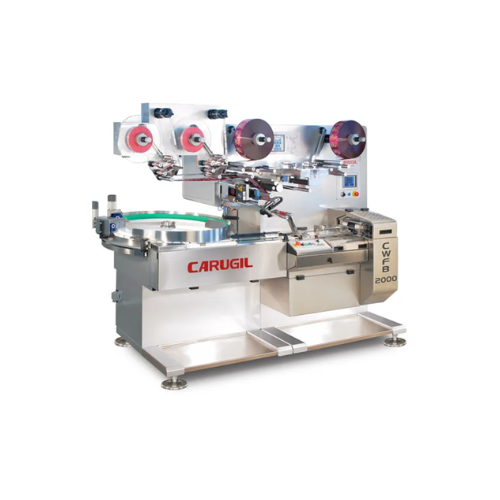
Flow wrapper for preformed pieces
Optimize your high-speed packaging line with a reliable flow wrapper that seamlessly wrap...
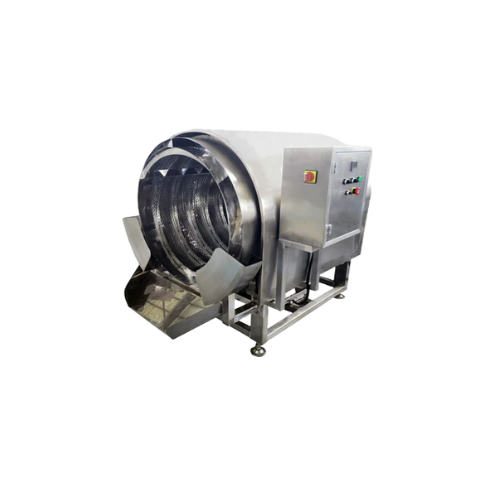
Sugar drum for coating gummy candy
Achieve a uniform sugar or wax layer on your gummy candies with precision and reliabilit...
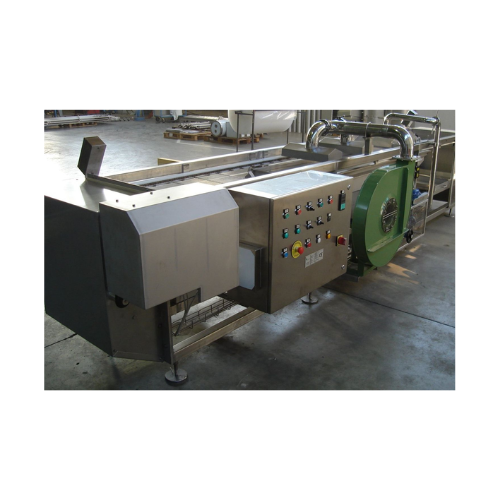
Chestnut glazing tunnel
Achieve perfectly glazed chestnuts every time with our linear glazing tunnels that ensure consistent ...
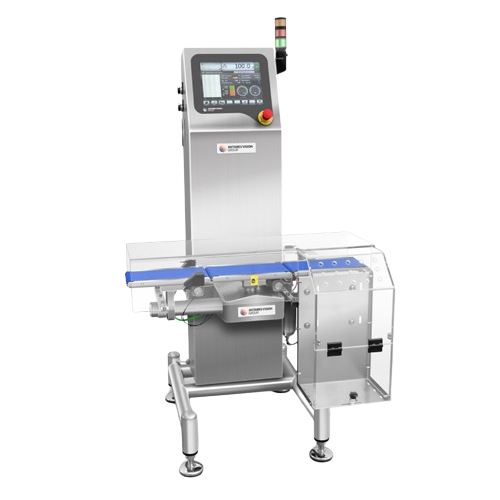
Checkweighers for medium and small products
Ensure precise weight control in high-speed production lines with advanced che...
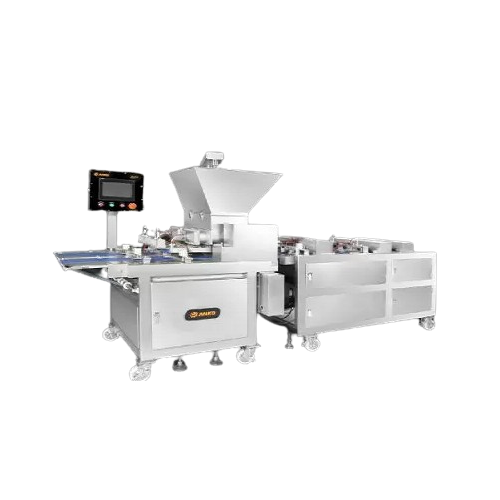
Automated quesadilla production system
Streamline your quesadilla production with a high-speed system designed to efficient...
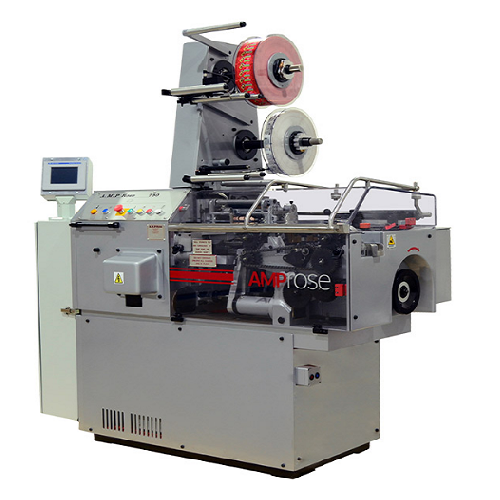
Versatile confectionery cut and wrap system
Enhance your confectionery production with a high-speed solution capable of ac...
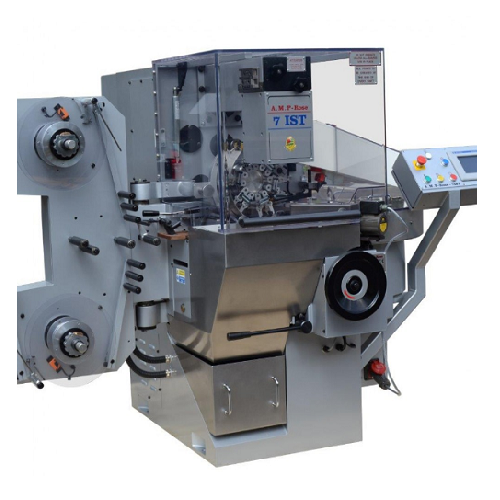
Double twist wrapping solution for confectionery
Optimize packaging speed and precision with a machine designed to wrap di...
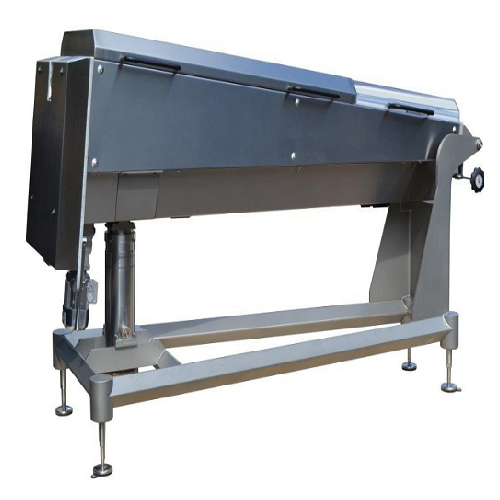
Batch roller for hard candy and toffee production
Enhance your confectionery production with a versatile solution that se...
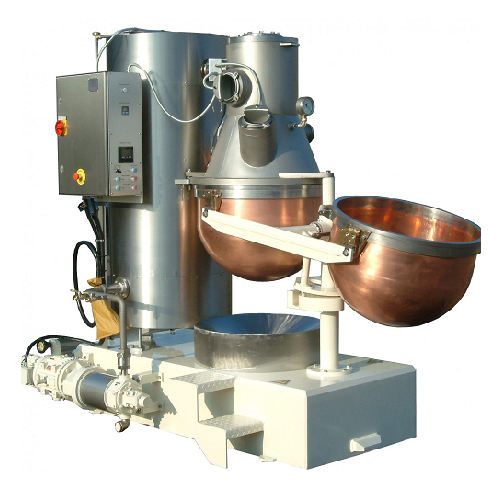
High boiled sugar continuous batch cooker
Streamline your confectionery production with efficient high boiled sugar cookin...
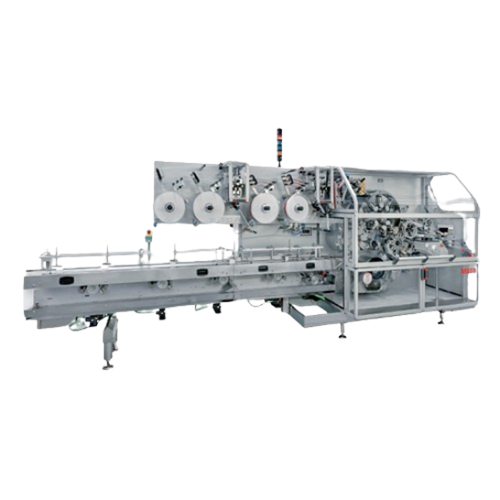
Multi-style candy and chocolate wrapper
Achieve high-speed, precision wrapping for diverse confectionery products with vers...
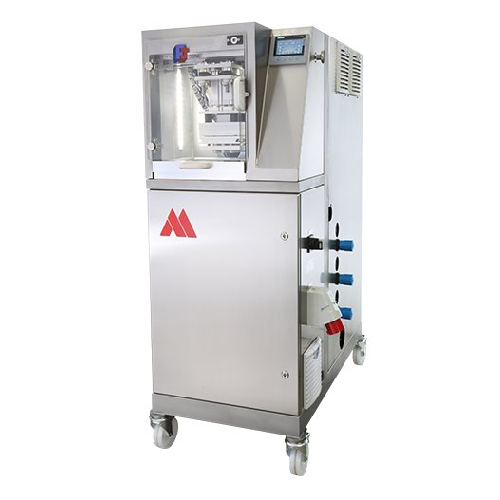
Laboratory cold-press chocolate shell maker
Enhance your R&D capabilities with a solution that enables precise cold-p...
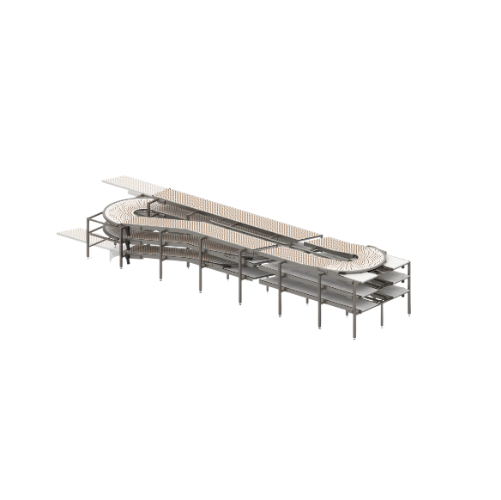
Fifo inflow buffer for efficient production lines
Optimize your production flow with a solution that seamlessly absorbs d...
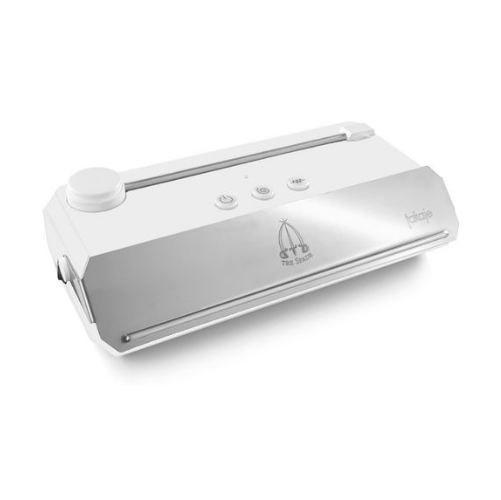
Vacuum sealing system for glass jars with metal lids
Efficiently vacuum seal glass jars with metal lids to transform pres...

Metal detector for packaging lines
Ensure product purity and safety with precision metal detection, seamlessly eliminating ...
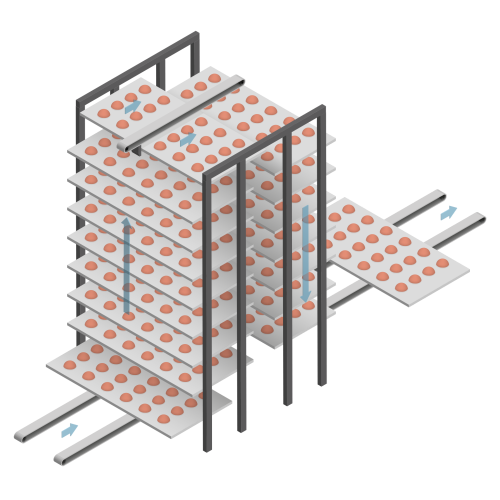
Plate and counter mould storage system for confectionery products
Streamline your confectionery production with an effi...
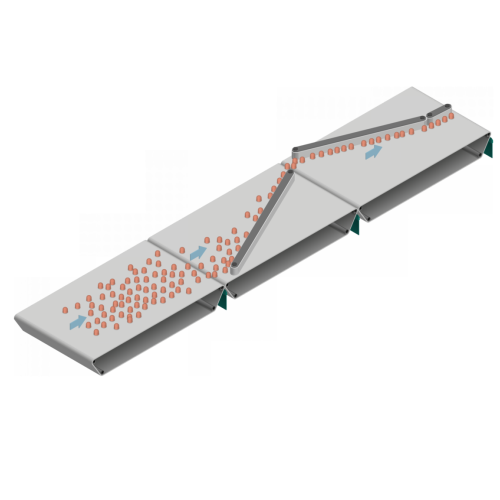
Separating and aligning conveyor for packaging systems
Efficiently manage the flow of diverse solid products like confect...
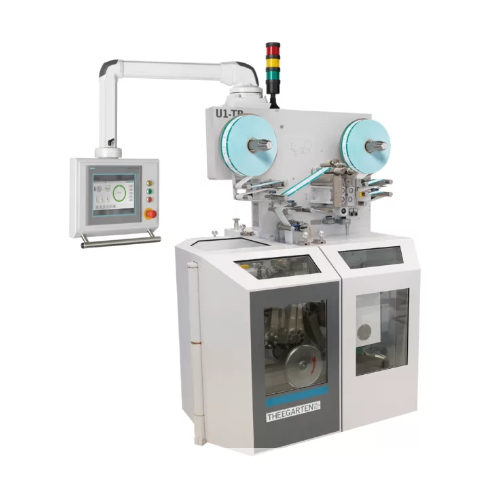
High-speed double twist packaging for face cut confectionery
Achieve optimal presentation of multi-colored face cut conf...

High-speed double twist packaging system for soft caramels
Streamline your confectionery packaging process with a high-s...
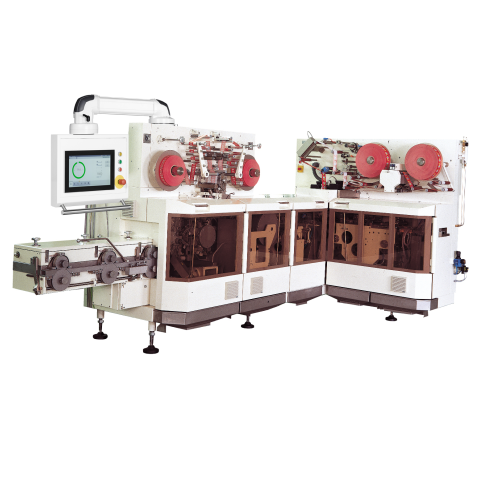
High speed packaging system for fold wrap and stick packs
Streamline your confectionery production with a versatile syst...
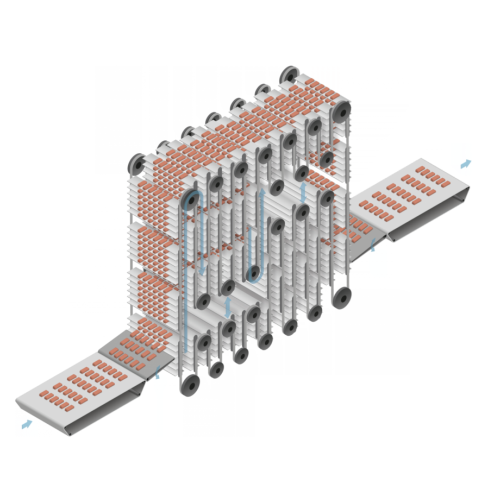
Gondola storage system for efficient product handling
Manage production line inconsistencies with precision by employing ...

High speed wrapping solution for pre-formed products
Achieve seamless integration of primary and secondary packaging with...
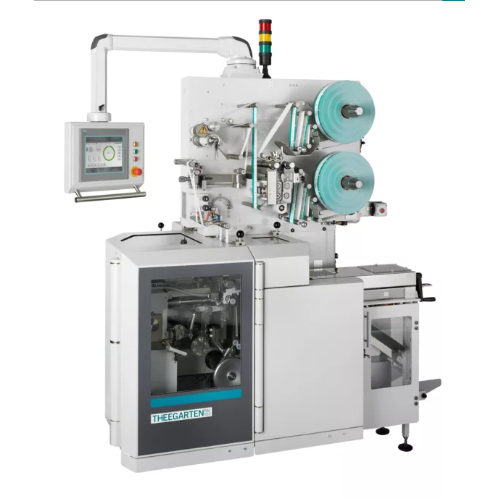
High speed forming, cutting and wrapping machine for soft caramels
Enhance your confectionery line with a versatile sol...
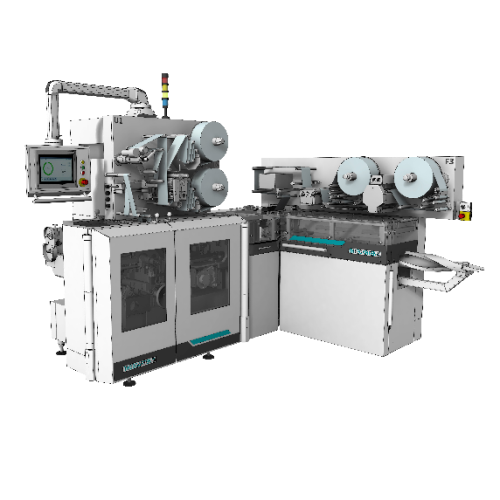
High speed fold wrap and stick packs packaging system
Enhance your confectionery production line with a packaging system ...
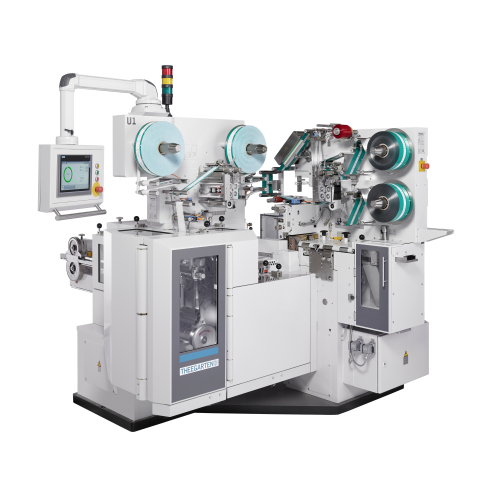
High speed packaging system for soft caramels
Optimize your confectionery line with a high-speed solution designed to seam...

Forming, cutting, and wrapping system for soft caramels
Optimize your confectionery production line with a solution desig...
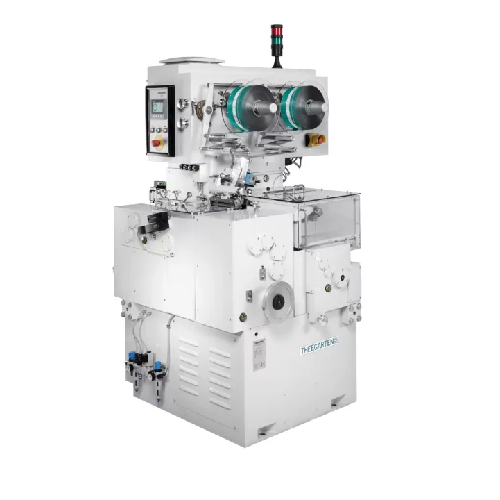
Forming, cutting, and wrapping products in multiple styles
Achieve versatile and efficient packaging for confections and...
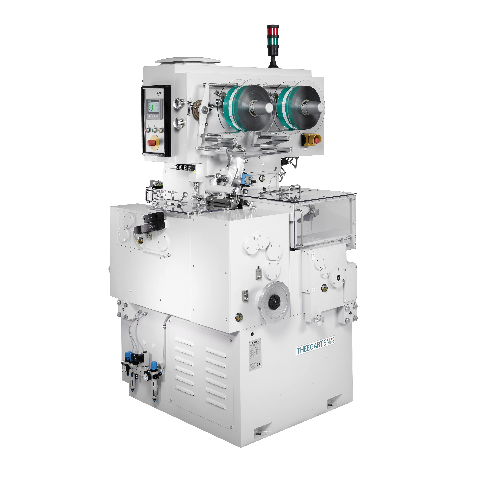
Forming and wrapping system for soft caramels with comic strip
Elevate your confectionery packaging with a high-speed fo...
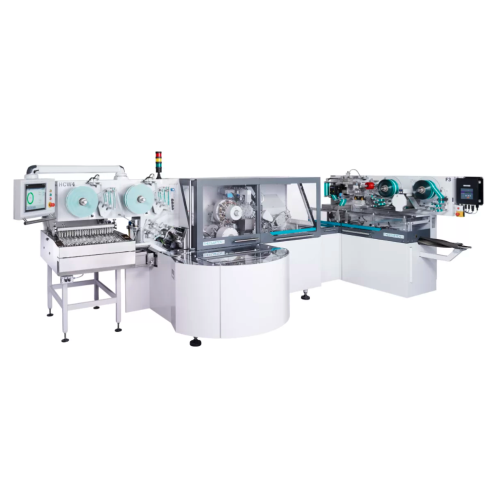
High speed wrapping solution for hard candies and toffees
Enhance your production with a high-speed solution designed fo...
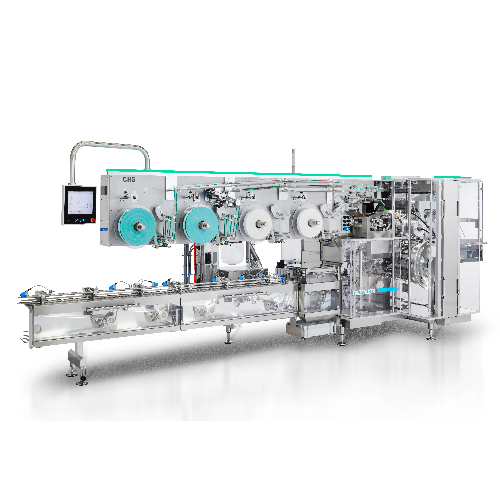
High-speed chocolate wrapping system
Optimize your confectionery packaging process with a versatile, high-speed wrapping so...
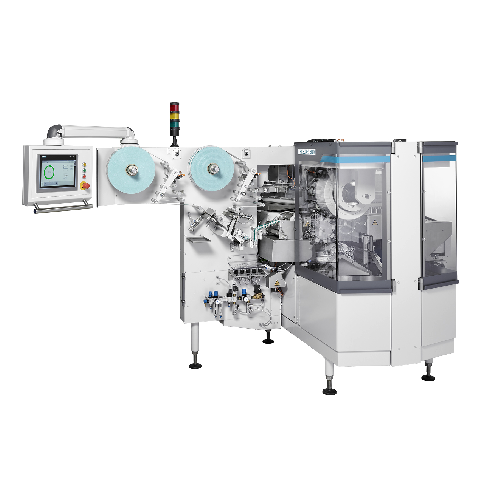
High-speed wrapping solution for preformed candies
Ensure consistent wrapping of diverse confectionery products with a hi...

Double twist wrapping system for preformed products
Achieve optimal wrapping speed and precision for your confectionery p...
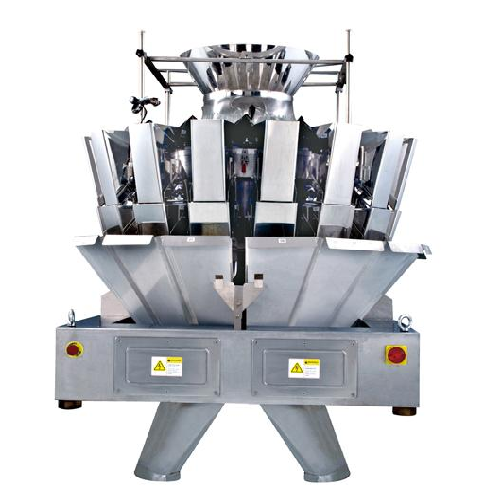
Multihead weighers for food production
Optimize your food production line with precision and speed by integrating advanced ...
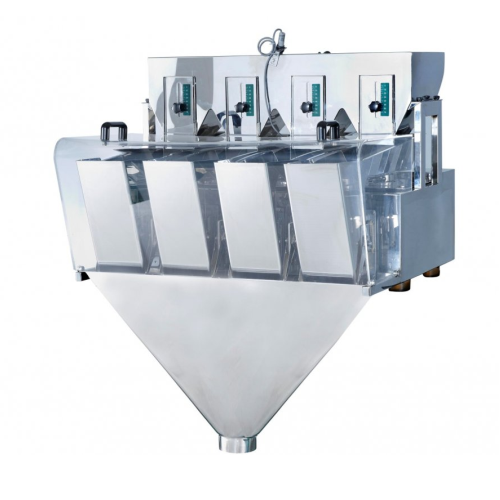
Linear weigher for dry free-flowing products
Optimize your packaging line with precise weighing for snacks, sweets, and gr...
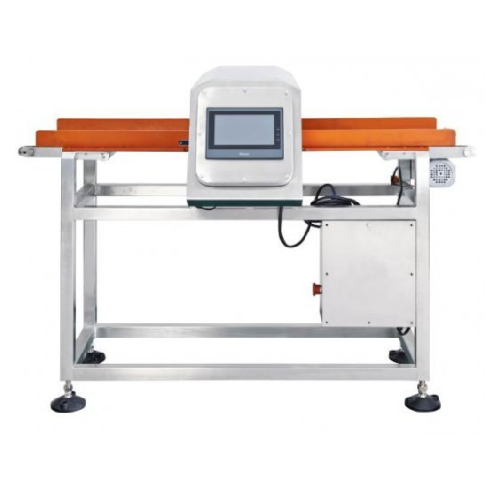
Food production metal detector for packaged products
Ensure product safety and compliance by detecting metal contaminants...
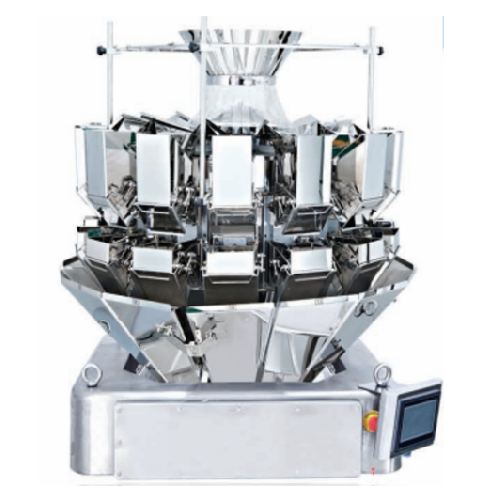
10 head multihead weigher for dry products
Optimize your weighing and packaging operations with precise and rapid handling...
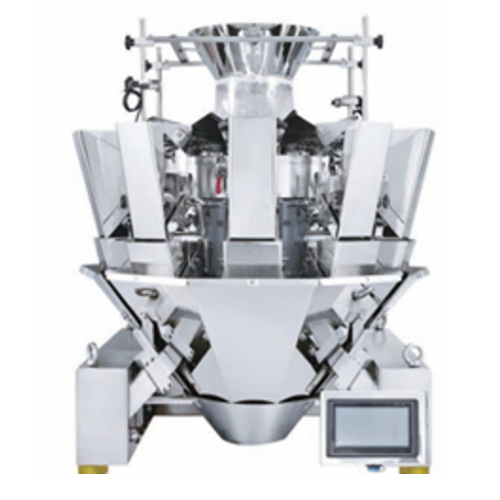
14 head multihead weigher for dry products
Achieve precise and rapid weighing for a variety of dry, free-flowing products ...
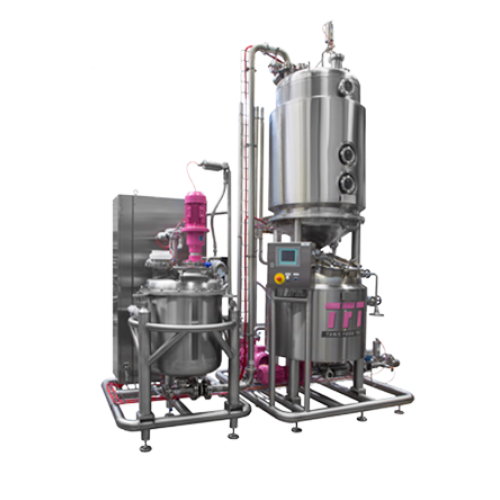
Batch cooker for pectin jelly and caramel production
Achieve precise temperature control and uniform cooking with steam-h...
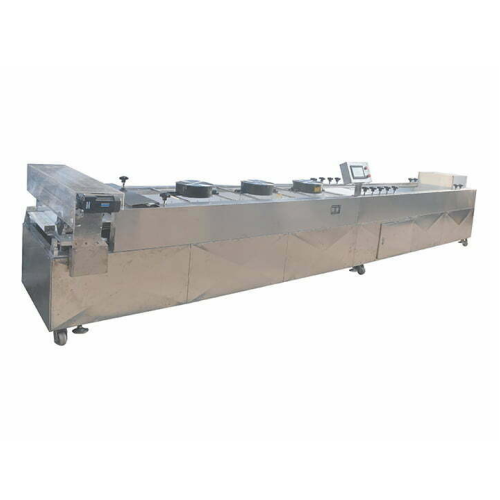
Peanut brittle forming and cutting system
Efficiently transform sticky ingredients into uniform treats with our cutting-ed...

High output confectionery kitchen technology
Elevate your confectionery production with seamless processes that ensure pre...
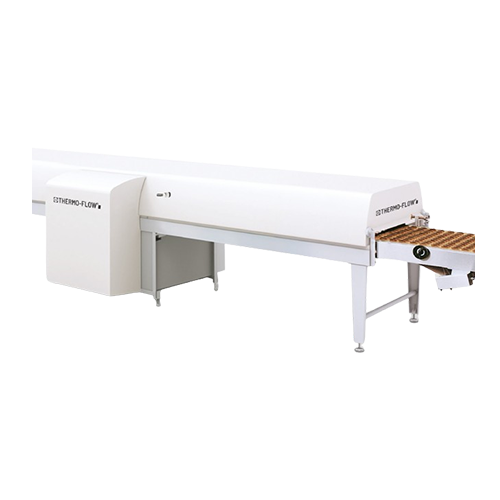
Advanced cooling tunnel for confectionery production
Optimize your confectionery production with a cooling system that en...
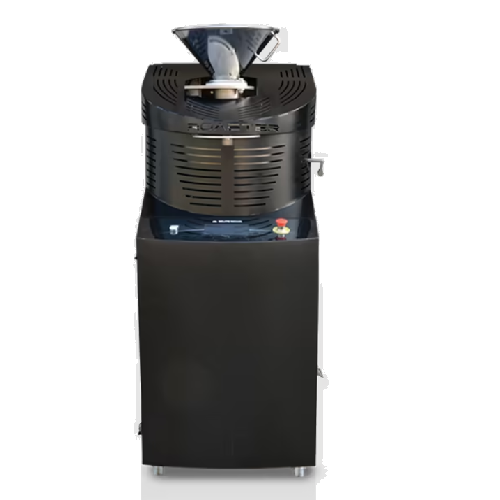
Dried nuts roasting system
Efficiently transform raw dried nuts into high-quality pastes and creams, optimizing flavor and t...
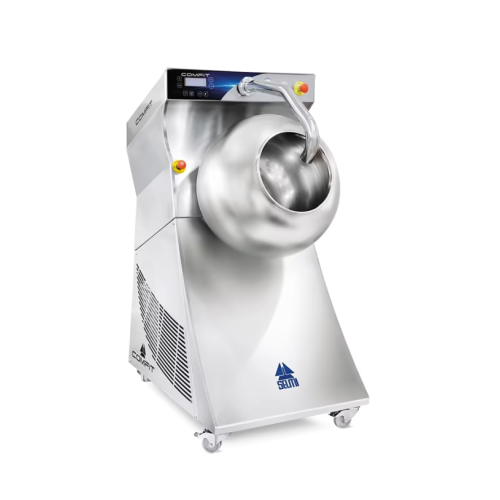
Chocolate coating panning machine for confectionery
Enhance your confectionery product line with a precision coating solu...
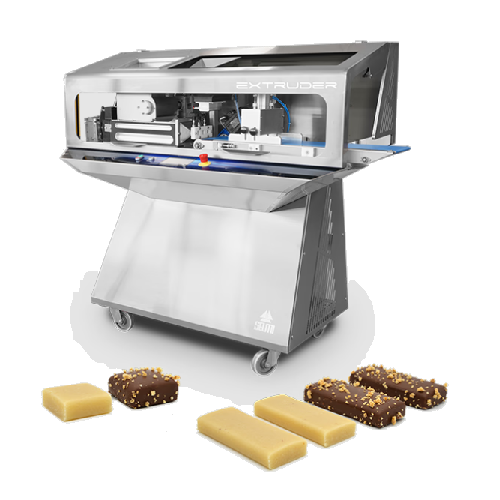
Continuous extruder for protein bars and super foods
Optimize your snack production with a continuous extrusion solution ...
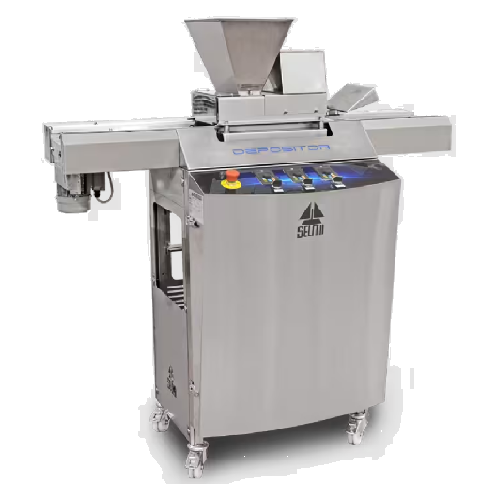
Grain dispenser for decoration of chocolate tablets
Elevate your confectionery with precise grain decoration, enhancing t...
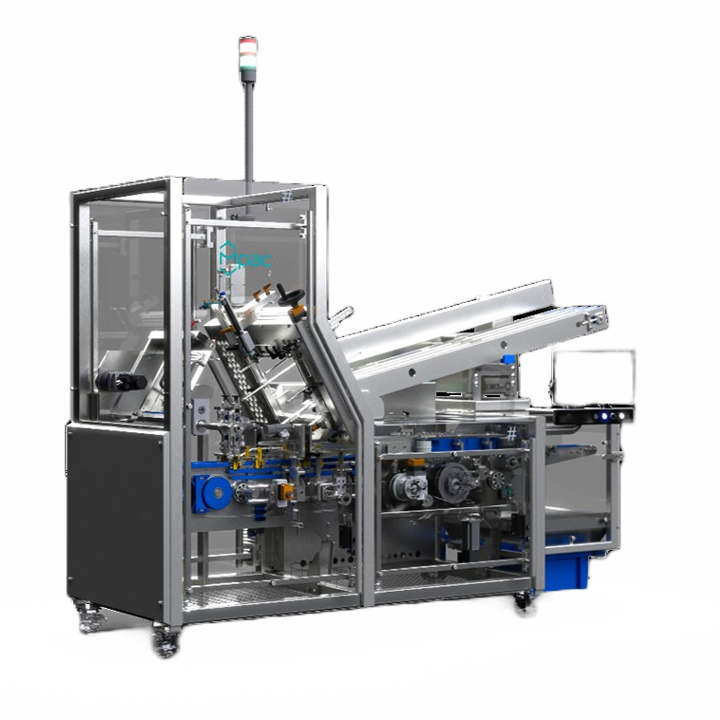
Carton Tray Forming Machine for Biscuits
Trays used as packaging for products for biscuits, cookies, chocolates and other s...

Flexible Output Line For Gummies and Jellies
The traditional method for gummy and jelly production uses starch to keep the...
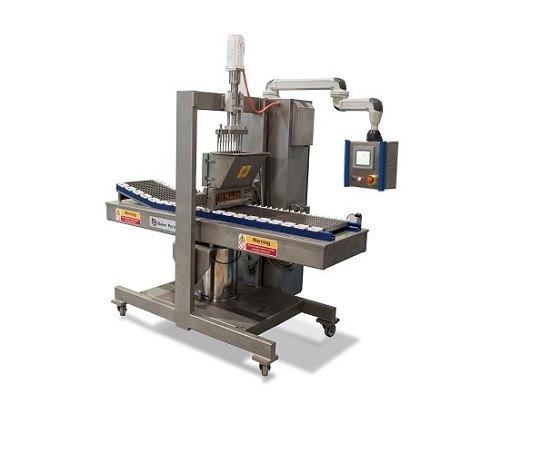
Production machine for deposited candies and jellies
For smaller production volumes, fully automated depositors for produ...

Continuous cooker for hard caramels
Continuously cook ingredients for your hard caramel-based product. This is a three-stag...

Industrial mixer for various dough types
Efficiently mix a wide range of doughs with precise temperature control to achieve...
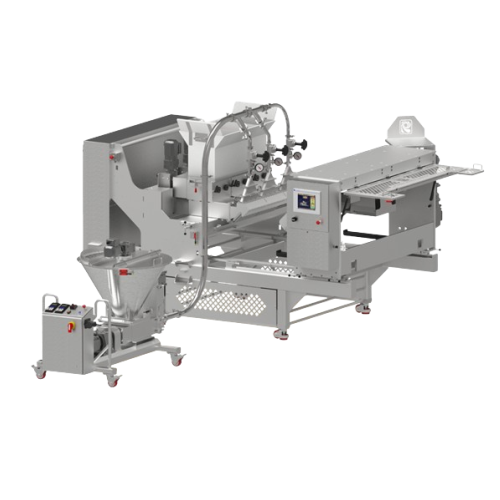
Filled stick extruder for bakery products
Streamline your snack production line with a versatile extruder capable of creat...
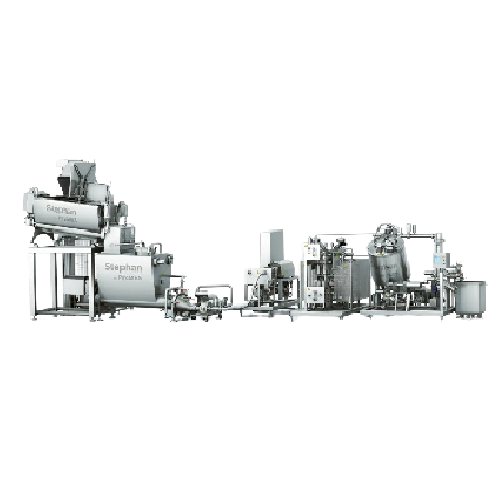
Cheese blending and heating line for processed cheese
Optimize your processed cheese production with a solution that seam...
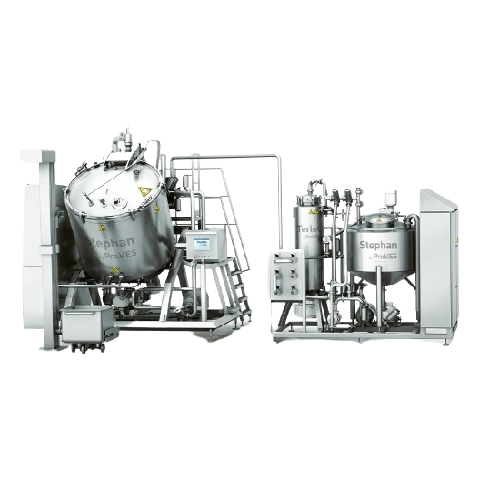
Continuous caramel production line
Optimize your caramel production with seamless integration, achieving precise fat meltin...
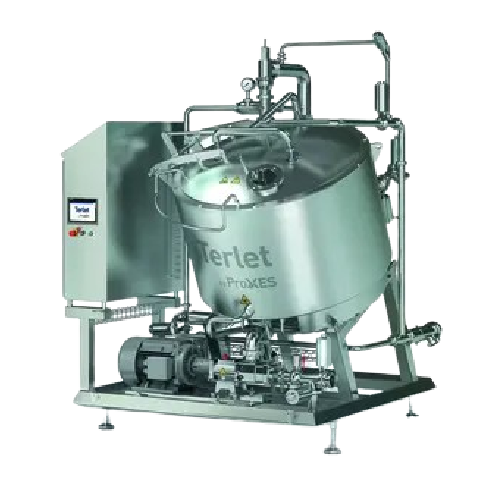
Efficient cooling and cooking systems for food processing
Streamline your production with integrated cooling and cooking...
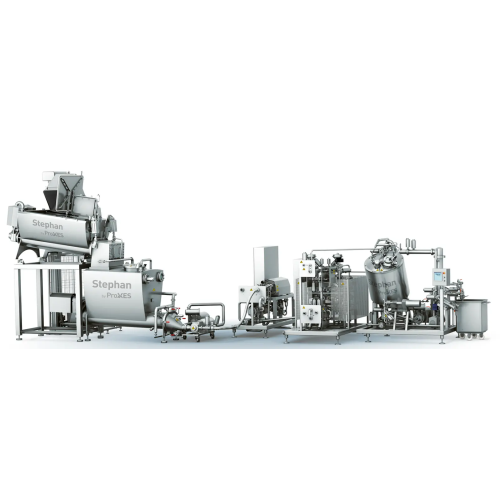
Continuous caramel process line
Optimize your continuous food processing with an engineered-to-order line tailored for preci...
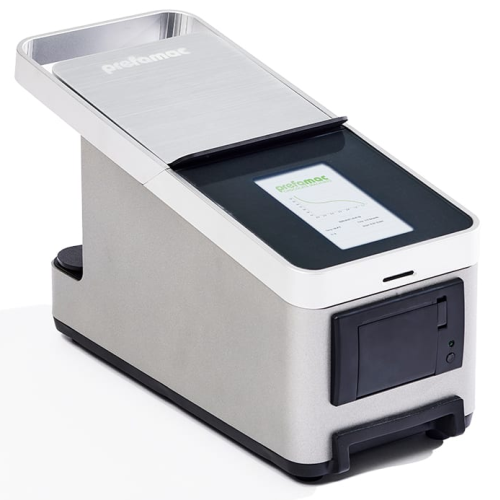
Chocolate tempering quality analyzer
Ensure your chocolate’s tempering precision with a device that accurately assess...
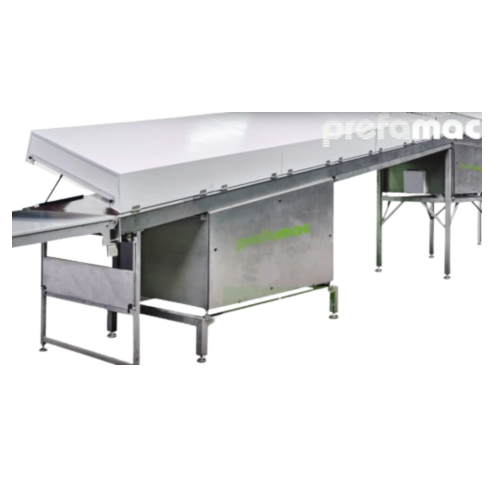
Precise dosing technology for praline and chocolate production
Streamline the production of pralines, chocolate bars, an...
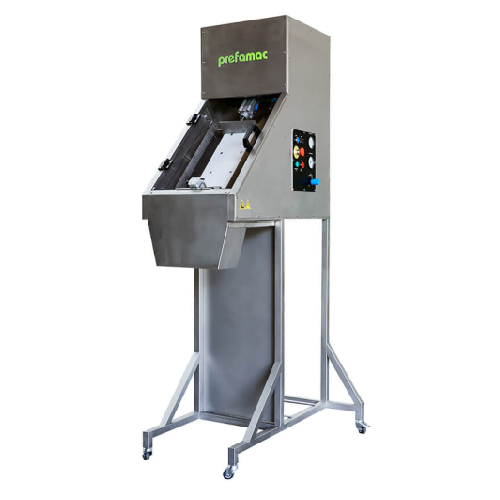
Chocolate block flaking solution
Enhance your confectionery production with versatile flaking capabilities, perfect for crea...
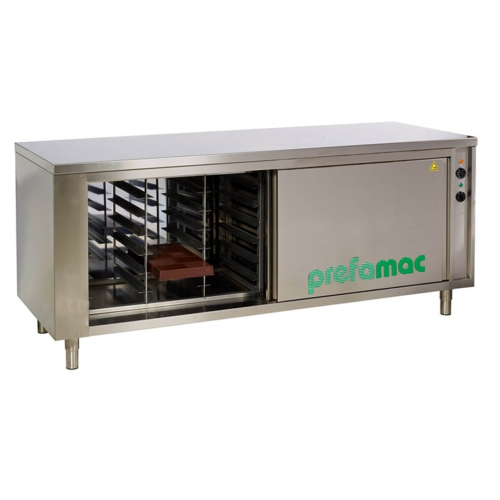
Heating cabinets for chocolate processing
Optimize your confectionery production by maintaining precise temperature contro...
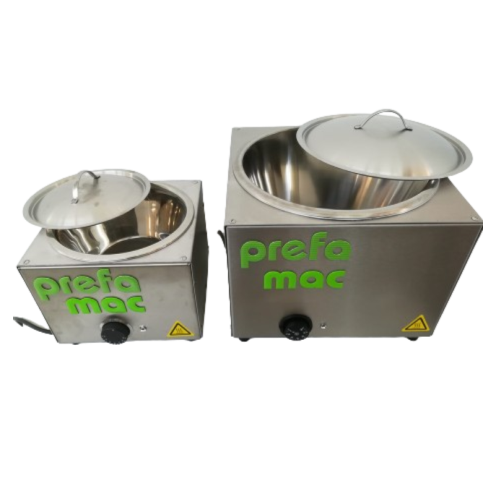
Chocolate melting trays for small-scale applications
Efficiently melt chocolate with precision and ease using compact, el...
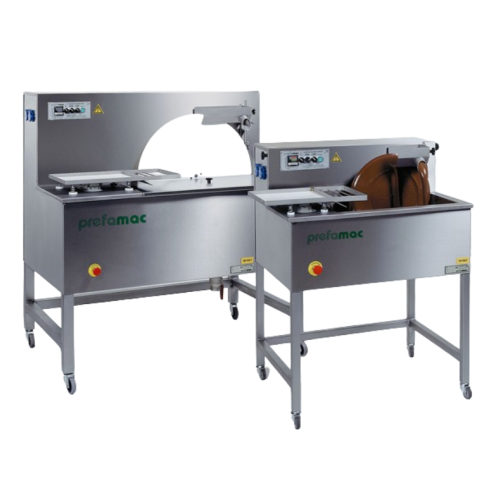
Chocolate moulding system for small-scale production
Optimize your chocolate production by efficiently melting, tempering...
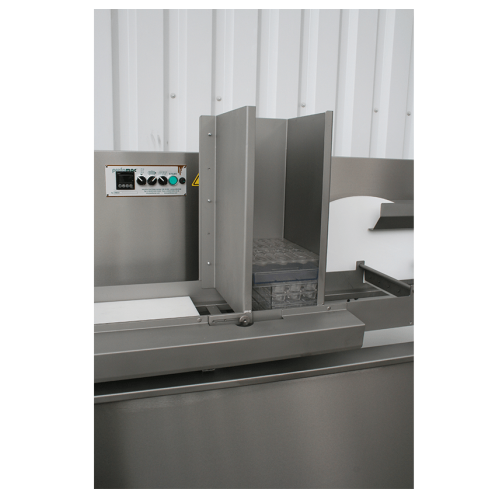
Pneumatic scrapers for chocolate mould filling
Achieve precise chocolate moulding with pneumatic scrapers that streamline ...

Double spinning machine for hollow chocolate figures
Achieve perfect distribution of chocolate in molds with precision sp...
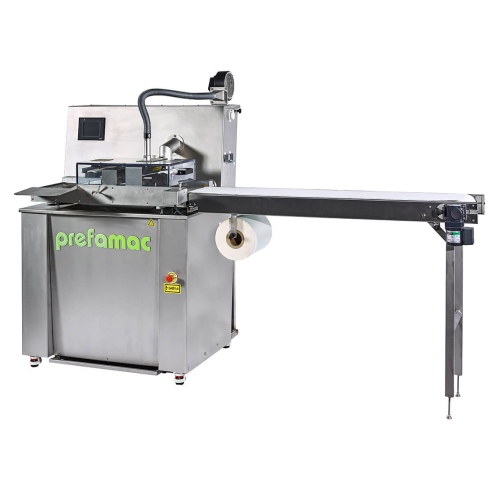
Chocolate tempering system for mould filling and vibrating
Ensure a flawless finish for chocolates and confections with ...
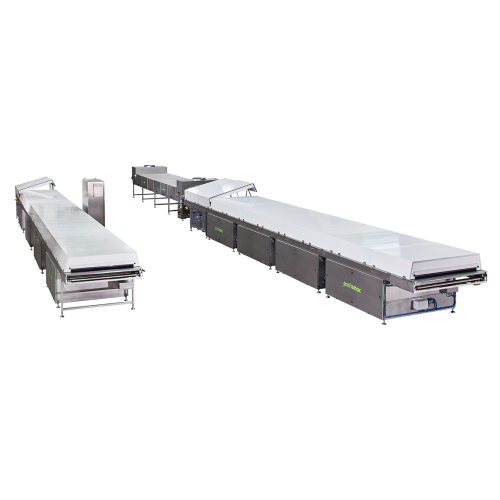
Cooling tunnel for biscuits and chocolates
Ensure product quality and consistency with precision-controlled cooling tunnel...
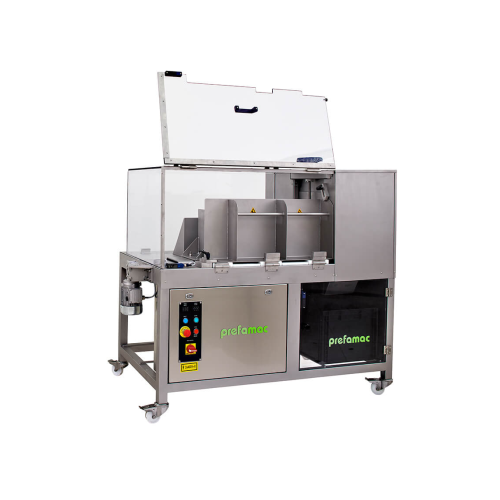
Industrial chocolate flaking solution
Optimize your confectionery production with high-speed flaking technology, ensuring p...
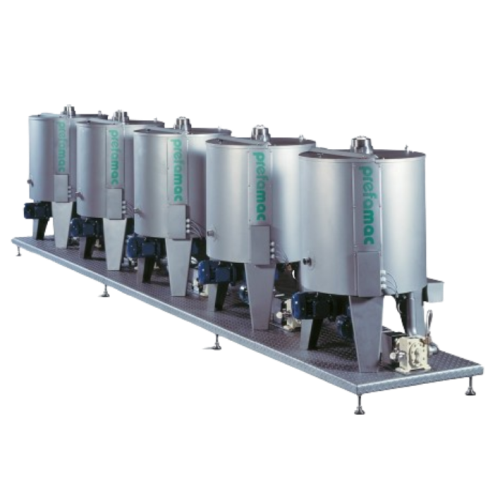
Melting and mixing kettles for chocolate production
Achieve consistent melting and mixing of chocolates, butter, and jams...
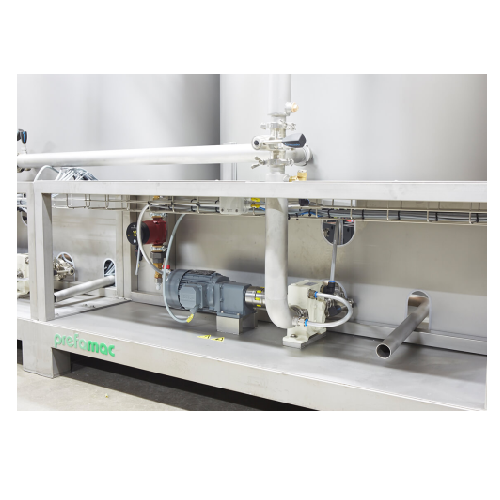
Continuous tempering machine for chocolate production
Streamline your chocolate production with precise tempering, ensuri...
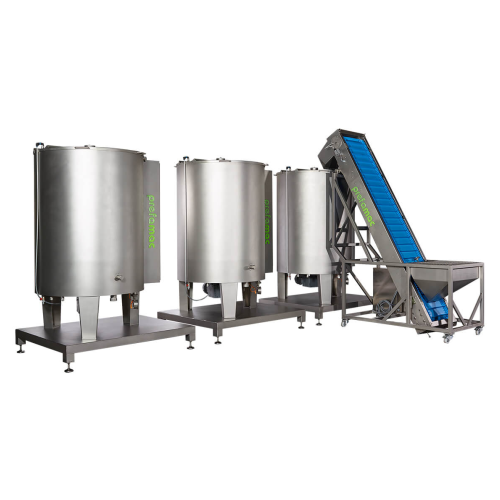
Chocolate transport system for feeding and packaging
Enhance your chocolate production with a versatile transport system ...
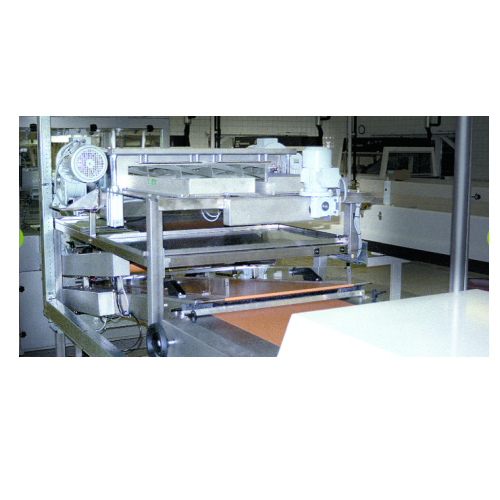
Industrial chocolate flakes production equipment for decorative applications
Achieve perfect decorative chocolate curl...
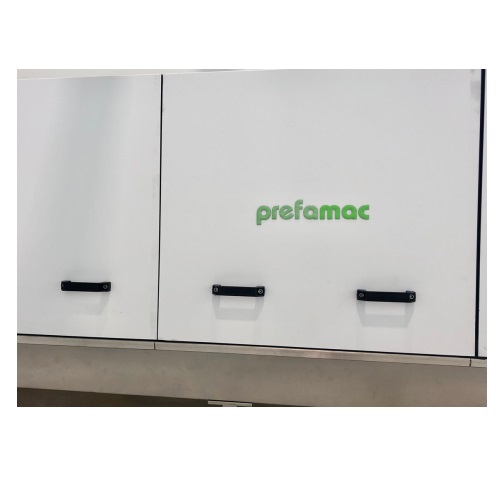
Modular system for chocolate drops production
Enhance your chocolate production with a versatile machine that forms and co...
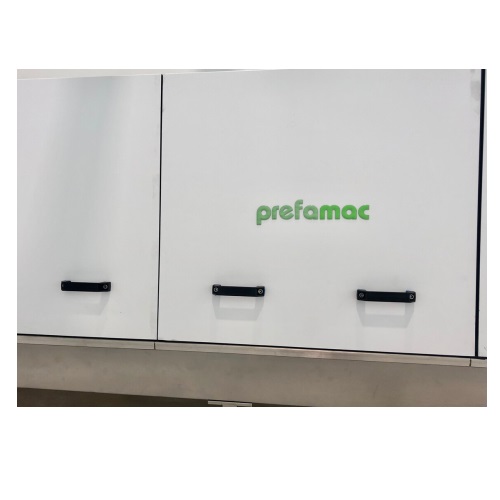
Nuts dosing system for chocolate drops
Effortlessly create consistently accurate chocolate-covered nut products with precis...
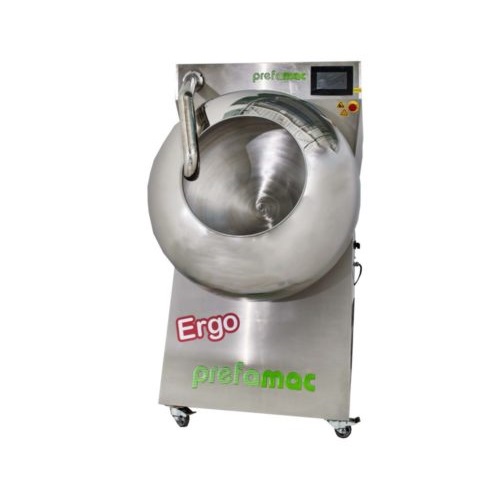
Coating solution for nuts and dried fruits
Easily apply multiple layers of chocolate to nuts, coffee beans, and more, achi...

Continuous cooler for biscuits and chocolates
Enhance cooling efficiency for your confectionery and bakery production with...

Chocolate melter for large quantities
Efficiently melt and maintain the temperature of substantial chocolate quantities wit...
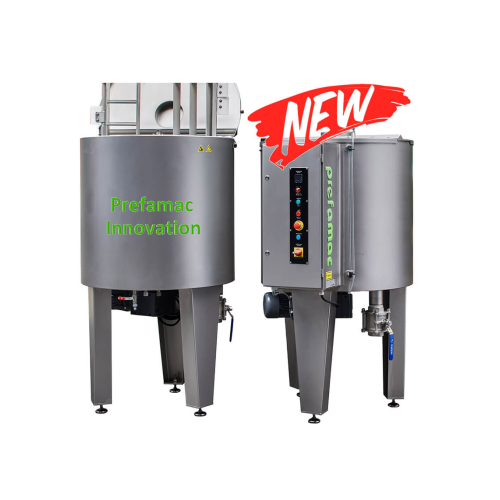
Melting and mixing kettle for chocolate production
Optimize your confectionery production with this versatile melting and...
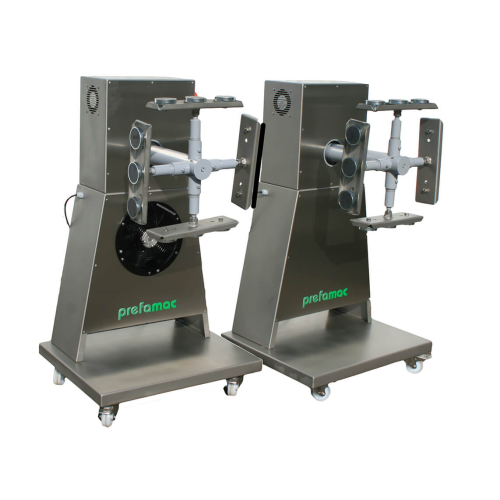
Hollow chocolate figure spinning solution
Achieve uniform chocolate coating in hollow figurines with precision spinning te...
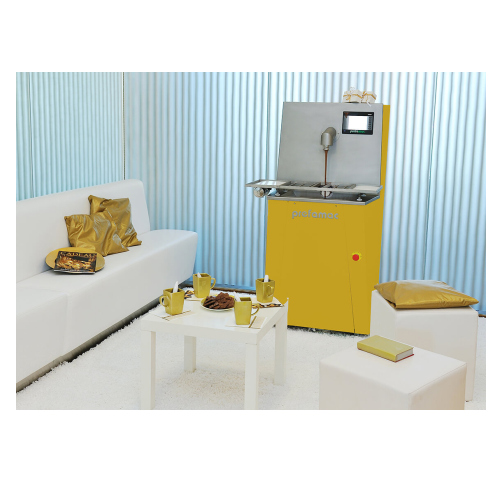
Compact chocolate tempering solution
Enhance your chocolate products’ finish and efficiency: this compact solution en...
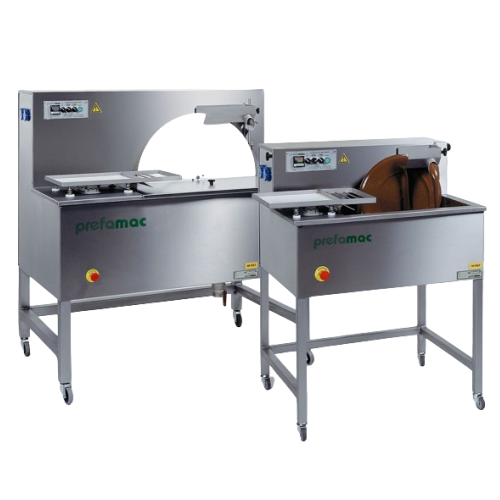
Chocolate moulding system for small batch production
Streamline your chocolate product line with precision moulding and t...
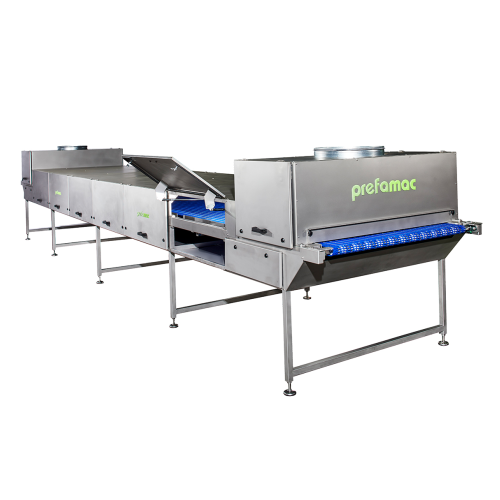
Cooling tunnel for industrial pre-cooling
Efficiently reduce product temperatures with this custom-designed air cooling tu...

Batch tempering solution for chocolate production
Achieve precise temperature control for chocolate consistency and quali...
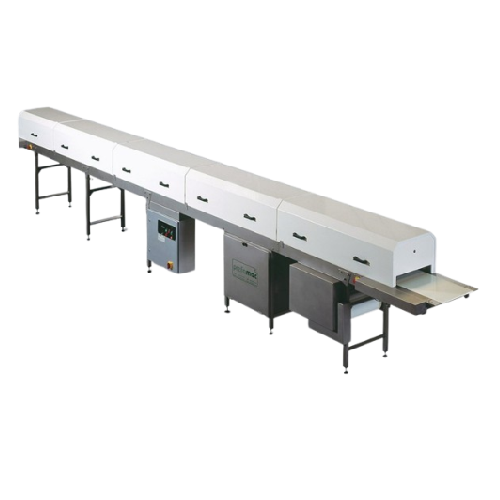
Cooling tunnel for artisanal biscuits and chocolates
Streamline your confectionery production with a cooling solution des...
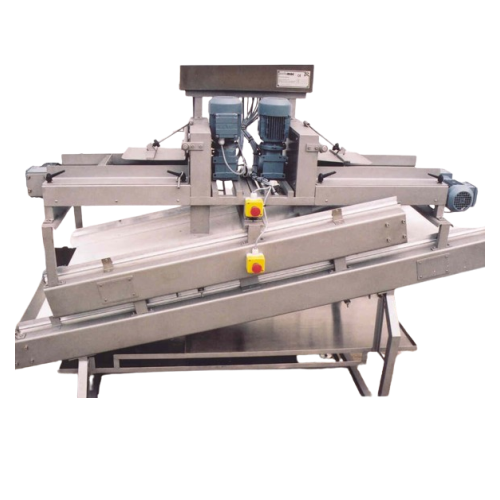
Industrial chocolate flaking system
Achieve precise chocolate flake dimensions effortlessly, enhancing product textures and...
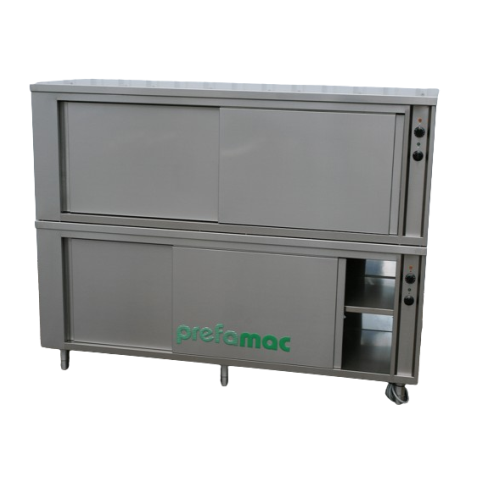
Double heating cabinet for melting and preheating chocolate
Optimize space while ensuring precise temperature control fo...
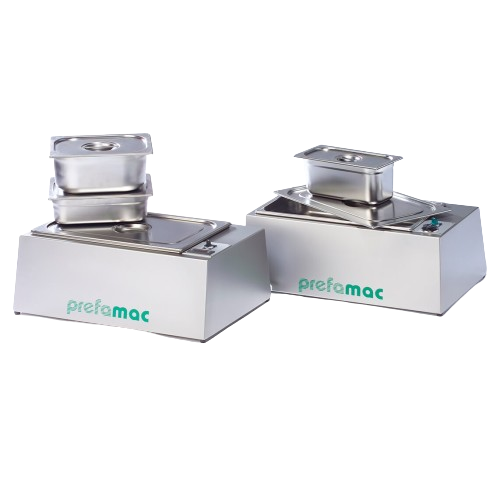
Electric melting tray for small-scale chocolate applications
Effortlessly melt and prepare chocolate with precision and ...
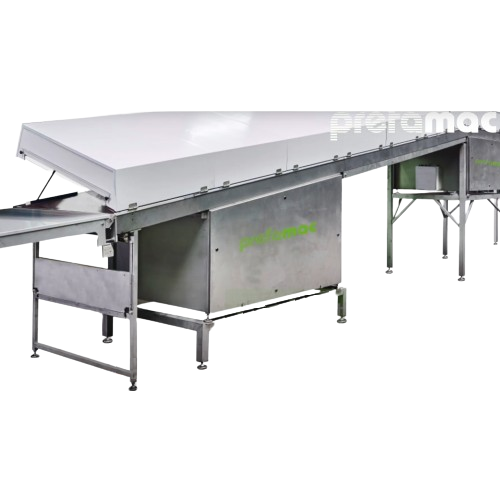
Buttercream filling applicator for chocolates
Enhance your confectionery process with precision dosing and moulding to cre...
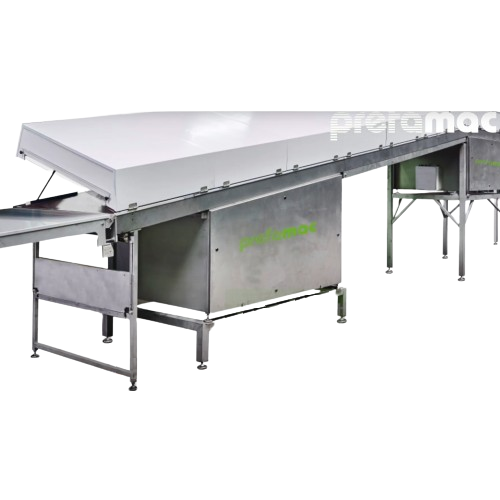
Dosing system for kügel chocolate moulds
Automate your chocolate production with precision dosing, seamlessly integrating m...
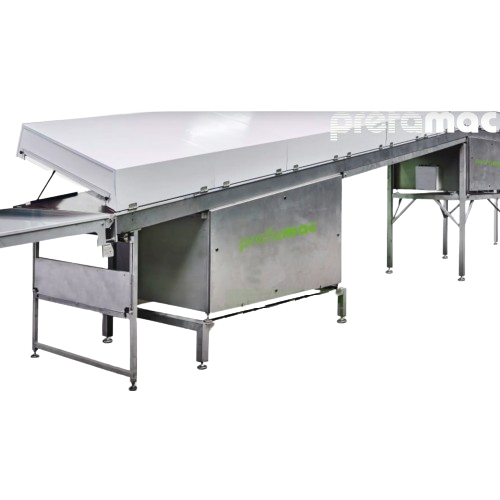
Mini praline dosing system
Achieve precise dosing and versatile moulding for mini pralines and chocolate creations, streamli...
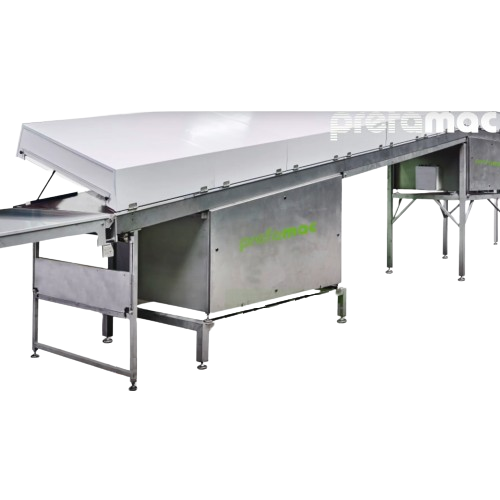
Dosing system for chocolate tablets
Enhance your confectionery production with a versatile solution for precise dosing and ...
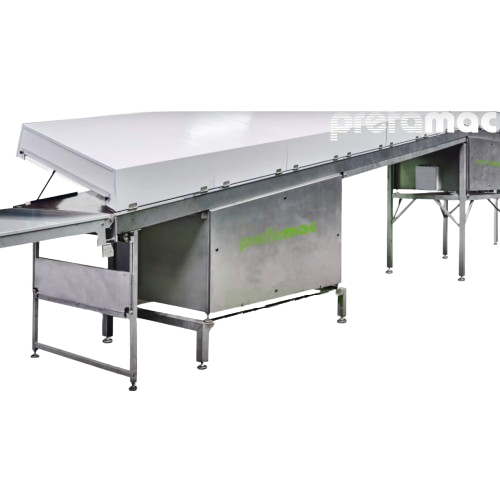
Filling system for chocolates and pralines
Efficiently dose, mold, and fill chocolates to create a variety of enticing con...
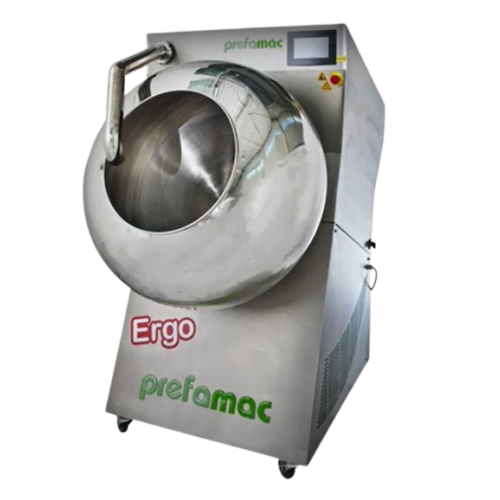
Chocolate coating system for nuts and small biscuits
Effortlessly achieve consistent chocolate coatings on nuts, fruits, ...
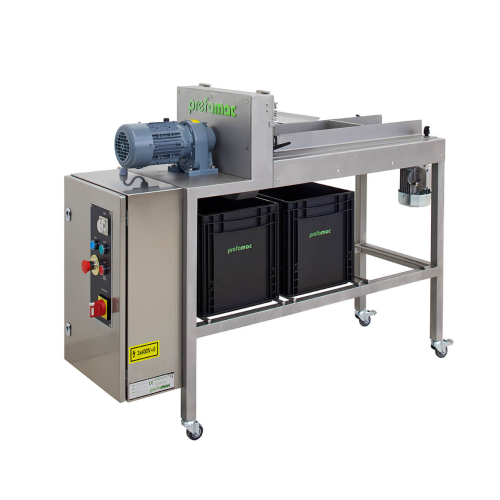
Chocolate flake production system
Streamline your production line with our adjustable machine for versatile chocolate flake...
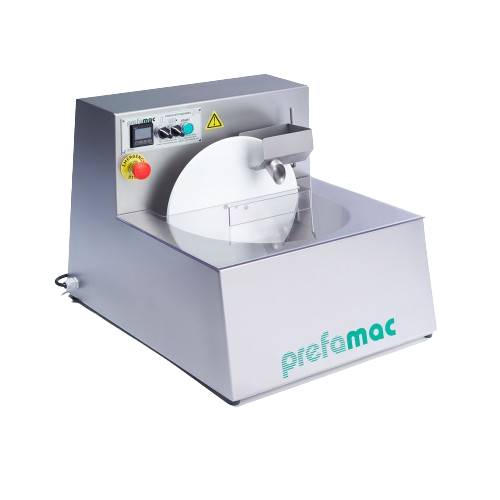
Compact chocolate moulding system
Optimize your chocolate creations with a compact system designed for easy melting, temper...
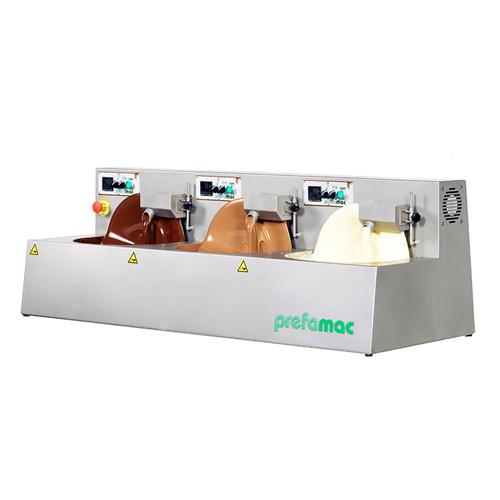
Compact chocolate moulding solution 3-in-1
Streamline your confectionery creations with a versatile 3-in-1 machine that se...
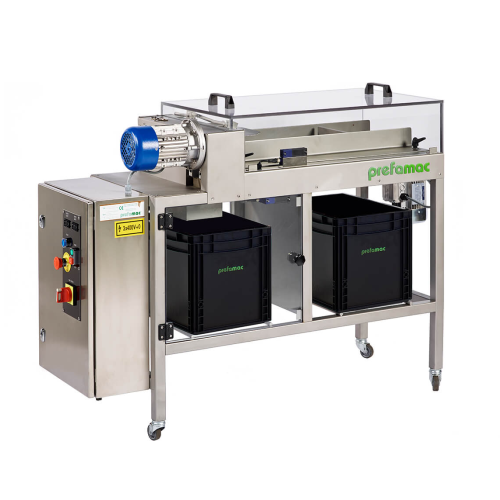
Curl flaking machine for chocolate production
Achieve precise chocolate curl production with adjustable flake thickness an...
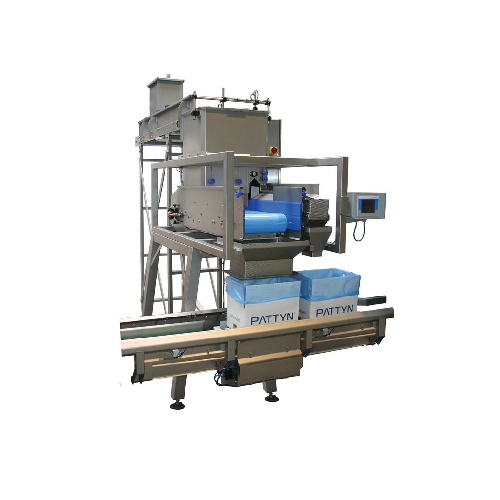
Linear belt vibratory weigh filler for solid chocolate
Optimize your chocolate production by minimizing product giveaway ...
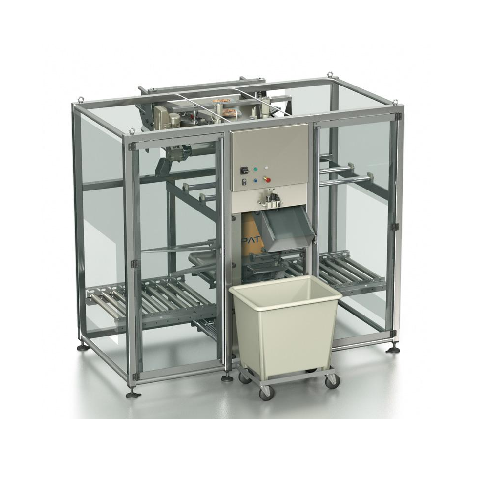
Bulk box filler for bakery and pastry products
Efficiently pack fragile bakery and pastry products with gentle handling an...
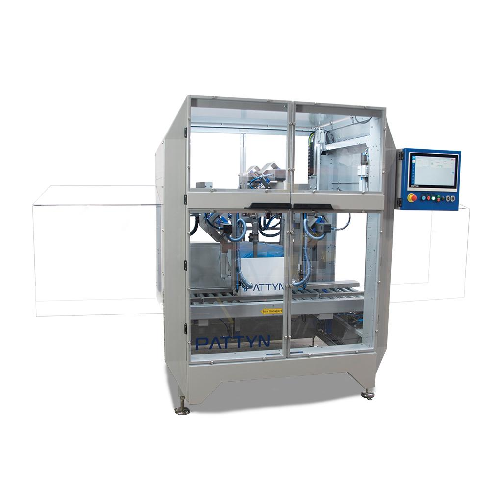
Automatic bag folding solution for bulk packaging
Enhance your production line efficiency and product protection by integ...
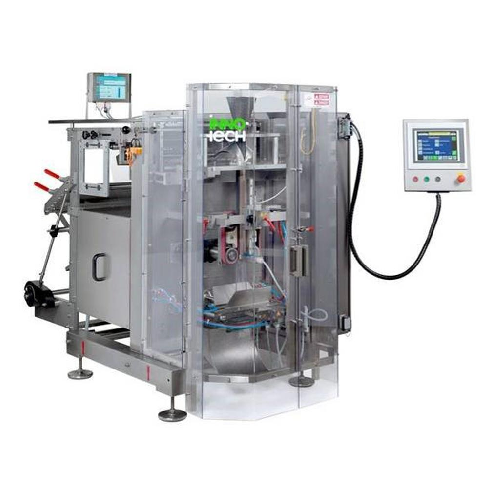
Vertical fill and seal bagging machine for bakery products
Streamline your bakery product packaging with this versatile ...
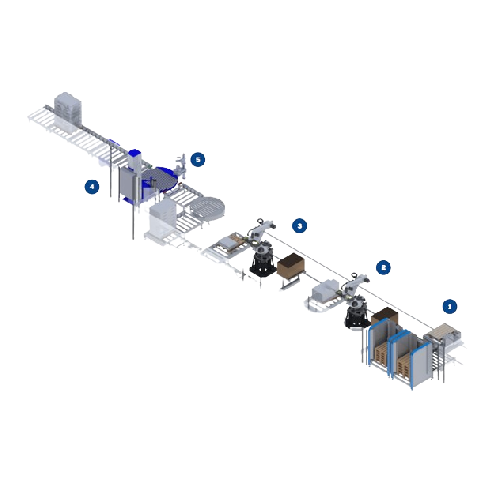
Compact palletizing solution for limited space
Optimize your space with versatile palletizing that adapts to diverse produ...
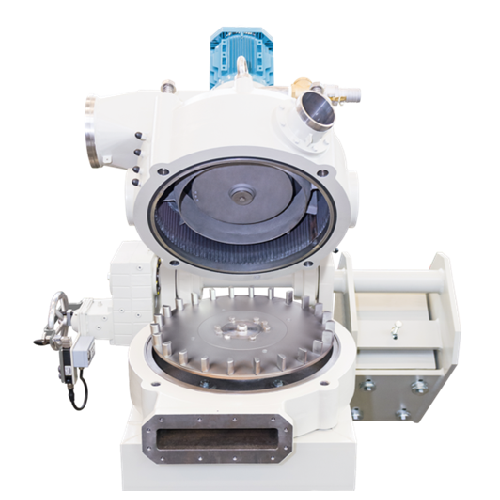
Impact classifier mill for fine grinding of brittle materials
Achieve precise particle size distribution with advanced g...
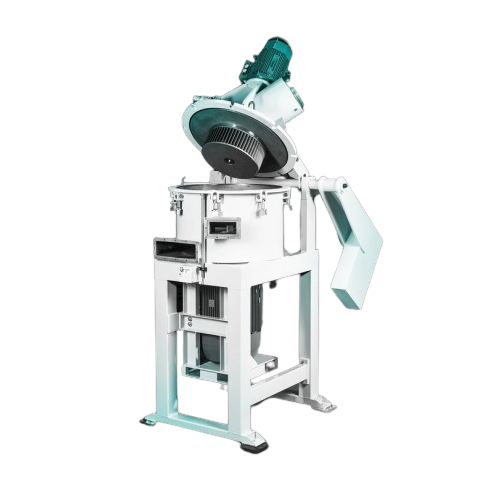
Energy-efficient impact classifier for superfine grinding
Achieve precise superfine grinding with energy efficiency, per...
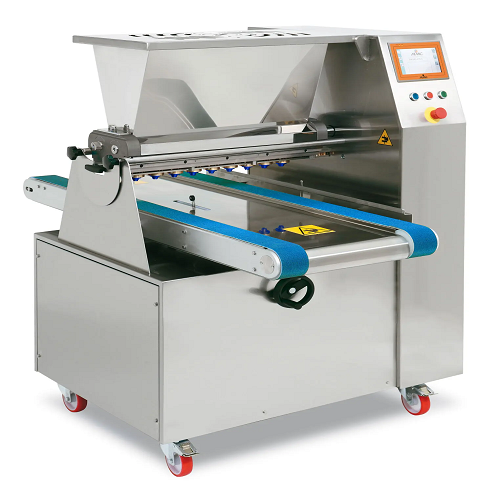
Pastry depositor for versatile product shapes
Enhance your bakery’s production with a versatile depositor that effor...
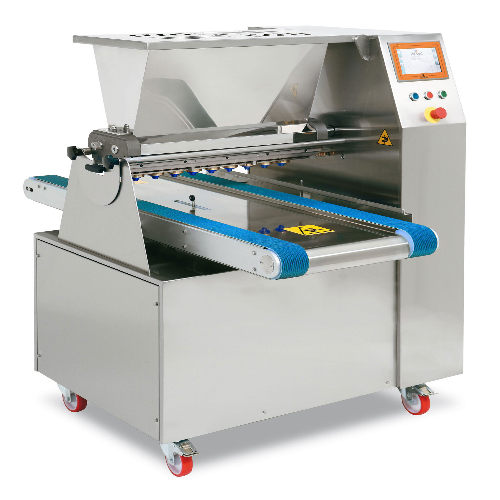
Rotating nozzle depositor for pastry production
Optimize your pastry production with precise dosing and shaping capabiliti...

Co-extruder for filled sweet and savoury products
Effortlessly create a variety of filled sweet and savoury products, fro...
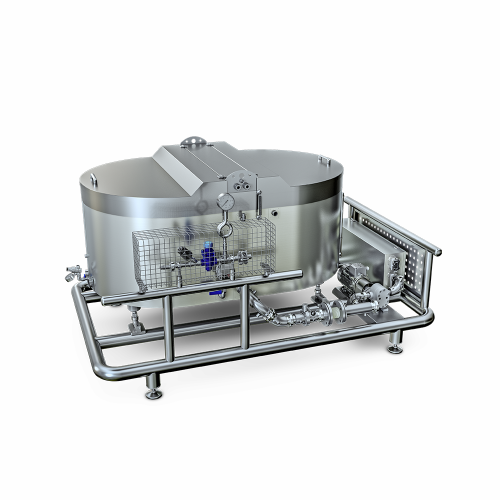
Fat melting tank for confectionery production
Melt solid fat blocks efficiently to streamline your caramel, nougat, and ch...
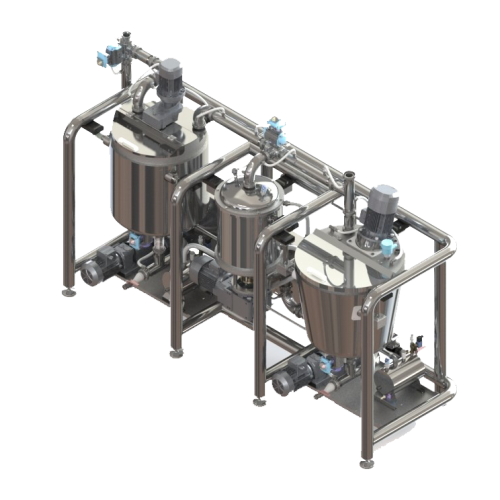
Fat slurry homogenization mill for chocolate processing
Achieve precise chocolate and confectionery homogenization with e...
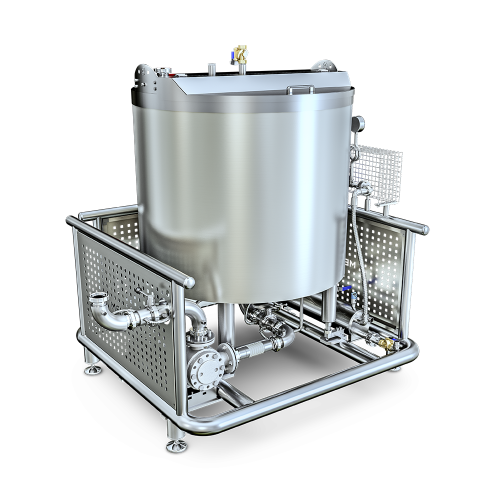
Invert sugar and glucose storage tank
Optimize your sweet and confectionery production by efficiently storing and resting g...
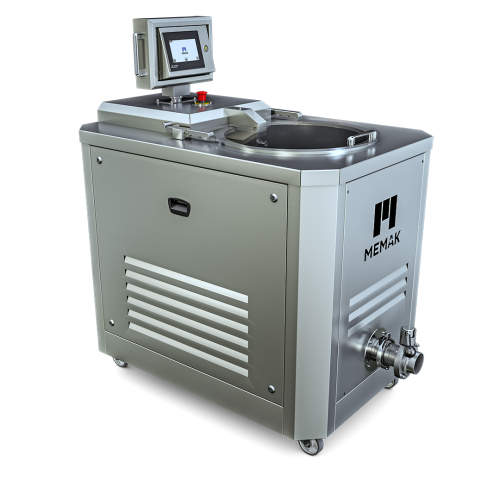
Chocolate and bakery fermentation unit
Achieve consistent quality and flavor in chocolate and bakery products with precisio...
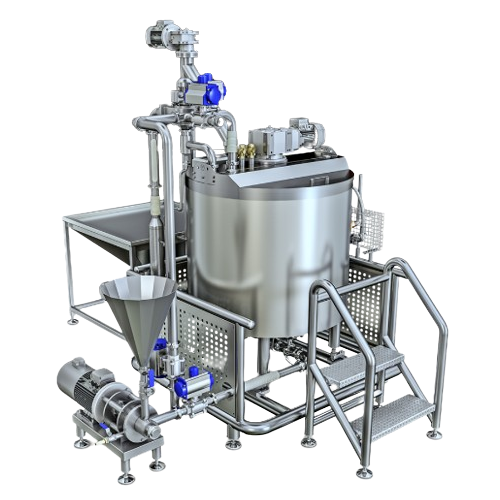
Condensed milk preparation system
Enhance the quality of your dairy-based products with a system designed for efficient mix...
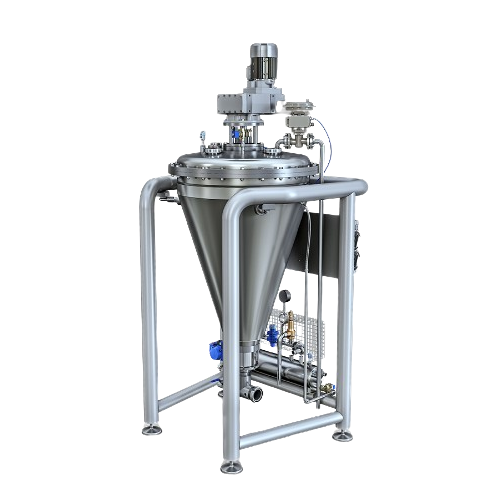
Pressurized buffer tank for aerated products storage
Ensure consistent aeration and product quality with this pressurized...
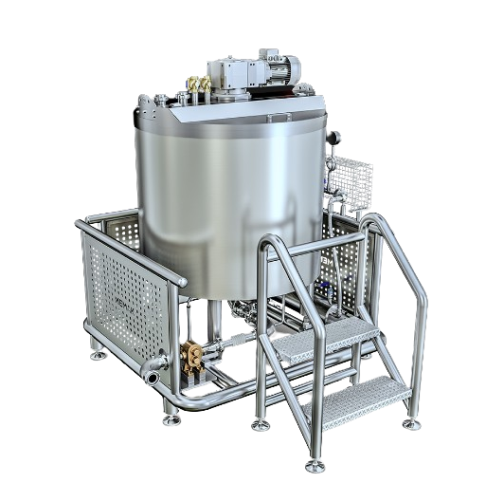
Industrial storage tank for chocolate ingredients
Ensure consistent quality for your confectionery products by integratin...
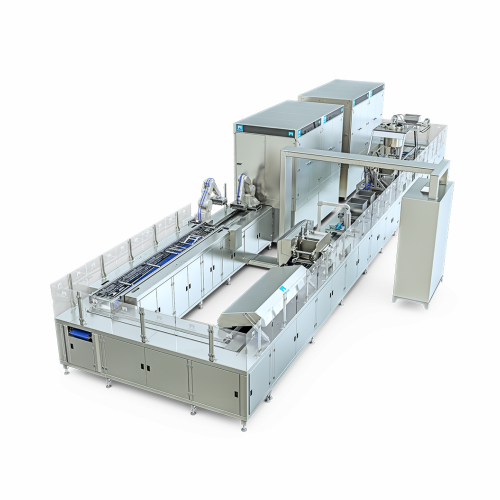
Automatic one-shot moulding line for chocolate production
Streamline your chocolate production with a versatile line tha...
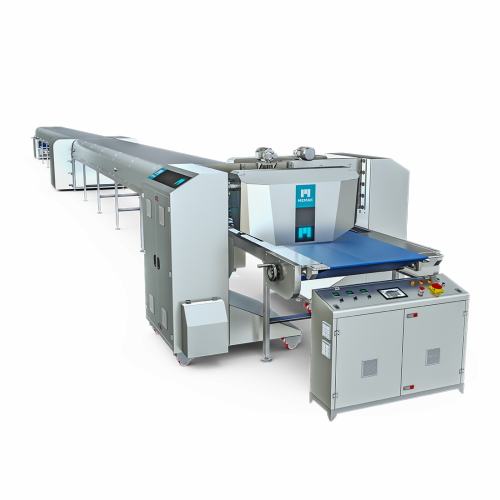
Chocolate drop production line
Enhance your chocolate processing capabilities with precision depositing and moulding, delive...

Chocolate moulding line for center-filled chocolates
Streamline your chocolate production with a versatile moulding line ...
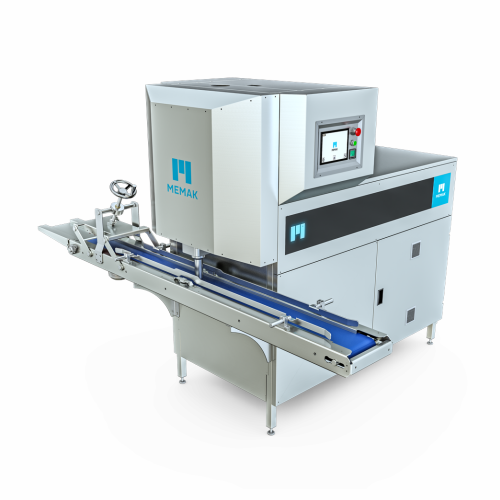
Cup filling system for jars and buckets
Optimize your confectionery and bakery filling processes with this high-speed cup f...
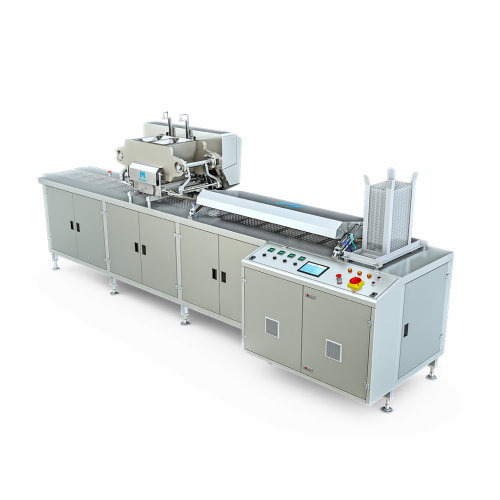
Chocolate one-shot moulding line
Streamline your chocolate production with a high-speed moulding line designed to simultaneo...
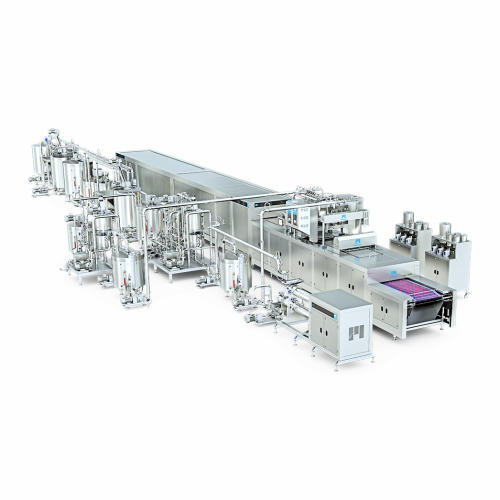
Soft candy production line
Optimize your candy production with a versatile line that efficiently handles everything from car...
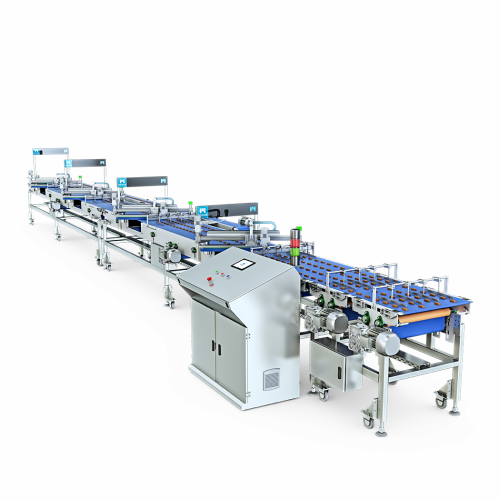
Automatic chocolate feeding conveyor
Efficiently connect your chocolate production to wrapping stages with this high-speed ...
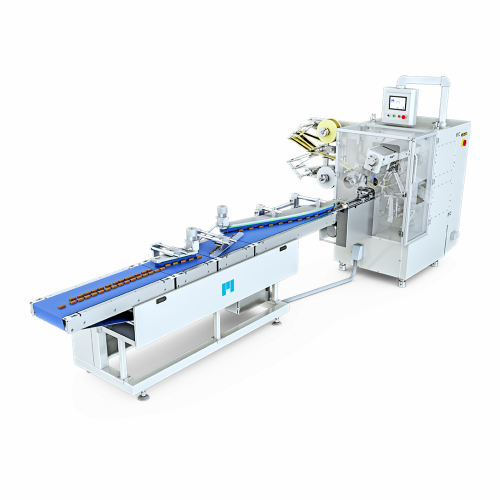
Chocolate wrapping machine for confectionery production
Achieve precision and elegance in packaging with high-speed wrapp...
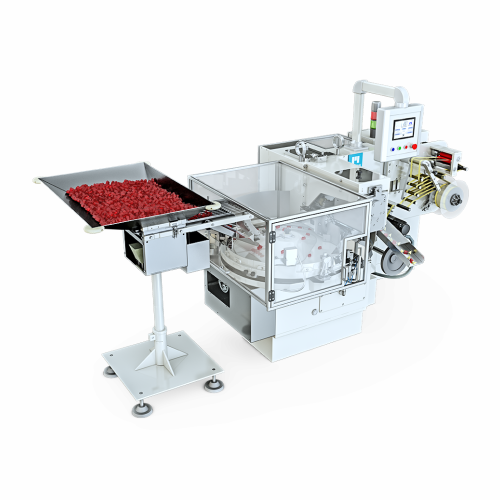
Jelly and chocolate ball wrapping solution
Efficiently wrap jelly candies and chocolate balls with precision and high spee...
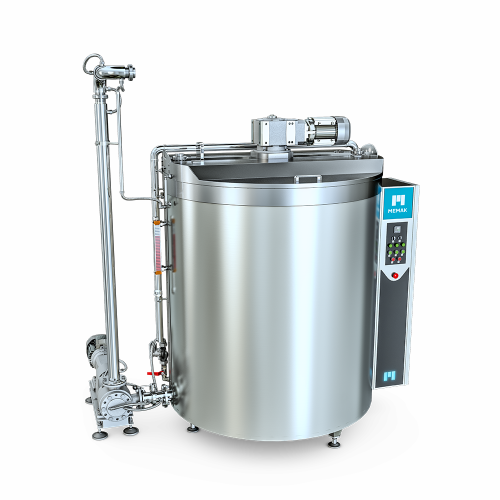
Chocolate storage tank
Optimize your chocolate production with seamless storage solutions that ensure consistent quality and ...
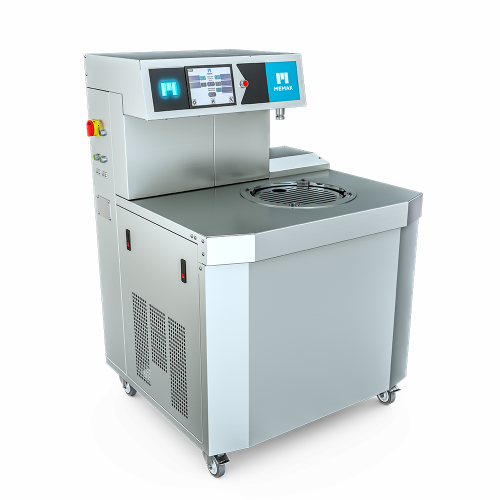
Chocolate tempering solution for industrial production
Achieve consistent chocolate crystallization with a machine that e...
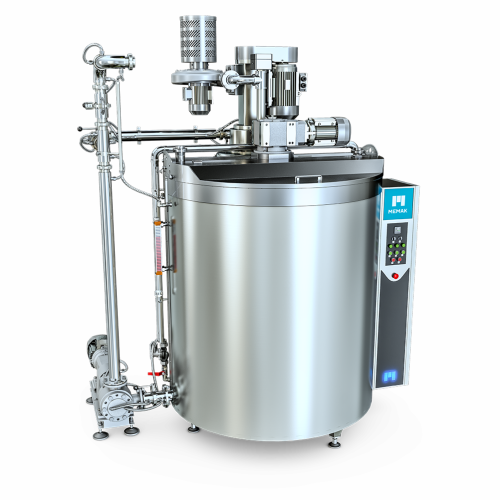
Conching solution for chocolate processing
Achieve optimal chocolate texture and flavor by ensuring efficient conching, cr...

Continuous chocolate mill
Enhance the texture and quality of your chocolate products with this high-speed milling solution, ...
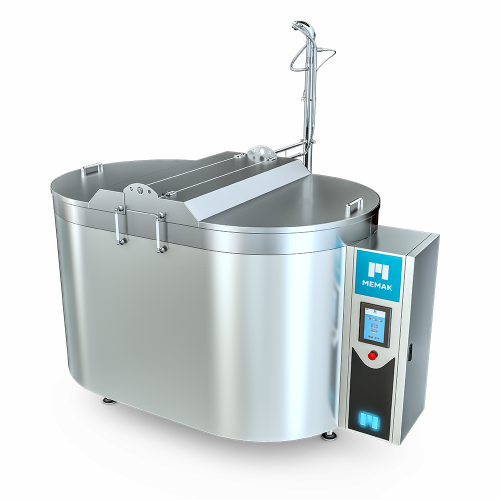
Industrial fat melting tank for bakery and chocolate production
Efficiently melt solid fats to precise temperatures with...
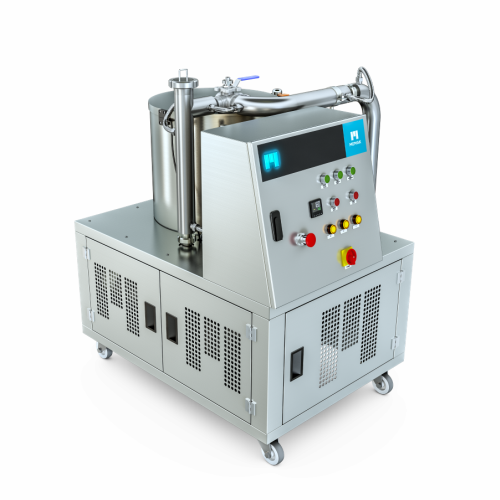
Laboratory type ball mill for chocolate and bakery applications
Optimize your R&D processes with precise grinding a...
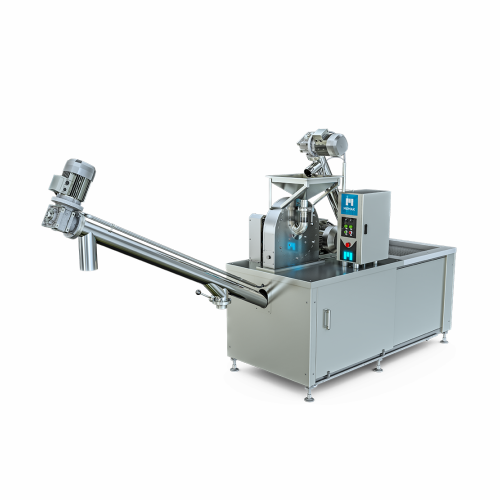
Industrial sugar powder mill
Achieve precise sugar granulation with a high-speed mill designed for continuous production, en...
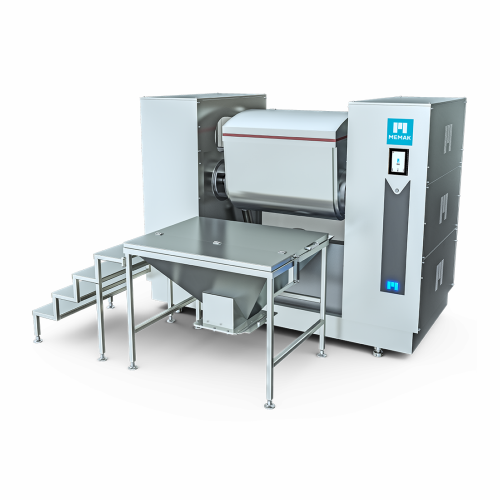
High viscosity material mixer for bakery and chocolate
Efficiently mix and knead high-viscosity materials for premium cho...
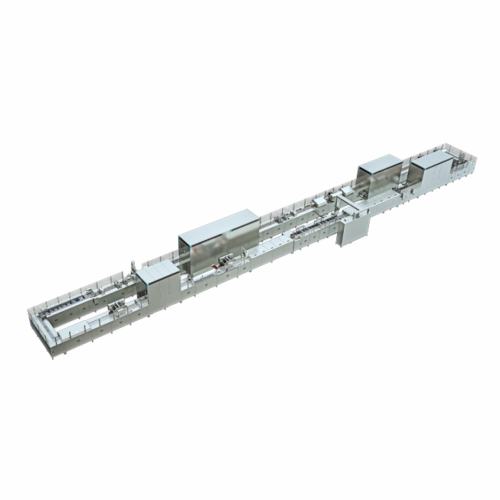
Automatic chocolate shell moulding line
Enhance your production capabilities with a cutting-edge moulding line that deliver...
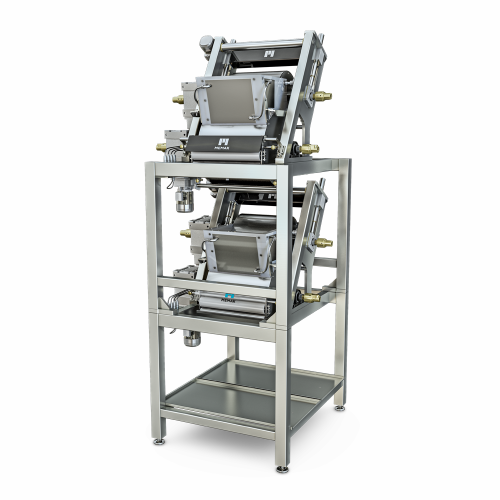
Nougat and cereal bar forming drum
Streamline your snack production with precision forming of nougat and cereal bars, ensur...
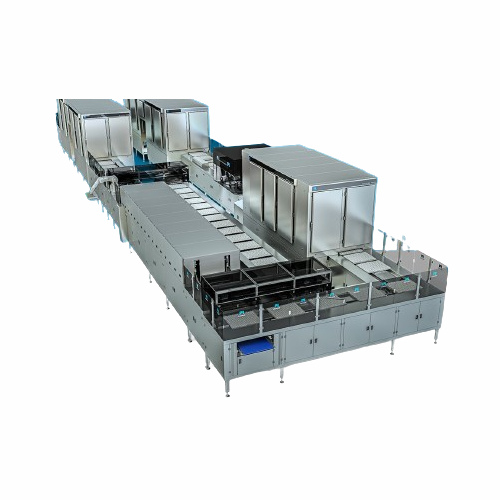
Industrial chocolate ball mill for uniform grinding
Achieve precise chocolate particle refinement with this robust ball m...
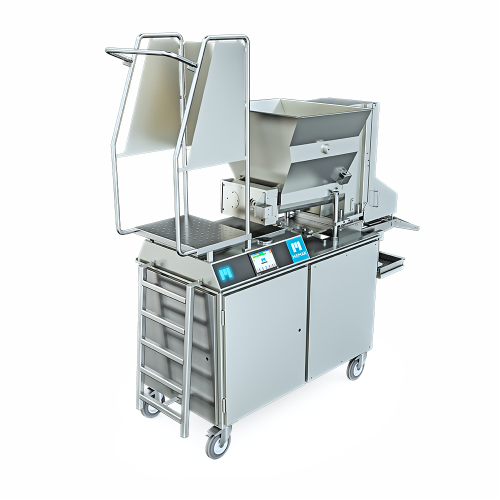
Chocolate moulding press for coco mass
Enhance your production line with precise chocolate moulding capabilities, shaping e...
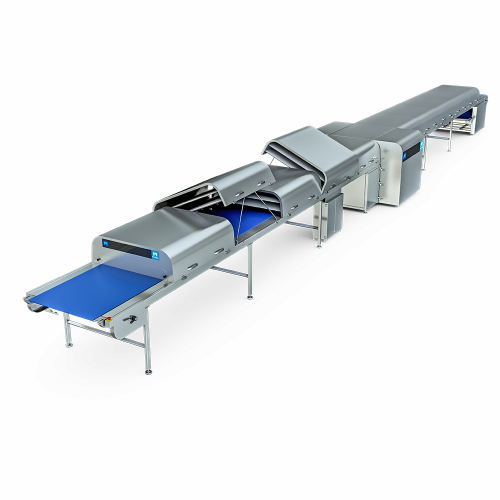
Chocolate cooling tunnel
Enhance your confectionery production with efficient cooling and precise crystallization, critical f...
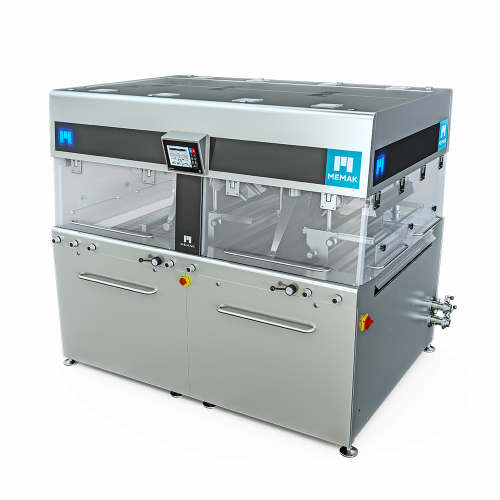
Enrobing system for high-quality chocolate applications
Enhance your confectionery line with precise chocolate coating ca...
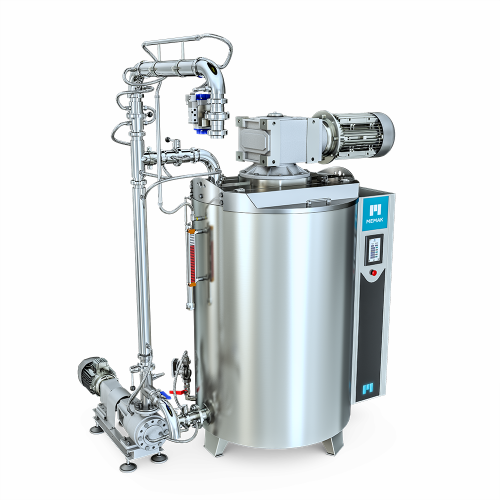
Chocolate ball mill for processing chocolate mass
Enhance your confectionery production with precision mixing and uniform...
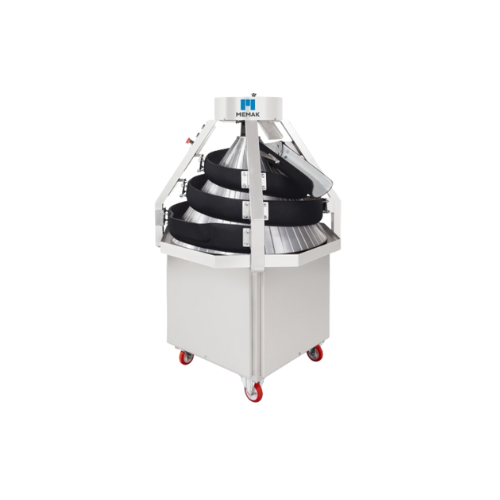
Conical rounder for bakery products
Optimize your dough handling process with efficient shaping solutions, ensuring consist...

Industrial chocolate and dough sheeter
Streamline your chocolate and pastry production with robust dough sheeting and rolli...
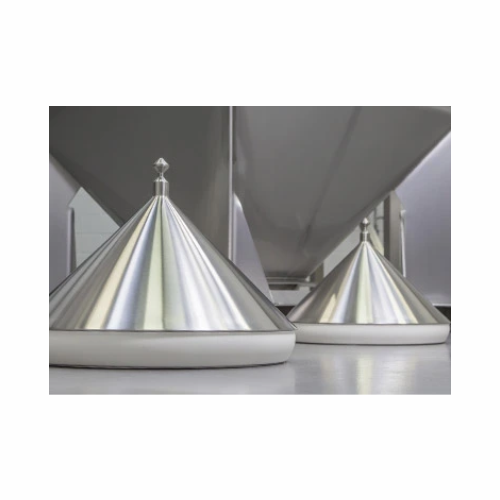
Valves for bulk powder flow control
Ensure efficient and controlled discharge of diverse powder forms while minimizing flow...
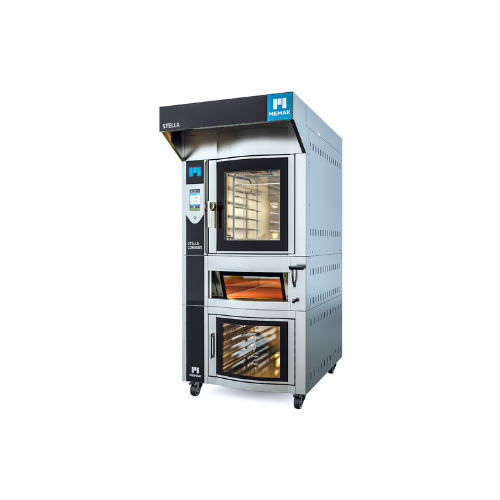
Industrial bakery oven with proofing cabinet
Optimize your bakery production with an all-in-one solution that seamlessly i...
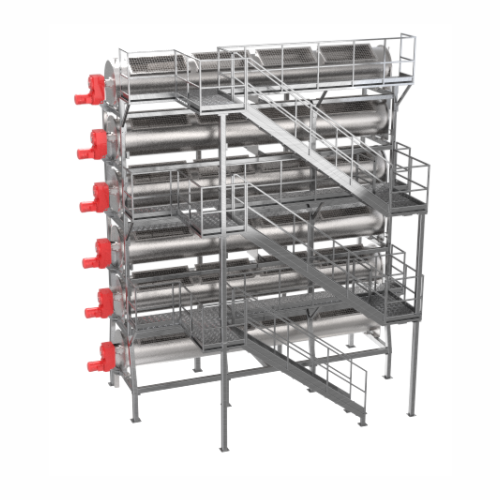
Sesame seed roaster
Achieve consistently roasted sesame seeds and nuts with optimal moisture control, designed to enhance fla...
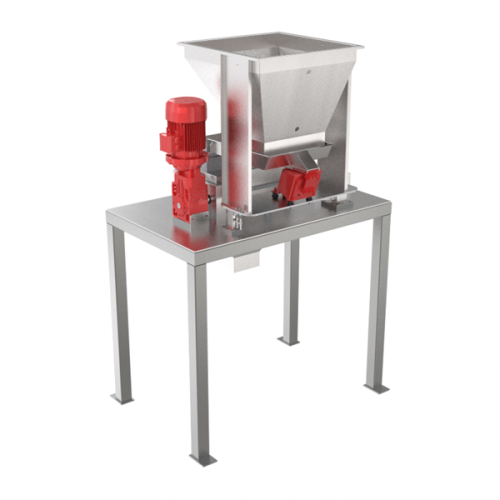
Nut dicing machine
Efficiently transform whole nuts into uniform cubes with precision cutting technology, ideal for creators ...
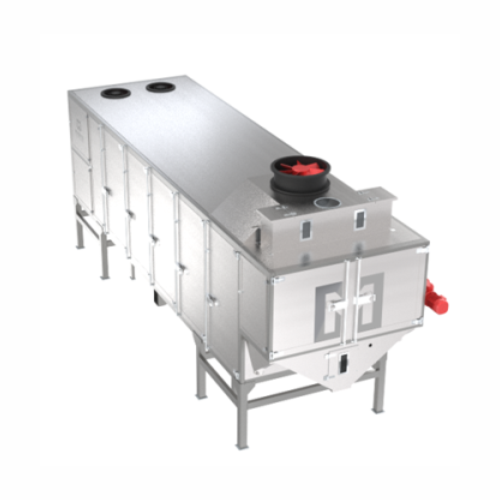
Cooling system for heat-treated products
Efficiently reduce temperatures of high-heat products to protect quality and textu...
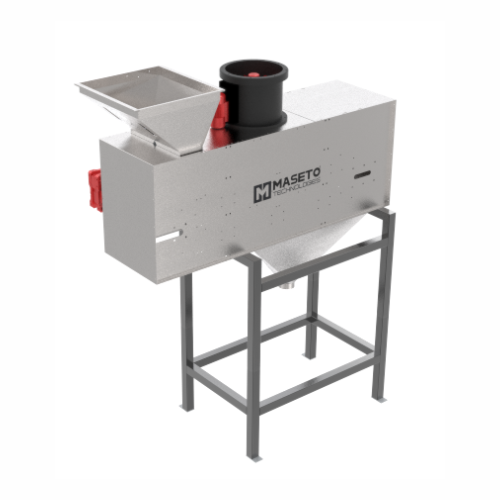
Nuts dust and impurity removal system
Enhance your nut processing line by effectively eliminating dust and impurities, ensu...
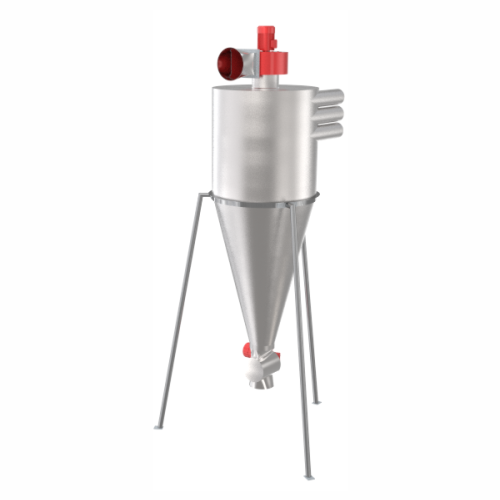
Aspiration system for nut processing
Streamline your nut processing with precise removal of skins, dust, and lightweight pa...
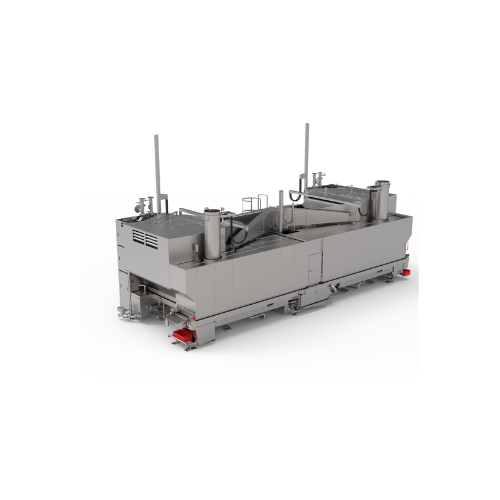
Spiral oven for cooking plant-based and conventional products
Achieve perfectly cooked products every time with advanced...

Inline chocolate filter for large particle removal
Ensure the purity and consistency of your chocolate products by effici...
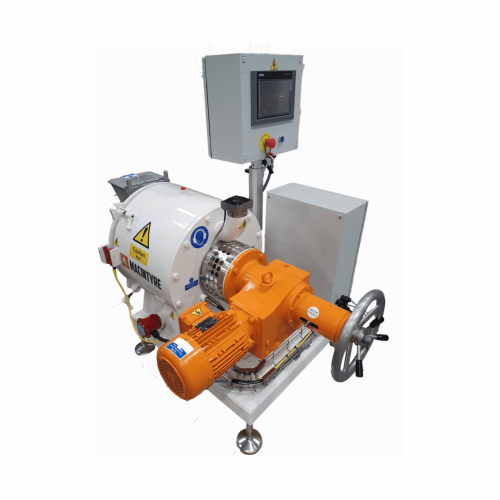
Laboratory refiner/conche for chocolate processing
For chocolate producers seeking precise control over texture and flavo...
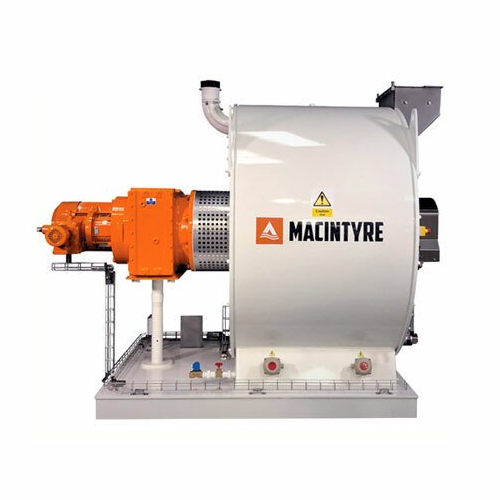
Commercial chocolate refiner/conche
Elevate your chocolate production with a versatile 5-in-1 solution, integrating cocoa m...
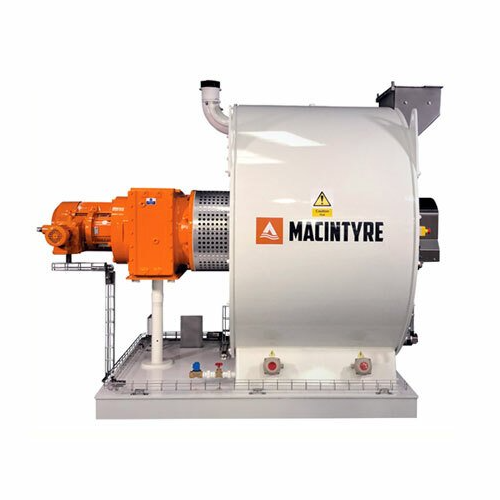
Chocolate refiner/conche system
Streamline your chocolate production with a versatile solution that combines grinding, mixin...
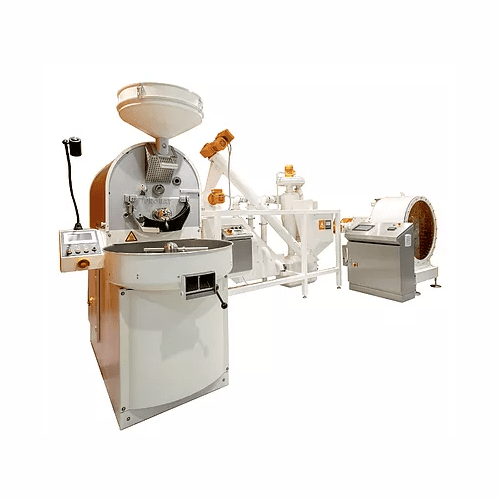
Artisan line for fine chocolate mass production
Transform raw cocoa beans into exquisite chocolate through precise control...
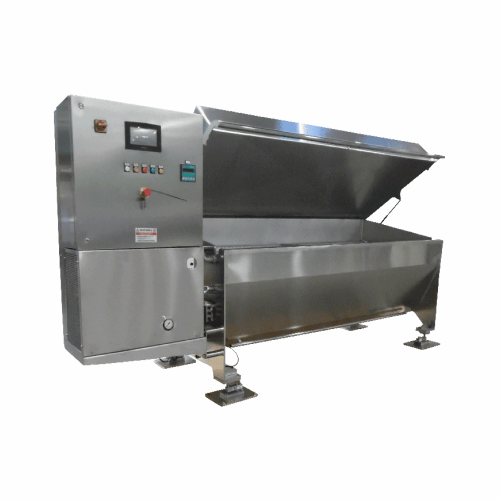
Cocoa butter and cocoa liquor melting unit
Optimize your chocolate production with a unit designed for efficient melting a...
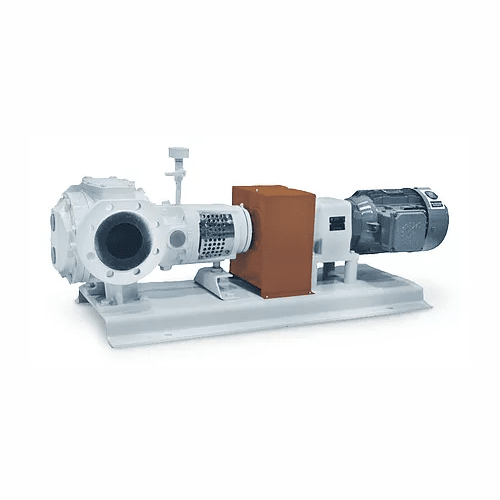
Chocolate pump for confectionery production
Effortlessly pump and convey a range of chocolate-based products with precisio...
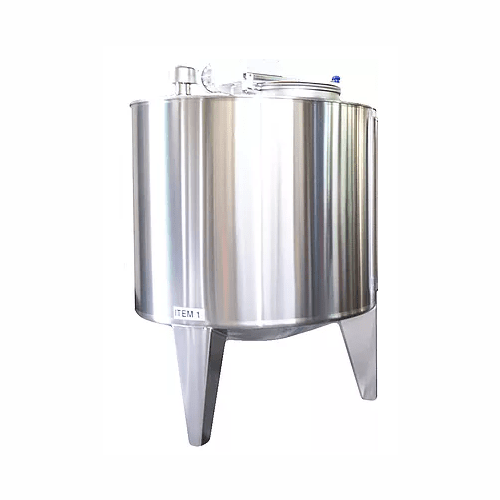
Chocolate storage tank for large-scale manufacturing
Enhance your chocolate production line with a storage system designe...
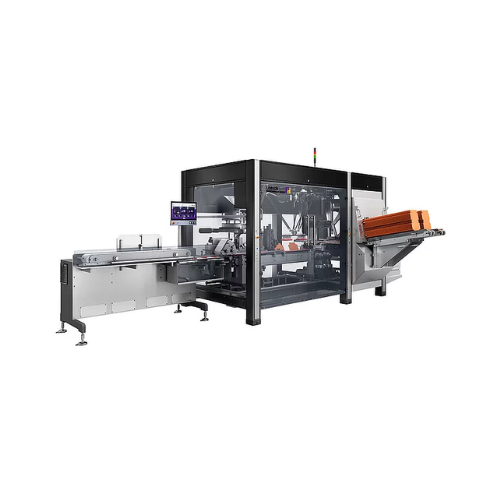
Top-loading cartoner for bar and confectionery packaging
Optimize your high-speed packaging operations with a flexible ca...
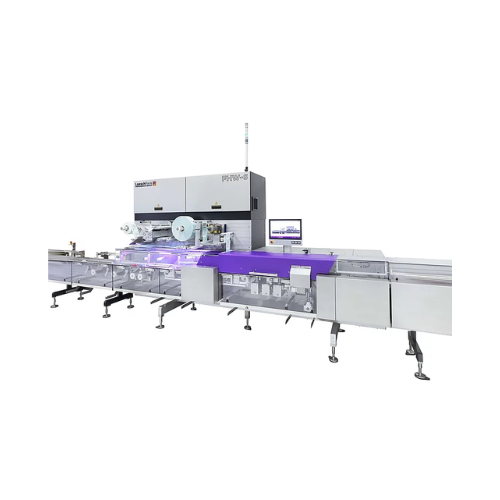
Horizontal flow wrap solution for chocolate bars
Achieve high-speed precision in packaging with a machine designed to hand...
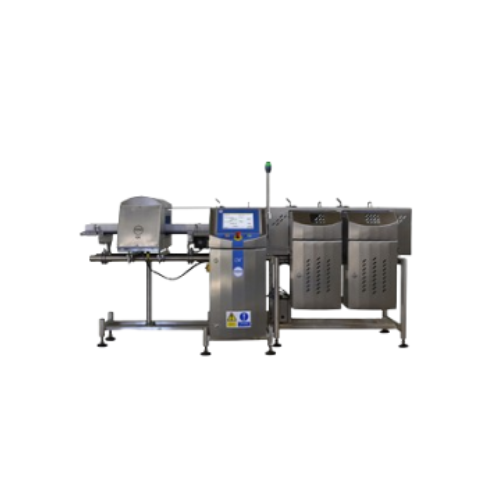
Metal detector checkweigher combination system for food products
Simultaneously detect metal contaminants while ensuring...
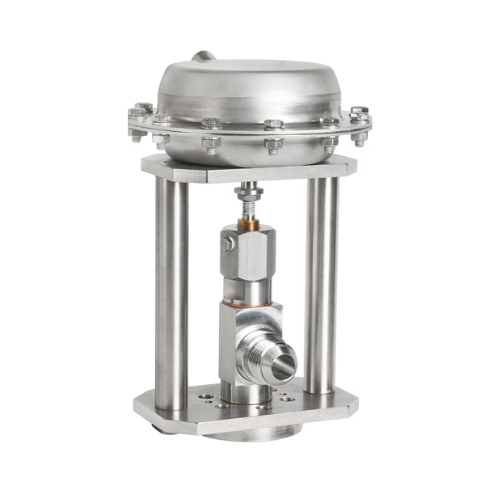
Cryogenic chilling system for meat processing
Ensure uniform temperature control in meat production lines to maintain prod...
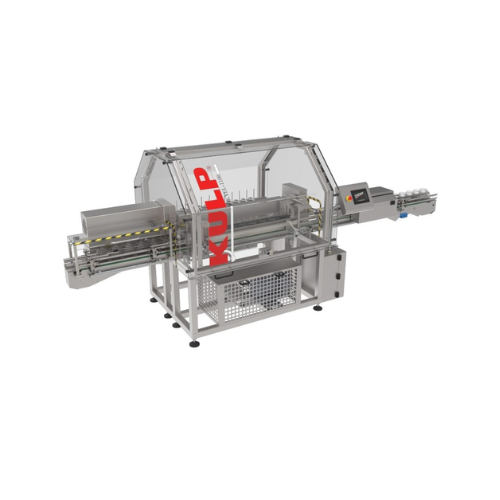
Jars and bottles rinsing solution
Ensure impeccable hygiene and particle-free cleanliness for your jars and bottles by inte...
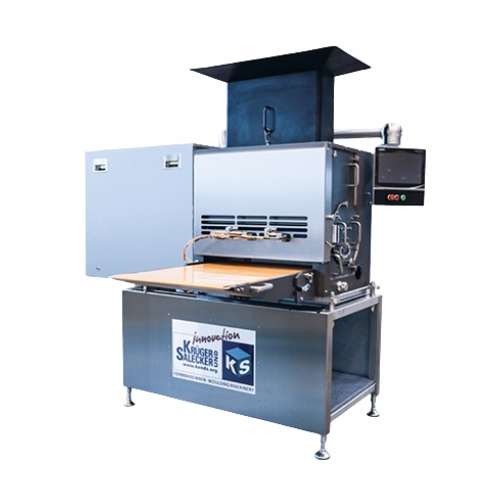
Cereal moulding solution for bars, bites, and clusters
Efficiently shape and form a variety of granola and cereal-based p...
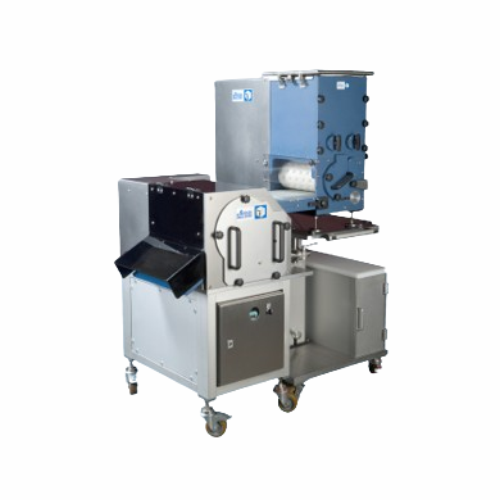
High speed rolling line for confectionery production
Enhance your confectionery production with a versatile rolling line ...
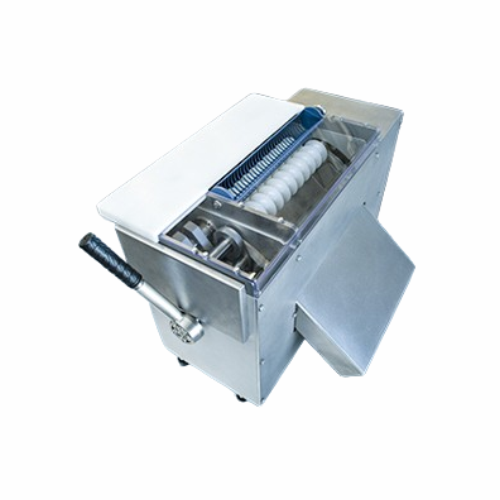
Rotationally symmetric product rolling machine
Achieve precision shaping of chocolate balls, candy drops, and more with ou...
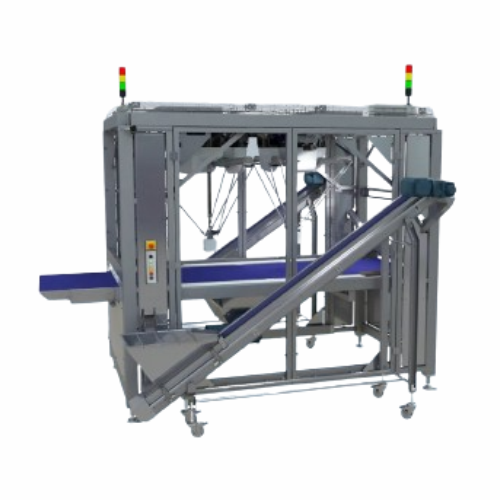
Pick and place robotic system for confectionery decoration
For food producers seeking precision in snack decoration, thi...
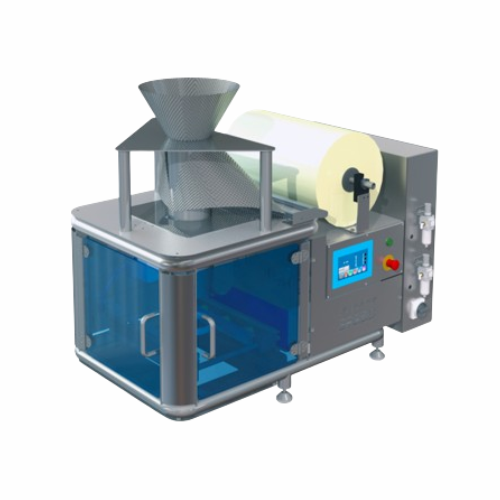
Entry-level food packaging machine for pillow bags
Achieve space-saving packaging versatility with a machine designed for...
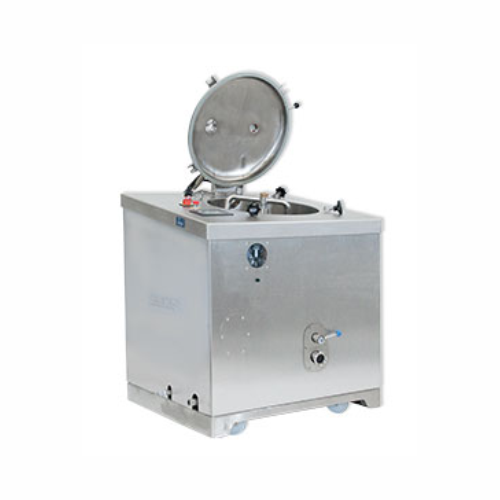
Jam kettle for preserve and marmalade production
Ensure consistent flavor and texture in your jams and marmalades with pre...
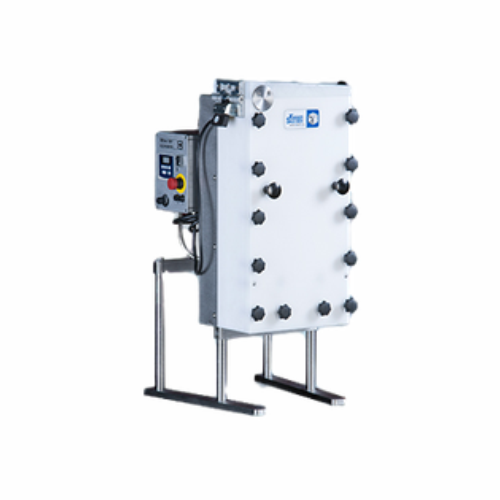
Extruder for pliable mixes in industrial applications
Achieve precision in creating diverse extruded food products with t...

Laboratory mill for dry sample preparation
Achieve precise particle size reduction for pharmaceuticals and fine chemicals ...
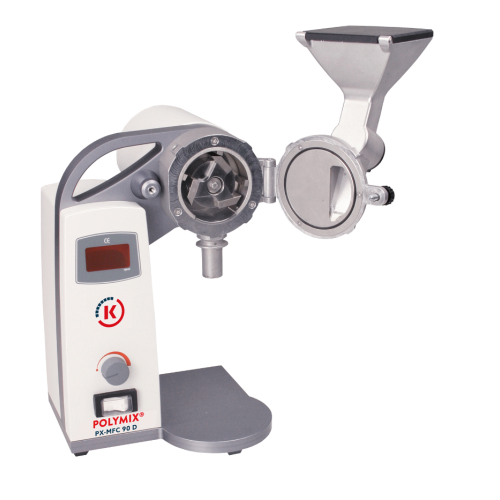
Dry sample preparation mil
Optimize your grinding processes with precision particle size reduction for various materials, en...
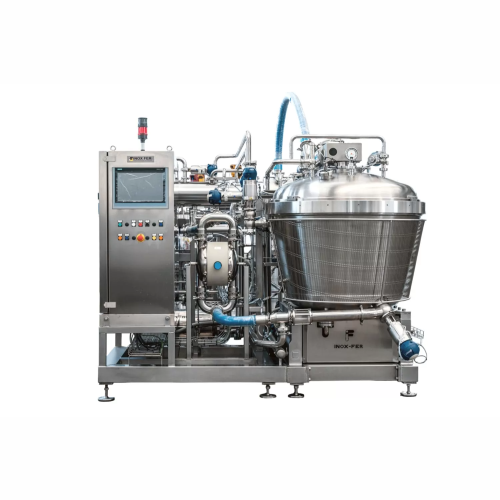
Industrial cooking kettle for food processing
Achieve seamless integration of cutting, mixing, and cooking processes to cr...

Horizontal cartoning solution for pharmaceutical packaging
Streamline your confectionery packaging with high-speed, cont...
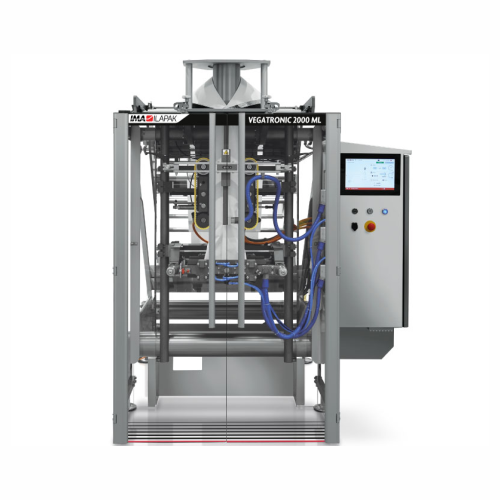
Vertical bagging system for heat sealing films and Lpde
Achieve unparalleled flexibility with a versatile vertical baggin...
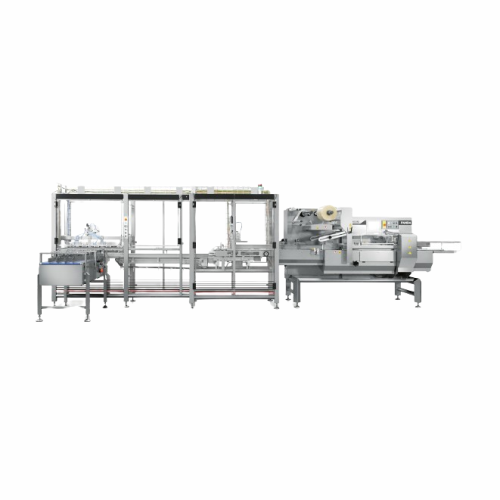
Horizontal form fill and seal for biscuits on edge
Optimize your packaging line with a machine that streamlines wrapping ...
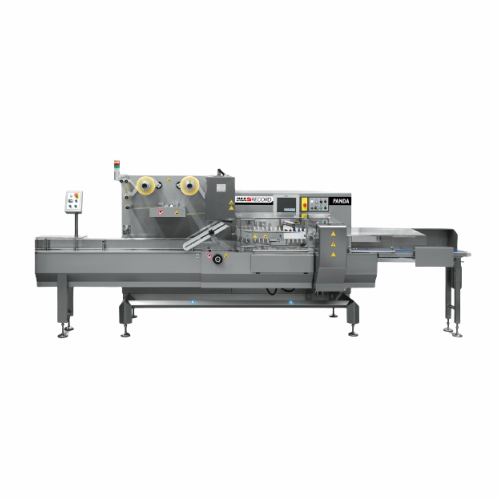
Flexible flow wrapping solution for small and medium products
Enhance your production line with a versatile flow wrappin...
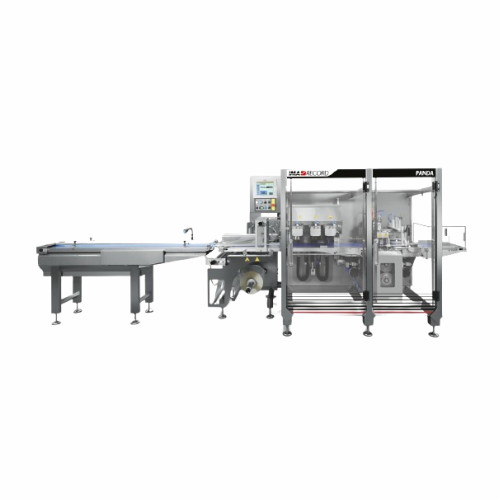
Flow wrapping solution for fresh produce and food products
Optimize packaging efficiency for irregular products with a v...
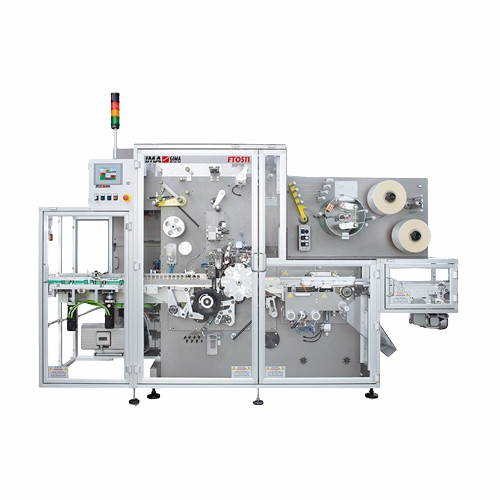
High-speed overwrapping for display boxes
Achieve seamless overwrapping of display boxes with ultra-high-speed capabilitie...
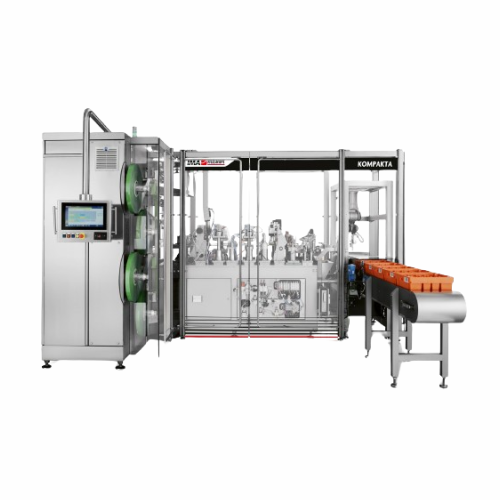
Stand-up pouch making system
Efficiently transform pre-printed reels into customizable stand-up pouches with precise unwindi...
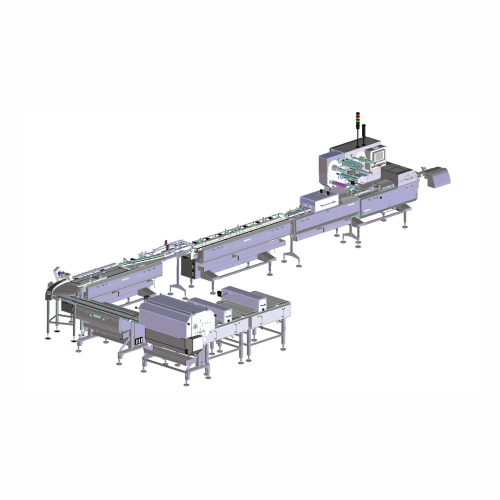
Feeding system for single wrapping lines
Optimize your high-speed wrapping operations by ensuring precise product alignment...
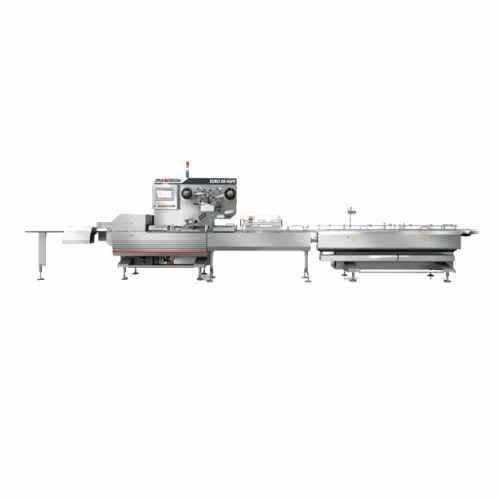
Flow wrapper for high-speed confectionery packaging
Achieve gentle, high-speed packaging for delicate confectionery items...
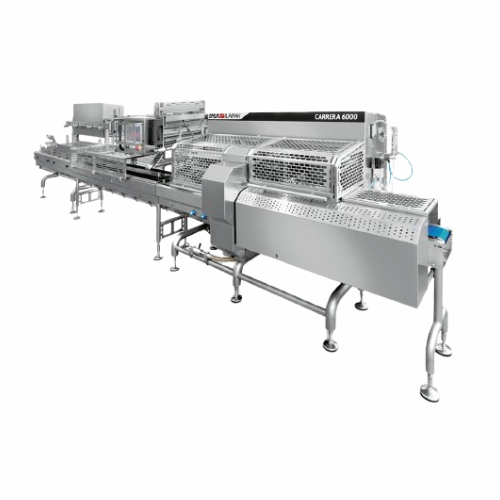
Flow wrapping system for hygienic food packaging
Enhance your packaging line with a modular flow wrapping solution that en...
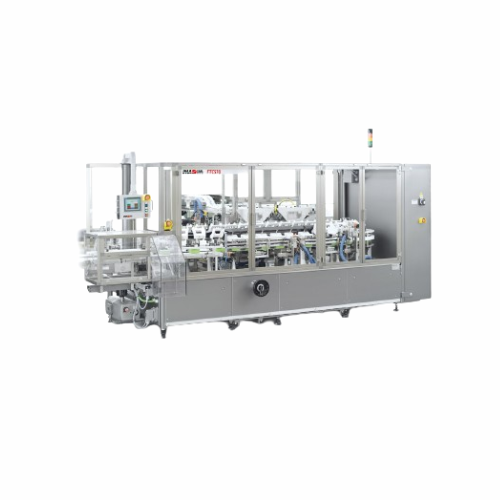
Vertical cartoning system for confectionery products
When you need high-speed, versatile cartoning capabilities for varie...
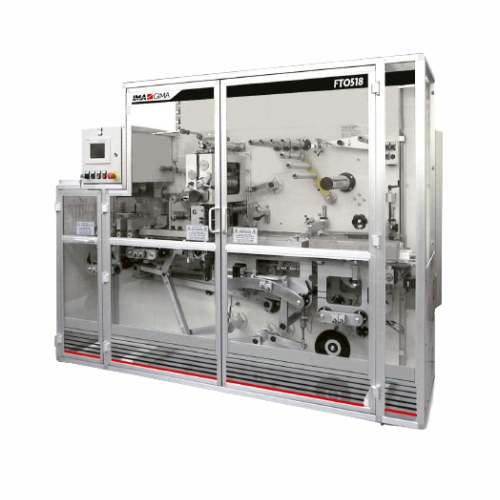
Overwrapping solution for medium size display boxes
Streamline your packaging line with high-speed, continuous overwrappi...
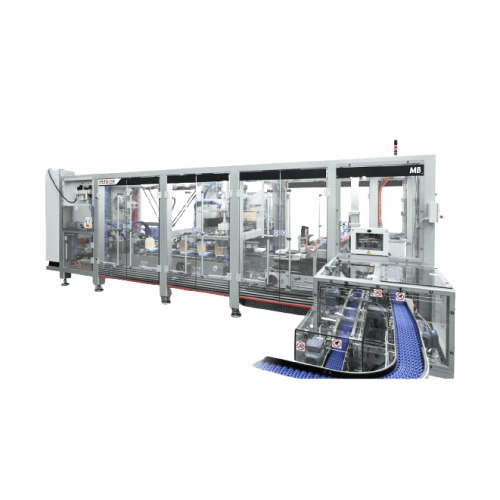
Monoblock loading unit for confectionery packaging
Optimize your confectionery production line with a compact unit that i...
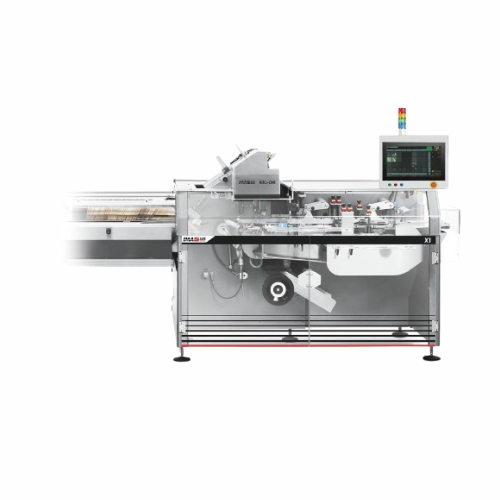
Intermittent motion cartoner for confectionery packaging
For manufacturers needing versatile packaging solutions, this ca...
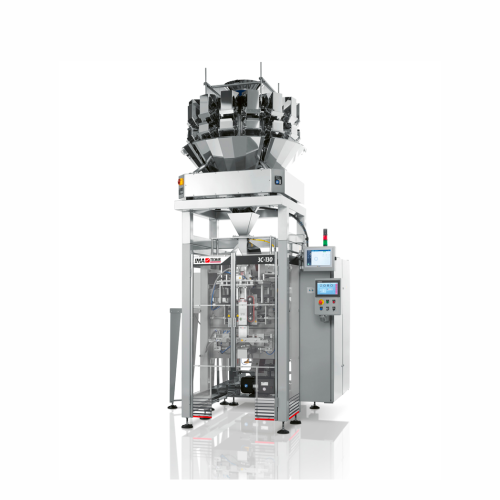
Vertical baggers for confectionery packaging
Streamline your packaging operations with high-performance vertical baggers d...
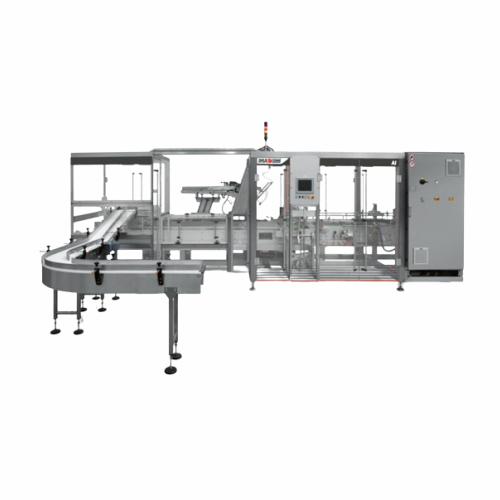
Intermittent cartoner for flexible packaging solutions
Enhance your production line’s efficiency with a versatile c...
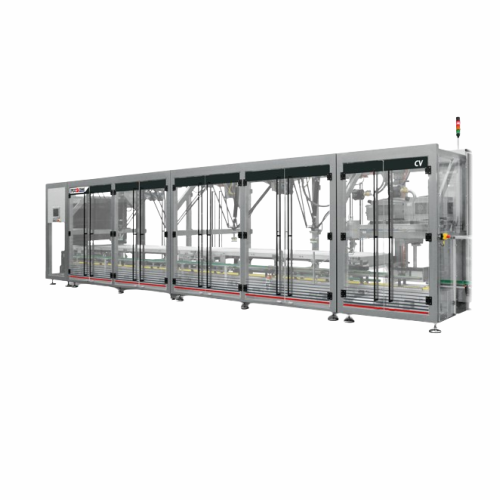
Vision guided multi-robot system for flowpack candy packaging
Streamline your confectionery packaging process with high-...
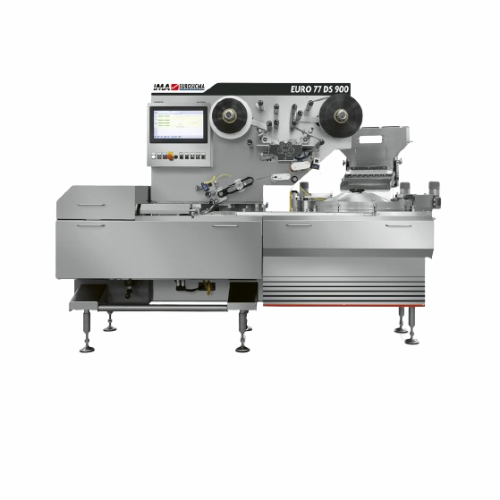
High-speed flow wrapper for candies and gums
Achieve top-speed packaging with unparalleled flexibility for diverse confect...
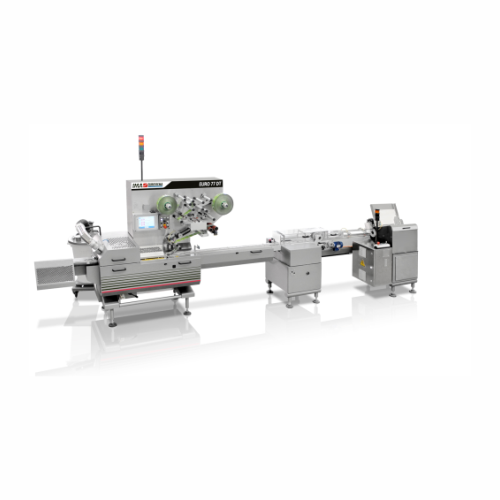
Gum slabs flow wrapping solution
Streamline your confectionery production with precision-engineered portioning and wrapping,...
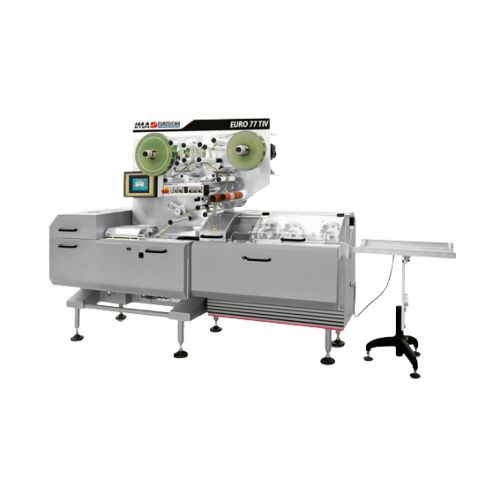
High-speed cut & wrap flow wrapping for confectionery
Experience efficient packaging with high-speed flow wrapping techno...
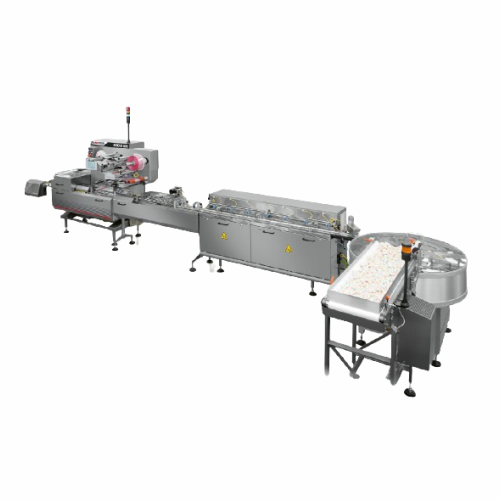
Flow wrapping for bulk confectionery products
Efficiently orient, feed, and wrap bulk confectionery items with seamless in...

Automatic wafer batter preparation system
Optimize wafer production with precision dosing and homogeneous mixing, ensuring...
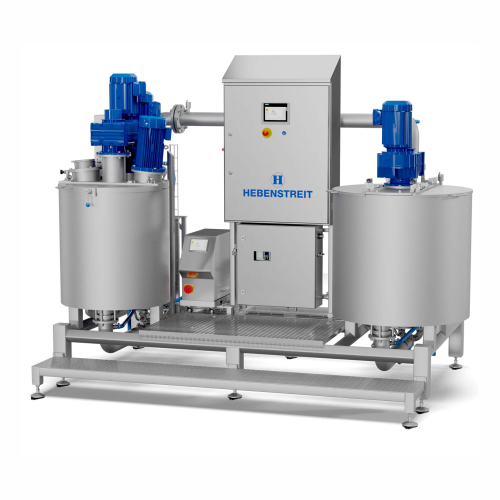
Cream preparation plant for wafer production
Achieve consistent cream texture and optimal weight for perfect wafer product...
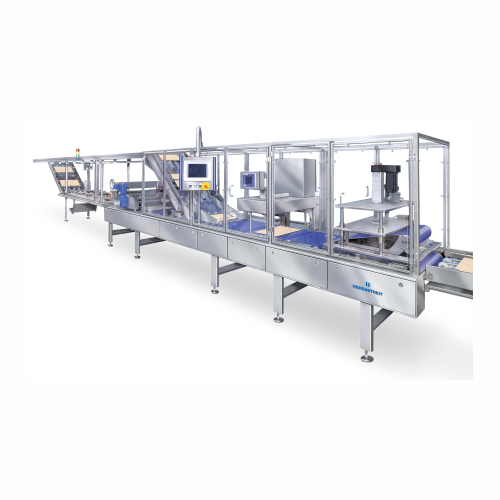
Wafer sheet cream application system
Achieve precision in cream application with high-capacity, continuous film spreading, ...
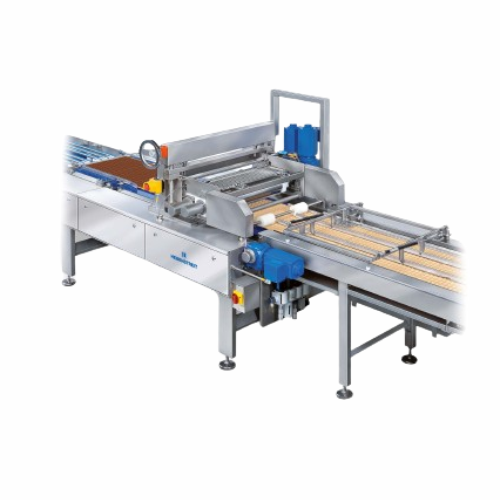
Hollow wafer spreading machine for consistent coating
Optimize your snack production with precise spreading—achieve unifo...
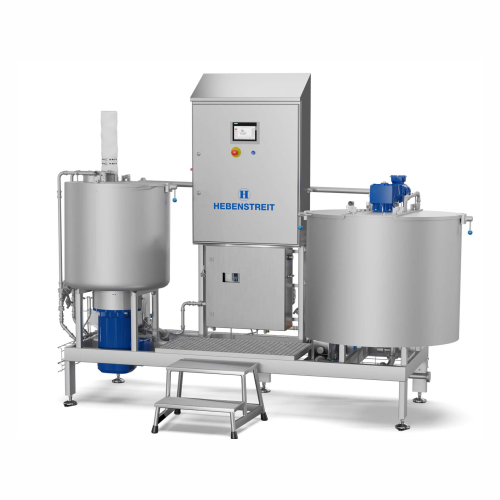
Semi-automatic batter preparation plant for wafer production
Enhance your wafer production with a versatile system desig...
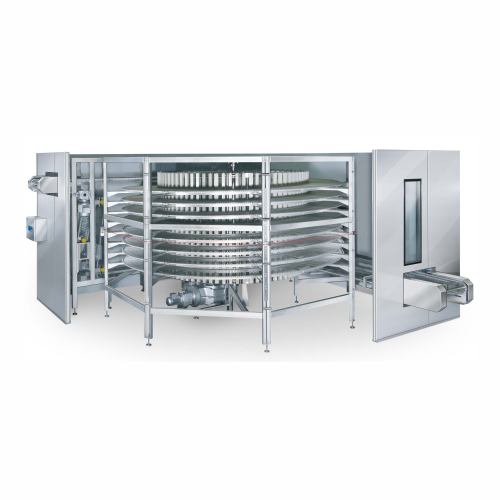
Spiral wafer sandwich cooler for consistent cooling
Ensure precise temperature control and optimal firmness for wafer san...

Cooling drum for seasoned extrudates
Ensure consistent texture and quality in your extruded snacks by effectively cooling s...
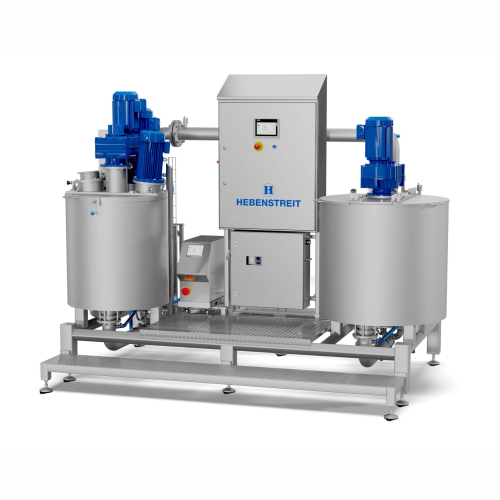
Cream preparation plant for homogeneous mixing
Optimize your snack production with precise mixing technology, ensuring con...
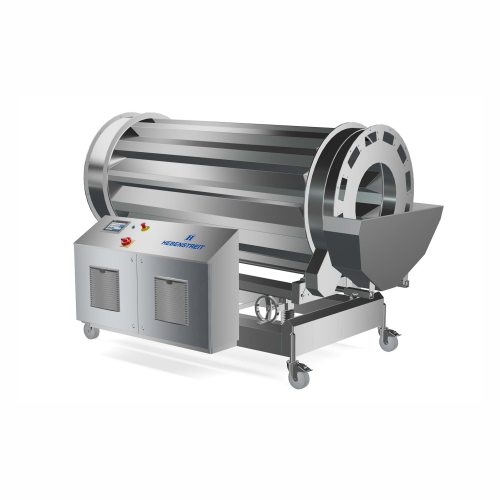
Seasoning drum for extruded snack products
Achieve consistent seasoning and mixing for extruded snacks with precision and ...
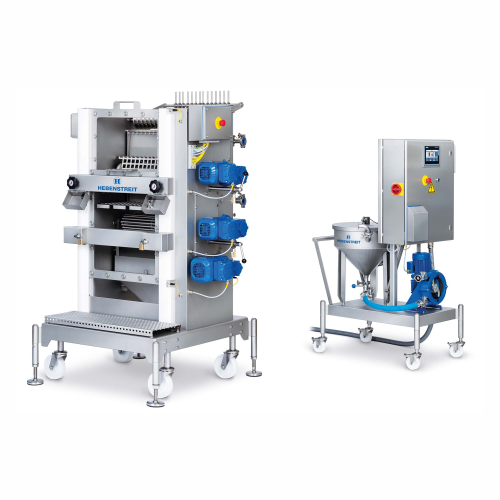
Continuous extruded snack dyeing system
Enhance the aesthetics of your extruded snacks with precise and continuous dyeing, ...
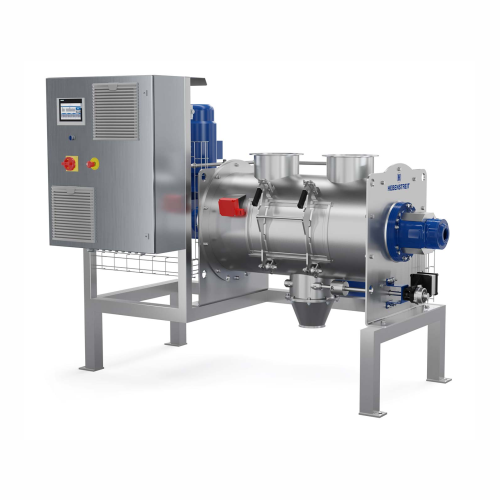
Industrial raw material mixer for complex recipes
Struggling with complex raw material mixtures? This advanced mixing sol...
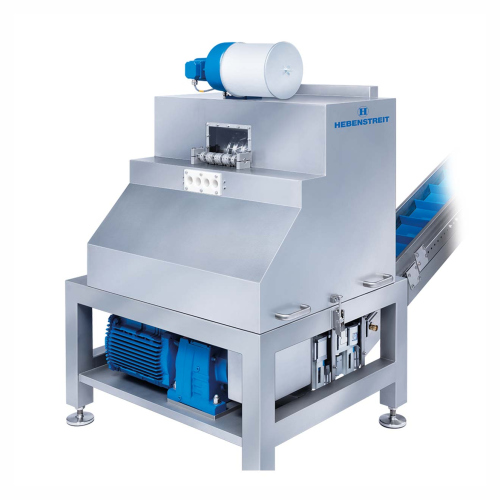
Roller embossing system for snack production
Effortlessly shape and press multiple product strands into diverse, precise f...

Seasoning mixing system for extruded snacks
Achieve consistent flavor profiles in your extruded snacks with this high-spee...
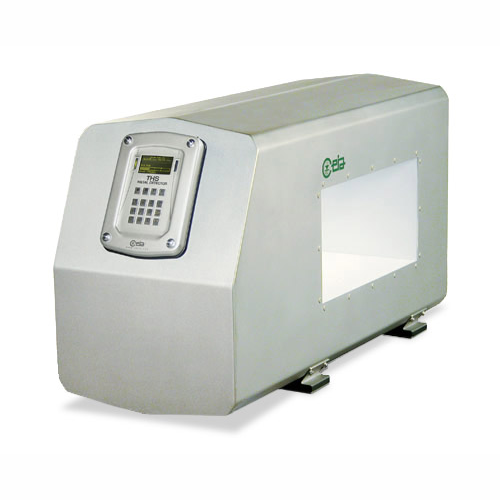
Ferrous-in-foil metal detection system
Enhance quality control for foil-packaged goods with precise ferrous metal detection...
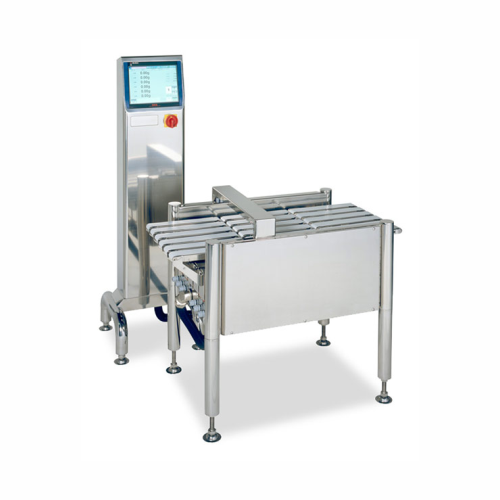
Multi-lane checkweigher for mixed-application production lines
Achieve precise weight verification across multiple lanes...
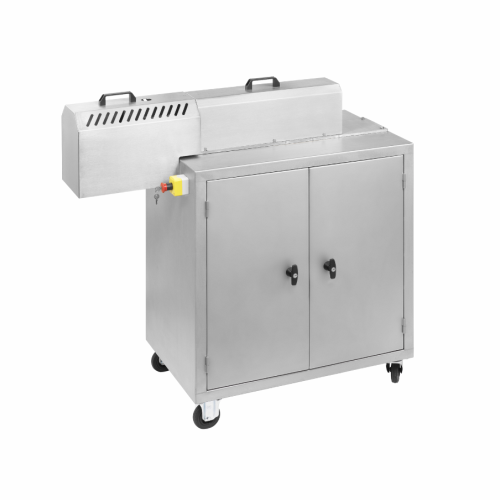
High-viscosity continuous industrial kneader for small volumes
Achieve consistent high-viscosity material processing wit...
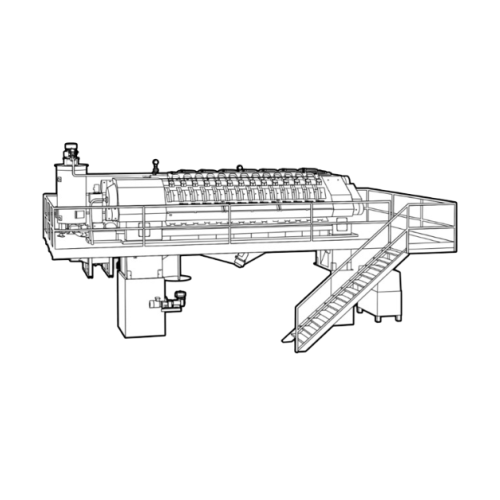
Cocoa pressing plant for high-capacity cocoa liquor processing
Optimize your cocoa processing by converting cocoa liquor...
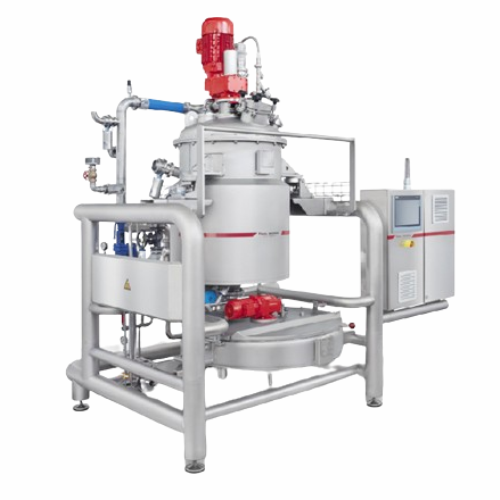
Batch cooker for confectionery production
Achieve consistent confectionery texture and flavor with a flexible cooking solu...
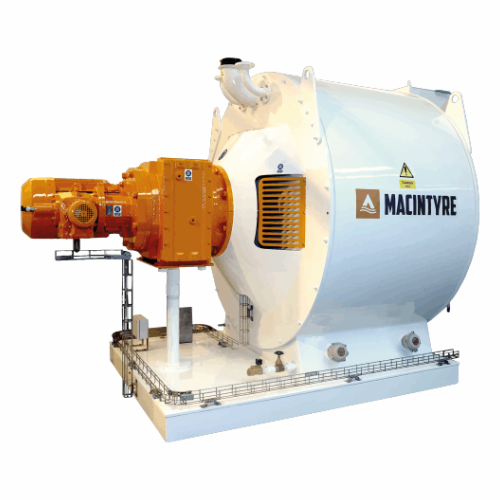
Chocolate refiner and conche solution
Elevate your chocolate production with a versatile solution that seamlessly integrate...
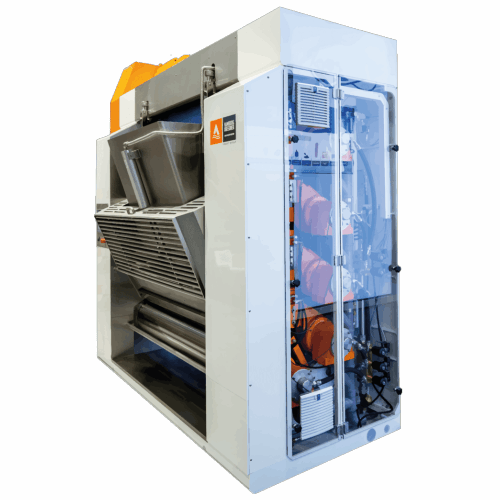
Chocolate refining five-roll refiner
Achieve optimal chocolate texture with high-efficiency refining, reducing energy usage...
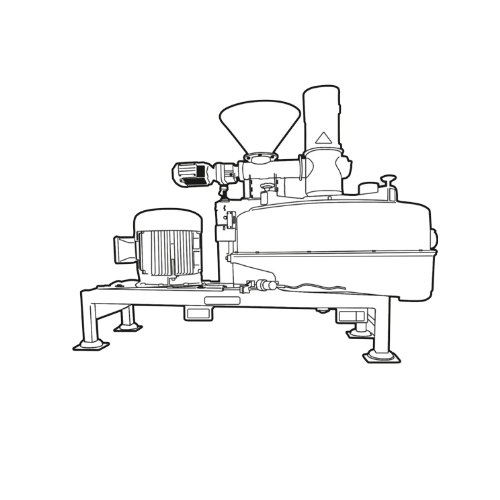
Cocoa nib grinding system
Optimize your cocoa and nut processing with precision grinding to achieve a pumpable mass, ensurin...
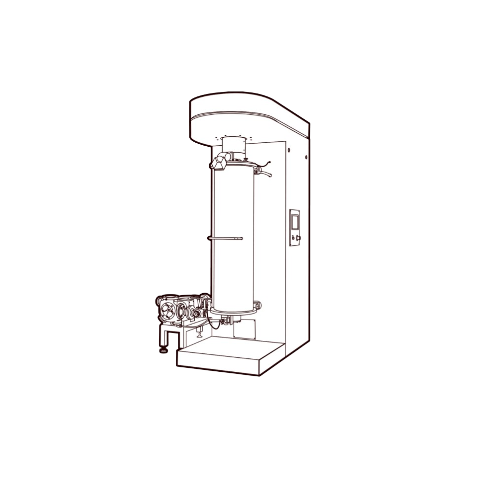
Spindle mill for fine and super fine grinding of cocoa liquor
Achieve precision in grinding cocoa liquor and nut pastes ...
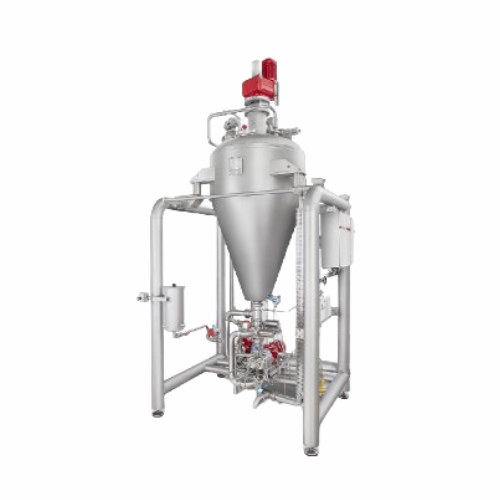
Caramelization system for industrial confectionery production
Achieve precise caramelization and cooking of sensitive co...
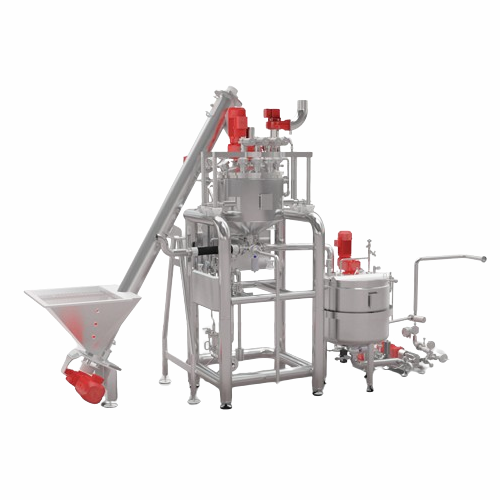
Adjustable weighing system for raw materials
Optimize your confectionery and nutraceutical production with precise weighin...
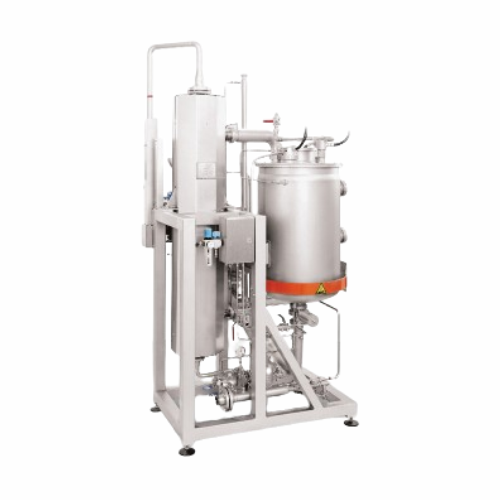
Pre-cooking and final cooking for candy production
Optimize your candy production with a versatile cooker designed to han...
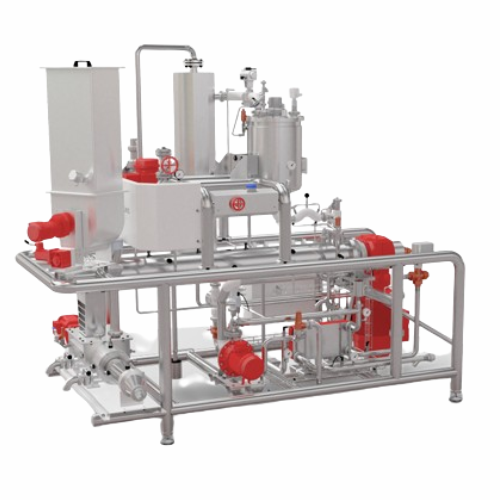
Continuous production fondant beater
Achieve consistent fondant quality by gently controlling crystallization and temperatu...
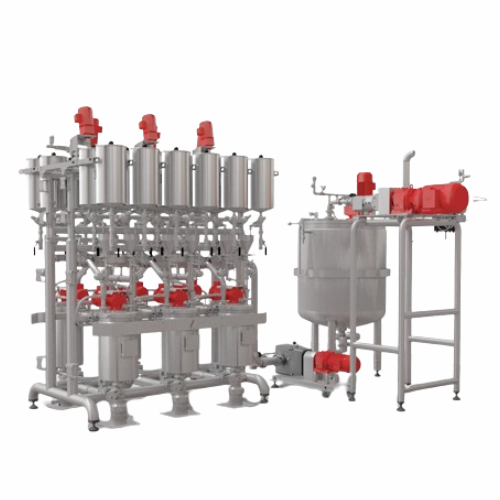
Dosing unit for automated mixing in of ingredients
Achieve precise ingredient integration for confectionery and nutraceut...
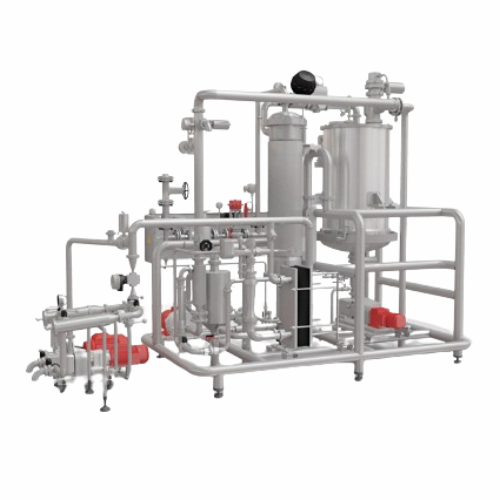
Cooker for jelly and gummies production
Experience efficient gummy and jelly production with precise heating and mixing, en...
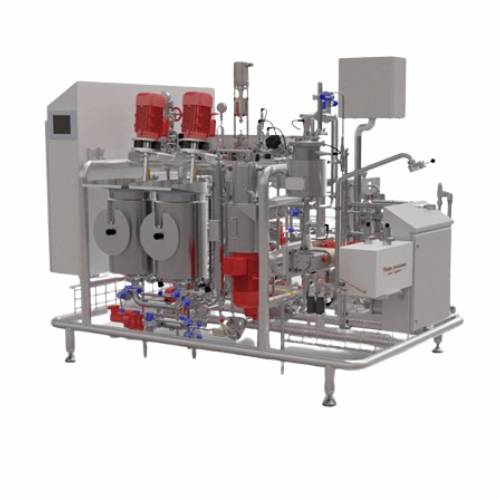
Laboratory unit for small quantity production and r&d
For product developers needing precise control and flexibility, thi...
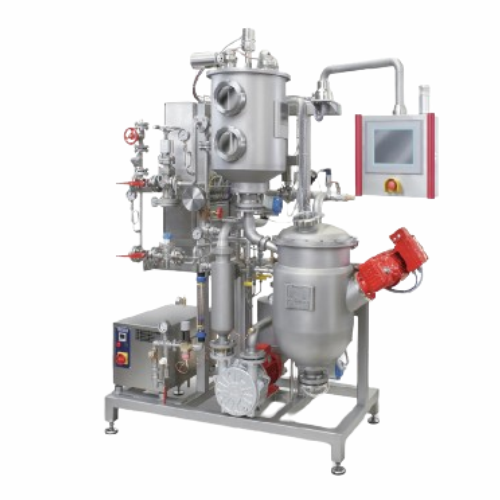
Batch-wise cooking and aerating system for aerated candies
When producing aerated candies, achieving uniform texture and...
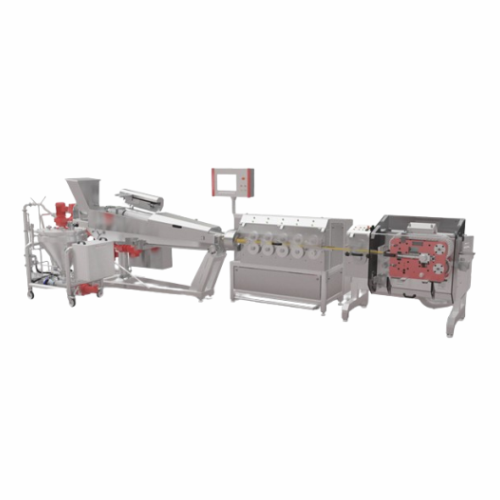
Hard candy forming line for manufacturing
Experience seamless candy production with advanced forming technology, ensuring ...
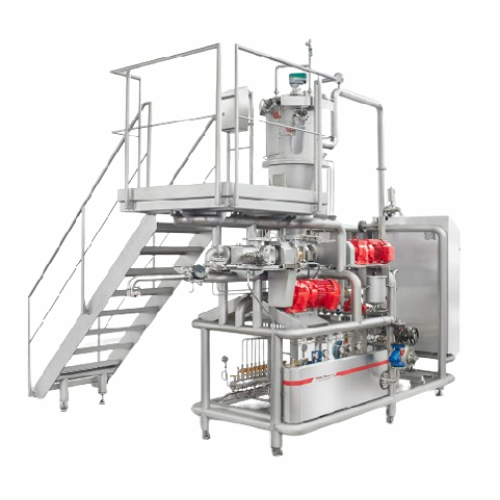
Integrated process system for hard caramel production
Optimize your candy production with a fully integrated system desig...
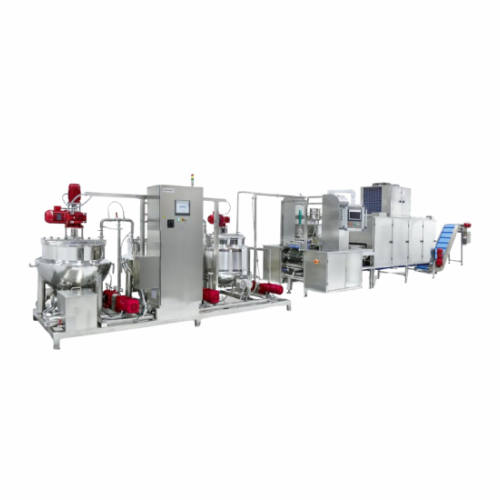
Automatic gummy production system
Achieve precise control in gummy production with systems that cater to diverse formulatio...

Automatic gummy production equipment
Achieve consistent gummy quality with high-speed depositor technology ideal for small ...
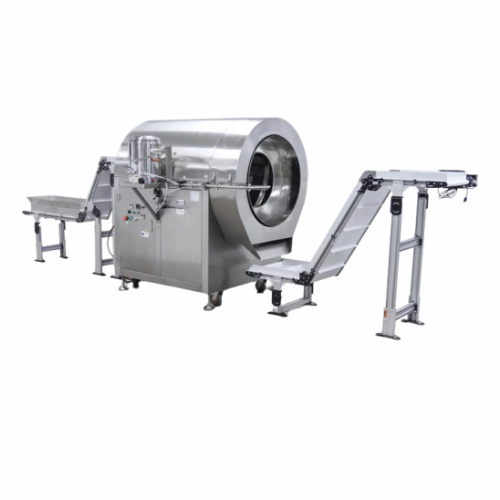
Oil coater for gummies
Optimize your gummy production with high-speed oil coating for consistent, flavorful finishes, ensurin...
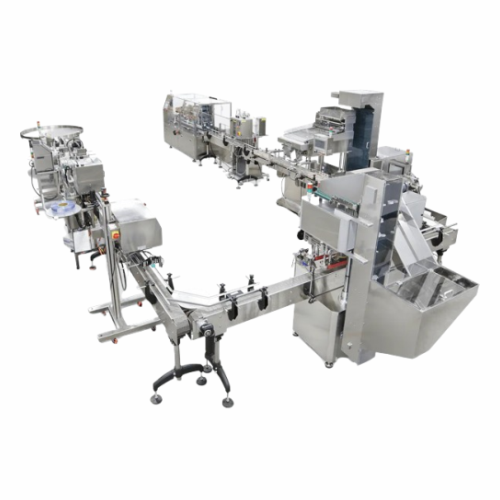
Packaging system for gummy products
Optimize your gummy production with a flexible packaging system that safeguards product...
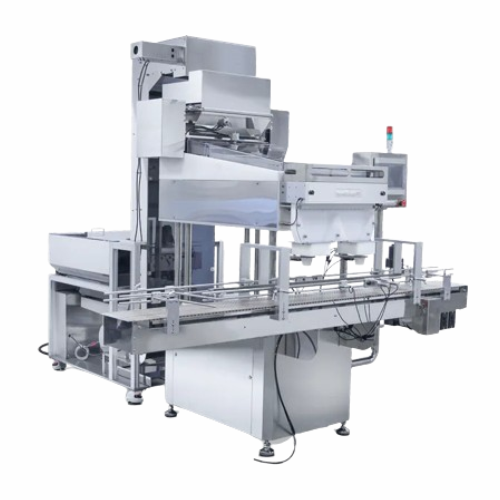
Rapid gummy channel counter
Ensure accurate gummy counts and streamline your production process with a solution designed to ...
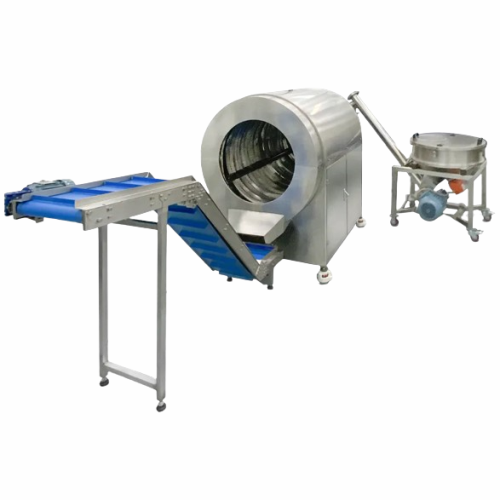
Sugar coating system for gummies
Achieve a flawless sugar coat on up to 240,000 gummies per hour, seamlessly integrating int...
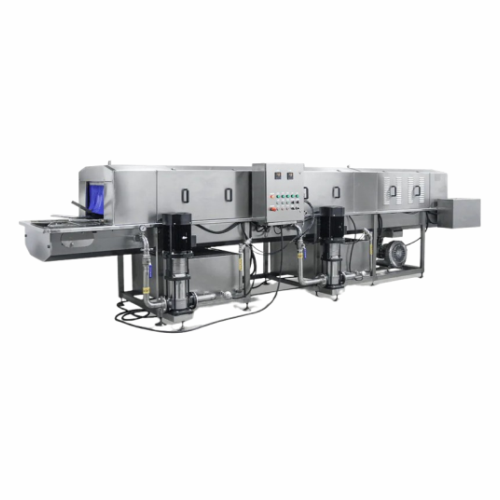
Automatic tray washer for gummy production cleanup
Eliminate gummy residue efficiently with high-pressure tray washing, e...
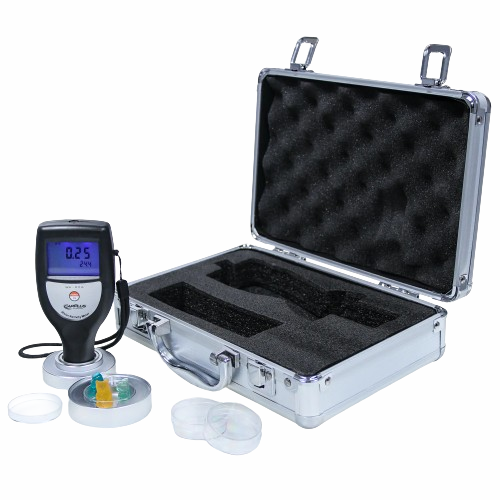
Portable water activity meter for gummy production
Ensure consistent gummy quality and extended shelf life by precisely m...
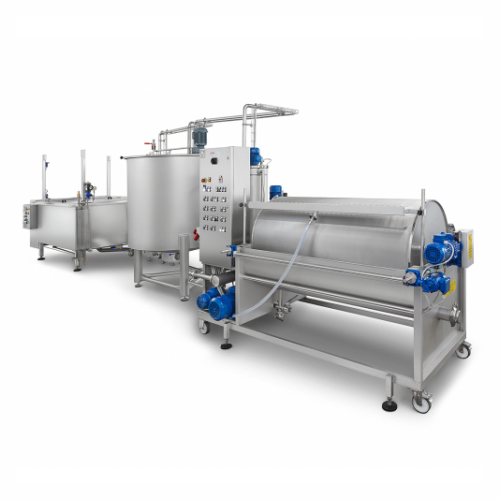
Systems for processing confectionery rework
Optimize resource use and reduce waste by transforming confectionery rework in...
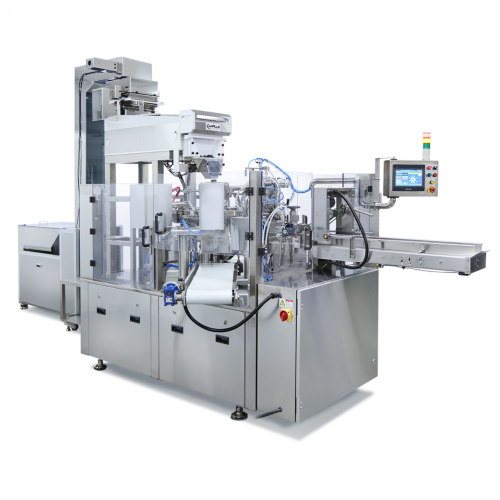
Gummy counter for gusseted bags
Optimize your gummy production line with precise counting and packaging into re-sealable gus...
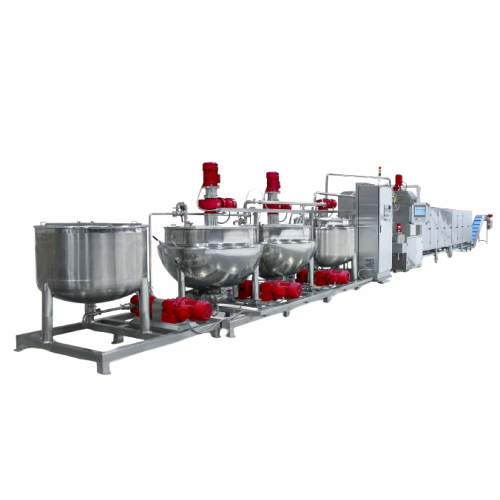
Automatic gummy manufacturing system
Efficiently streamline your candy production with a system capable of producing up to ...

Small automatic gummy line
Streamline your gummy production with a compact system designed to deliver precision deposits and...
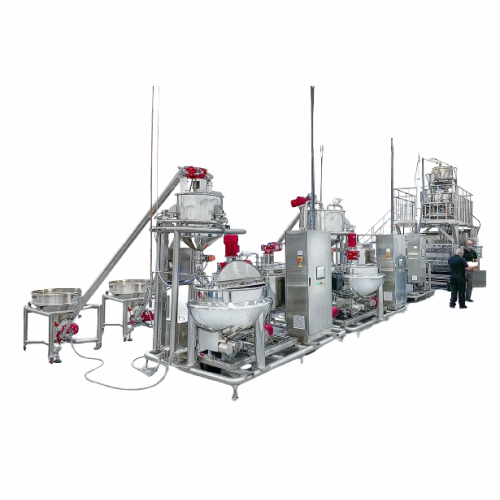
High-capacity gummy production system
Optimize your gummy production with a starchless system that deposits up to 240,000 g...
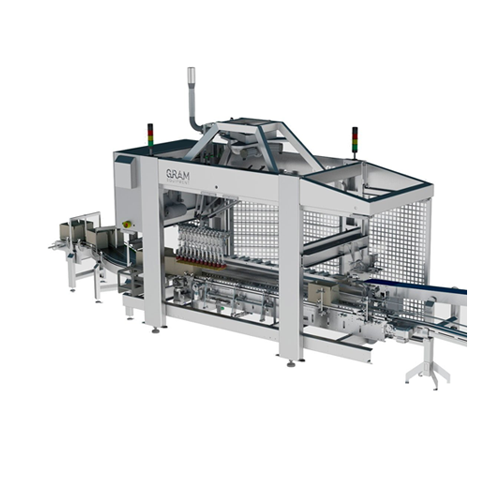
Continuous multi-lane wrapping solution
Achieve precision and speed in packaging with an advanced solution designed for con...
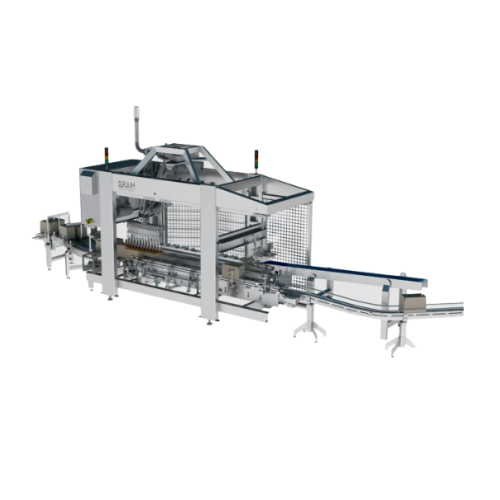
Multi-lane ice cream wrapping system
Optimize your production line with a high-speed, multi-lane wrapping system designed t...
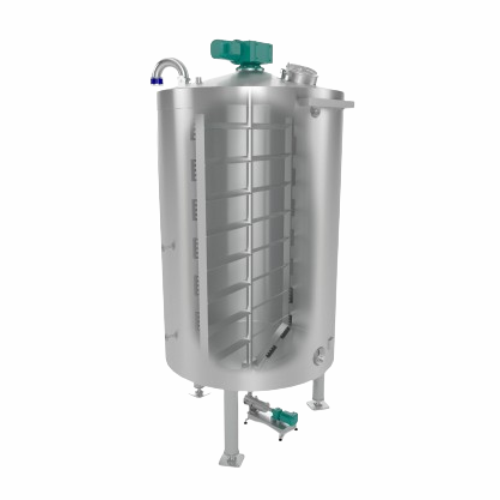
Stainless steel chocolate tank for storage and processing
Efficiently control temperature and consistency for chocolate ...
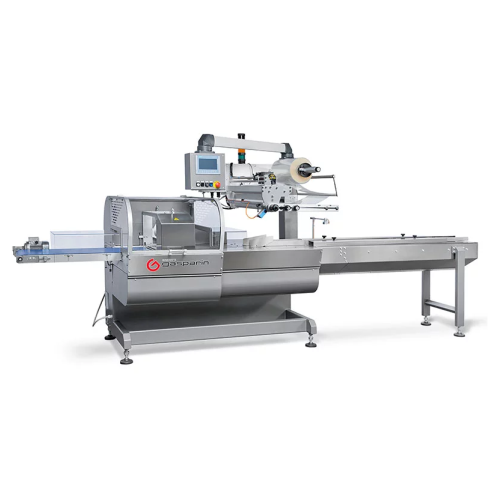
Continuous flow-wrapping system for high productivity
Optimize your packing line with a high-speed flow-wrapping system d...
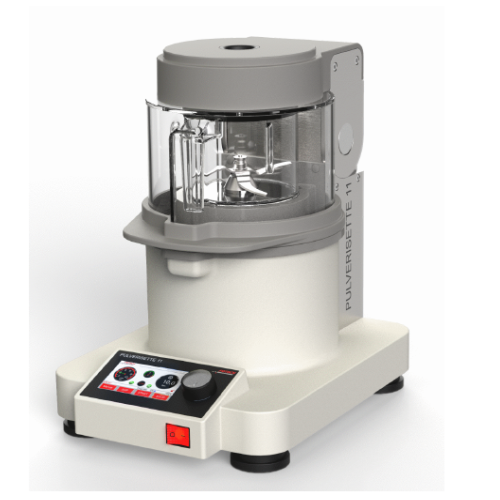
Laboratory knife mill for fast comminution
Achieve rapid and precise sample preparation with this versatile knife mill, de...
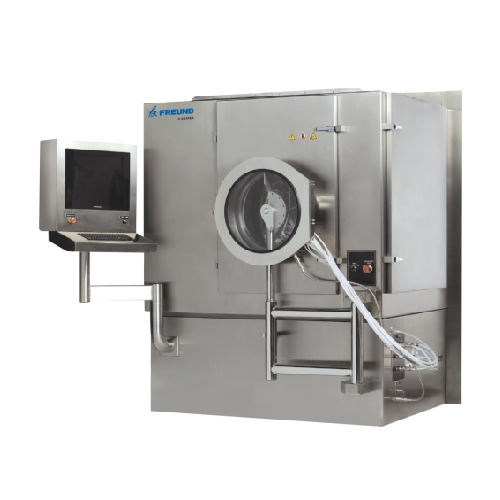
Tablet coating system for aqueous, solvent, and sugar films
Achieve precision coating with flexible application capabili...
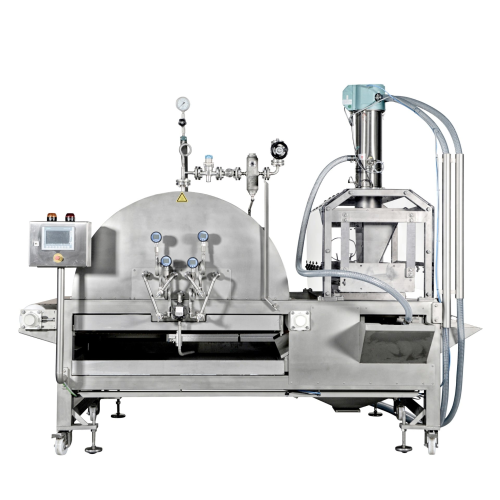
Industrial sugar sander for confectionery coating
Enhance product appeal and longevity with a sugar sander designed to un...
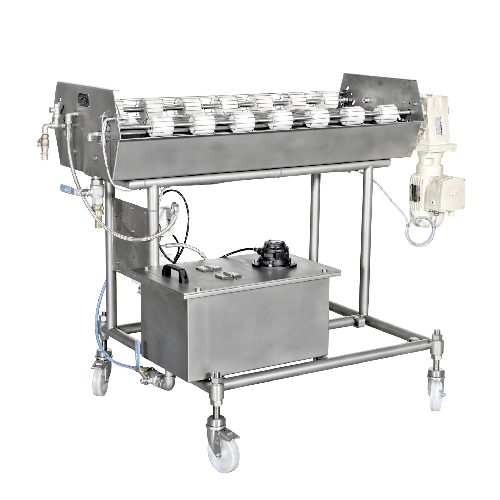
Waxing station for confectionery products
Optimize your product’s final presentation and quality by applying a preci...
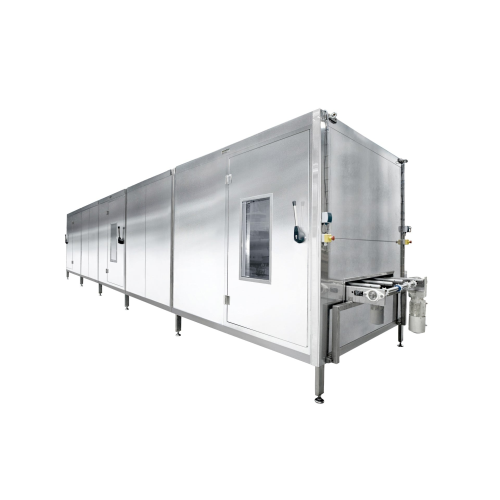
Cooling tunnel for confectionery extrusion
Optimize your production line with a versatile cooling tunnel capable of effici...
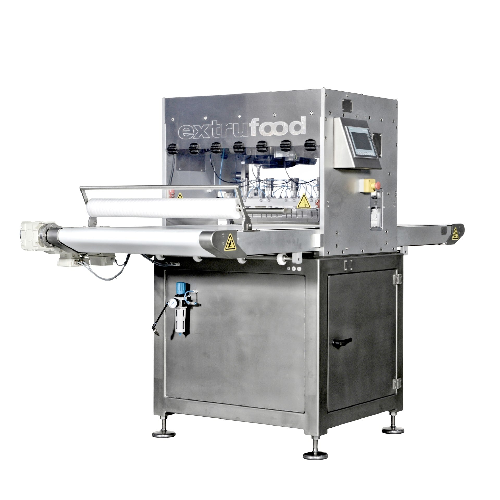
Confectionery cutting system for accurate results
Achieve precision and flexibility in modern confectionery production wi...
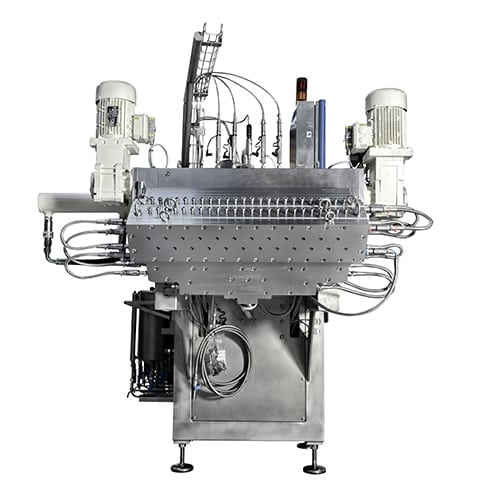
Multi-color and flavor confectionery production system
Maximize production flexibility with a single extruder that seamle...
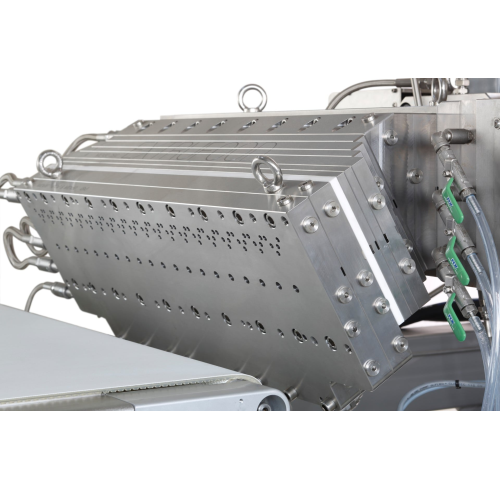
Extrusion system for color changing confectionery strands
Easily switch colors in confectionery strands mid-production, ...
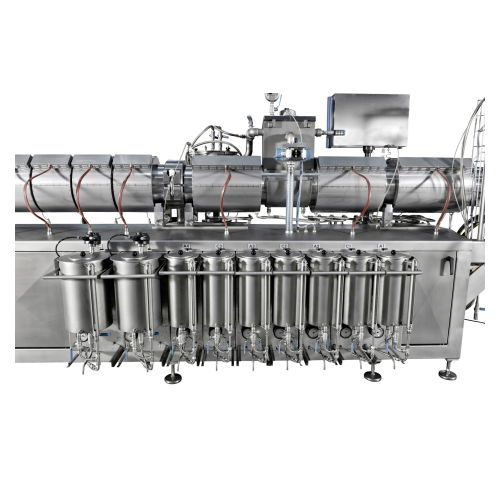
High precision dosing system for color, flavor, and acid
Achieve precision and reliability in dosing color, flavor, and a...
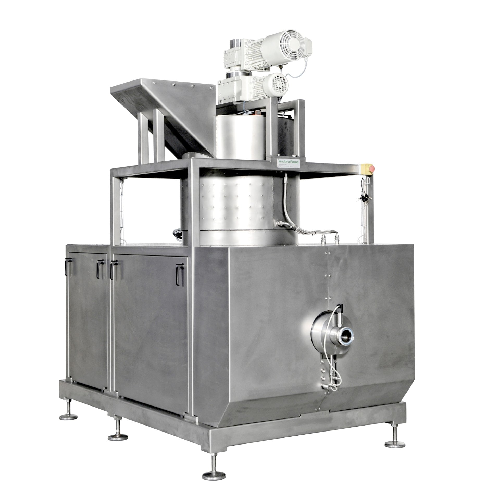
Confectionery forming extruders for viscous masses
Efficiently transform viscous ingredients into uniform, high-quality c...
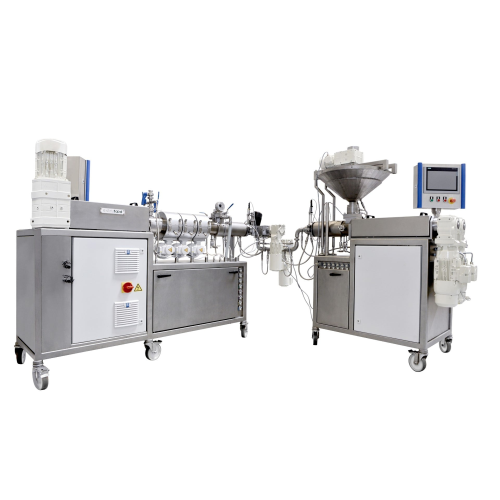
Lab cooking and forming extruders for r&d
Optimize your R&D processes by testing new recipes and improving formulatio...
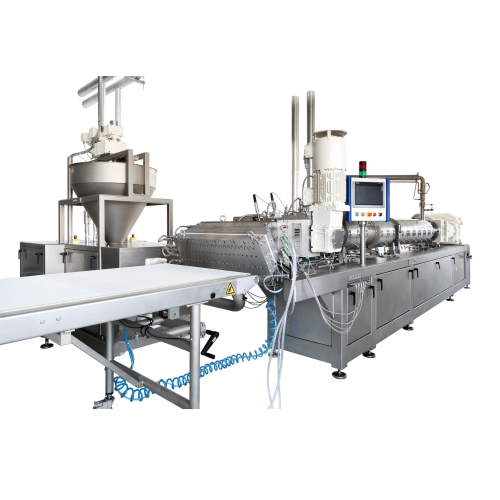
Screen changer for extrusion lines
Prevent clogs and maintain quality with this screen changer, designed to filter out soli...
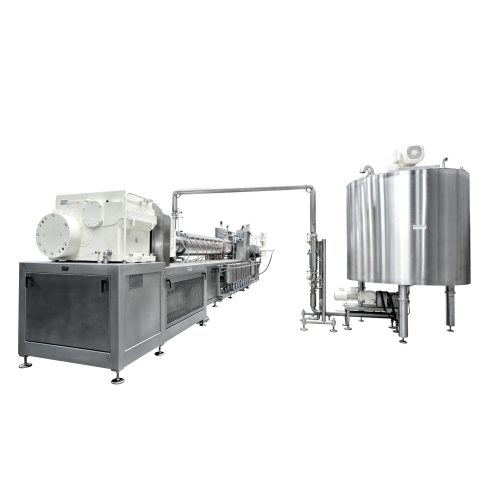
Slurry preparation for licorice production
Ensure a continuous and homogeneous feed of licorice slurry to your extruder, o...
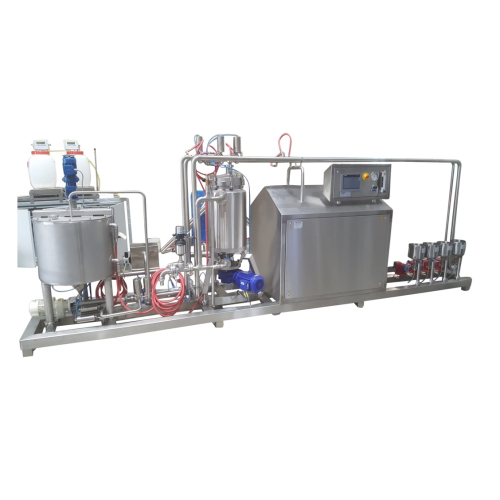
Caramel cooking solution
Optimize your confectionery production with precise mixing, dissolving, and heat transfer technologi...
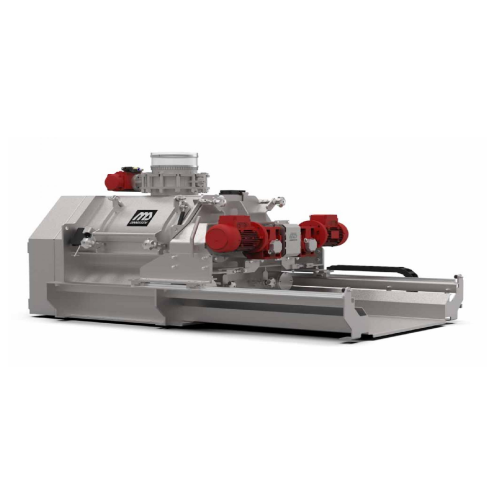
5-in-1 industrial mixer for food and chemical industries
Streamline your production with a multifunctional system that ef...
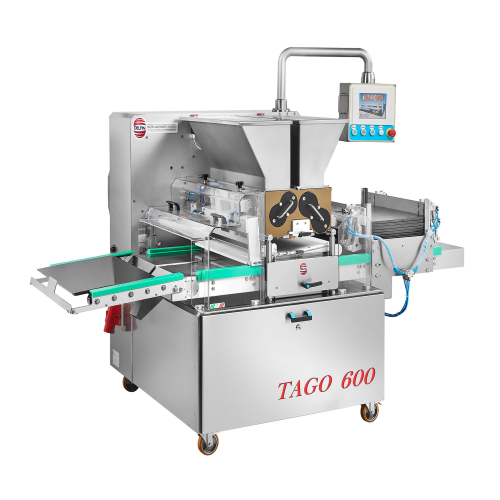
Biscuit depositing system for two-color biscuits
Enhance your bakery line’s efficiency with a high-speed depositing ...
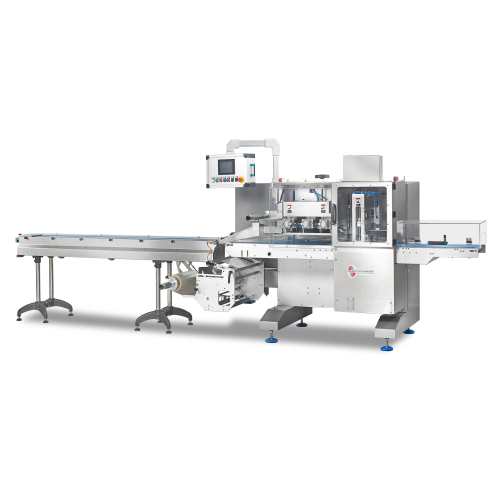
Horizontal flow pack packaging solution
Achieve seamless packaging with versatile flow pack machines, designed to efficient...

Flow pack packaging solution for flexible wrapping material
Optimize your packaging line with this compact flow pack sol...
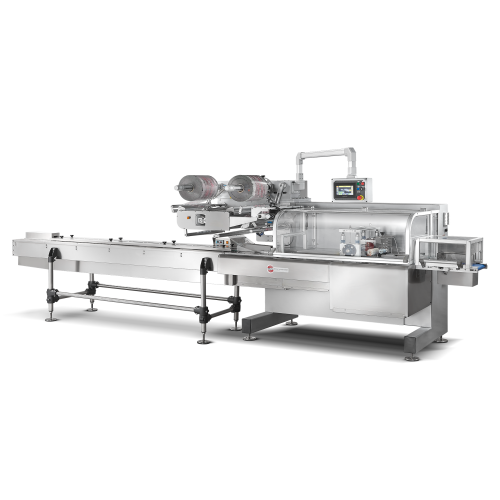
Horizontal flow pack packaging machine for multi-format packaging
Streamline your packaging process with a versatile ho...
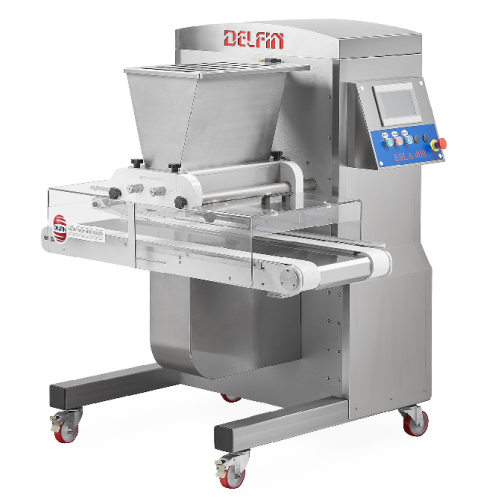
Biscuit depositing system
Optimize your biscuit production with a high-speed depositing system designed for continuous opera...
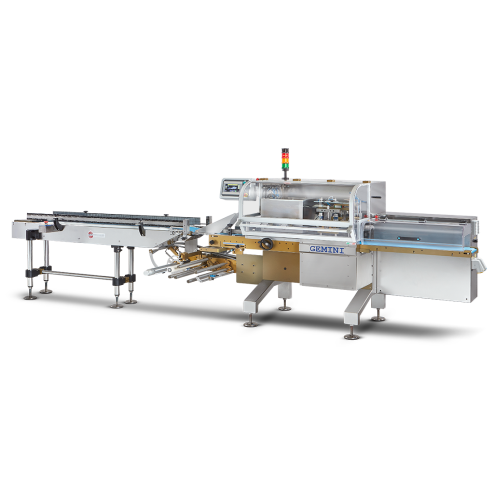
Flow pack packaging system for flexible wrapping material
Achieve seamless, high-speed packaging of solid foods with thr...
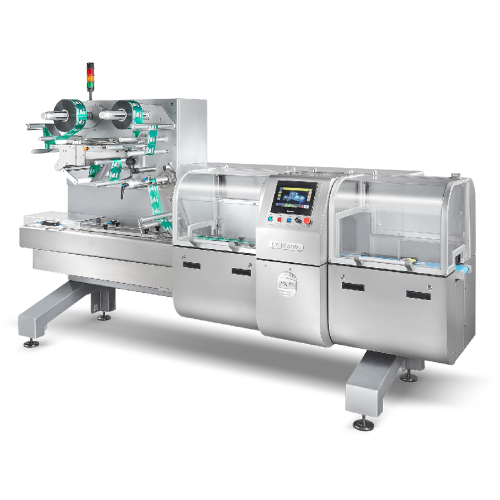
Horizontal packaging system for high-speed operations
Achieve unmatched sealing precision and packaging speed with this h...
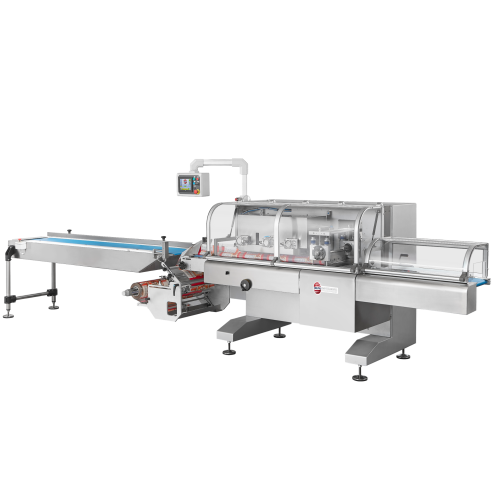
Flow pack packaging for irregularly shaped products
Achieve precise packaging for irregularly shaped and delicate items w...
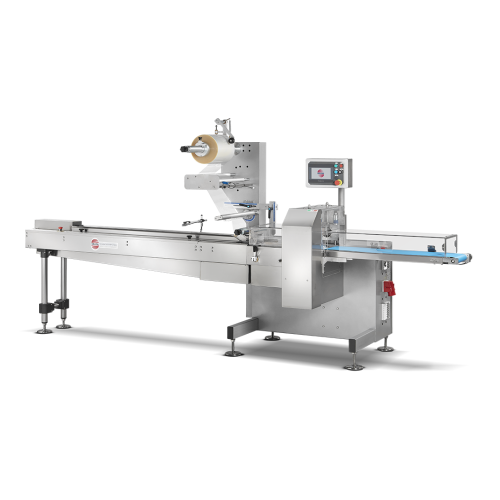
Horizontal flow-pack solution for flexible wrapping material
Simplify your packaging process with a high-speed, three-si...

Three-side sealing flow pack machine
Optimize packaging efficiency with a high-speed flow pack machine that ensures precise...
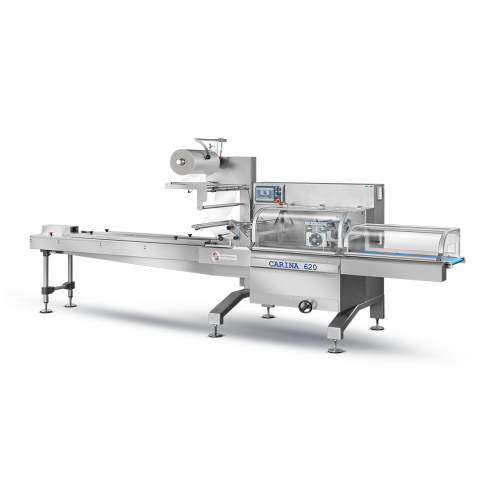
Three-side sealing packaging machine
Achieve precise, three-side sealed packaging for both food and non-food products, enha...
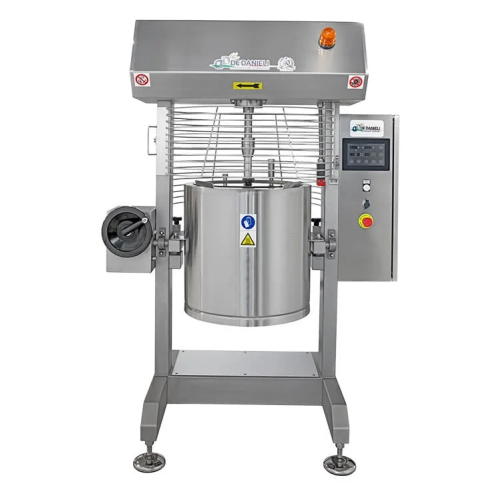
Cooker for nougat and hard mixtures
Optimize the production of high-density mixtures like nougat and meat sauces with this ...
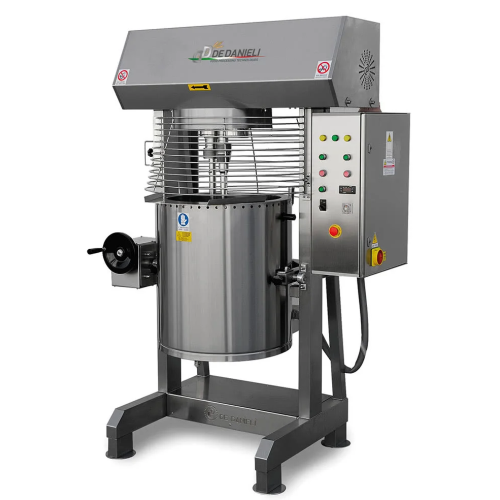
Planetary cooker for medium-high density mixtures
Achieve smooth, consistent textures with a planetary cooker designed fo...
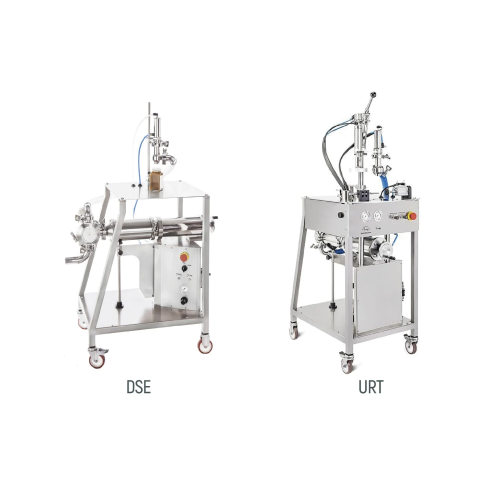
Pneumatic dosers for variable density products
Achieve precise dosing for liquid to dense products with versatile pneumati...
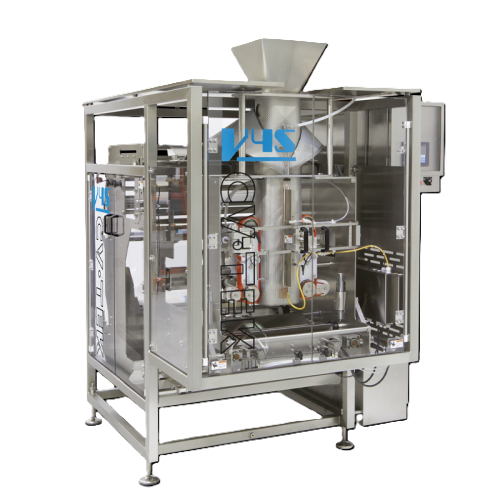
Vertical form fill seal packaging for high washdown environments
Ensure optimal packaging in demanding environments with...
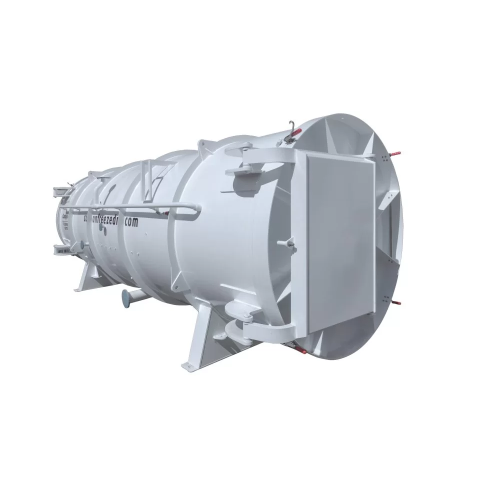
Large-scale industrial freeze dryer
Achieve precise moisture control and preserve product integrity with a large-scale free...
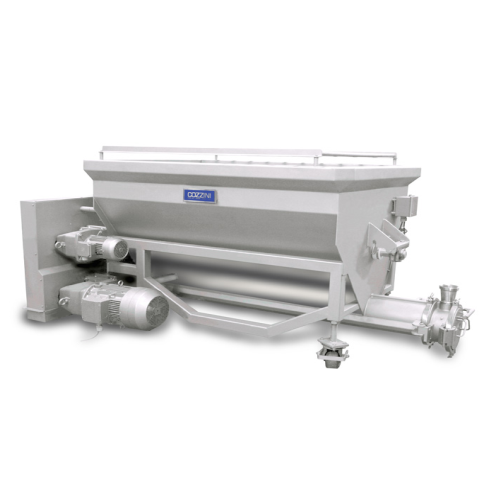
Horizontal screw loader for food processing
Optimize your production flow with a smooth-loading solution designed to effic...
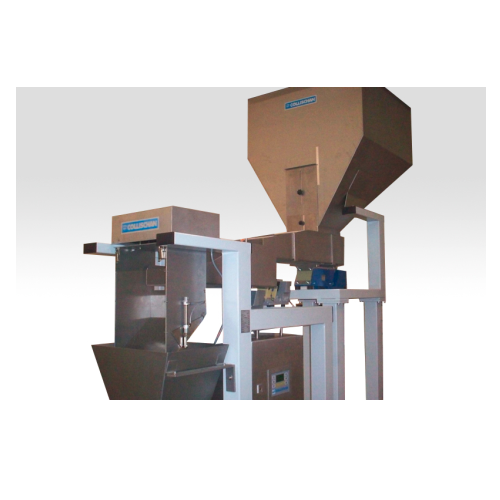
Weigh filler for bulk quantities 2-20kg
Optimizing your filling process with precision, this equipment handles bulk quantit...
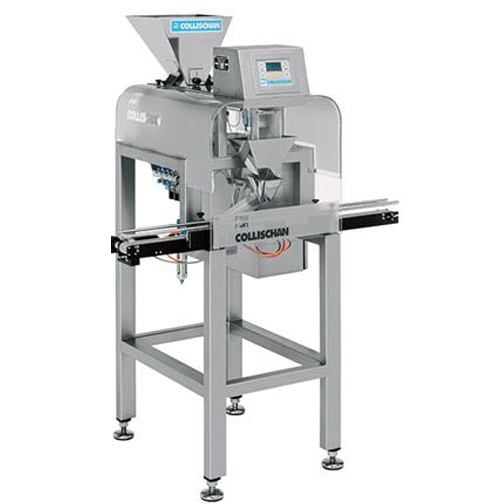
Weight filler for small batches in explosive areas
Efficiently handle and weigh small batch products with precision, even...
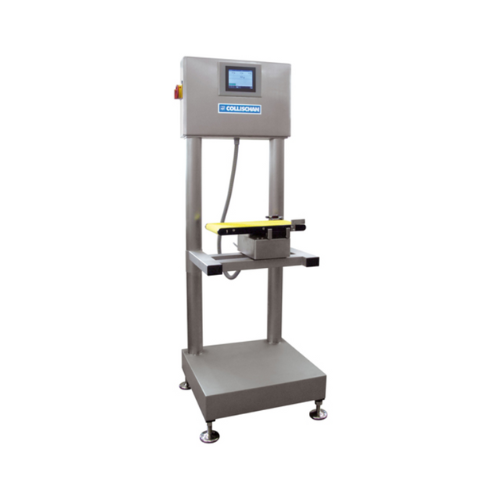
Basic checkweigher for weight control in low to medium performance
Ensure accurate weight control with a versatile chec...
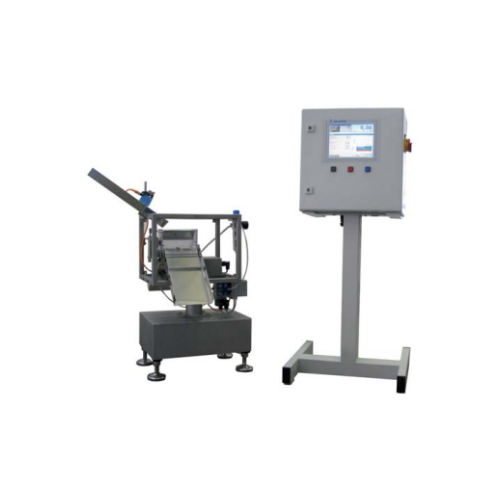
Static checkweigher for accurate measurement
For those needing unparalleled precision, this static checkweigher ensures ex...
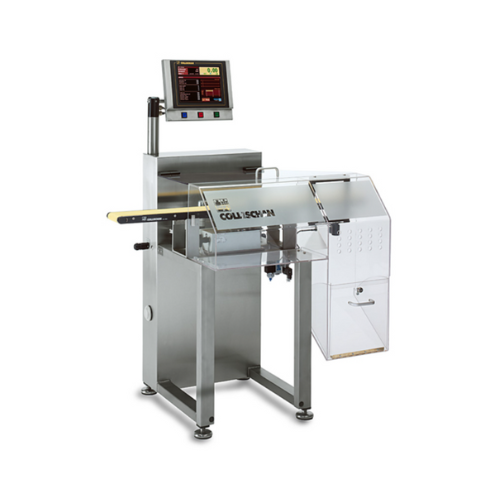
High-performance checkweigher for pharmaceutical tablet cartons
Achieve precision weighing at speeds up to 500 units per...
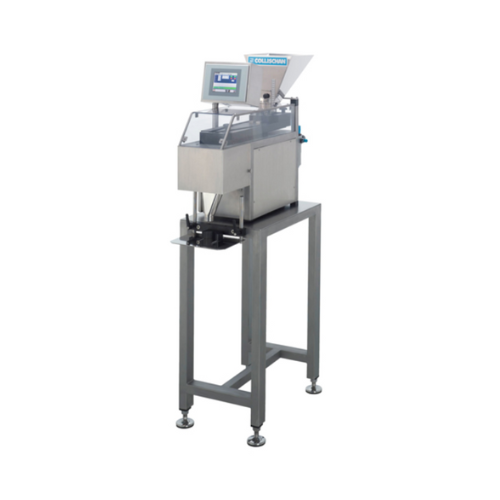
Counting system for tablets and capsules
Effortlessly count a variety of tablets, capsules, and dragées with precision, ens...
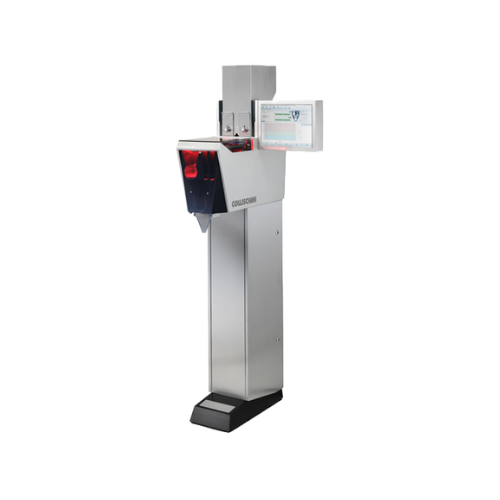
Tablet counting solution for pharmaceutical industry
Maximize dosing precision and reduce miscounts in high-speed pharmac...
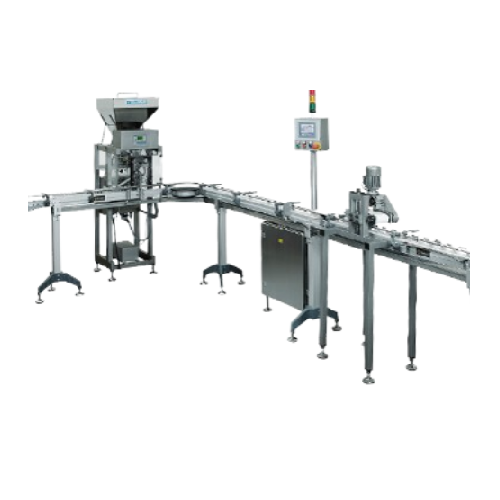
Precision weigh filler for food and pharma industries
Optimize precision in multi-component dosing with seamless integrat...
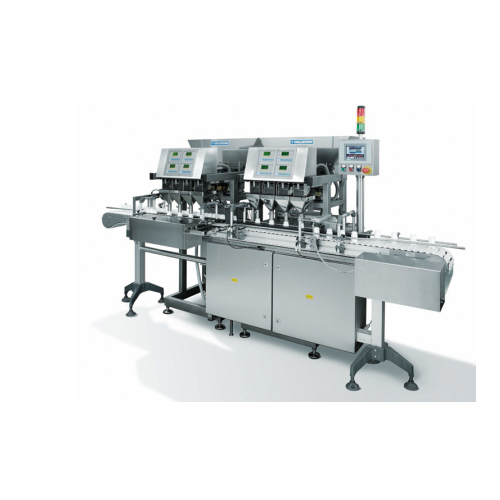
Complete packaging lines for various containers
Streamline your packaging process with versatile equipment capable of hand...
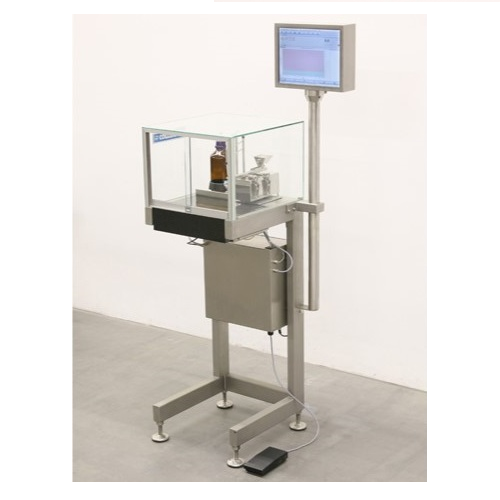
Microdosing system for granules and powder
Achieve precise dosing with minimal variance across all fills, ensuring consist...
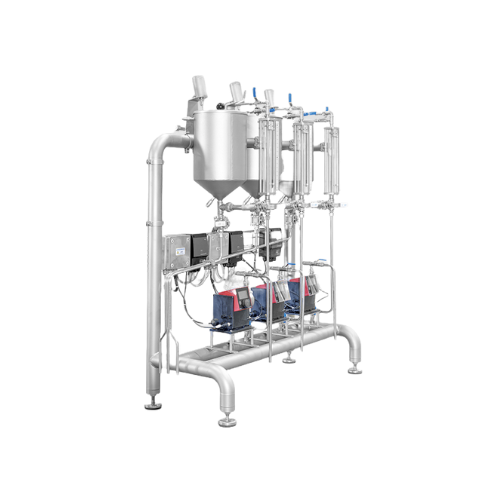
Liquid confectionery metering system
Effortlessly integrate precision and flexibility in candy production by accurately met...
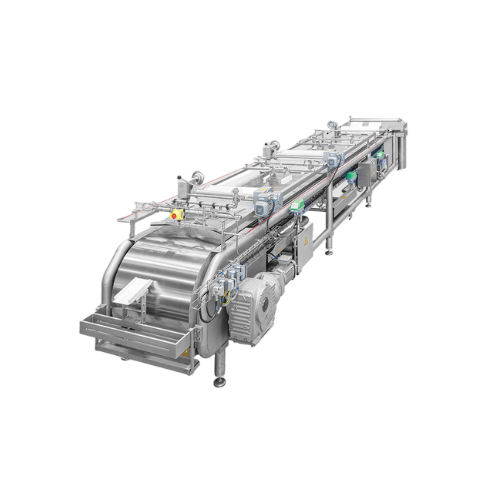
Industrial chocolate tempering belt
Achieve precise mass tempering for diverse confectionery textures with a stainless-stee...
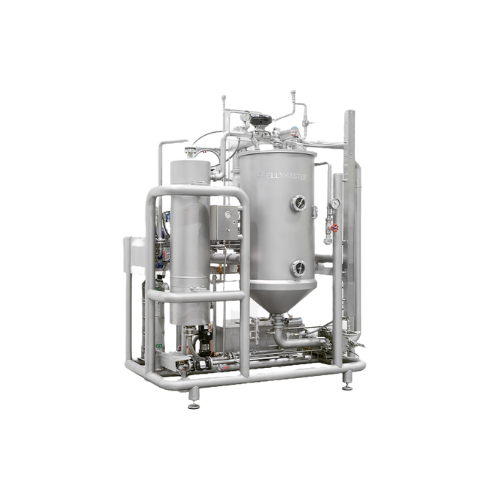
Continuous cooking system for jelly and marshmallow production
Elevate your confectionery production with a system desig...
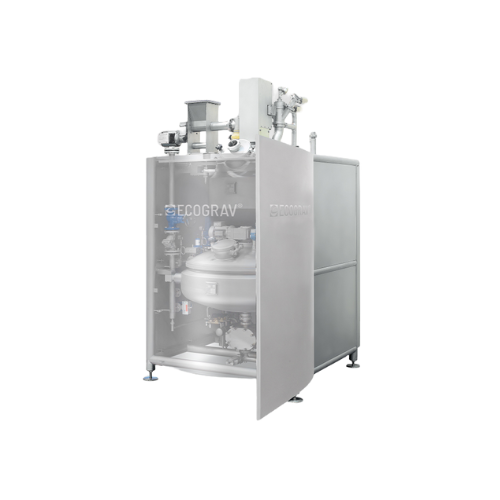
Batch weighing system for precise ingredient metering
Optimize your confectionery production with a system that reduces s...
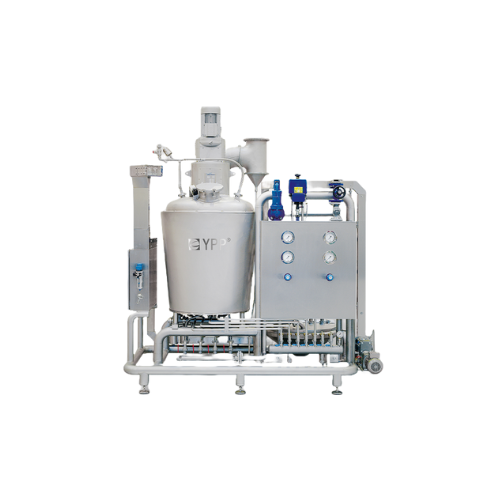
Continuous caramel cooker for candy production
Achieve perfect caramel consistency with precise control as this solution c...
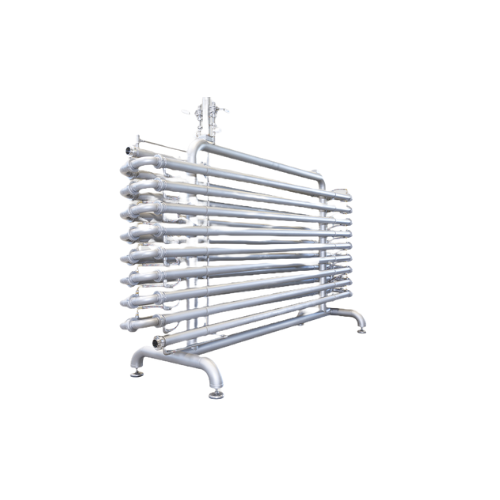
Static cooler for jelly and foam manufacturing
Ensure the integrity of your confectionery with a cooling system designed f...
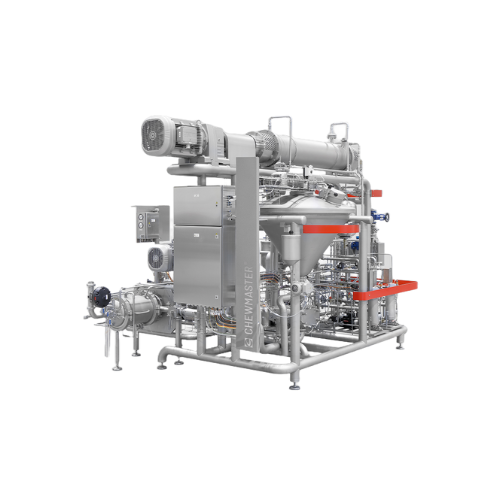
Crystallization process for chewy candy production
Optimize your confectionery production with precision crystallization,...
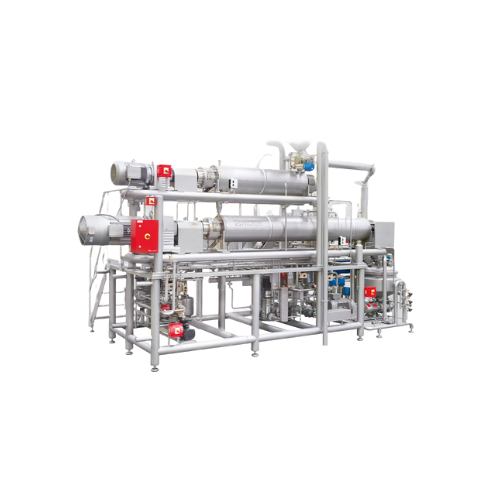
Fondant mass production system
Achieve precise crystal size and uniform fondant quality with a two-step crystallization proc...
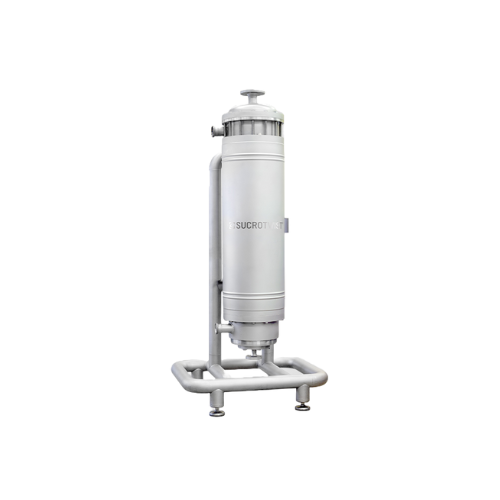
Hygienic pressure dissolver for high heat exchange
Efficiently dissolve and cook a wide range of confectionery masses wit...

Thin chocolate shell forming
Create gourmet confections with precision by forming delicate chocolate shells, perfect for ver...
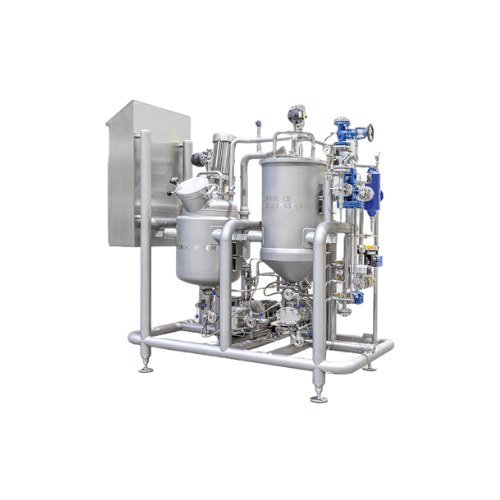
High shear mixer system for hydrocolloids
Streamline your confectionery production with a high-shear mixer designed for pr...
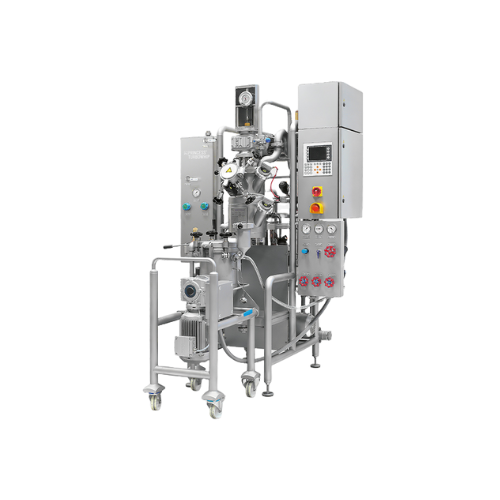
Aerator for candy masses
Enhance your candy production with precise and efficient aeration, transforming textures and creatin...
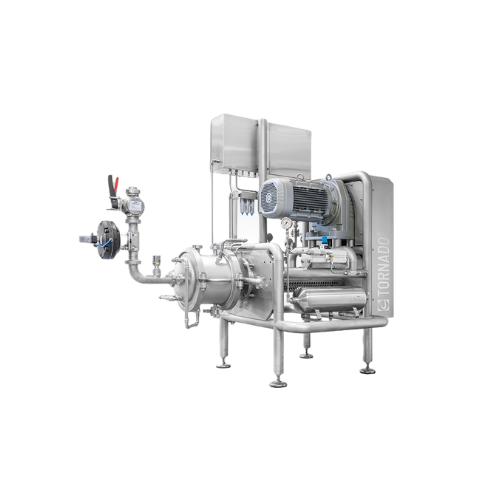
Continuous aeration system for confectionary and bakery products
Optimize your production line with precise, high-speed ...
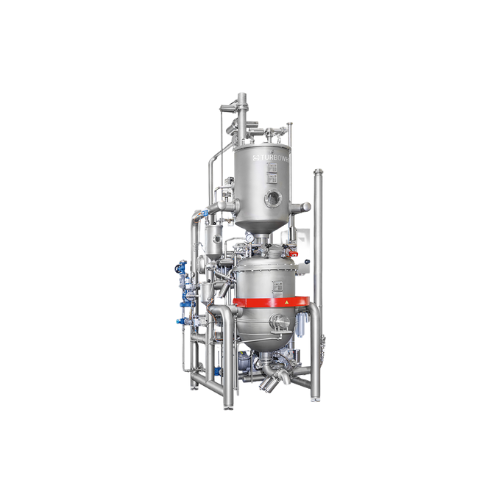
Aeration system for sugar masses
Optimize your production of aerated confectioneries with a two-step aeration system designe...
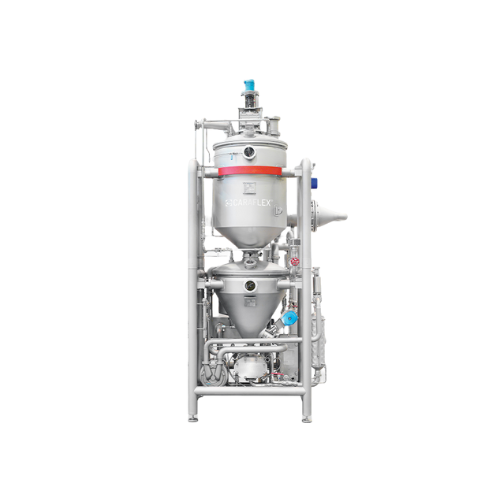
Continuous caramelization system for protein-containing sugar masses
Achieve precise caramelization for a wide range of...
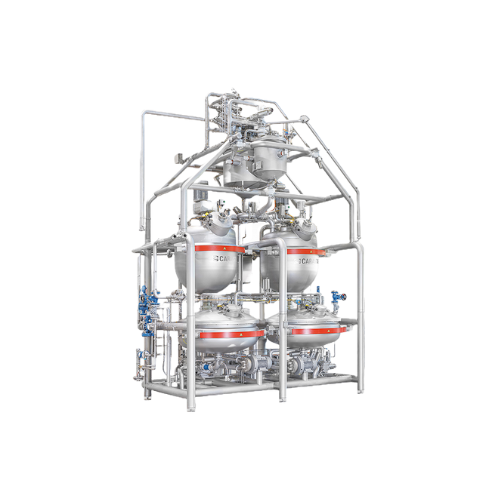
Batch cooker for confectionery masses
Effortlessly cook a variety of confectionery masses, like caramel and jelly, with pre...
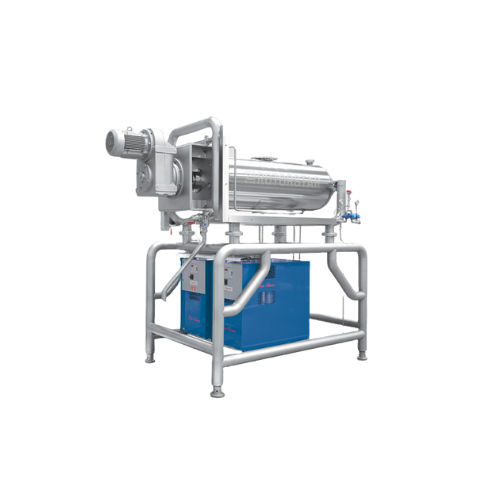
Continuous butter toffee processing system
Achieve precise caramelization and nut integration while maintaining the perfec...
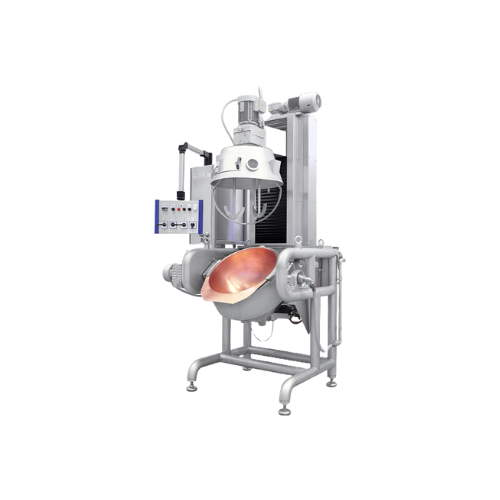
Industrial sugar melter
Efficiently melt and mix sugar with precision using a gas-fired batch cooker designed for optimal hea...
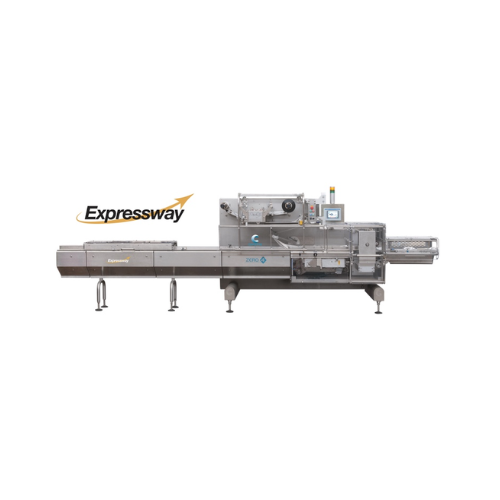
High-speed packaging system for flow-wrapping
Streamline your packaging operations with a high-speed flow-wrapping solutio...
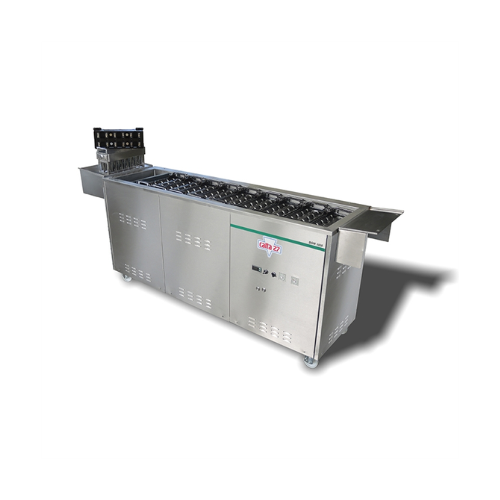
Hardening tank for water-ice lollies
Enhance your small-scale ice cream production with a versatile solution that allows yo...
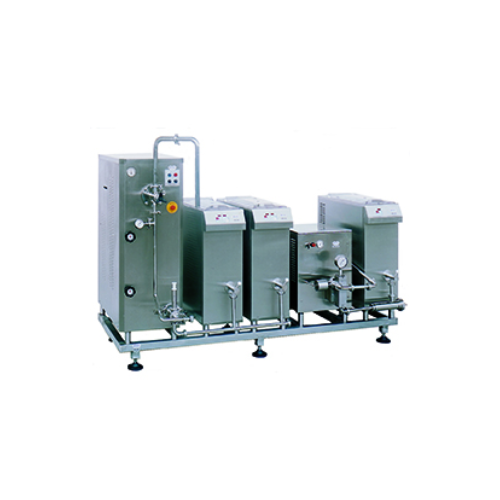
Pilot plant for ice cream production
Optimize your ice cream production with a flexible pilot plant that seamlessly integra...
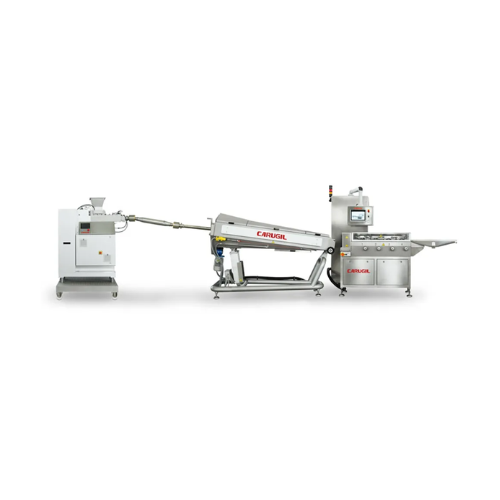
Preforming line for candy rope production
Achieve consistent sugar ropes and lollipop centers with precise forming and siz...

Stickpack wrapper for lollipops
Enhance your confectionery line’s efficiency by wrapping up to 480 lollipops per minut...
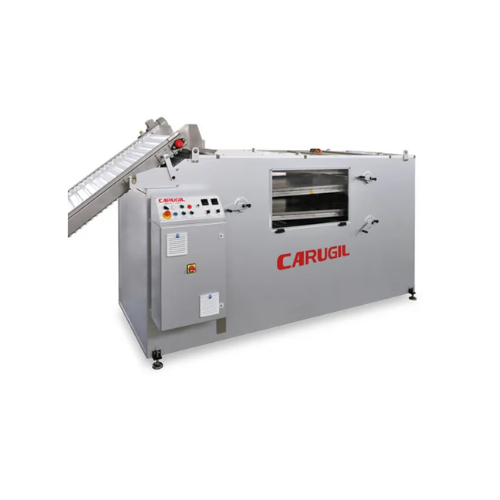
Industrial cooling tunnel for bubble gum and toffee
Ensure your confectionery maintains its shape and quality with high-p...
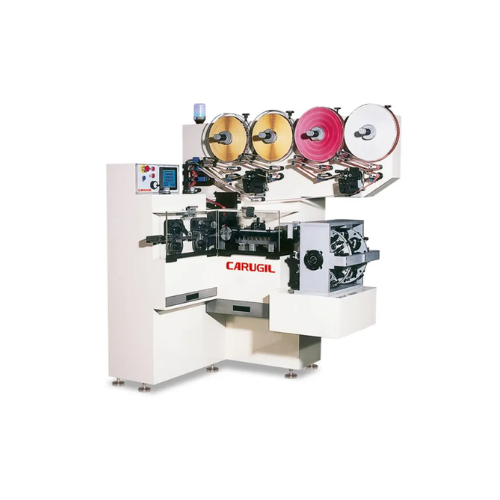
High-speed cut and wrap solution for confectionery products
Achieve seamless integration in your confectionery productio...
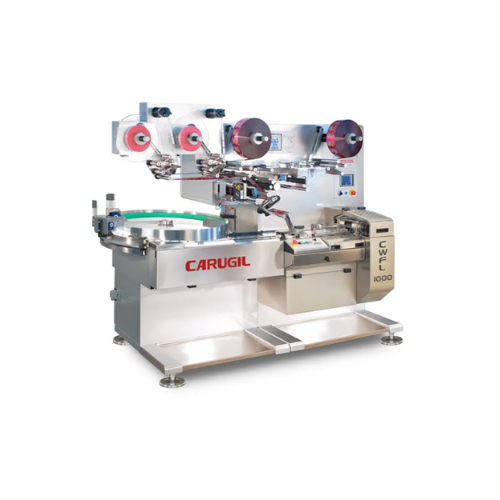
Flow wrapper for lollipops packaging
Achieve precise and high-speed lollipop packaging with continuous-motion flow wrapping...
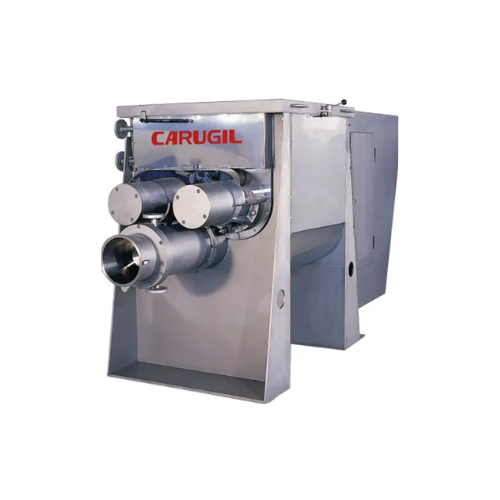
Double sigma kneader for viscous product mixing
Optimize the mixing and kneading of high-viscosity products with our doubl...
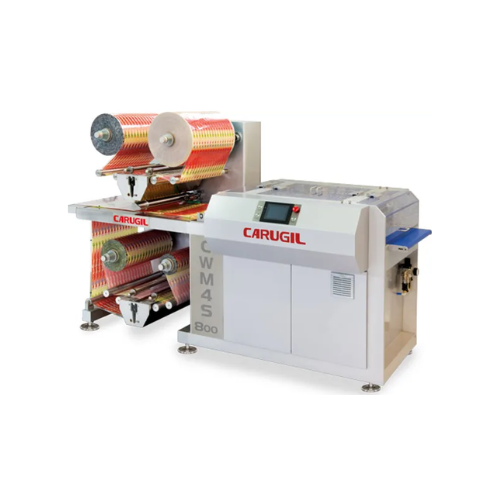
Multilane wrapping solution for food and confectionery products
Enhance your packaging line efficiency with high-speed m...
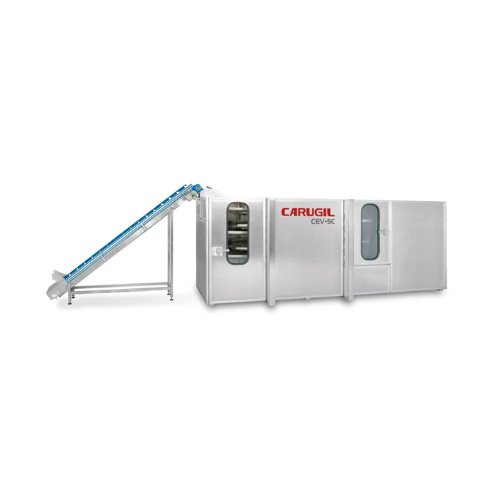
High precision lollipop cooling system
Ensure your lollipops maintain their shape and quality with precision cooling, reduc...
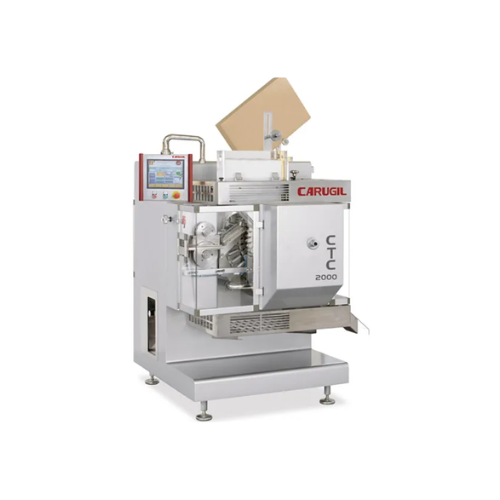
Continuous lollipop forming system
Refine your confectionery production with a high-speed forming system that creates diver...
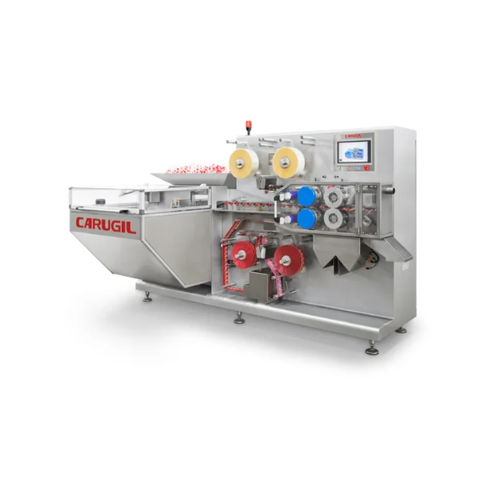
4-sides seal wrapping for lollipops
For lollipop producers seeking precision and efficiency, this 4-sides seal wrapper ensu...
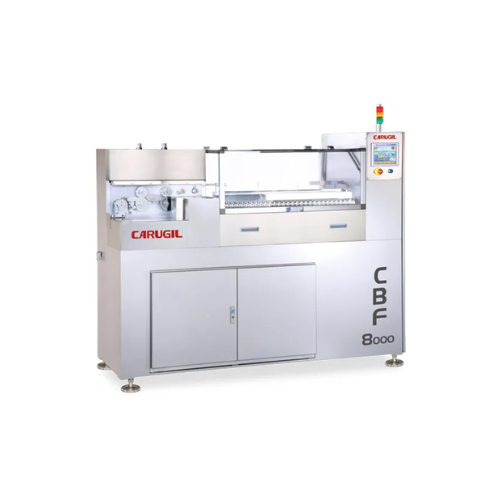
Ball former for bubble-gum and soft candy production
Achieve precise ball forming for bubble gum and soft candies with cu...
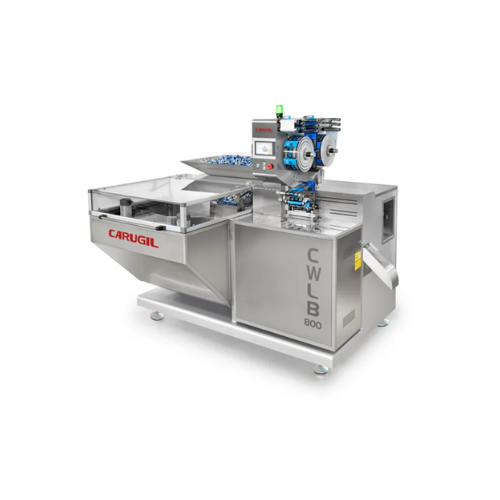
Bunch wrapper for lollipops
Achieve precise and efficient single twist wrapping for ball and 3D lollipops with high-speed ca...
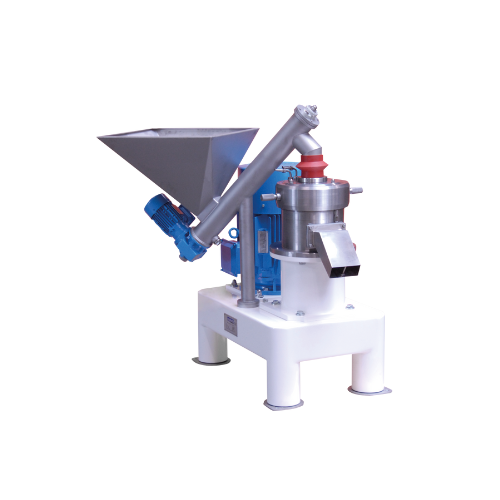
Nut and seed pre-grinder
When dealing with high-fat roasted nuts and seeds, achieving optimal particle size distribution can ...
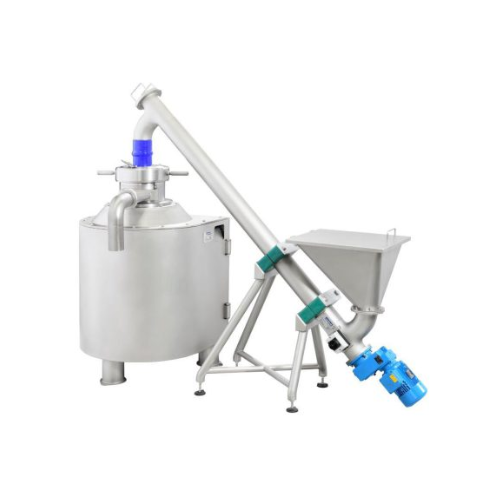
Pre-grinder for roasted nuts and seeds
Maximize efficiency in creating smooth nut and seed spreads with this pre-grinding s...
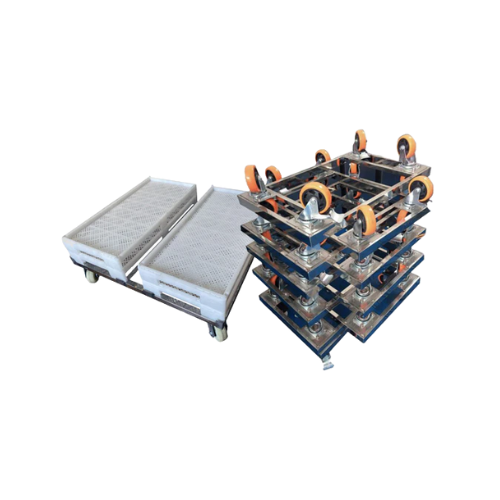
Drying trays for gummy candy production
Ensure proper drying and setting of your gummy candies and gelatin-based products w...
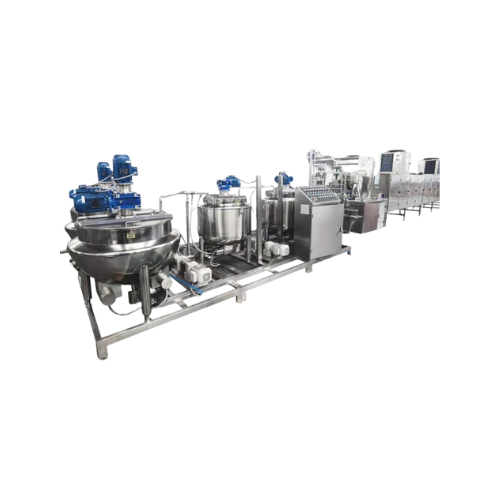
Automatic gummy production system for Cbd and vitamin gummies
Achieve high-speed, continuous gummy production with preci...
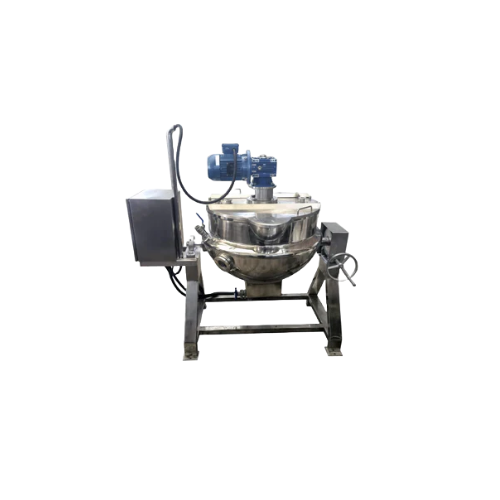
Dissolving tilt kettle for gummy candy production
Optimize your gummy candy production by melting and dissolving ingredie...
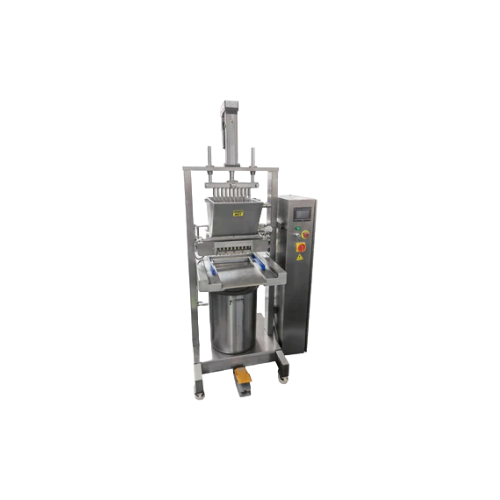
Gummy candy depositor for precision manufacturing
Achieve consistent gummy size and shape while maintaining precise weigh...
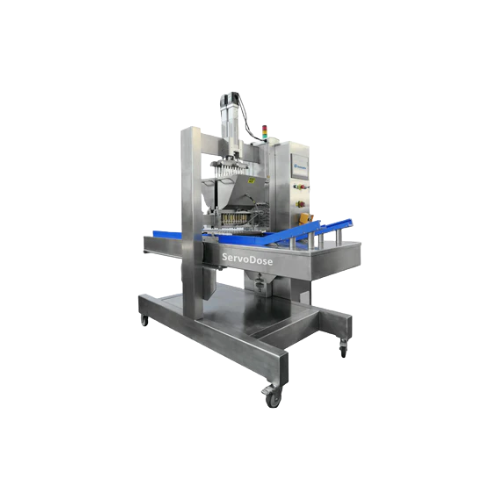
Small-scale gummy candy depositor
Optimize your confectionery production with this manual depositing machine, capable of pr...
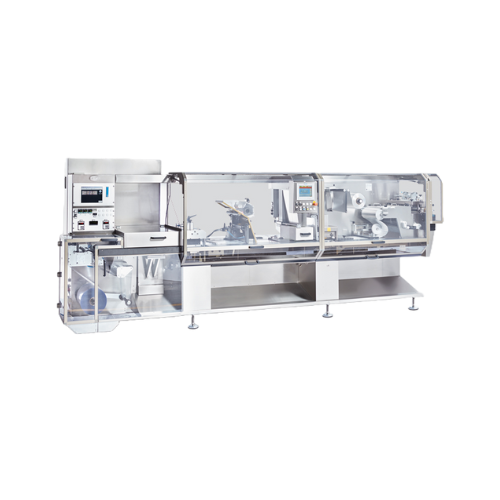
High speed blister packaging for pharmaceuticals
Need efficient packaging with quick format changeovers for various capsul...
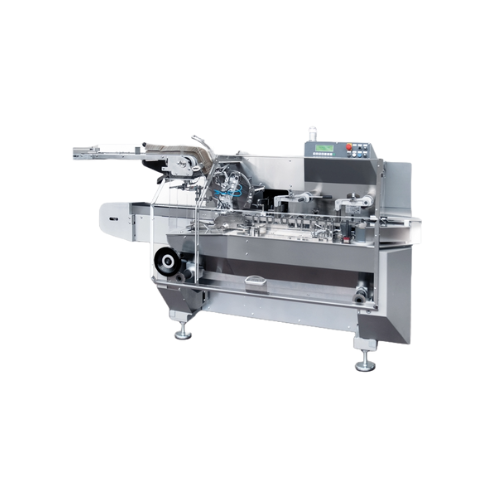
High speed horizontal cartoner for pharmaceuticals
Ideal for high-speed cartoning tasks, this equipment ensures efficient...

High-speed continuous motion overwrapper for thin films
For those needing high-speed, efficient wrapping, this equipment ...
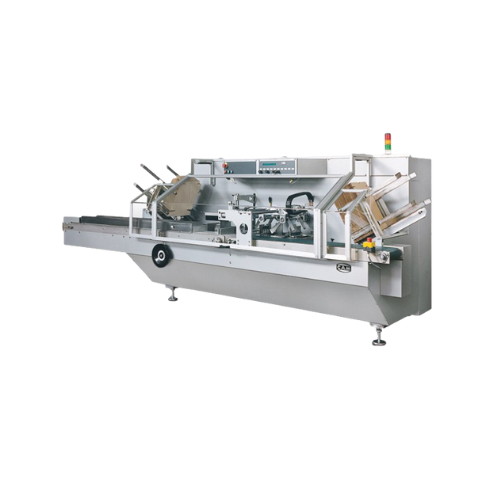
Tray and lid forming solution for food packaging
For manufacturers needing precision packaging, this machine seamlessly fo...
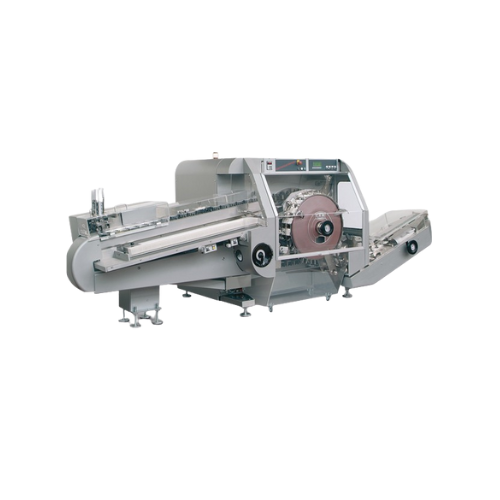
High-speed continuous motion horizontal cartoner
Achieve seamless high-speed cartoning with precision cartoner systems des...
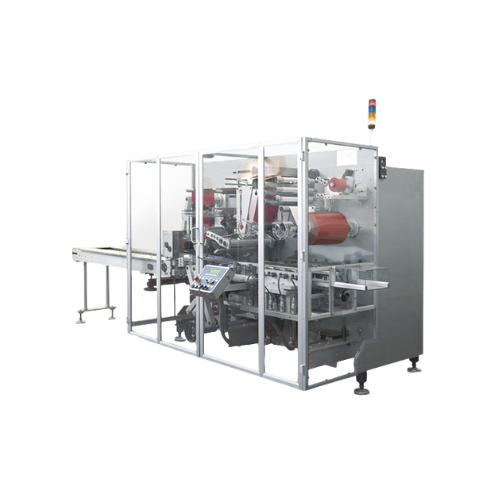
Biscuit overwrapper for x-fold or hermetic sealing
Ensure each biscuit, cookie, and sweet treat is securely wrapped and s...
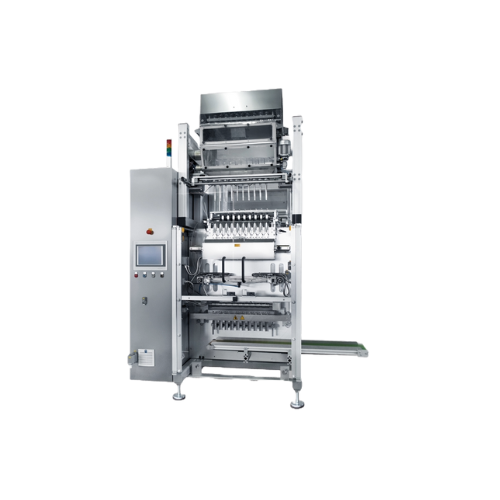
High speed stick packaging solution
Optimize your packaging line with this high-speed vertical solution, designed to effici...
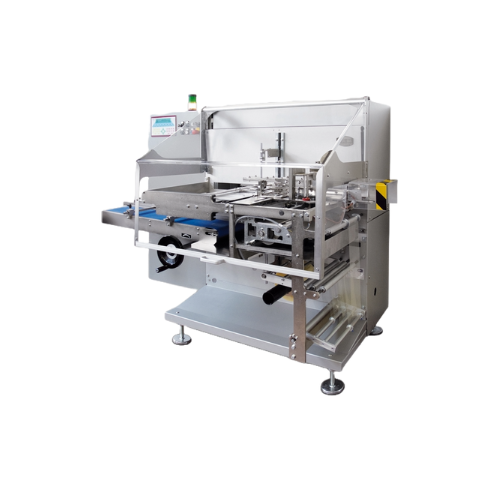
Intermittent motion overwrapper for cosmetic and food products
Achieve flawless packaging with precision wrapping and se...
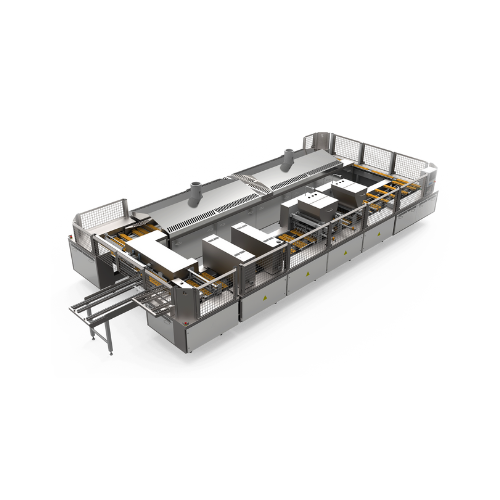
Industrial manju cake production system
Transform traditional treats into innovative 3D cakes with precise filling and perf...
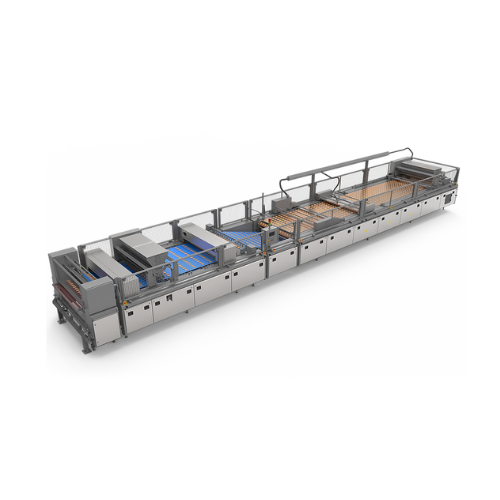
Industrial sandwich pancake system
Streamline your production with a machine that seamlessly integrates baking, filling, pr...
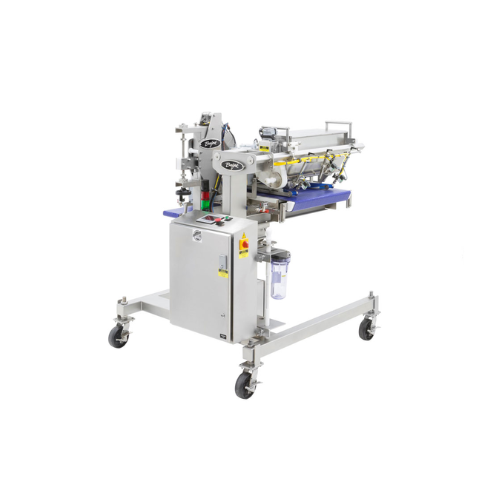
Enrober for complete dry topping coverage on dough pieces
Ensure consistent, high-speed enrobing of dry toppings on doug...
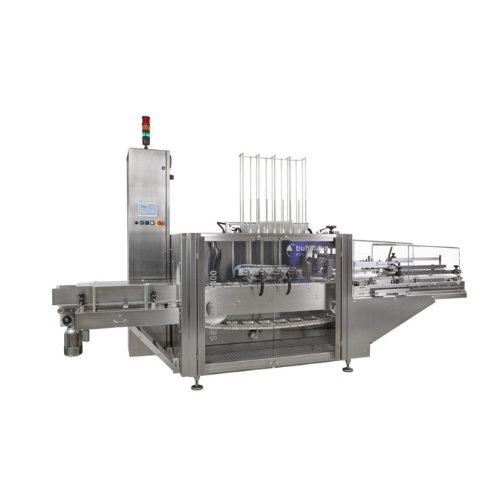
Lidding system for cups and trays
Enhance your packaging line with precise, space-saving lidding technology, ideal for seal...
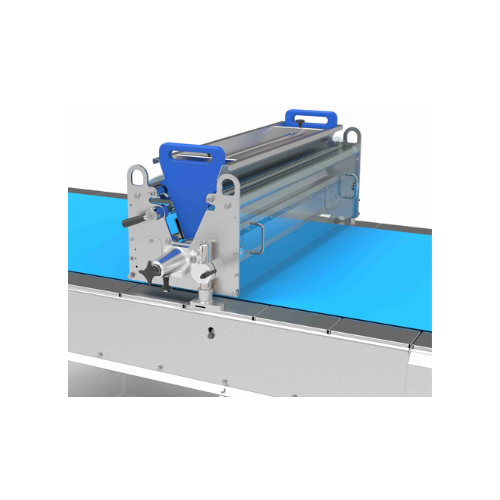
Sprinkling unit for confectionery and baked goods
Achieve precise and uniform toppings on baked goods with versatile and ...
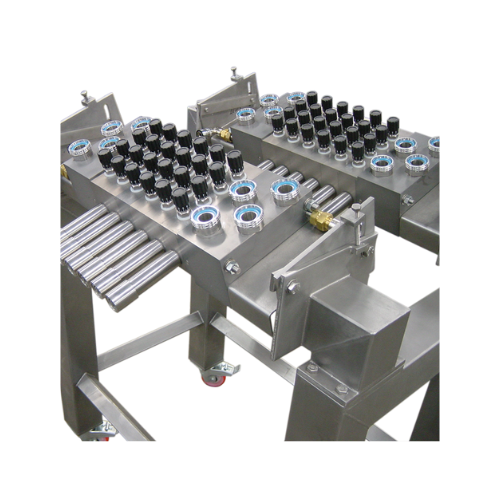
Colorful marshmallow extrusion for confectionery production
Elevate your confectionery offerings with a high-speed extru...
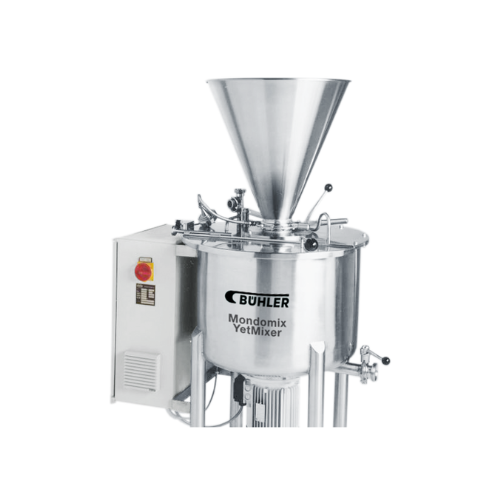
Premixer for confectionery masses
Achieve consistent ingredient blending with precision-premixing for candy and baked goods...
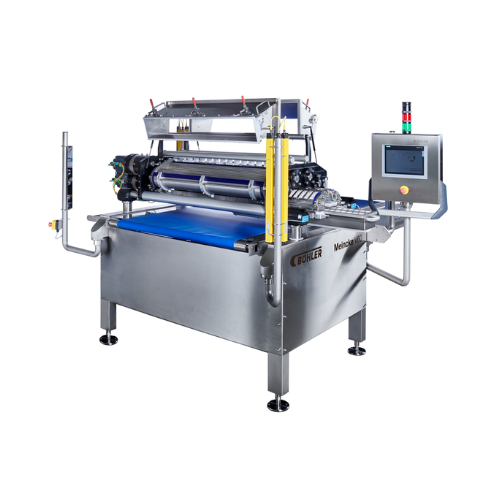
Biscuit wire cutter and depositor for confectionery production
Streamline your production of intricately designed cookie...
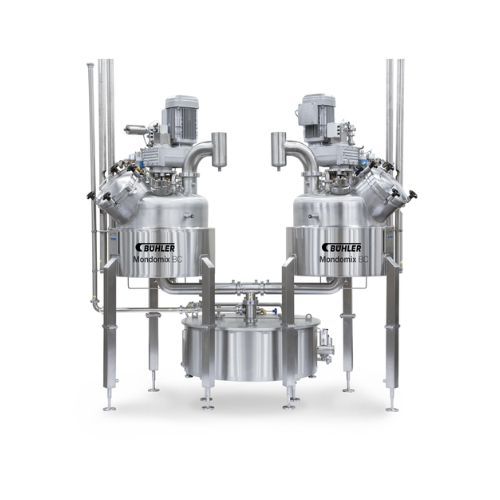
Batch cooker for confectioneries
Achieve consistent texture and flavor in every batch with this precision-driven cooker desi...
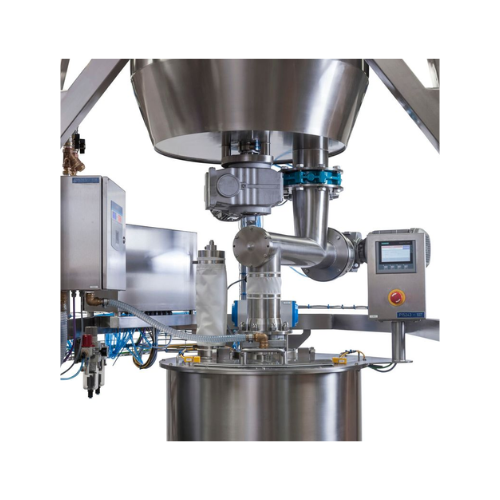
Compact batter mixing system
For food producers aiming to ensure consistent batter quality, this modular system streamlines ...
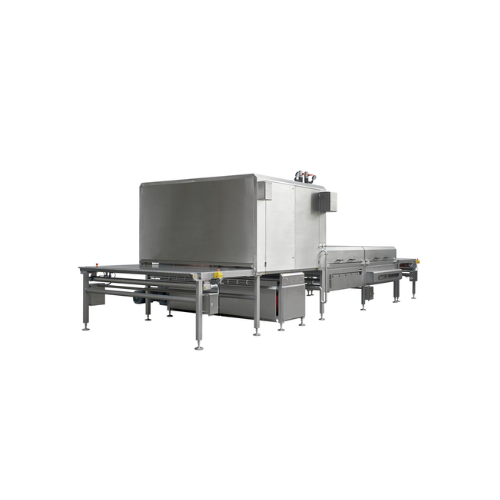
High-efficiency cooling tunnel for confectionery production
Optimize your product cooling process with high-efficiency t...
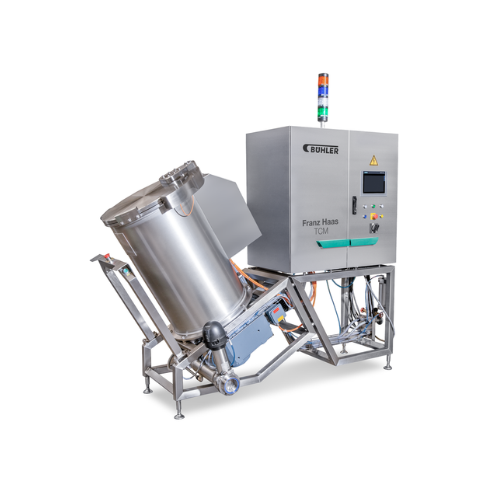
Turbo cream mixer for fat cream production
Achieve consistent and homogeneous cream fillings quickly with this advanced hi...
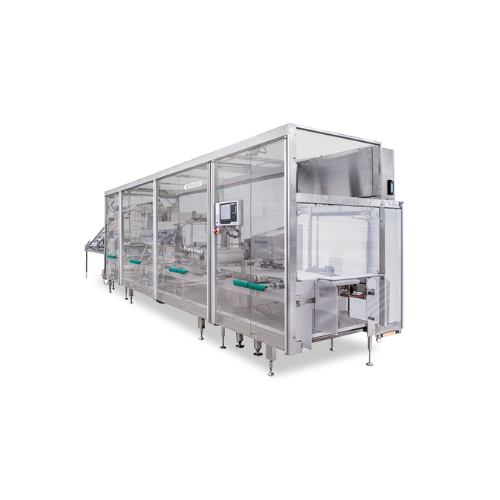
Hollow wafer film-spreading machine for confectionery
Achieve precise and uniform cream distribution on hollow wafer shee...
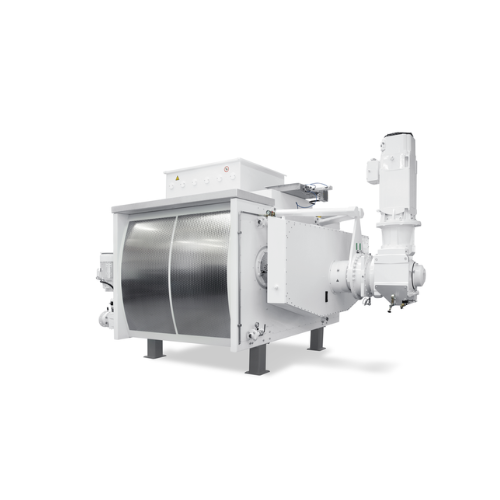
Double-overthrow conche for chocolate production
Achieve precise taste and texture in chocolate production with reduced en...
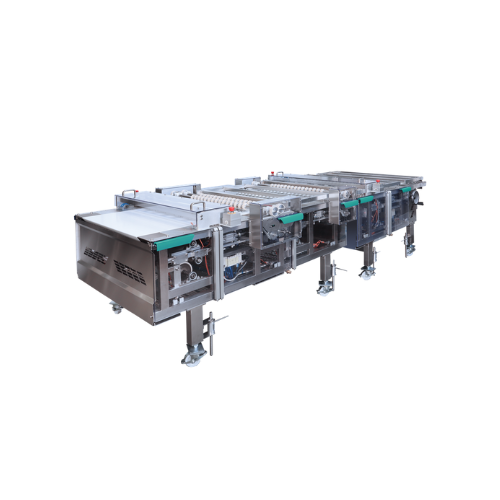
Wafer acceleration belt for chocolate enrobing
Optimize your confectionery production with precise wafer separation and al...

Automatic sleeving for rolled and molded cones
Optimize your cone production line with precision sleeving and reliable det...
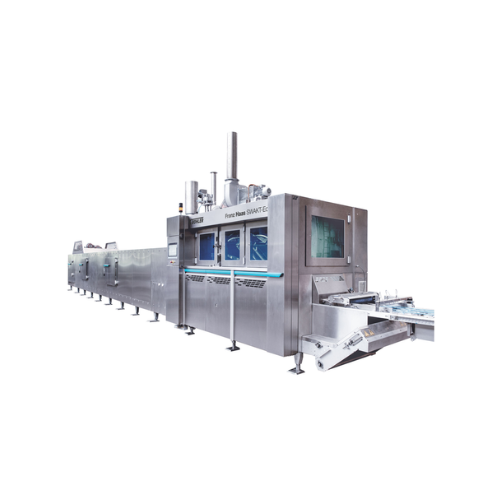
Continuous wafer oven
Optimize your wafer production with precise temperature control and efficient energy use, minimizing ga...
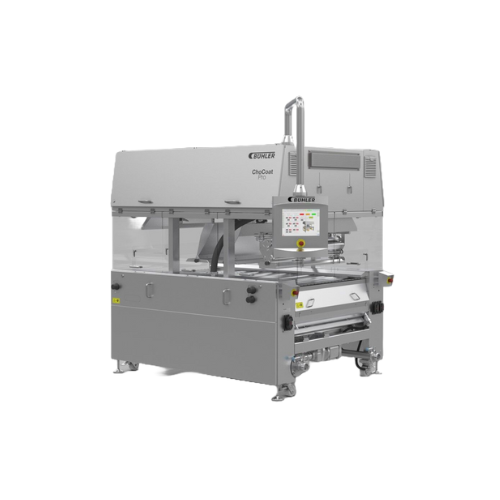
Chocolate enrober for bars, cookies, and wafers
Ensure consistent and high-quality enrobing for confections with advanced ...
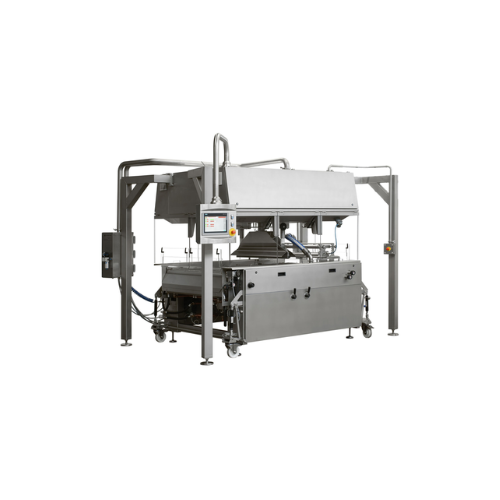
Advanced enrobing line for confectionery
For confectionery producers seeking seamless chocolate coating versatility, our en...

Industrial fanning belt for strand separation
Enhance your production line efficiency with precise strand separation, ensu...
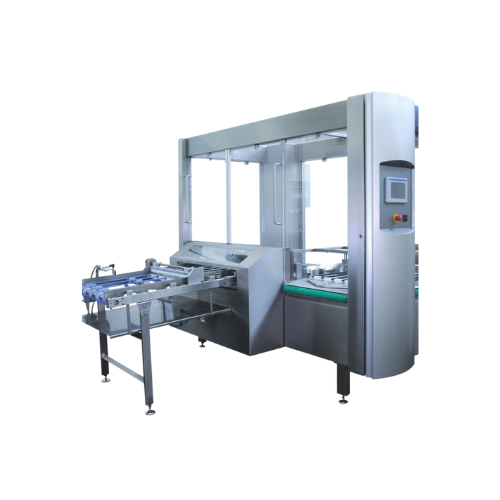
Wafer block cutter
Optimize your confectionery production with precision cutting technology that transforms wafer blocks into...
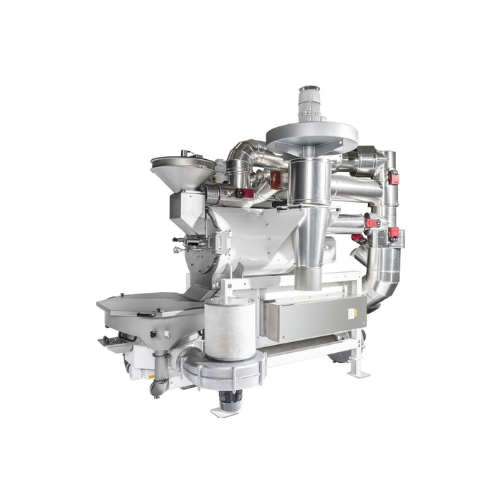
Cocoa nibs and malt roasting system
Enhance your flavor profile with precise roasting, sterilization, and taste control cap...

Industrial recirculating chiller for laboratory applications
For consistent distillation results, maintain accurate temp...
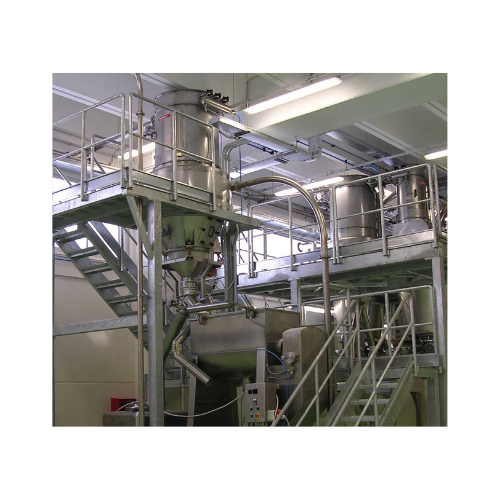
Material handling system for confectionery production
Optimize your production line with a system designed for efficient ...
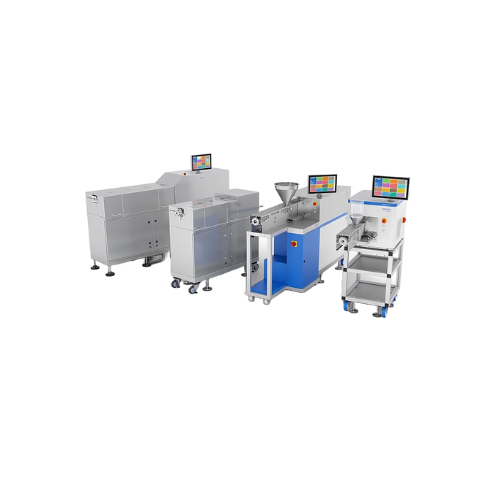
Lab-scale twin screw extruders for material development
Accelerate your formulation testing and material development with...
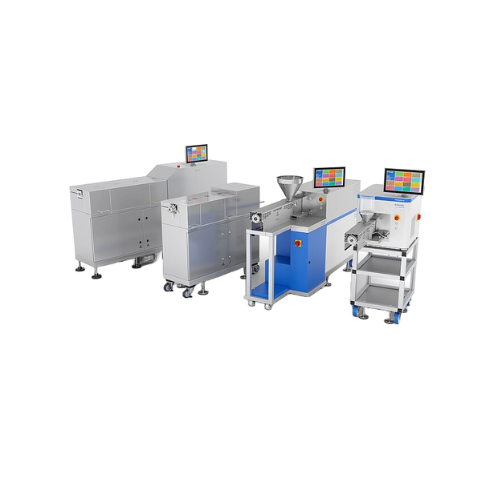
Lab-scale extruders for material development
Optimize your lab and pilot-scale extrusion processes with advanced material ...
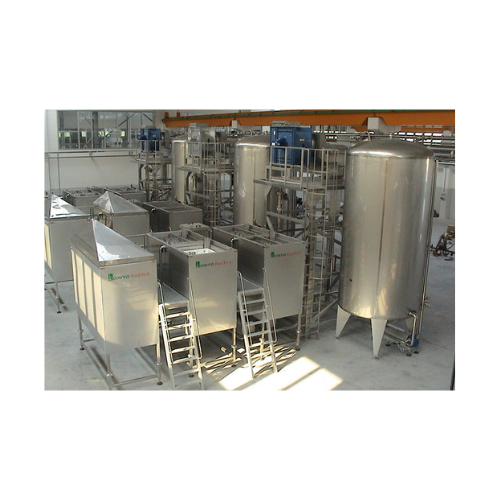
Chestnut candying system
Optimize your candying process with a modular system that enhances syrup distribution and concentrat...
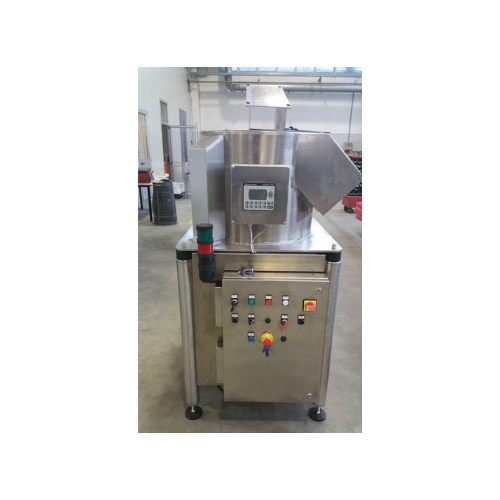
Centrifugal separator for reworking chocolate and chopped hazelnuts
Efficiently separate chocolate from chopped hazelnu...
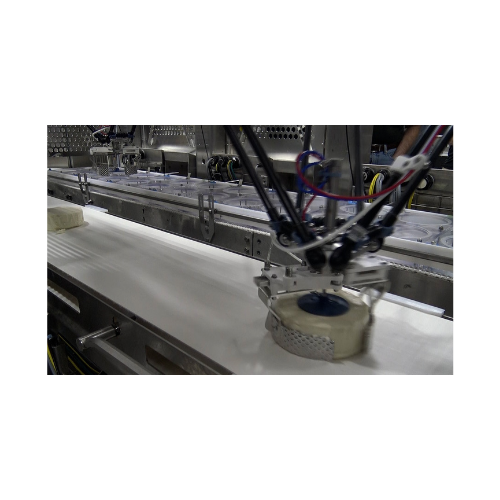
Vision-guided variety pack solution for confectioneries
Achieve seamless variety pack assembly by dynamically loading var...

Ultrasonic cutter for pastry and bakery products
Achieve precise, high-quality cuts for your bakery and confectionery prod...
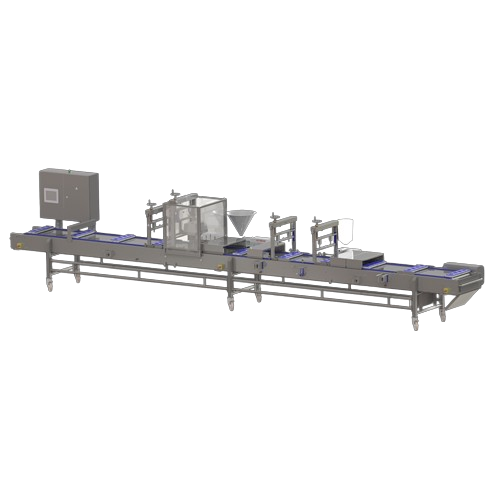
Multifunctional dessert line for layered dessert production
Effortlessly create complex, multi-layer desserts or meal co...
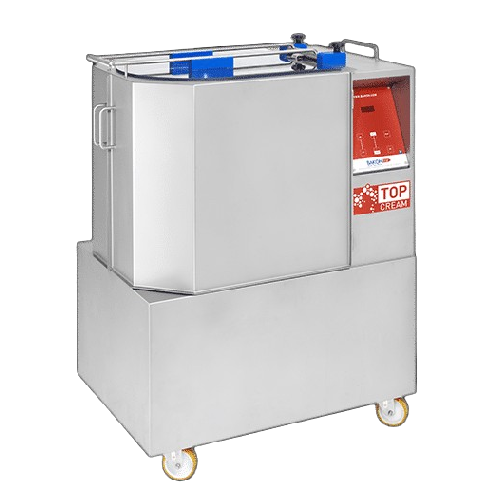
Industrial cream whipping machine
Elevate your production with a whipping machine that amplifies cream volume by up to 50%,...
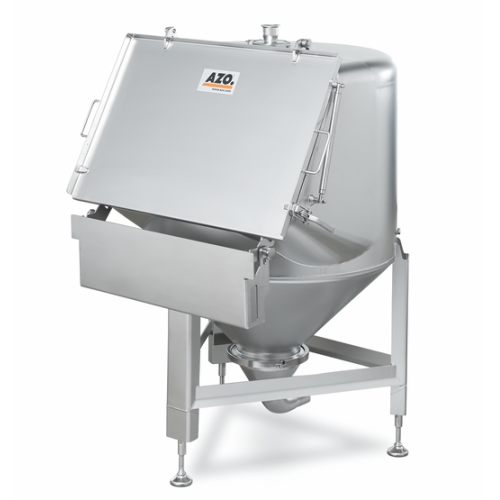
Precise weighing solutions for small batch production
Streamline handling of diverse ingredient blends with precise dosin...
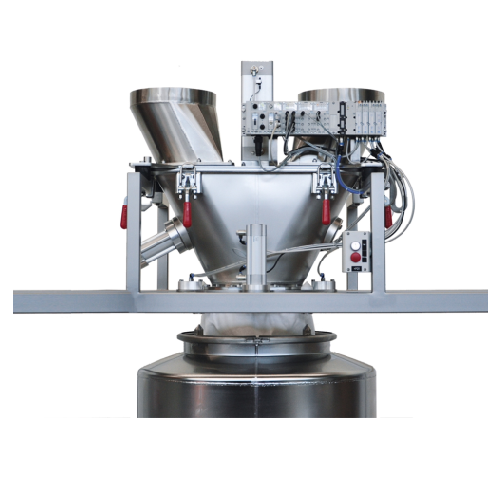
Contamination-free docking system for bulk solids
Achieve contamination-free transfer of bulk powders and granules while ...
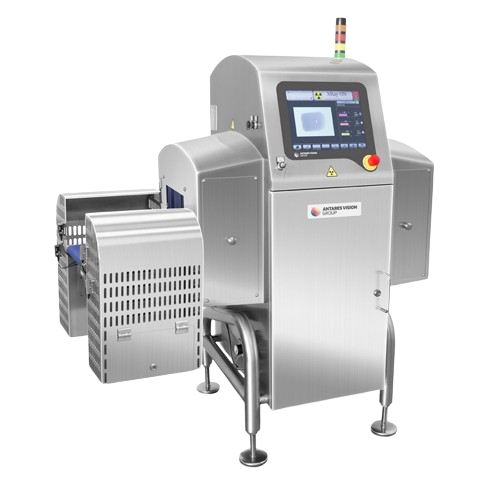
Combi x-ray inspection and checkweighing for small products
Optimize your production line’s quality control with a...
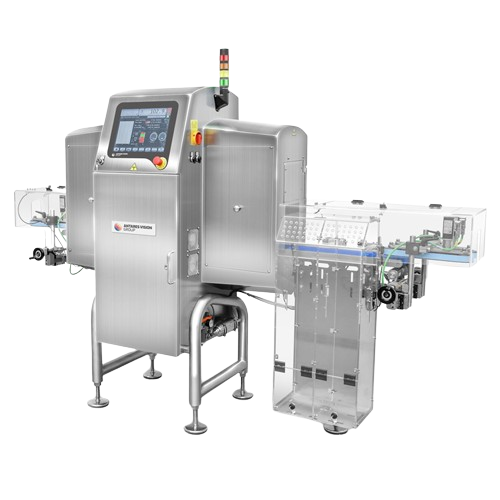
Combi x-ray and checkweigher for vertical products
Ensure precise weight control and contamination detection for vertical...
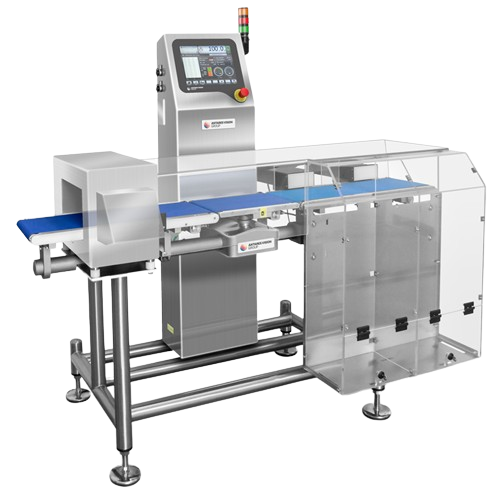
Integrated metal detector and checkweigher for small/medium formats
Ensure precise quality control and contaminant-free...
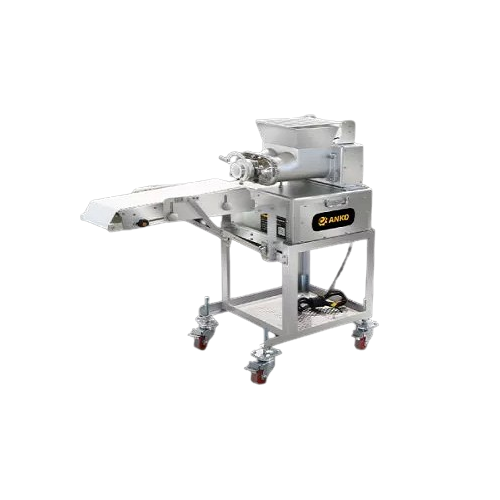
Icebox cookies extrusion solution
Streamline your cookie production with a solution that efficiently extrudes, shapes, refr...
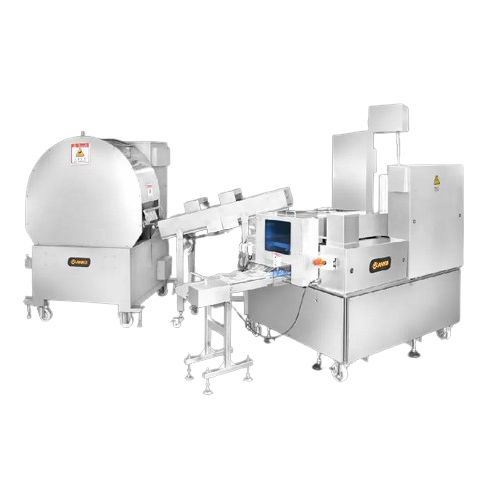
Spring roll production line
Efficiently produce diverse spring rolls with a machine that optimizes filling and wrapping, str...
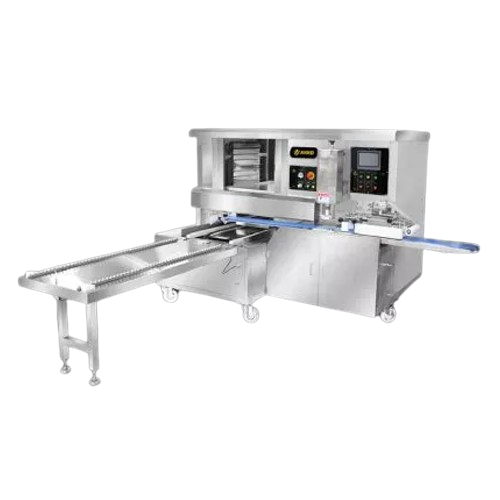
Automatic stamping and aligning system for mooncakes
Elevate your snack production with precision stamping and aligning, ...
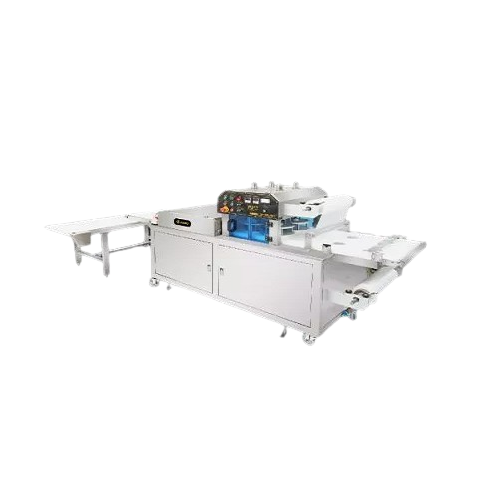
Automatic filming and pressing solution for dough products
Streamline your dough processing with this pressing and filmi...
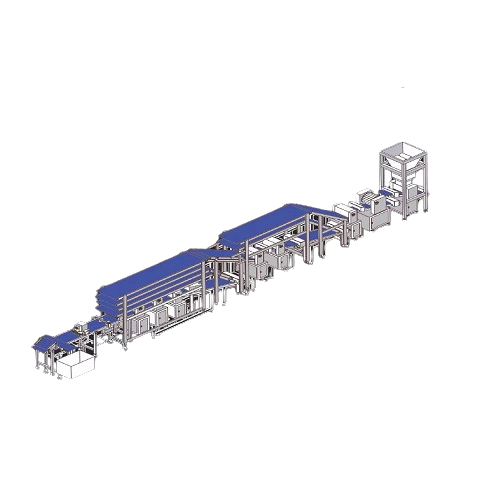
Pita bread production system
Streamline flatbread production by reducing dough resting time with a layered resting conveyor ...
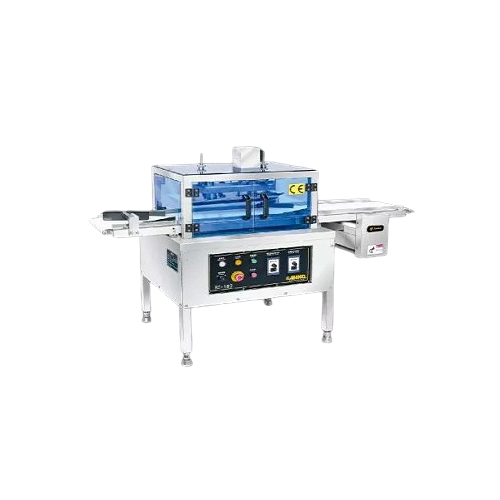
Automatic rounding conveyor for food production
Effortlessly transform diverse food products into uniform spherical shapes...
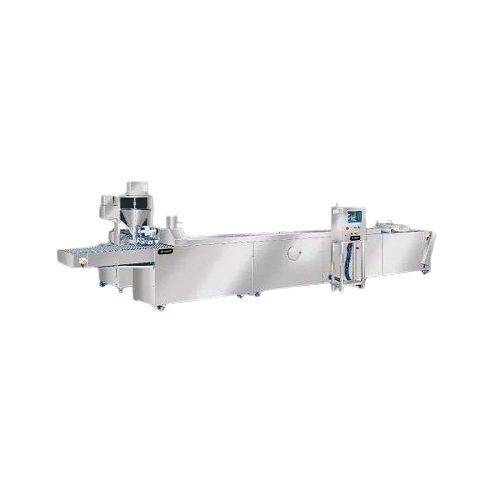
Vietnamese rice paper spring roll production system
Efficiently transform rice papers into delicious spring rolls with a ...
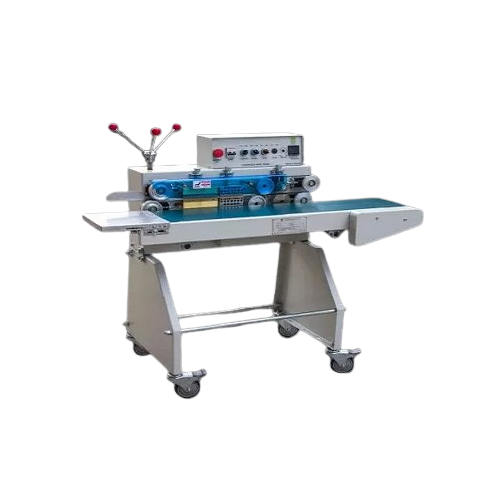
Continuous-type sealing solution for food packaging
Enhance your food production line with efficient sealing technology, ...
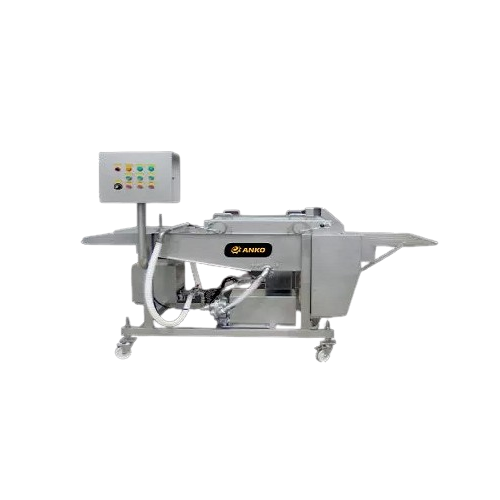
Submerging batter breading machine for thicker batter coating
Ensure even coating for your specialty foods with this sub...
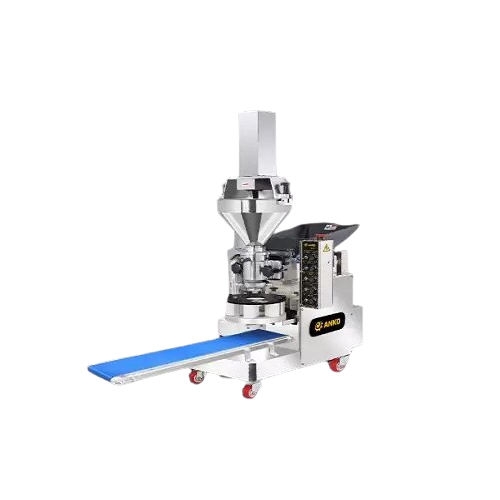
Automatic table-type encrusting and forming machine for diverse ethnic foods
Optimize your food production with a comp...
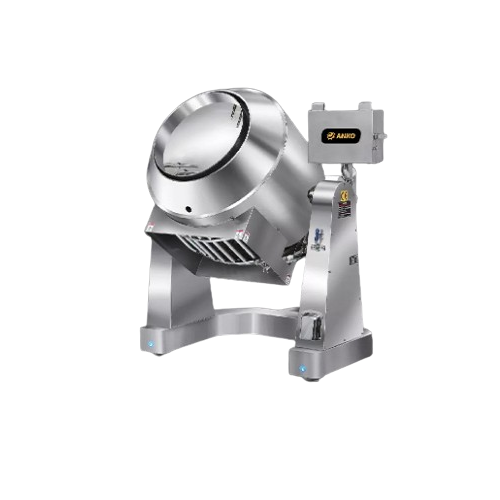
Industrial stir fryer for food production
Maximize cooking efficiency with a multi-function stir fryer that excels in cont...
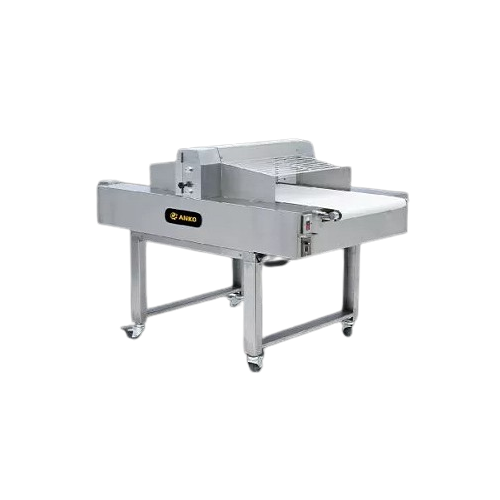
Automatic horizontal cake slicer
Achieve uniform, precise slices with double-blade vibration technology, ensuring each cake ...
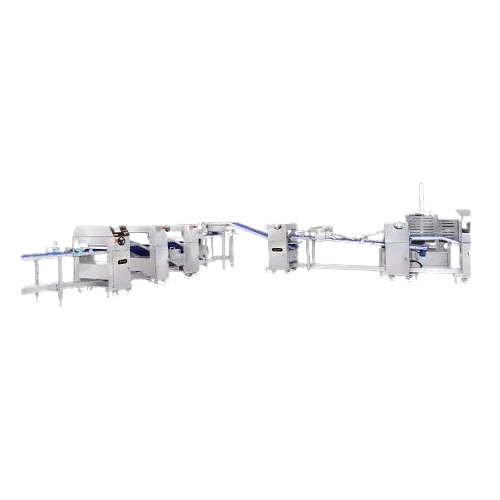
Customized puff pastry production line
Streamline your pastry production process with this customizable solution, capable o...
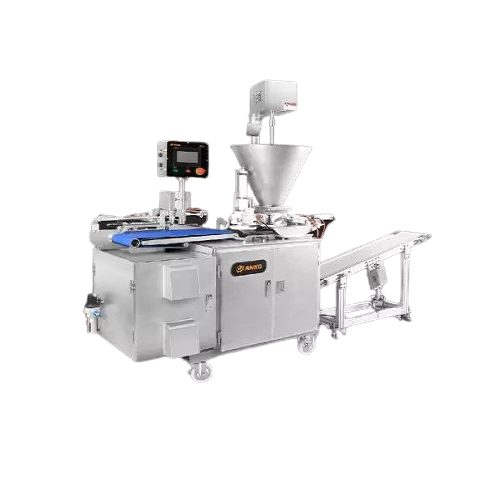
Empanada production line
Streamline your snack and pastry production with a compact solution that seamlessly integrates filli...
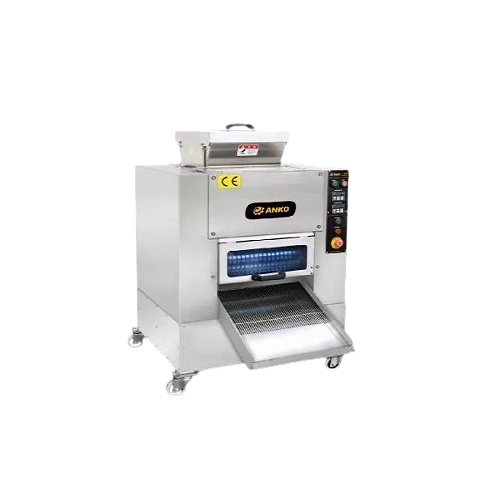
Automatic cutting and rounding solution for tapioca products
Optimize your production of tapioca pearls, tang yuan, and ...
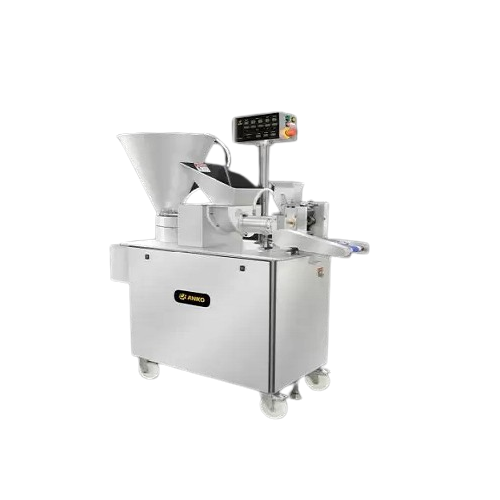
Multipurpose filling and forming solutions for dumplings
Enhance your food production with versatile equipment that trans...
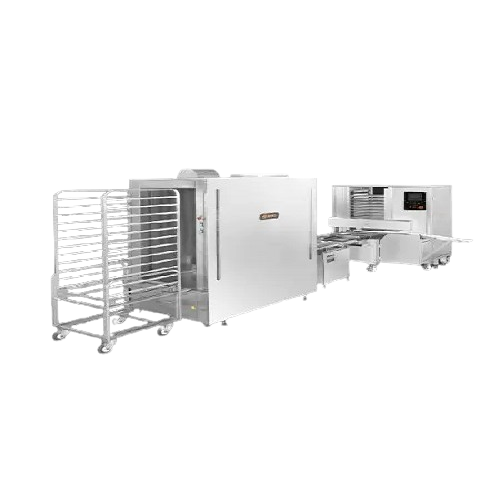
Automatic aligning and rack loading solution for xiao long bao production
Improve efficiency in food production by sea...
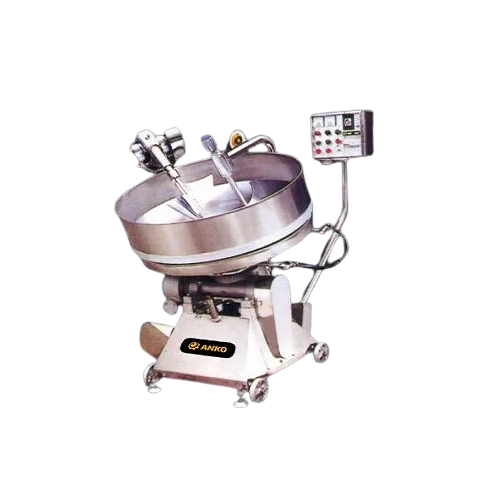
Stir fryer for industrial food production
Streamline your culinary operations with this innovative stir fryer, designed to...
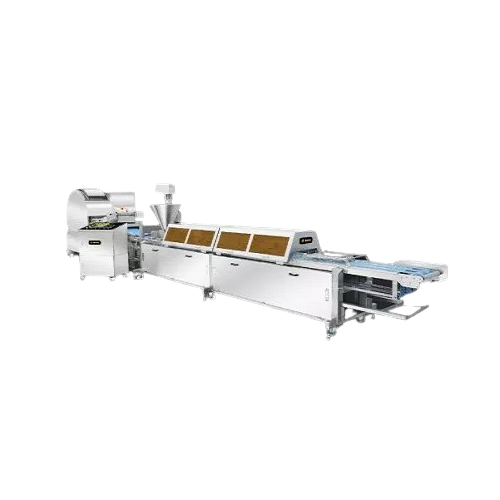
Automated blini production line
Enhance your food production efficiency with a blini solution that combines precise filling,...
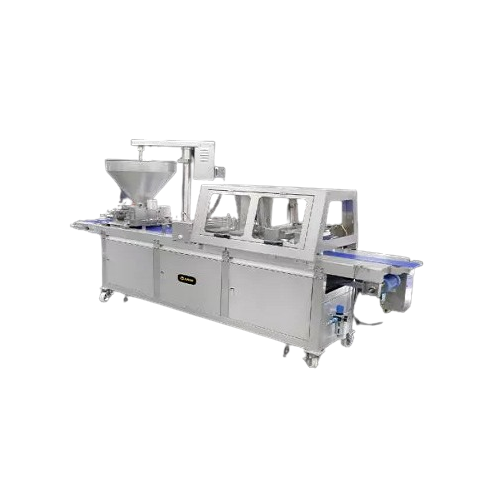
Burrito forming equipment
Streamline your burrito production by automating the delicate tasks of filling, folding, and wrapp...
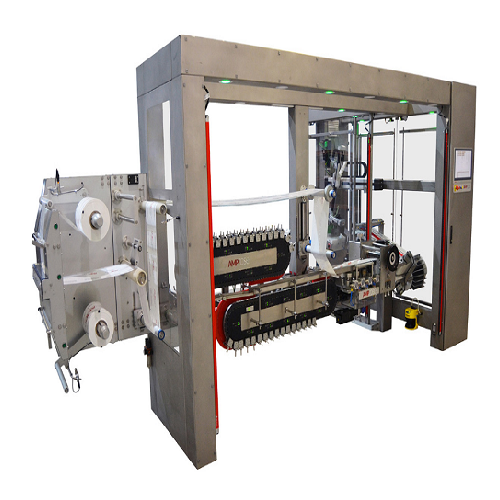
Multipack flowrapping system
Streamline your packaging process with a multipack flowrapping system that effortlessly handles...
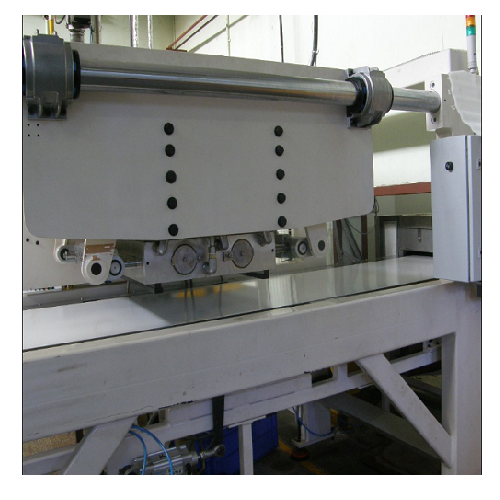
Chocolate chip depositor for small scale production
Achieve precise chocolate chip production with consistent size and we...
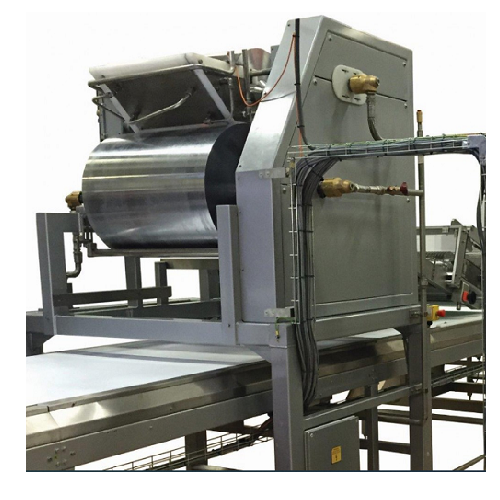
Bar forming line for protein bars
Efficiently form and process a wide range of snack and confectionery bars with our versat...
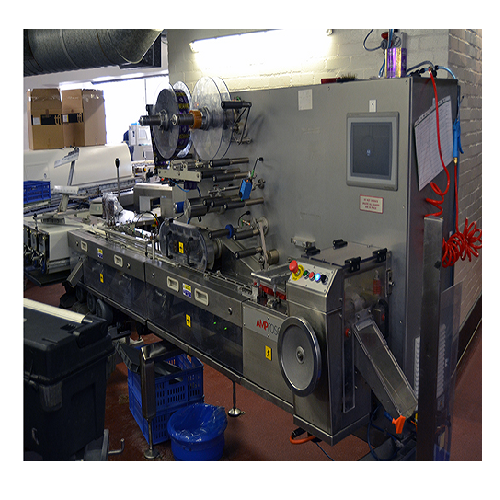
Wrapper for flat bottomed chocolate articles
Optimize your confectionery packaging with a machine designed for swift, secu...
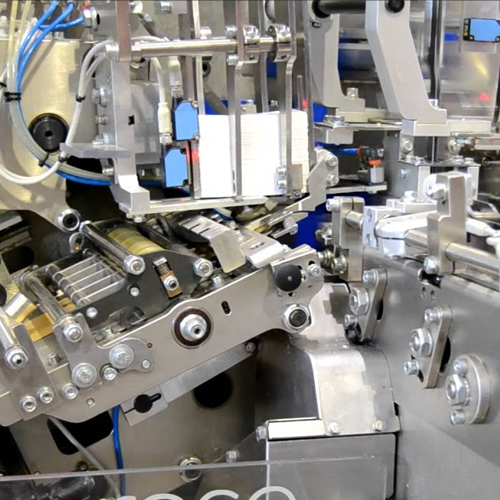
Neapolitan chocolate wrapping solution
Efficiently wrap and label square chocolates with this fold wrap solution, ideal for...
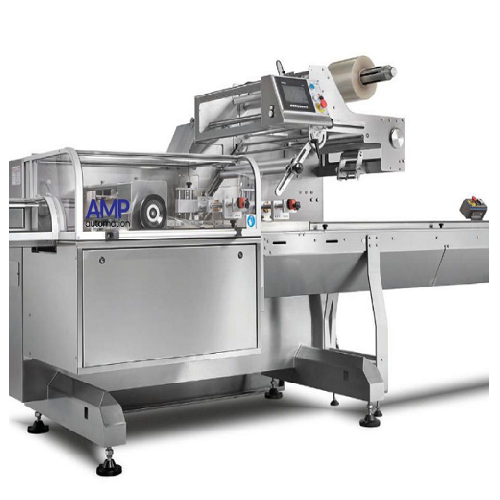
Pillow bag horizontal form-fill-seal solution
Optimize production efficiency with seamless integration of continuous, high...
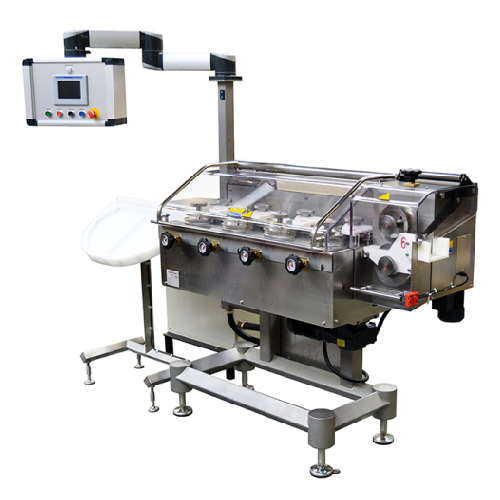
Candy rope sizer
Ensure precision in candy production by seamlessly reducing and sizing candy ropes for uniformity and quality...
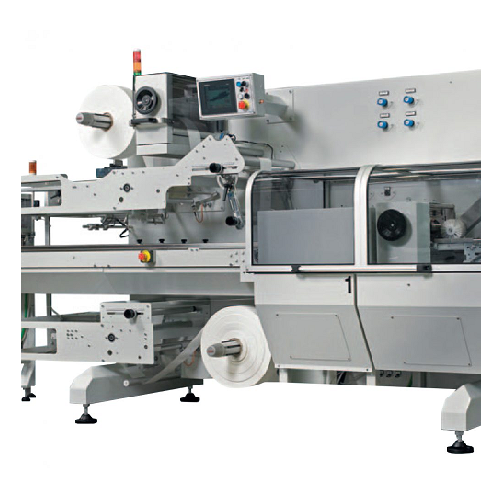
4-side seal horizontal form-fill-seal packaging system
Streamline your confectionery and snack packaging with high-speed,...

Chocolate moulding line for filled and inclusions bars
Achieve seamless chocolate production with modular flexibility, al...
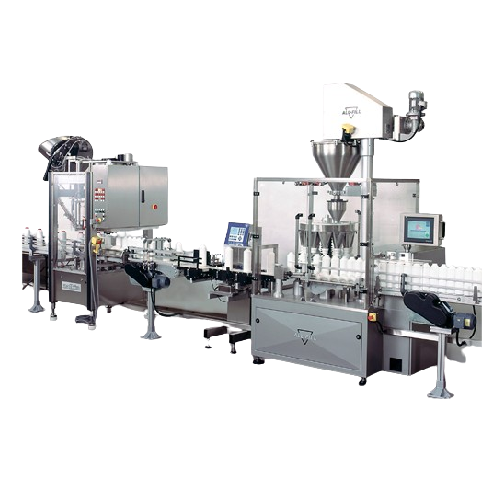
Turnkey filling lines for packaging solutions
Optimize your production line with our turnkey filling solutions, designed t...
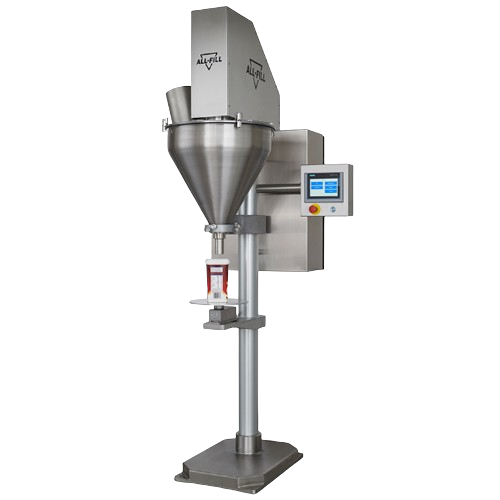
Gravimetric filling solution for inconsistent density products
Achieve precise weight accuracy in your filling processes...
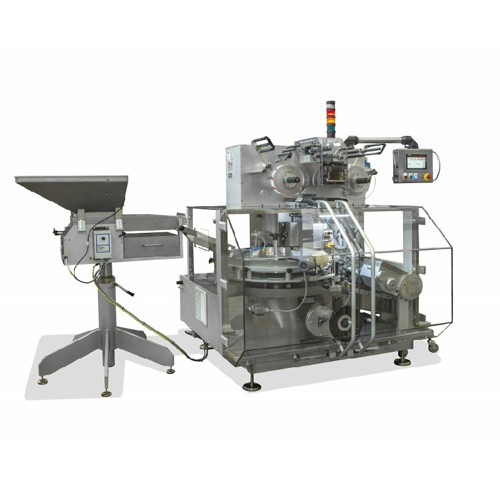
Double twist wrapping solution for candy packaging
Enhance your candy and gum production with high-speed wrapping that en...
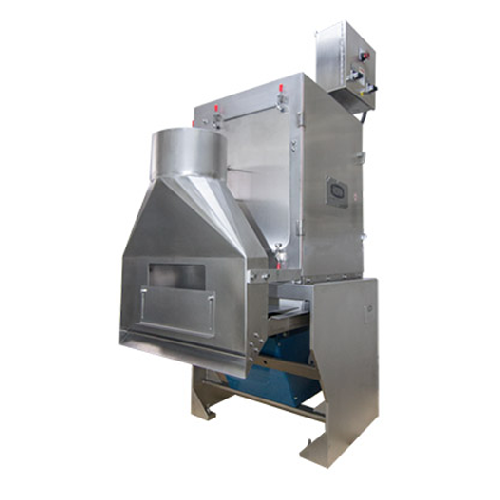
Split peanut blancher for snack food processing
Efficiently transform roasted or dried peanuts into perfectly blanched pro...
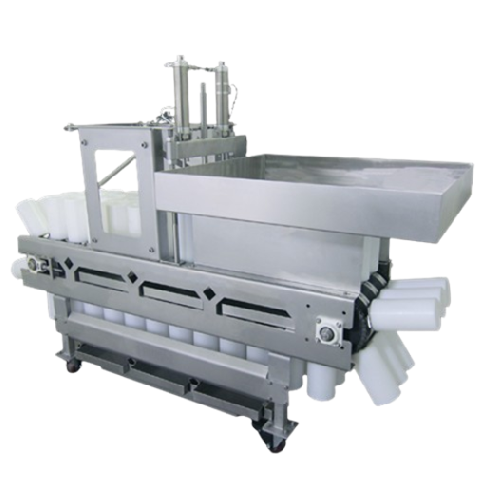
Automatic popcorn ball forming equipment
Streamline your snack production with high-speed, precise popcorn ball forming tec...
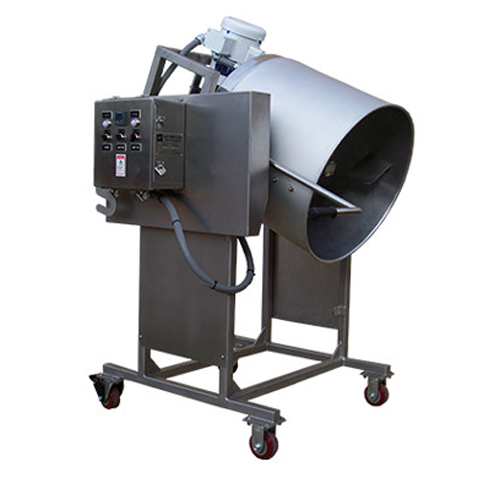
Popcorn cooker/coater for caramel corn
Enhance your snack production efficiency with a versatile solution that combines coo...
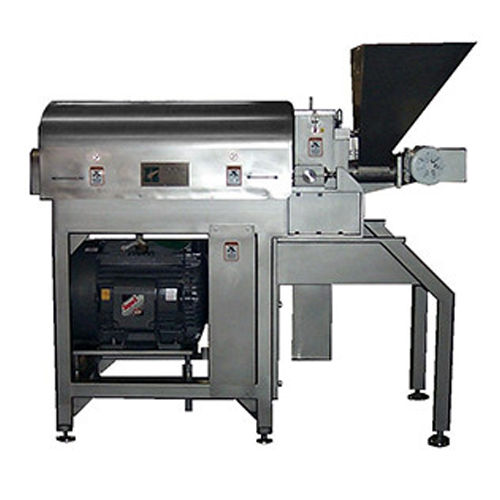
Stoneless corn masa mill for snack food processing
Achieve consistent grinding precision while eliminating the hassle of ...
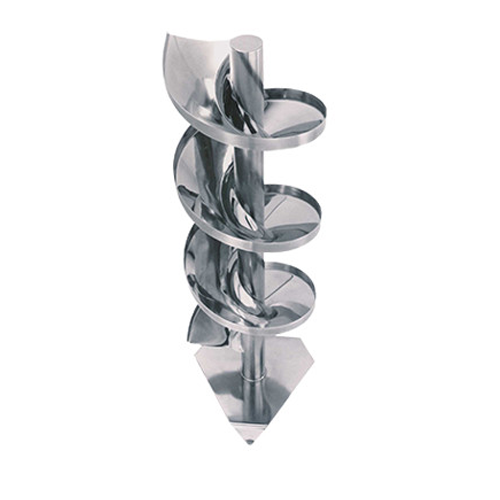
Spiral chute for gentle product handling in limited space
Optimize your snack and nut production by minimizing product d...
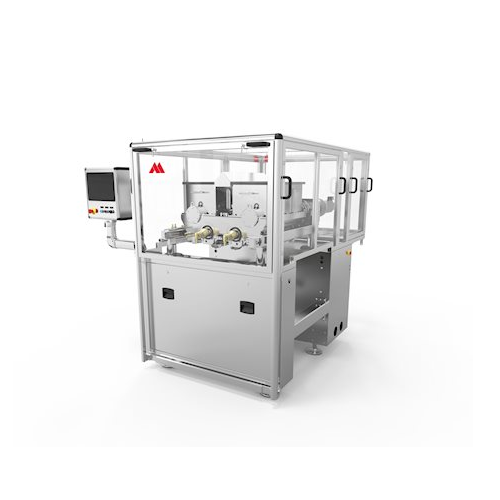
Extruder and depositor for protein bar manufacturing
Streamline your protein and energy bar production with an advanced e...
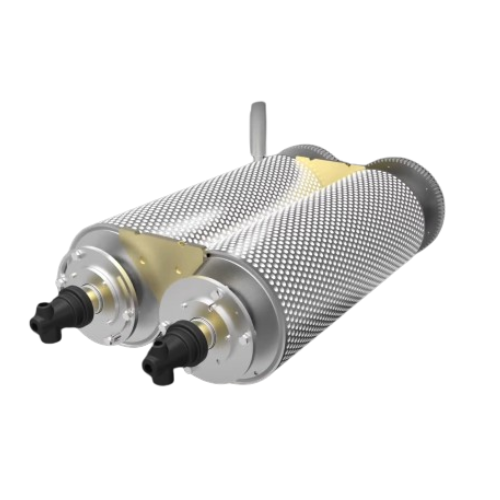
Chocolate moulding line for lentils, balls, and eggs
Achieve precision and efficiency in molding chocolate centers for le...
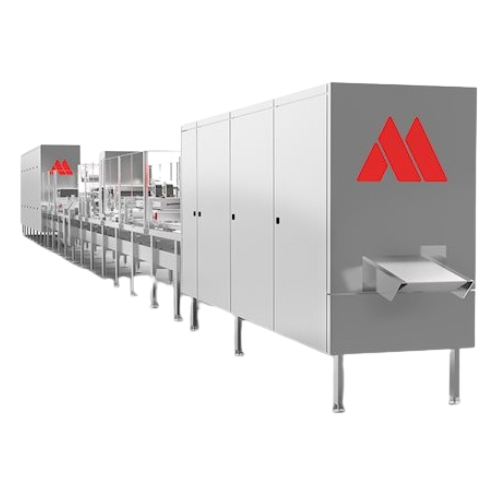
Flexible chocolate moulding line for limited space production
Optimize your production line with a versatile moulding sy...
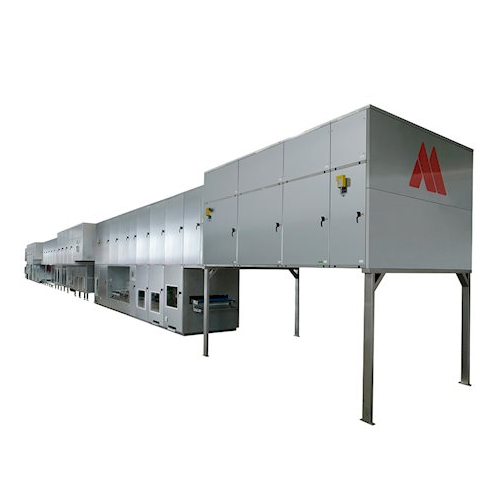
High capacity chocolate moulding line
Maximize your production capacity with a tailor-made moulding line designed for versa...
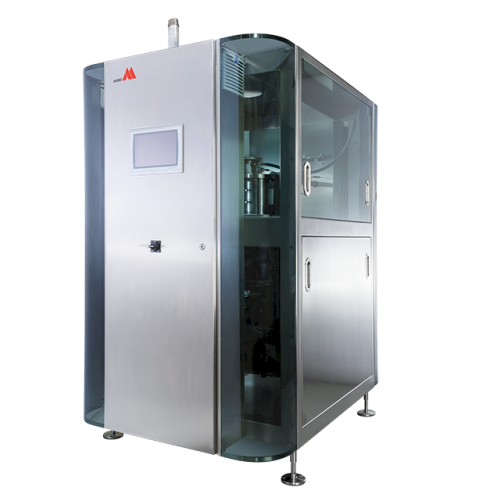
Chocolate tempering system
Optimize your chocolate production with a tempering system that achieves precise crystallization,...
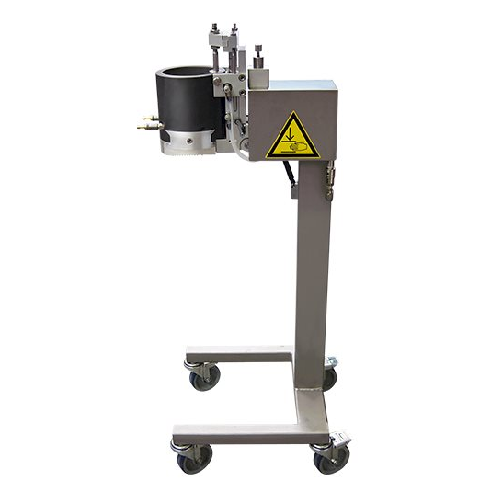
Lab-scale chocolate chip depositor
Enhance your R&D capabilities with precision depositing of chocolate masses, allowi...
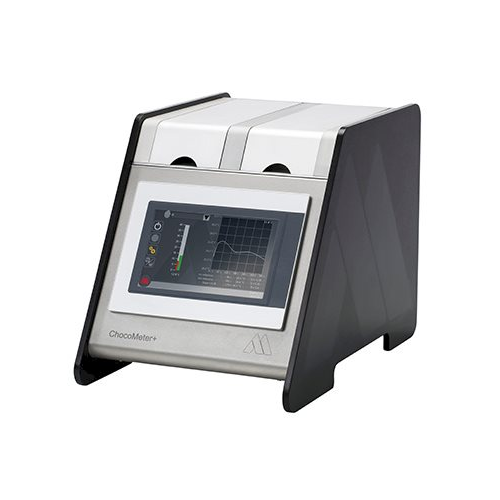
Chocolate temper measurement device
Ensure your chocolate maintains optimal temper by measuring and analyzing the chocolate...
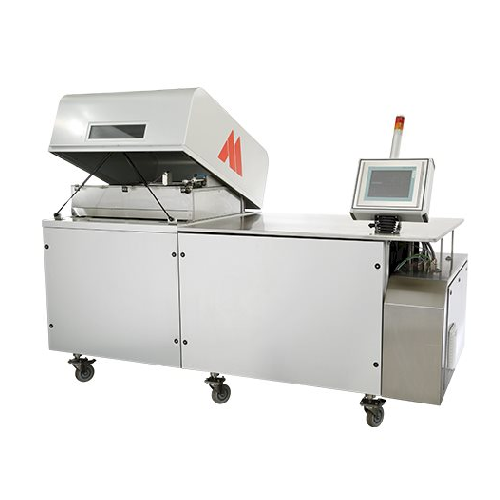
Cooling simulator for chocolate production optimization
Optimize your chocolate cooling processes and refine production s...
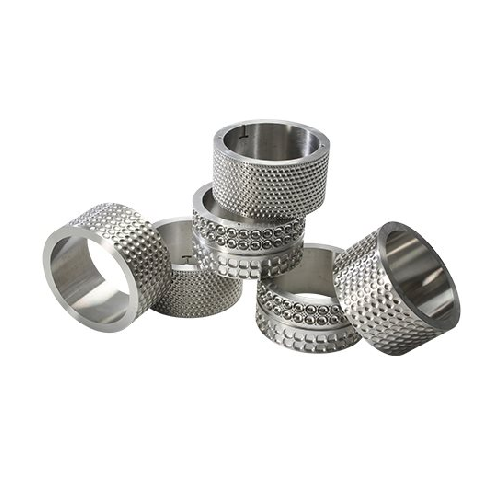
Laboratory roller for chocolate production
Easily switch between producing chocolate lentils, balls, and eggs with these f...
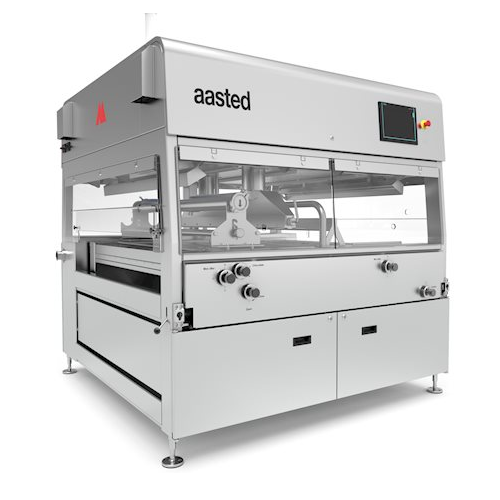
Chocolate enrober for large scale production
Efficiently enrobe a wide range of products, from chocolate bars to delicate ...
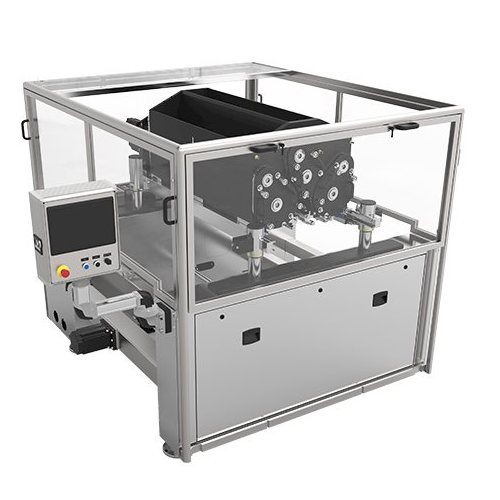
Extruder and depositor for confectionery production
Ideal for producing sophisticated confectionery and bakery items, thi...
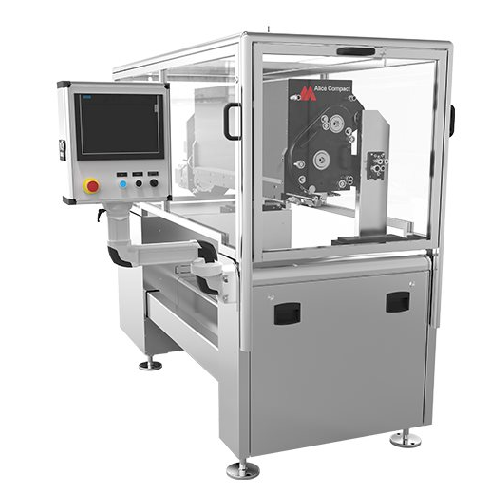
Compact extruder and depositor for confectionery and bakery production
Streamline your confectionery and bakery product...
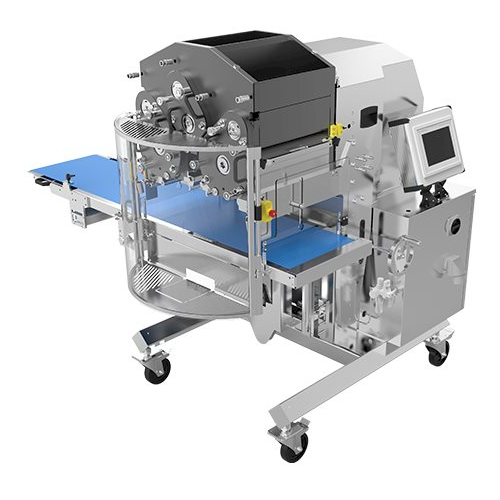
Flexible depositor and extruder for small-scale production
Achieve precise multi-mass creations with a compact, versatil...
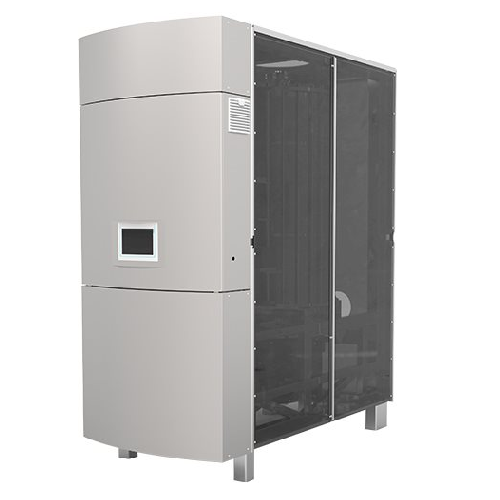
Laboratory chocolate tempering solution
Achieve precise tempering of diverse chocolate and confectionery masses with optimi...
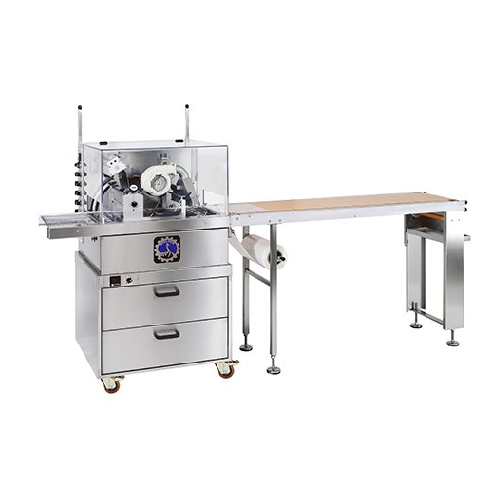
Small-scale chocolate enrober for laboratory use
Optimize small-scale chocolate production with a flexible enrober designe...
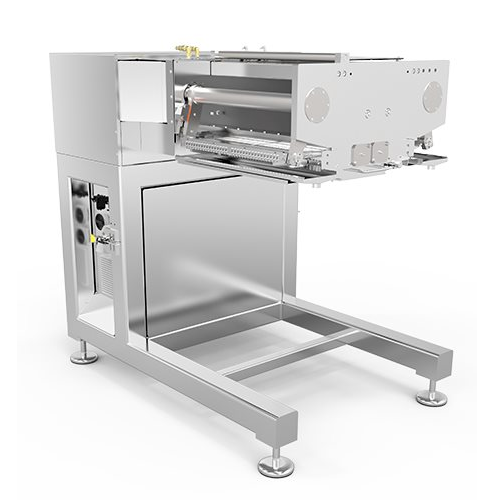
Depositing system for solid and filled chocolates
Enhance your chocolate production with a versatile depositing system, p...
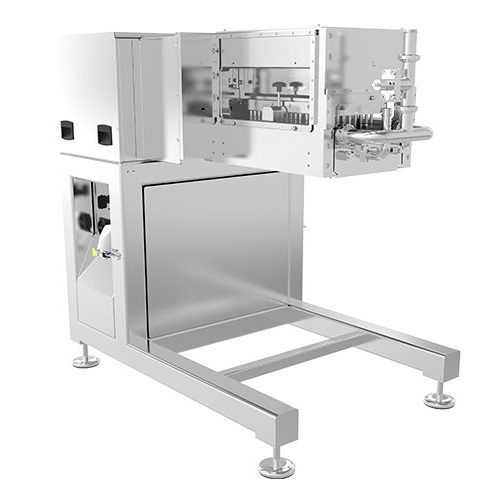
Depositor for aerated masses and fat fillings
Enhance your confectionery production with a depositor that precisely handle...
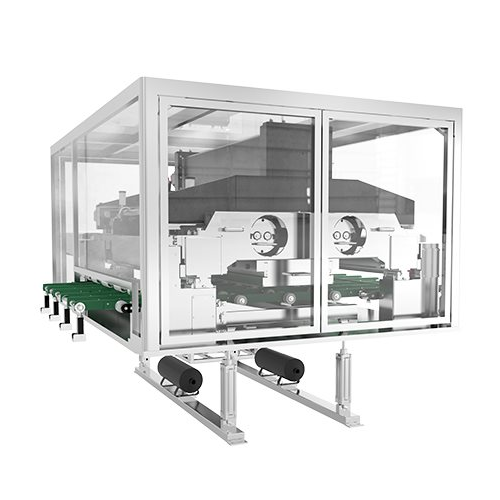
High-viscosity mass depositor
Efficiently deposit high-viscosity masses like caramel and jam with precision, while the integ...
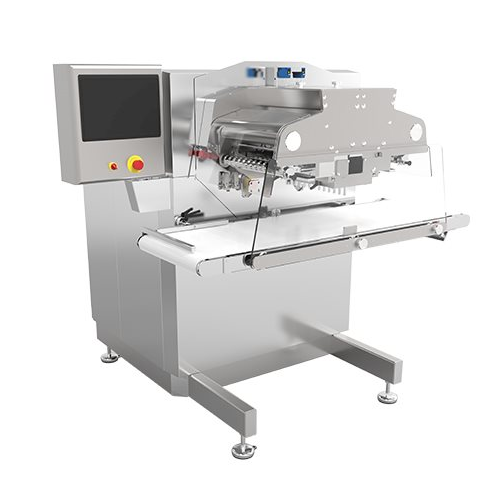
Chocolate depositor for small to medium production
Optimize your confectionery production with a versatile depositor that...
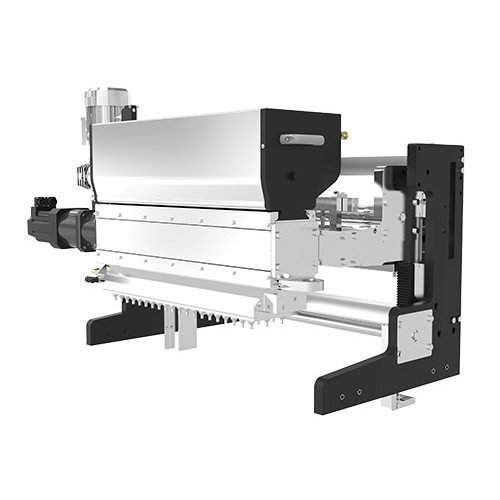
High precision depositor for confectionery production
Achieve precision and versatility in your confectionery production ...
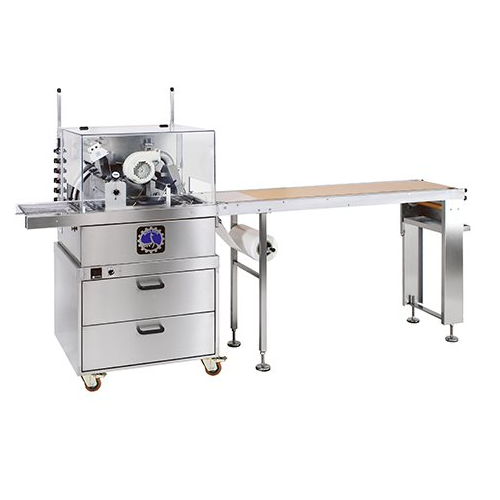
Small scale chocolate enrober
Ideal for creative small-scale producers, this enrober allows you to experiment with chocolate...
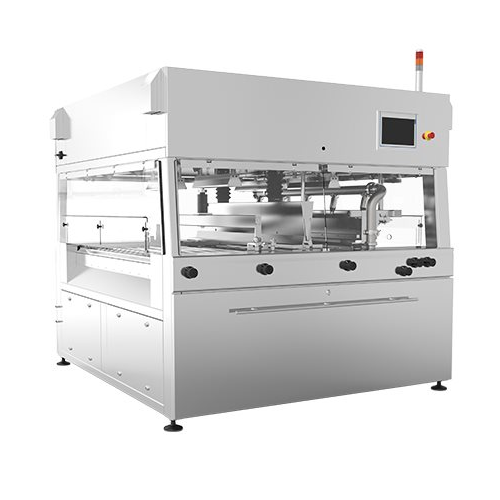
Energy efficient enrober for chocolate coating
Enhance your production with energy-efficient enrobing that ensures precise...
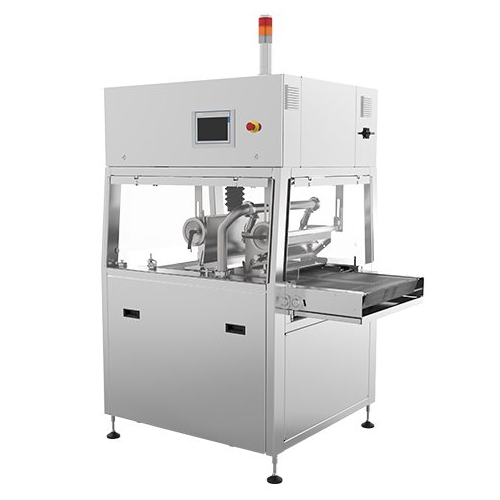
Enrobing system for rapid changeover in confectionery production
Achieve seamless chocolate coating transitions with a s...
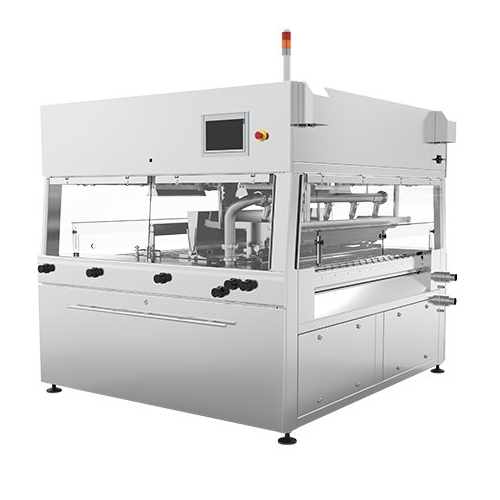
Industrial chocolate enrober
Achieve exceptional chocolate coating consistency and efficiency with this advanced enrobing te...
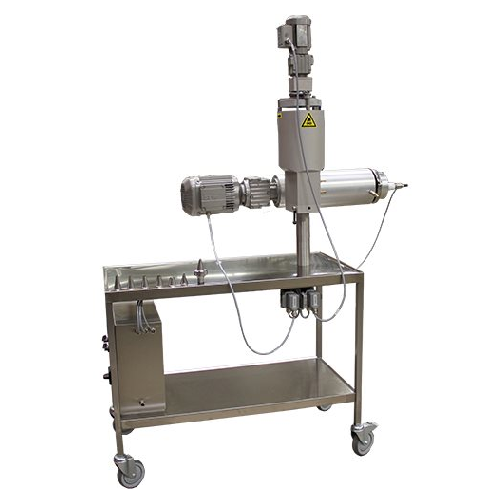
Cooling unit for chocolate mass extrusion
Optimize your chocolate production by precisely cooling chocolate masses during ...
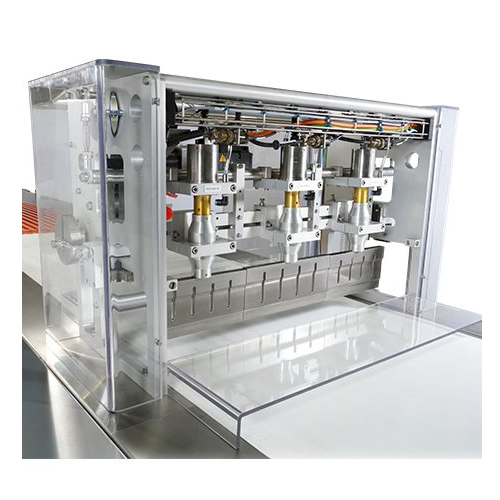
Industrial guillotine for precision cutting
Achieve precise portioning with a high-capacity guillotine, designed for seaml...
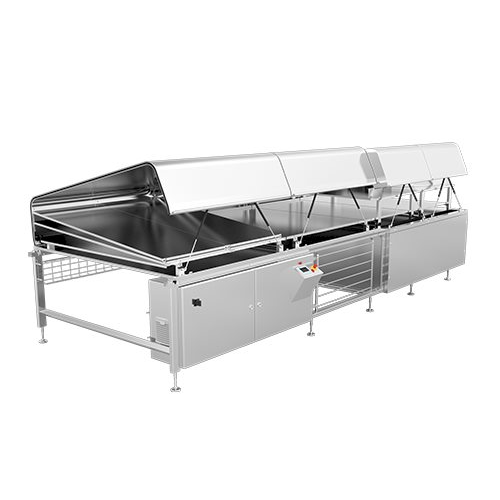
Cooling tunnel for chocolate and bakery products
Achieve precise cooling and crystallization for chocolate and confectione...
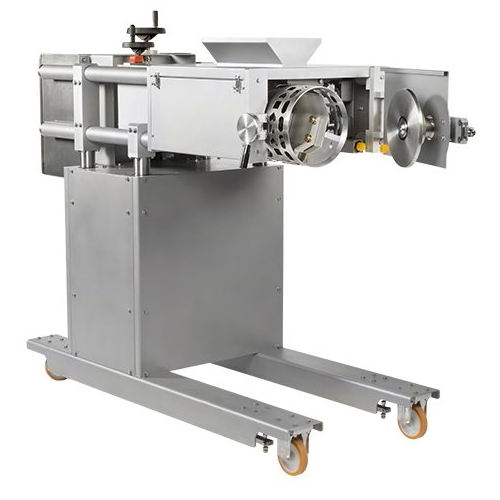
Rotating stencil depositor for confectionery products
Streamline your confectionery operations by precisely depositing in...
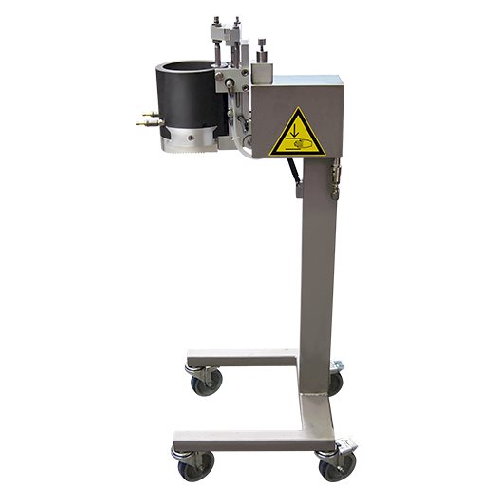
Small scale chip depositor for confectionery production
Efficiently deposit a variety of confectionery and snack products...

Depositor and extruder for confectionery production
Enhance productivity with precision depositing and flexible extruding...
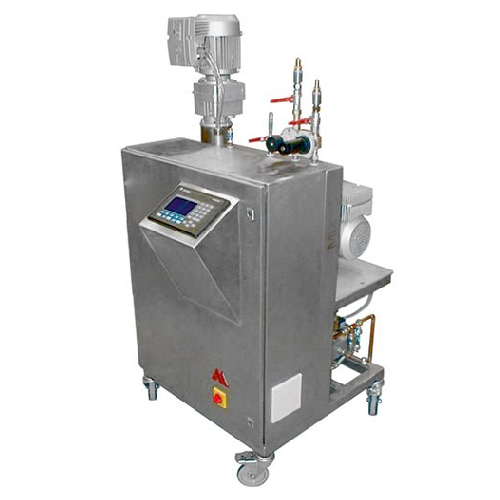
Aeration and aroma mixing system for chocolate production
Optimize your chocolate and confectionery production with prec...

Robotic chocolate assortment system
Streamline your chocolate production by precisely assorting various filled chocolate ar...

Chocolate decoration stringer for bakery and confectionery
Elevate your confectionery creations with precision chocolate...
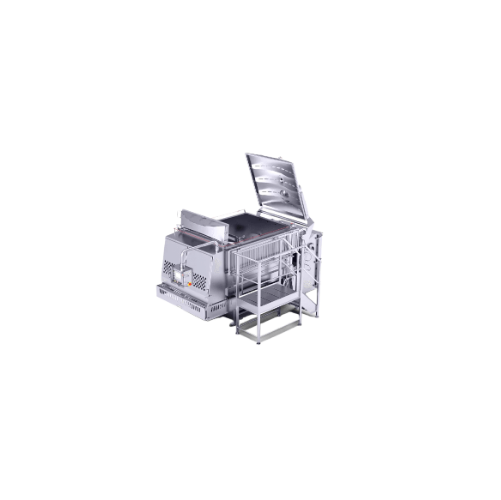
Double-shaft paddle mixer for homogeneous raw masses
Optimize your mixing efficiency with a dual-shaft system designed fo...
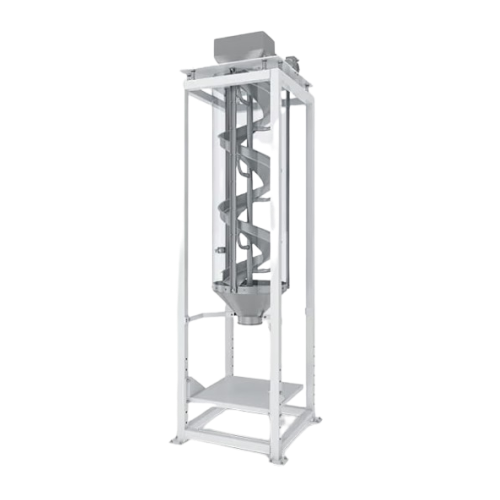
Direct discharge descender for product handling
Efficiently transport granulated materials without compromising their inte...
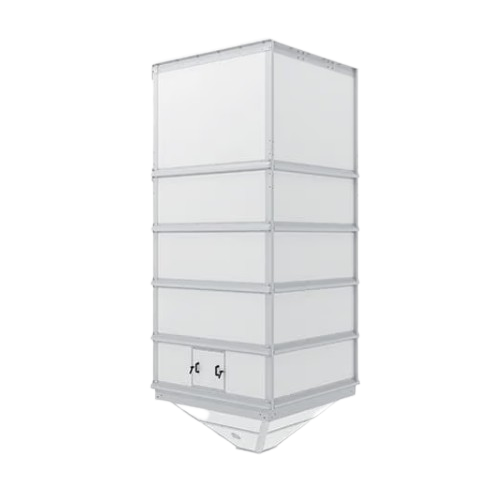
Finished product storage silos for industrial applications
Optimize your storage capabilities with silos that ensure saf...
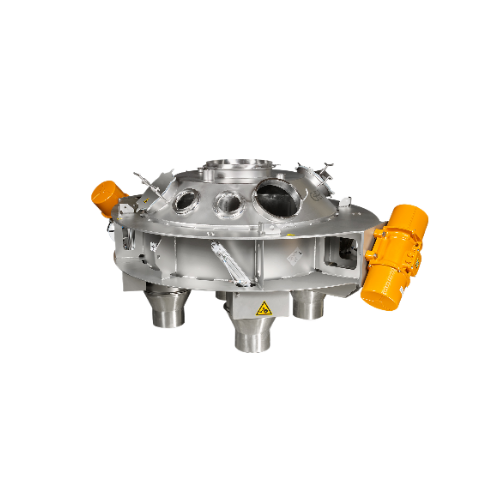
Circular distribution feeder for fragile product handling
Achieve precise dosing and reduced product damage with a versa...
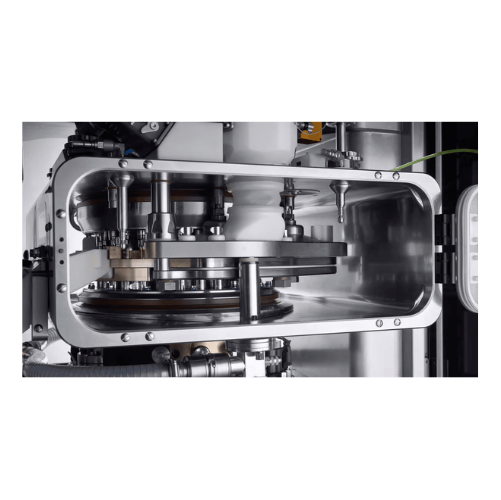
Tempura coating system for food processing
Achieve consistent and efficient tempura coating with a versatile system that s...
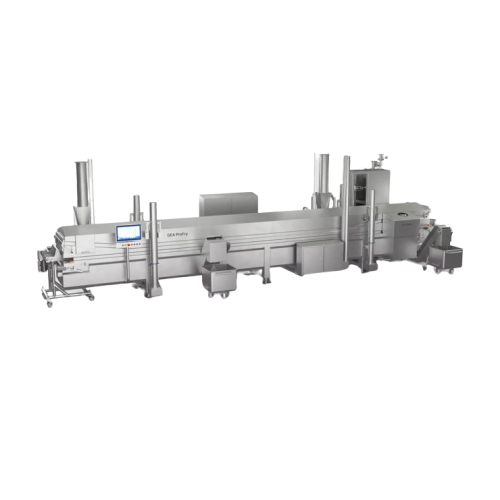
Industrial food processing fryer
Ensure consistent frying quality and enhanced sediment removal for high-volume food product...
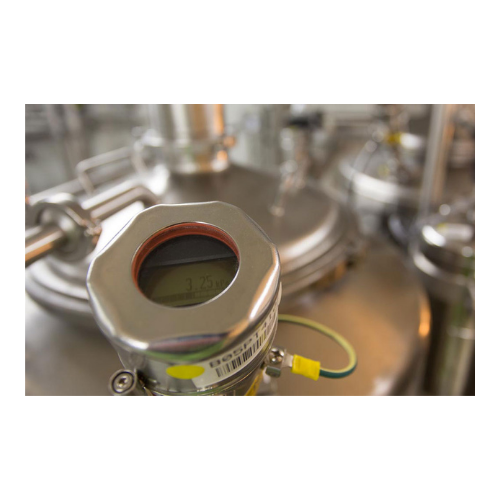
Powdered product shelf-life enhancement through inert gas packing
Extend the shelf life of sensitive powder products by...
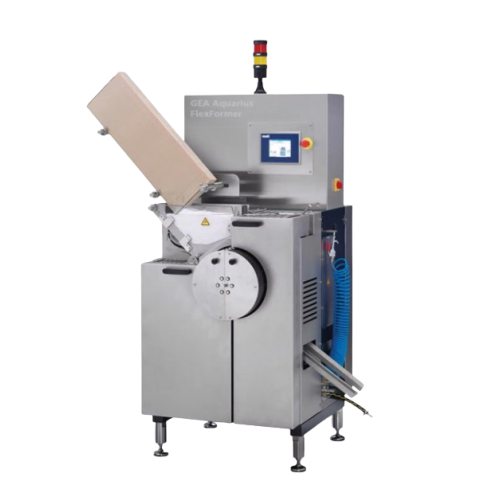
Lollipop forming system for various shapes
Create perfectly shaped lollipops with precise control over size and design whi...
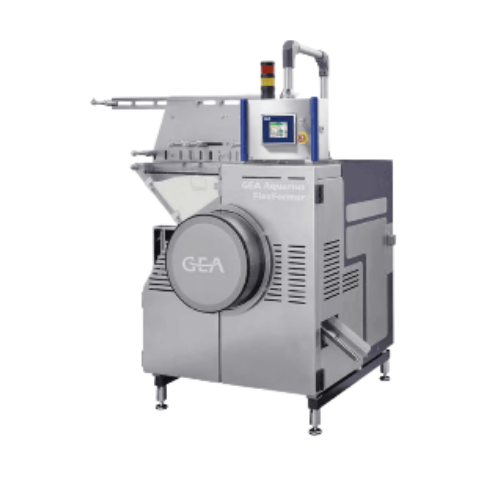
High-capacity lollipop former
Effortlessly boost your confectionery operation with a high-capacity forming machine designed ...
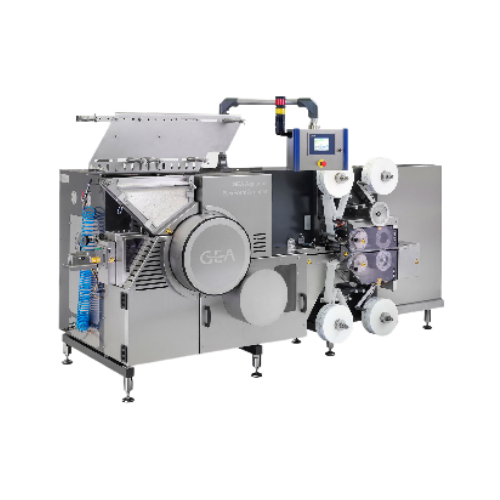
Lollipop forming and wrapping solution
Streamline your confectionery production with this innovative system designed to eff...
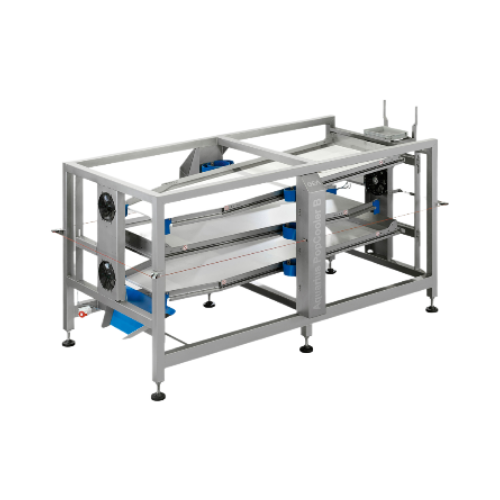
Continuous cooling system for ball lollipops
Ensure perfect shape retention and quality of ball lollipops with this contin...
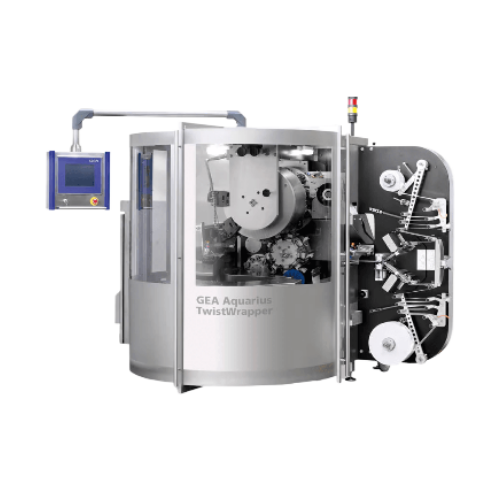
High-speed lollipop wrapping solution
Achieve unrivaled speed and efficiency in lollipop packaging with a continuous wrappi...
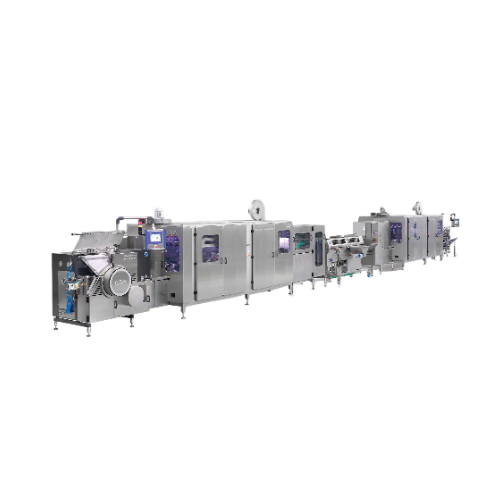
Coated lollipop production line
Transform your confectionery line with a solution that forms, cools, and coats 3D lollipops ...
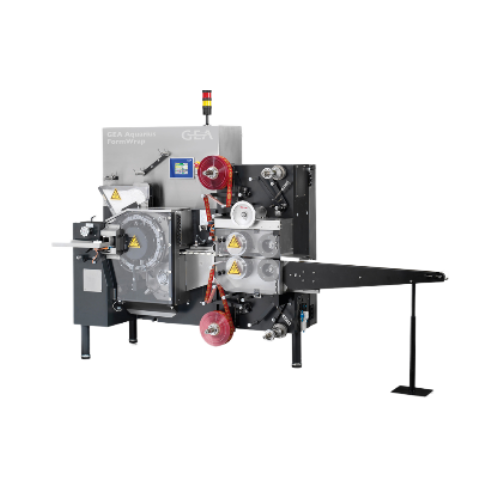
Flat lollipop forming and wrapping system
Enhance your candy production with precision-engineered lollipop forming and wra...
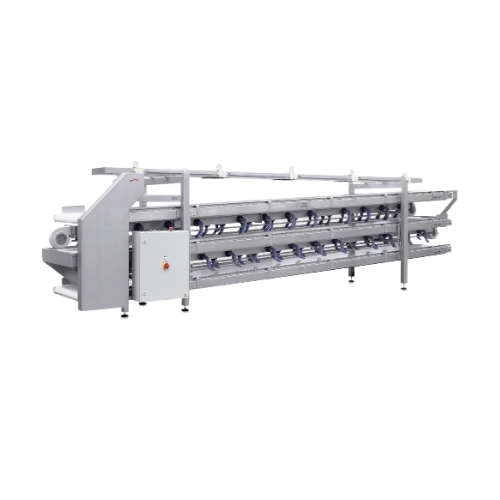
Continuous flat lollipop cooling system
Ensure your lollipops retain perfect shape and quality with this high-speed cooling...
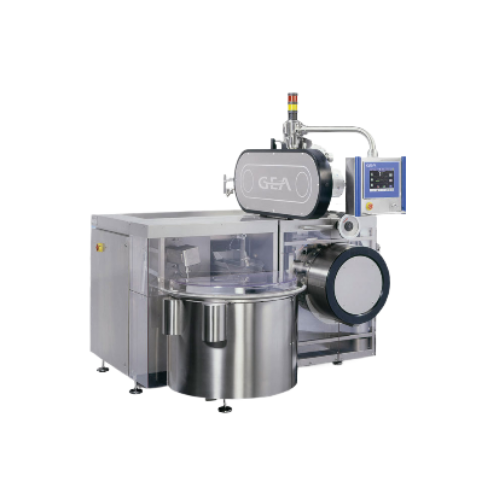
Lollipop wrapping solution
Ensure precision and faster production with a high-speed wrapping solution that adapts seamlessly...
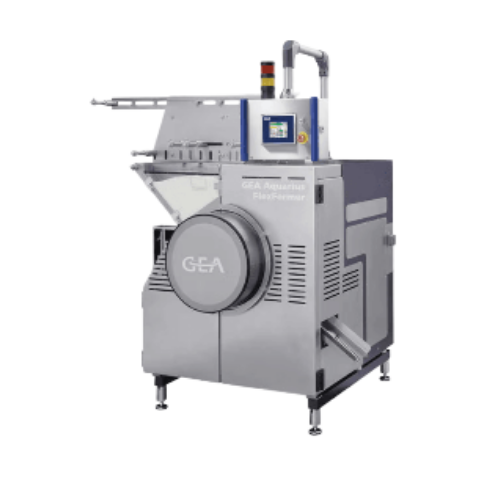
Advanced lollipop forming system
Craft diverse lollipop shapes with precision and efficiency, reducing downtime with rapid c...
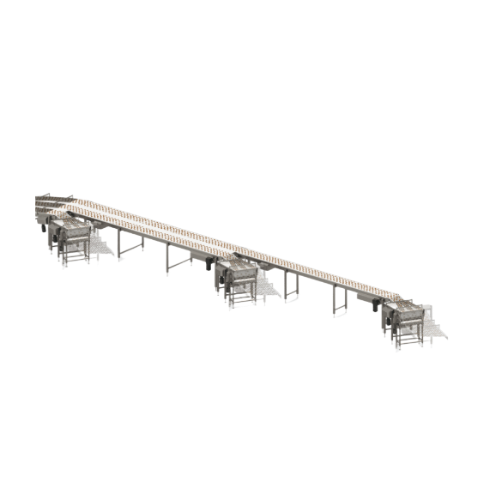
Product distribution system for multiple stencil creamers
Facilitate seamless product flow distribution across multiple ...
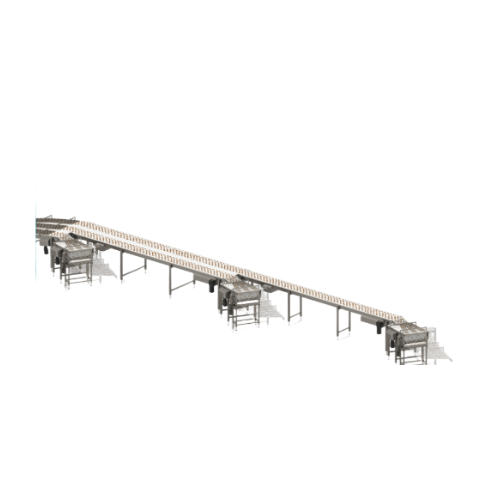
Product distribution system for large capacity wrappers
Optimize your high-speed production lines by efficiently distribu...

Robotic pick and place system for cookies
Streamline your bakery production with a flexible robotic system that seamlessly...
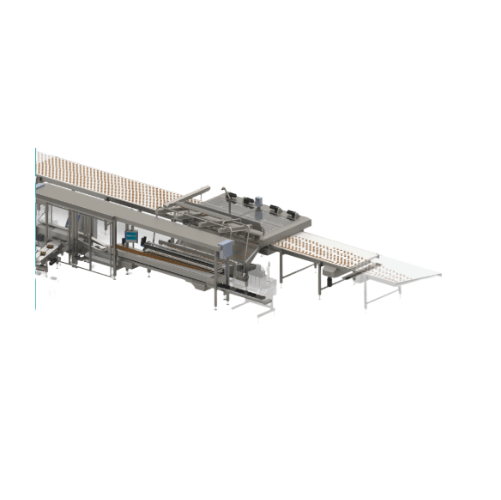
Biscuit slug loading system
Enhance your confectionery line with high-speed, precise slug loading that integrates seamlessly...
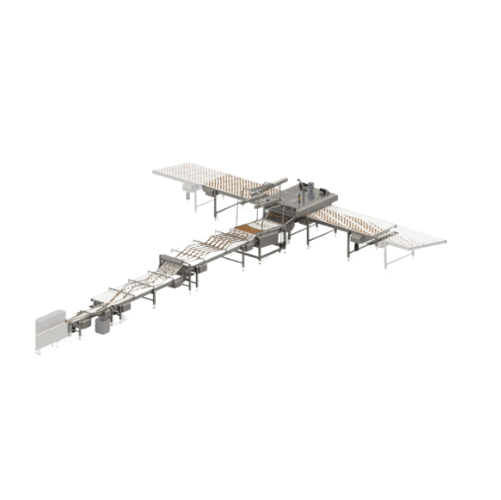
Chicane system for portion pack flowrapper
Streamline your packaging process with a system that ensures precise portioning...
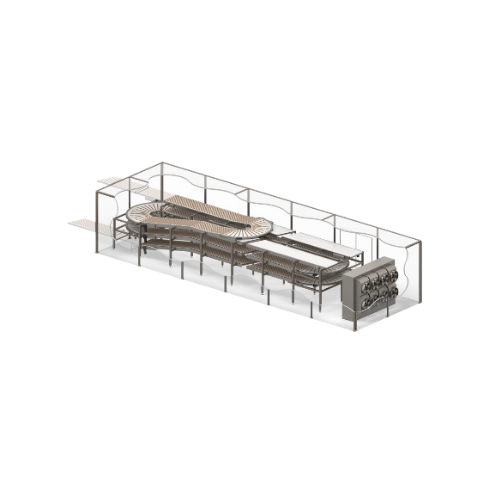
Cooling system for post-baking stabilization
Optimize your production line by integrating a cooling system that ensures po...
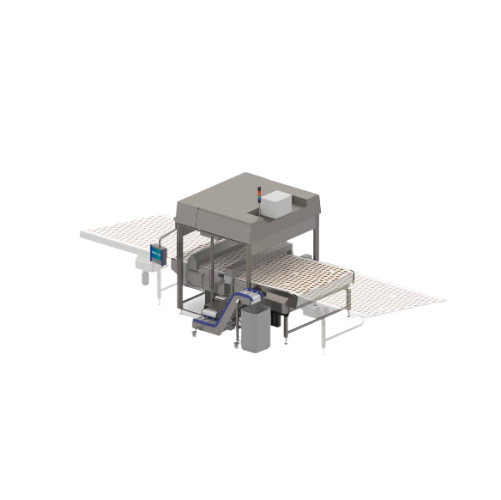
Vision-based product inspection system for rejecting defective items
Enhance your production line efficiency by ensurin...
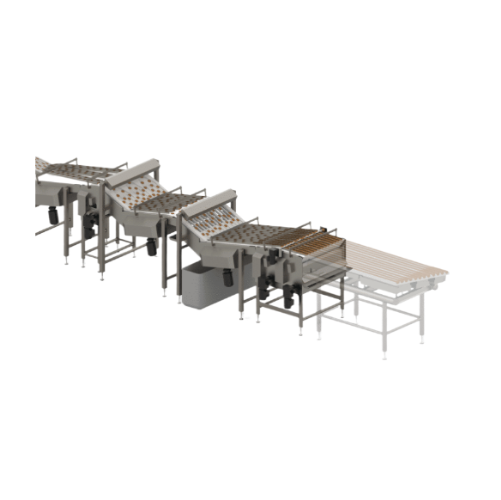
Product manipulation and stacking systems
Efficiently transition products from flat to stacked on a conveyor while minimiz...

Vibratory buffer system for line efficiency
Enhance your production line by efficiently managing downstream stoppages and ...
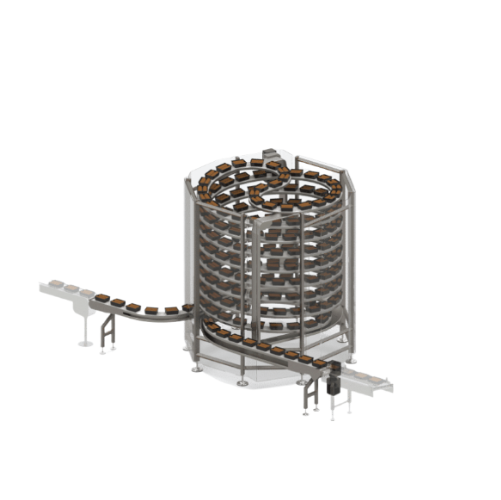
Tray buffering system for downstream absorption
Handle production line disruptions effortlessly by temporarily absorbing t...
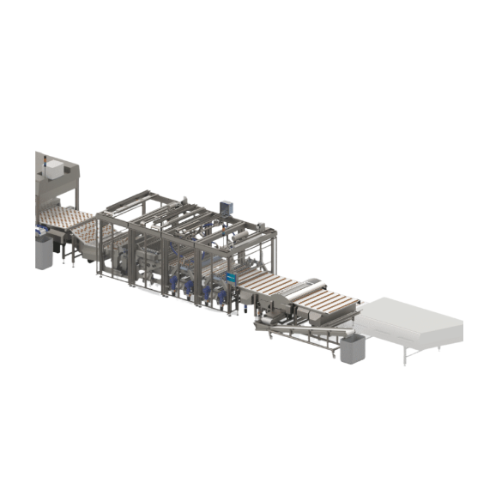
Sandwich and biscuit depositing system
Achieve high-capacity sandwich and biscuit production while maintaining precision wi...
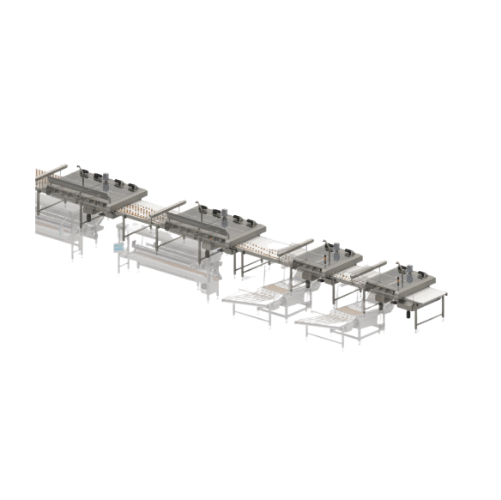
High-volume product distribution system
Efficiently manage high-volume snack and confectionery production flows with a syst...
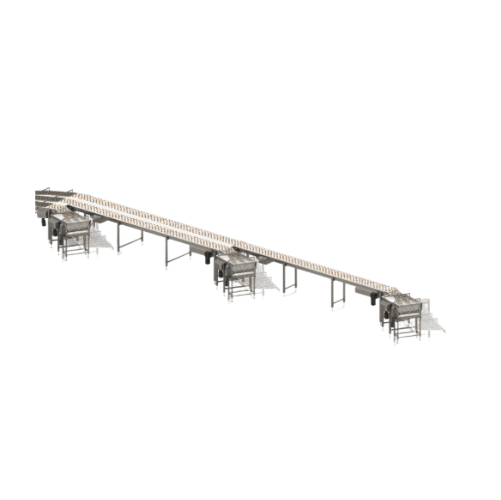
Laned product distribution for high-capacity wrappers
Efficiently distribute high-capacity product flow across multiple w...
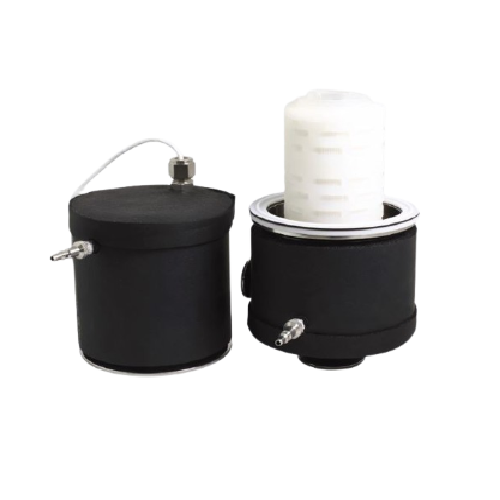
Large production autoclaves for laboratory and pharmaceutical use
Enhance your production line with our large autoclave...
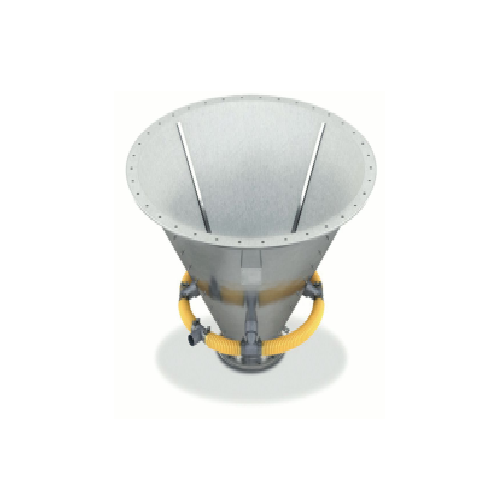
Automated material flow system for starch processing
Streamline the handling of powdered starches with precise dosing, mi...
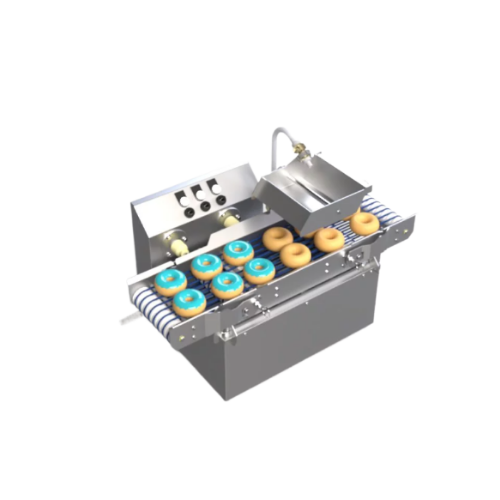
Donut glazing system for rapid production
Streamline your bakery operations with a compact system that thaws and glazes do...
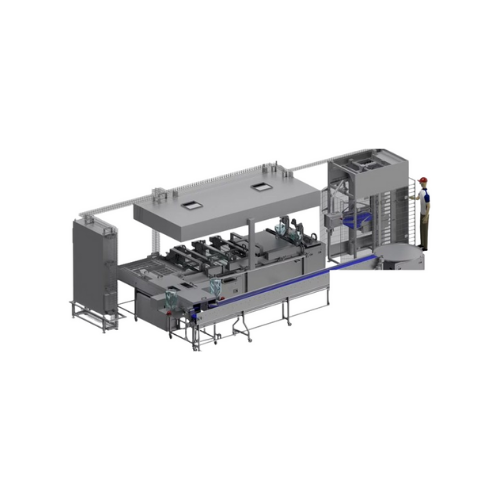
Industrial deep fryer for high-volume donuts
Streamline your high-volume pastry production with an advanced fryer system d...
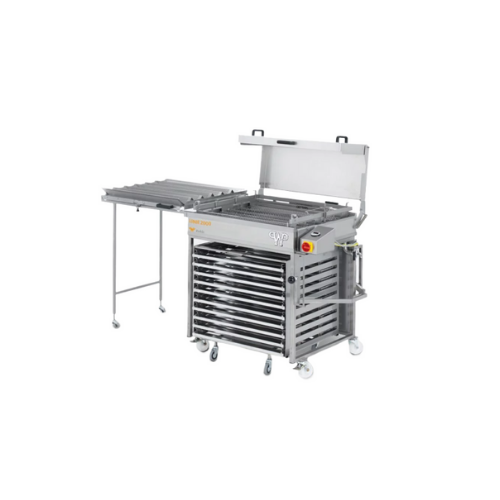
Industrial donut fryer for high output and customization
Enhance your donut and pastry production efficiency with a custo...
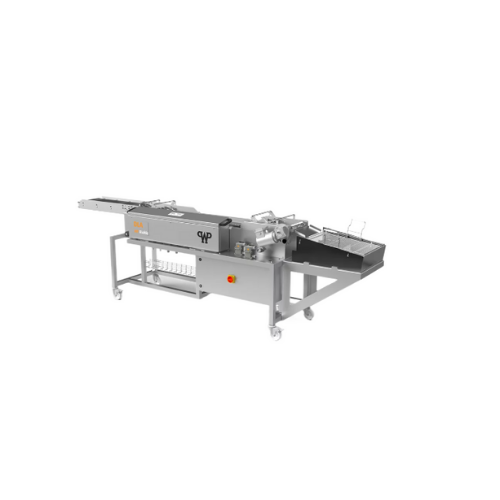
Continuous deep fryer for catering
Achieve consistent frying results while reducing fat absorption and frying time, perfect...
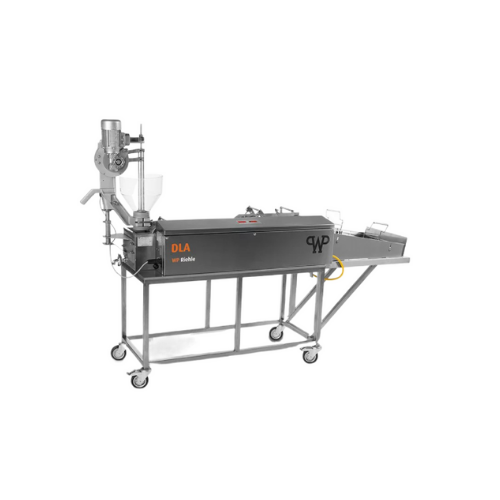
Continuous deep fryer for consistent and efficient frying
Streamline your frying processes with this innovative continuo...
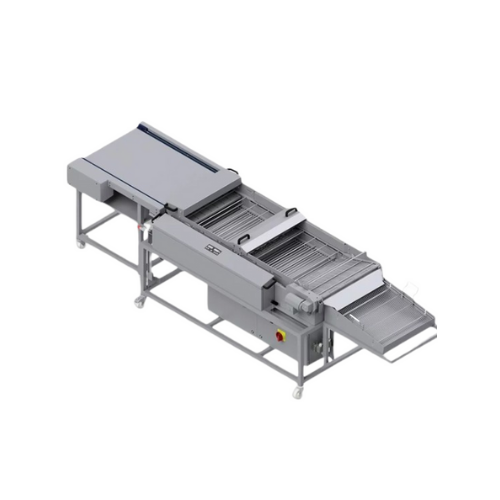
Continuous open kettle fryer for donut production
Effortlessly produce high-quality donuts with precise temperature contr...
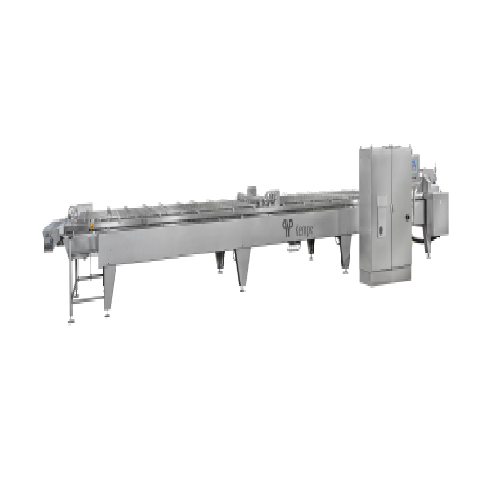
Industrial fryer for donuts and ball donuts
Maximize your deep-fried pastry output with precise control over frying condit...
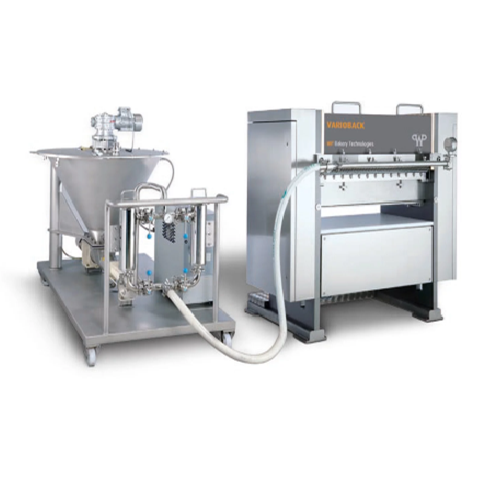
Stick press for pretzel and biscuit production
Transform your snack production with a versatile solution that presses, fil...
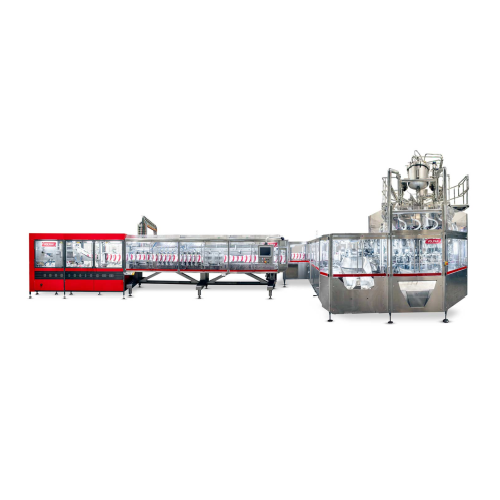
Continuous stand-up pouching solution for up to 1000ml
Maximize efficiency in high-speed production lines with precise st...
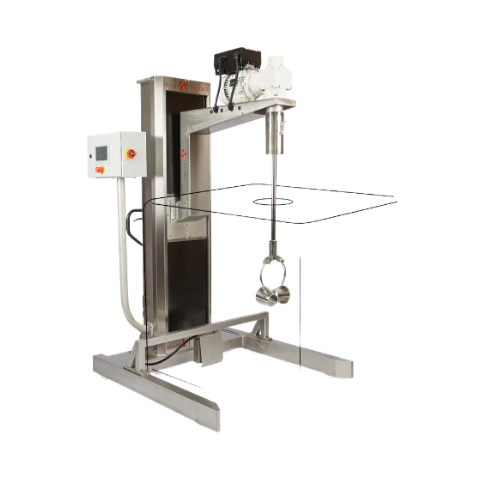
Industrial stativ mixer with adjustable height
Achieve precise mixing and stirring across diverse batches with a mobile, a...
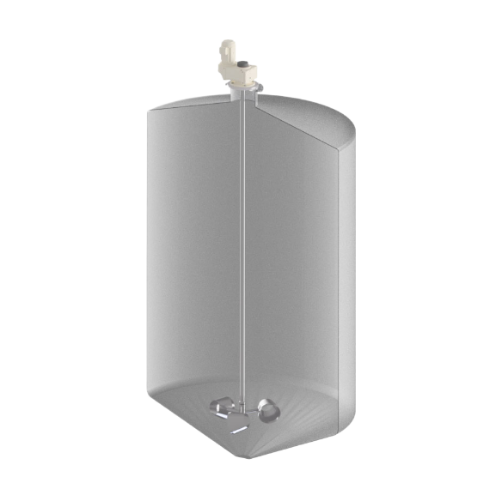
Industrial tank mixer for high-volume containers
Optimize your mixing processes with a robust solution designed for high-v...
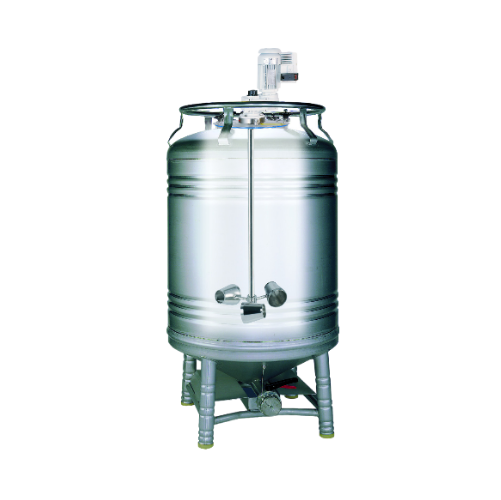
Mobile stainless steel tank agitator for various industries
Optimize liquid blending processes with this mobile tank agi...
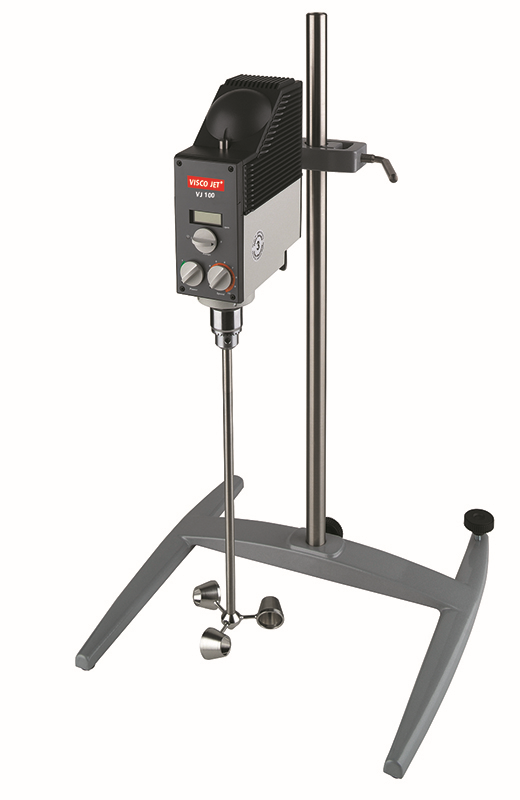
Laboratory stirrer for high-viscosity materials
Streamline your laboratory mixing processes with a powerful stirrer design...
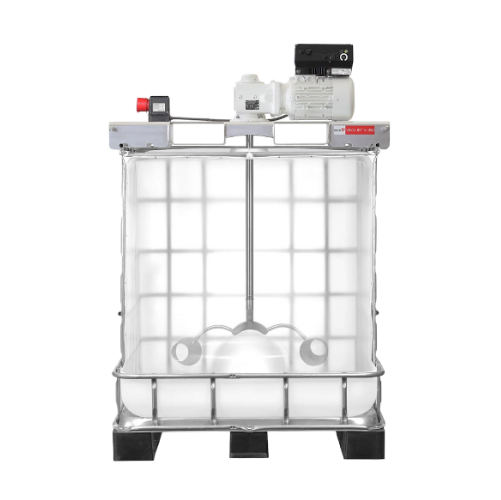
Industrial container mixing system for high viscosity media
Effortlessly blend high-viscosity liquids and slurries with ...
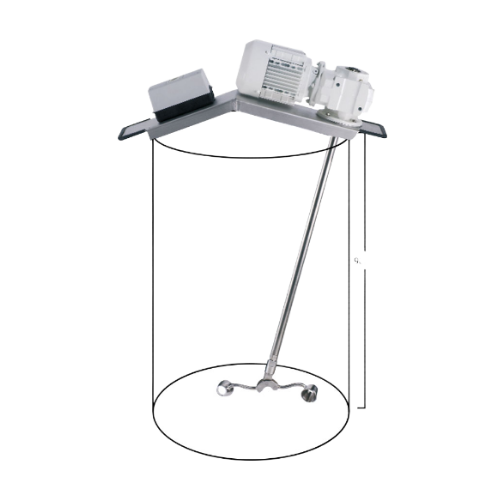
Drum blender for closed barrels
Efficiently mix liquids and slurries inside closed drums with a specialized agitator designe...
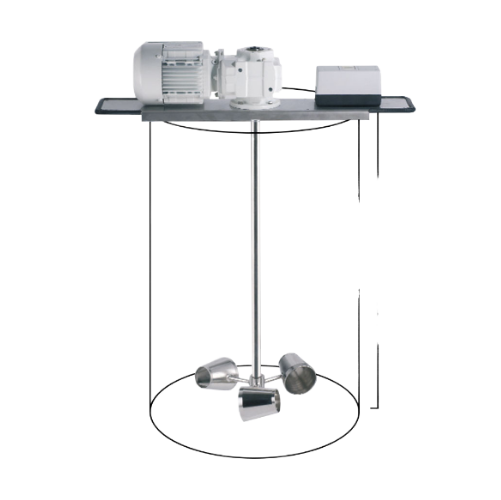
High-performance stirrer for open drums
Effortlessly homogenize high-viscosity liquids and slurries right in their storage ...
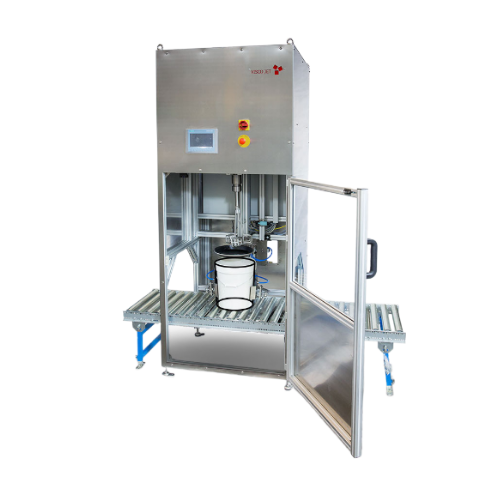
Industrial mixer for facade paint and plaster
Optimize your facade paint and plaster production with this mixer designed f...
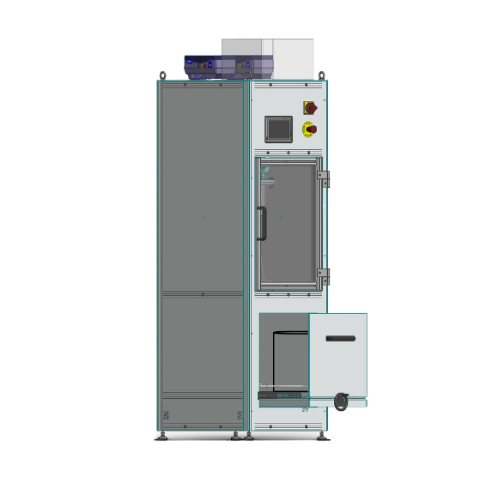
Semi-automatic stands blender for facade paints
Optimize your paint production with a versatile stirring system designed f...
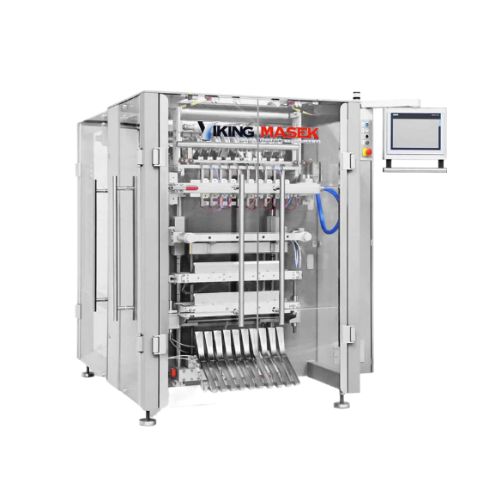
Stick pack packaging for powders and liquids
Streamline your packing process with high-speed, servo-driven stick pack mach...
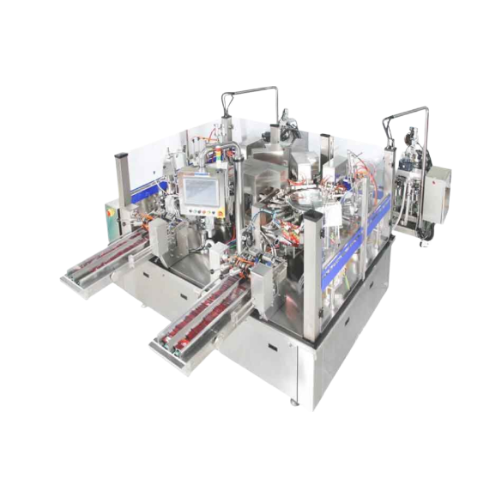
Automatic rotary premade pouch filler and sealer
Optimize your production line with high-speed pouch filling and sealing, ...
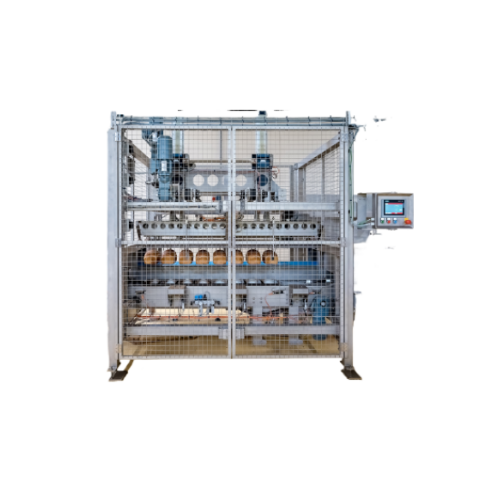
Conveyor belts for hot and cold product handling
Efficiently transport hot and cold goods with versatile conveyor solution...
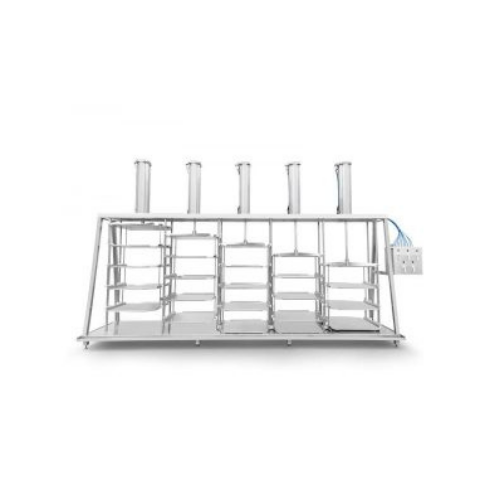
Industrial pressing system for convenience food
Optimize your production line with a versatile pressing system, designed t...

Industrial milling systems for food processing
Streamline your food production line with robust milling and cutting soluti...
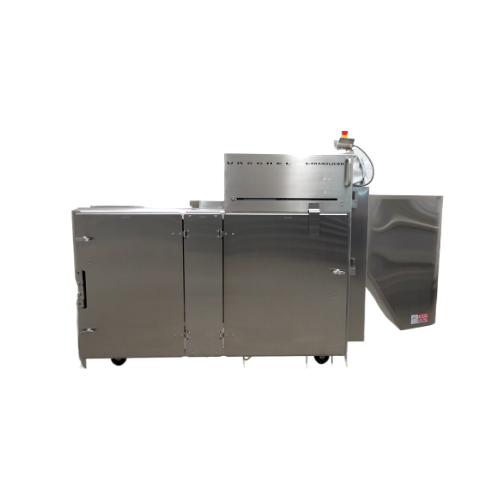
Slicer for food processing applications
Efficiently achieve precise cuts and textures for a variety of food products, enhan...
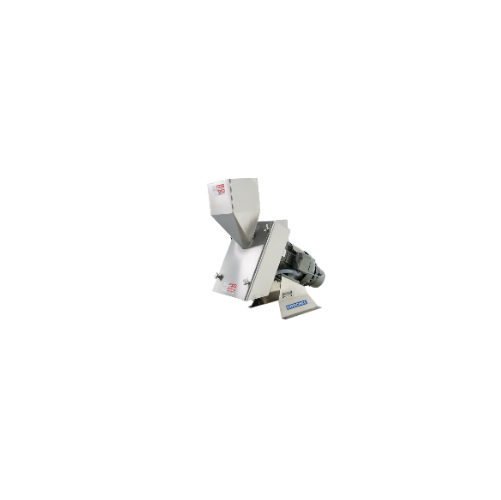
Industrial food processor for diverse applications
Optimize your production line with a versatile processor capable of ch...
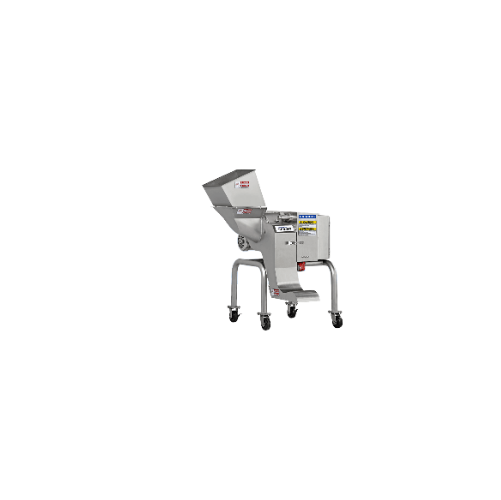
High performance dicer for fruits and vegetables
Optimize your food processing line with this versatile dicer, specificall...
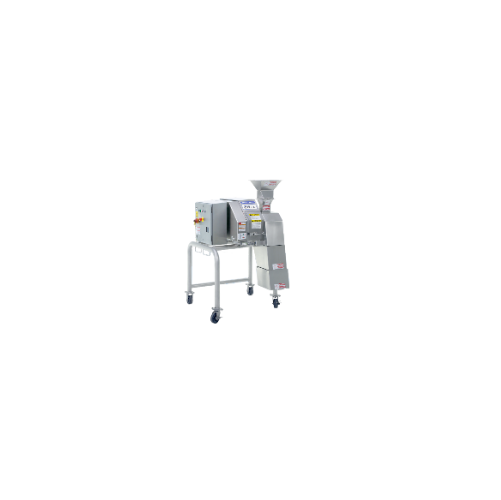
Industrial dicer for small to intermediate size ranges
Boost your production capacity with a versatile dicing solution th...
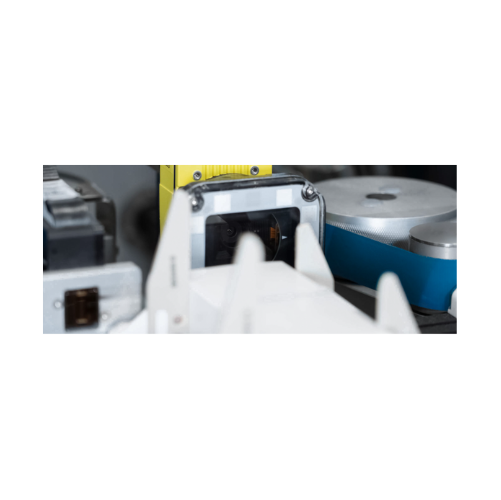
Sachet packaging lines for pharmaceuticals
Optimize your pharmaceutical production with high-speed sachet packaging lines ...
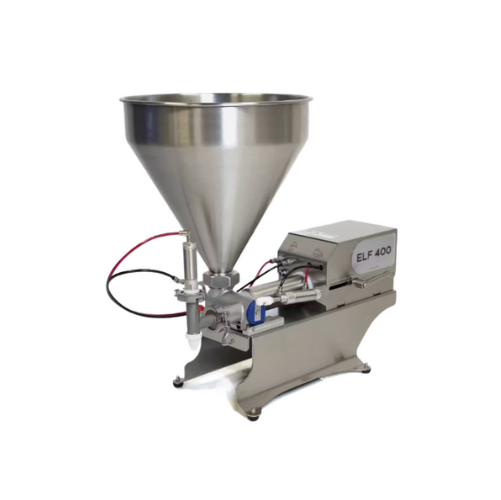
Single piston food filler
Achieve precise portioning and consistent product flow with a versatile solution perfect for handl...
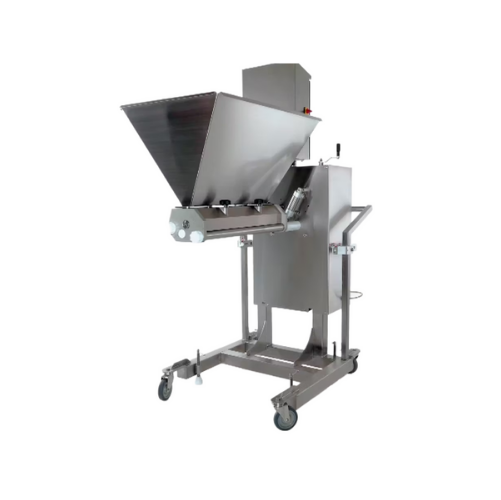
Multi piston depositors for high-volume baking production
Optimize your high-speed production line with precision deposi...
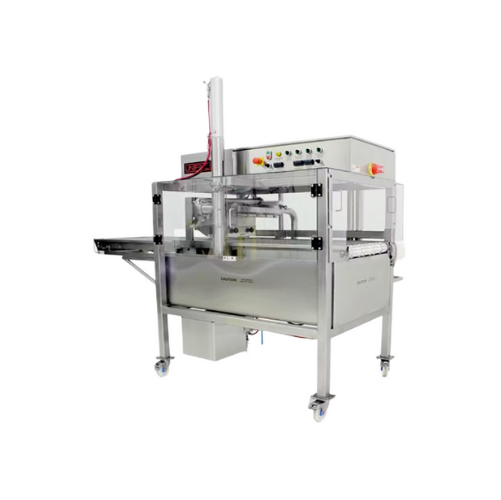
Cake and pastry enrobing system
Enhance your bakery production line with seamless enrobing and icing capabilities, ensuring ...
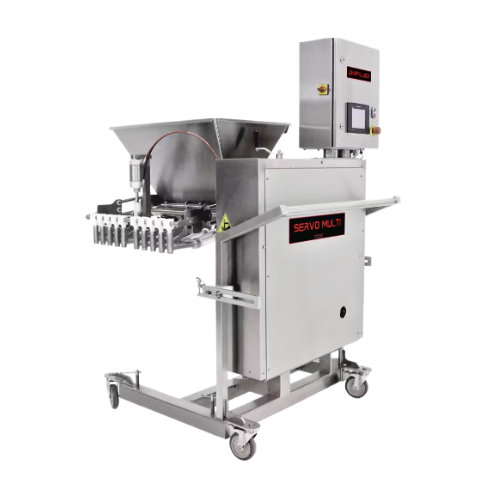
Servo multi-piston depositor for bakeries
Achieve precision and consistency in baked goods production with this solution, ...
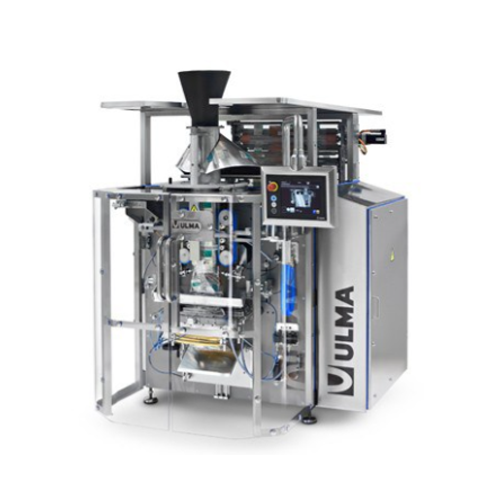
Vertical packaging system for medium-high speed applications
Optimize your packaging line with a system that delivers pr...
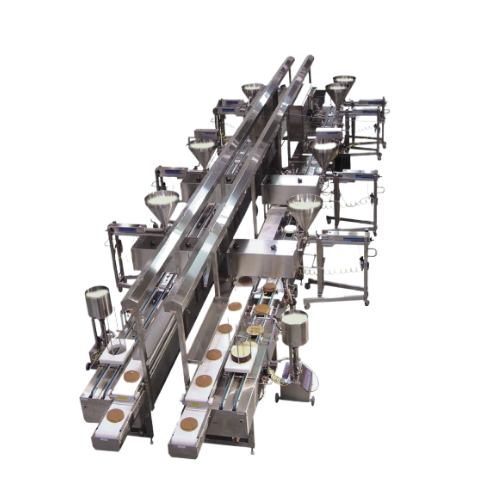
Automated icing system for cakes
Efficiently layer, fill, and ice various cake types with precision and speed, securing cons...
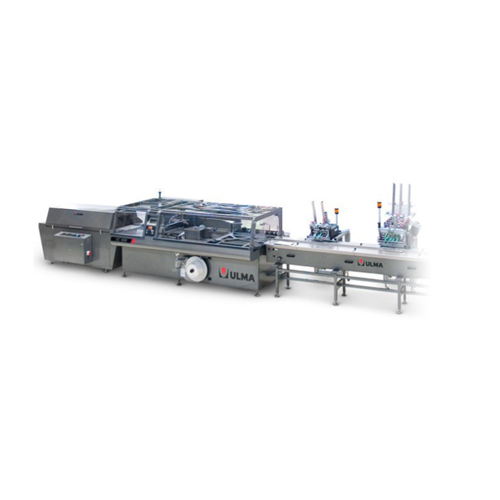
Side seal shrink packaging machine
Achieve seamless and efficient packaging for varied product sizes with continuous side s...
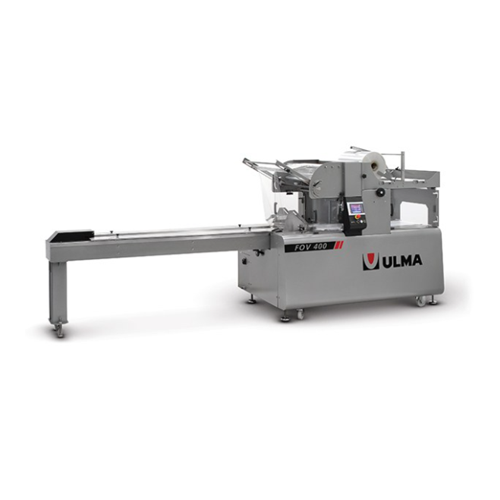
Flow pack wrapper for shrink and film wrapping
Optimize your packaging operations with a versatile solution capable of hig...
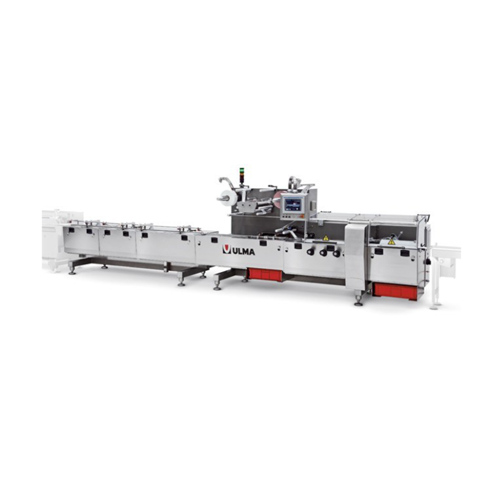
Horizontal flow wrapper for bakery and chocolate
Achieve seamless integration in high-speed production lines with a horizo...
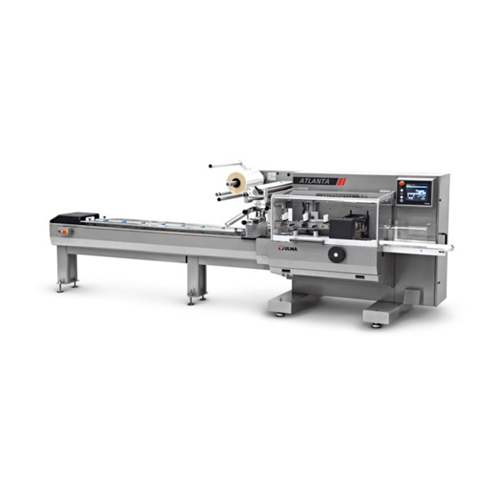
Horizontal flow wrapper for medium to high production
Optimize your packaging line with a versatile horizontal flow wrapp...
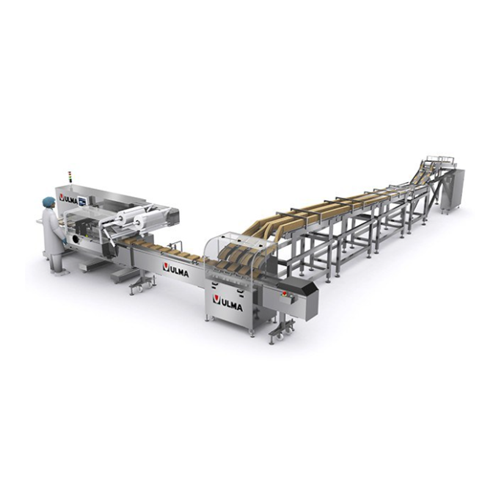
Automated feeding and packaging line for crackers
Optimize your cracker production with seamless integration of high-spee...
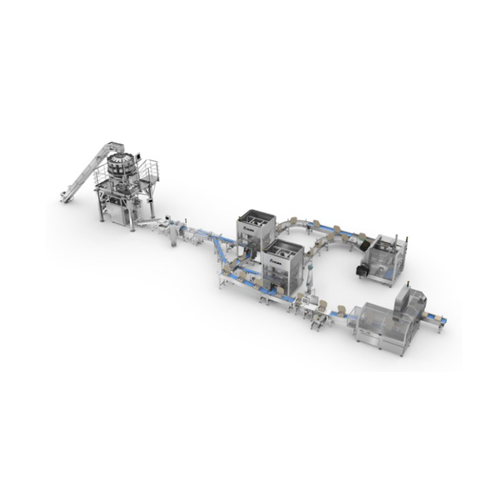
Automated bagging system for confectionery products
Achieve seamless integration in your confectionery packaging line wit...
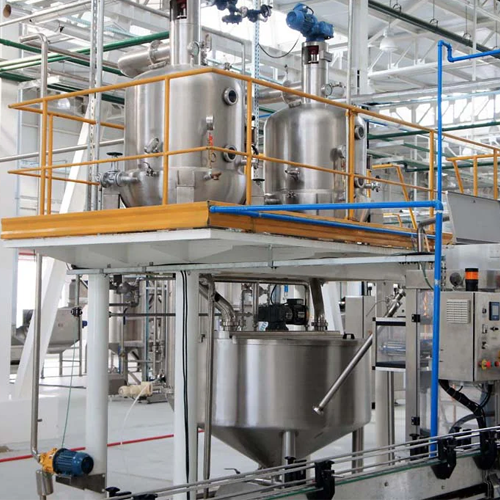
Batch evaporators for fruit juice and tomato concentration
Achieve high-quality fruit and tomato concentrates while pres...

Professional food dehydrator for fruits and vegetables
Enhance your culinary creations with precise dehydration technolog...
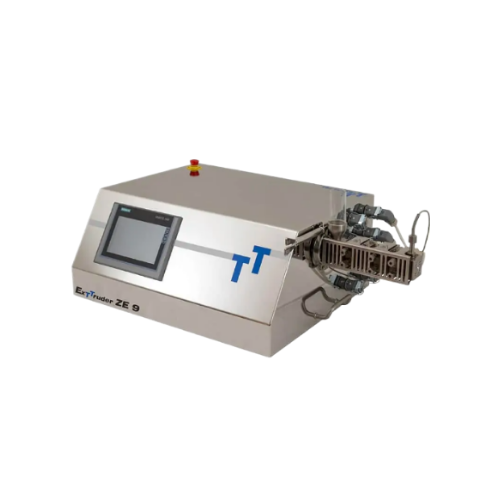
Mini extruder for small batch processing
Ideal for precise control in experimental formulations, this mini extruder streaml...
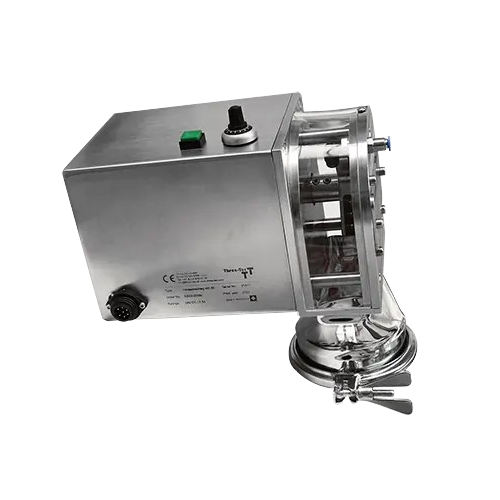
Hot cutter for processing extrudate into pellets
Efficiently transform extrudates into precise pellet sizes, enhancing you...
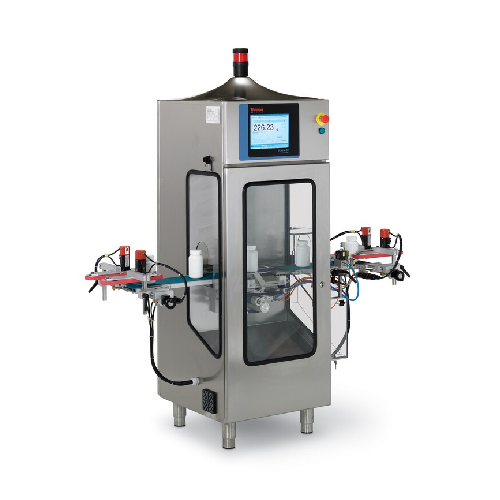
Checkweigher for pharmaceutical and food industries
Ensure precise weight measurement and reliable product rejection in h...
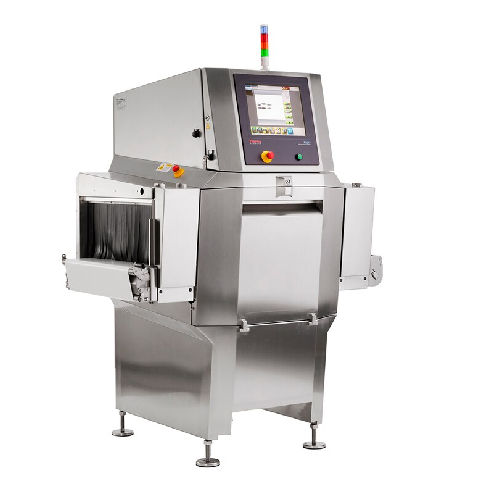
Conveyor x-ray inspection for large food packaging
Ensure the safety and quality of your packaged food products by detect...
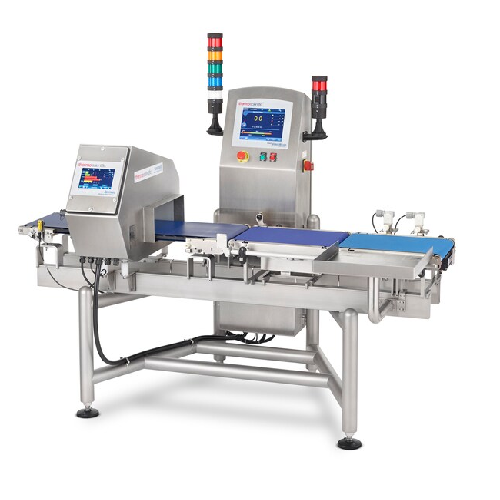
High sensitivity metal detectors for food products
Ensure food safety and product quality by effectively detecting and re...

X-ray detection for food inspection
Ensure product integrity in high-speed packaging lines by detecting metallic and non-me...
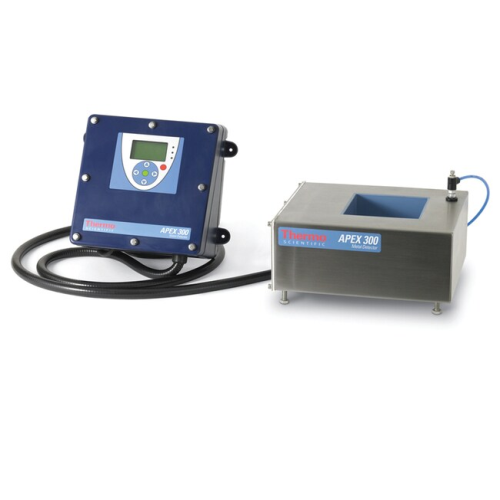
Industrial metal detector for food and beverage applications
Ensure your production line is free from metal contaminants...
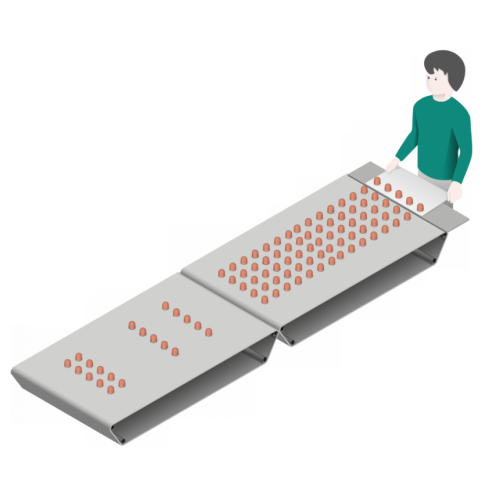
Overflow conveyor for efficient product handling
Streamline your production with overflow conveyors that manage excess pro...
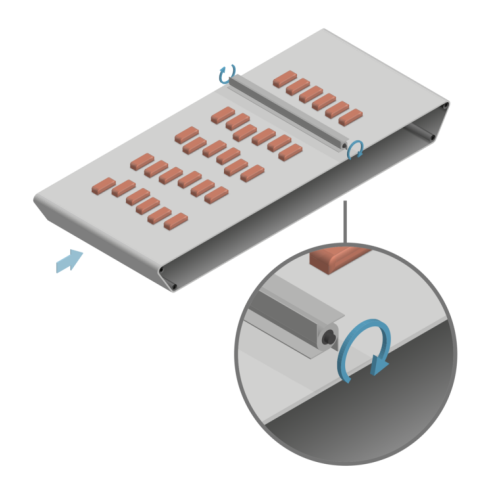
Row aligner for product packaging
Optimize your packaging line with precise alignment and high-speed product handling, ensu...
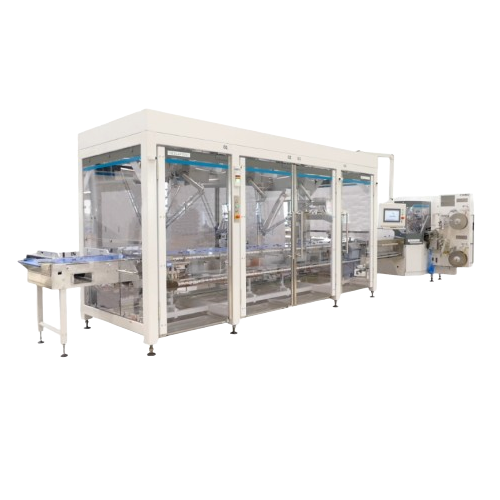
Vision-based robotic feeding system
Enhance your production line with precise robotic feeding, optimizing product placement...
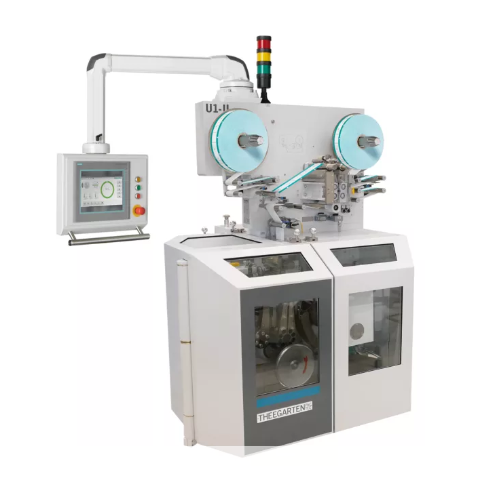
High-speed forming, cutting, and wrapping for long soft caramels
Optimize your confectionery production with high-speed ...
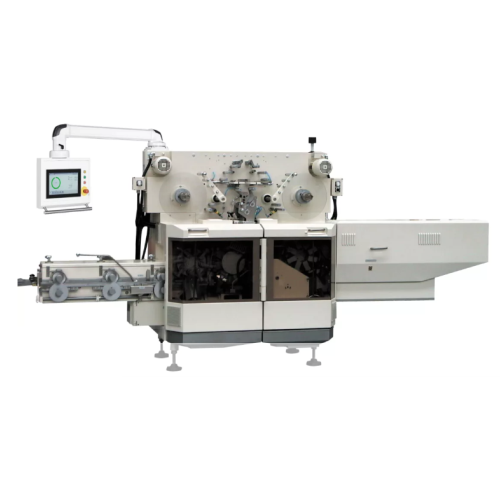
High-speed forming, cutting, and wrapping for side and bottom folds
Streamline your confectionery production with a mac...
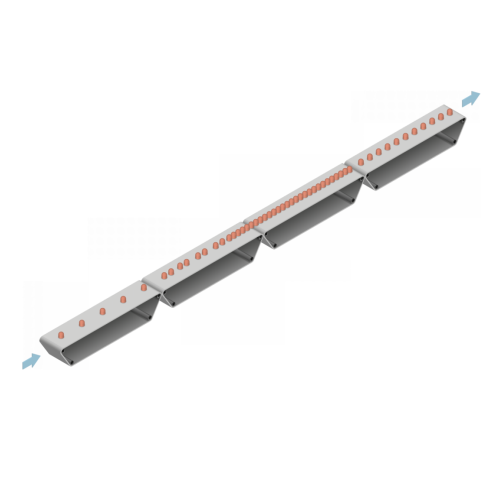
Accumulation conveyor for controlled feeding in packaging lines
Ensure seamless product flow and enhance efficiency in y...
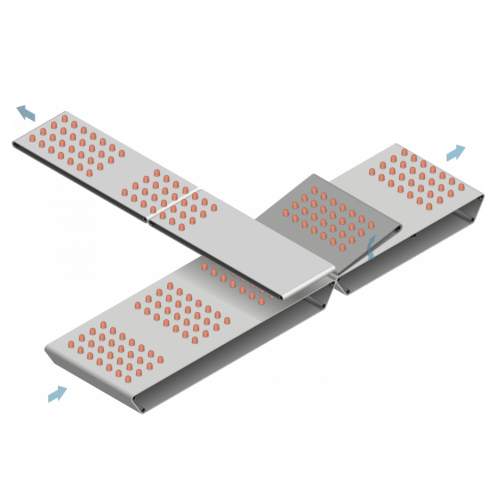
Cross transfer station for mould configuration products
Streamline the transfer of mould-configured products across your ...
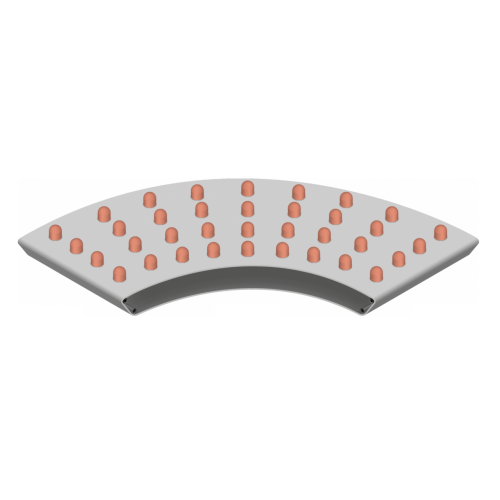
Curved conveyor for product transport
Streamline your product flow with a versatile curved conveyor, perfect for maintainin...
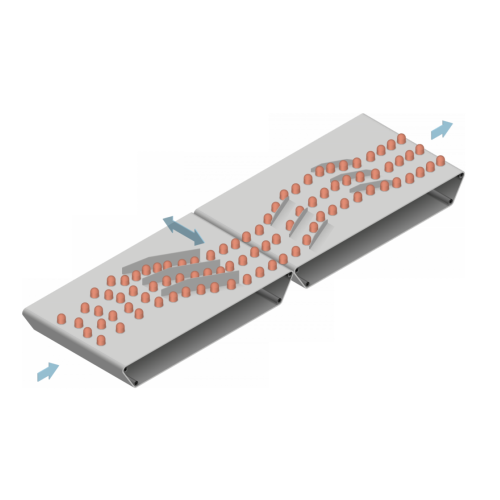
Lane arrangement for efficient product transfer
Optimize your production line’s efficiency with seamless integration...
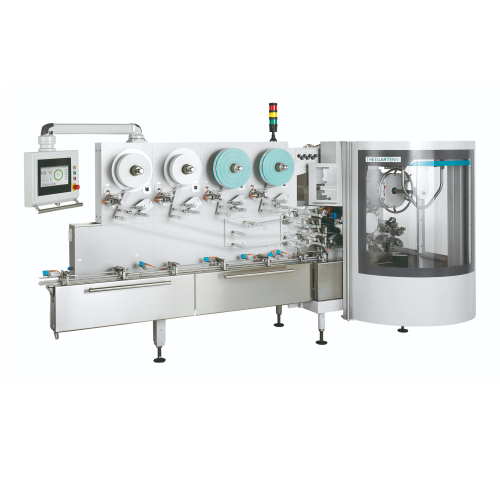
Flexible high-speed wrapping machine for chocolate products
Optimize your confectionery production line with a flexible ...
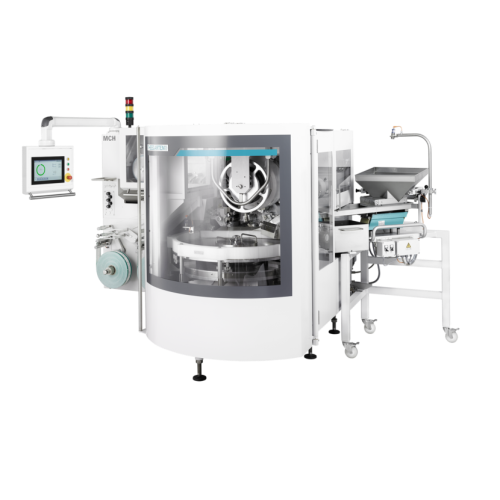
Flexible high-speed wrapper for confectionery products
Streamline your packaging process with a versatile machine designe...
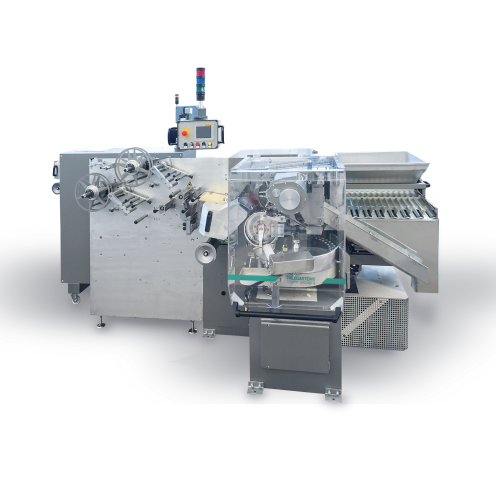
Wrapping system for preformed products in double twist
Achieve precise packaging with our high-speed double twist wrappin...
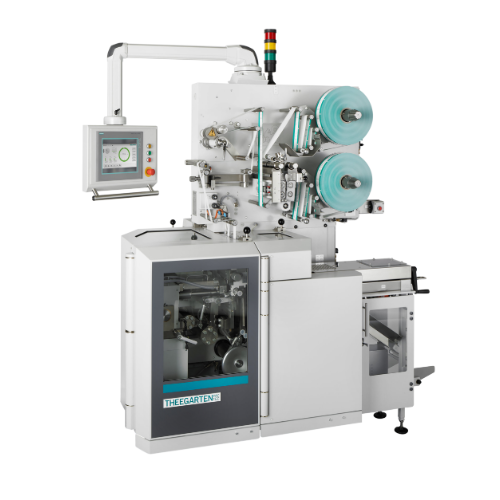
Twin-lane high-speed forming, cutting, and wrapping system
Achieve unparalleled packaging efficiency with a high-speed t...
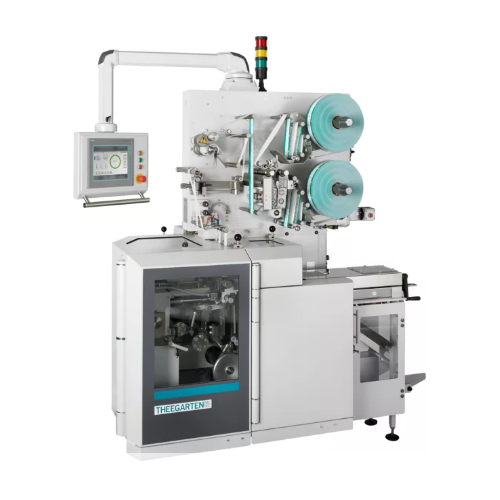
High speed forming, cutting, and wrapping for side fold packaging with comic strip
Maximize your output with high-spe...
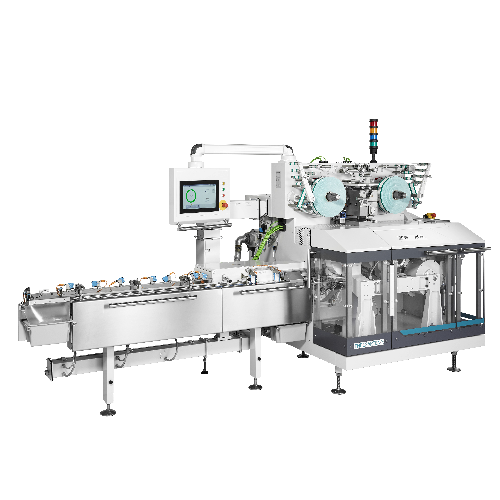
High-speed wrapping machine for chocolate or compressed powder products
For confectionery and pharmaceutical operations...
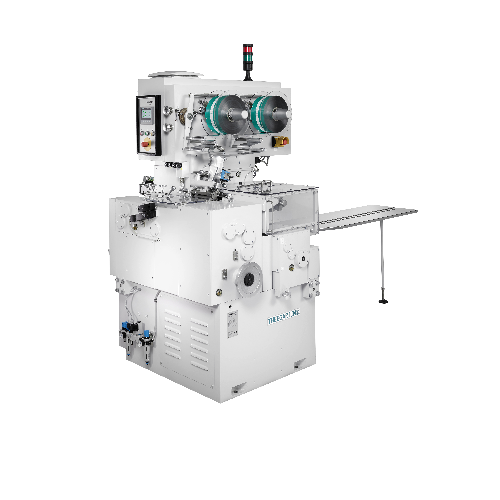
Forming, cutting, and wrapping solution for soft caramel lollipops
Effortlessly streamline your confectionery productio...
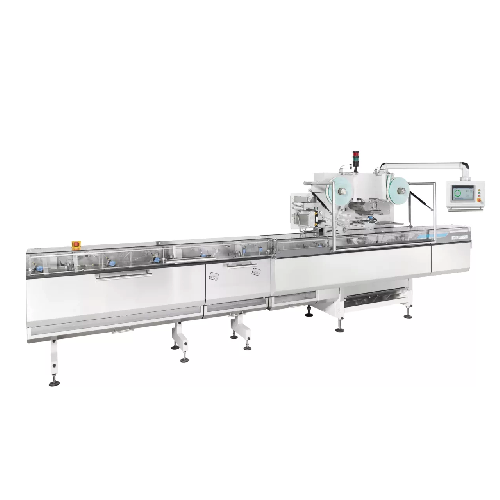
Modular high-speed wrapper for chocolate flow packs
Efficiently wrap a wide range of products, from chocolate bars to dis...
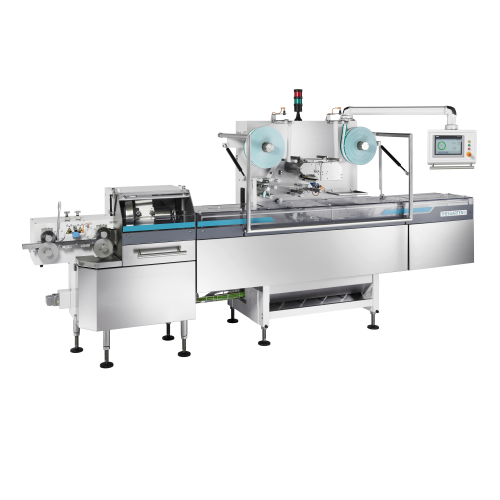
Modular high-speed forming, cutting, and wrapping for soft caramels
Streamline your confectionery production with a hig...
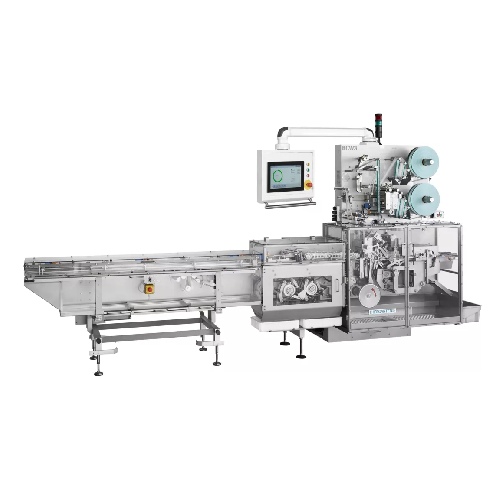
High-speed packaging machine for bouillon cubes
Streamline your production process with a machine designed to handle up to...
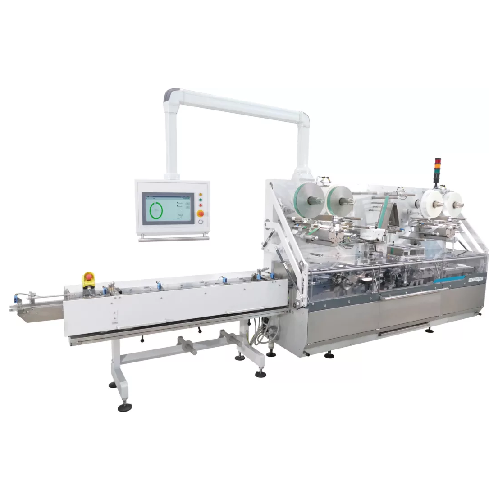
High-speed wrapping system for chocolate bars
Ensure quick and precise packaging for chocolate bars with a high-speed syst...
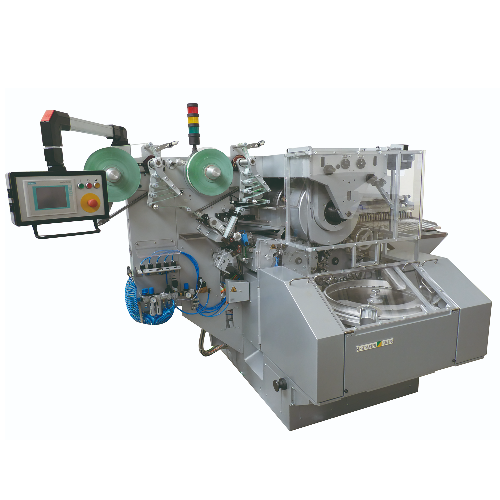
Retrofit package for Ek1 packaging system
Upgrade older packaging systems to enhance efficiency and flexibility while acco...
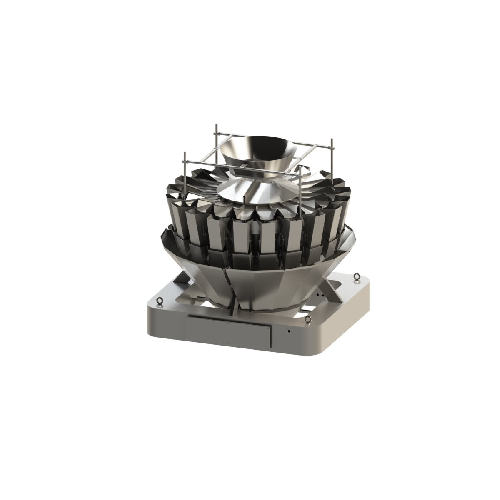
Twin product multihead weighing system for mixing and sorting
Optimize your production line with precision mixing and hi...
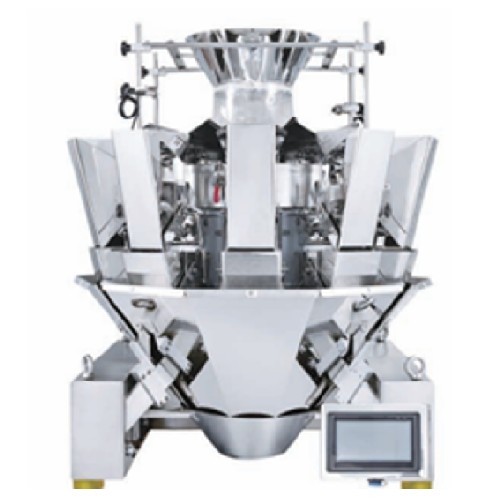
Multihead weighing system for dry free flowing products
Optimize your packaging line with precise weight measurements for...
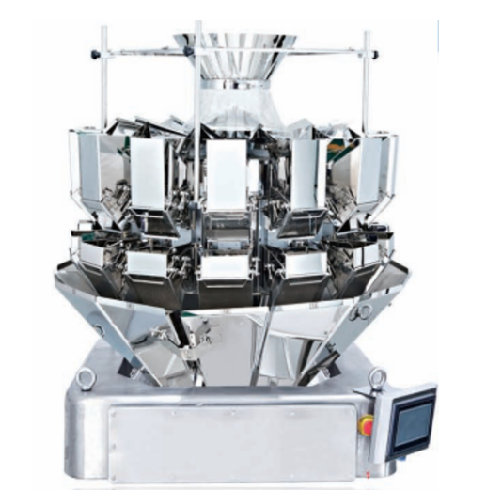
multihead weigher for dry products
Optimize your production line with precise weighing for dry products, ensuring high-spee...
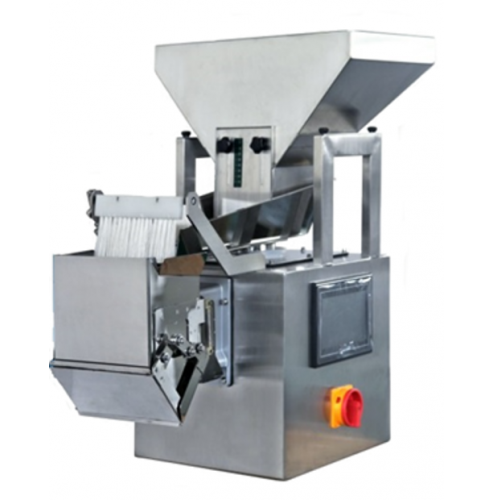
Linear weigher for dry free flowing products
Streamline your packaging process with precise weighing capabilities, ensurin...
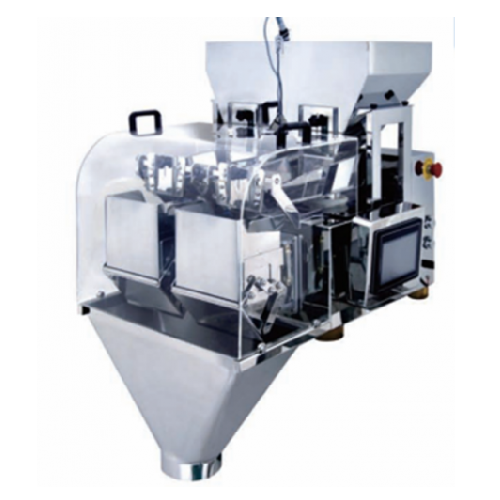
Linear weigher for accurate food portioning
Ensure precise weight control for snacks and confectioneries with our advanced...
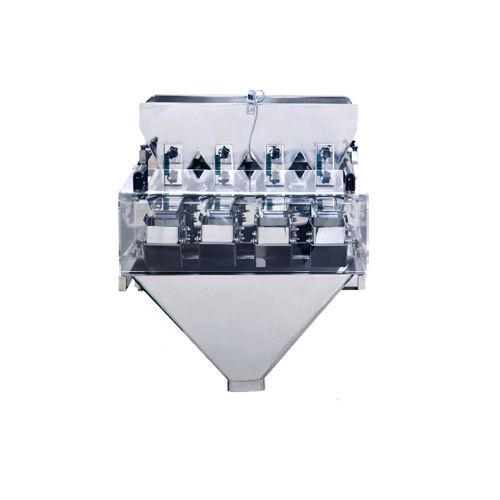
Linear weigher for dry free flowing powder
Optimize your packaging line with precise weighing for free-flowing granular pr...
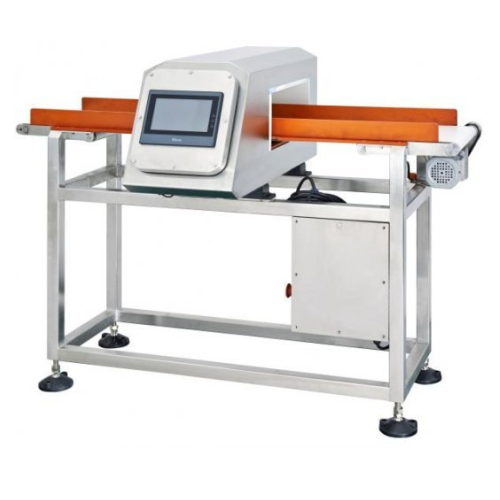
Industrial metal detector for packaged food products
Ensure the safety and compliance of your packaged food products by d...
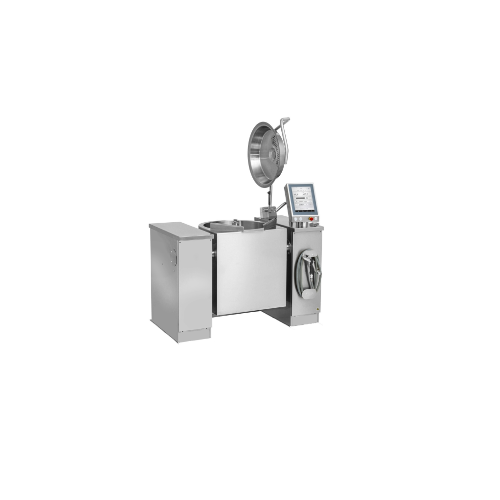
Integrated stirring cooking kettles for commercial kitchens
Streamline your culinary operations with innovative cooking ...

Rotary pouch filling system
Looking to efficiently manage pouch filling for diverse products? This rotary system seamlessly ...
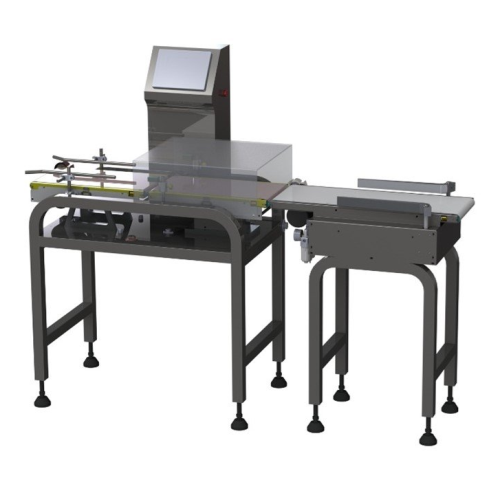
Industrial checkweigher for food production
Ensure consistently accurate package weights with minimal downtime using a hig...
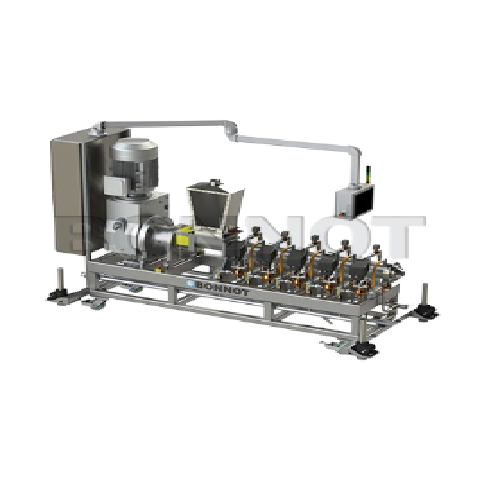
Cooking extruders for continuous food processing
Optimize your extrusion processes with cooking extruders designed for con...
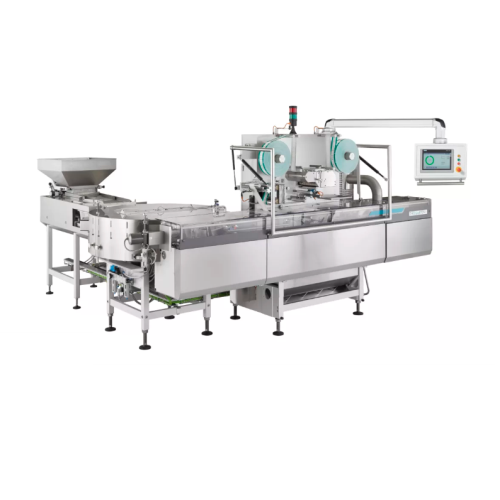
Modular high-speed flow pack wrapper for preformed products
Eliminate packaging line bottlenecks with a versatile high-s...

Mallow make up line equipment
Achieve diverse marshmallow designs with precision using advanced extrusion and coating techno...
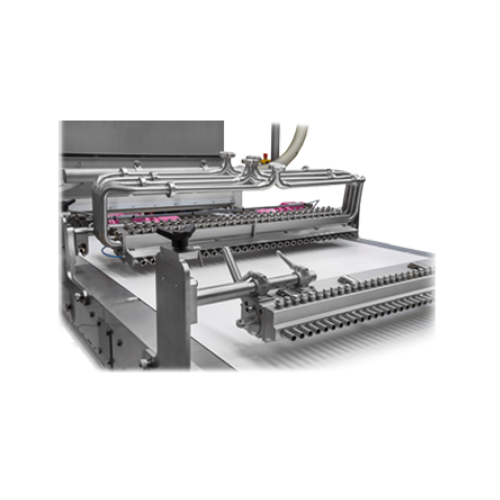
Large-scale marshmallow production equipment
Capture the essence of classic campfire treats with precision-engineered equi...
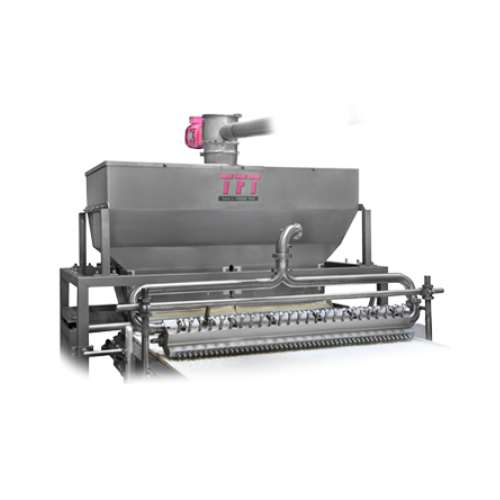
Mini marshmallow production system
Streamline your confectionery line with versatile mini marshmallow equipment designed fo...
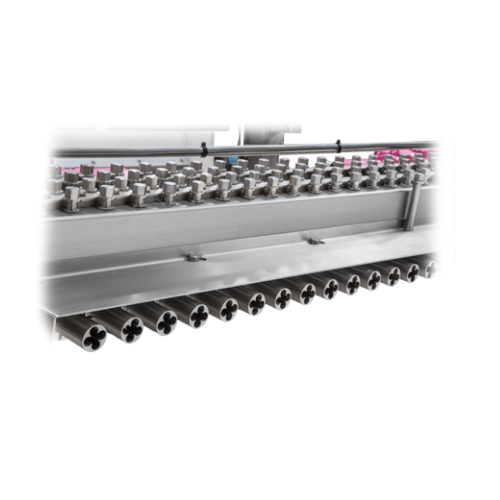
Twisted marshmallow cable production manifold
Achieve precision in twisted marshmallow production with a manifold designed...
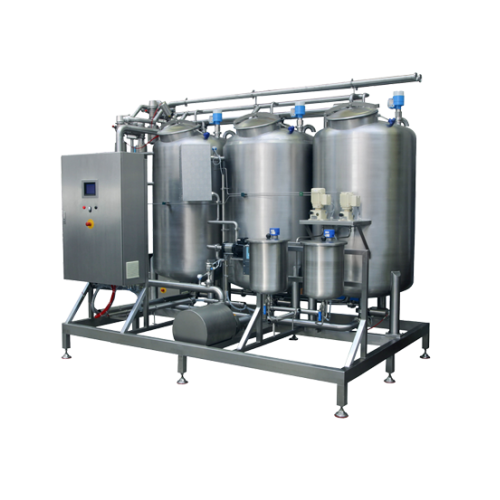
Automated cleaning in place system for bakery production lines
Ensure unmatched hygiene and operational efficiency in fo...
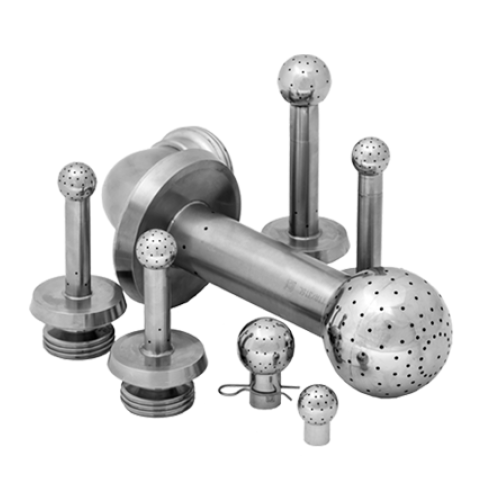
Cleaning in place solution for food production systems
Optimize your cleaning process with an integrated clean-in-place s...

Dry ingredient blending solution for confectionery and bakery products
Achieve seamless integration of dry inclusions i...
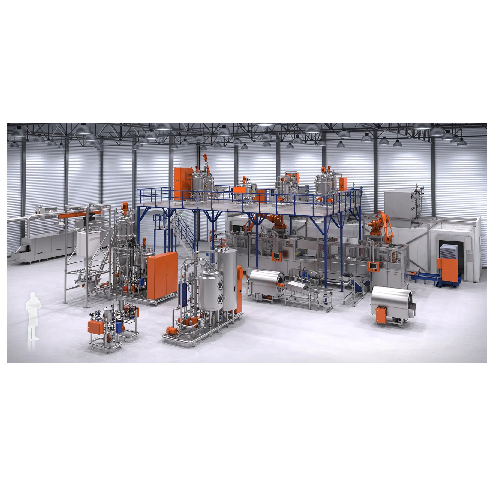
High-capacity non-starch gummy and jelly production line
Boost your gummy production efficiency with a seamless, high-cap...
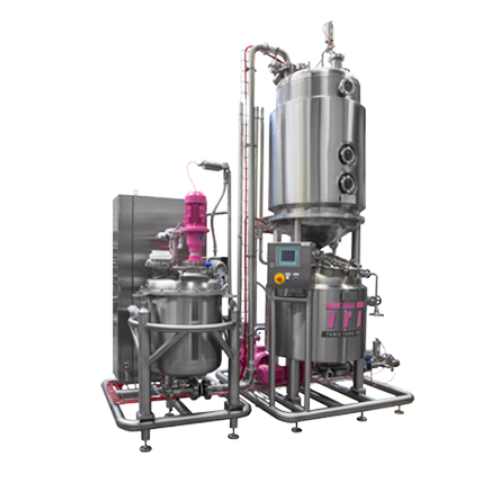
Thermosyphon cooker for marshmallow and confectionery production
Achieve precise and consistent cooking of confectionery...
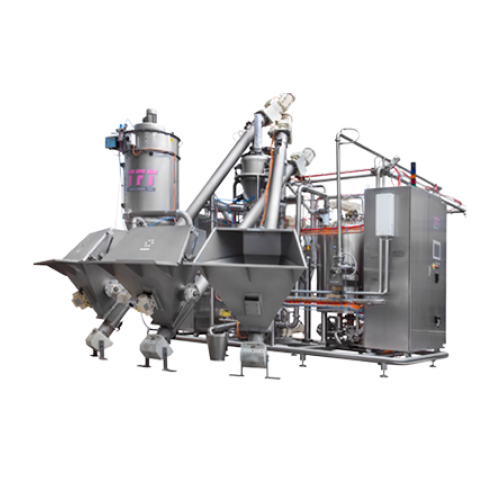
Automated ingredient weighing and dosing system
Streamline your production process with precise and consistent ingredient ...
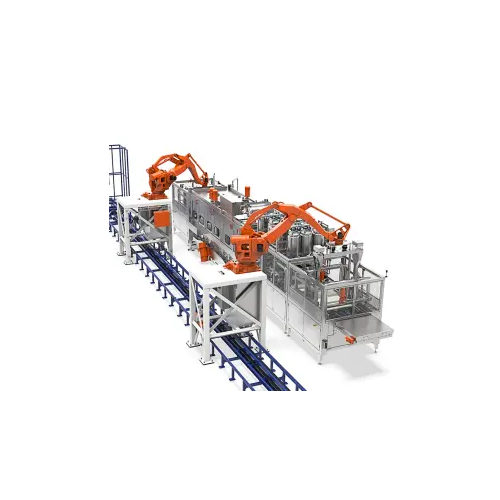
Industrial gummy and jelly production line
Optimize your gummy and jelly production with a system that streamlines operati...
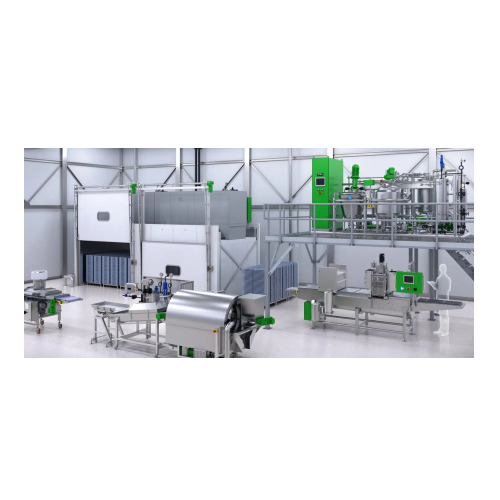
Mid-capacity gummy and jelly production system
Ideal for manufacturers aiming to integrate functional ingredients into gum...
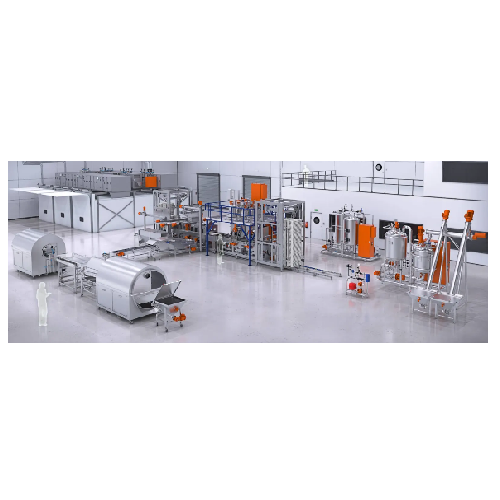
Automatic production line for gummies, jellies, and nutraceuticals
Optimize your production space with a compact line t...
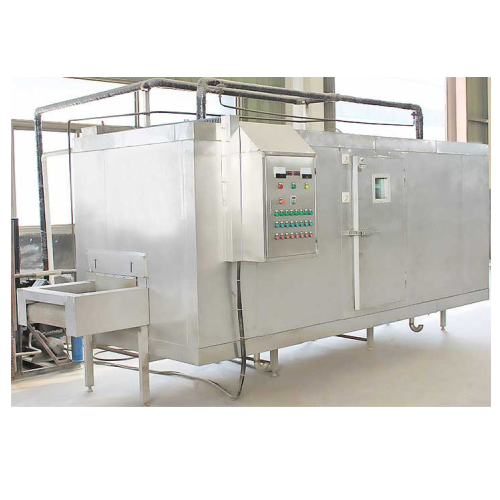
Conveyor belt freezer for industrial quick freezing
Ensure optimal preservation of food texture and nutrition with this a...
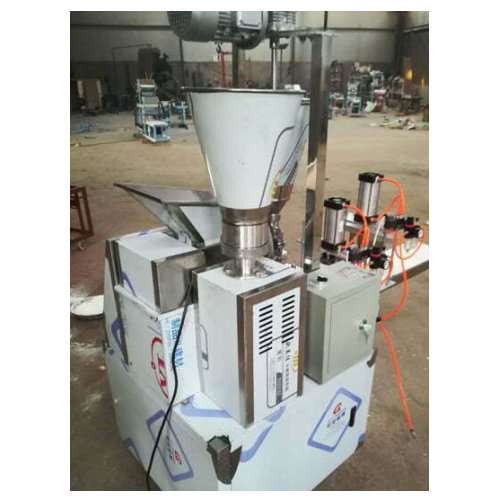
Stuffed paratha making system
Efficiently produce a variety of stuffed parathas with consistent quality by integrating seaml...
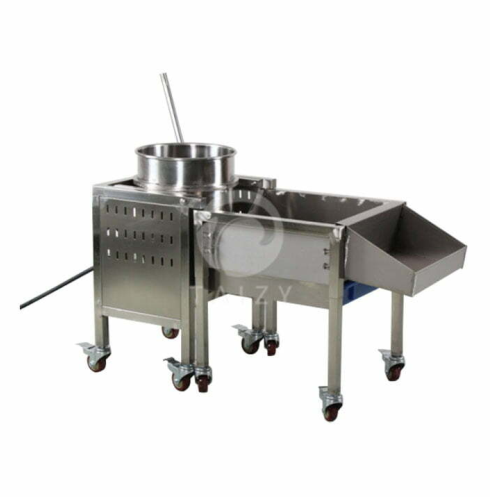
Industrial cereal popcorn making solution
Enhance your snack production with a versatile solution designed for creating a ...
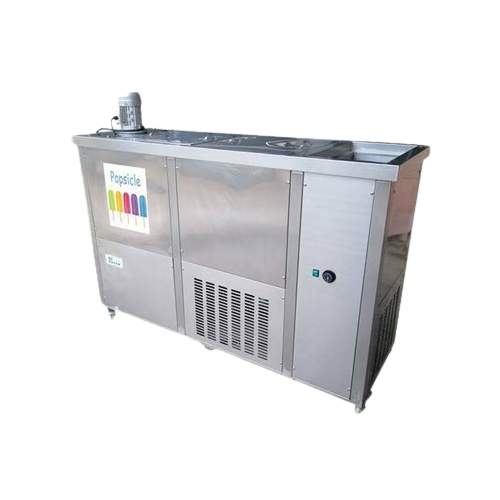
Commercial ice popsicle making solution
Optimize your frozen dessert production with a versatile machine capable of craftin...
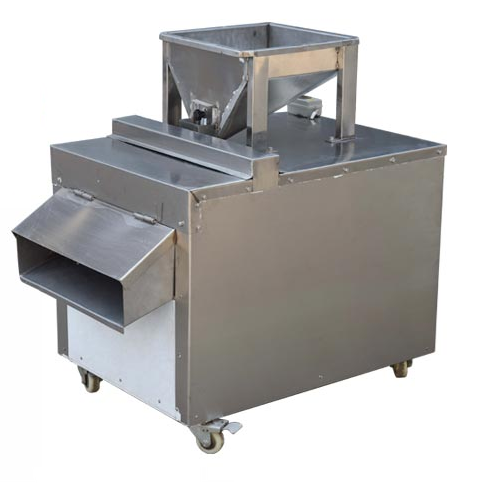
Industrial almond slicer for nut processing
Achieve precise nut slices with adjustable thickness, perfect for enhancing pa...
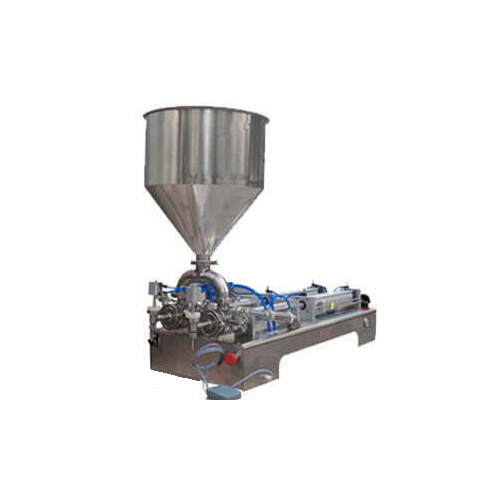
Industrial peanut butter production line
Enhance your production line with this comprehensive peanut butter processing solu...
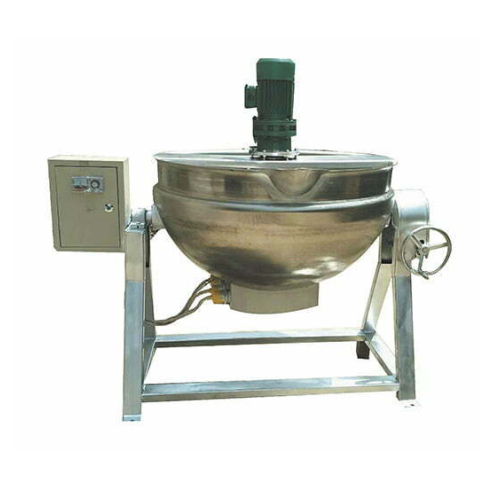
Automatic cereal bar production line
Efficiently transform diverse ingredients into consistent, high-quality cereal bars wi...
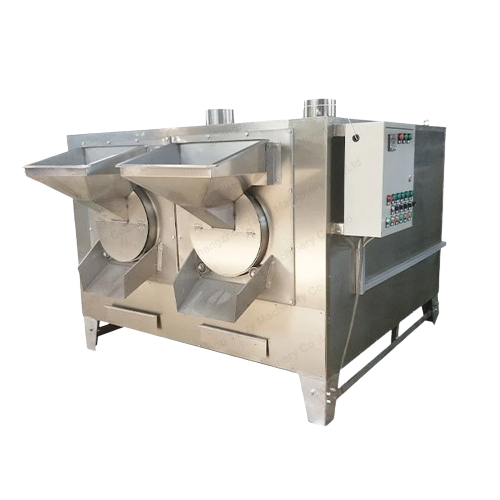
Peanut roaster for various nuts
Elevate your nut processing with efficient roasting solutions that enhance flavor, texture, ...
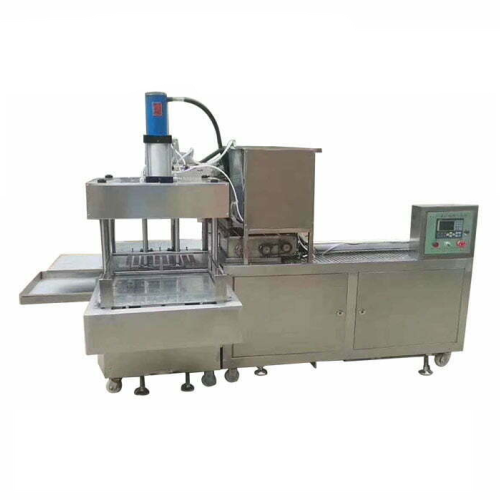
Polvoron and mung bean cake moulding system
Efficiently mold and shape your confectionery creations with this versatile sy...
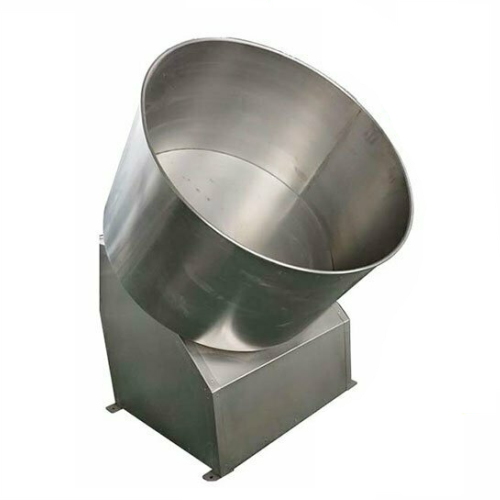
Nut coating machine for snack food processing
Enhance your snack and confectionery production with a nut coating machine t...
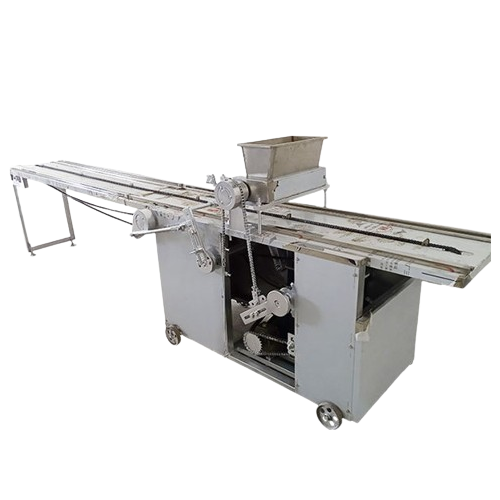
Commercial cookie depositor wire cutter
For bakeries looking to diversify product offerings, this machine shapes and cuts d...
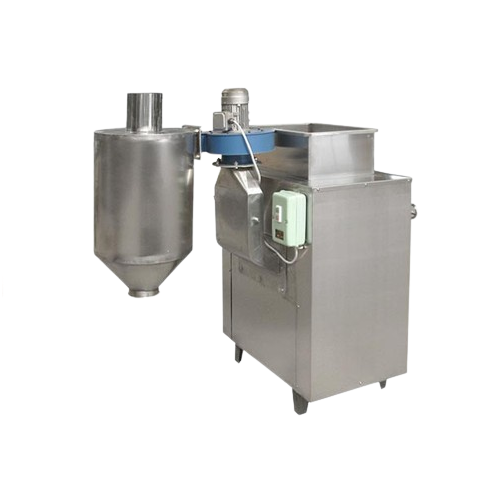
Cocoa bean peeling solution
Enhance your cocoa and coffee production with efficient peeling, reducing waste and ensuring hig...
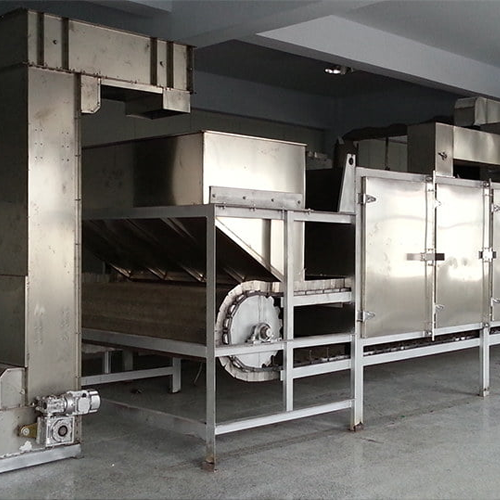
Cocoa bean processing line from cocoa pod to cocoa nibs
Streamline your cocoa production process by transforming raw coco...
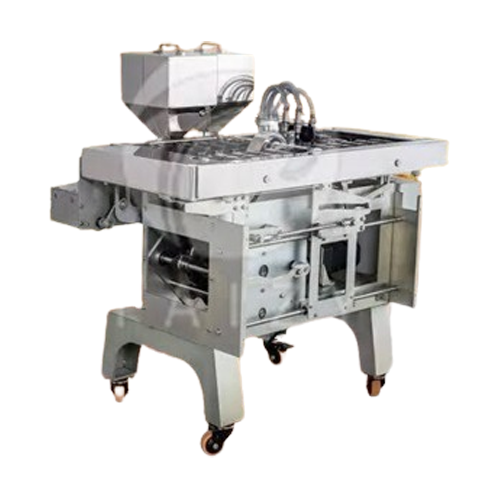
Commercial delimanjoo and taiyaki custard cake maker
Enhance your pastry production with high-speed, mold-customizable ca...
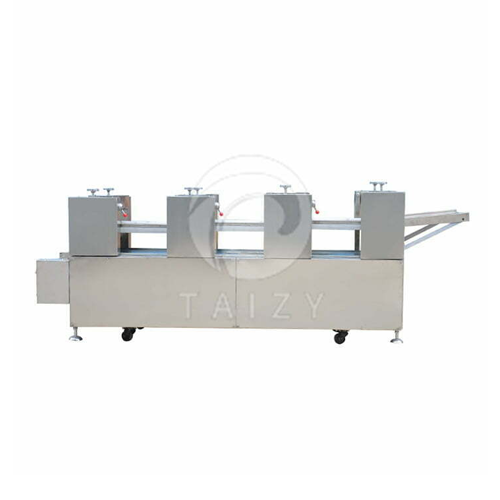
Caramel treats production line
Enhance your snack production with a comprehensive solution for crafting caramel treats, effi...
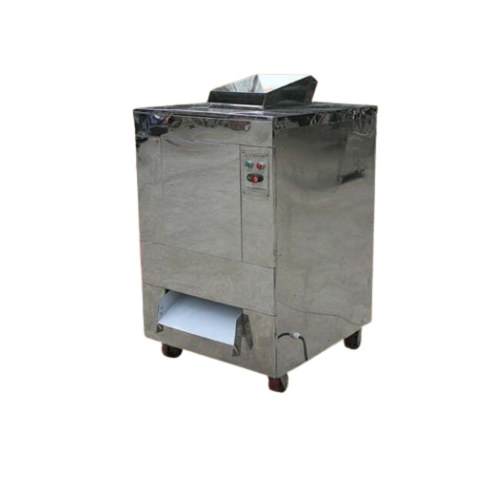
Boba tapioca pearl maker for bubble tea
Optimize your bubble tea production with precise control over tapioca pearl formati...
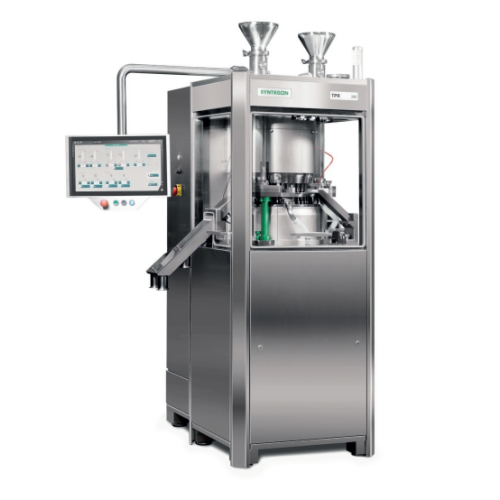
Tablet compression technology for pharmaceutical production
Enhance your production capabilities with advanced tablet co...
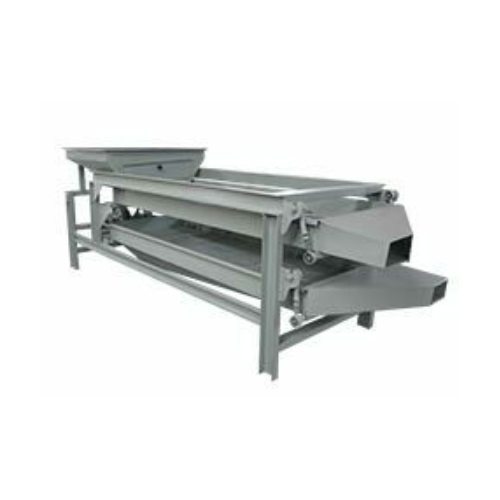
Small scale cashew nut processing plant
Optimize your nut processing with our comprehensive cashew line, designed to stream...
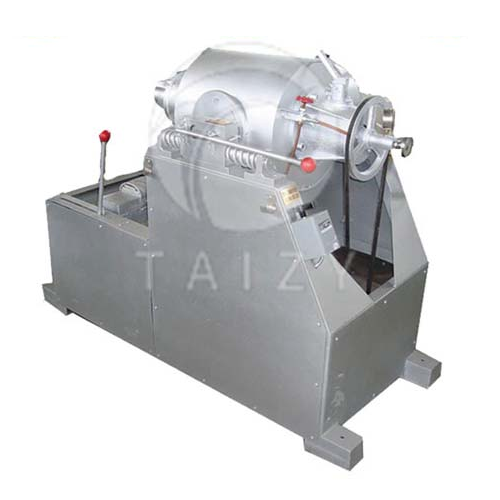
Airflow grain puffing machine
Unlock the potential of versatile snack production with precision-engineered airflow puffing t...
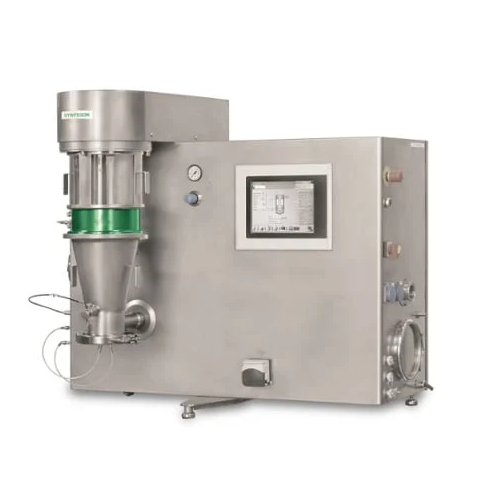
Fluid bed processor for pharmaceutical granulation and coating
Achieve superior granulation and coating of pharmaceutica...
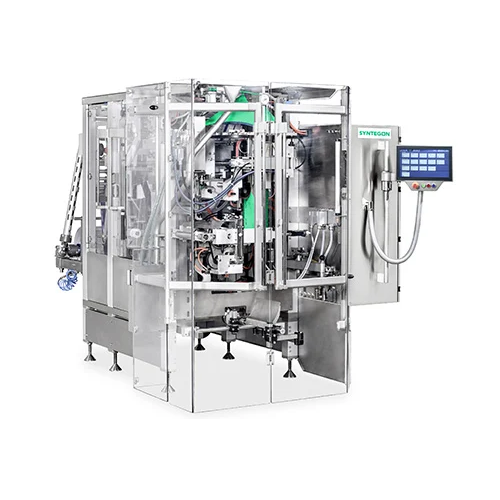
Candy packaging solution for gummies and hard candies
Maximize your confectionery efficiency with high-speed packaging so...
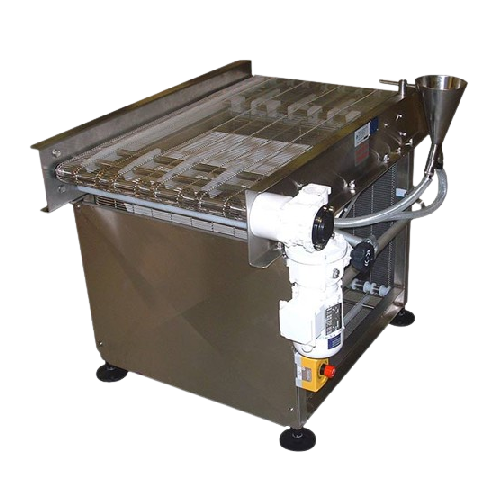
Electrostatic drum flavouring for uniform coating
Achieve precise and uniform flavor distribution on snack products with ...
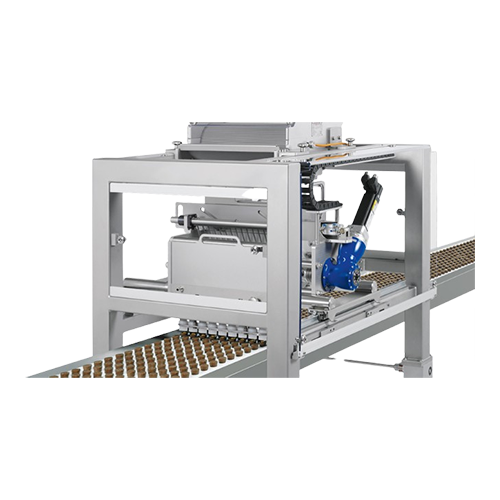
Lay-on systems for precise sprinkling and nut depositing
Optimize your confectionery production with precision sprinkling...
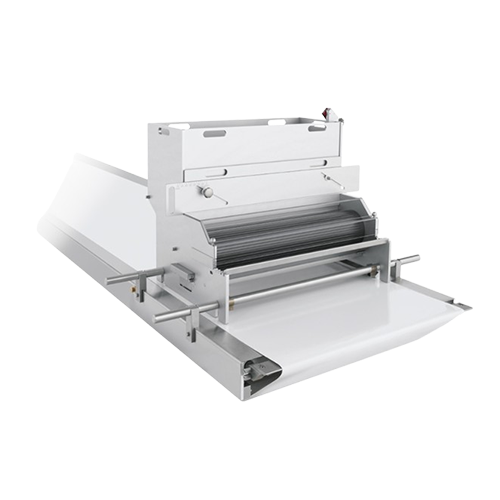
Sprinkling system for decorating confectionery products
Enhance your confectionery line with precision sprinkling systems...
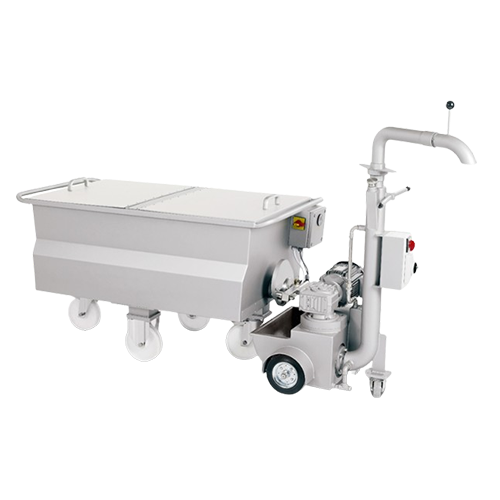
Bulk chocolate storage for confectionery production
Maximize space efficiency while maintaining product quality with our ...
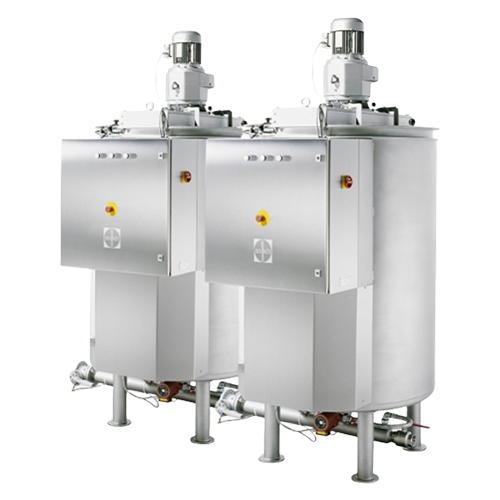
Chocolate storage tanks for confectionery production
Optimize your confectionery production with state-of-the-art storage...
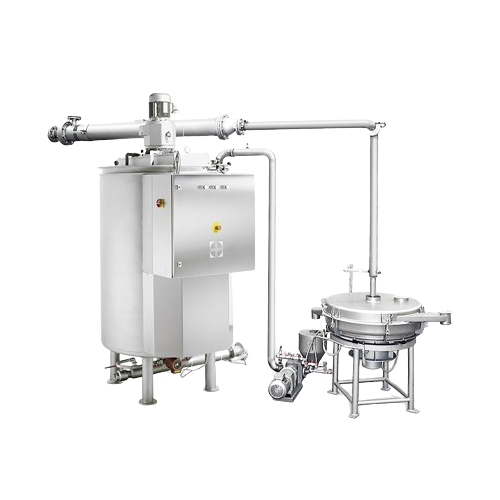
Sieving system for chocolate processing
Ensure product purity and consistency by seamlessly removing unwanted particles fro...
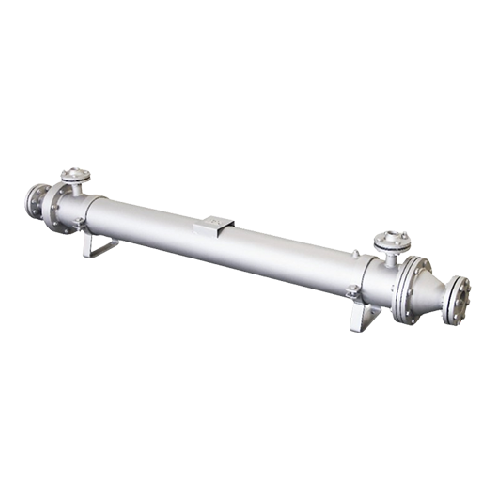
Decrystallization for tempered chocolate
Ensure your chocolate is perfectly smooth and free of fat crystals with an advance...
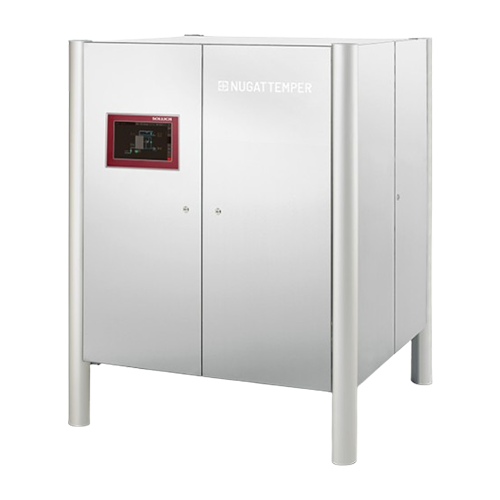
Nougat tempering system for consistent viscosity
Achieve consistent quality and precision in praline centers and nougat ba...
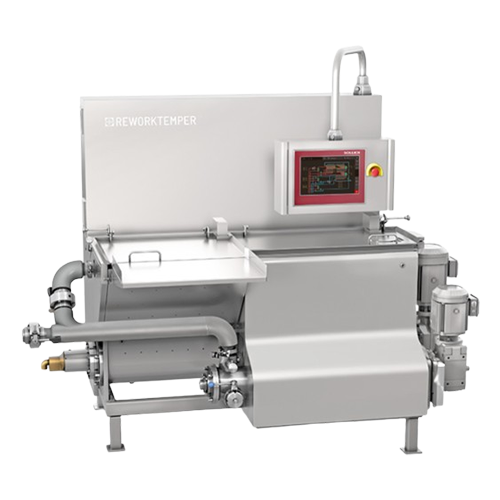
Confectionery rework tempering solution
Improve confectionery production efficiency by integrating a compact rework temperi...

Portable chocolate tempering degree checker
Ensure precise chocolate tempering to enhance product quality and consistency,...
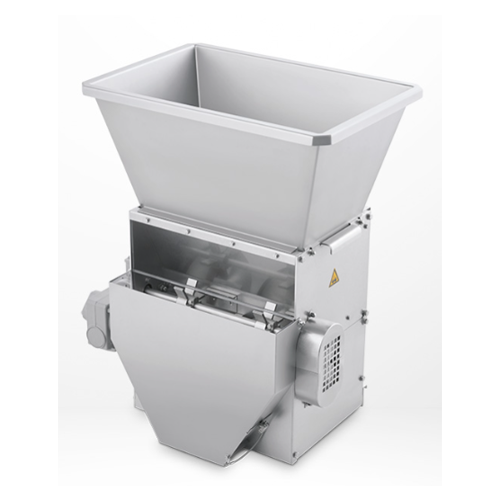
Precise metering system for dry confectionery ingredients
Achieve precise dosing of granular and dry ingredients like nu...

Z-conveyor for confectionery production
Ensure the gentle transport of delicate dry and granulated ingredients with a versa...
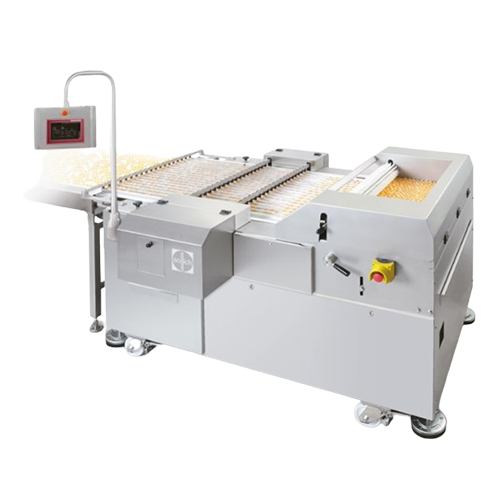
Automatic feeder for enrobing solid articles
Ensure seamless feeding for large-scale enrobing operations, enabling efficie...
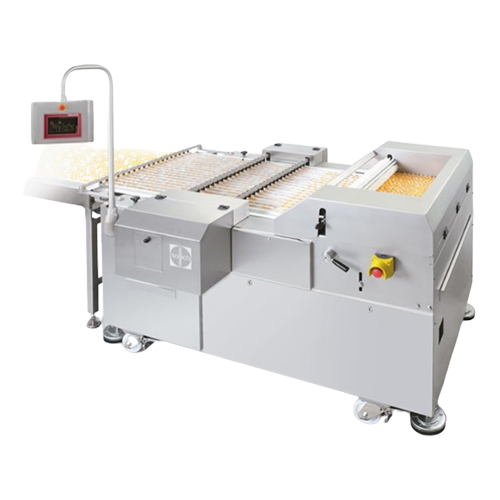
Biscuit feeder with exact row alignment
Streamline your production line with precise biscuit and wafer alignment for seamle...
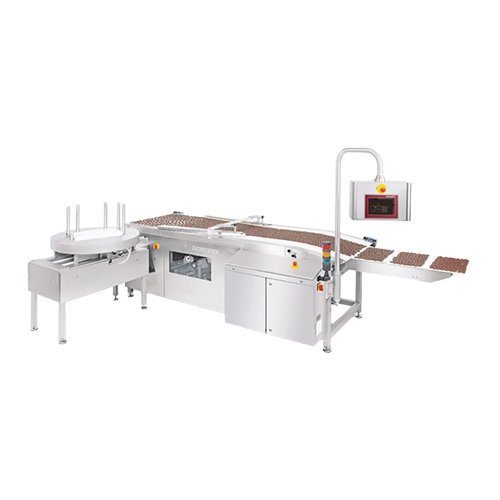
Praline and bar product take-off system
Streamline your confectionery production with a versatile take-off system designed ...
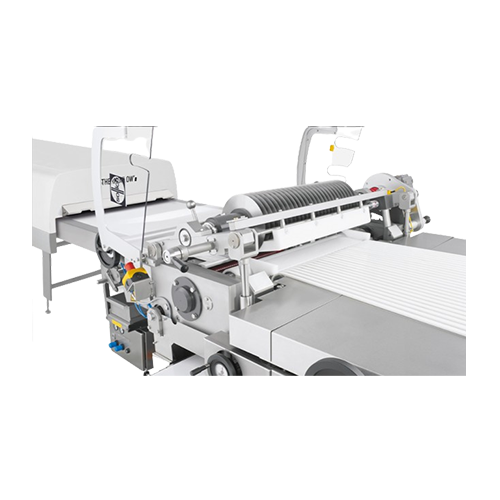
Longitudinal slitting system for confectionery production
Achieve precise confectionery dimensions with our customizable...

Transverse cutting systems for confectionery production
Achieve precise cutting and slitting with high-speed transverse s...
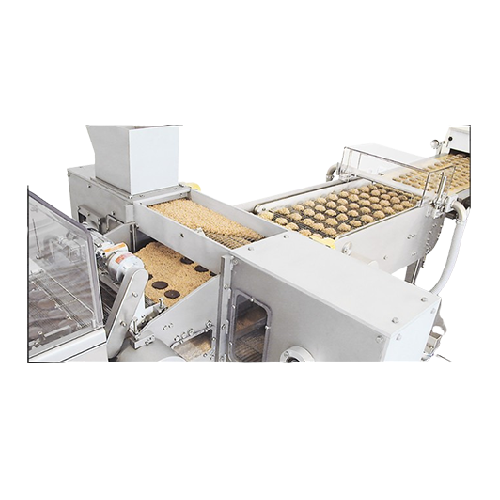
All around sprinkling systems for confectionery
Enhance your confectionery production with a system that ensures precise a...
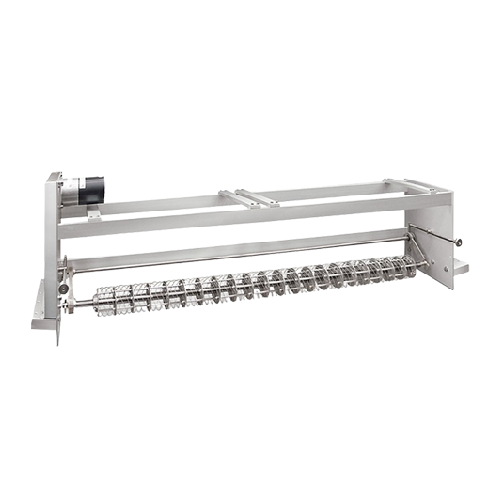
Chocolate decoration systems for confectionery production
Enhance your confectionery production with precision chocolate...
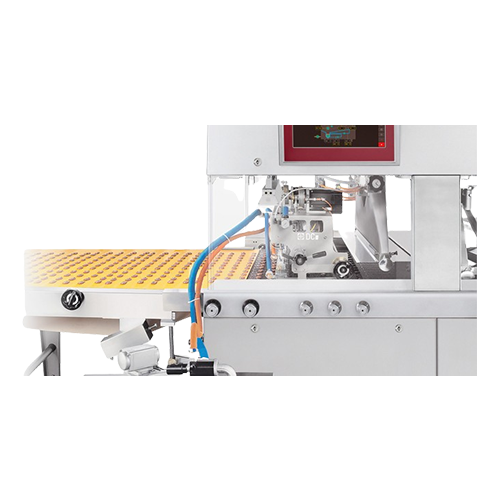
Automated chocolate decoration system
Elevate your confectionery production with precision chocolate decoration, seamlessly...

Chocolate lentil, ball, and egg production system
Achieve consistent and precise shaping of chocolate lentils, balls, and...
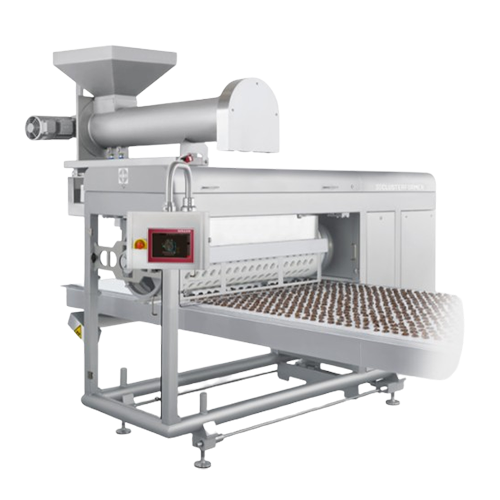
Nut clusters moulding solution
Streamline your production line with efficient nut cluster moulding, ensuring precise shape a...
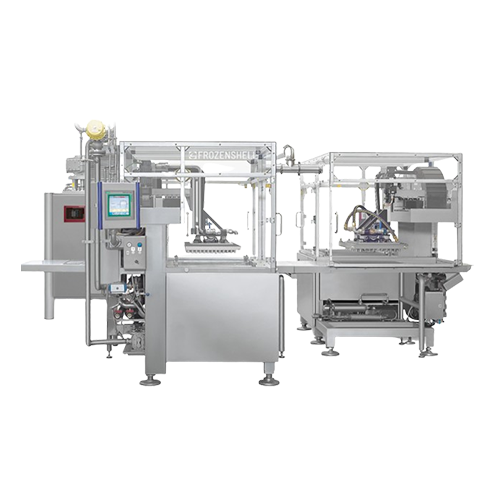
Chocolate shell molding system
Optimize your confectionery production with precision shell formation, enabling diverse and i...
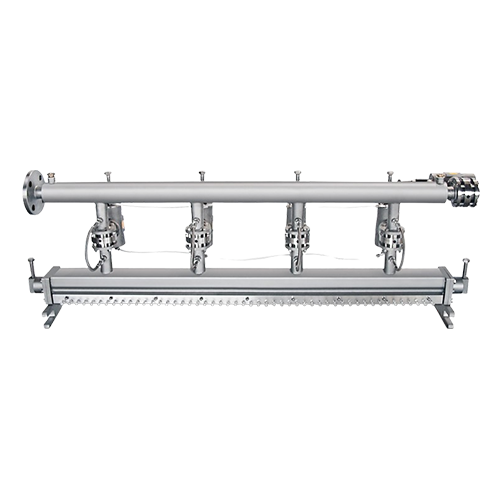
Manifold system for producing weight-accurate ropes of chocolate or fruit masses
Achieve precise weight and shape in c...
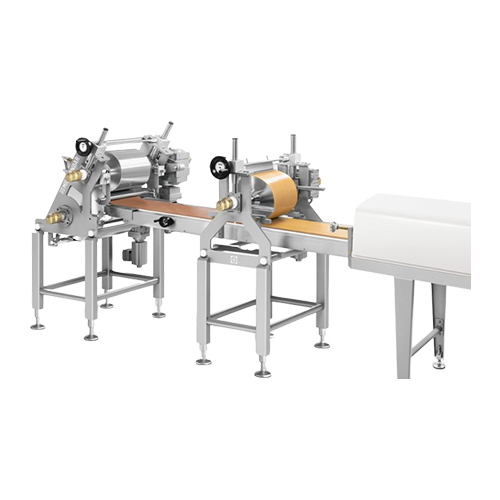
Forming solution for candy and cereal bars
Achieve precision in bar production with a system that ensures minimal weight v...
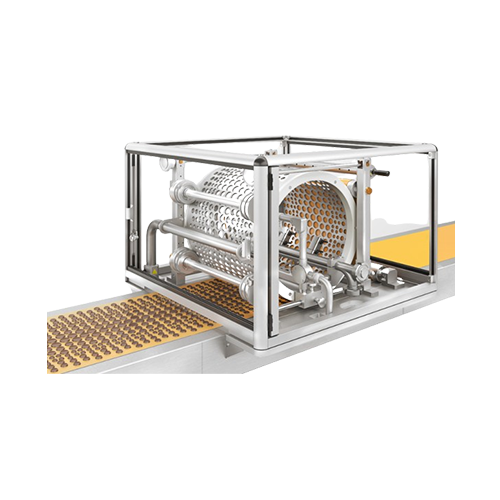
Volume-precise moulding for chocolate and fat masses
Achieve precise and consistent moulding for chocolate and confection...
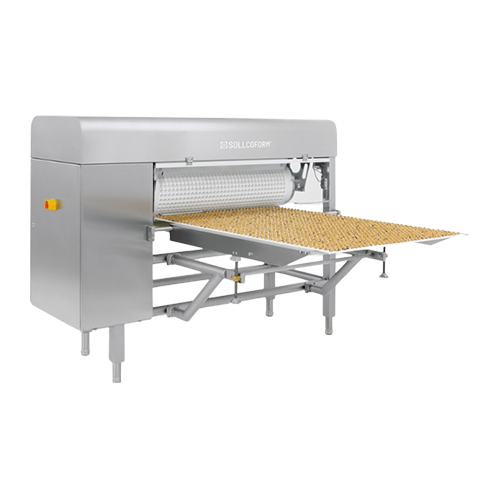
Forming system for cereal bars and nut mixes
Effortlessly transform diverse ingredients like cereals and nuts into precise...
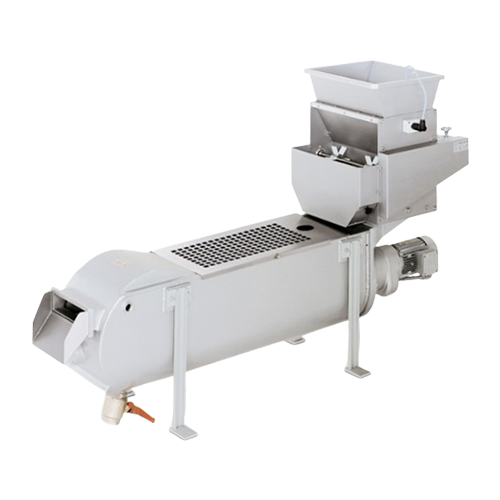
Continuous mixer for confectionery and bakery ingredients
Maximize production efficiency by seamlessly integrating mixin...

Flavour and colour dosing system
Simplify production by efficiently incorporating various flavors, colors, and solid inclusi...
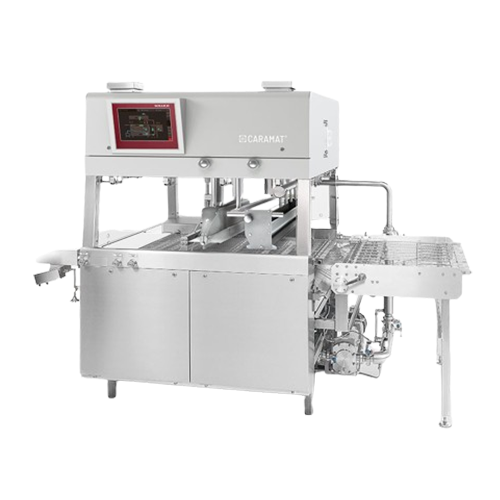
Caramel enrobing system for biscuits and wafers
Achieve consistent caramel coverage with precise temperature control, ensu...
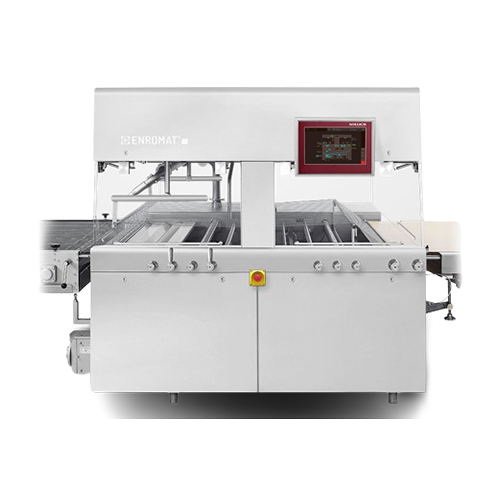
Industrial enrobing solution for quality coatings
Achieve high-quality coatings for pralines, bars, and pastries with a c...
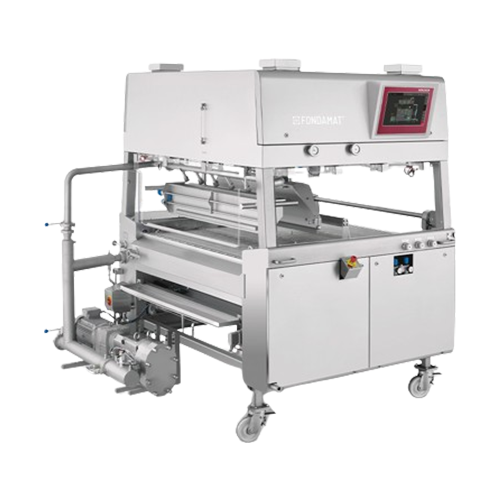
Sugar and fondant coating solution
Achieve precise, multi-color or single coat applications with thin, uniform layers, seam...

Retractable mass carriage enrober for chocolate coating
Improve production flexibility with a versatile enrober that allo...
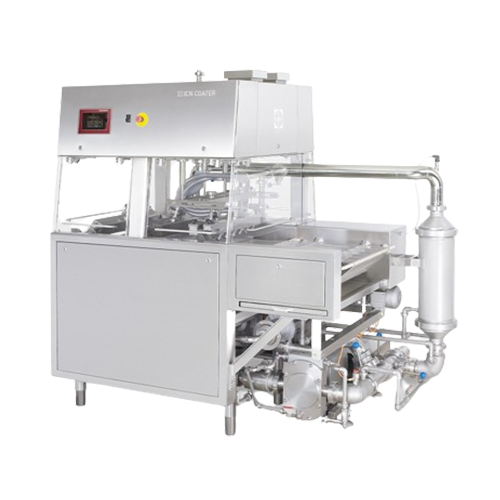
Ice cream coating system for enrobing applications
Achieve seamless chocolate and nut coatings on ice cream bars and conf...
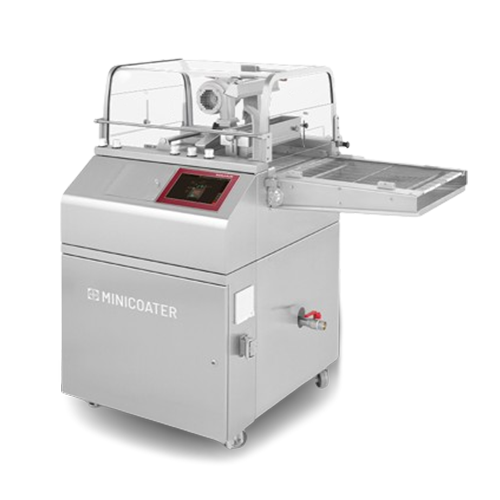
Compact chocolate enrobing system
Achieve perfect chocolate coatings in minimal space with precise control, enabling high-q...
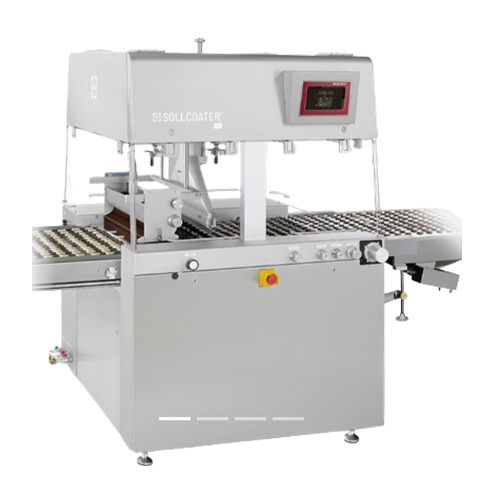
Enrobing system for full, half, and bottom coating of chocolates
Achieve precise and consistent chocolate coating with a...
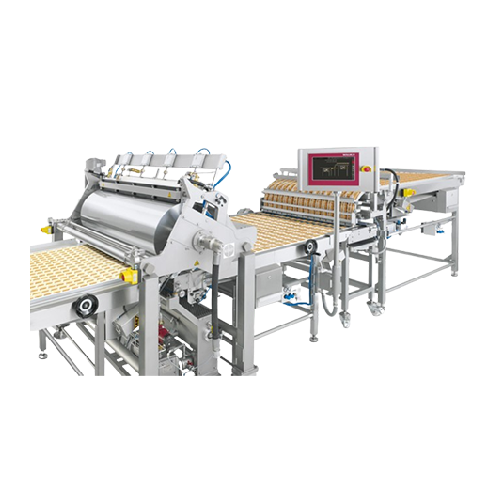
Enrobing system for biscuits and baked goods
Achieve consistent and precise chocolate coatings with the versatility you ne...

Integrated tempering enrober for chocolate coatings
Enhance your chocolate production line with an integrated solution fo...
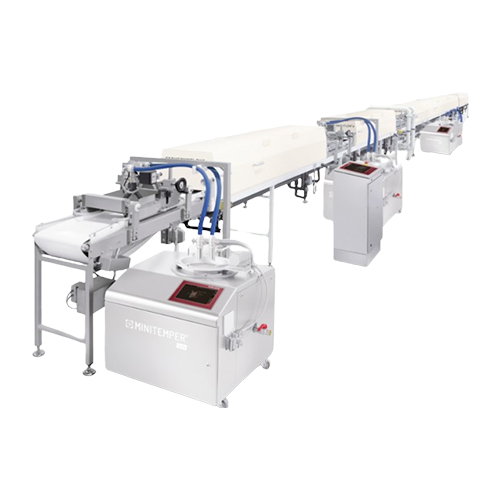
Bucket sheeter for confectionery masses
Efficiently form thin, precise layers of flowable confectionery masses with ease, e...
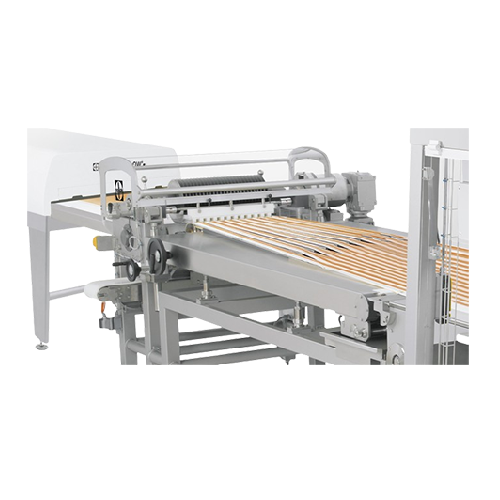
Industrial spreading systems for sticky products
Effortlessly manage the spread of sticky confectionery products with prec...
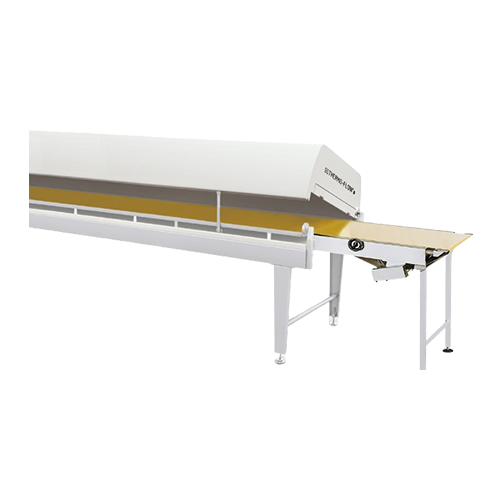
Cooling tunnel for center cooling in confectionery production
Efficiently manage center cooling in confectionery product...
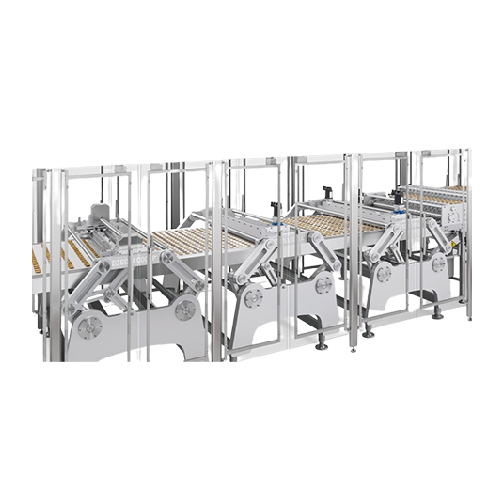
High-precision biscuit sandwiching system
Efficiently align, fill, and sandwich high-speed biscuit rows while ensuring pre...
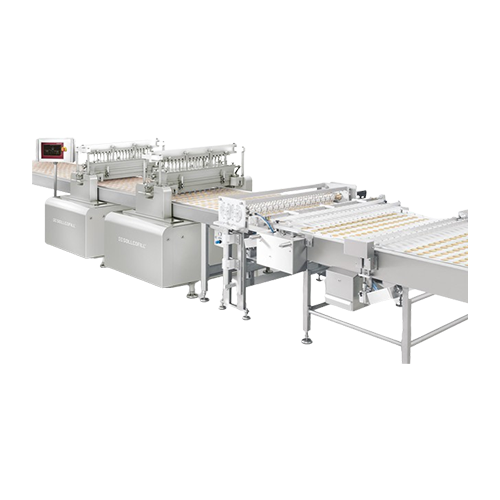
Weight-accurate depositor for confectionery refinement
Achieve precise filling and refinement of biscuits and confections...
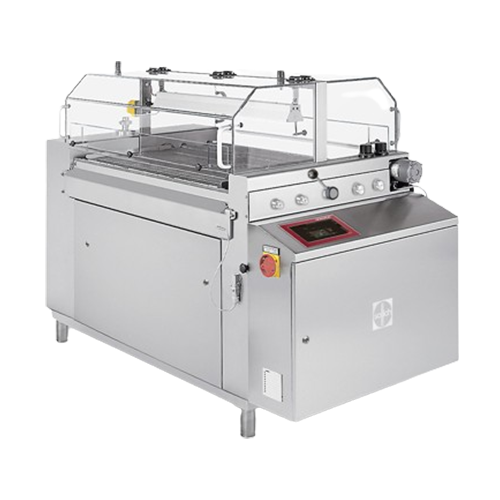
Bottom coating system for confectionery production
Optimize your confectionery line with precision bottom coating, ensuri...
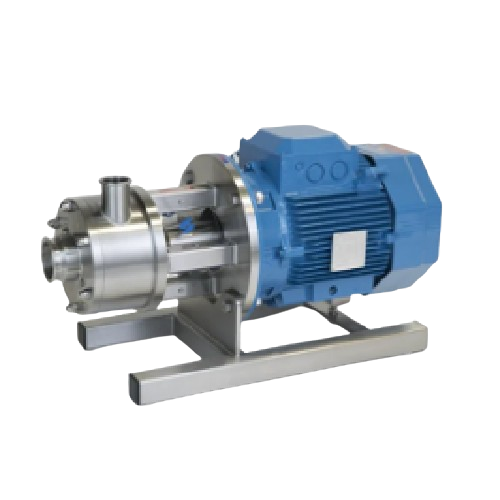
High shear mixer for efficient particle size reduction
Achieve rapid and precise blending and particle reduction in your ...
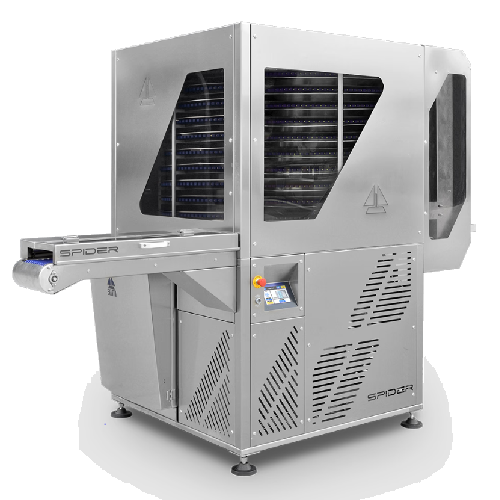
Vertical tunnel for cooling and moulding chocolate
Efficiently manage chocolate temperature control and molding precision...
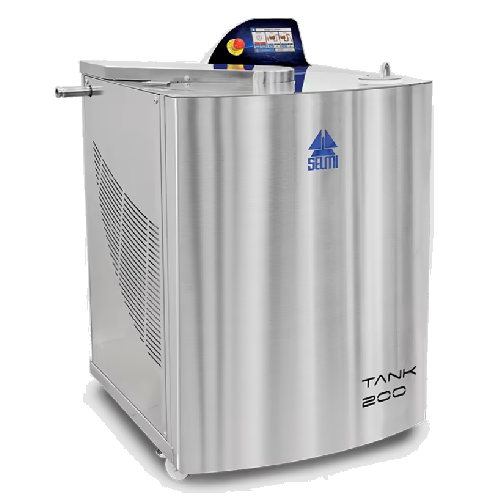
Continuous chocolate mixer and melter
Optimize your chocolate production with a solution that ensures precise temperature c...
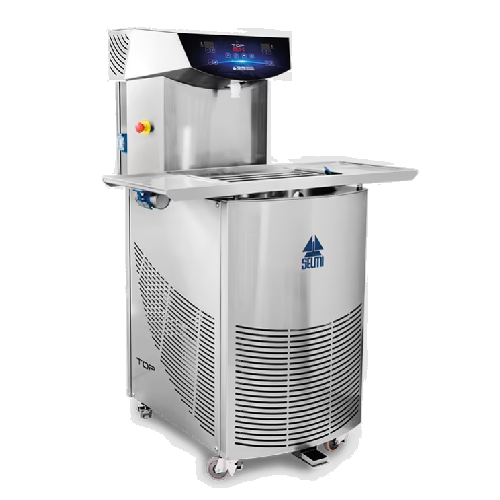
Professional chocolate tempering system
Enhance your chocolate production with a versatile tempering system that optimizes ...
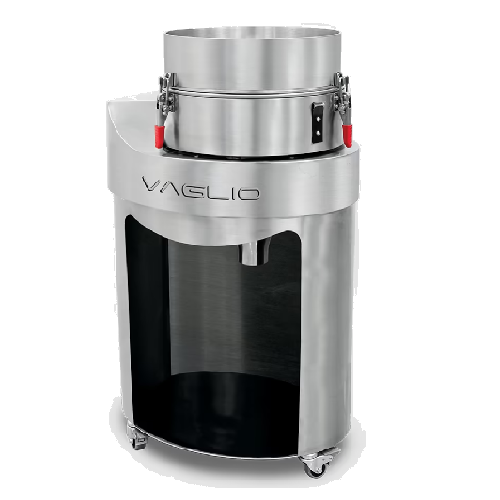
Sieve for bean to bar chocolate filtering
Ensure consistency and safety in your chocolate production by eliminating impuri...
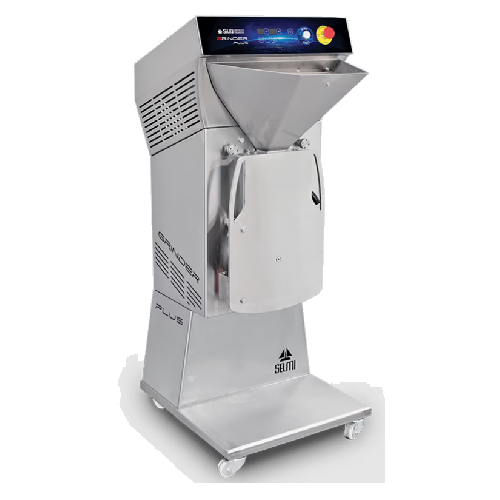
Nuts paste refining mill
Transform nuts and dried fruits into fine pastes with precise particle control, ideal for creating p...
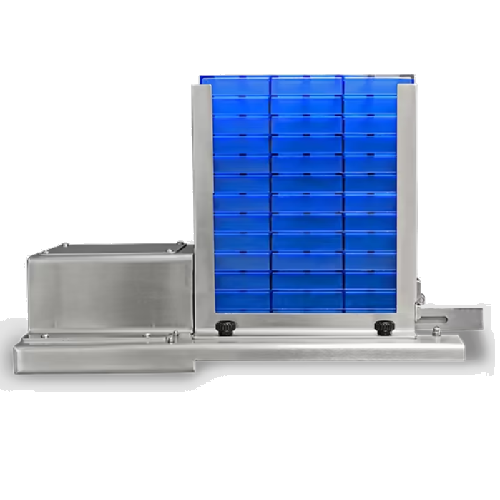
Automatic chocolate mould loader
Streamline your chocolate production with seamless mould loading, optimizing efficiency in ...
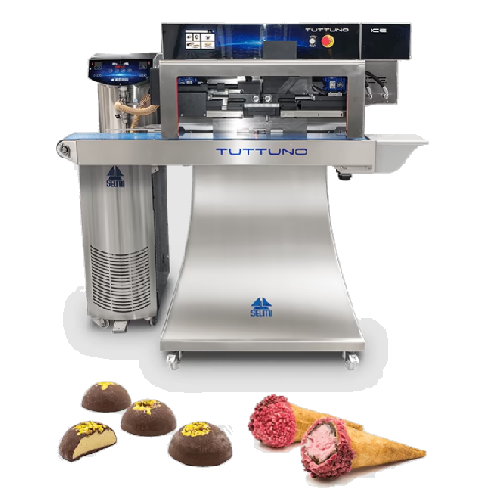
Simultaneous chocolate and ice cream dispenser
Unite the worlds of chocolate and ice cream with a machine capable of seaml...
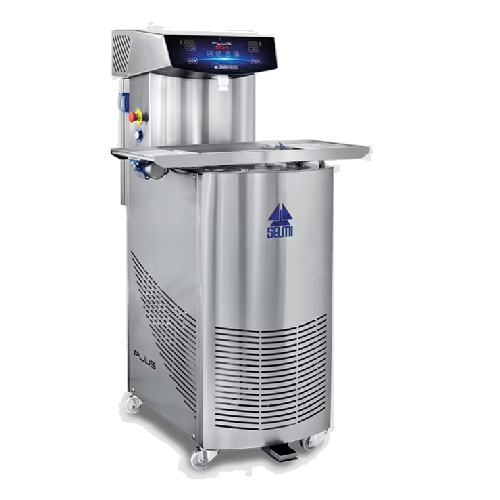
Professional chocolate tempering system for artisan chocolatiers
Achieve precise chocolate tempering with quick changeov...
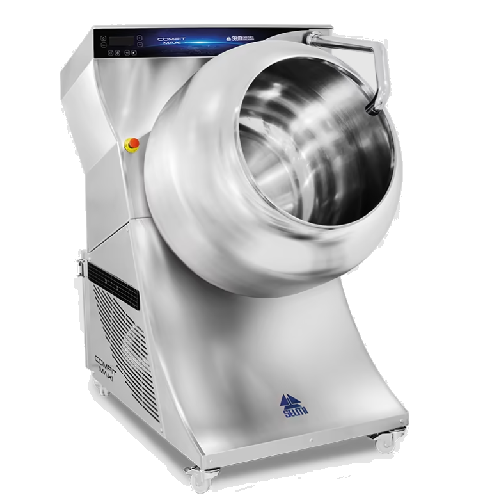
Chocolate and sugar coating system
Achieve consistent, high-quality coating for nuts, dried fruits, and confectionery with ...

Industrial chocolate conching solution
Optimize chocolate production by effectively removing acidity and moisture, ensuring...
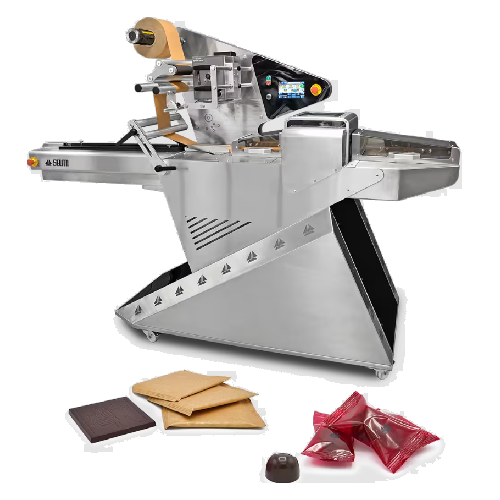
Flowpack packaging machine for chocolate products
Effortlessly wrap and preserve large quantities of chocolate and sweet ...

Professional chocolate tempering equipment for efficient production
Enhance your production capabilities with a versati...
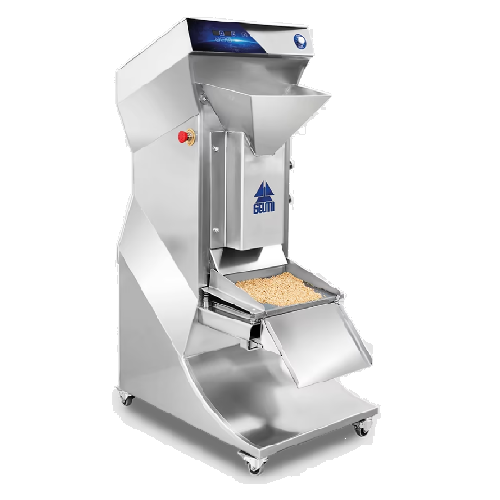
Industrial nut crusher for dried fruit processing
Optimize your nut and dried fruit processing by reducing them to precis...
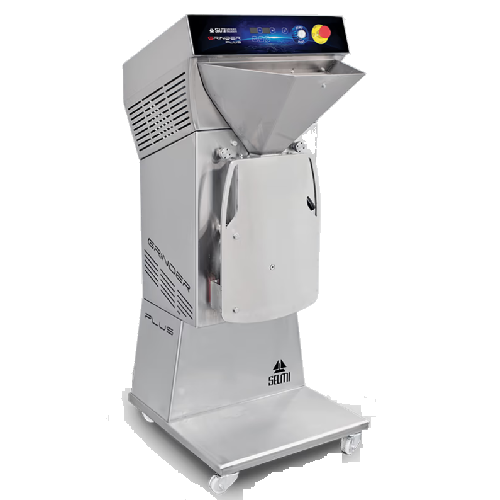
Industrial cocoa nib grinder for bean to bar production
Streamline your chocolate production with this versatile grinder,...
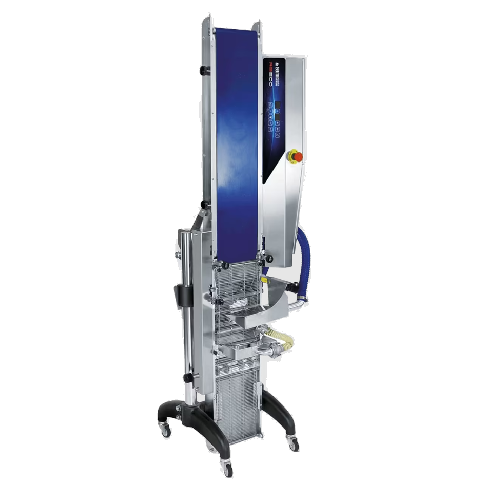
Chocolate enrobing system for tempering machines
Achieve consistent, high-quality chocolate coatings for your truffles, pr...
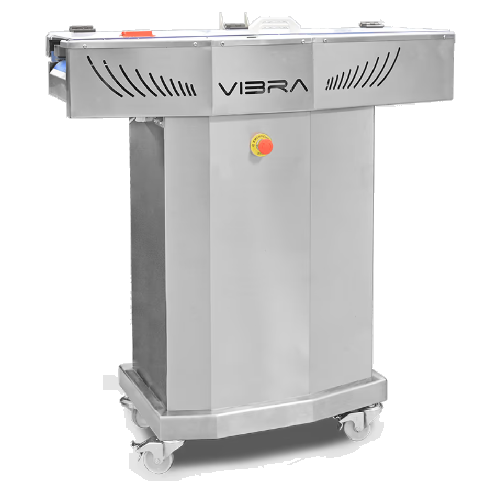
Autonomous vibrating station for chocolate moulds
Efficiently level and smooth chocolate in moulds, maintaining a seamles...
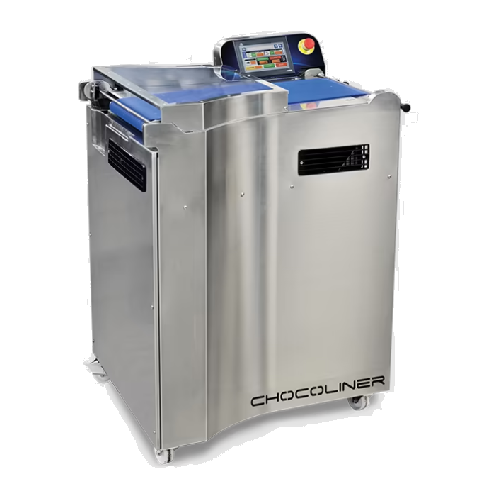
Chocolate products aligner for chocoform extruder
Enhance your chocolate production line efficiency with a precision alig...
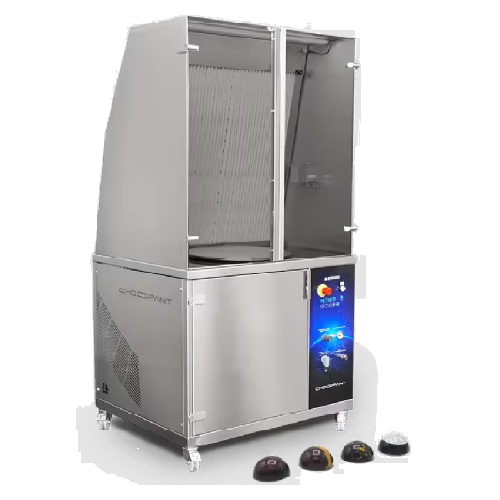
Chocolate painting and spraying cabin with suction
Achieve impeccable decoration and coating of confectionery with a pain...
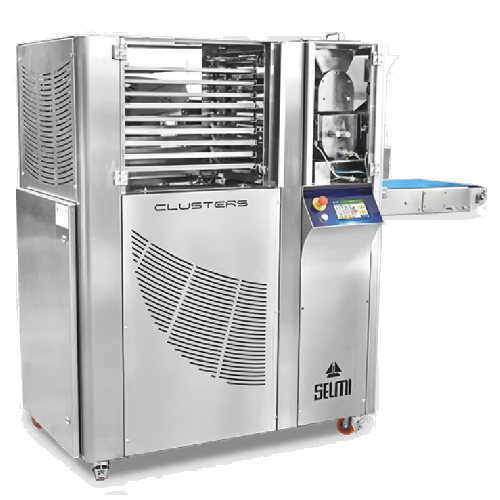
Cluster production system for chocolate with nut inclusions
Efficiently create customized chocolate clusters with precis...
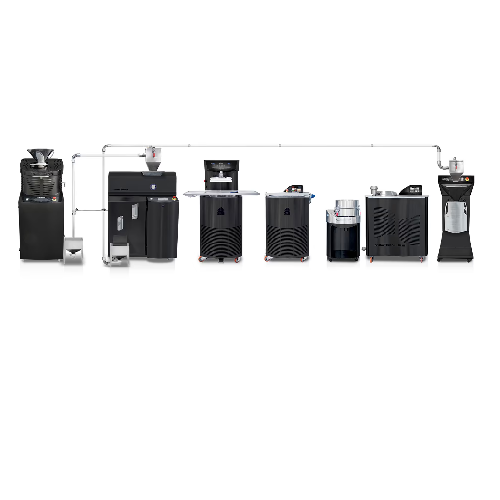
Bean to bar chocolate production equipment
Transform cocoa beans into exquisite single-origin chocolate with complete cont...
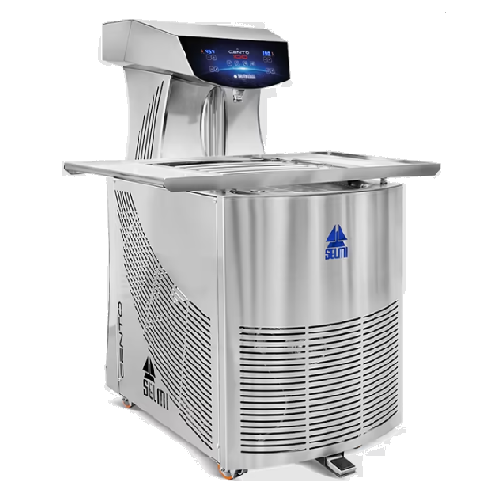
Professional chocolate tempering solution for large workshops
Enhance your chocolate production efficiency with a machin...
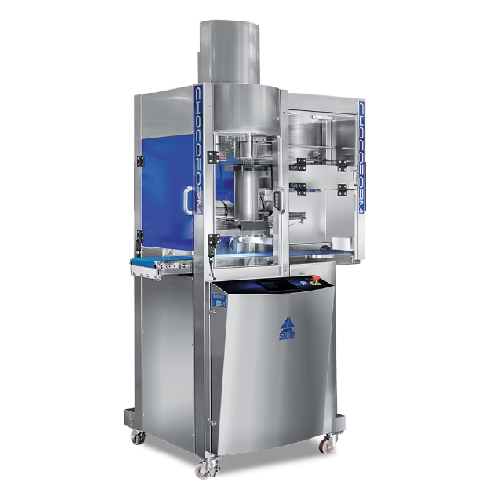
Chocolate truffle extruder
Achieve precise and versatile production of chocolate truffles and snacks, with seamless integrat...
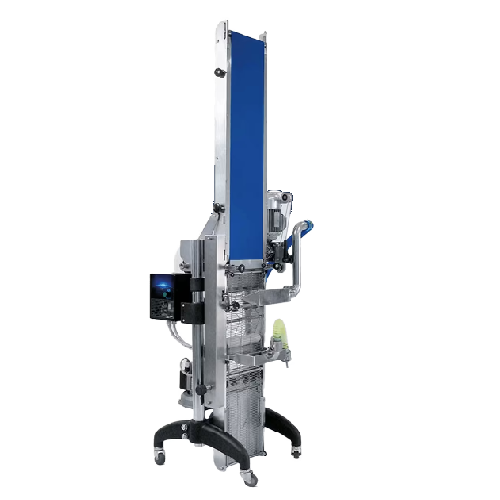
Chocolate enrobing belt for tempering machines
Enhance your chocolate production line with precise control over coating an...
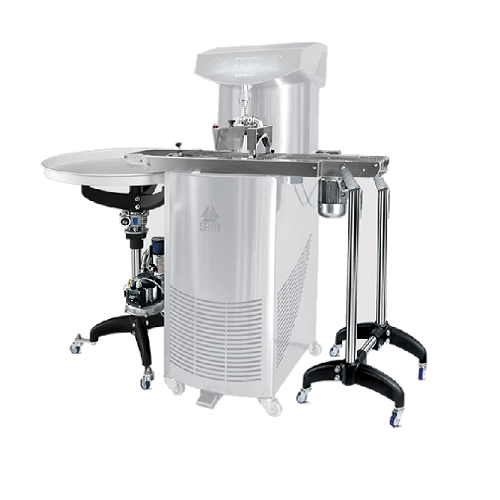
Chocolate truffle enrobing system
Enhance your chocolate production with a machine that delivers precision enrobing for tru...
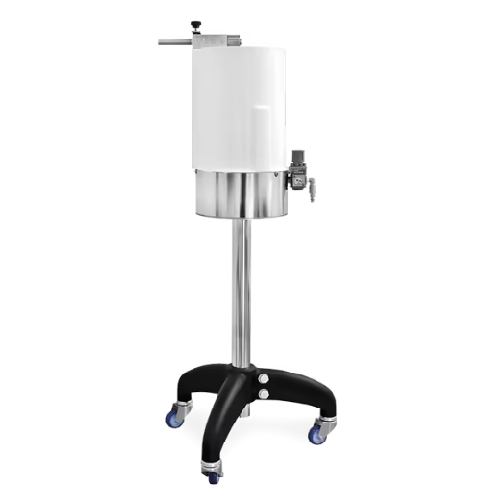
Chocolate sprayer for panning machines
Enhance your confectionery creations with precision chocolate coating, ensuring ever...
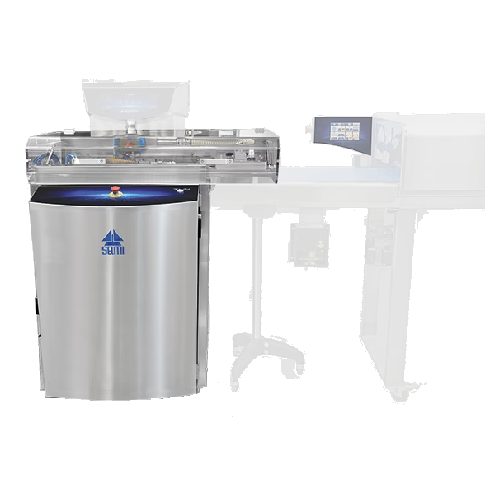
Chocolate drops production system
Create perfectly uniform chocolate drops with precision dispensing and seamless integrati...
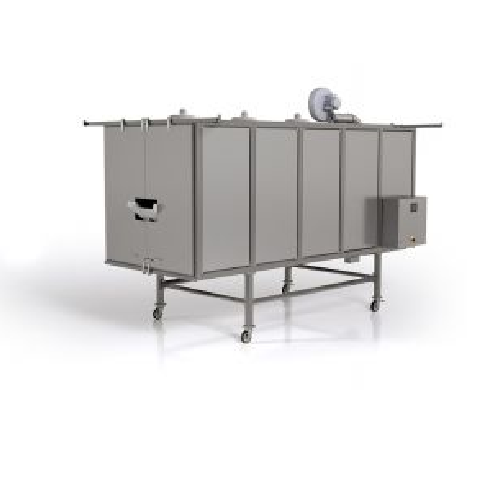
Cooling drum for breakfast cereals production
Ensure even cooling and product separation with optimized airflow for higher...
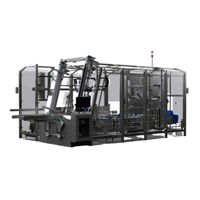
Side Load Case Packer For Packaged Food
Accuracy is a primary concern for case-packing pre-packaged foods such as milk or p...
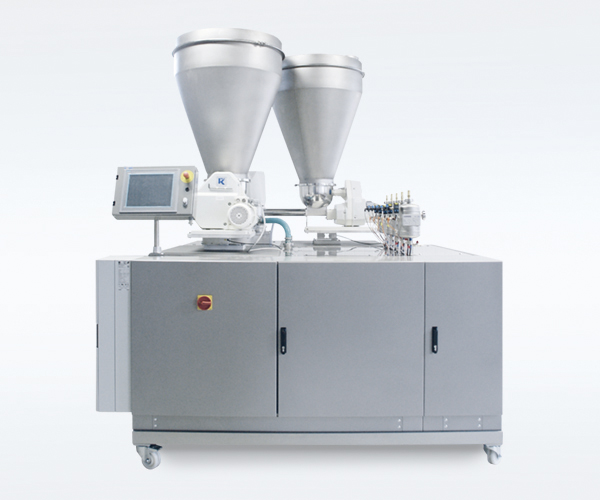
Continuous mixer for pumpable media
In the food industry, mixing processes often involve solid and liquid combinations such...
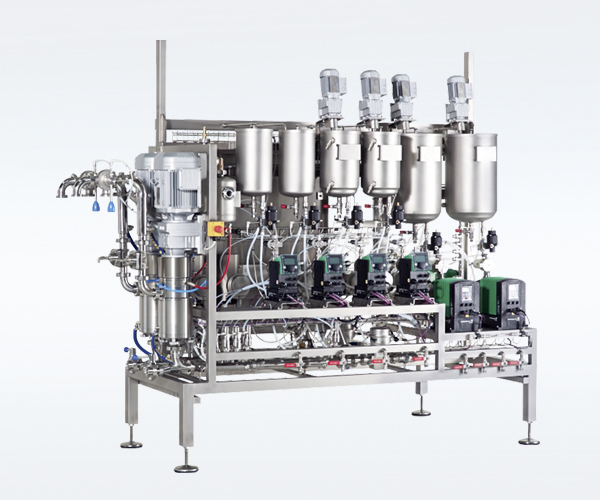
High precision dosing system for liquid media
Producing confectionery and bakery products implies mixing large amounts of ...
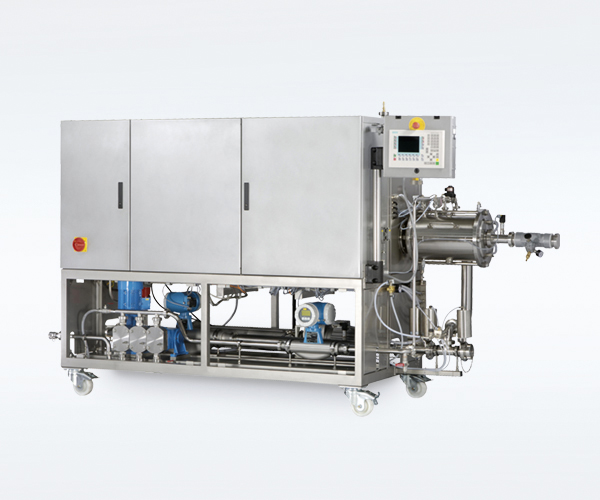
Large capacity confectionary mixer
The foaming process determines the quality of various confectionery products, from marsh...
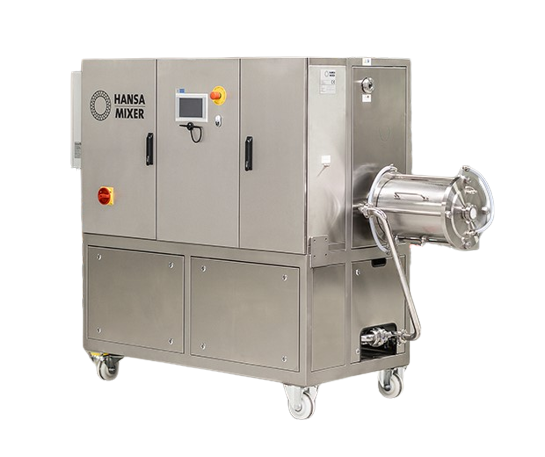
Compact & pumpable food media mixer
The process of mixing ingredients for confectionery products like marshmallows and meri...
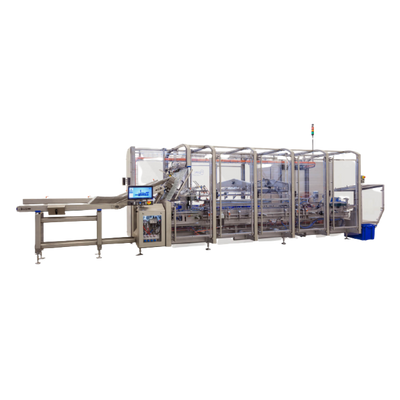
Washdown Cartoner For Frozen Foods
When packing frozen foods into cartons, your packaging system should be cleaned by wash-...

Low Output Production Line for Gummies and Jellies
The original technique for making gums and jellies exploited the non-s...
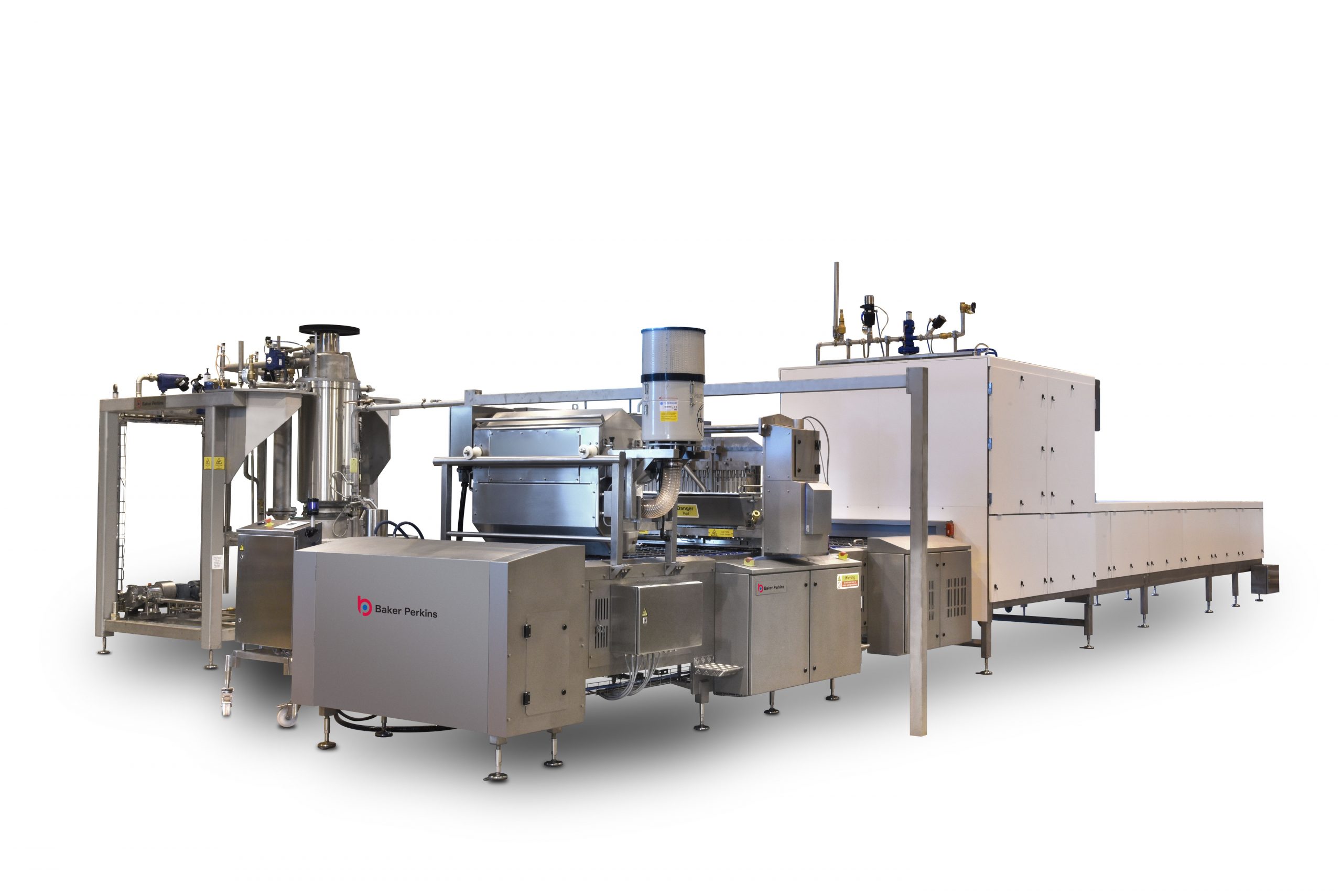
High Output Industrial Production Line for Gummies and Jellies
Mainstream technology for the preparation of gummies and ...
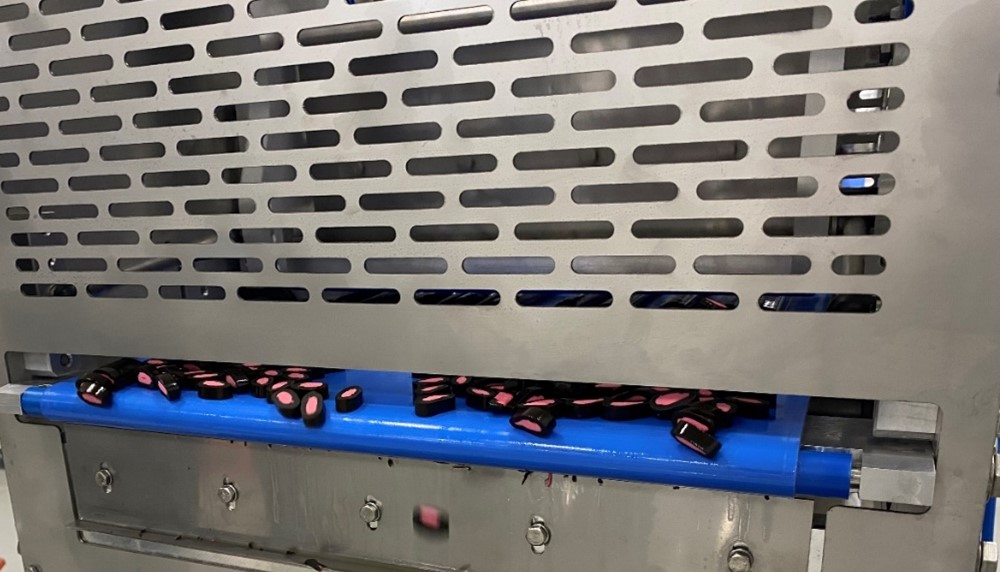
Guillotine cutter for confectionery
Confectionery products such as marshmallows, licorice candies, and fudges come out of e...
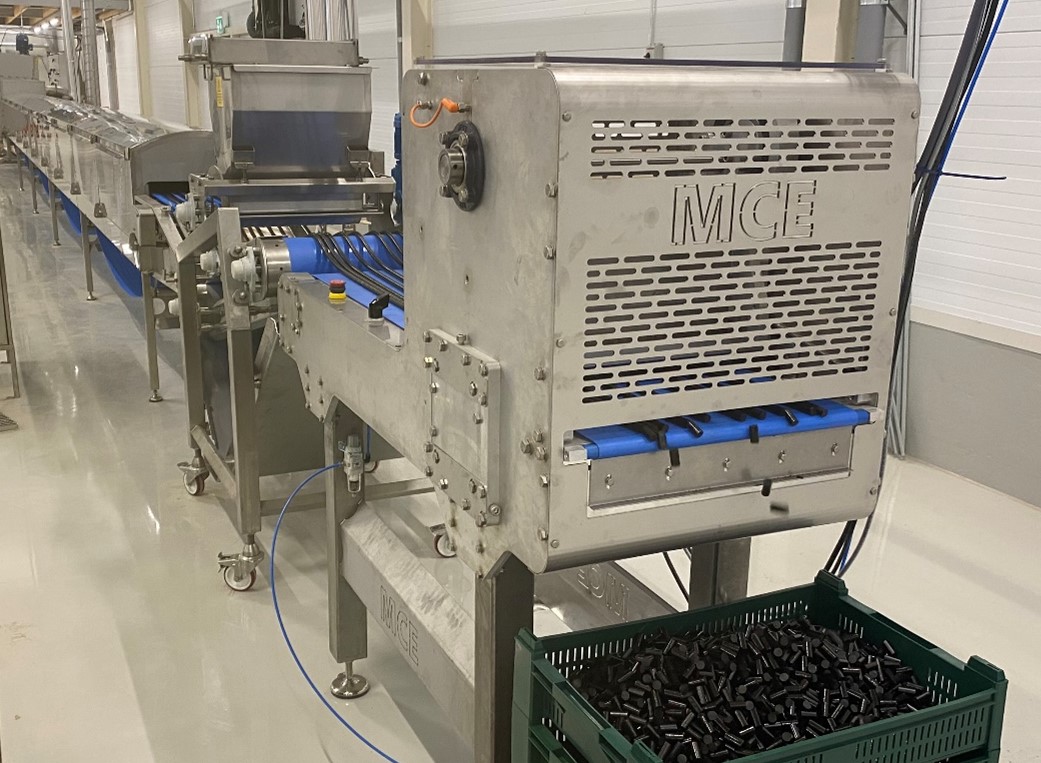
Industrial guillotine machine for extruded foods
Textured vegetable proteins made from soy, wheat, and oats are extruded i...
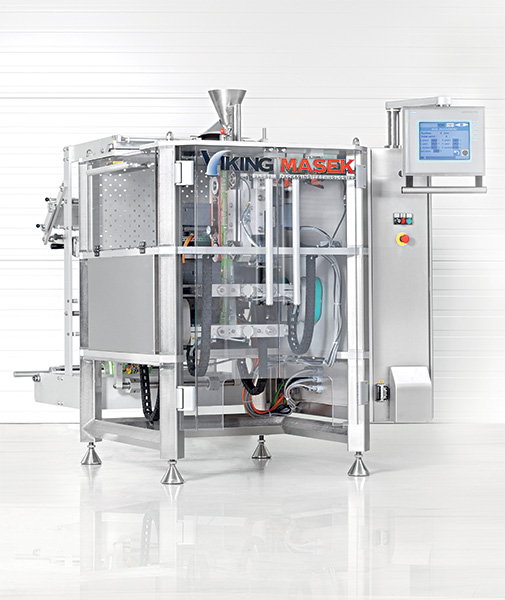
Continuous bagger with twin sealing jaws
If you want to pack into gusseted and pillow style bags and packing speed is impor...
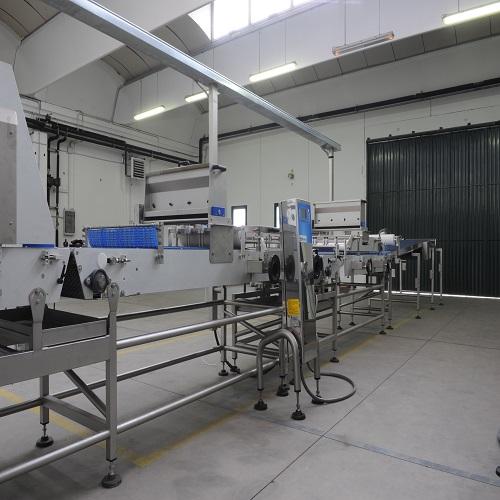
Moulding machine for rolled bread
As great snacks and accompaniments to meals rolled bread is a staple product in commercia...
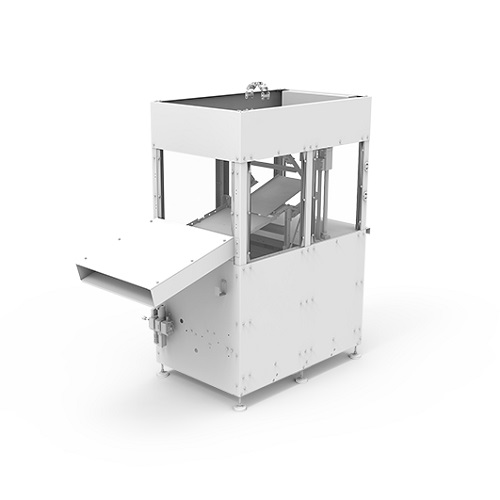
Small scale packaging machine for chocolate figures
Chocolate figures are a popular product type that relies on “eye appe...
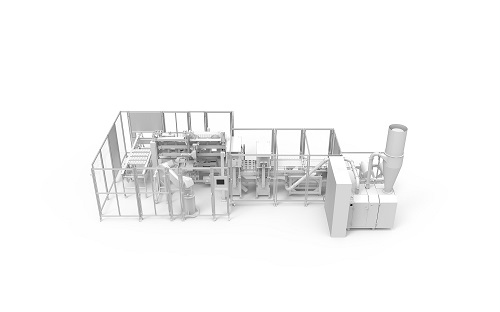
Automatic packaging machine for chocolate figures
Chocolate figures represent a key market for confectionery producers, w...
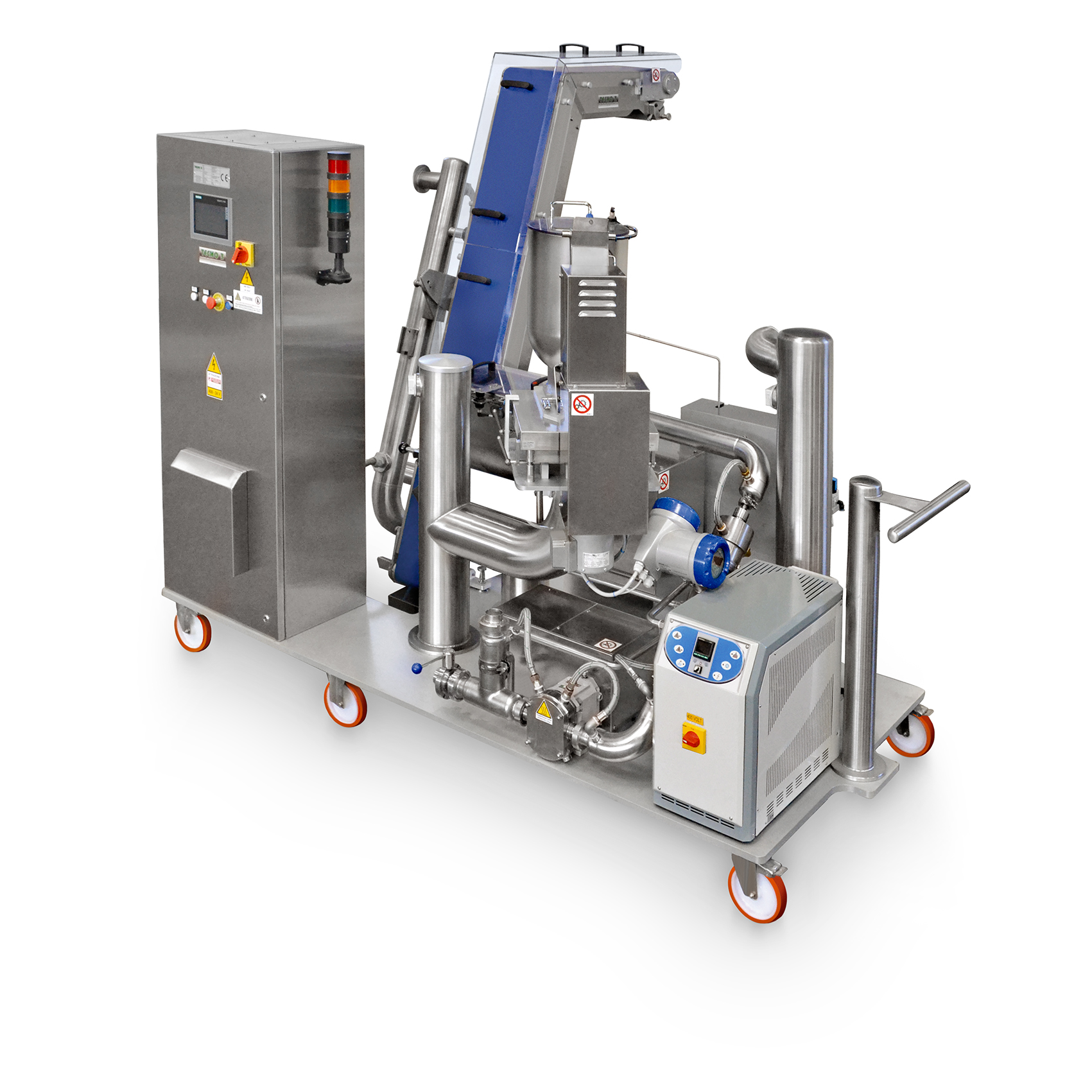
Mixer for production of chocolate with inclusions
Using the same mixing equipment for different recipes in chocolate manu...
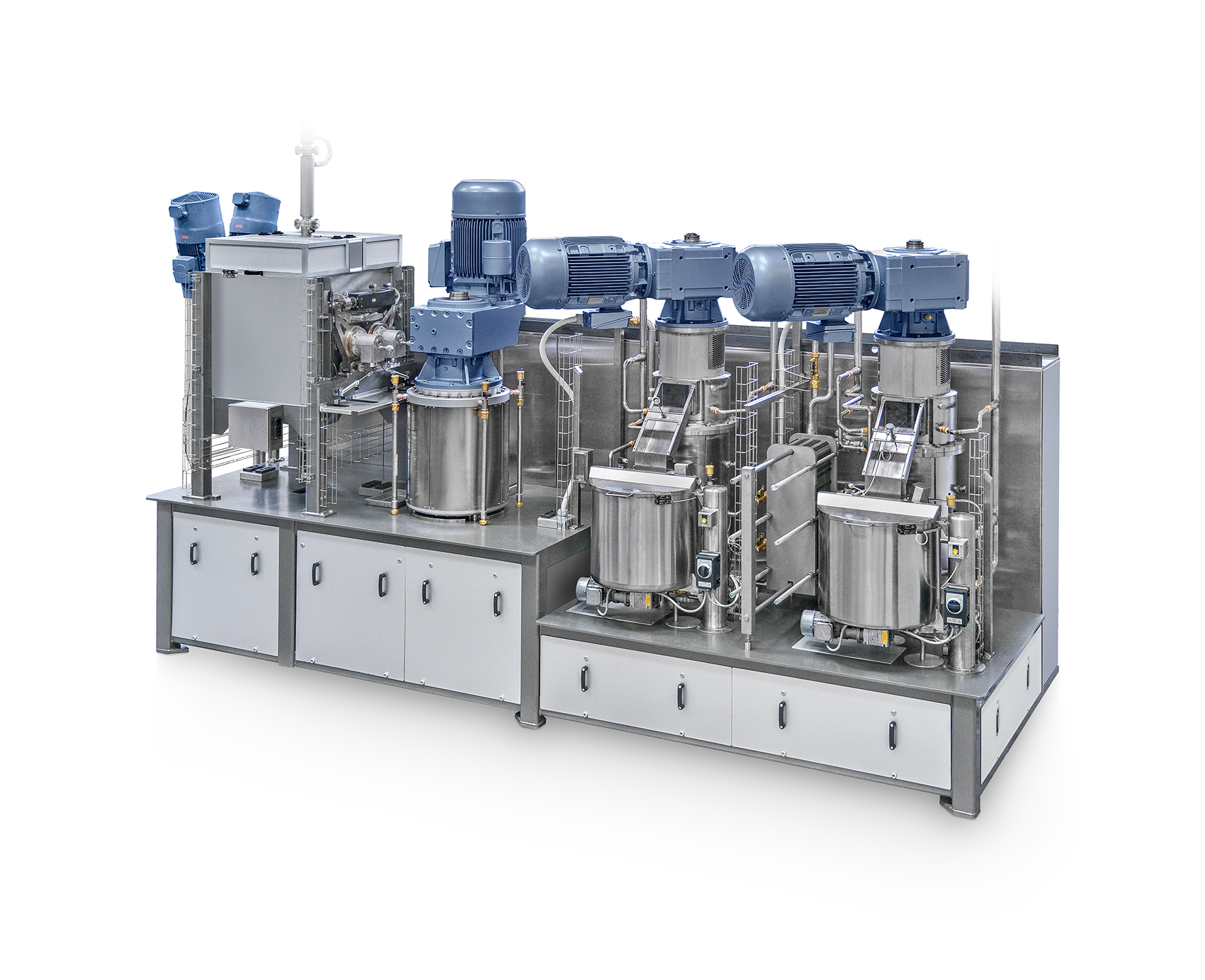
Refining plant for chocolate
Achieving a balanced, velvety mouthfeel in chocolate is challenging. Larger particles in chocol...
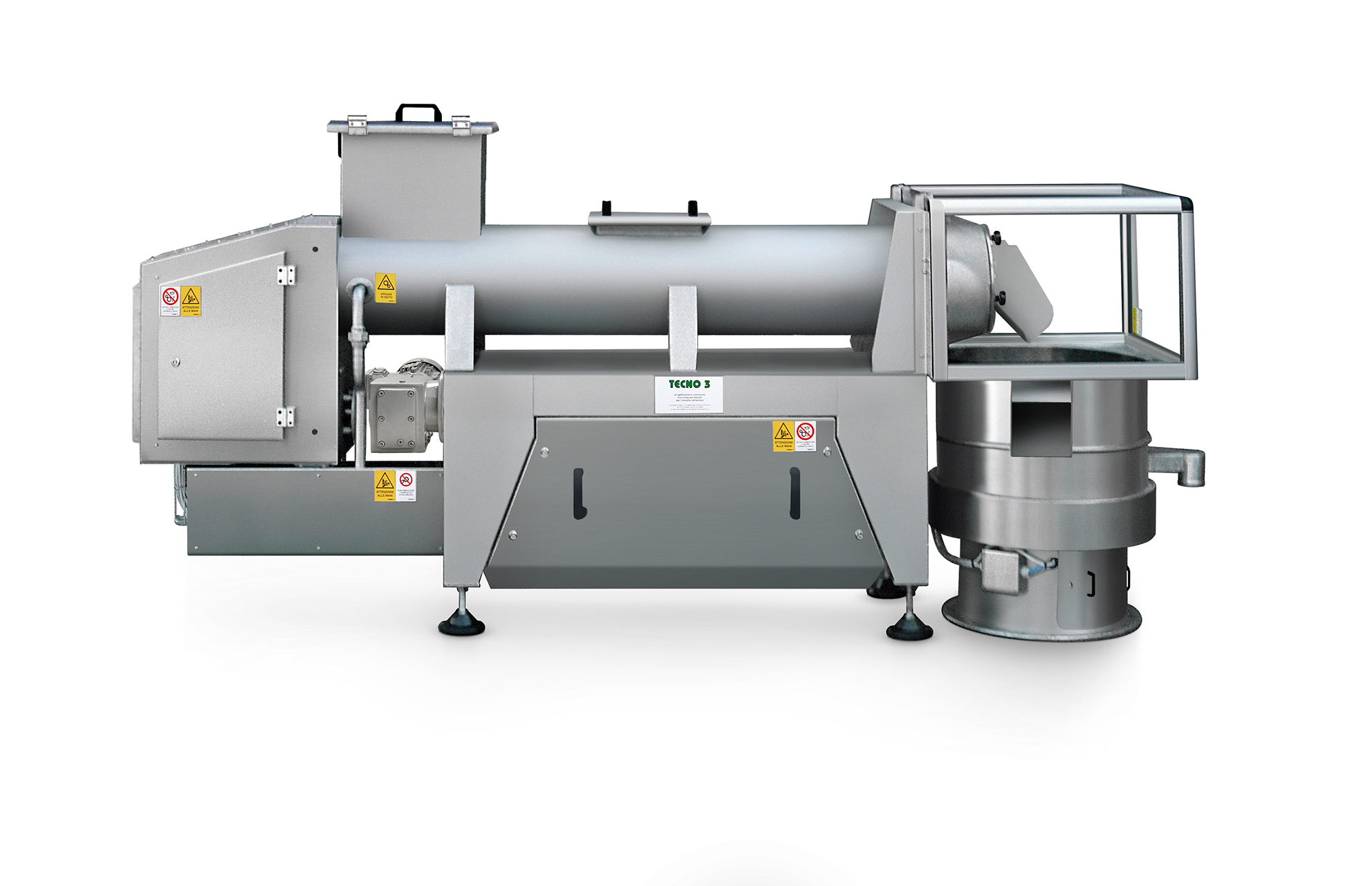
Industrial melter for chocolate rework
Wastage or out-of-specification products are not uncommon in the chocolate manufactu...
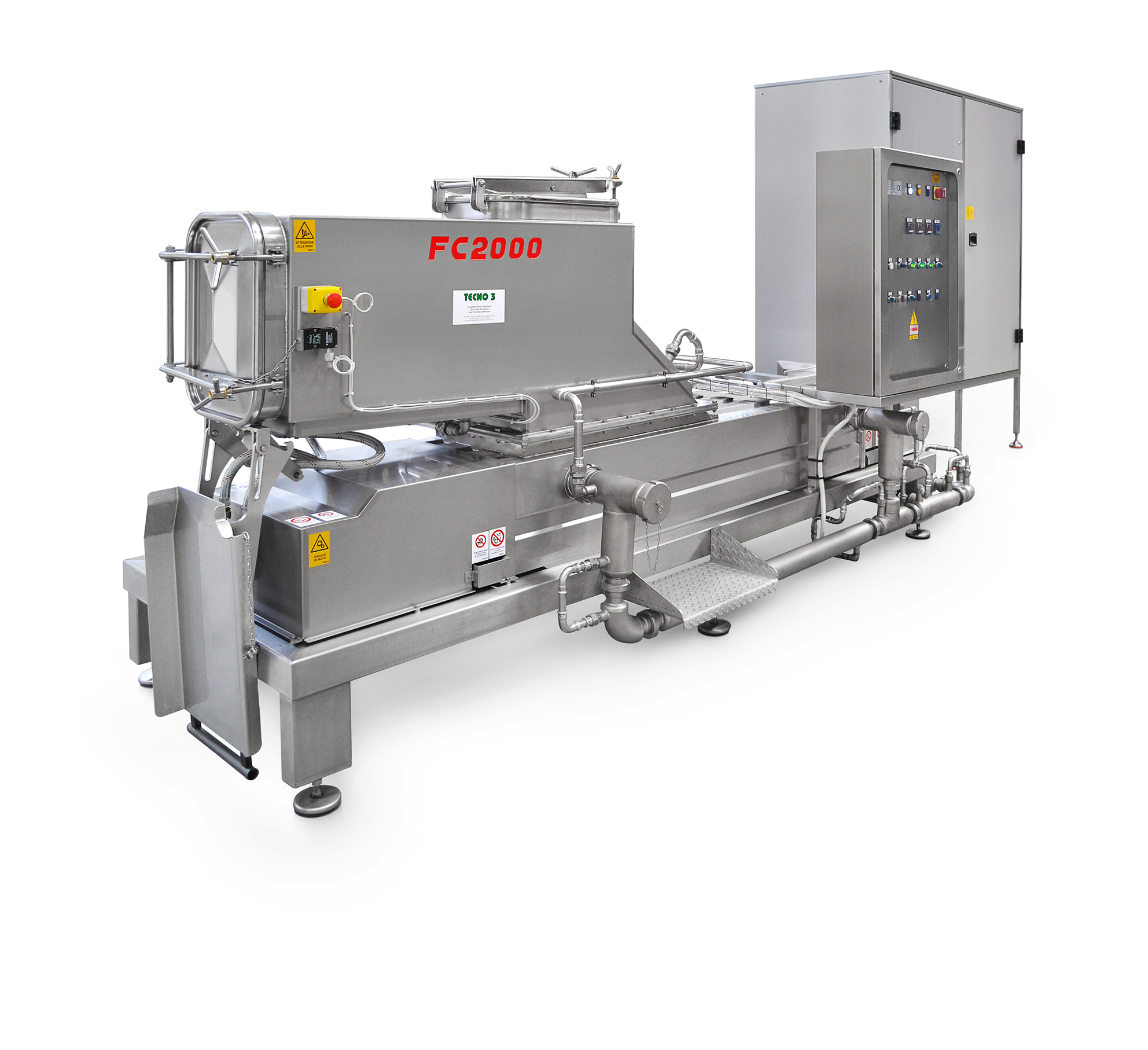
High-speed chocolate block melt machine
If you produce chocolate using larger blocks instead of cocoa beans, chocolate melt...

Industrial Nut Roaster
Moisture considerably depletes the shelf life of nut products. At the same time, however, manufacturer...
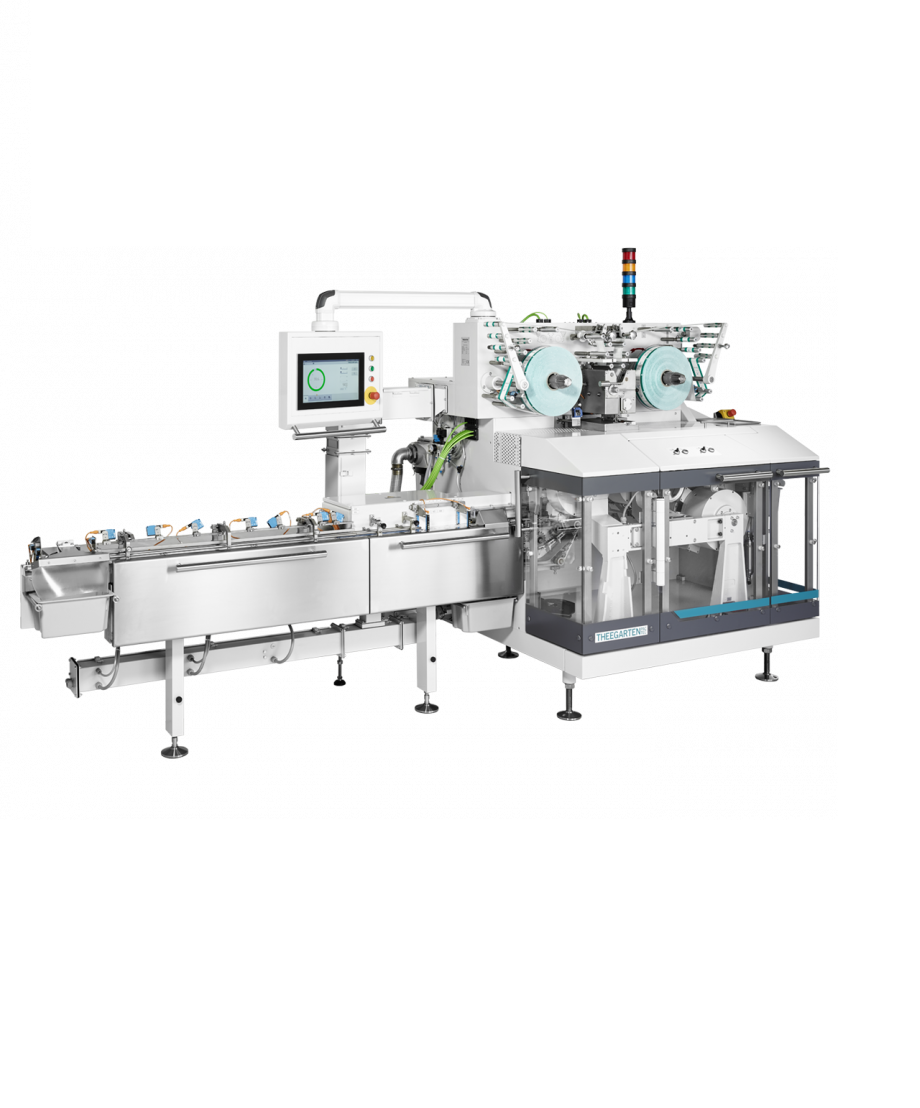
High-speed bunch wrapping machine for chocolate
Bunch wrapping with aluminium foil is a popular method to use for an attra...
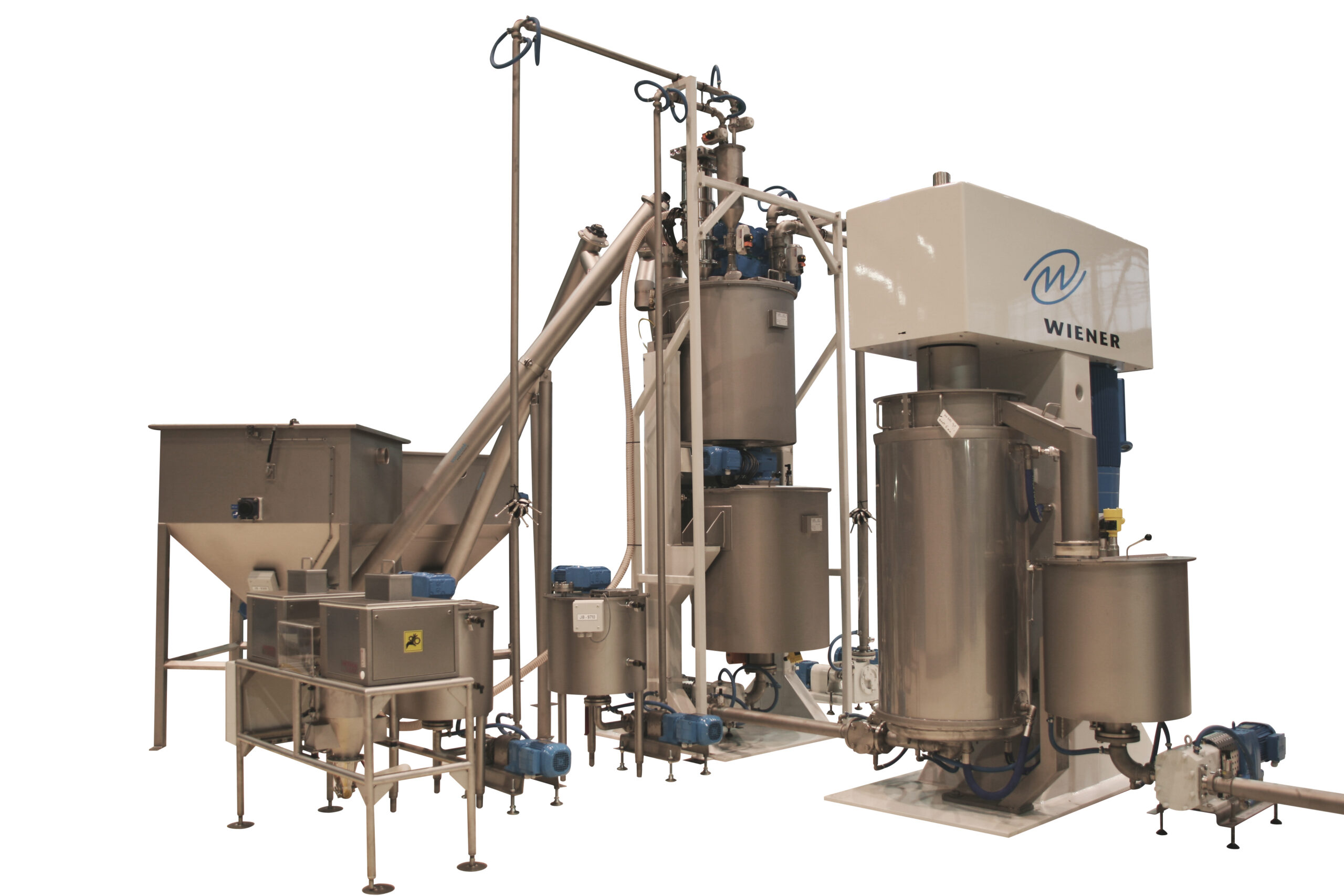
Vertical ball mills for chocolate refining
Powders of extremely high fineness can easily be produced with ball mills and a...
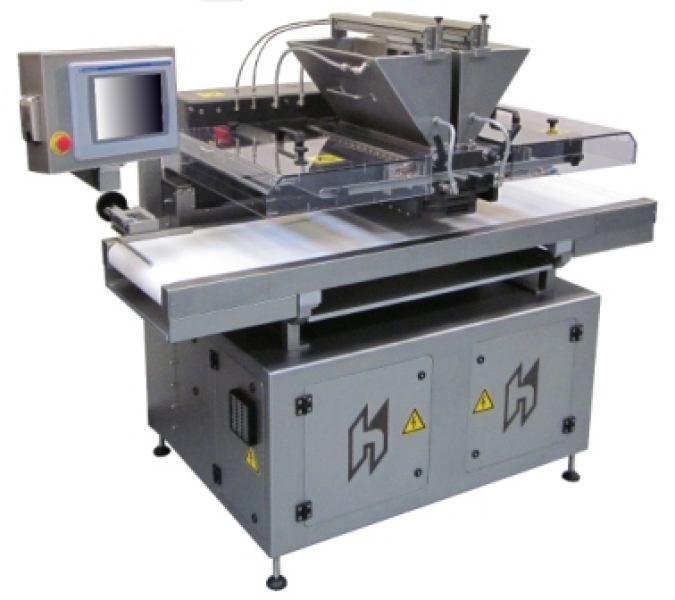
Multi-row one shot chocolate depositor
The One-Shot technology is based upon the synchronized discharge of filling and shel...
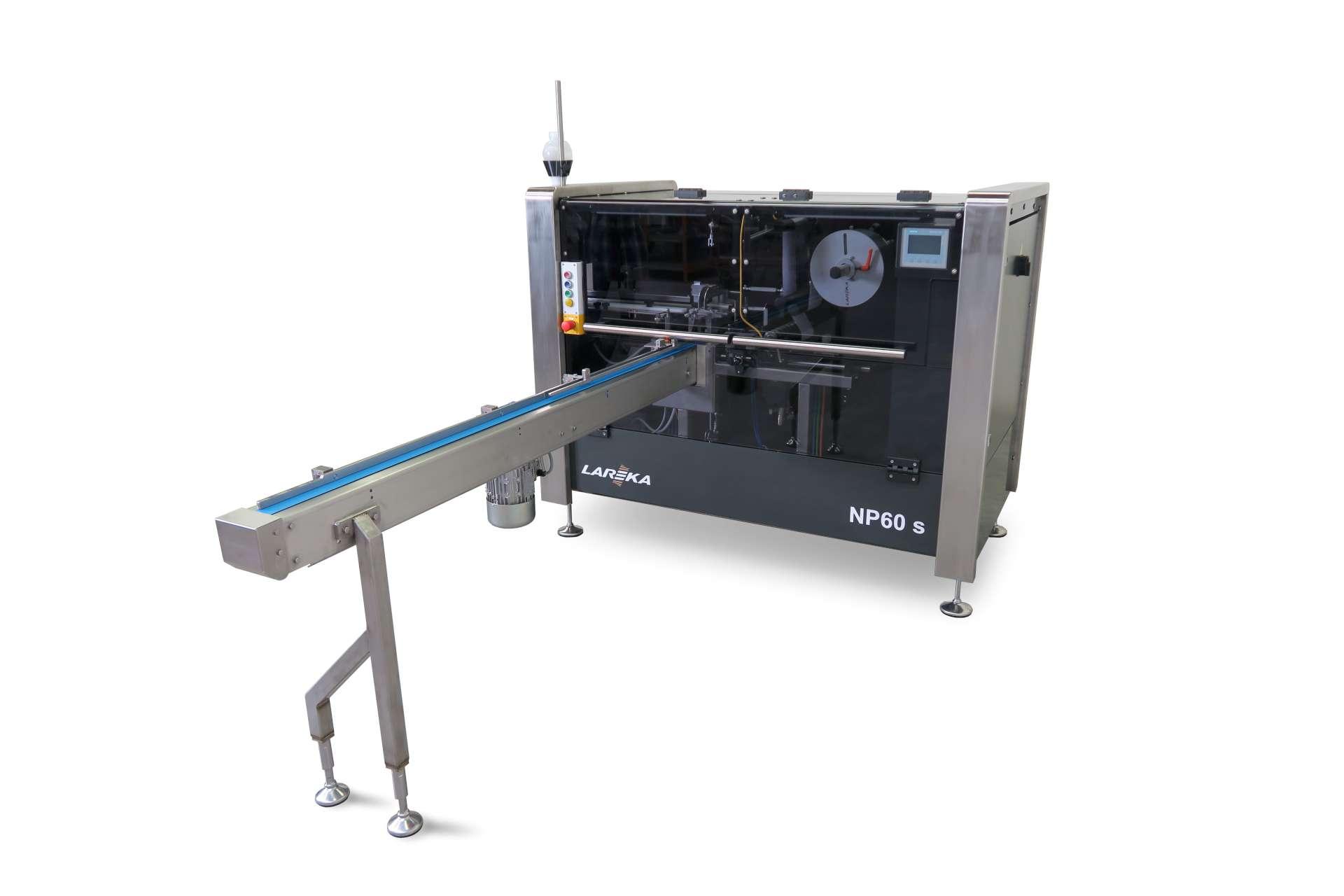
Small chocolate tablet wrapping machine
Are you looking for a small-scale wrapping machine that can pack small Neapolitan c...
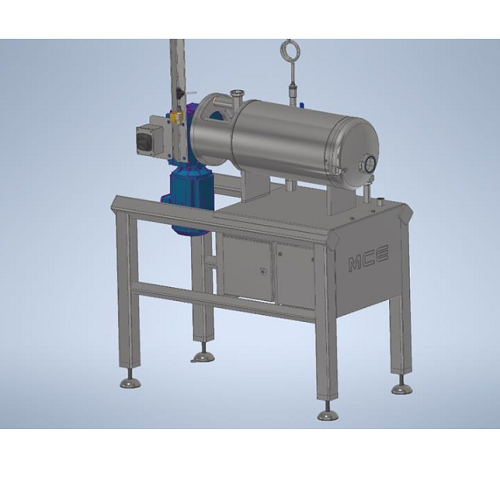
Licorice cooker
When producing liquorice and other sticky or viscous food products, during the cooling or heating process, com...
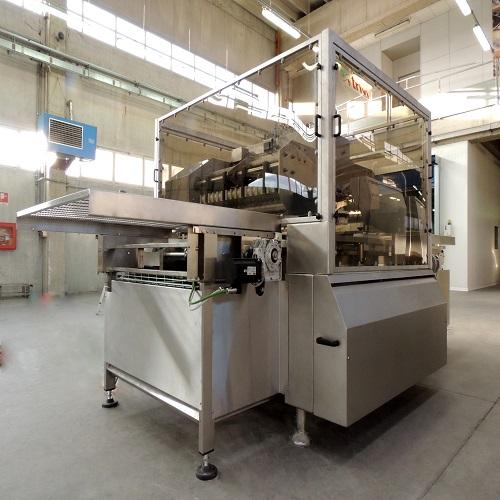
Cream filling machine for bakery industry
Cream and other fillings in bakery products must be injected in the right volume...
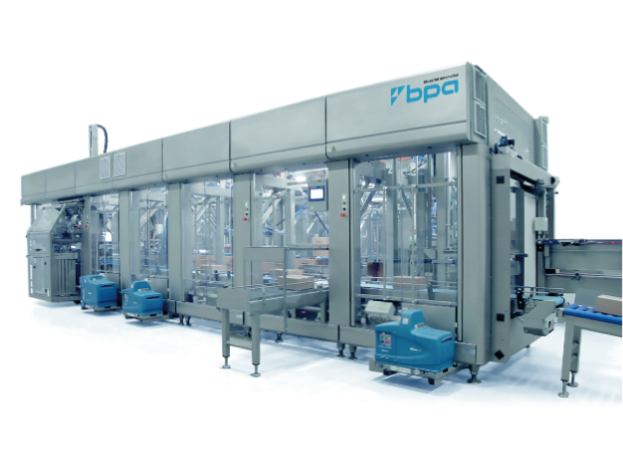
Robotic case packing machine for snack bags
Automated packing with robotic suction arms can quickly pickup packaged produc...
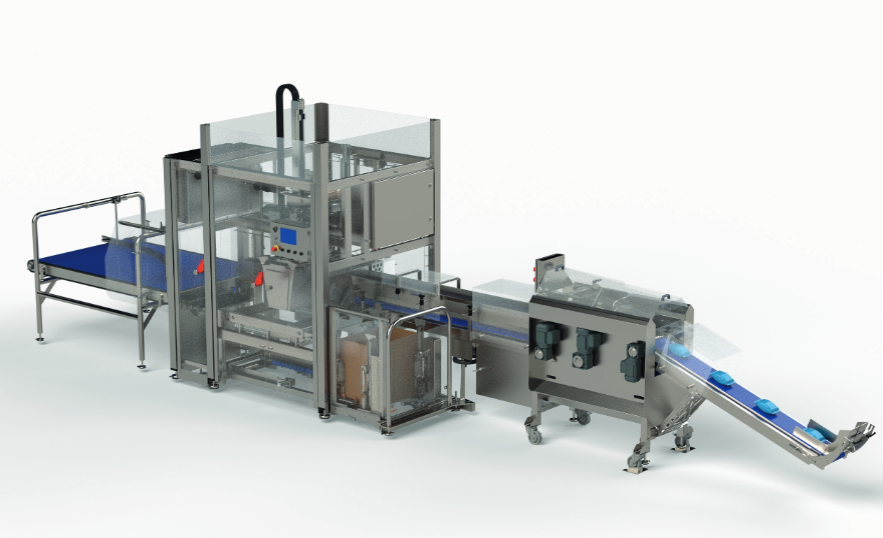
Semi-automatic case packer for chip bags
In small to medium scale production units, packing items manually can consume a lo...
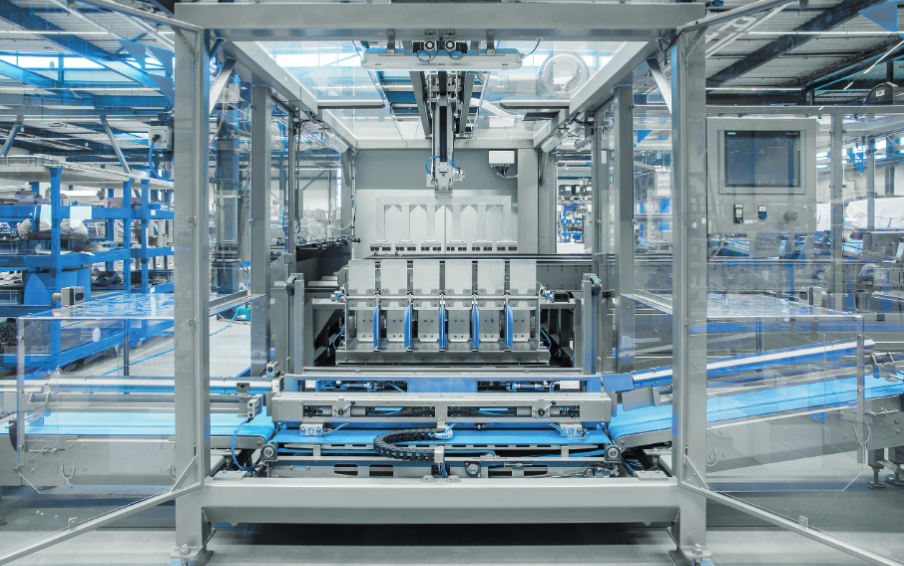
Confectionery bags case packer for large scale
Mass production lines need faster and more efficient package processing to ...
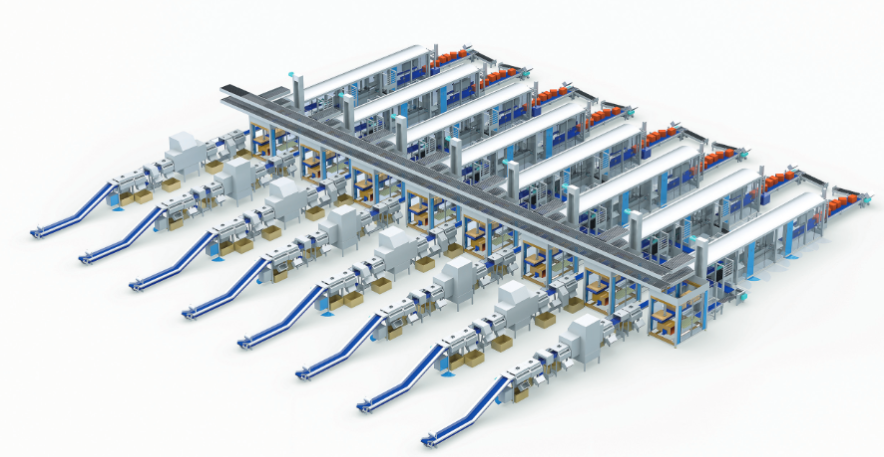
Grated cheese case packing machine
Large-scale cheese manufacturers process and handle products of different sizes and volu...
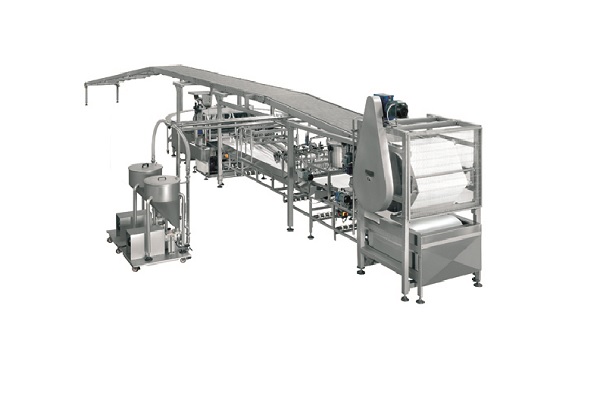
Line for sponge cakes production
Bringing together a wide range of process machinery to develop a production line for sponge...
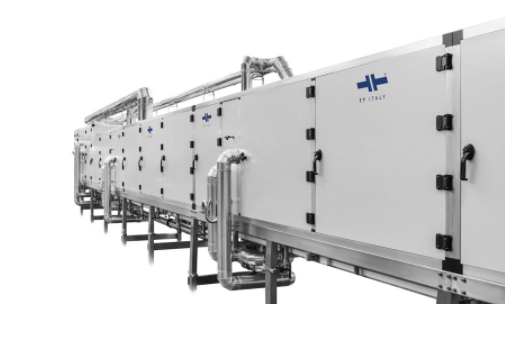
Sponge cake cooling tunnel
Exposed baked goods can develop bacteria from the circulating air in an area if left in the open ...
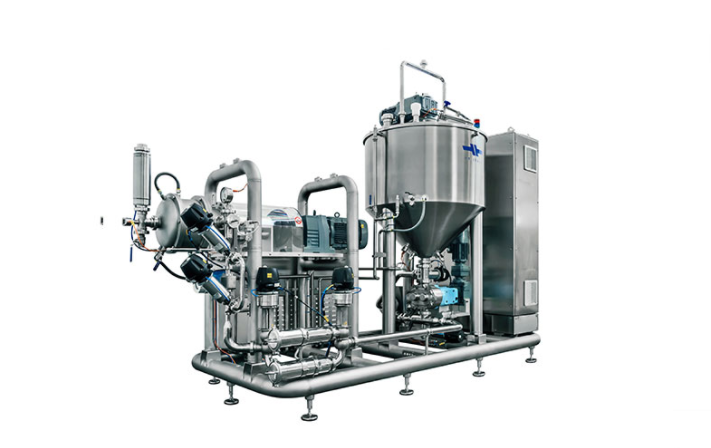
Mixing system for batter and cream
When making a cake, the proper mixing of liquid batter is critical to ensuring it looks ...
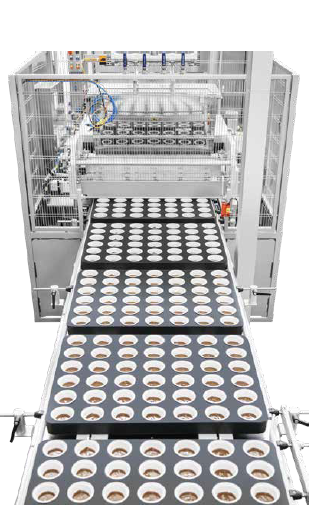
Cake batter and cream depositing machine
Whether you’re making muffins or cupcakes, you need just the right amount of...
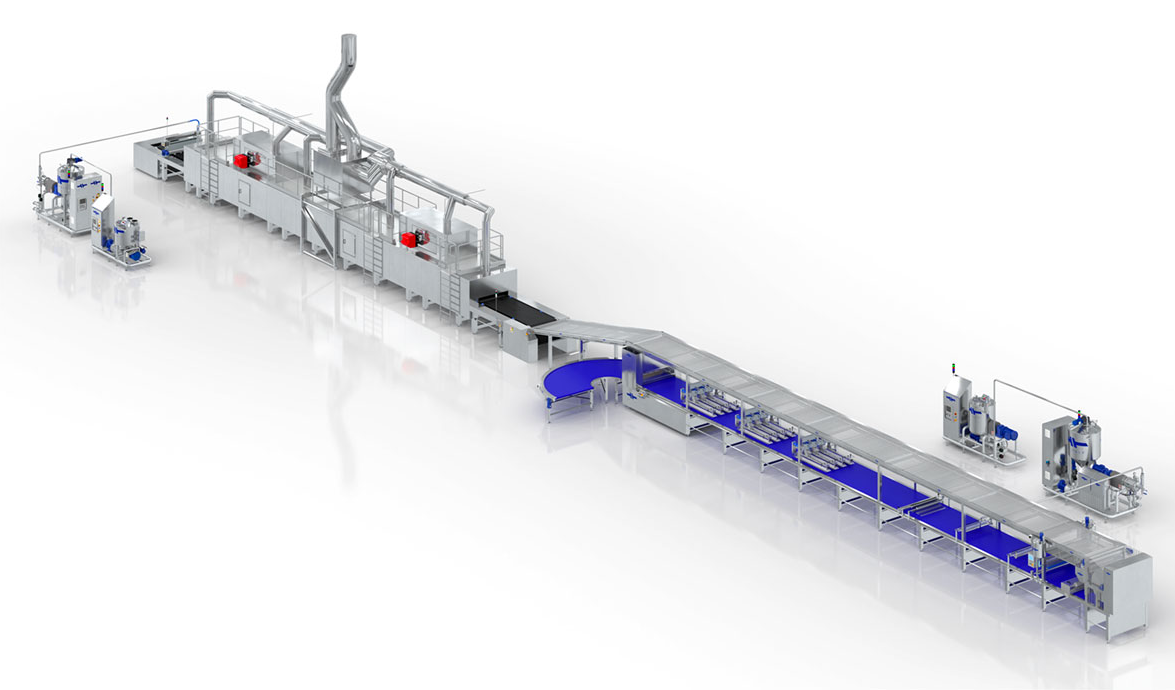
Sponge cake production line
To produce multiple sponge cake varieties and keep up with the changing industry trends, a produ...
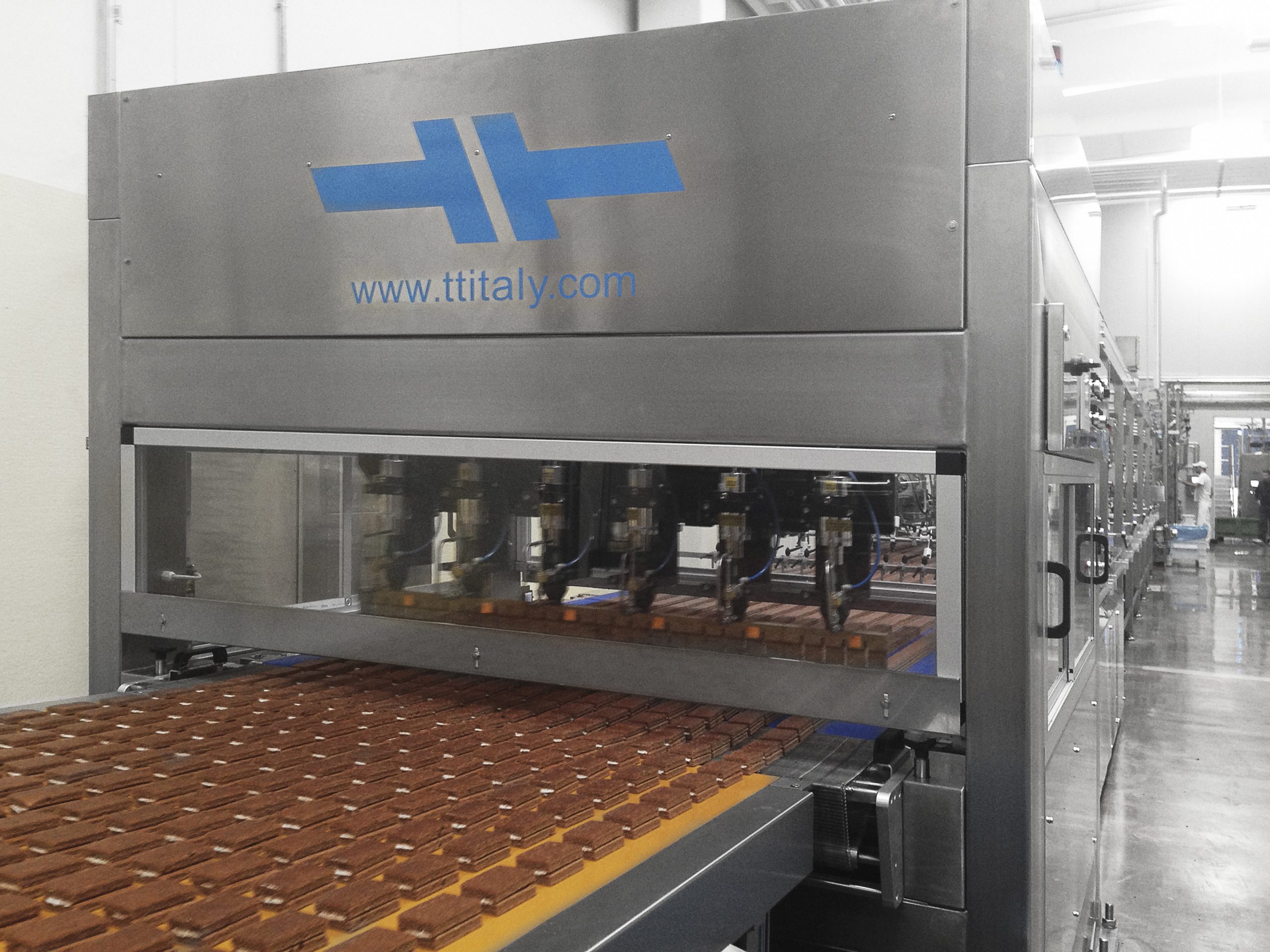
Cake ultrasonic cutter
Some cake items you may wish to cut can feature substantial amounts of cream. But that cream could sme...
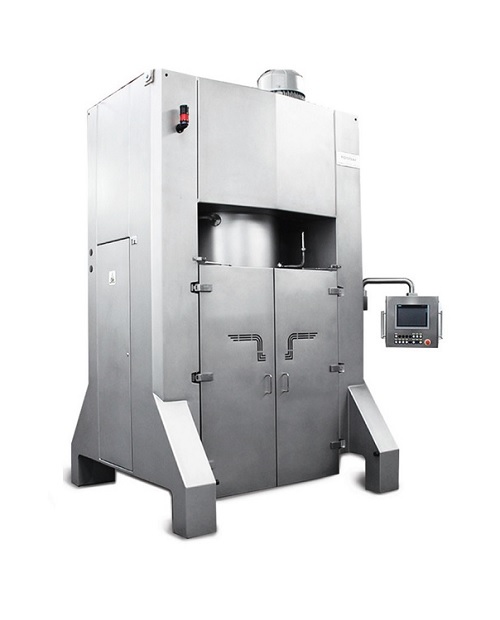
Planetary mixer for confectionery and bakery production
For the best quality confectionary and bakery products, controlla...
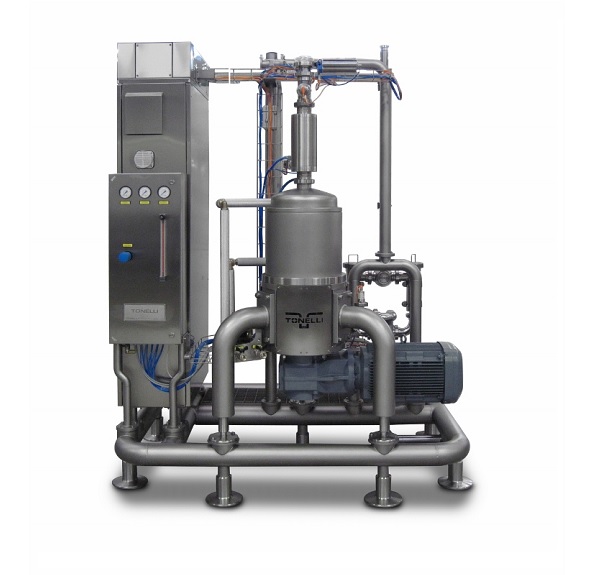
Mixer for aeration of confectionery and bakery products
Aerated products can be difficult to mix thoroughly without reduc...
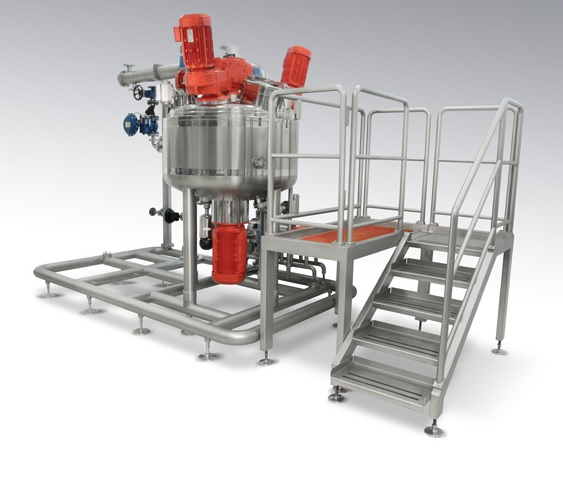
Temperature-treatment mixer for bakery & gastronomy
The production of creams, sauces, ragouts, ready-to-bake, and sim...
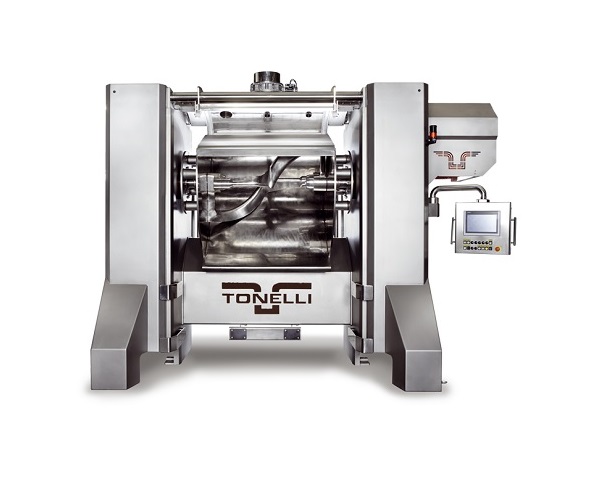
Horizontal dough mixer
The mixing of hard doughs or highly viscous product like chewing gum requires specialist equipment to ...
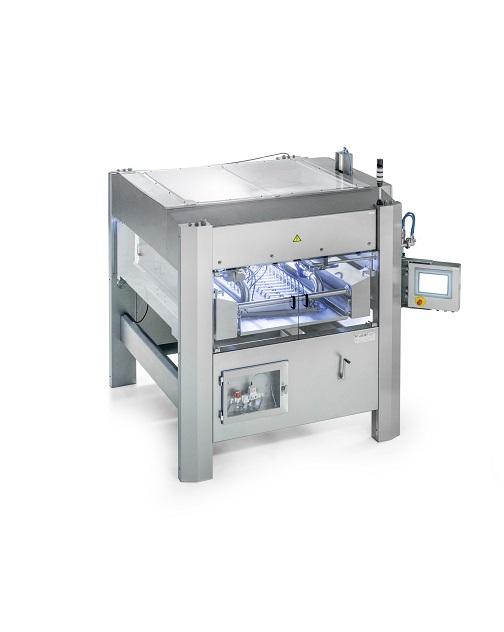
High speed decorator for donuts
Donuts quite simply need decorations. The added value through unique and visually appealing ...
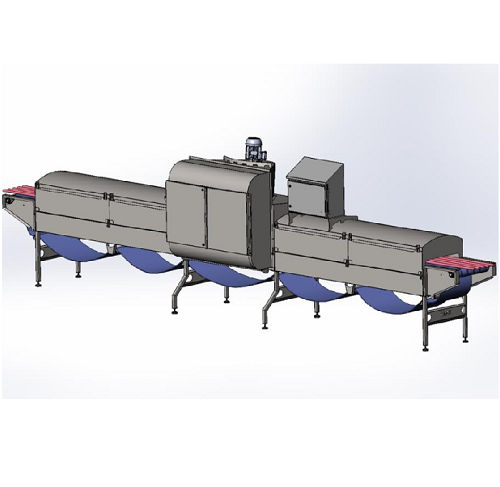
Licorice cooling tunnel
Licorice and other extruded food products like vegan meats can be tricky to cool in the production pr...
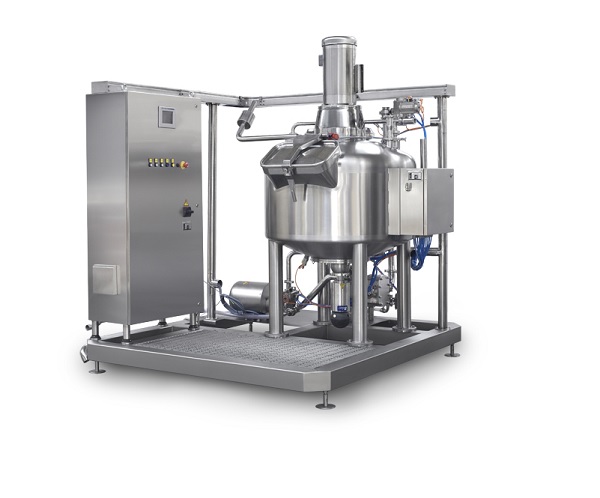
Centrifugal mixer for batters and creams
Batters, creams and other delicate sauces and emulsions take time to mix, reducing...
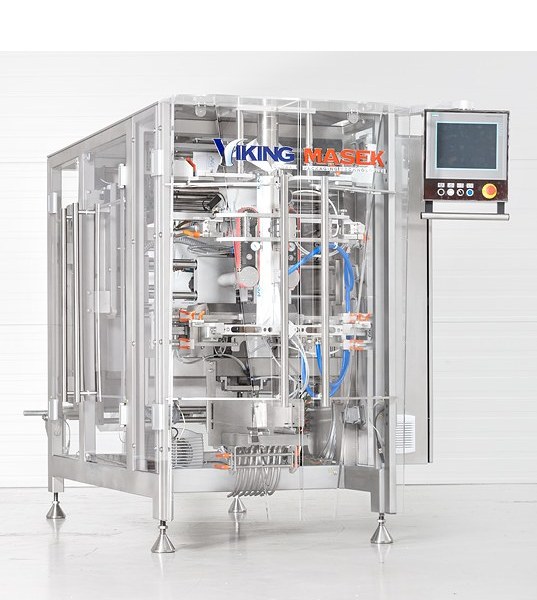
Bagger with mechanical driven jaw actuation
If you want to pack into unique bag styles like Quad-seal and Doypack, but you...

Horizontal cartoner for food products
Depending on the primary product packages, food products like confectionery (biscuits...
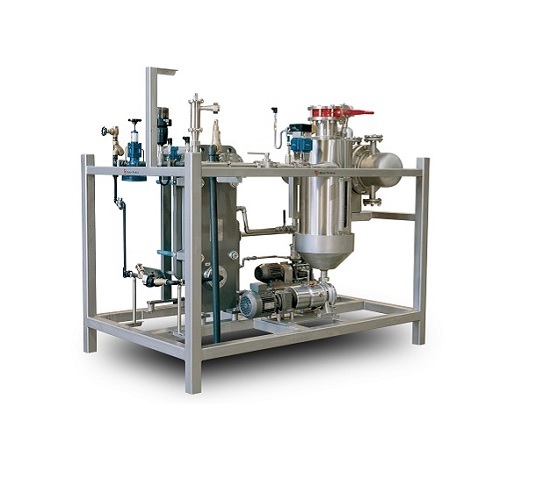
Compact flexible cooker for confectionery products
In confectionery production flexibility can be the key to increased ef...
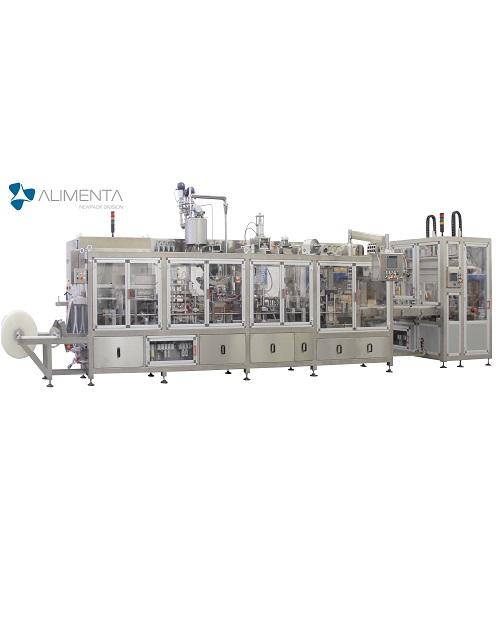
High-clean FFS machine for butter in mini portions
With the production of dairy products such as butter in mini portions ...
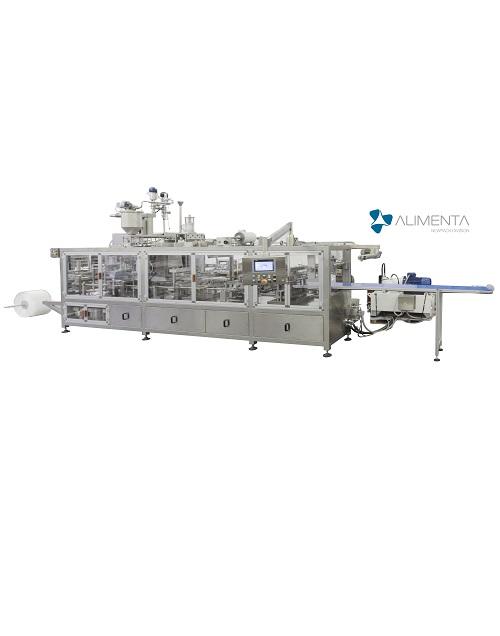
Ultra-clean FFS machine for yoghurt in cups
Dairy products like yoghurt are very susceptible to spoilage. Yeasts and mould...
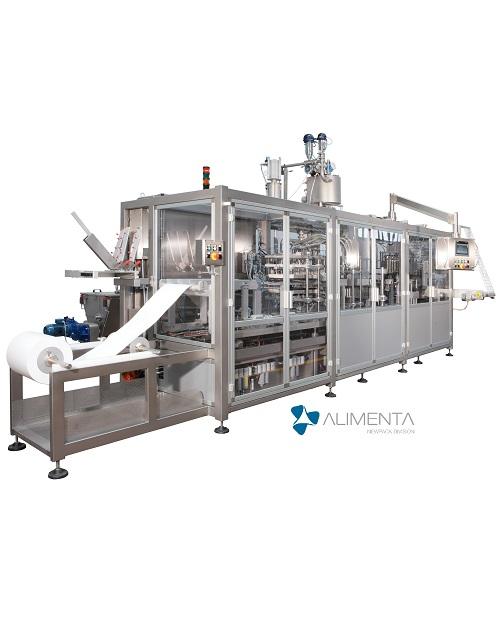
Standard FFS machine for spreads and sauces in mini portions
In the food industry, from a microbiological point of view,...
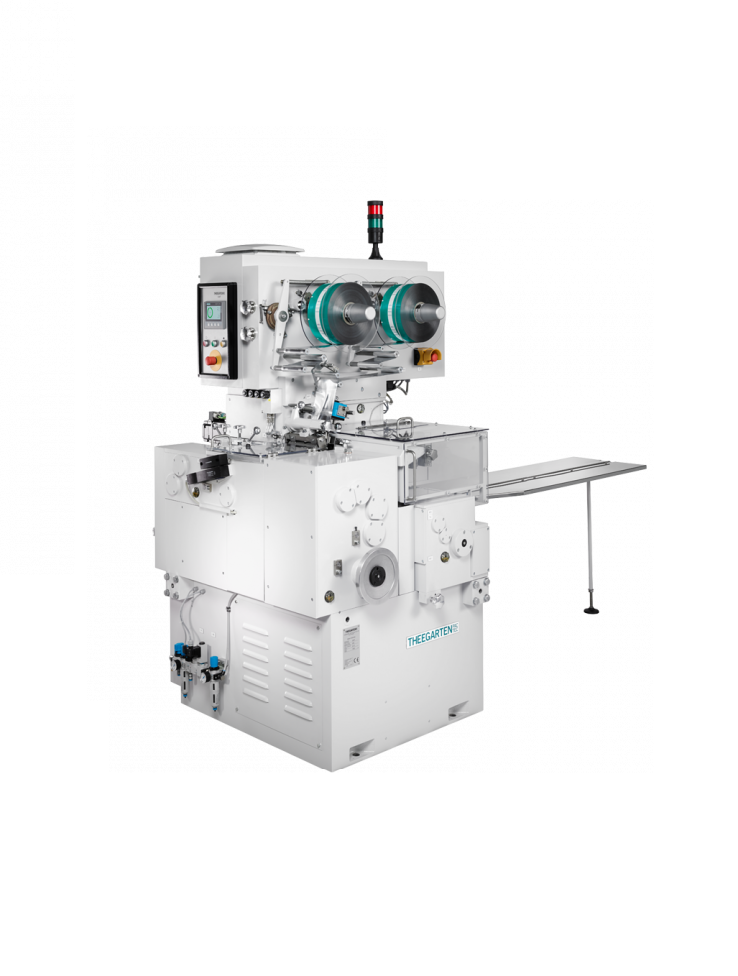
Single twist cut & wrap lollipop machine
Soft caramel lollipops require more gentle handling during production than ot...
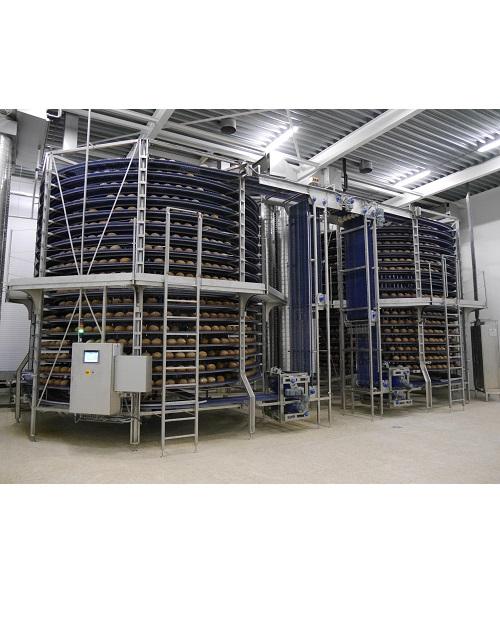
High capacity spiral cooler for food
Cooling baked goods and food products can be problematic for sliced baked goods. A cru...
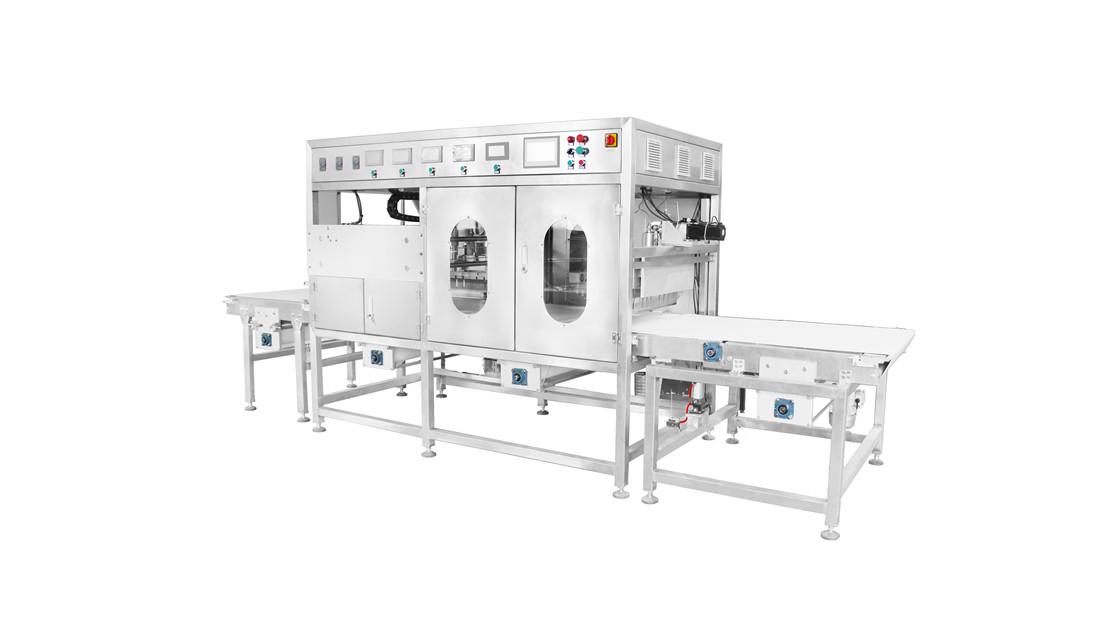
Inline ultrasonic big scale food cutting machine
In the food industry, where accuracy in the cutting process is desired, u...
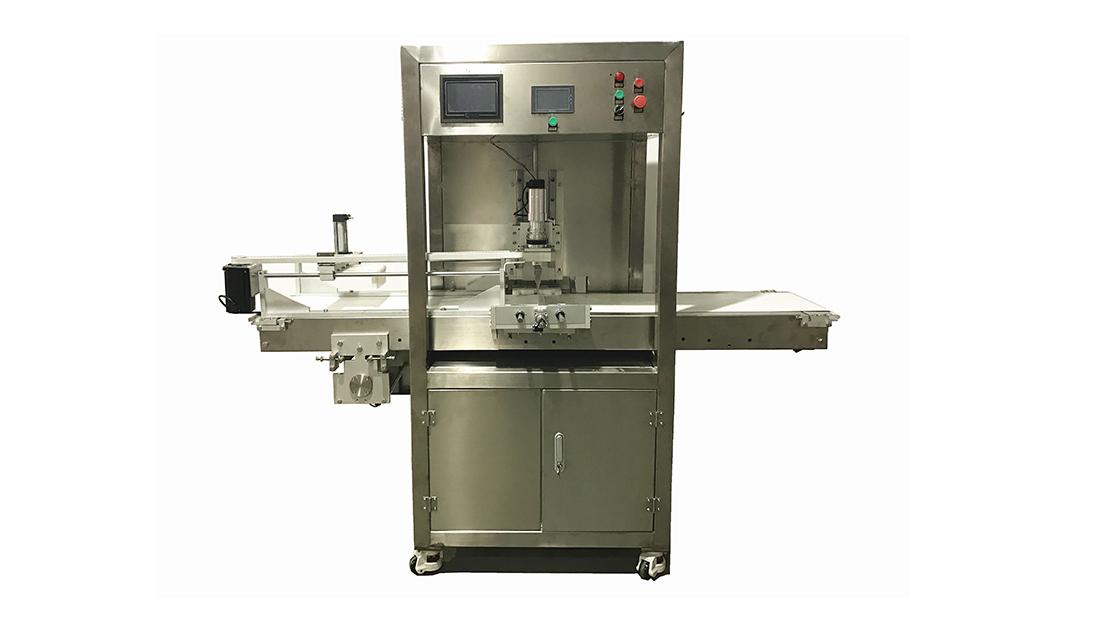
Inline ultrasonic food cutting machine
Cutting sticky products in the food sector is not always an easy process. Small scal...
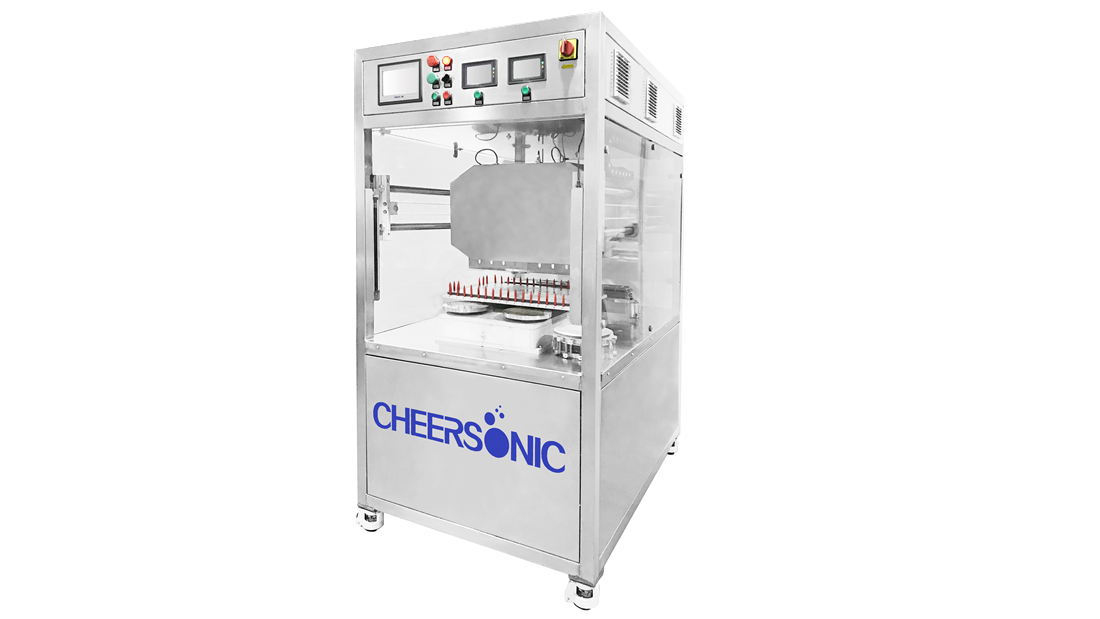
Stand-alone ultrasonic medium scale food cutting machine
Accurately cutting food products in their desired shape, is a pr...
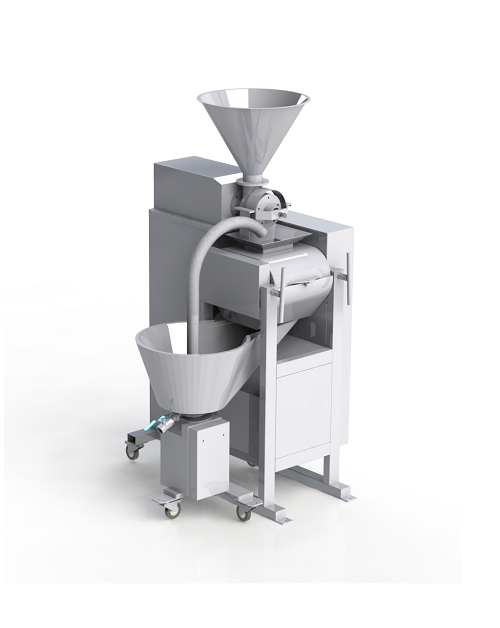
Entry level bean to bar line
One of the challenges when setting up a small-scale cocoa processing factory is making all of t...
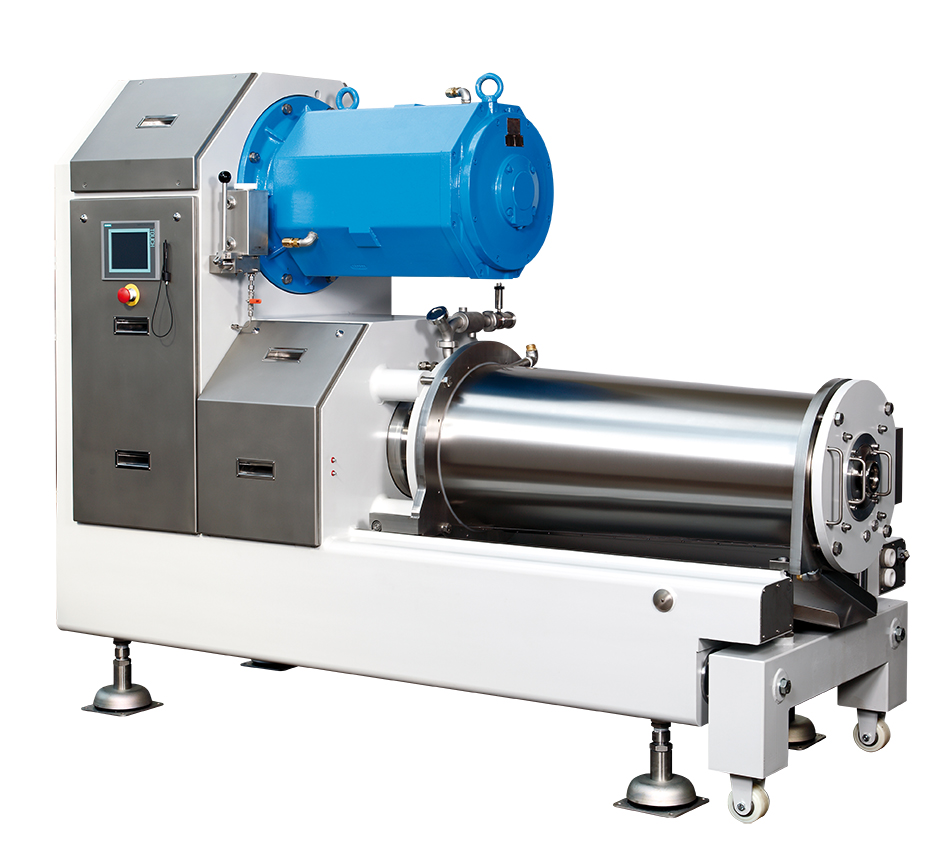
Horizontal ball mill for chocolate refining
Powders of extremely high fineness can be produced with ball mills and agitate...
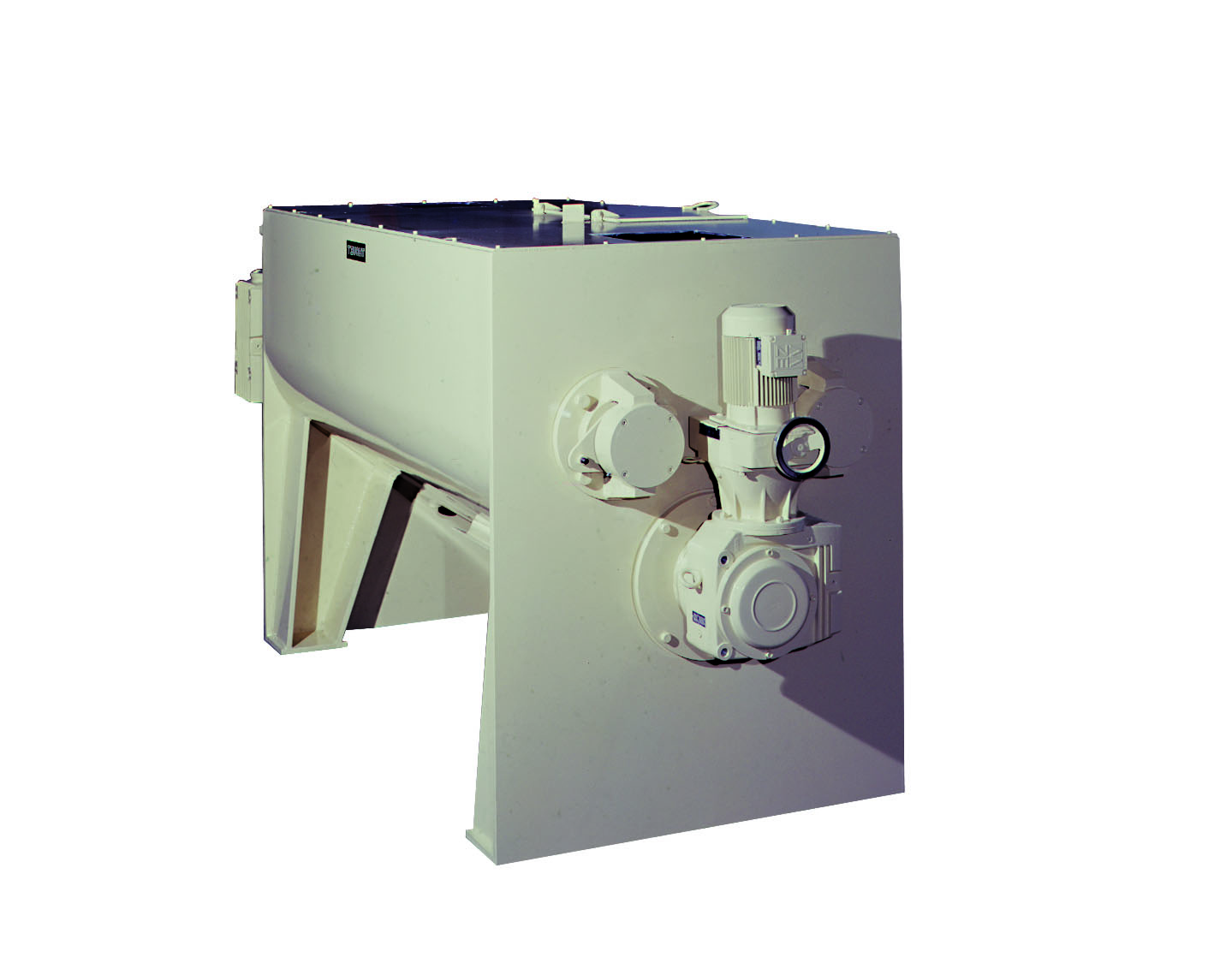
Mixer and kneader for sugar based recipes
For the production of chocolate paste based on refined or icing sugar, the decis...
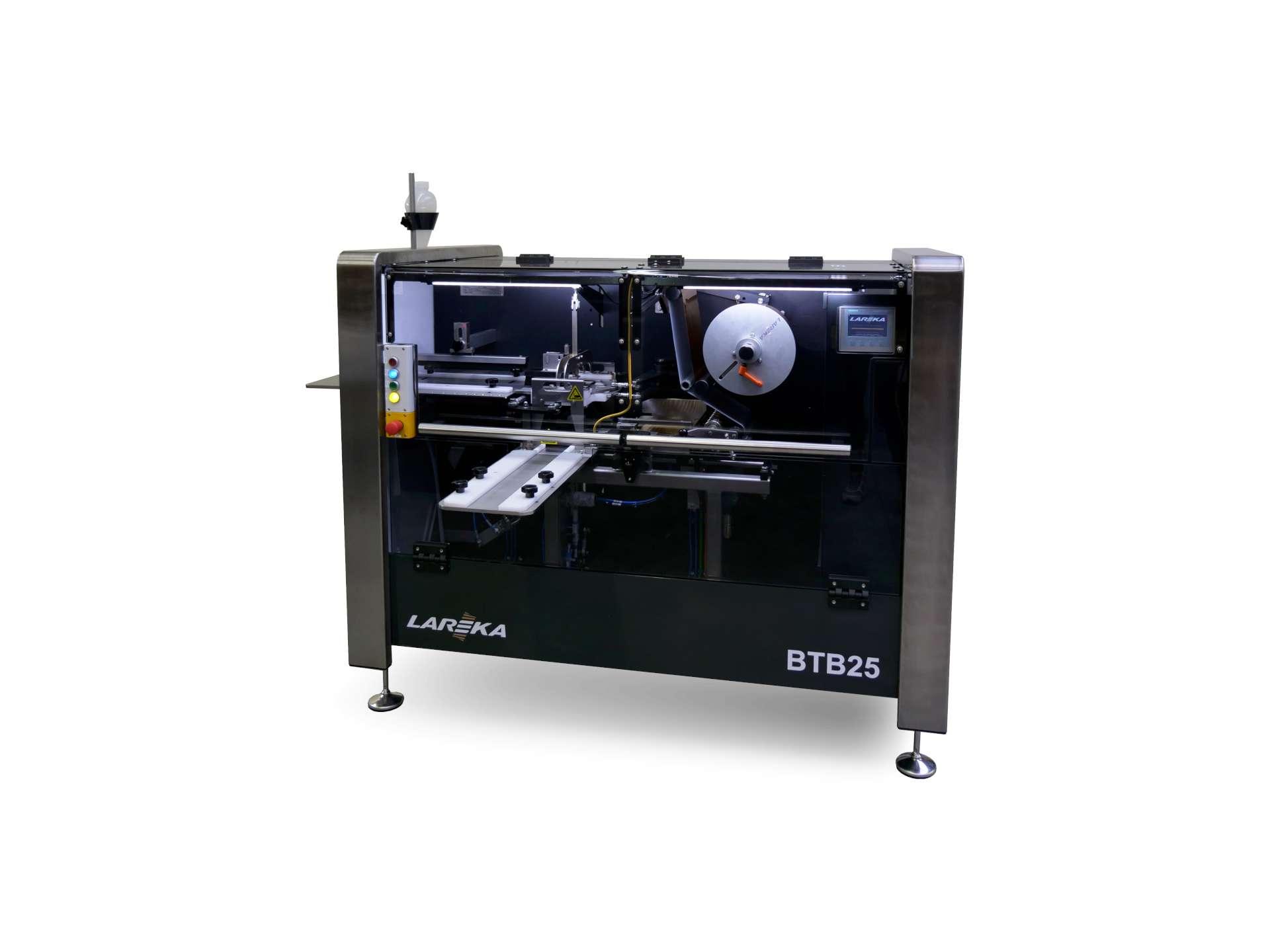
Flexible chocolate tablet wrapping machine
In the overcrowded and competitive confectionery industry, attractive chocolate...
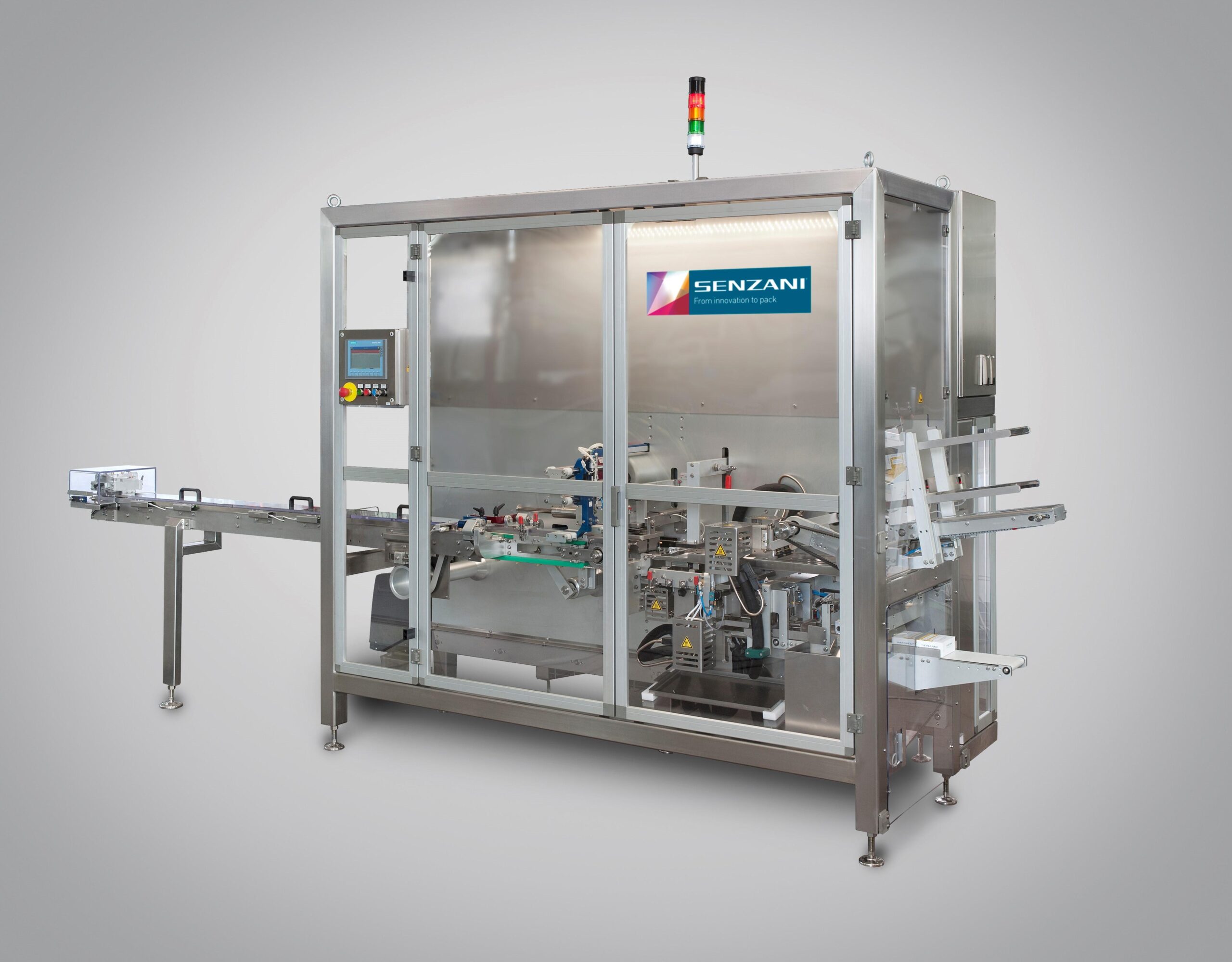
Display tray cartoner machine
Packaging products usually require a great deal of flexibility to comply with demand from mark...
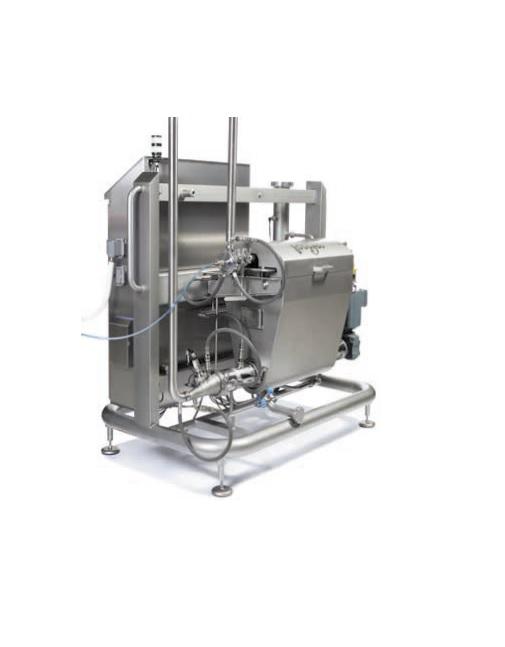
High speed decorator for filled biscuits
Filling or decorating biscuits was always a difficult task. Sometimes biscuits are...
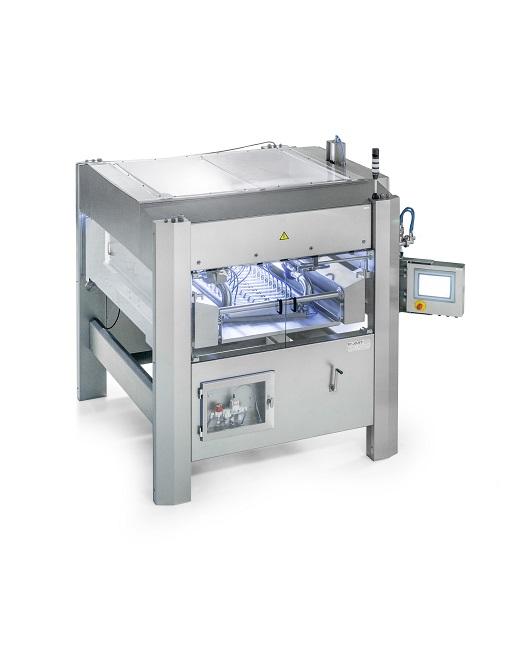
High speed waffle decorator
In the past, there were not many ways to make waffles or wafers colorful, tasty, and attractive ...
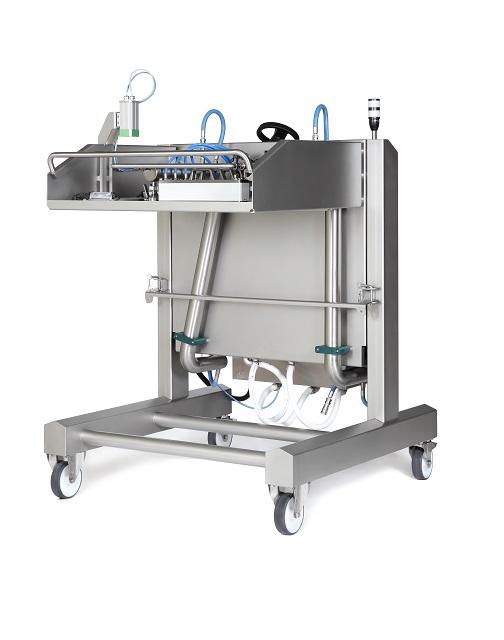
Chocolate decorator for extruded ice-cream
It is not uncommon for ice-cream decorator units to become faulty and produce a...
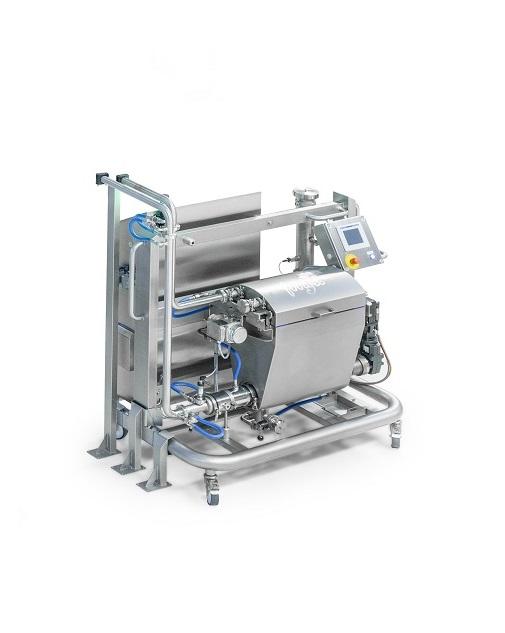
Milk protein decorator for bread
It is time to leave behind old and saturated decoration methods that look neither natural n...

High-speed cut and wrap flow pack machine
Flow pack wrapping is a popular option for the individual wrapping of soft caram...
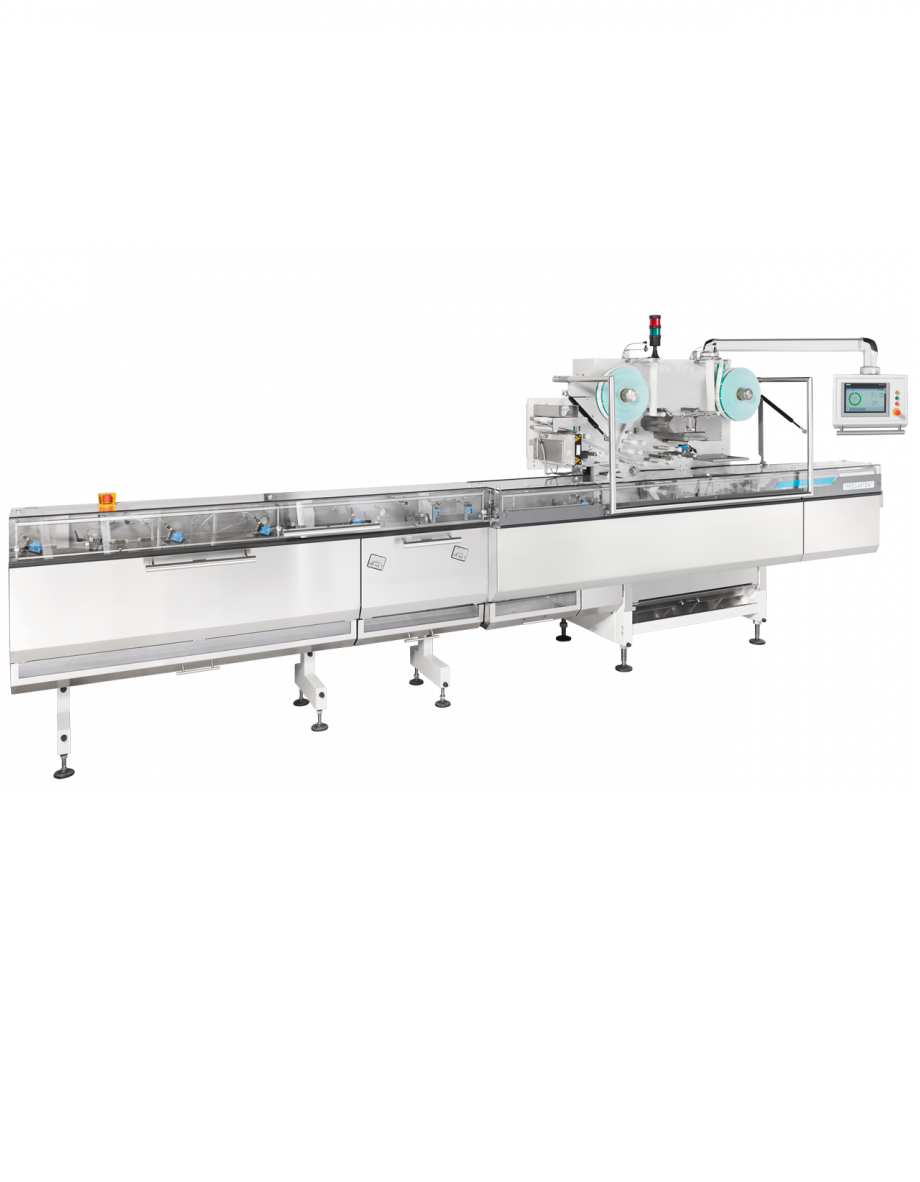
High-speed flow pack wrapping machine for chocolates
Foil flow pack wrapping of chocolate products is an attractive and p...
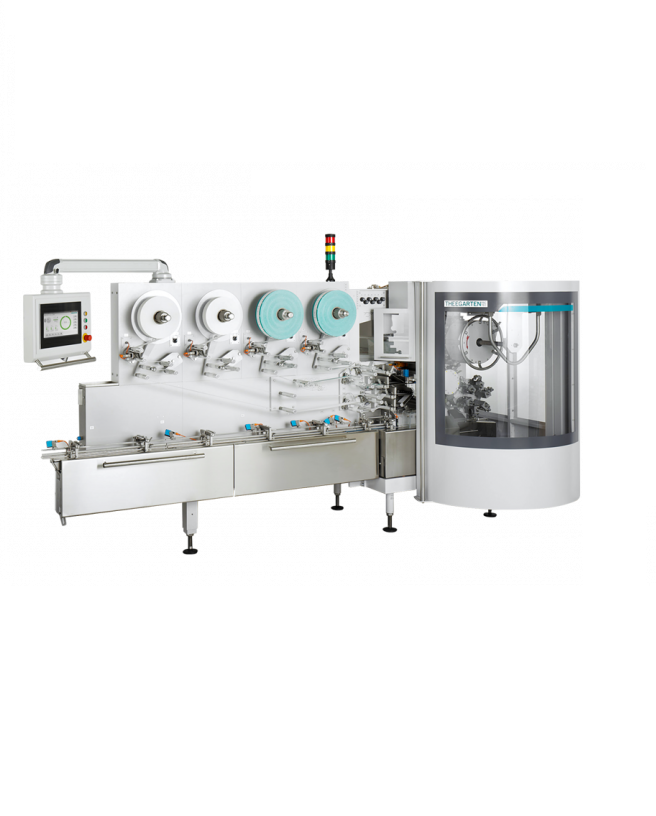
Medium-speed flexible wrapping machine for chocolates
Larger scale wrapping of individual chocolate products demands gent...
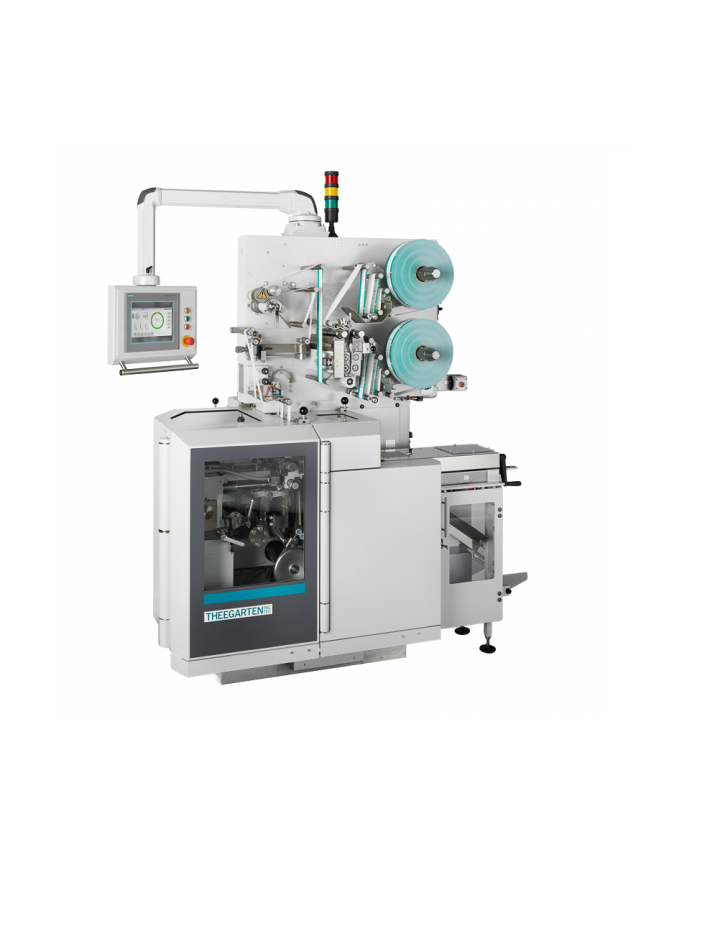
High-speed cut & wrap fold machine
For large scale production of toffees, caramels and chewy candy products, speed of throu...
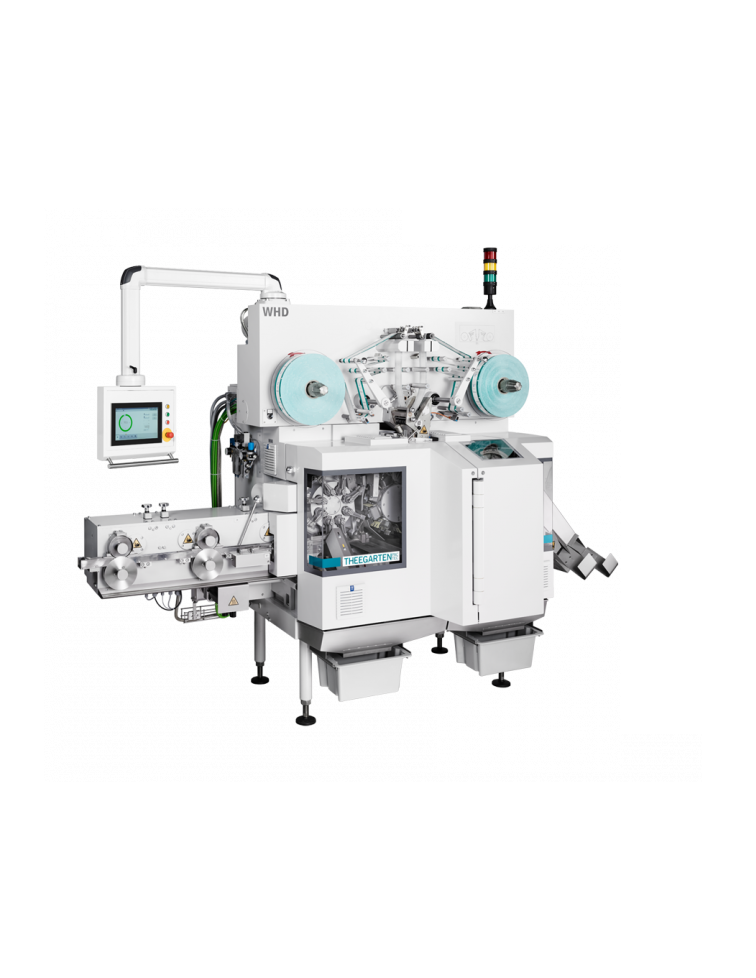
High-speed cut and wrap double twist machine
Many gums, chewy candies, toffees and caramel products are most suited to ind...
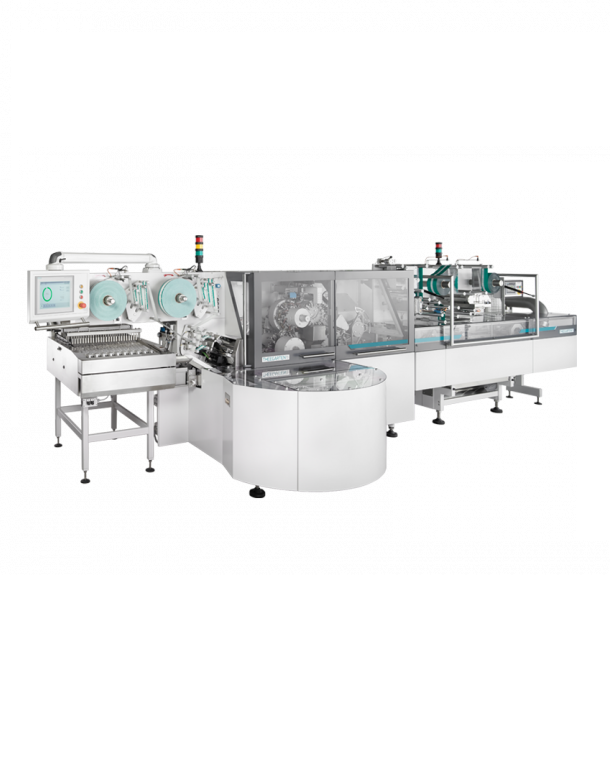
High-speed fold wrapping machine for hard candy
Bottom fold wrapping is an attractive solution for hard candies, toffees, ...
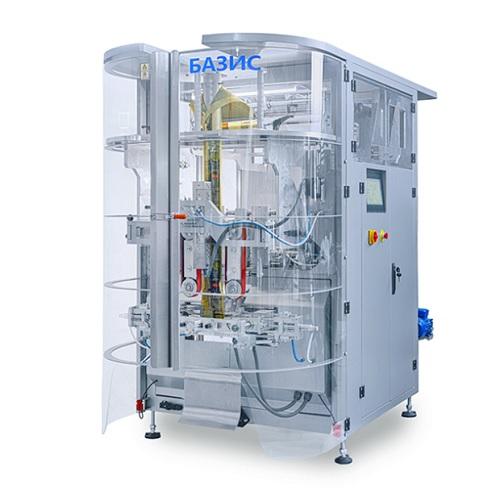
Pillow bag vertical packing machine
When packaging products such as seeds, cereal, snacks, candies, nuts, tea, dried fruits...
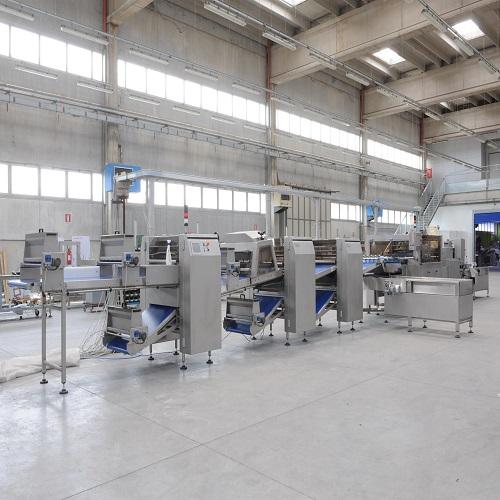
Semi-automatic dough sheeter
There is a wide range of commercial dough sheeters available, many of which are purpose-built f...
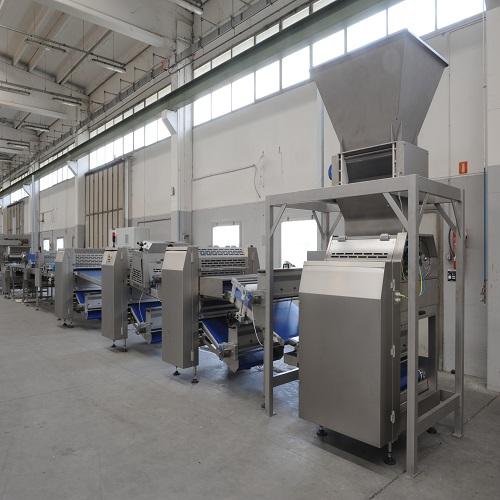
Automatic bread dough sheeter
Dough for speciality breads must first be rolled into sheets of varying thickness, to facilita...
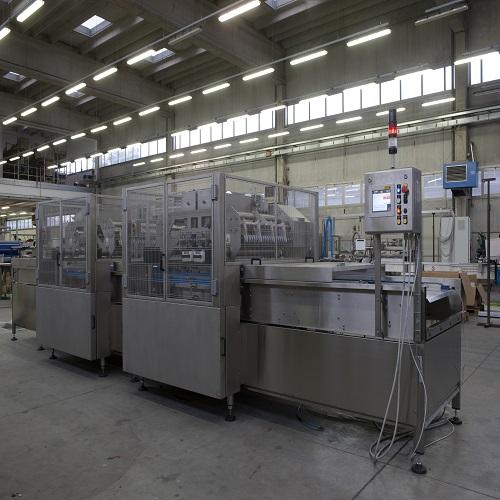
Cake batter dosing machine
High precision machines are essential to ensure a consistent dough mix pours into a mould. The fi...
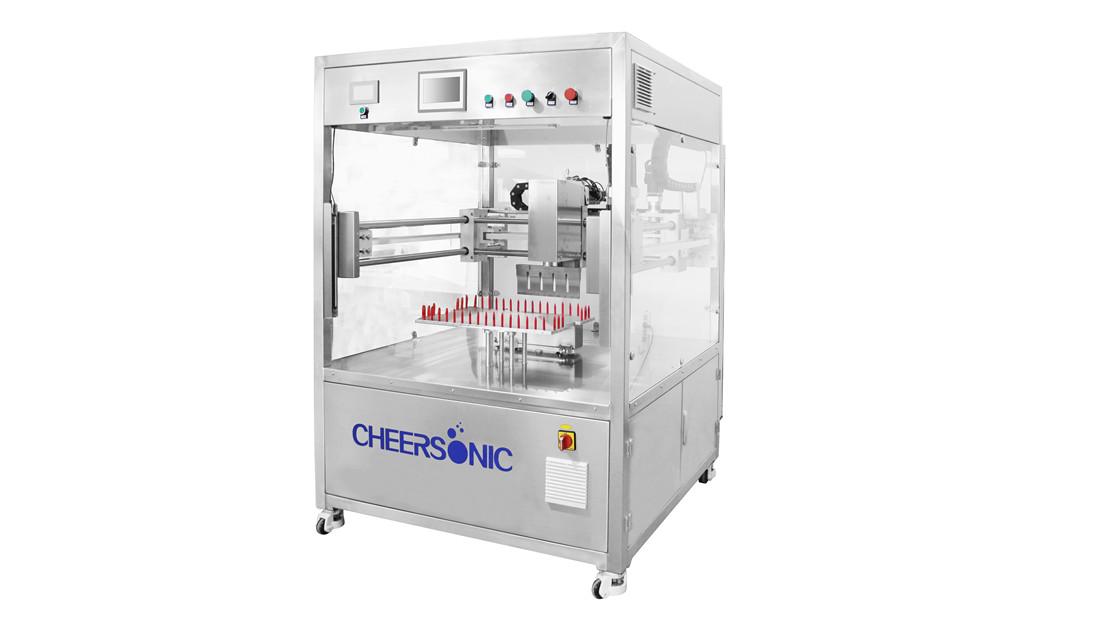
Stand-alone ultrasonic food cutting machine
For some foods such as cake, pizza, sandwiches or ice cream, the end product i...
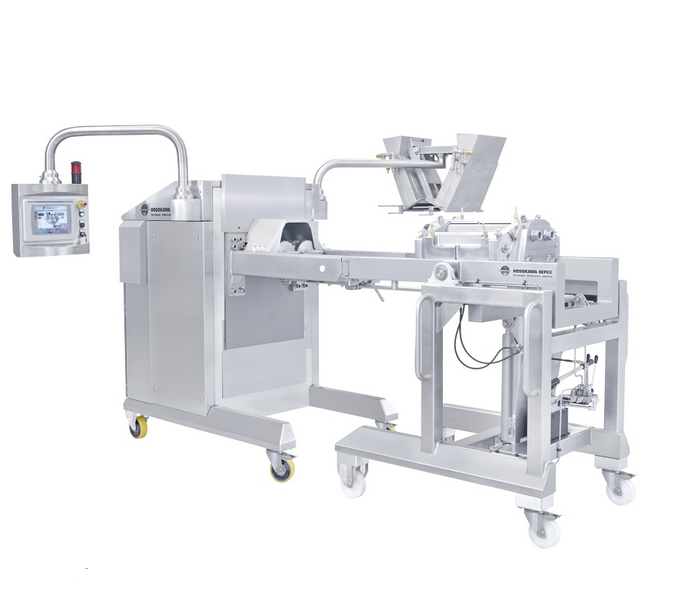
Strand forming machine for 2 masses
Form two-ingredient mixes into the shapes and layer combinations required for your fina...
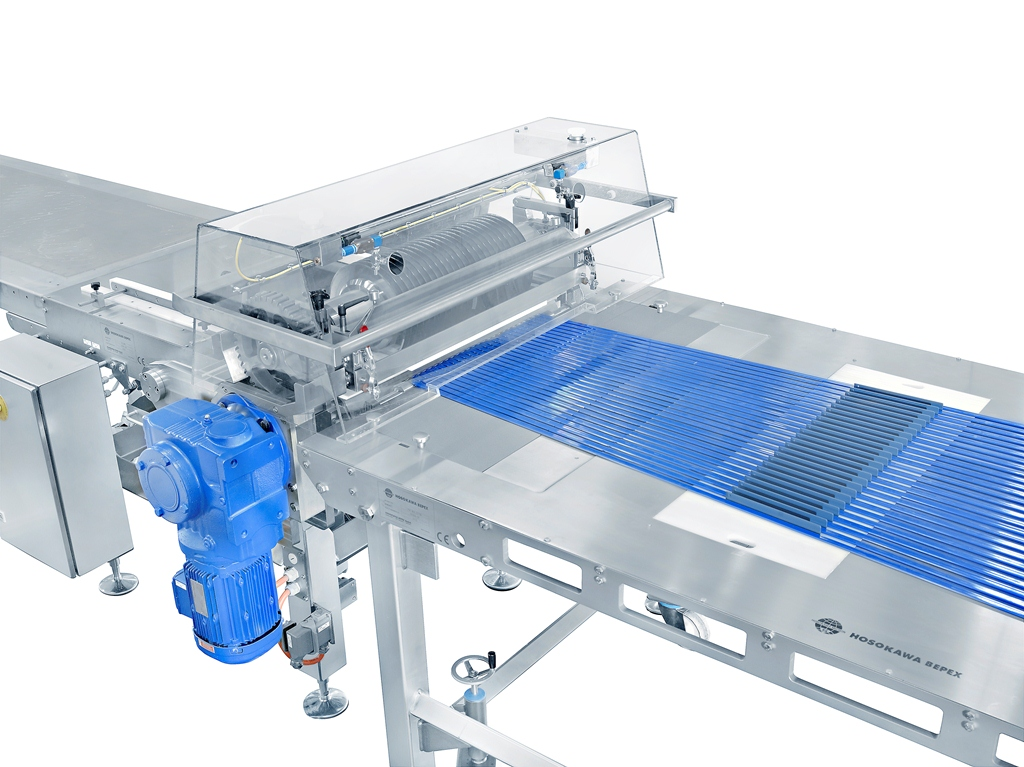
Longitudinal strand cutting machine
Cut continuous slabs of your ingredient mix into spaced strands for further processing ...
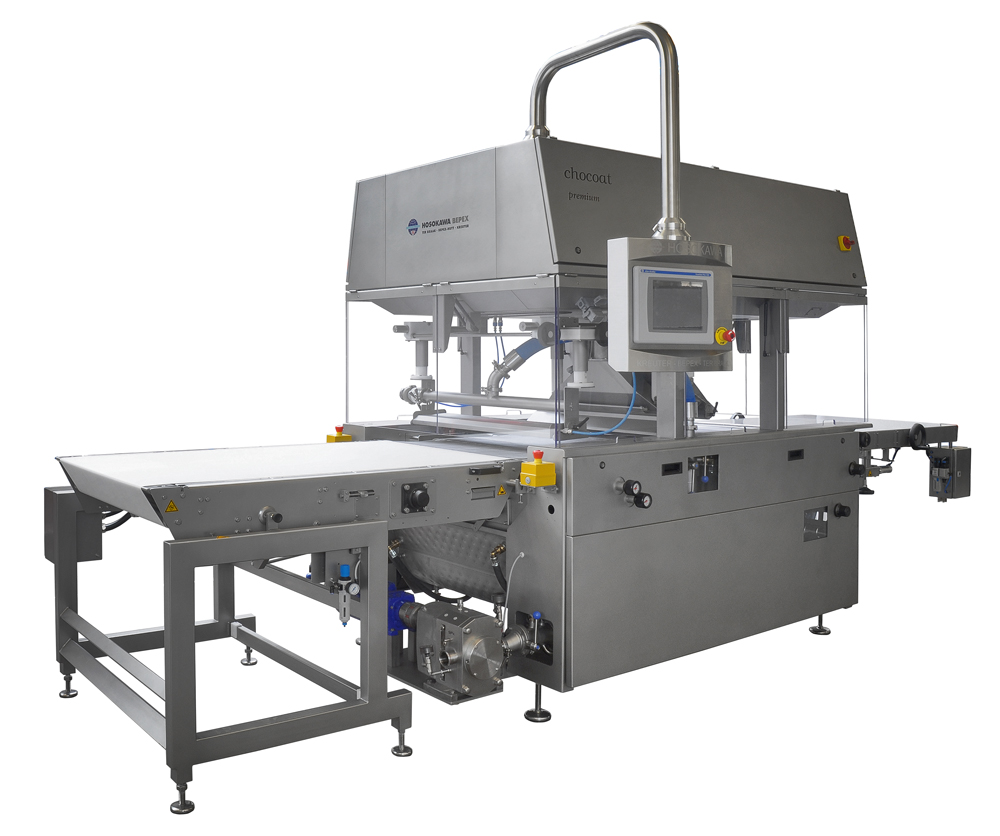
Chocolate coating machine
Coat your product with chocolate or caramel. This is a chocolate coating machine born of many year...
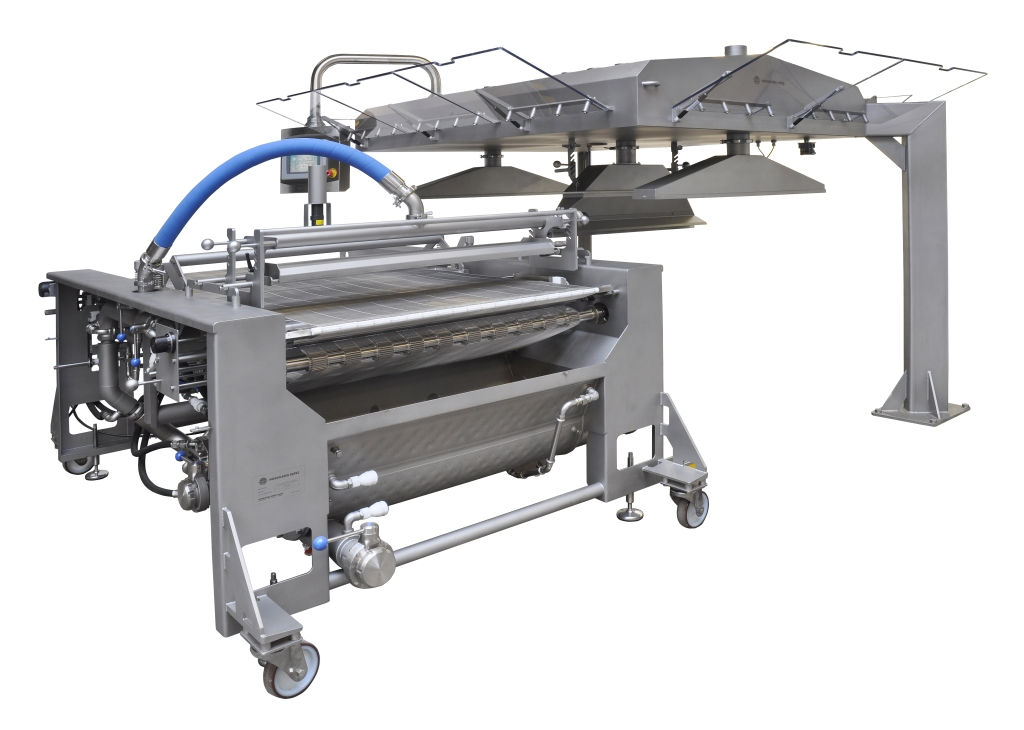
Hygienic chocolate coating machine
Coat your product with chocolate or caramel. This is a next-generation chocolate coating...
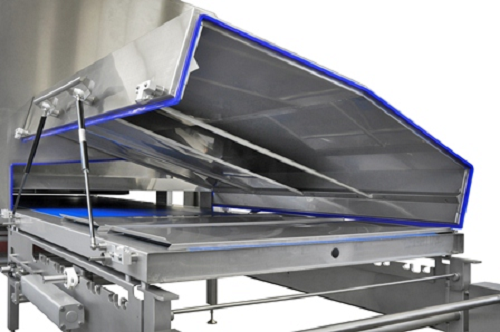
Hygienic chocolate cooling tunnel
Quickly cool your product after cooking in preparation for further processing. This is a ...
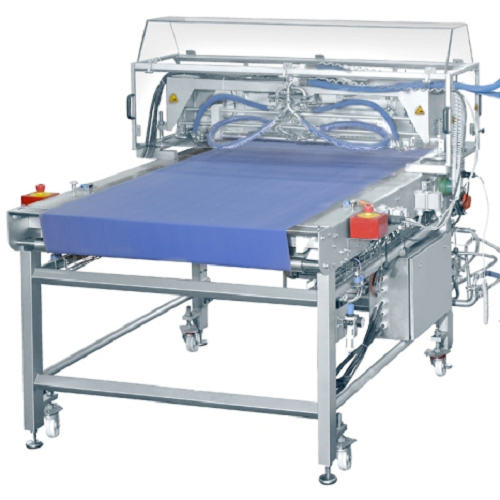
High capacity decorator
Enhance the appearance of your product by applying final finishing touches and designs. This is a ser...
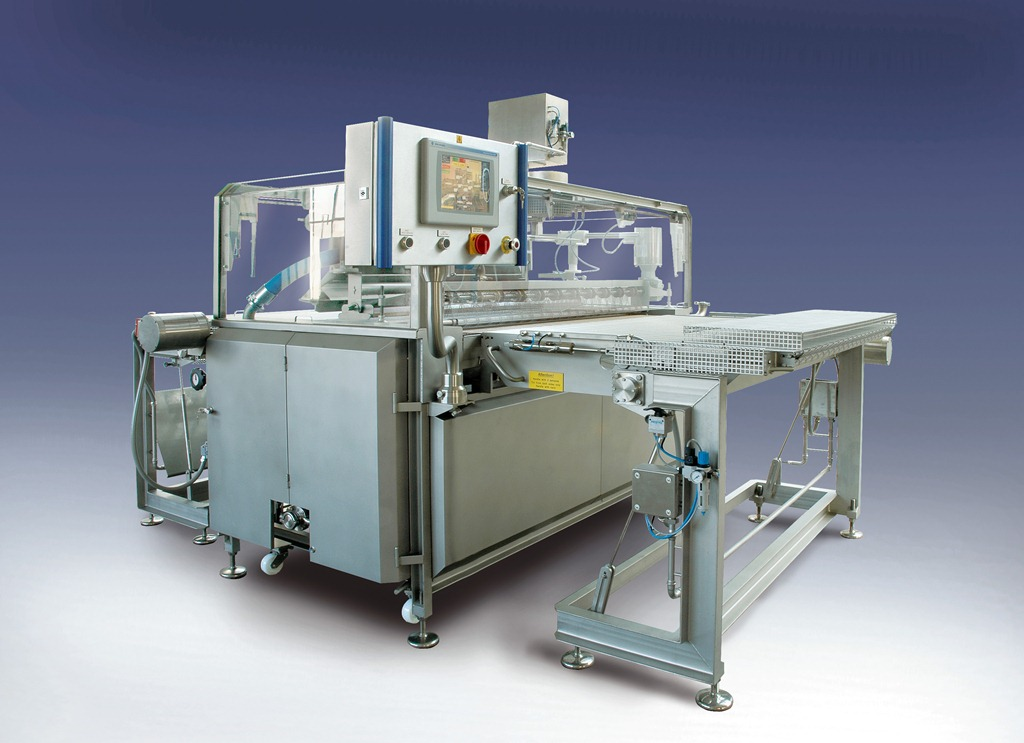
Ice coating machine
Make consistent use of this high-quality, finish coat with your covered product. This is a coating machin...
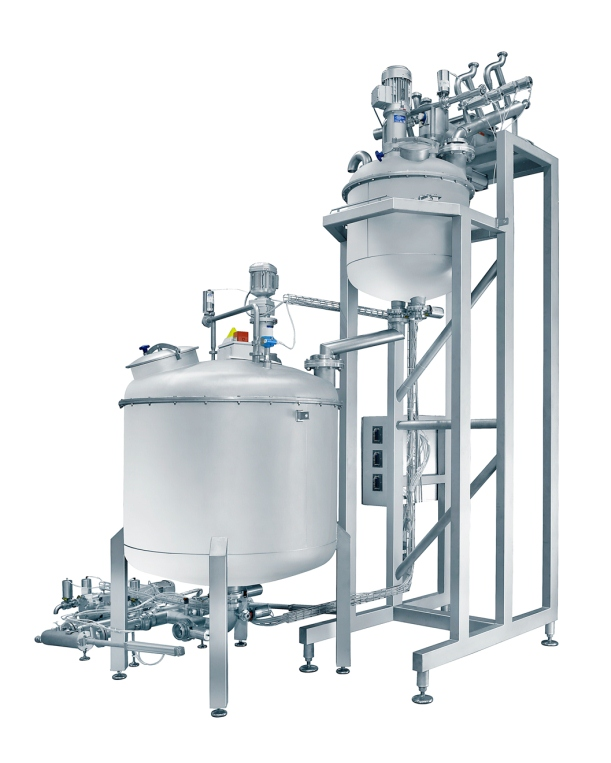
Automatic premixer for hard candy
Feed materials to your confectionery process equipment in a consistent and convenient way...
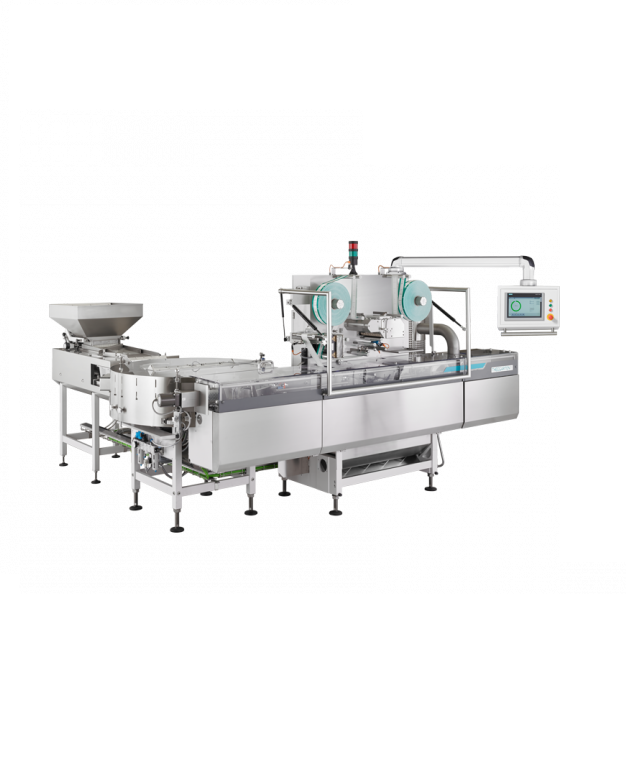
High-speed flow pack wrapping machine for hard candy and jellies
For some high-quality candy which require individual wr...
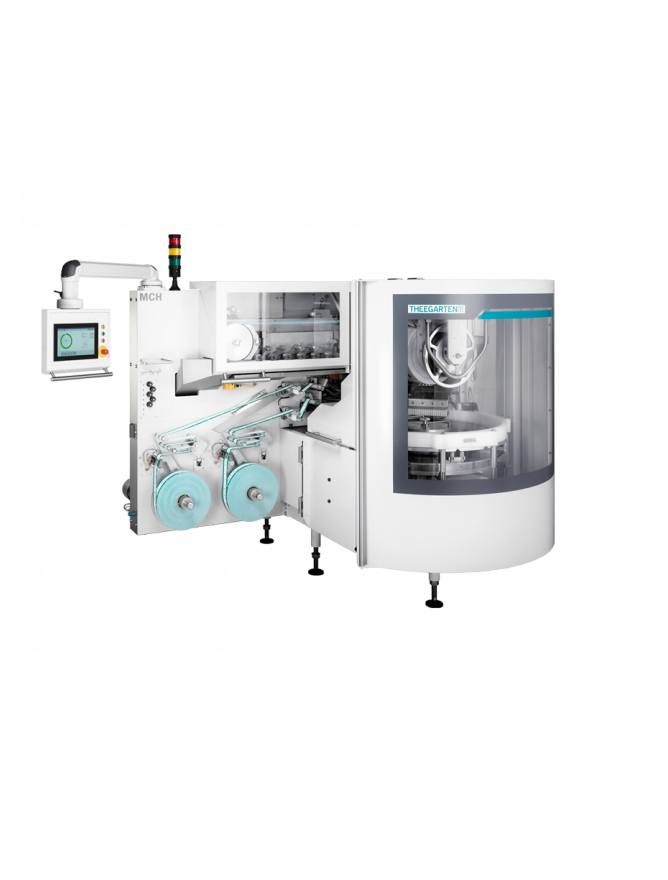
Medium-speed flexible double twist wrapping machine for jelly
A traditional double-twist wrap is a popular method for pa...

High-speed double twist wrapping machine for hard candy
Double-twist wrapping is the preferred packaging method for many ...
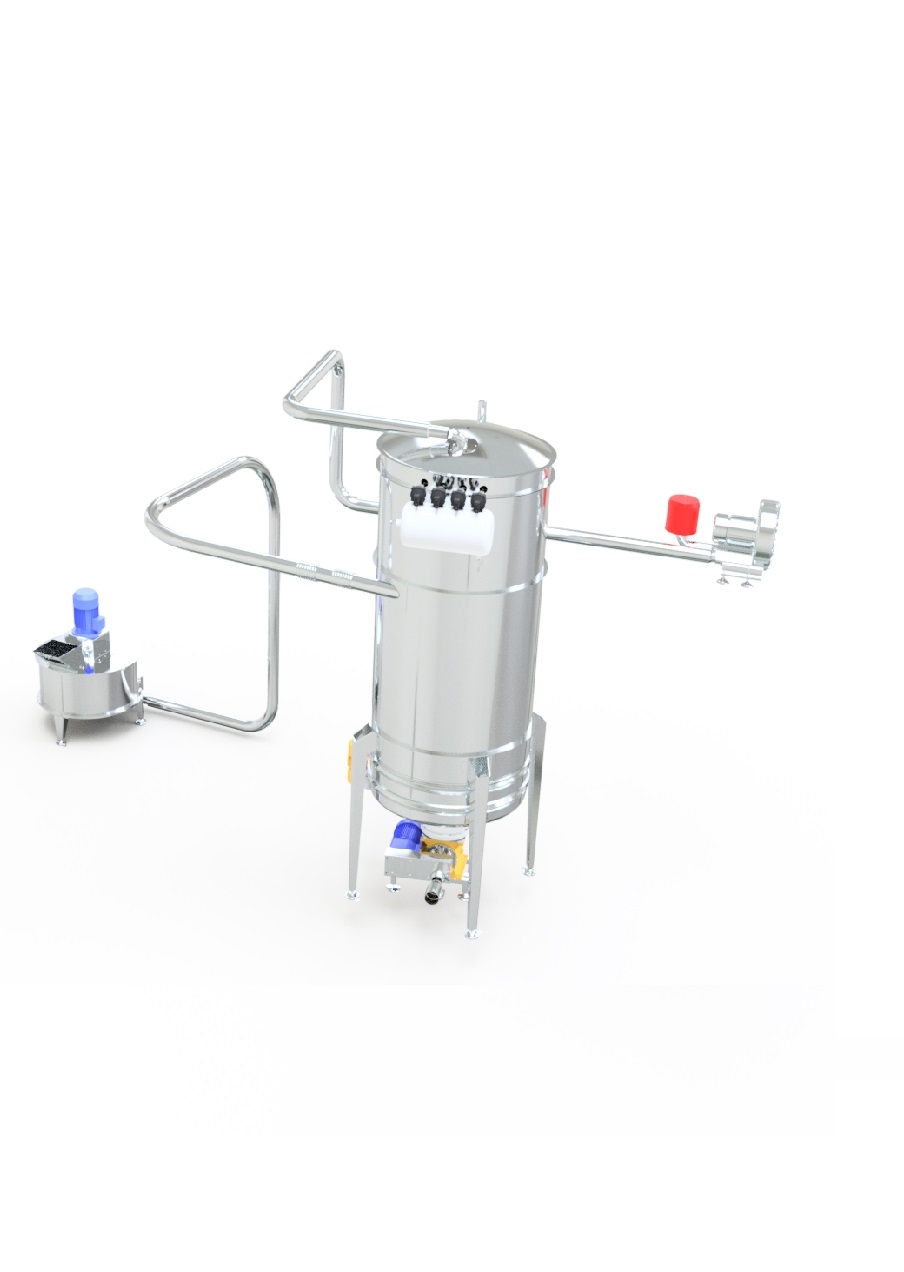
Automatic rework system for biscuit and bread scrap
Scraps are an inevitable byproduct of biscuit and bread production. W...
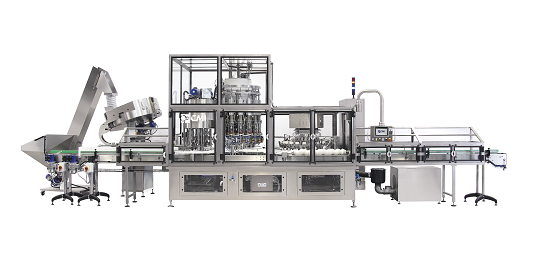
Filling machine for viscous products
Chocolate paste and other viscous liquids require special handling to obtain the optim...
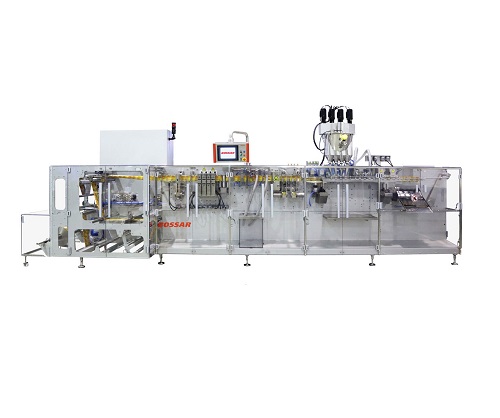
High-Speed Pouch Packaging Machine
For large scale production of powders and liquids in a wide range of industry sectors, a...
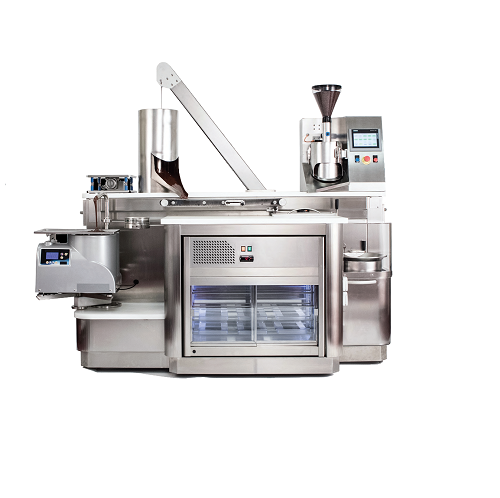
Entry level bean-to-bar machine
The production of high-quality chocolate from the bean can often be out of the reach of smal...
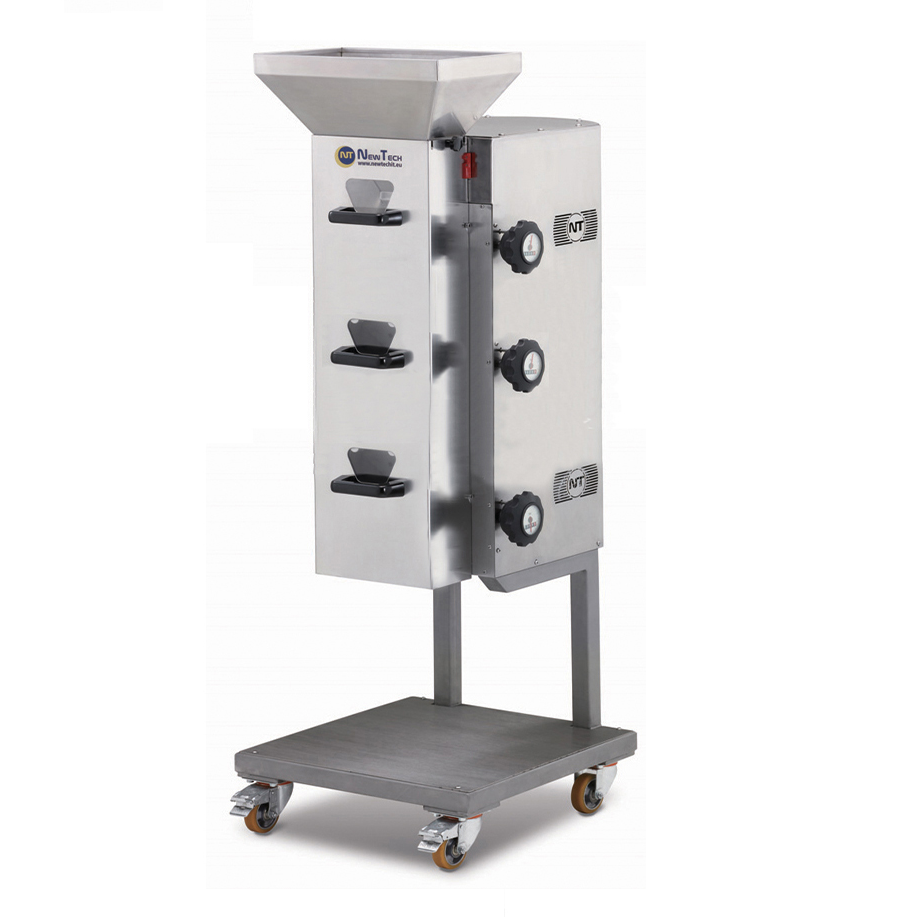
Small scale nut chopping machine
Many confectionery and bakery products use nuts as a key ingredient or decoration. The abil...
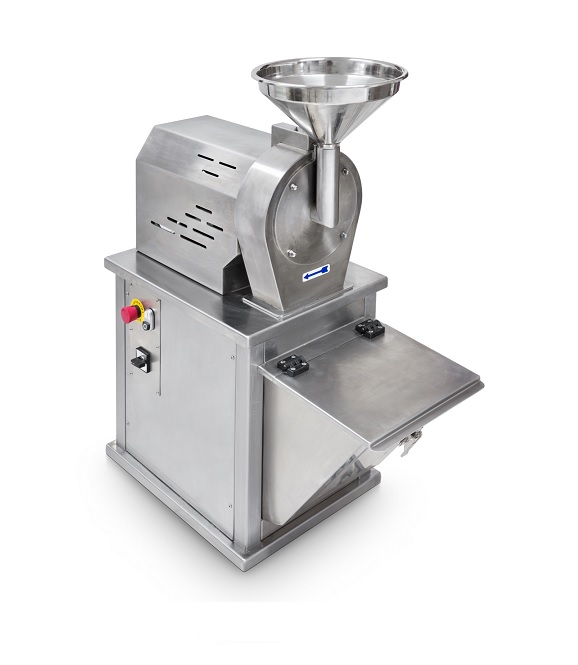
Small sugar mill for entry level production
Sugar powder is a key ingredient in a wide range of bakery, confectionery, and...
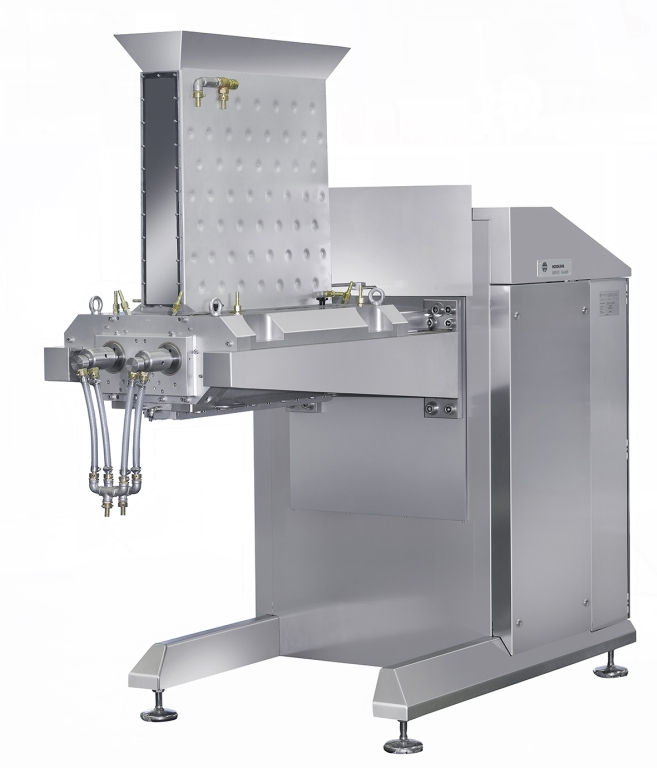
Strand forming machine
Form ingredient mixes into strands and slabs for further processing into bars, and other final product...
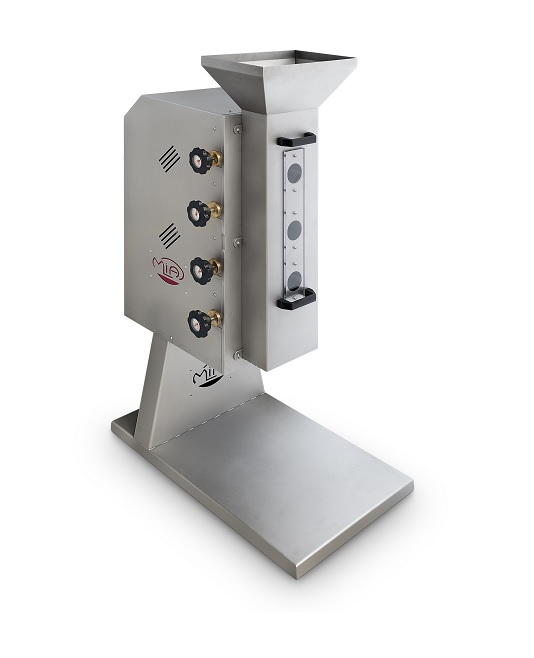
Small scale nut grinder
Many confectionery and bakery processes rely on the uniform grinding of raw ingredients such as nuts,...
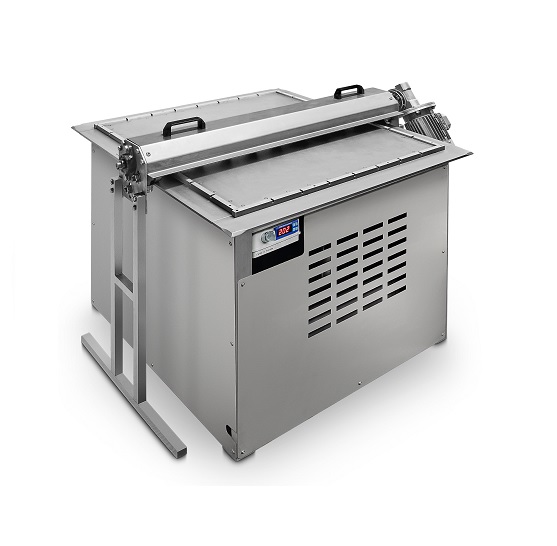
Entry level cereal bar cutting table
The small-scale manual production of crunchy cereal bars, brittles, and similar produc...

Entry level cooker for cereal bar production
The creation of high-quality, flavourful crunch bars, brittles and similar pr...
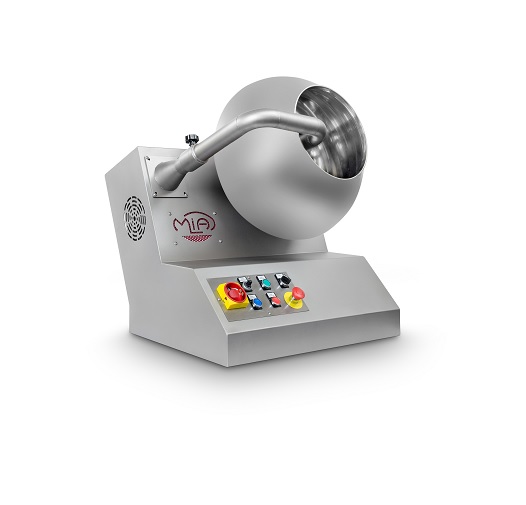
Small scale dragee coating machine
Coated dragée products such as Jordan Almonds or hard-coated candies are very popular, b...
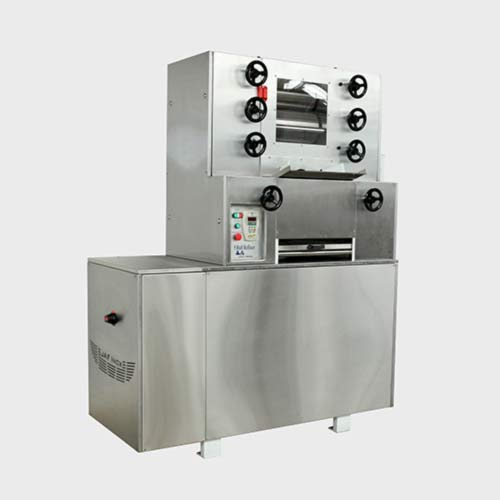
Chocolate refiner with chiller
Milled beans need further reduction in particle size before they can be sent to a conche for ...
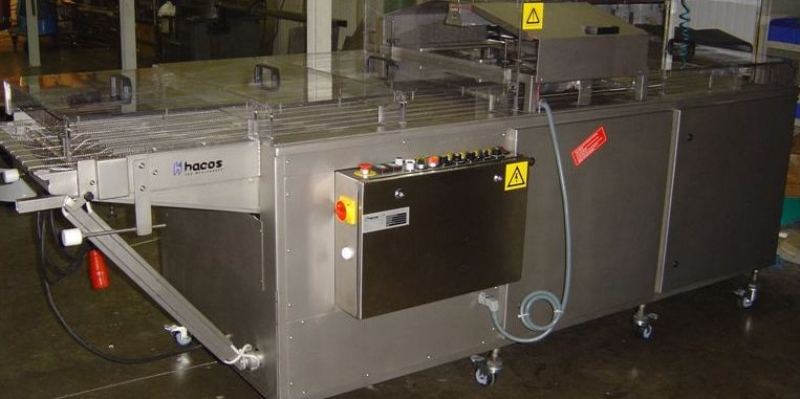
Chocolate truffle rolling machine
For automatic truffle ball enrobing.
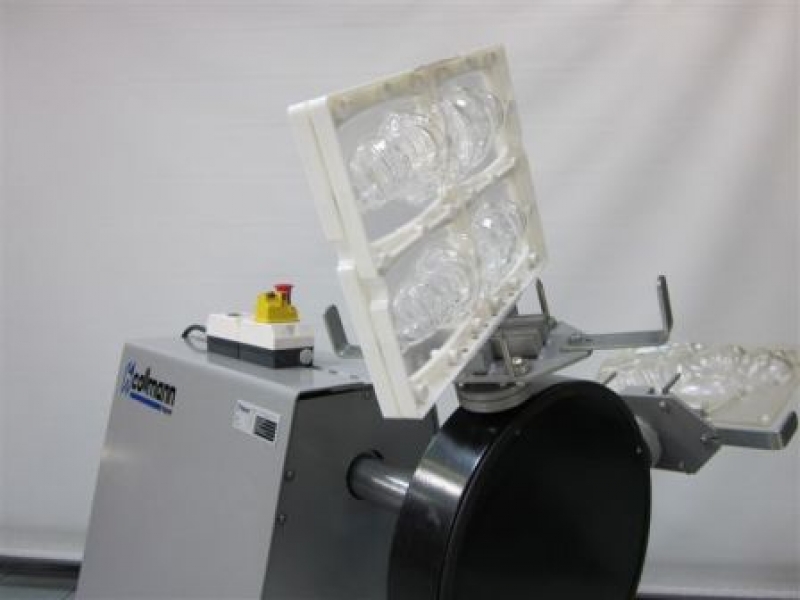
Compact 4-arm spinner for chocolate
For small productions or lab use in the manufacturing of chocolate hollow figures.
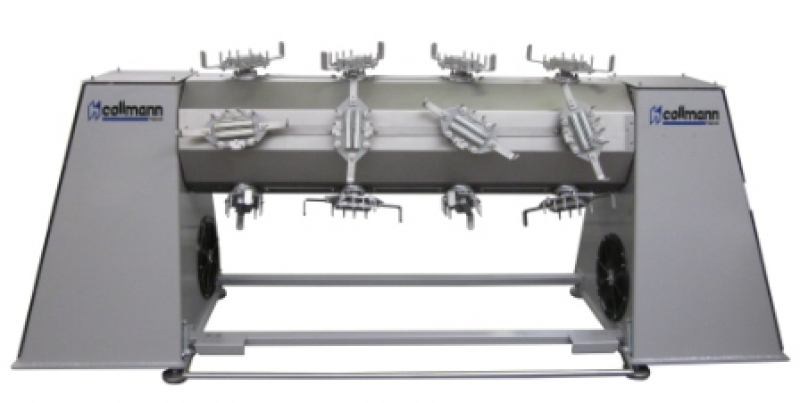
Big scale chocolate spinner
For larger production capacities of chocolate hollow figures.
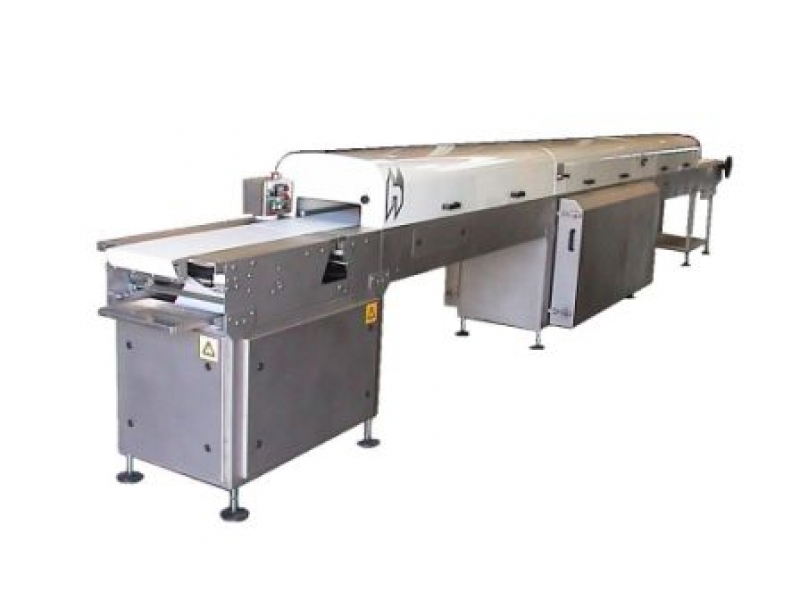
Larger versatile cooling belt for chocolates
Versatile cooling system for enrobed or deposited products.
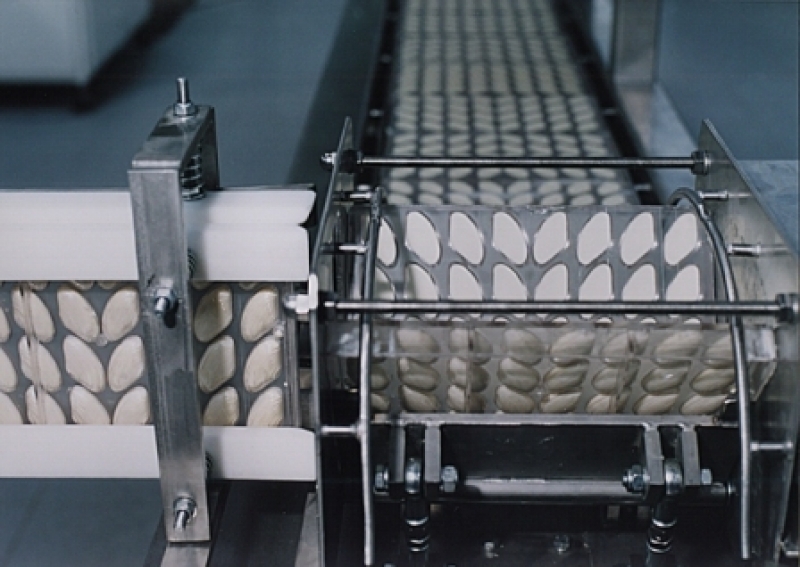
Automatic book-moulding system
Closes ‘book-moulds’ in order to produce eggs, balls, sea shells, and other 3-dim...
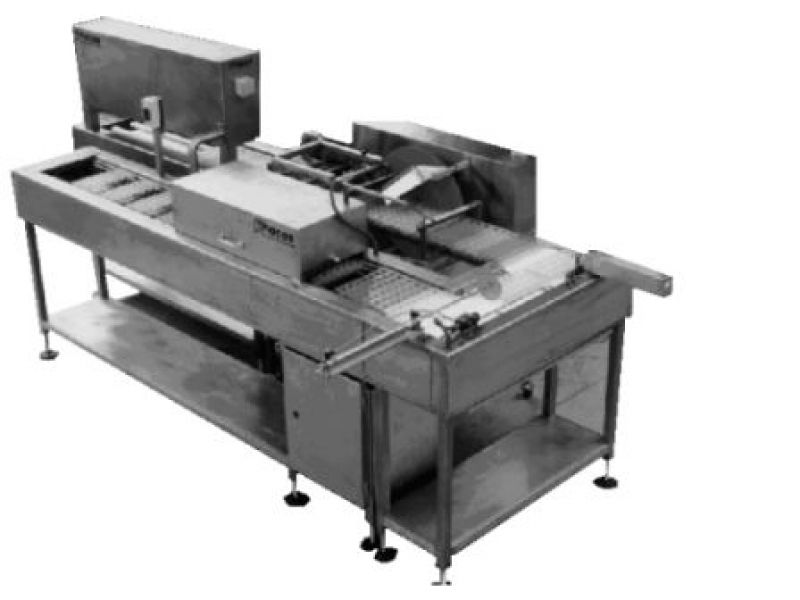
Semi-automatic moulding line for solid chocolates
Perfect for scaling up your production of tablets or filled chocolates.
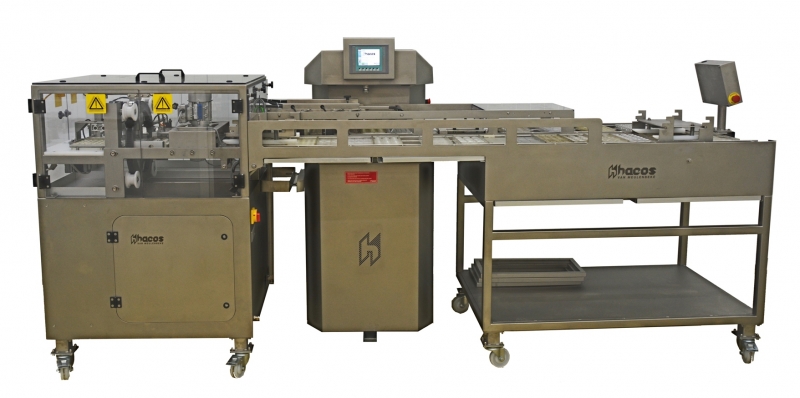
Moulding line for pralines, tablets and cups
To automatize the process of moulding pralines, tablets, and cups in artisan ...
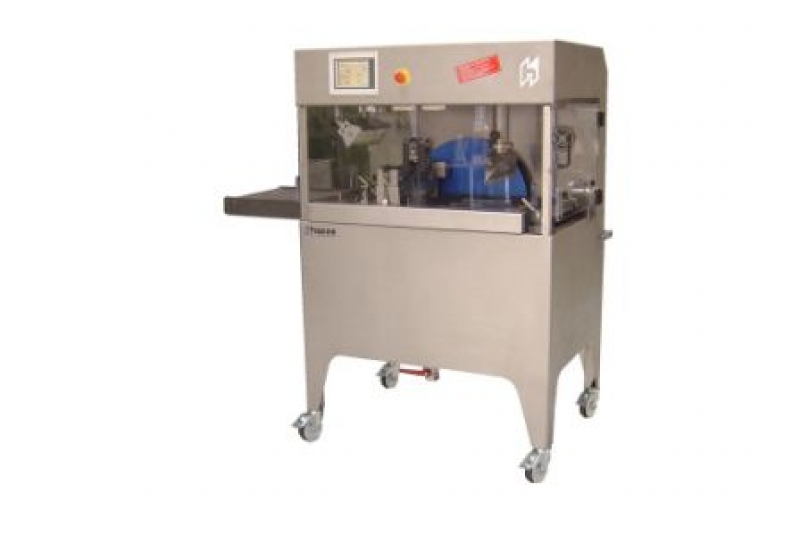
Compact enrober
Cost-effective enrober for medium productions.
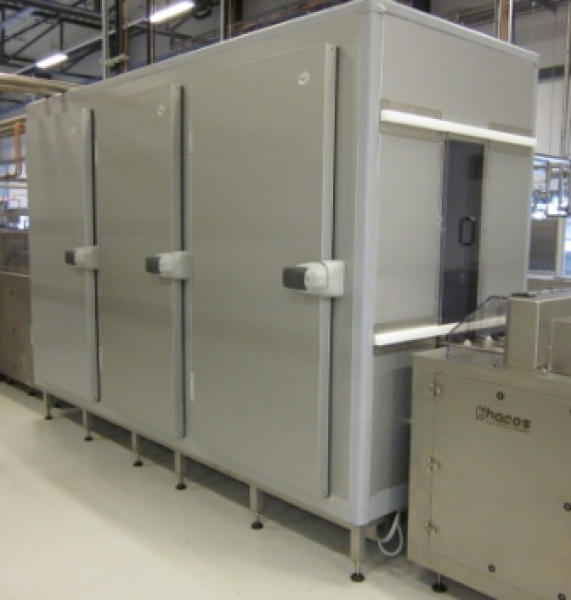
Vertical cooling tower for chocolate moulds
Used for cooling one-shot products or chocolate blocs.
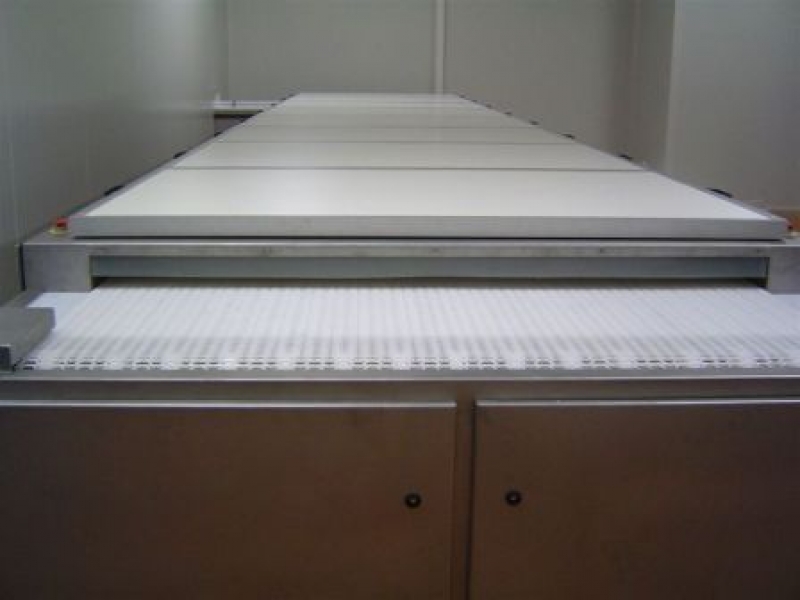
Horizontal cooling tunnels for chocolate moulds
The perfect tunnel for semi-automatic production lines.
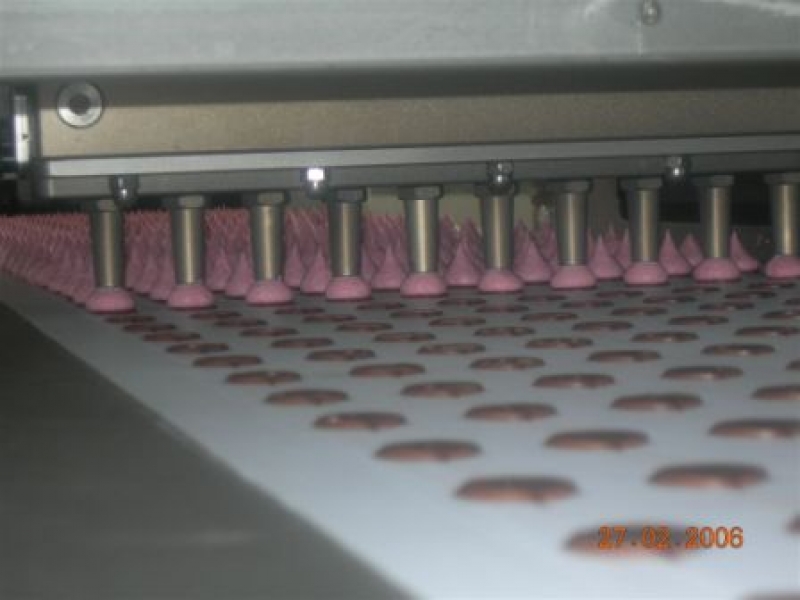
Single row piston depositor for soft fillings
For depositing soft fillings directly onto the cooling belts.
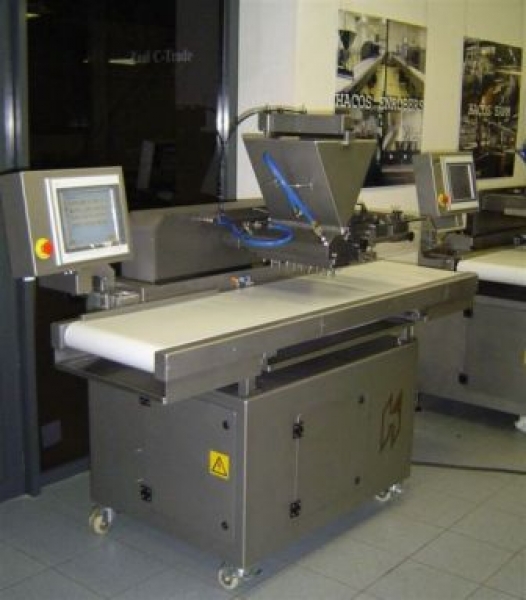
Servo driven chocolate depositor
An automated depositor that can be used to deposit into moulds or to decorate surfaces with...
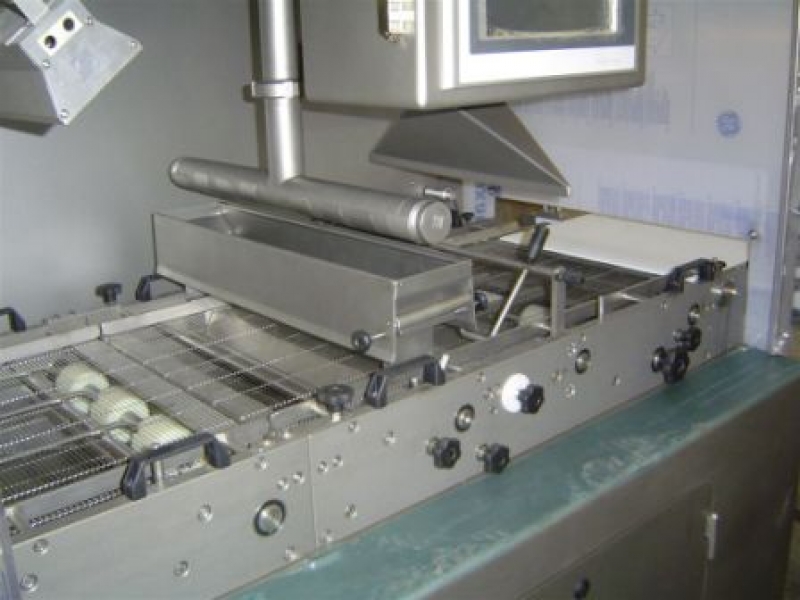
Chocolate enrober for medium production capacities
Premium enrober for capacities from 100 to 500 Kg/h.
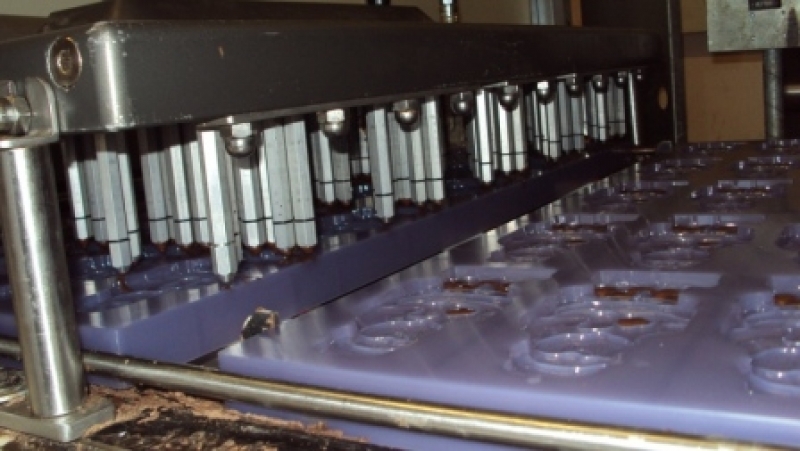
Pump-driven chocolate depositor for mould filling
A must-have when it comes to plain chocolate depositing.
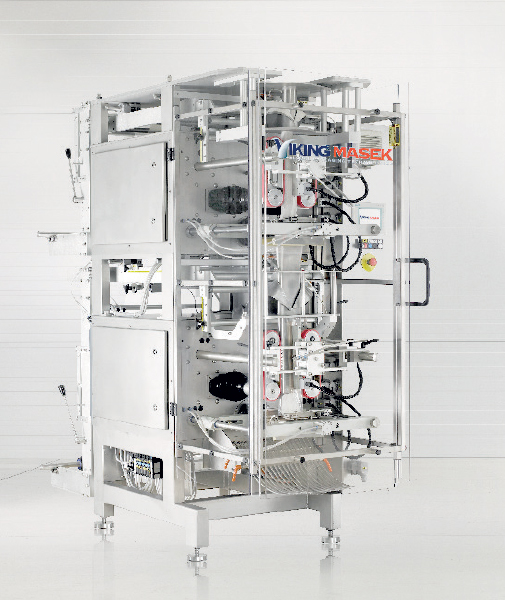
Bag-in-Bag machine
If you are looking for a compact packing machine that packs multiple smaller packs in one master bag; this...
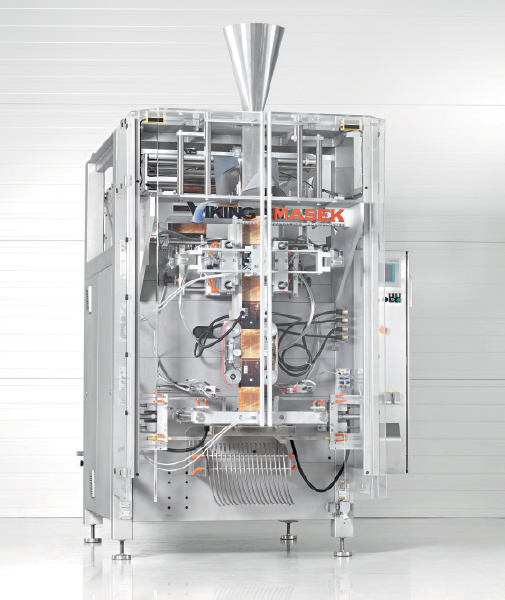
Bagger with servo driven jaw actuation
If you want to accommodate multiple bag designs and dimensions with fast speed and a...
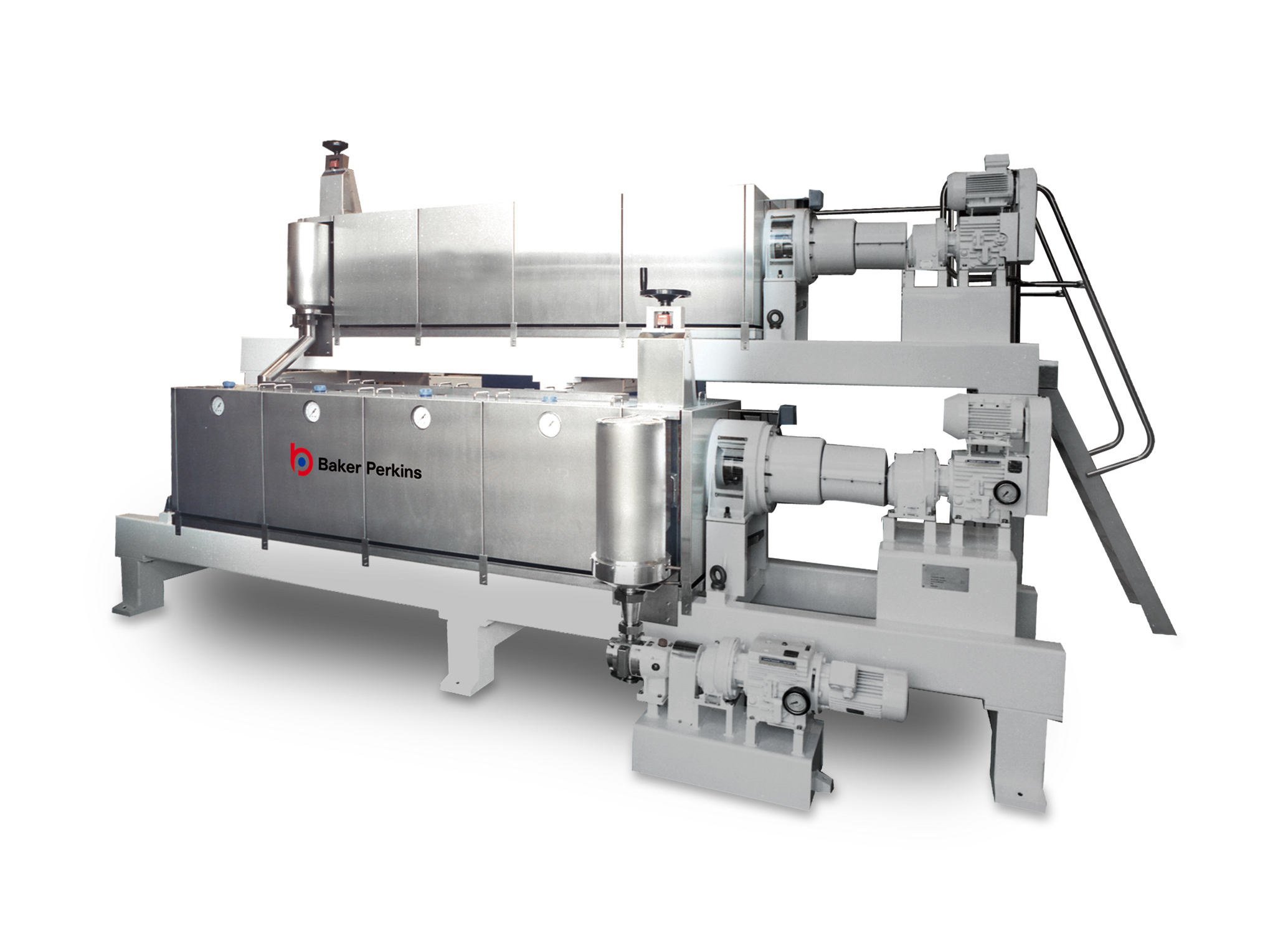
Cooker for toffee and caramel products
Production of toffee and caramel products requires accurate and consistent cooking, ...
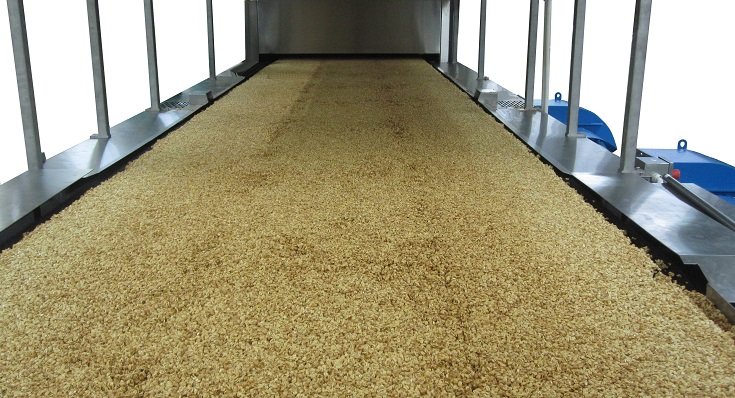
Convection oven for granola
For high-quality granola products, a perfect bake is required for optimum color, taste, and mout...
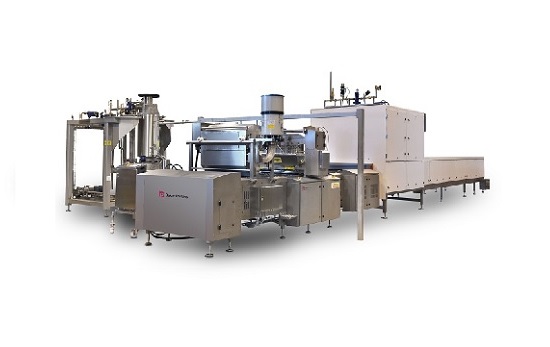
Starch-free depositor systems for jelly
Traditional depositing for jellies and gummies requires the use of starch moulds. T...
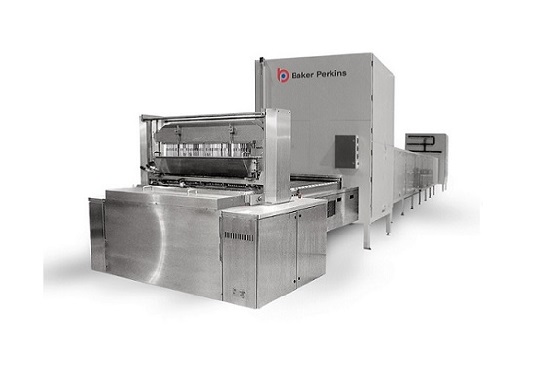
Starch-free depositor for soft confectionery
Soft confectionery such as toffees, fondants, fudges and jellies have traditi...
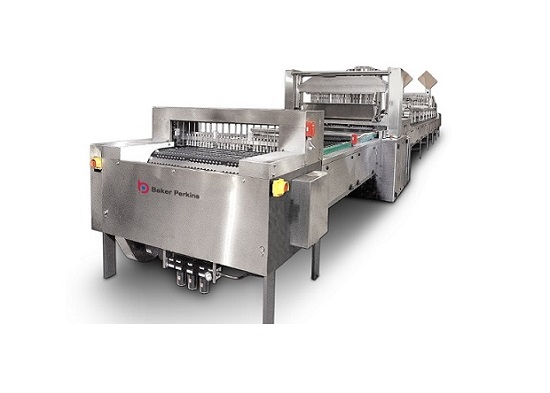
Starch-free depositor for lollipops
Traditional high volume continuous lollipop production can lead to inconsistent product...
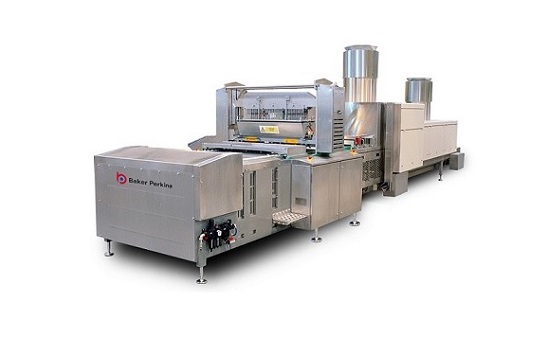
Starch-free depositor for hard candy
Forming hard candies requires careful handling of syrups in order to avoid quality iss...
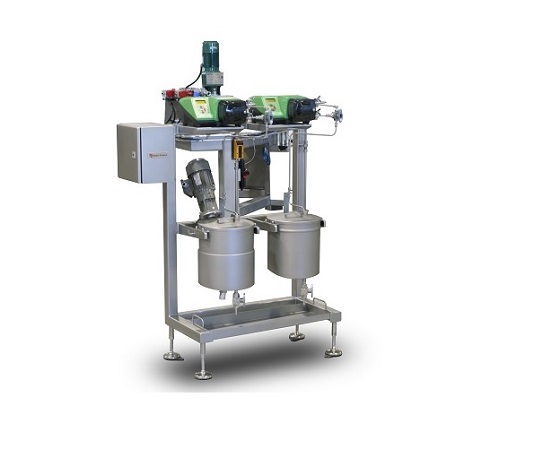
In-line colour or flavour addition for confectionery
The addition of colourings and flavourings increases value and quali...
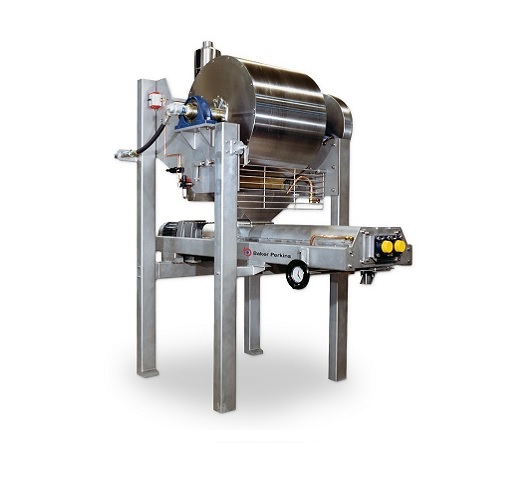
System for continuous production of fondant or fondant crème
Fondant creme is used in the production of a range of confe...
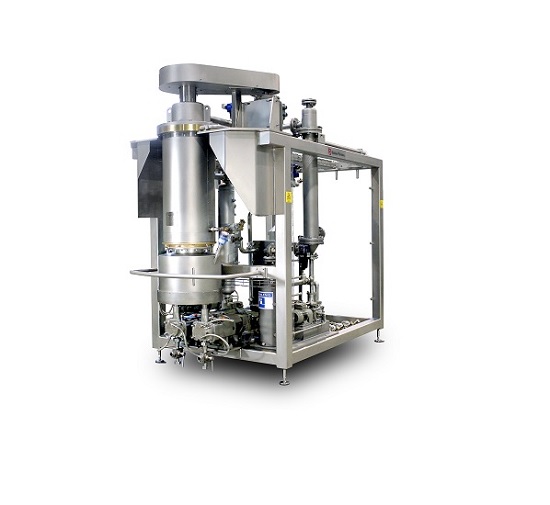
Thin-film cooker for confectionery products
Producing excellent confectionery products requires high quality cooking. Trad...
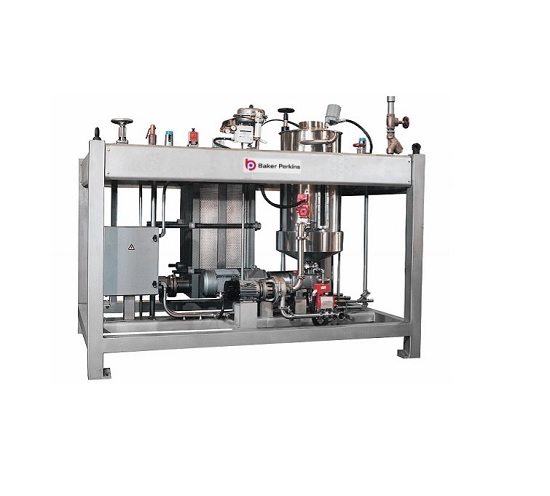
Dissolver of confectionery syrups
Many high quality confectionery products require a dissolved syrup as their starting poin...
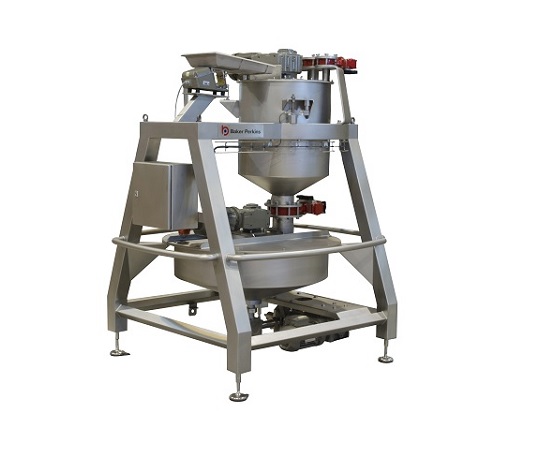
Automatic weigher and mixer of confectionery ingredients
The production of accurately proportioned and homogenous slurrie...
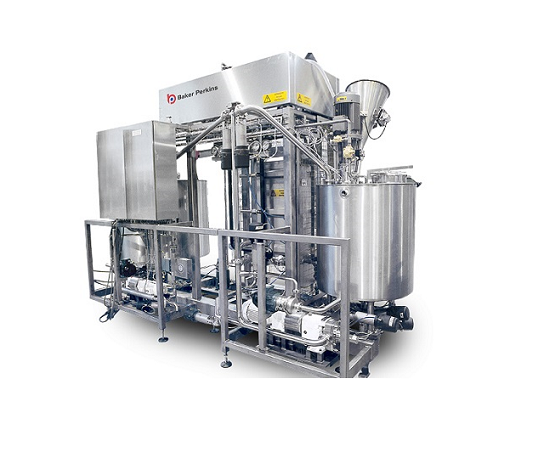
Fully-automated syrup cooker, mixer and coater for cereals
Coating cereal products adds variety, interest and value to b...
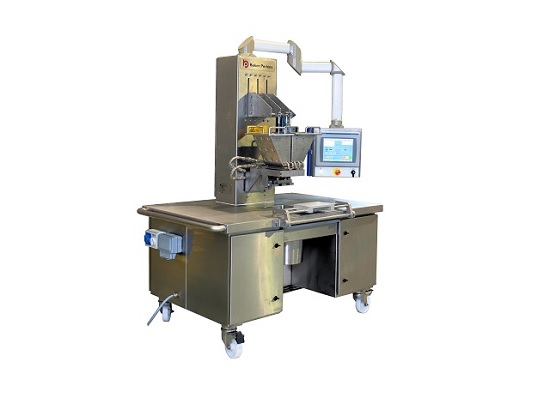
Laboratory confectionery depositors
When designing new confectionery products, the ability to experiment on lab-scale equip...
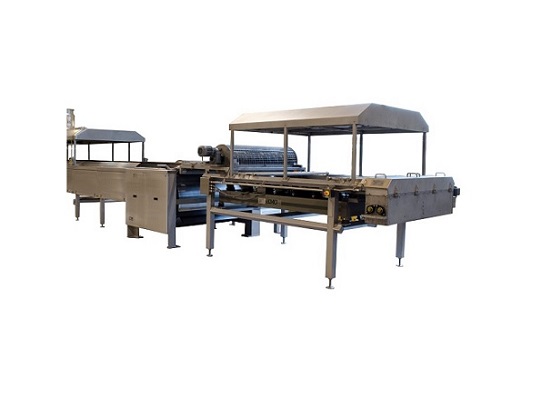
Breaker for baked granola sheets
Once baked in large sheets, granola needs to be processed into a final product. For premium...
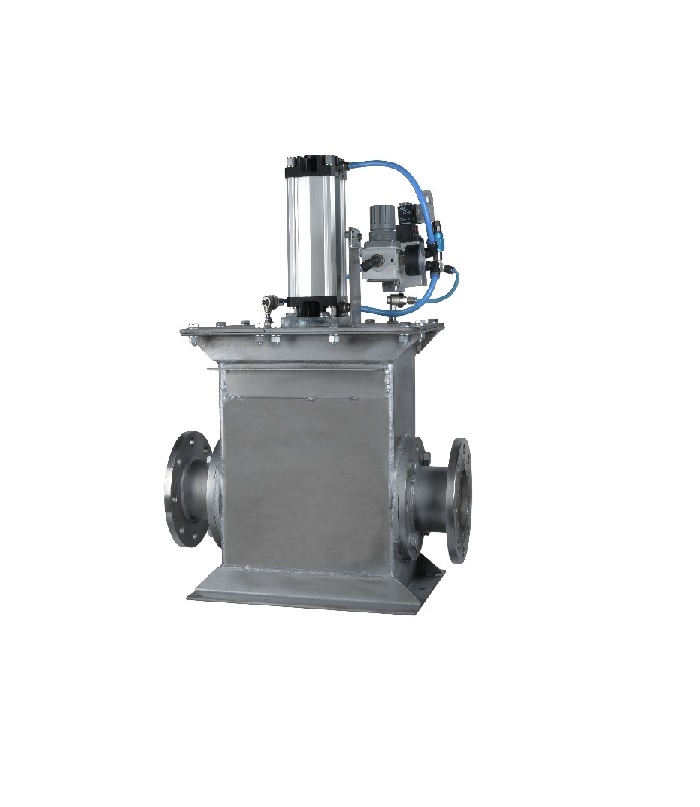
2-way diverter valves for pneumatic conveying
Products conveyed through pneumatic conveyor lines often need to be diverted...
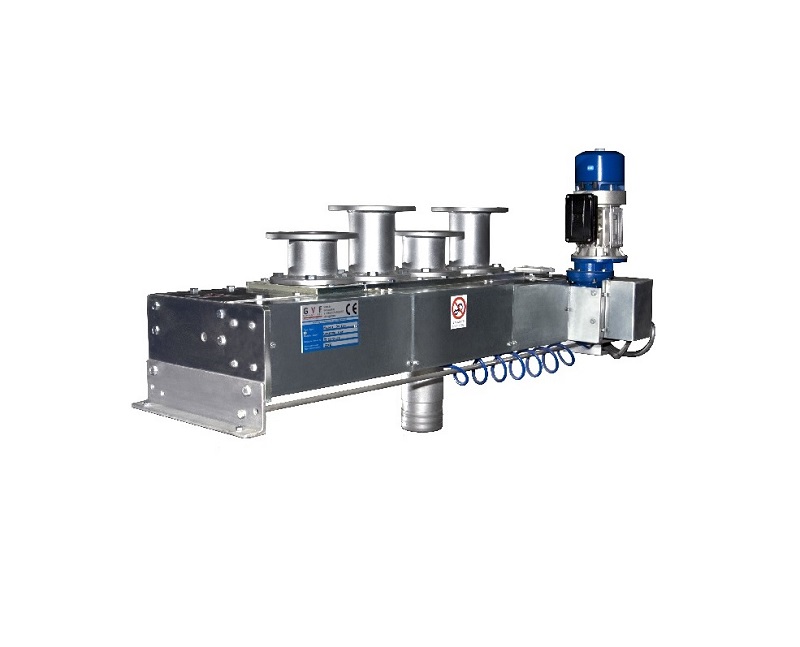
Multi-way diverter valve for pneumatic conveying
Products conveyed through pneumatic conveyor lines often need to be diver...
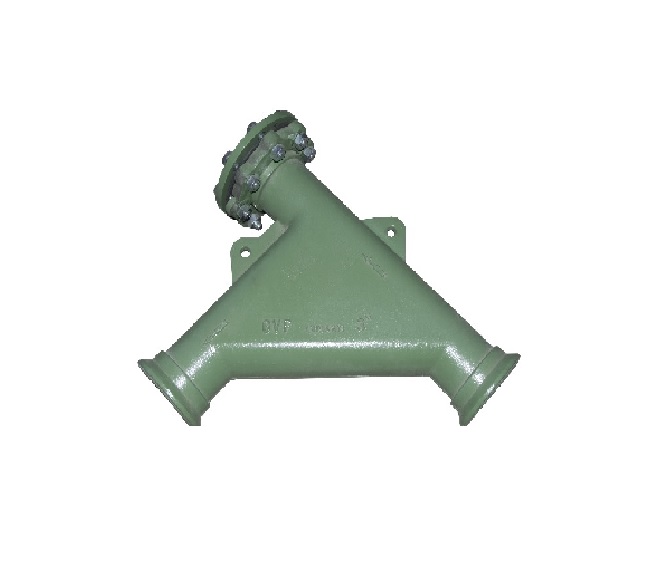
Wear resistant bends for pneumatic conveying
Bends in pneumatic conveyor lines cause load loss leading to lower flow rates...
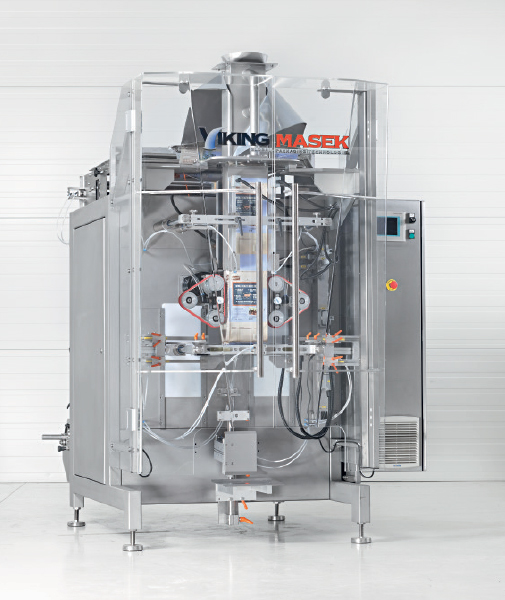
Continuous vertical bagger
Want a machine to pack unique bag styles such as quad-seal and Doy-pack bags at incredible speeds...
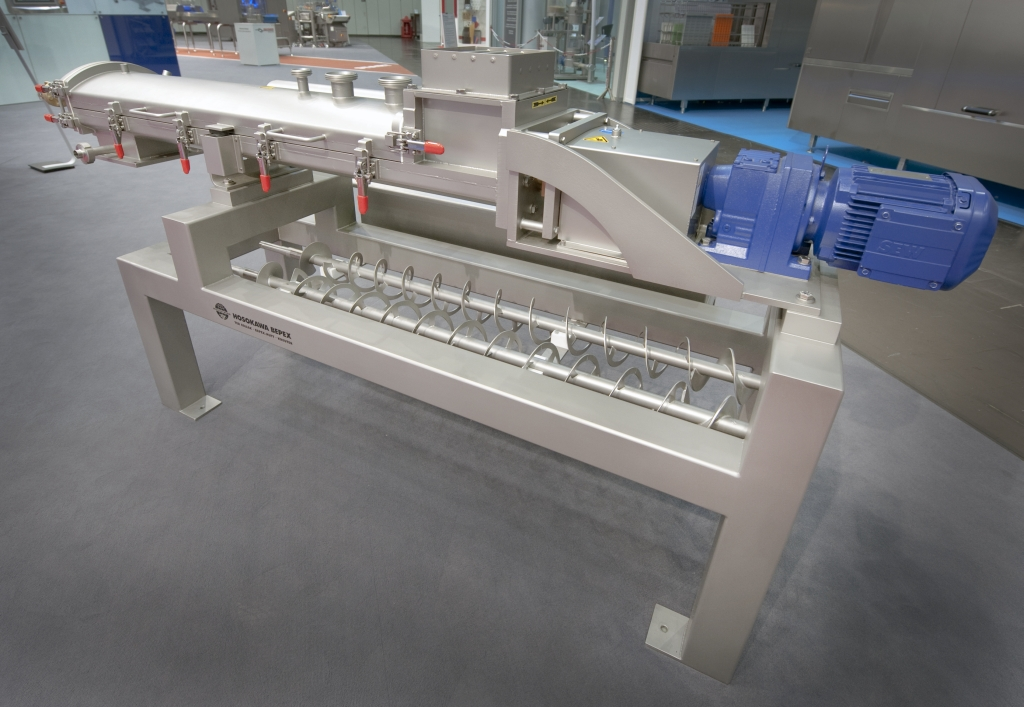
Continuous caramel mixer
Mix your recipe’s ingredients in preparation for further processing. This is a continuous mixe...
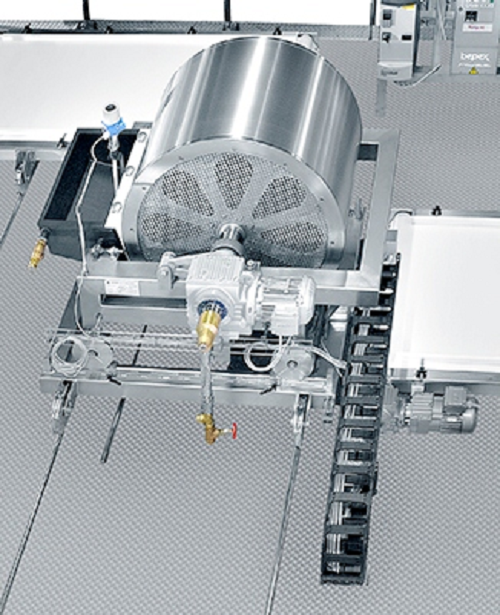
Cooling drum for soft and caramel mixtures
Cool your product to the temperature required for further processing. This is a...
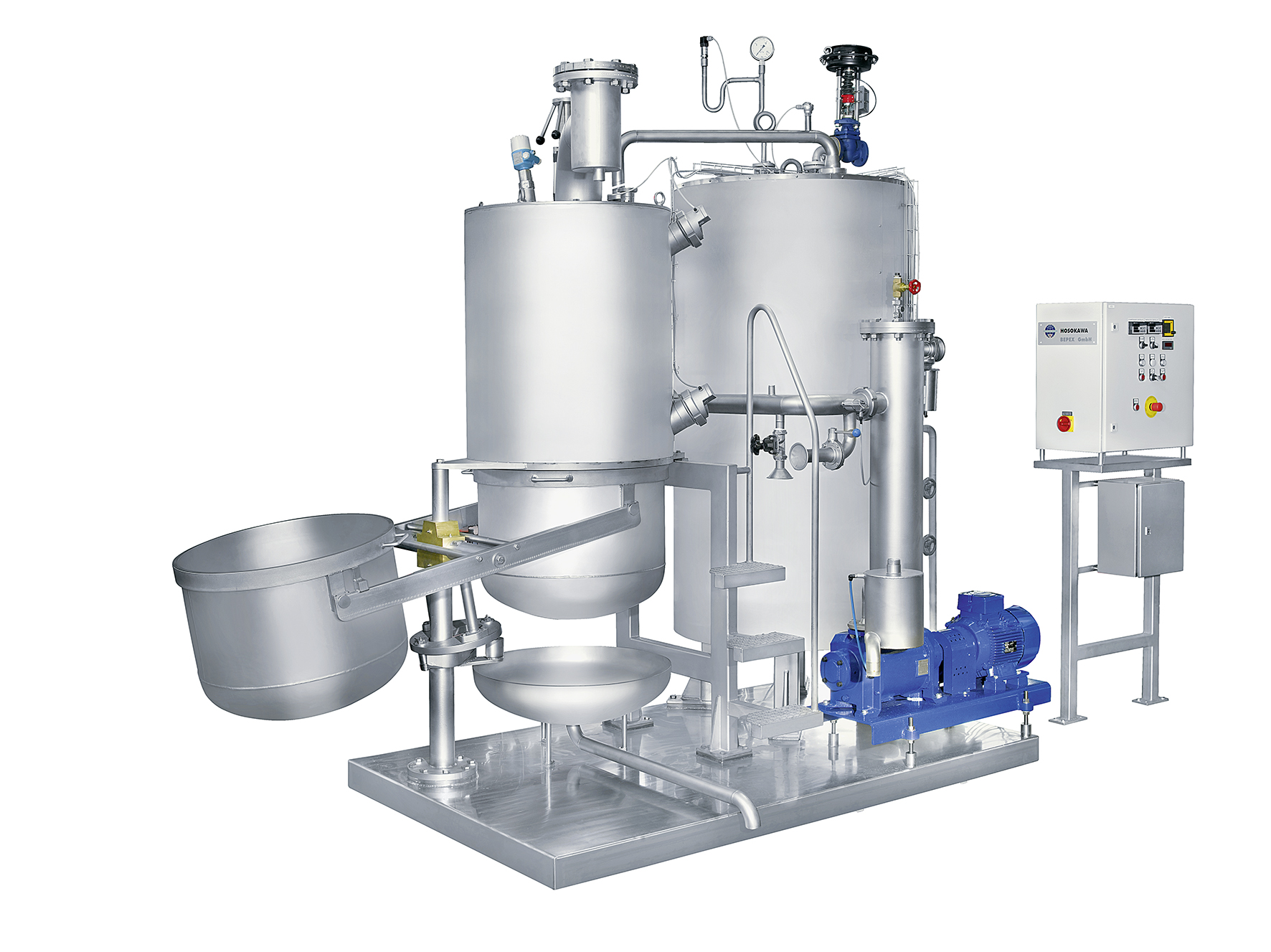
Continuous cooker for hard candy
Prepare your ingredients for hard candy production. This is a continuous dissolving, cookin...
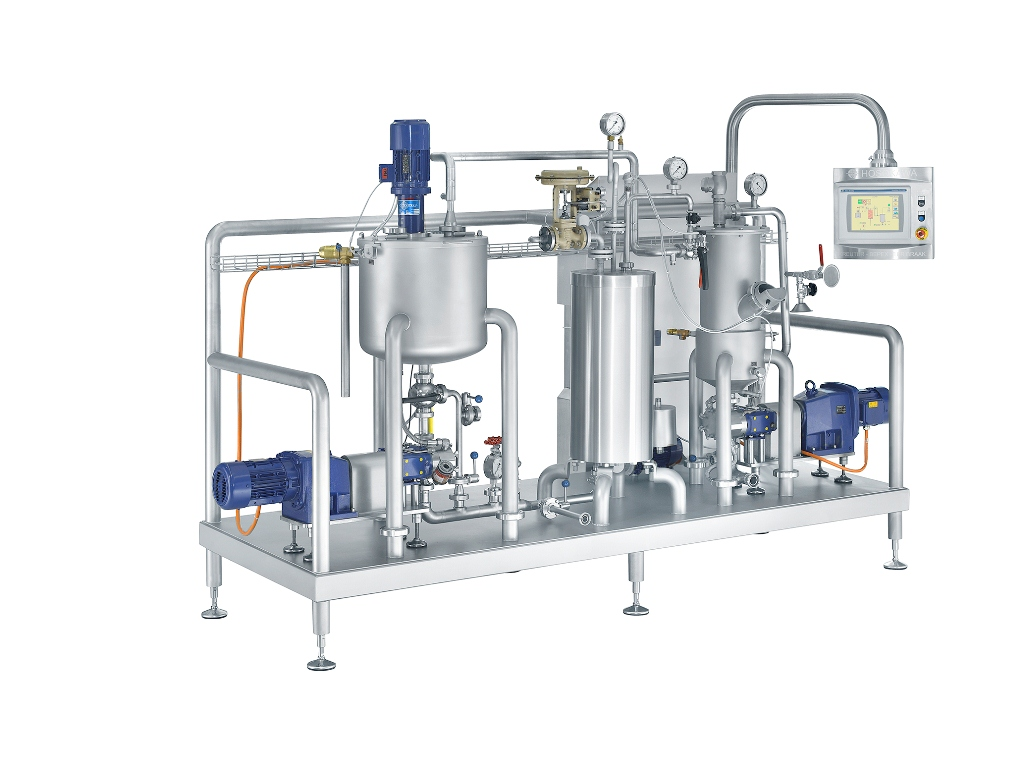
Cooker for gums and jellies
Prepare your ingredients for use in gummy and jelly products. This is a static cooking system de...
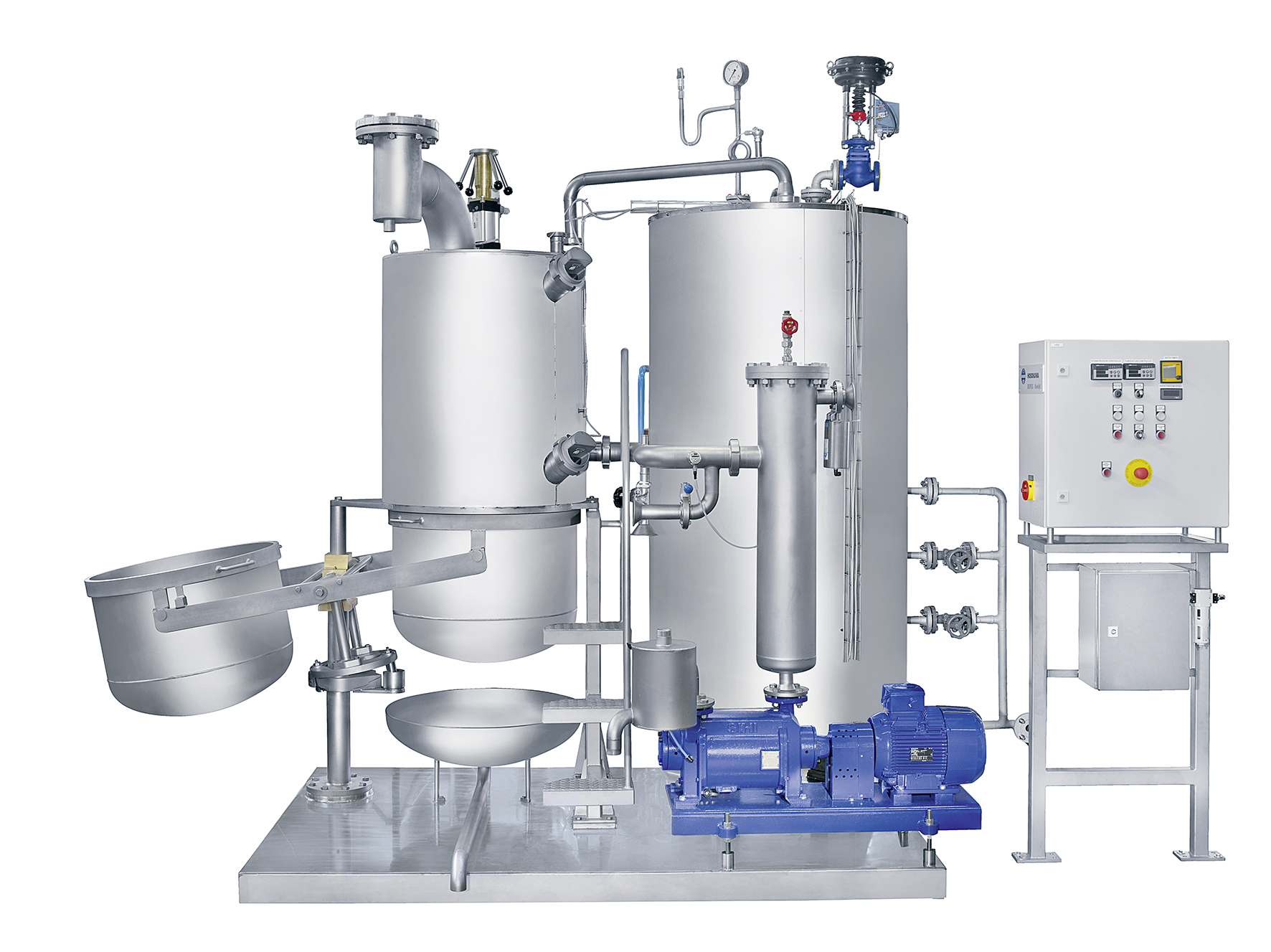
Batch cooker for hard candy
Prepare your ingredients for the production of hard candy. This is a line of universal candy coo...
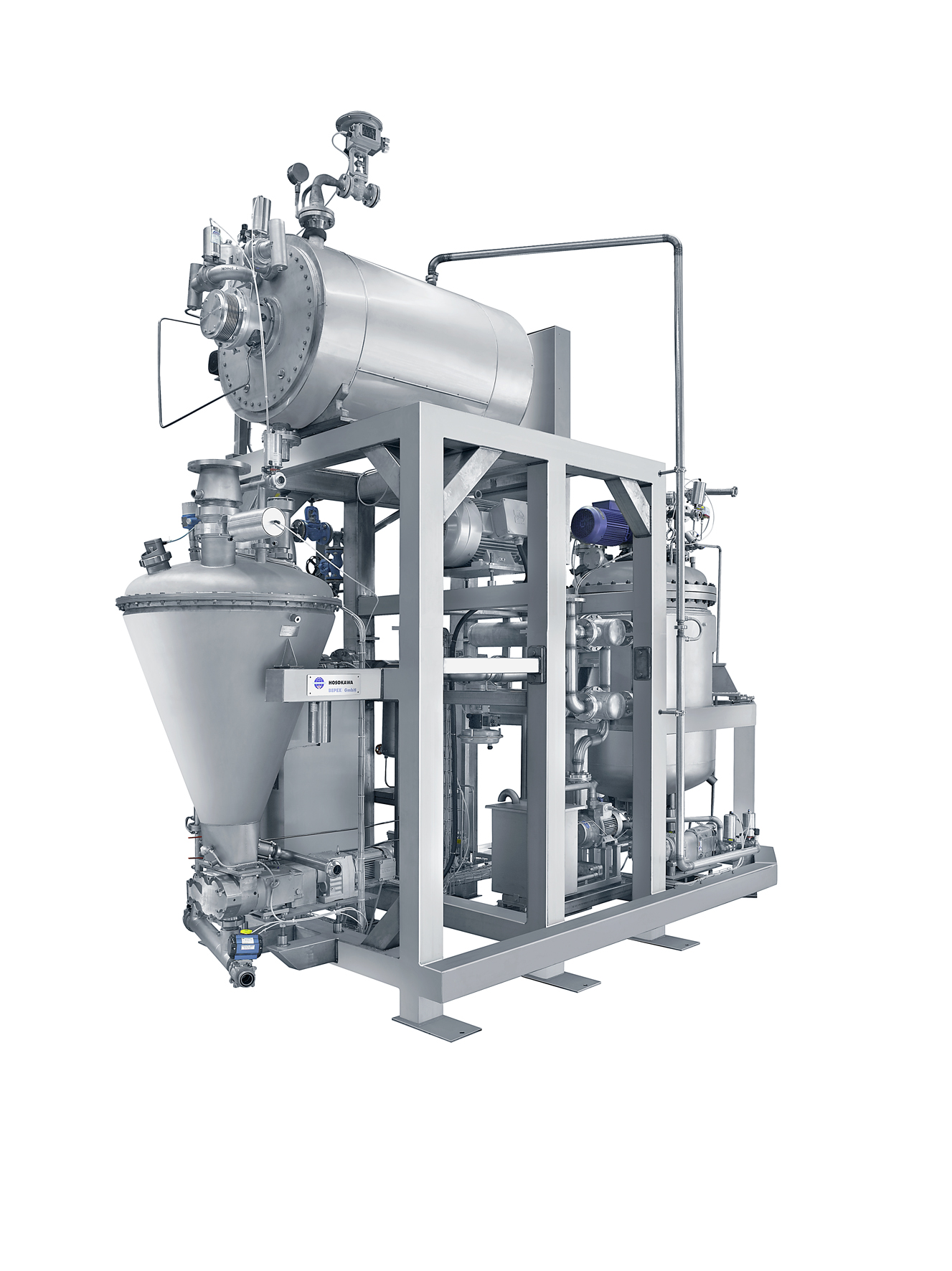
Pressure cooker for caramel and soft candy
Prepare your ingredients for soft candy production. This is a highly flexible c...
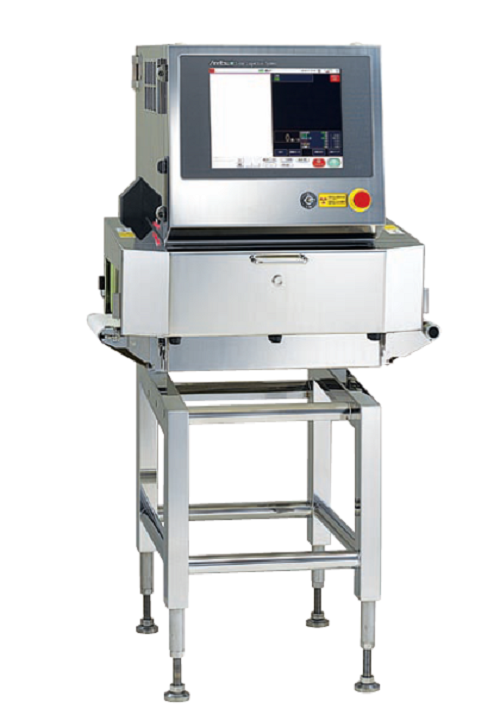
Versatile X-ray inspection system
Versatile X-ray inspection system for product weight, quantity and shape to detect the pr...
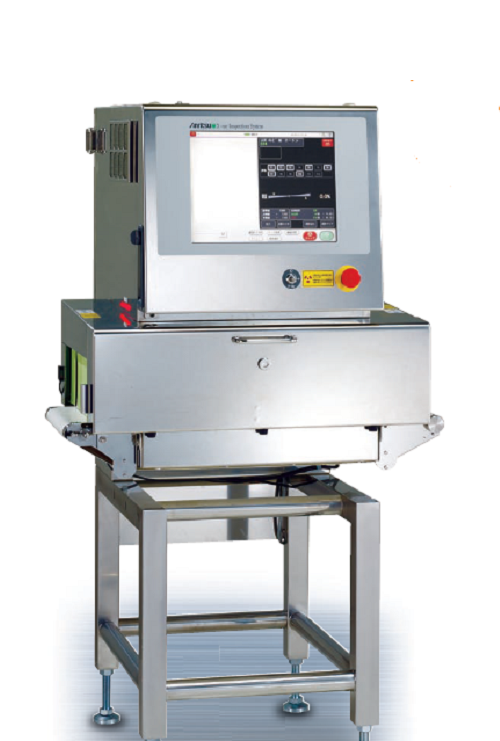
Entry-level X-ray inspection system
Without compromising on performance, if you need an entry level x-ray inspection system...